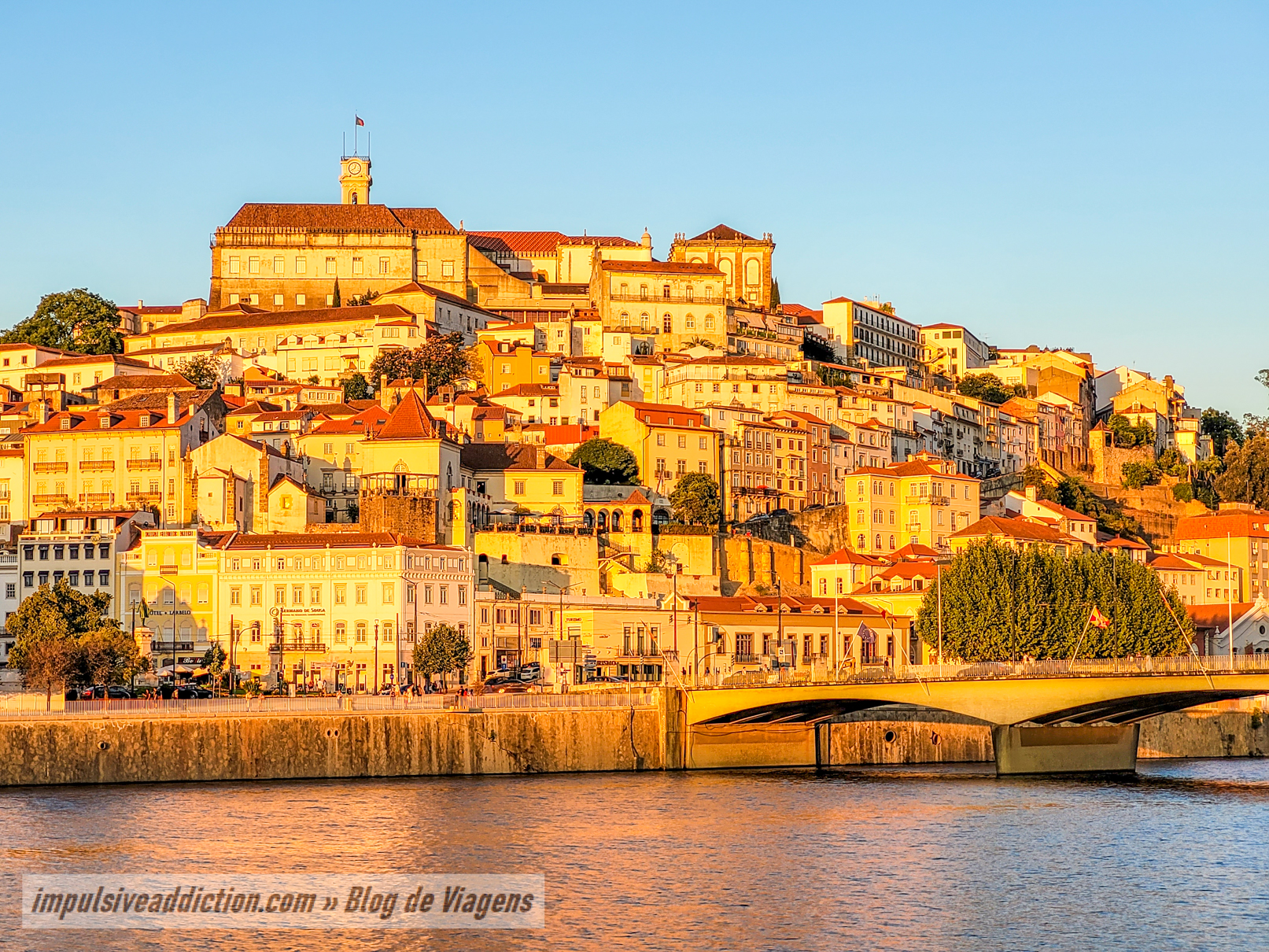Coimbra is one of the most monumental cities in central Portugal, with more than 30 UNESCO World Heritage classifications. It was once the Capital of the Kingdom and is considered the City of Knowledge, having founded the 1st University in the country and one of the oldest in the world.
It is inevitably the true City of Students, with ancient traditions and a very characteristic Fado. It is also the Capital of Love, the scene of the forbidden passion between D. Pedro and Inês de Castro, which still inspires the Portuguese people today.
Coimbra is a lesson in dreams and tradition, and it will be very difficult for you to say goodbye. 😉 In this article I will let you know what to visit and see, and all things to do in Coimbra, in a 2, 3 or 4 day itinerary through the historic center, banks of Mondego river and nearby surroundings.
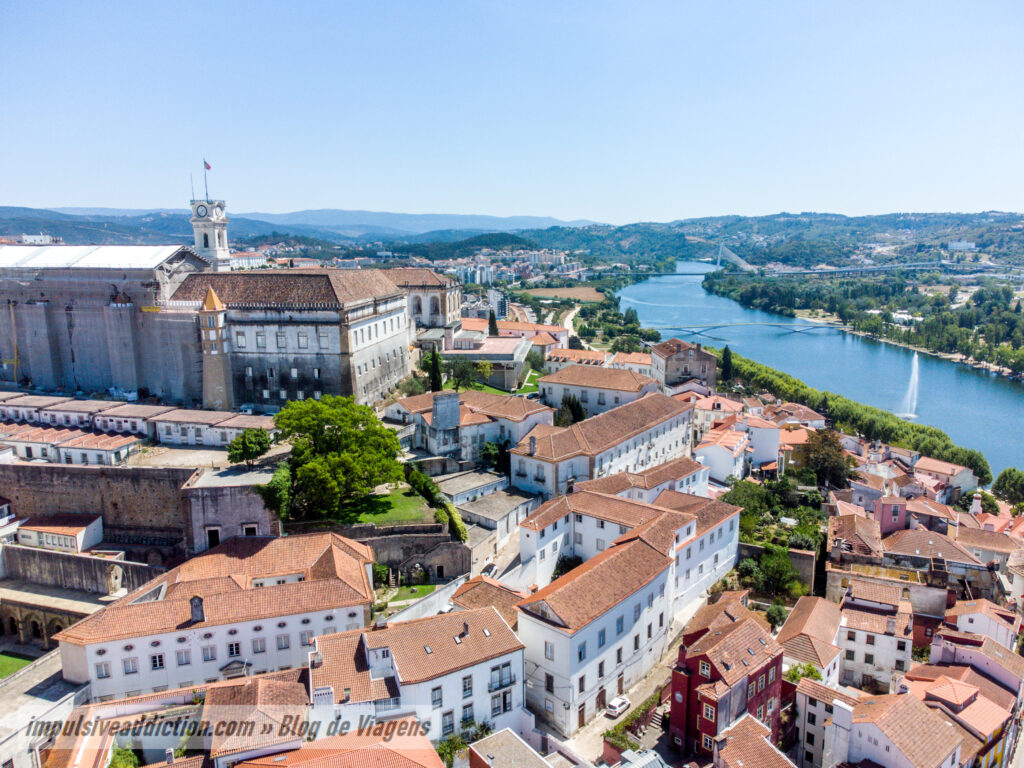
Where is Coimbra located, in Portugal?
Coimbra is the capital of the district with the same name, located in Central Portugal, and is located on the banks of Mondego river, a completely Portuguese river that starts in Serra da Estrela.
MORE ARTICLES FROM CENTRAL PORTUGAL: - Things to do in Espinho - Things to do in Ovar - Things to do in Aveiro - Aveiro to Costa Nova - Best beaches in Aveiro - Things to do in Mira beach - Schist Villages in Portugal - Things to do in Figueira da Foz - Visit Monsanto in Portugal - Historical Village of Piódão - Historical Villages of Portugal - Things to do in Leiria - Visit Batalha Monastery and surroundings - Visit Alcobaça Monastery and surroundings - Things to do in Fátima - Visit Mira de Aire Caves - Things to do in Nazaré - Things to do in Peniche - Best beaches in Peniche - Visit Berlenga Island - Best beaches in Ericeira - Visit Ursa Beach - Best Beaches in Sintra - Best Beaches in Cascais - Best Costa da Caparica beaches - Best beaches in Setúbal - Best Beaches in Sesimbra - Visit Ribeiro do Cavalo Beach - Best beaches in Tróia, Comporta and Melides
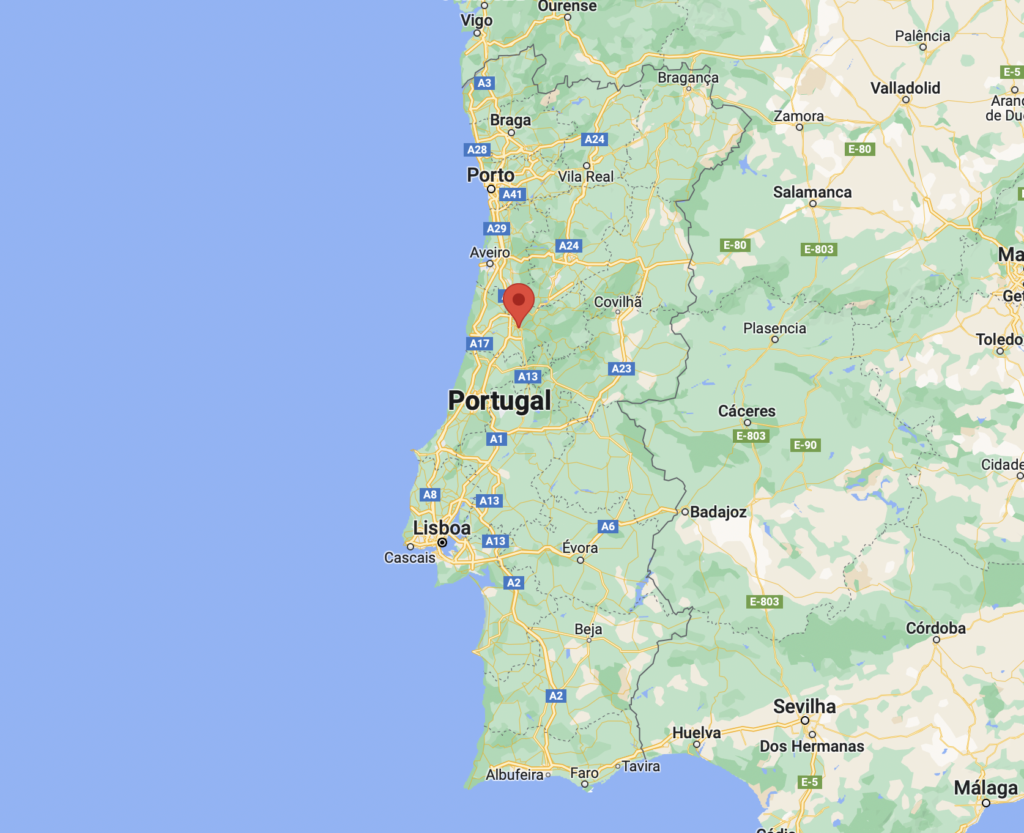
Brief Historical Introduction to visit Coimbra
As far as the history of this region is concerned, I will start by writing about Aeminium, an ancient Roman city that existed where the urban center of Coimbra is located today. Get ready to access incredible underground galleries when you visit Machado de Castro National Museum.
In Muslim times, Coimbra was the largest urban center north of Tagus River. There are still many remains from this time, such as the Tower and Arch of Almedina. The wall of this time, which defended the city, was almost 2 km long. The Christian reconquest took place in 1064.
D. Afonso Henriques, 1st King of Portugal, chose Coimbra as the seat of the kingdom in 1131, settling there with his court. It was at that time that other fortresses were built in the central region of the country, which naturally had the objective of protecting Mondego area and the then capital of Portugal. For example the castles of Leiria and Ansião.
Also in the 12th century, the Romanesque Cathedral of Coimbra and the Monastery of Santa Cruz were built, where today you can find the tombs of D. Afonso Henriques and his son.
The University of Coimbra was founded on the initiative of D. Dinis in 1290, but was only transferred to this city in the 16th century by order of D. João III, installing itself in the Royal Palace and High Town area. The students then came to transform the city’s environment, with their festivals, traditions and activities.
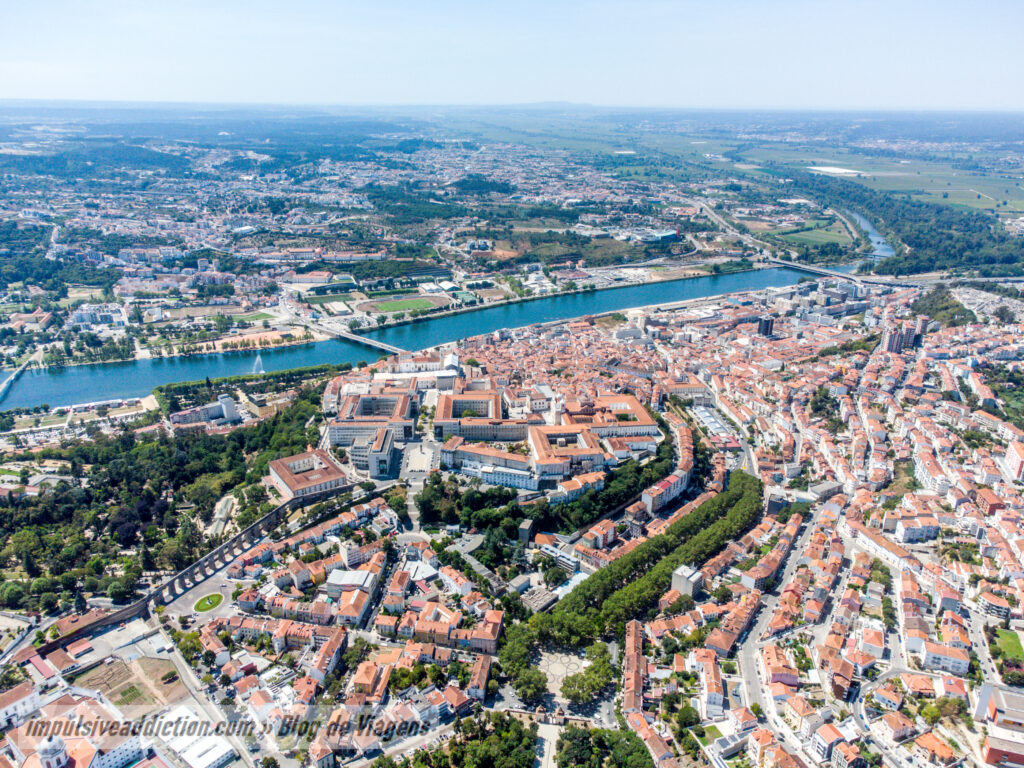
Travel Tips to visit Coimbra
1. Rent a car to visit Coimbra
No need to have a car to visit Coimbra, if you intend to just visit the city center. You will find easy transportation from Porto or Lisbon, by train or by bus, so just rent a car if you really want to go explore the surrounding area, going for a longer itinerary in Portugal.
If you do need a car, do your car research with Discover Cars before renting one. It allows very nice comparisons between the most common car rental companies.
2. How to get to Coimbra?
If you want to visit Coimbra but haven’t bought tickets to Portugal yet, I recommend that you use Skyscanner or Google Flights to do a search before buying them, comparing prices and flight conditions. You have many connections with Porto or Lisbon from abroad.
As for public transport, always check Rome2Rio website to find out all the possible ways to reach your destination. Check also the trains website: CP – Comboios de Portugal, and Rede Expressos (buses).
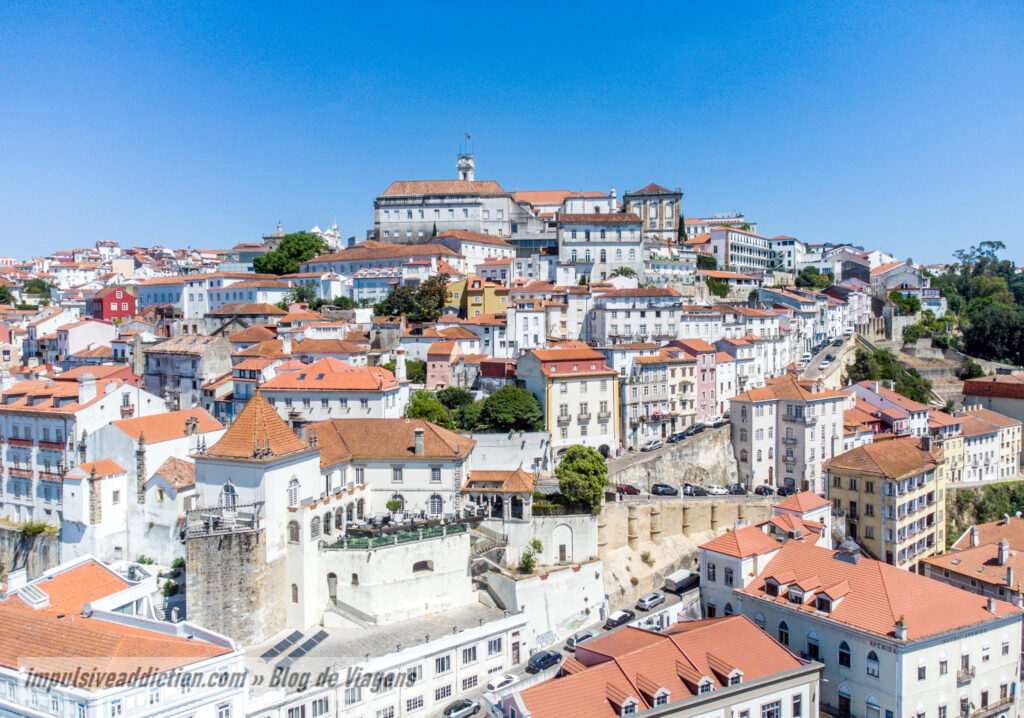
3. Urban Transport in Coimbra
The Urban Transports of the city of Coimbra have its own website where you can find all the information about timetables, ticket prices, and places to sell pre-purchased tickets or passes. My recommendation is that you do not buy a ticket directly from the driver, but buy pre-purchased tickets or even a day pass.
4. Parking your car when visiting Coimbra
Parking in Coimbra can be a headache, especially if you want to take your car right into the centre. I recommend that you don’t, and here are 2 areas where you can easily find free parking space:
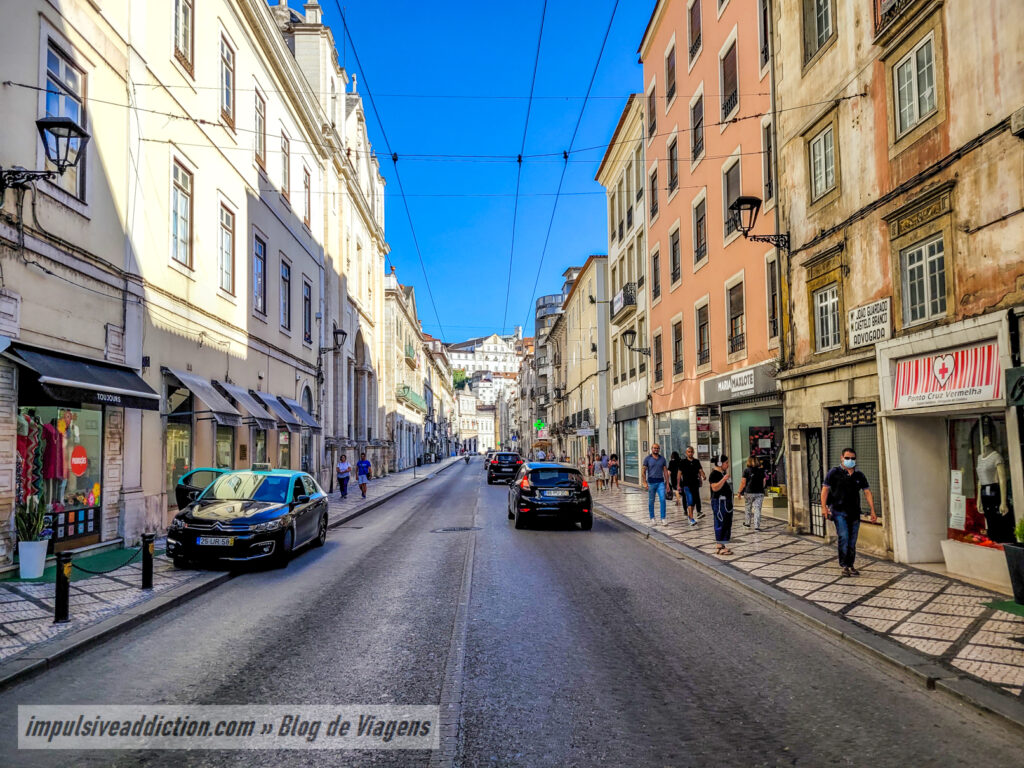
5. When to visit Coimbra?
Coimbra can be visited at any time of the year, without exception. If you go in the middle of summer, however, be prepared to sweat a lot on the steep climbs in the city, and if you go on rainy days, be very careful when descending, as it can be slippery in some places.
I recommend visiting Coimbra during its main events and festivities, some of which are associated with academic life and students.
Coimbra Cans Festival and Queima das Fitas
The main student events in Coimbra are Queima das Fitas (Burning of Ribbons) and Festa das Latas (Cans Festival).
- Festa das Latas, or Latada, takes place first on the academic calendar, and consists of an introduction to 1st year university students, who have just entered university. It usually takes place in early October.
- Queima das Fitas, in turn, takes place in May and is the biggest student festival in Coimbra, with lots of entertainment for 8 days. It consists of the farewell of finalist students from college and the official integration of 1st years into the university, who are now considered doctors.
Of particular note are the serenades and processions that take place during these festivities, which end with the Baptism of Freshmen with water from Mondego River. Queima das Fitas of Coimbra is the biggest academic festival in Europe.
Festivities of Queen Santa Isabel
Queen Santa Isabel is the patron saint of the city of Coimbra, and her incorrupt body is buried in a tomb in the Monastery of Santa Clara-a-Nova. These festivities take place in her honor, in July, every two years.
As a curiosity, Queen Santa Isabel is very famous for her miracle of roses. She helped the poor a lot, and legend has it that on a day when she was going to distribute bread to the population, she was surprised by her husband, King D. Dinis, who asked her what she was carrying hidden in her lap. She replied that she was carrying roses, and indeed, the bread she was carrying miraculously turned into roses. The queen died in Estremoz in 1336, having been beatified in 1516 and later canonized in 1625.
Onion Fair
The Onion Fair takes place in August and replaces the old Bartholomew Fair, which has existed for several centuries. On my last visit to Coimbra, this fair was taking place, and every night it was very lively with gastronomic taverns in the middle of Praça do Comércio.
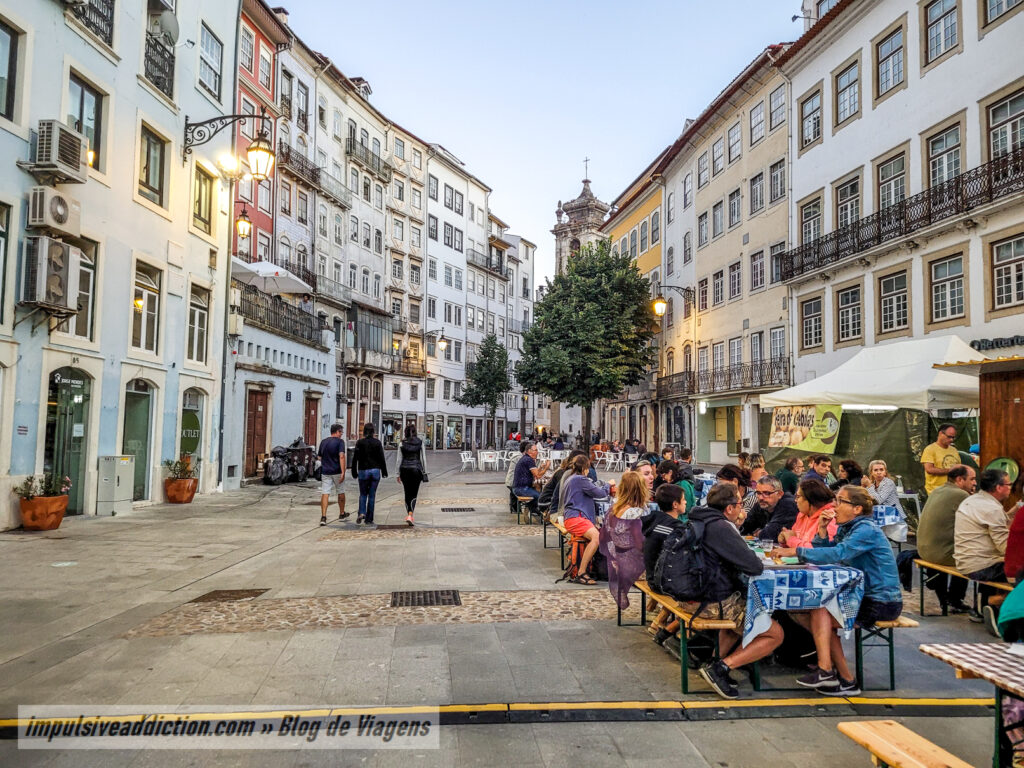
Exhibition of Conventual and Regional Sweets of Coimbra
Since Coimbra is one of the main centers of convent sweets in Portugal, it is natural that there is a fair to promote it to the public. The Exhibition of Conventual and Regional Sweets of Coimbra takes place in October and you will find all the most typical specialties on display: Santa Clara pastries, white manjar, arrufadas, talhadas de príncipe, queijadas, bellies of nun, among many others.
Other events when visiting Coimbra
Without a doubt, I also highlight the organic market at the Botanical Garden of the University of Coimbra, which takes place every Saturday. You should check Coimbra’s Cultural Agenda before your visit, as it is most certain that something is about to happen in this city so full of things to see and do. 😉
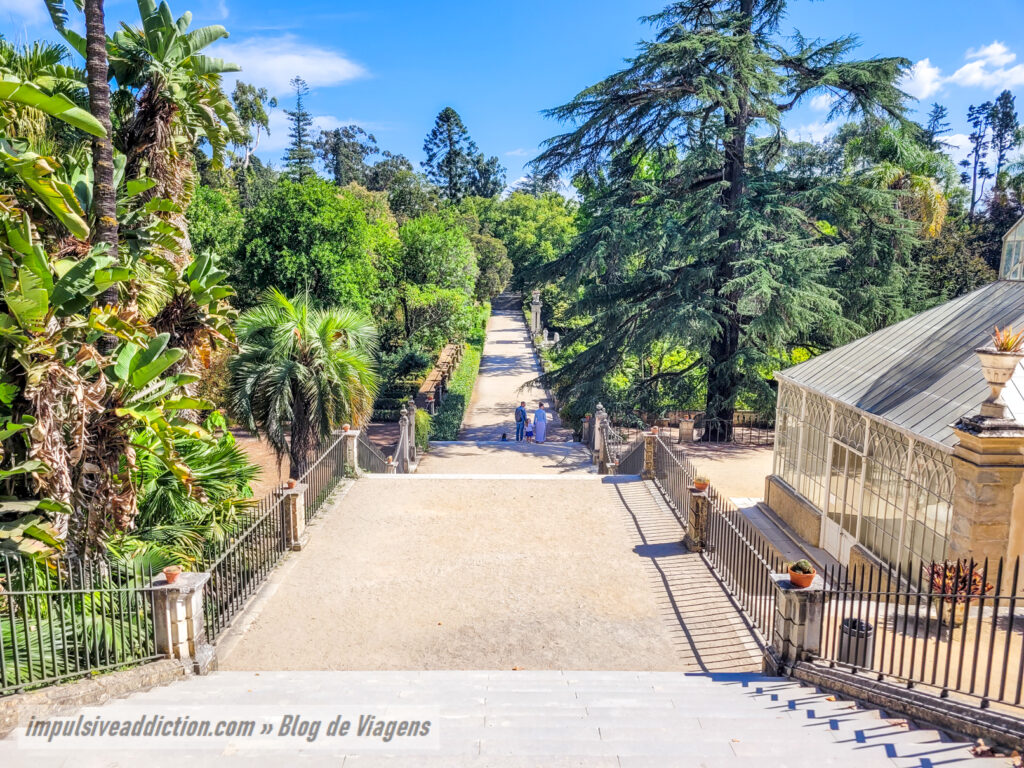
6. Guided Tours to visit Coimbra
I always use Get Your Guide and Civitatis on my own trips, so this is what I recommend you do. They have a rating and review system that lets you see how other travelers have classified each tour, so you can always choose with some idea if they’re really worth it.
In the case of guided tours to visit Coimbra, you have several possibilities departing from Porto or Lisbon, some of them stoping also in other locations of Central Portugal, such as Fatima to visit its religious sanctuary, Aveiro or even Óbidos.
Guided Tours to visit Coimbra: 1 - Fátima and Coimbra Full-Day Tour from Porto 2 - From Porto: Aveiro and Coimbra Private Tour 3 - From Lisbon: Óbidos and Coimbra Private Guided Tour 4 - Coimbra: University of Coimbra Guided Tour 5 - University of Coimbra Walking Tour 6 - Coimbra Guided Tour 7 - Coimbra Food Tour 8 - Coimbra: Scavenger Hunt and City Highlights Walking Tour 9 - Guided tour of the University and city of Coimbra 10 - University of Coimbra guided tours without queue
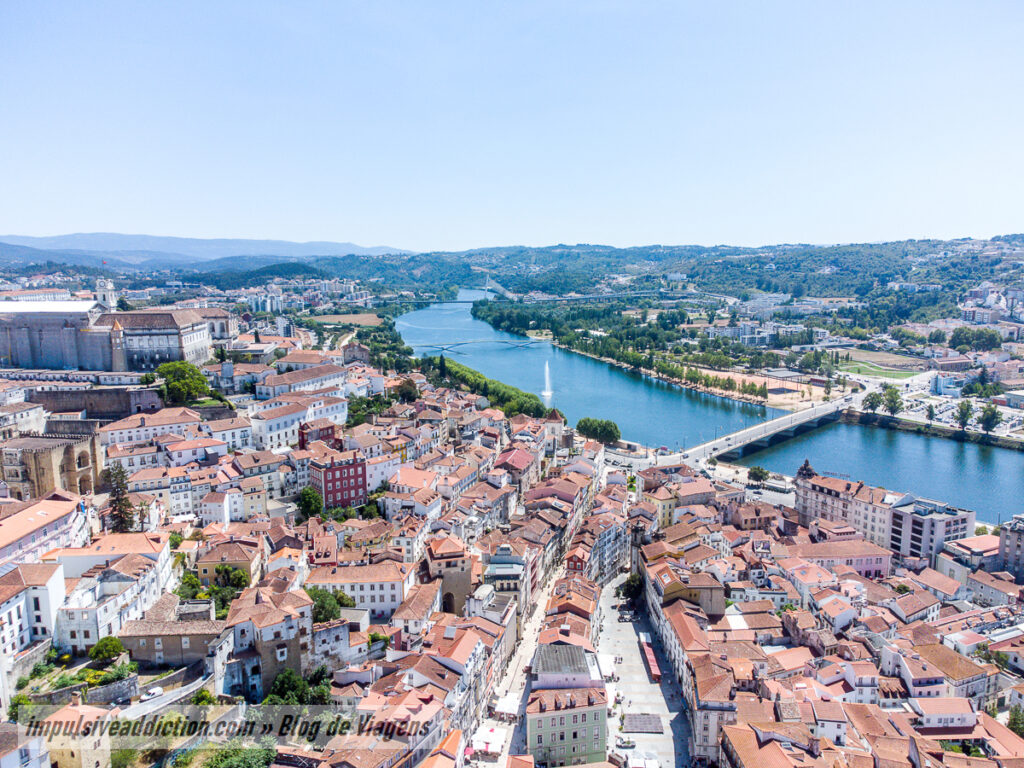
7. Take a boat trip on Mondego River
With regard to boat trips on Mondego River, I also leave you suggestions with Get Your Guide or Civitatis. If you prefer, how about taking a kayak trip?
I also leave you a link to Basófias boat website, where you can check prices and schedules for it. Choose the most advantageous ticket, keeping in mind that Civitatis and Get Your Guide often offer lower prices for boat trips. 😉
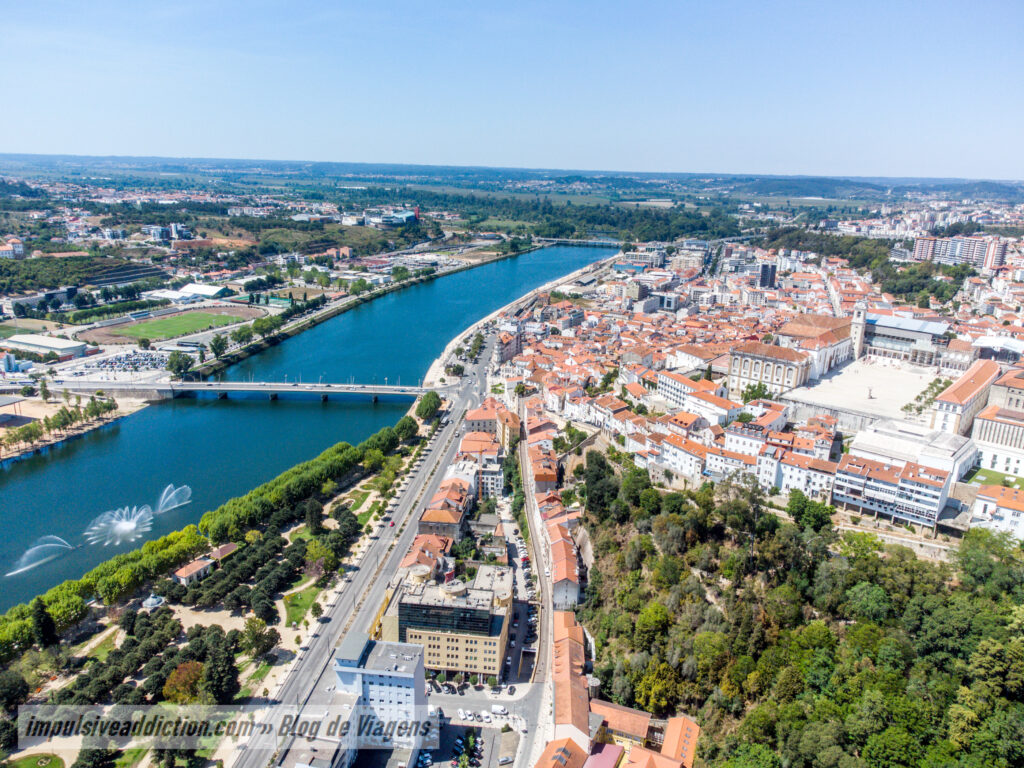
8. Attend a Fado Show when visiting Coimbra
It is also mandatory to plan to attend a Fado show when visiting Coimbra. One of the most typical places to do so is in Café de Santa Cruz, where it is free to watch Fado, paying only for what you consume. That’s how it was, at least, when I visited Coimbra for the last time. I liked very much!
You can, however, pay for a perhaps more intimate experience, but I cannot confirm this as I did not watch fado in the places I indicate below. It is advisable to book in advance for each of the following options, bearing in mind that there are scheduled times for the shows, which normally take place 1 or 2 times a night.
- Fado ao Centro – is located in Quebra Costas area. You can book, for example, through Get Your Guide, bearing in mind that the price includes a glass of port wine.
- À Capella – fado room located in the Chapel of Nossa Senhora da Vitória. The special thing about this place is that it also serves dinners with fado shows included. 😉
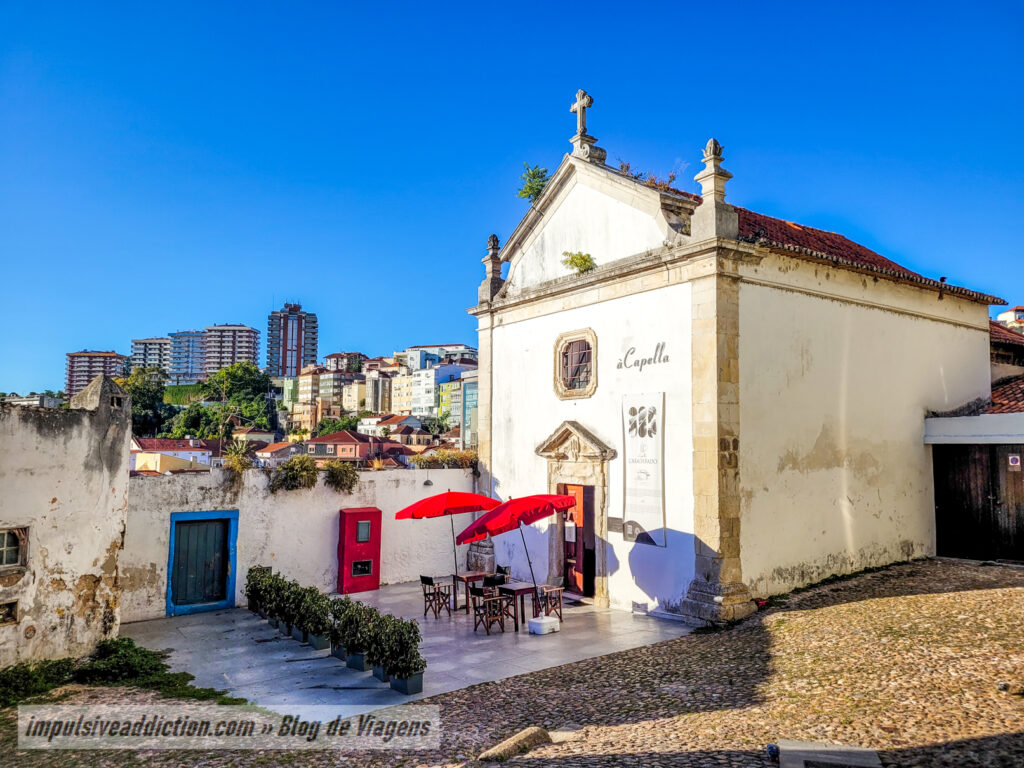
9. Take out Travel Insurance when visiting Portugal
To be protected against several types of travel hazards, I also recommend that you take out travel insurance for your stay in Portugal, and I recommend to do it with World Nomads.
10. Gastronomy and Restaurants in Coimbra
As for gastronomy in Coimbra, I would like to mention the various convent sweets in the region:
- From Coimbra, the Santa Clara pastries, the blancmange (manjar branco – also known as nun’s breast), arrufadas, talhadas de príncipe, queijadas and the nun’s bellies.
- From Penacova, nevadas and pastries from Lorvão.
- From the municipality of Montemor-o-Velho, Pastéis de Tentúgal and Queijadas de Pereira.
- I also leave you a tip that at Café de Santa Cruz you can find the typical Crúzios. 😉
- A good pastry shop to find most of these sweets is in Largo da Portagem (Pastelaria Briosa).
As far as traditional cuisine is concerned, good bacalhau (codfish) can be found at Solar do Bacalhau. For another type of food, choose to visit some typical Coimbra taverns, such as Zé Manel dos Ossos, DUX, Nacional or Arcada. There are other alternatives, of course.
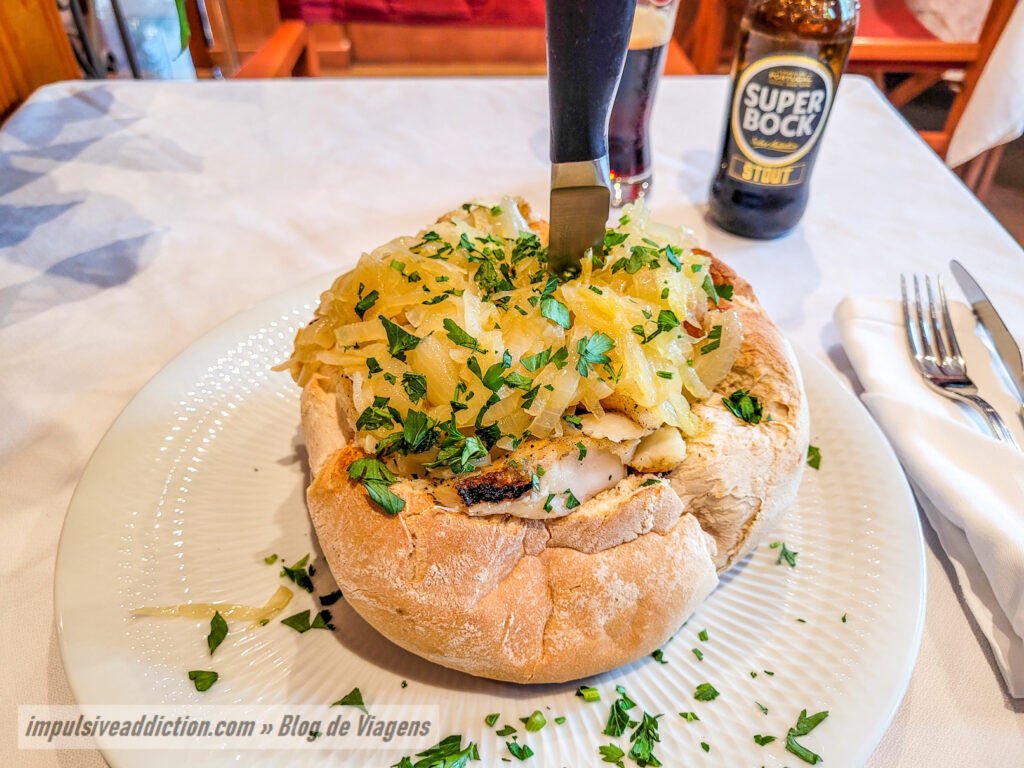
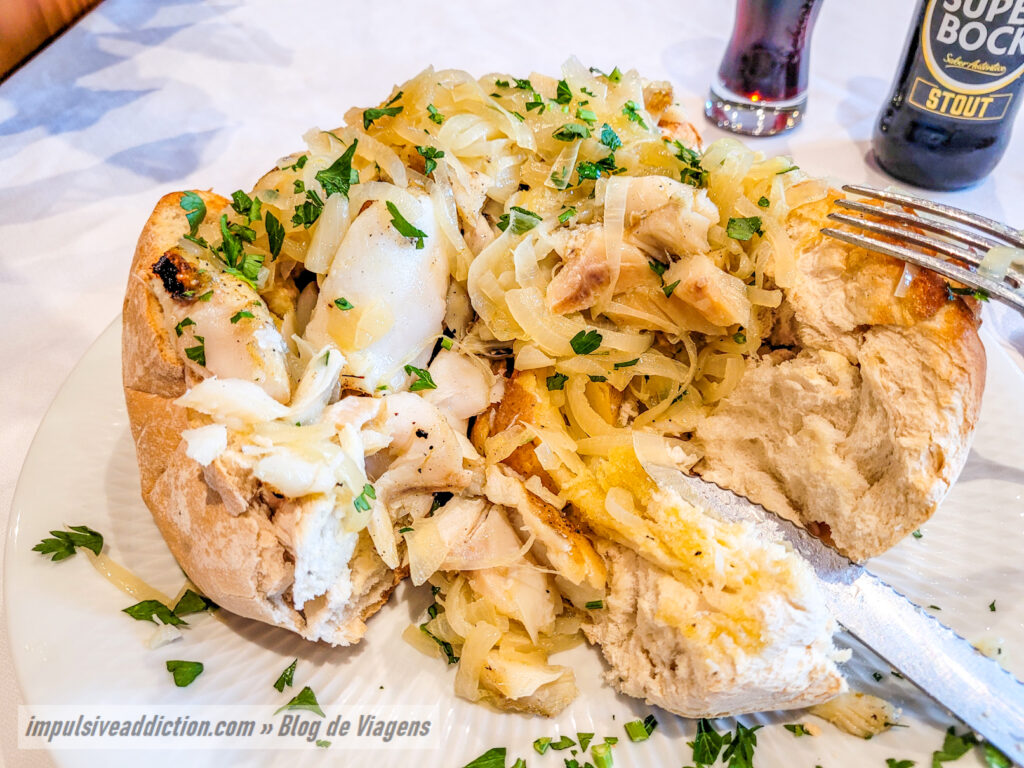
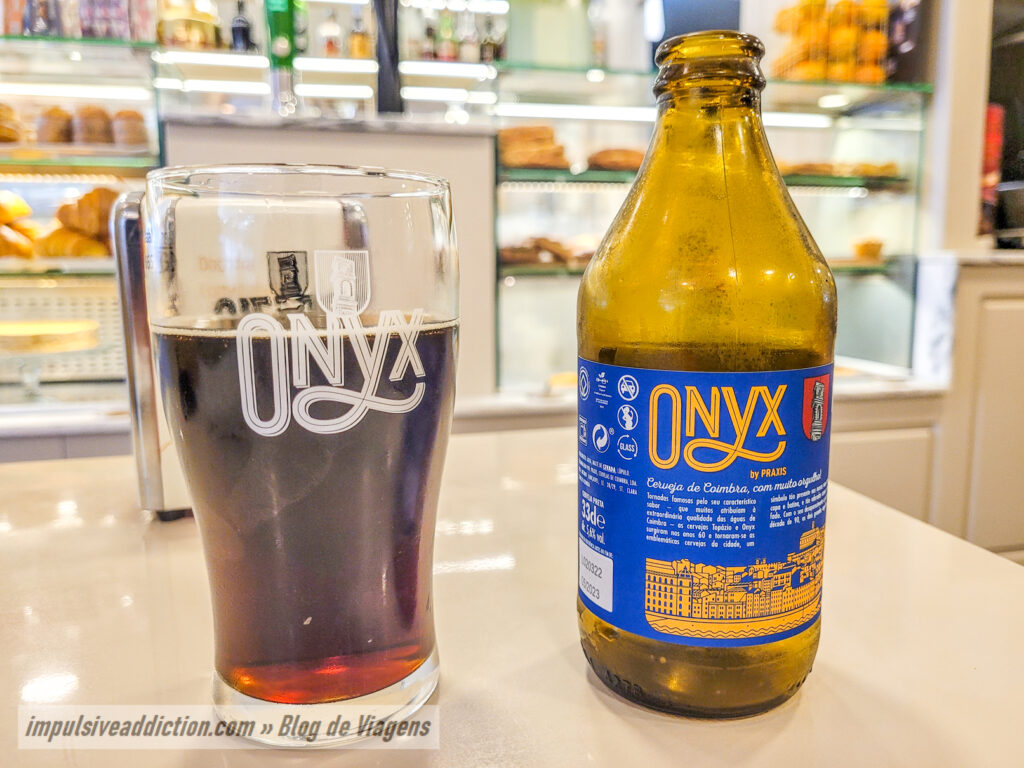
11. Accommodation tips in Coimbra
For sleeping, there are also several options, for different types of wallet. I leave you my suggestions below:
| Accommodation | Score | Location |
|---|---|---|
| Hotel Mondego | 9.2 | Downtown Coimbra |
| Sapiential Boutique Hotel | 9.1 | University and High Coimbra |
| Hotel Quinta das Lágrimas | 9.0 | Santa Clara |
| Change the World Hostels | 8.9 | Downtown Coimbra |
| República Guest House | 9.7 | University and High Coimbra |
| Guest House Santa Clara | 9.1 | Santa Clara |
| Oryza Suites | 9.4 | Surroundings |
| Sophia Studios | 9.3 | Downtown Coimbra |
| Pharmacia Guest House | 9.3 | Downtown Coimbra |
| AQ 188 Guest House | 9.2 | High Coimbra |
| Casa Pé da Cabra | 9.4 | Downtown Coimbra |
| Penedo da Saudade Suites | 9.2 | High Coimbra |
| Solar Antigo Luxury Coimbra | 9.1 | High Coimbra |
| Coimbra Monumentais B&B | 9.1 | High Coimbra |
| Casas da Alegria | 9.4 | Downtown Coimbra |
| Casas do Arco | 9.2 | Downtown Coimbra |
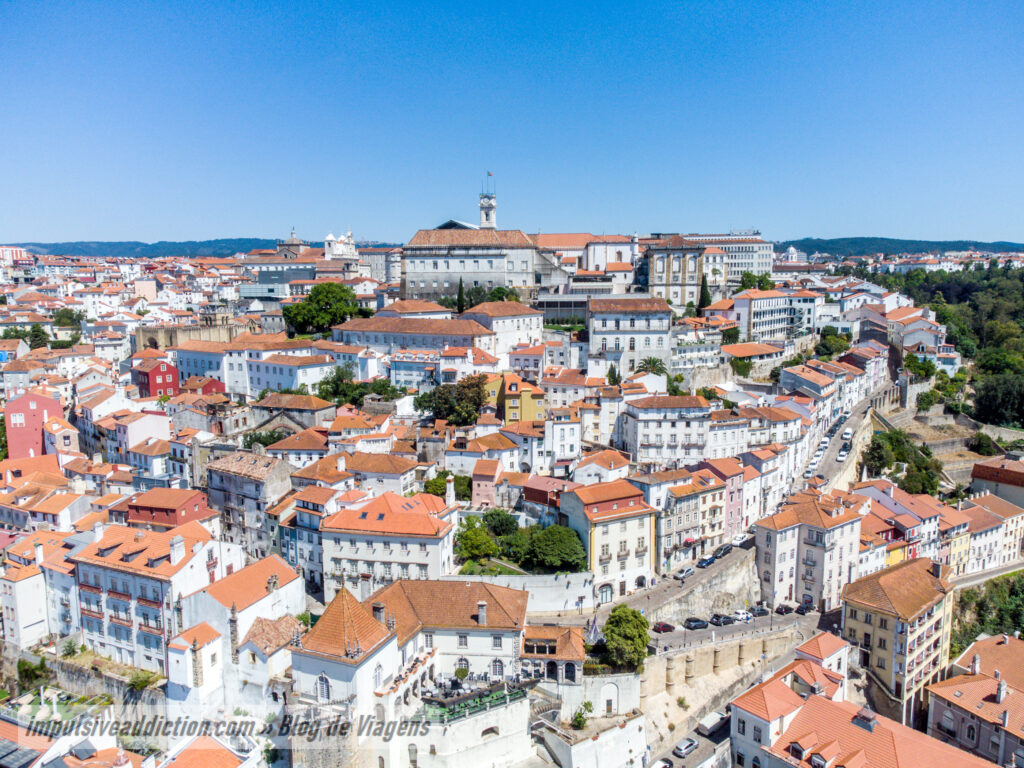
Things to do in Coimbra | Portugal
I now present to you my recommended itinerary with things to do in Coimbra in 4 days, but be prepared for the intensity it demands. If you like to do everything more calmly, then go with more time, or just select the main points of each day to discover. At the end of this article I leave you a list with the essentials of the city, in case you want to focus just on the best things to do there.
Coimbra is not an ideal city for walking, as its historic center is full of ups and downs that will undoubtedly leave even the most athletic of visitors sweating. I recommend that you try to work around this inconvenience by starting the day in the upper part of the city (you can get there by bus), always going down after towards downtown.
This itinerary was prepared that way. The first two days focus on visiting the historic center of the city of Coimbra, starting next to the University area. They will both end downtown by Mondego River.
Map | Things to do in Coimbra
Day 1 | Things to do in Coimbra
On the first day of your visit to Coimbra, focus on the most central and spectacular area of the city (for me!), around the University, the New Cathedral, the Old Cathedral, Machado de Castro National Museum, Quebra Costas and Almedina Tower. By visiting the places I recommend below, you will get to know the history of this city very well, discovering the main heritage of the Arab or even Roman occupation.
1. Monument to D. Dinis and Monumental Stairs of the University of Coimbra
Early in the morning, head to the entrance to the University of Coimbra, where an enormous monument to D. Dinis, dating from the mid-20th century, welcomes visitors and students. After all, he was the founder of the University of Coimbra, and ruled Portugal between 1279 and 1325.
The Monumental Staircase is right next to D. Dinis Square, and was built during Salazar’s regime, with a total of 125 steps. Going down them is easy, going up them can be a little tiring, don’t you agree?
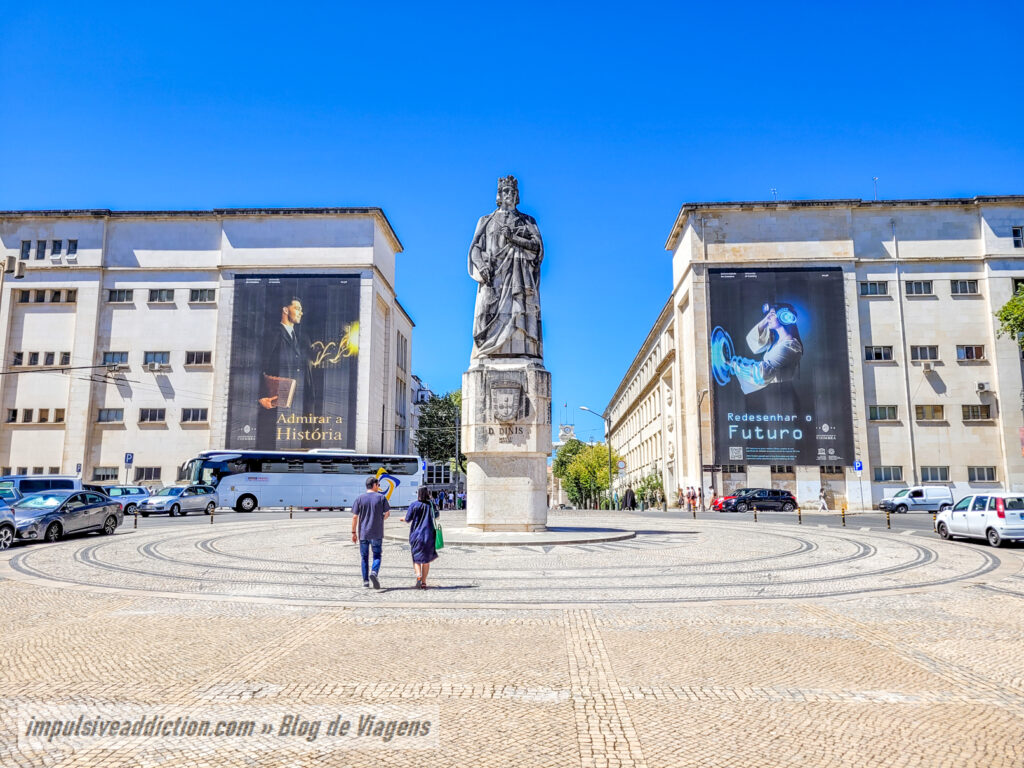
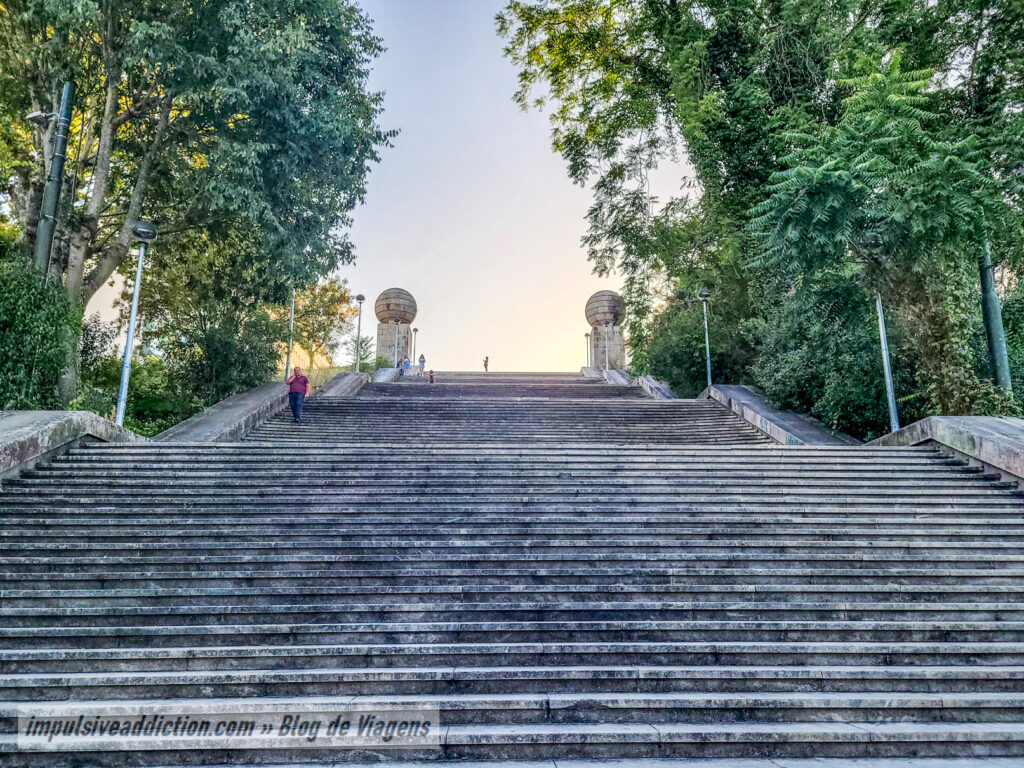
2. Iron Gate
Tickets to visit the different spaces of the University of Coimbra can be purchased at the ticket office next to the New Cathedral, however, I recommend that you buy them online, reserving entry to the Joanina Library for the first available times in the morning.
I will consider that you will follow my tip, so the itinerary proposal with things to do in Coimbra goes straight to the Palace of Schools. Entrance to this large square is through the Iron Gate, which dates back to the 10th century and the Muslim occupation, being the gateway to the old Muslim castle that housed the Muslim rulers of that era, and later the first kings of Portugal.
What can be seen today of the Iron Gate dates back to interventions in the 17th century, and i highlight the figure of Sapience, the images of D. Dinis and D. João III, and the reference to the greatest faculties of that time: Law, Medicine, Theology and Canons.
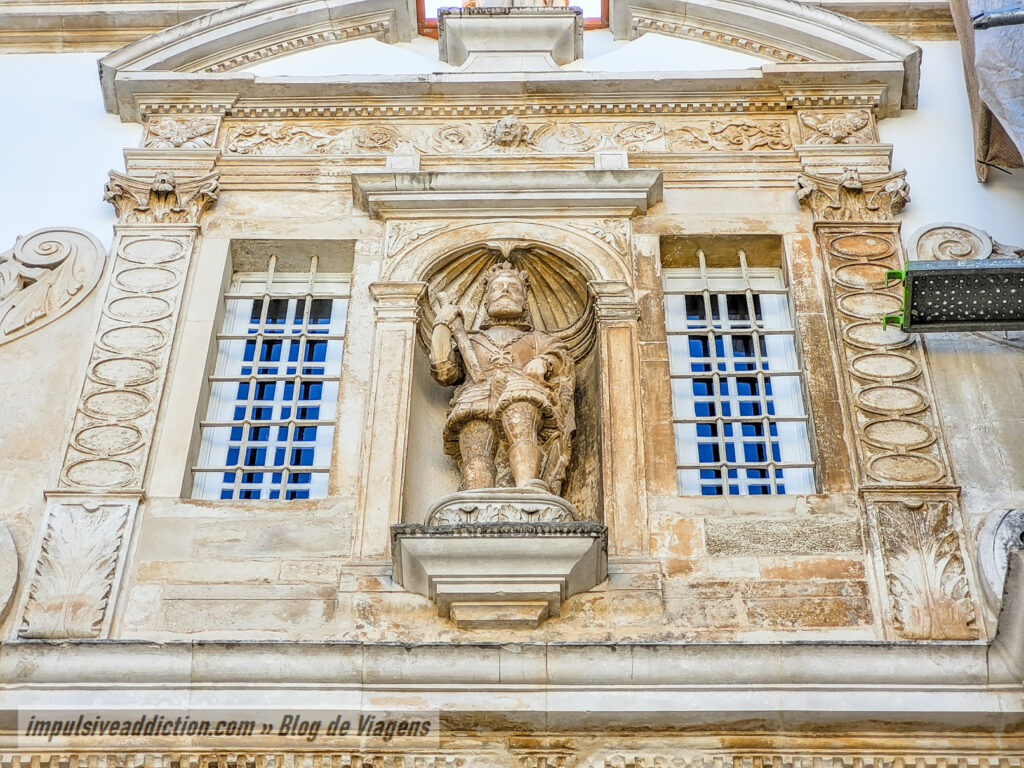
3. Palace of Schools and Monument to D. João III
It was in the Palace of Schools, beyond the Iron Gate, that the University of Coimbra was established by King D. João III. For this reason, you will find his statue in the centre, inaugurated at the same time as the aforementioned statue of D. Dinis, having the same author. The square is huge, surrounded by historic university buildings, and in the background you have a beautiful view of the rest of the city and Mondego river.
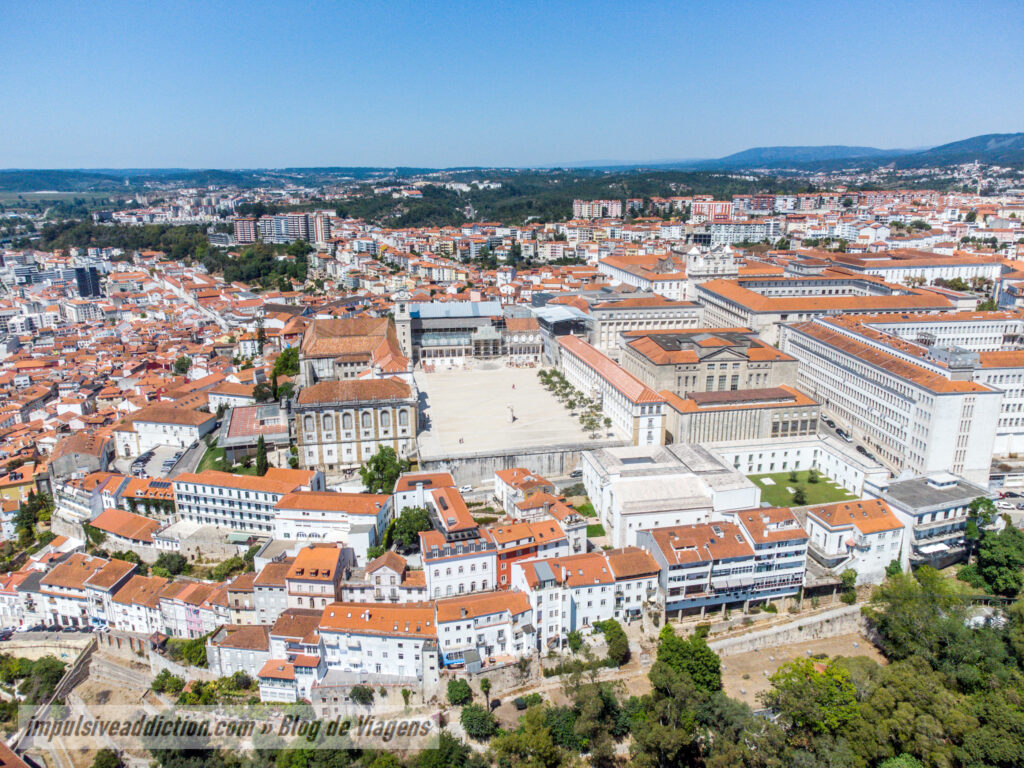
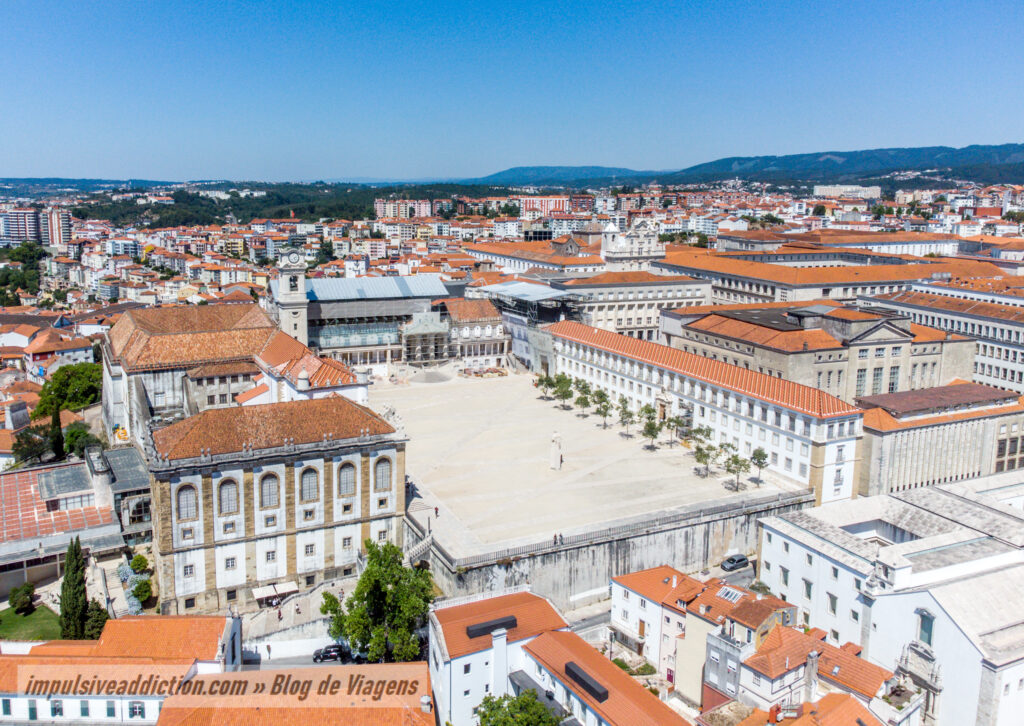
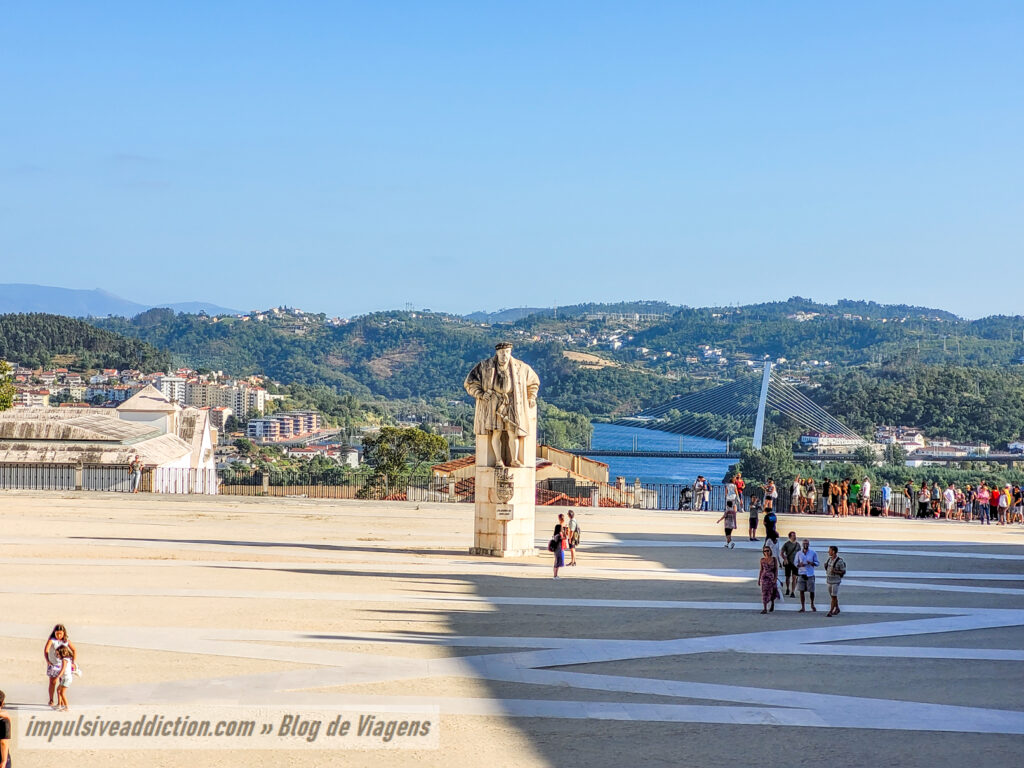
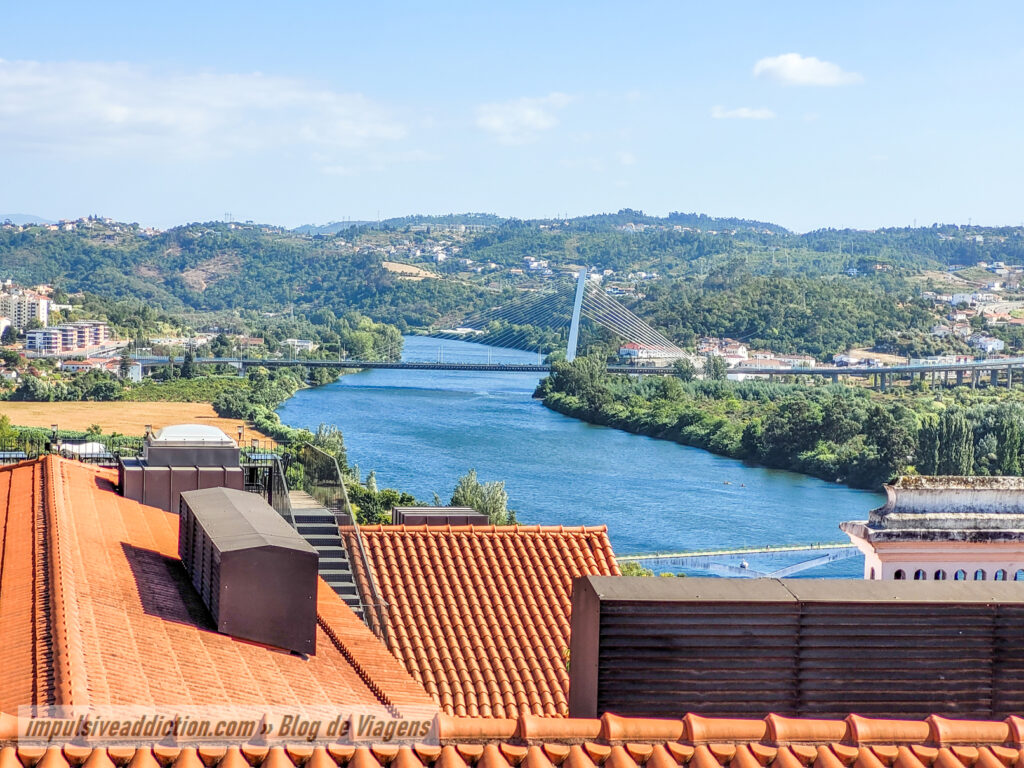
4. Joanina Library and Academic Prison
The first place to visit in the Palace of Schools should be the Joanina Library, as it is the only place that requires an appointment to visit, and I recommend that you do it early in the morning so as not to disturb the planning of your itinerary to visit Coimbra. I leave a link to purchase tickets again, and I recommend that you buy the general ticket to visit all available spaces.
Entrance to the Joanina Library is on the side of the building, going down part of the Minerva Stairs. It is, in fact, an entrance that also allows you to discover the building that was once the Academic Prison until 1834.
The Joanina Library, specifically, is one of the great jewels of the city of Coimbra, and a Baroque masterpiece in Portugal, having been built in the first decades of the 18th century at the request of King João V, whose portrait can be found in a central position inside it. The shelves are impressive, in oak wood, and meticulously crafted, with some books dating back several centuries. It is a beautiful place!
Curiosity: To preserve the books present in the Joanina Library, a colony of bats lives inside, which at night feed on the insects or parasites that invade it.
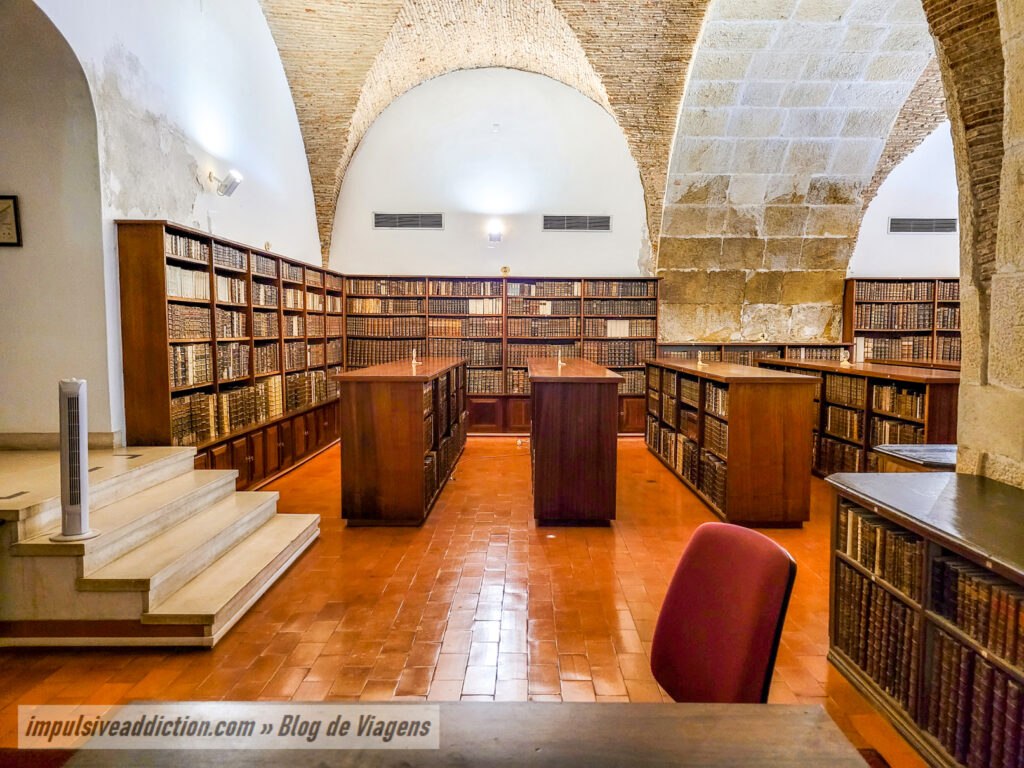
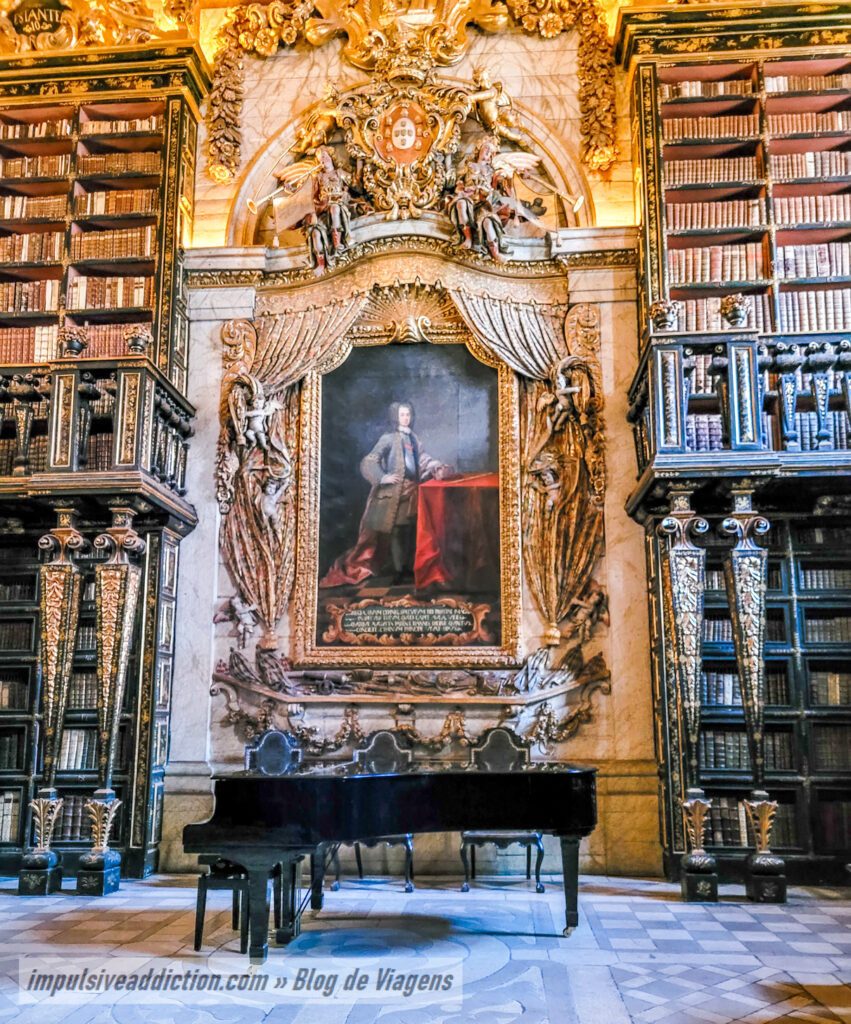
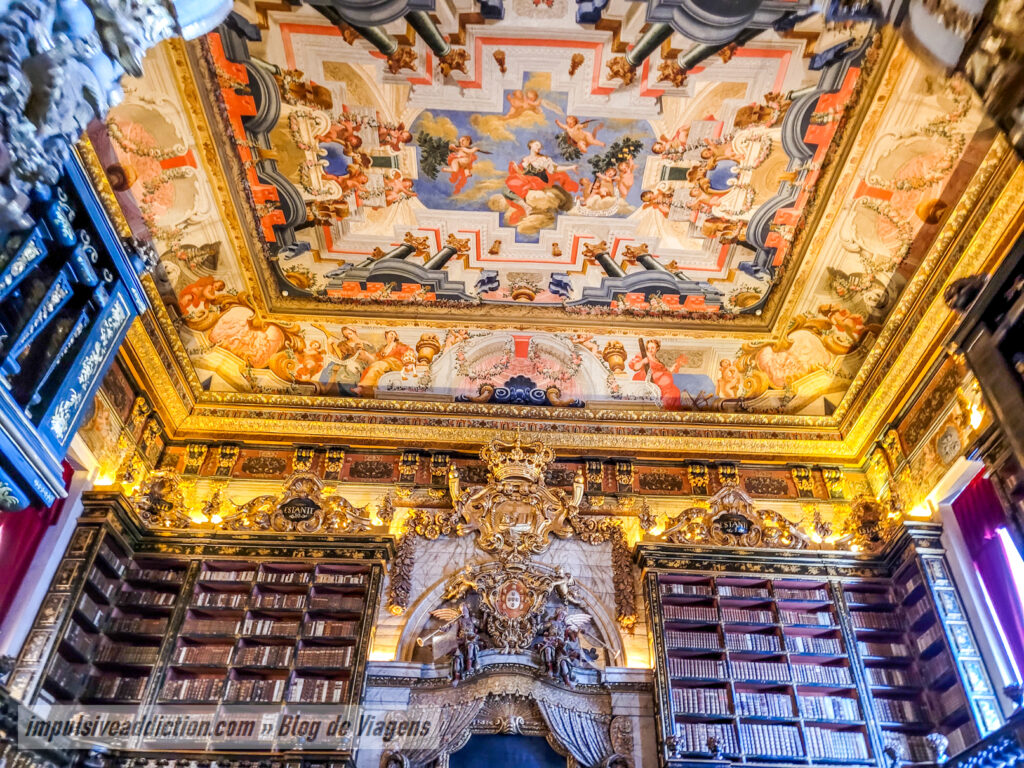
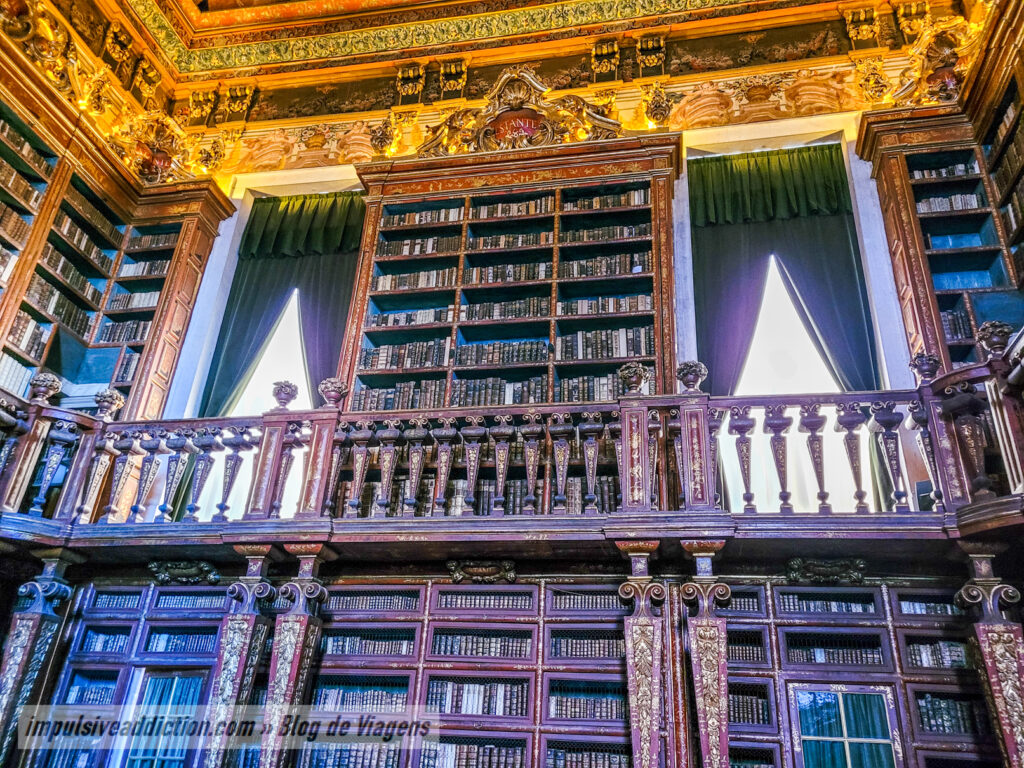
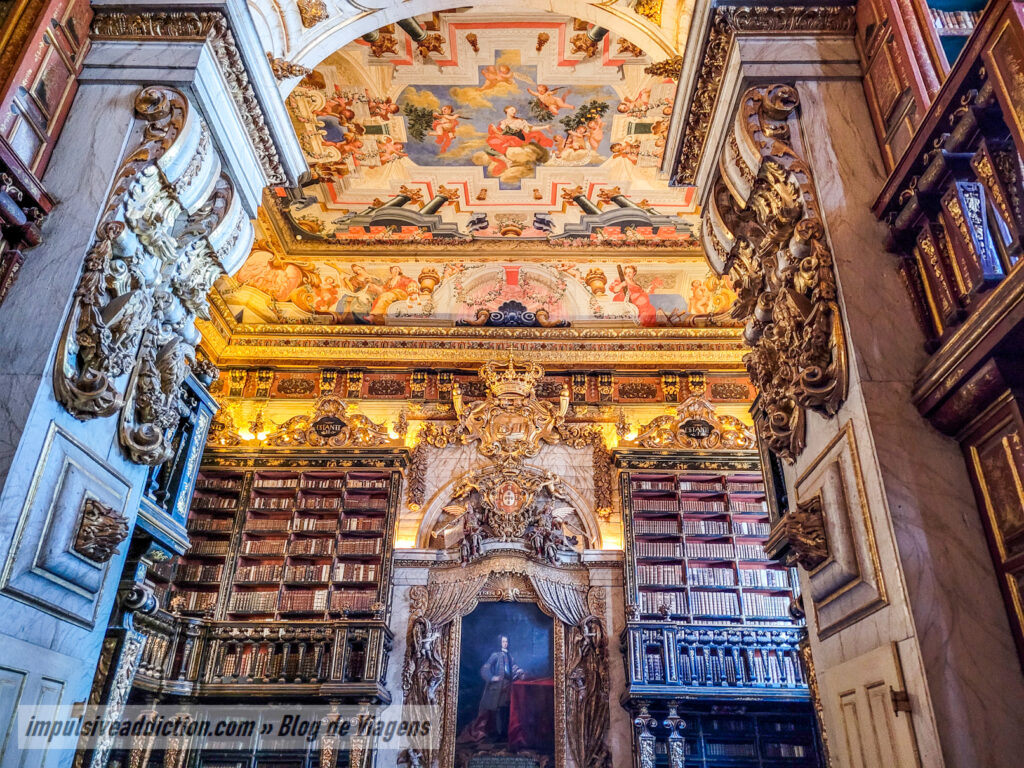
5. São Miguel Chapel and Manueline Portal
Another of the buildings worth visiting in the Palace of Schools is the Chapel of São Miguel, which replaced a small oratory from the 12th century that belonged to the royal palace. Its Manueline portal on the outside stands out, as well as the tiles inside and paintings on the ceiling that date back to the 17th century. Its organ has more than 2000 tubes and still works today.
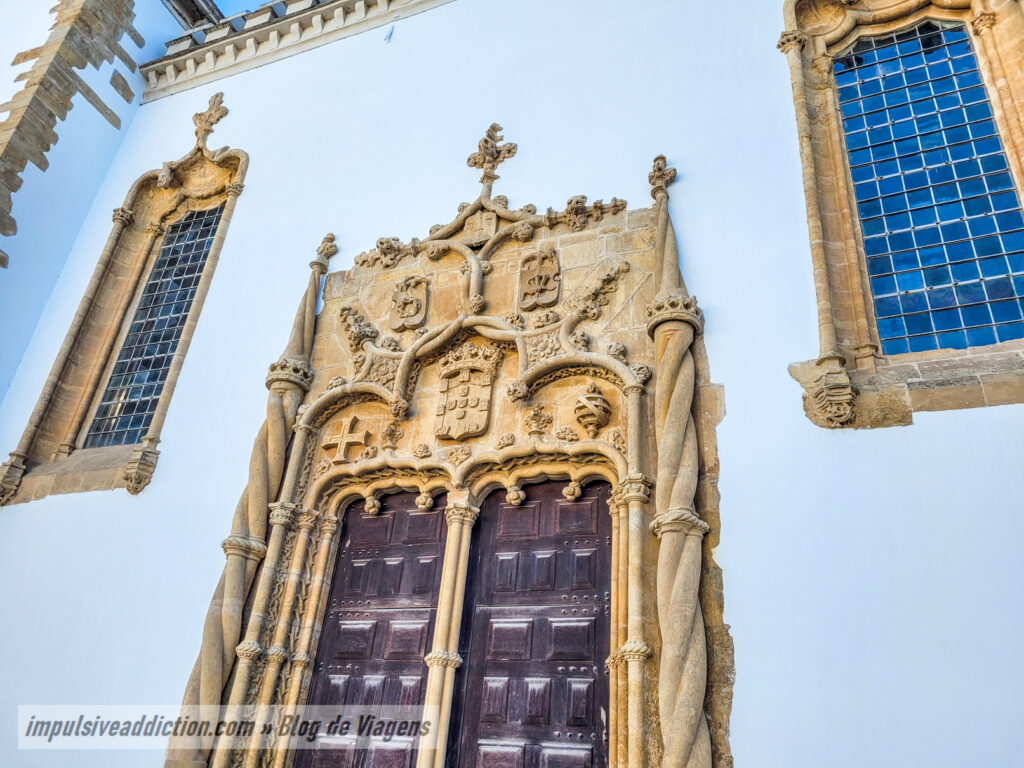
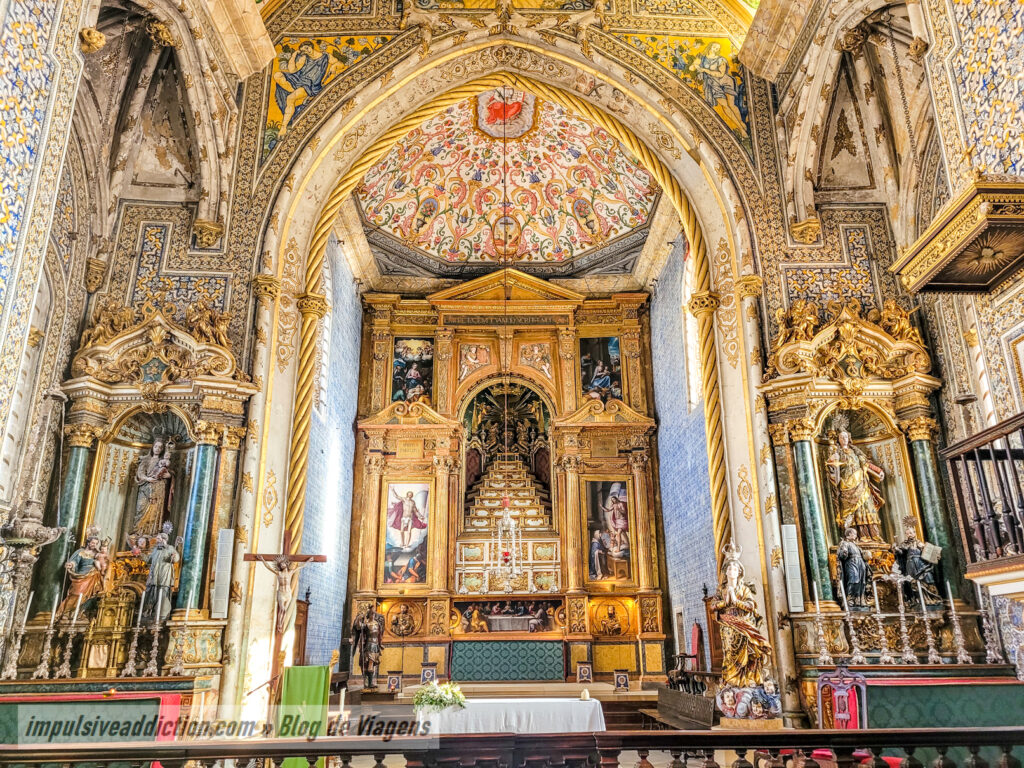
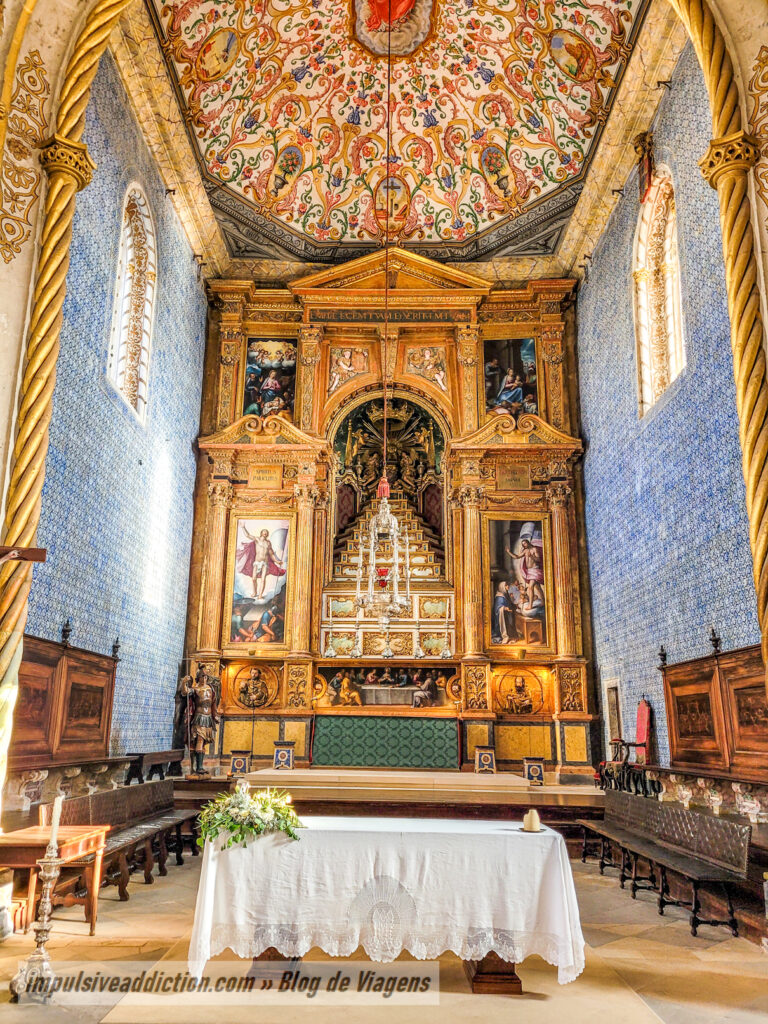
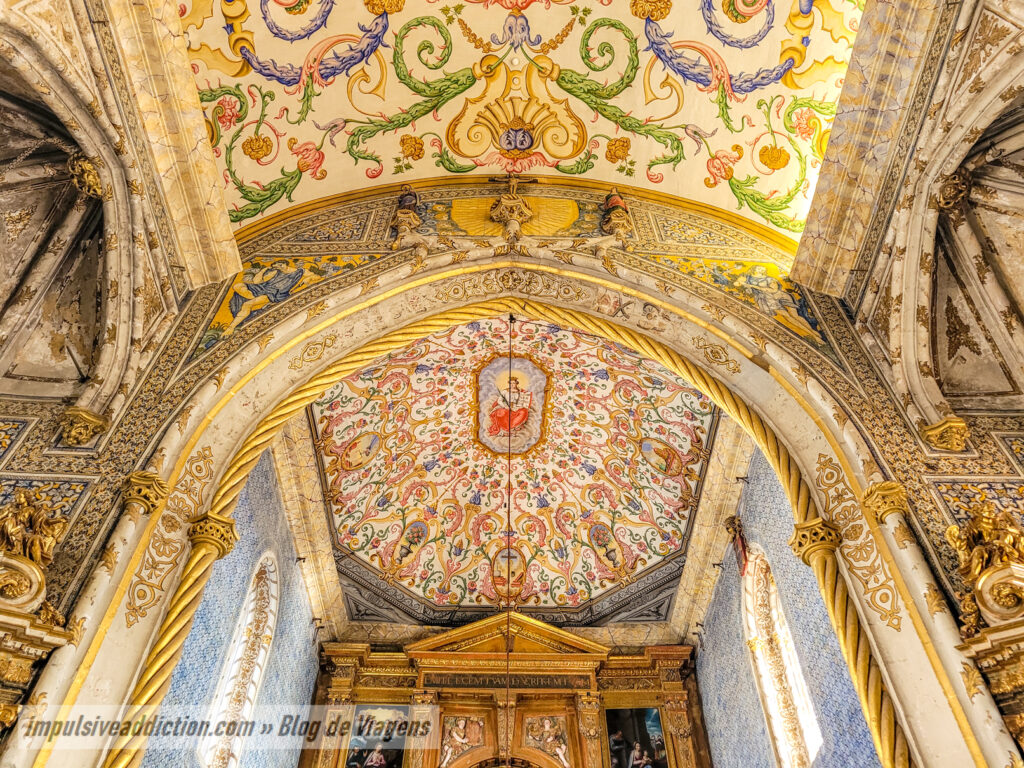
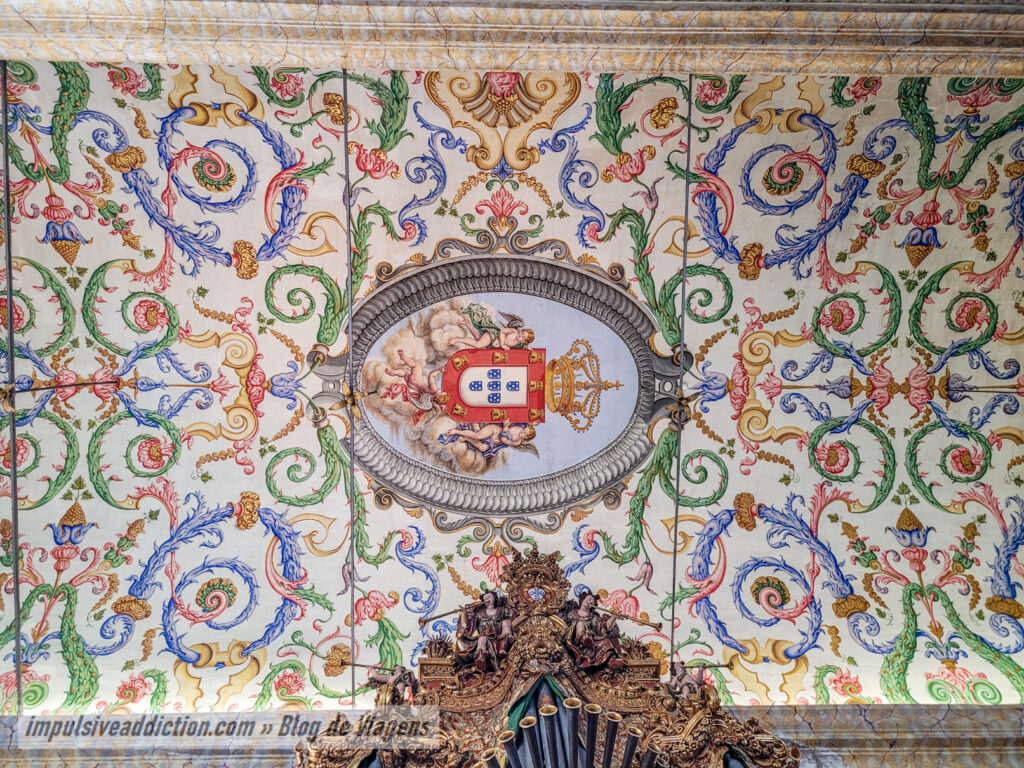
6. Via Latina and Royal Palace of the University of Coimbra
Next is the Royal Palace of the University of Coimbra, the central building of the Palace of Schools, which dates back to the 10th century as the residence for the Muslim governors, and later for the first kings of Portugal. When visiting it, you will have the opportunity to pass by several rooms, namely:
- The Arms Room (from the former Royal Academic Guard).
- The Yellow Room, with portraits of university presidents from the 19th and 20th centuries. It was here that the “Congregation of the Faculty of Medicine” met.
- The Great Hall of Acts, the most spectacular, which was once the throne room of the Portuguese kings of the 1st dynasty, and the most important at the University of Coimbra. Here, the main events and ceremonies of academic life take place. In its walls you will find portraits of the various Portuguese kings, ignoring those of the Filipino dynasty.
- And the Private Examination Room, which once served as the king’s chambers. It was a Private Examination Room (for oral tests) until the practice was discontinued in the 18th century, with the reforms made by the Marquis of Pombal in Coimbra.
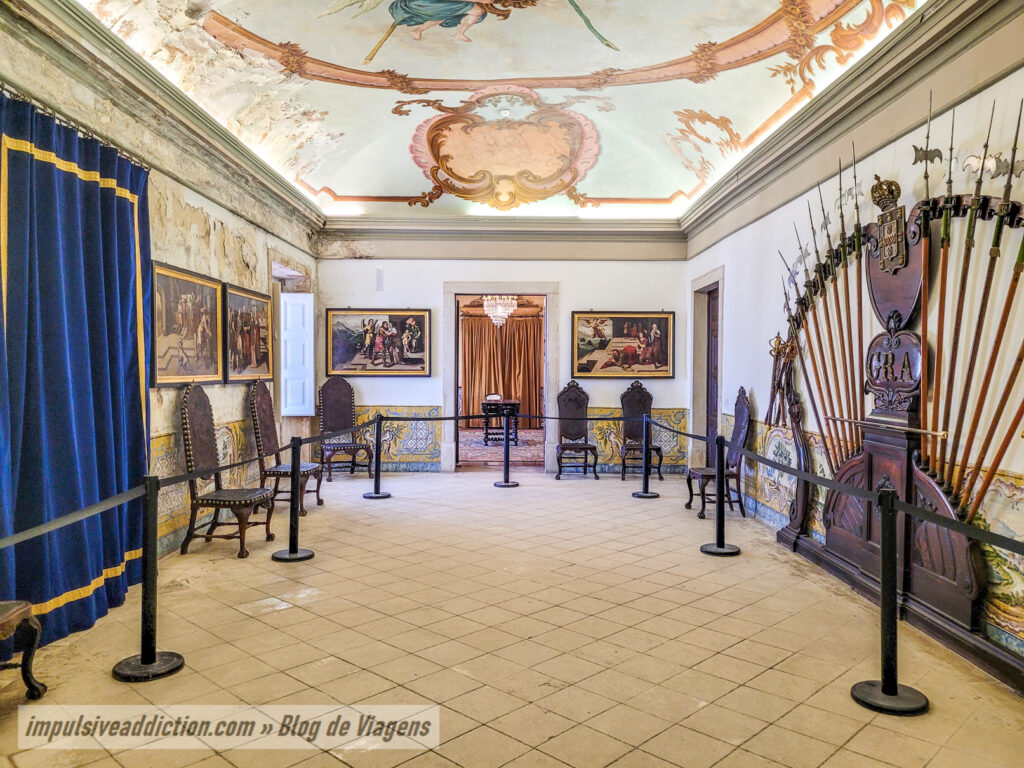
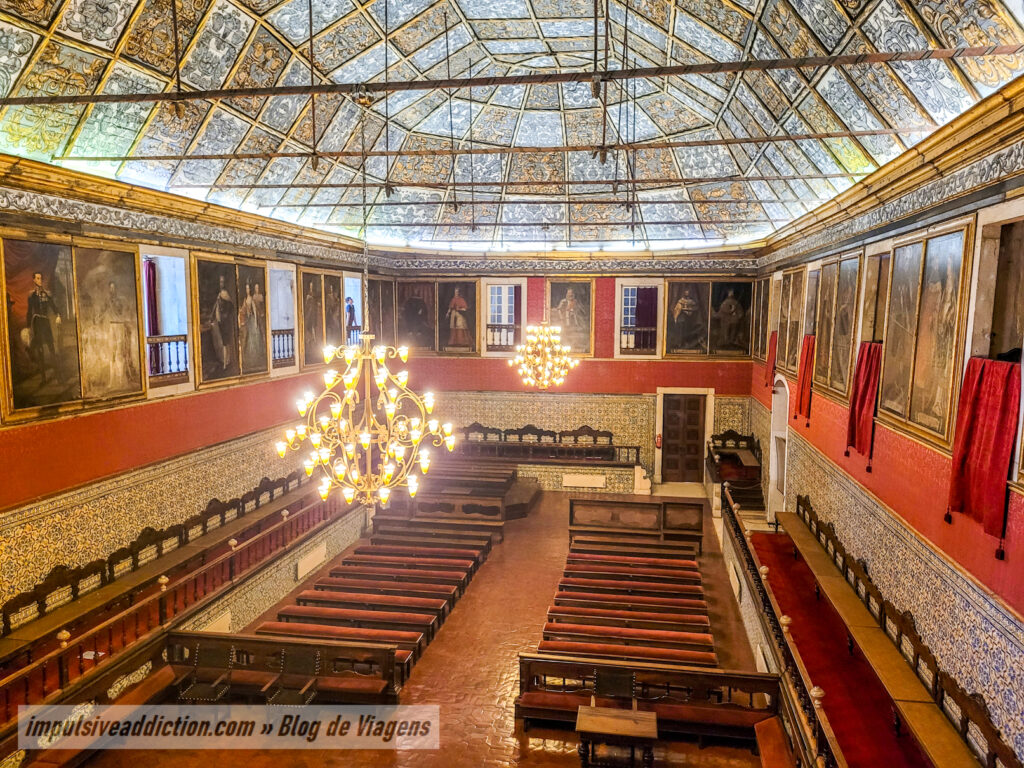
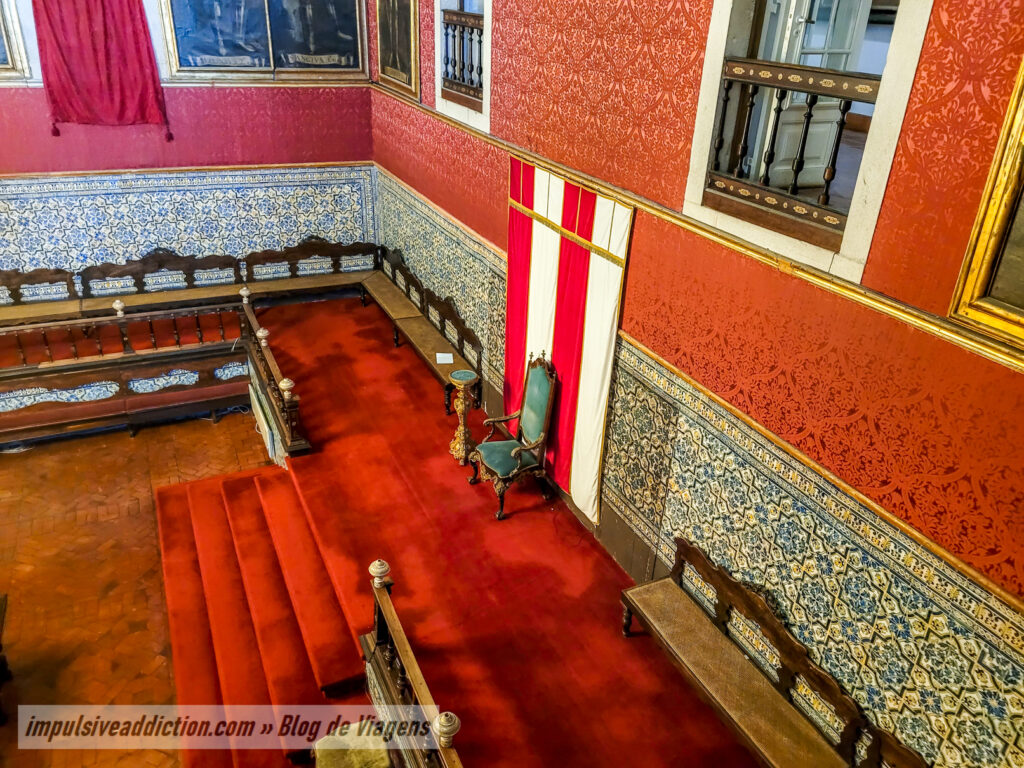
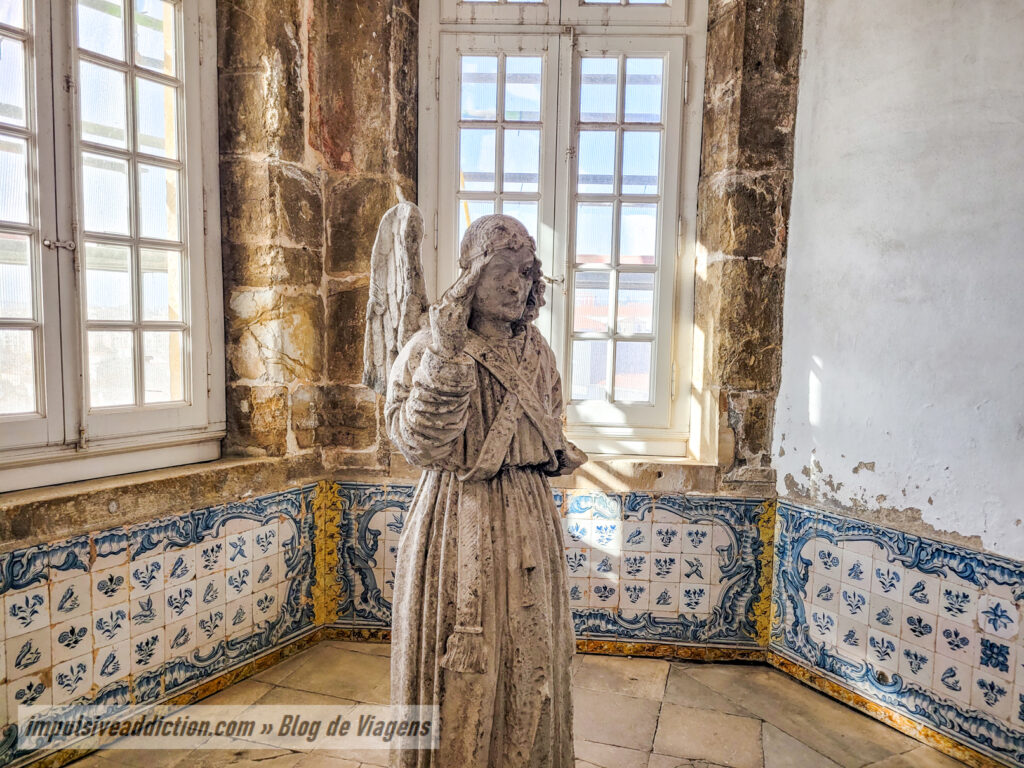
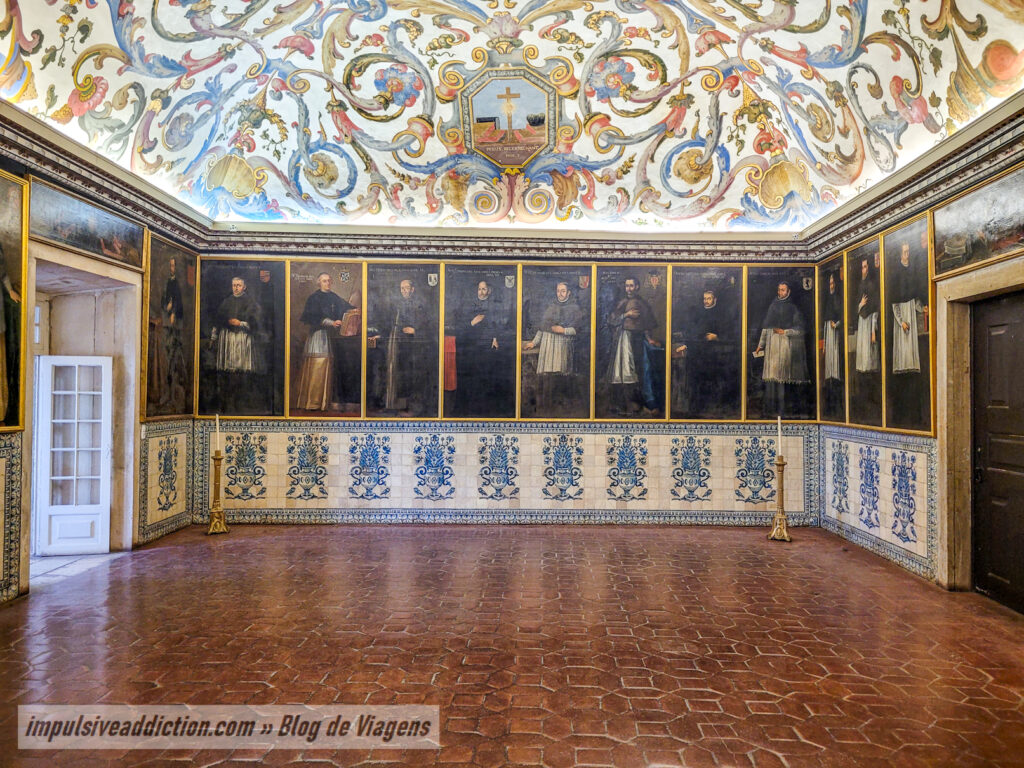
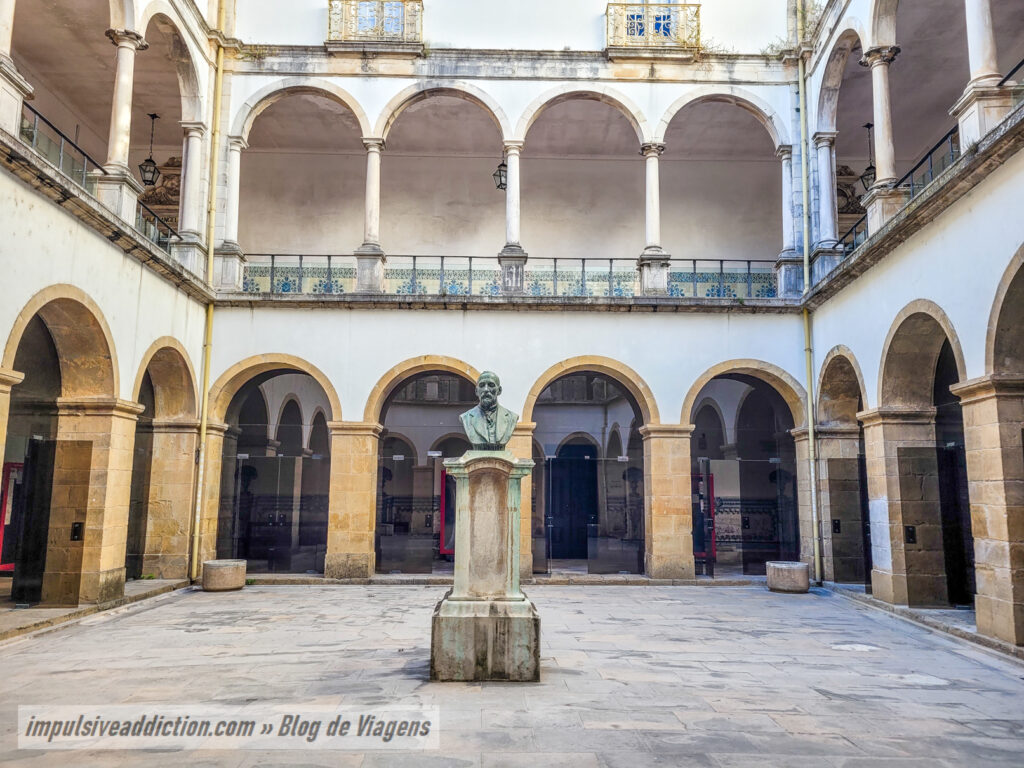
7. Tower of the University of Coimbra (“The Goat”)
After the previous visit, buy a ticket to climb the Tower of the University of Coimbra, also known as “the Goat”, or the b*tch, if you prefer. 😉 This ascent is not included in the aforementioned general ticket.
Tradition says that the name “b*tch” came from the fact that one of its bells used to ring for 15 minutes at 7:30 am, indicating that students should go to the Palace of Schools during that time to avoid penalties or even a stay in academic prison. No student liked waking up early to that sound, so it was often heard “what a b*tch” in relation to the tower itself and its bell! 😀
The view from the top of the tower is incredible, 360º. After all, this is the tallest tower in the city of Coimbra.
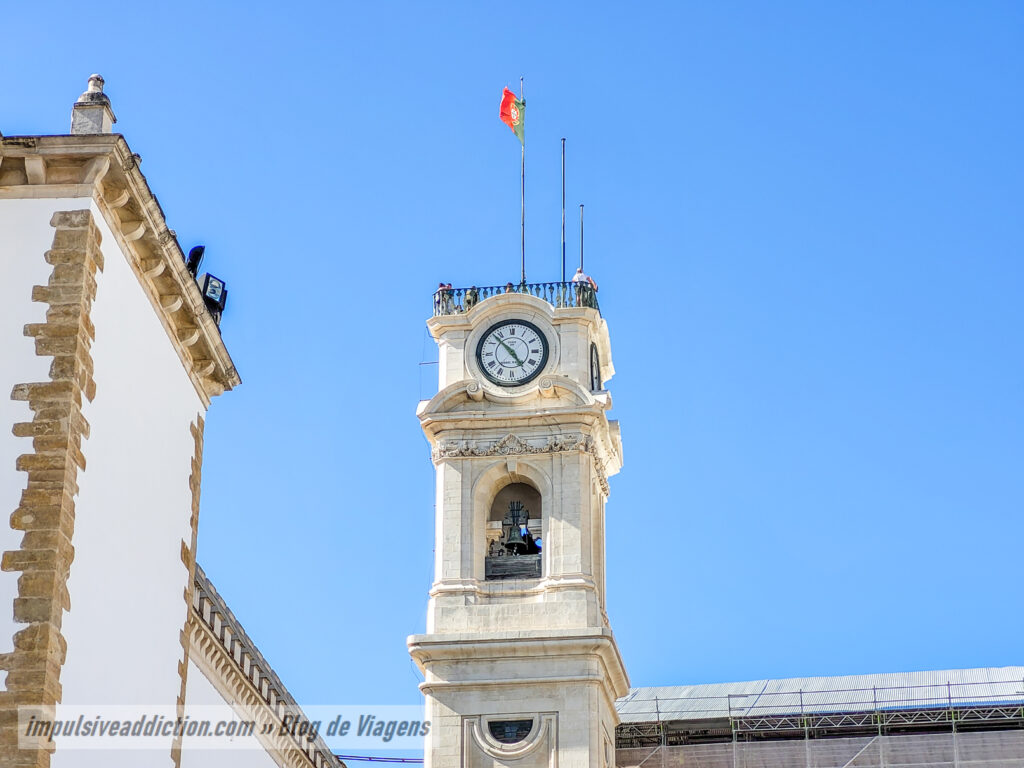
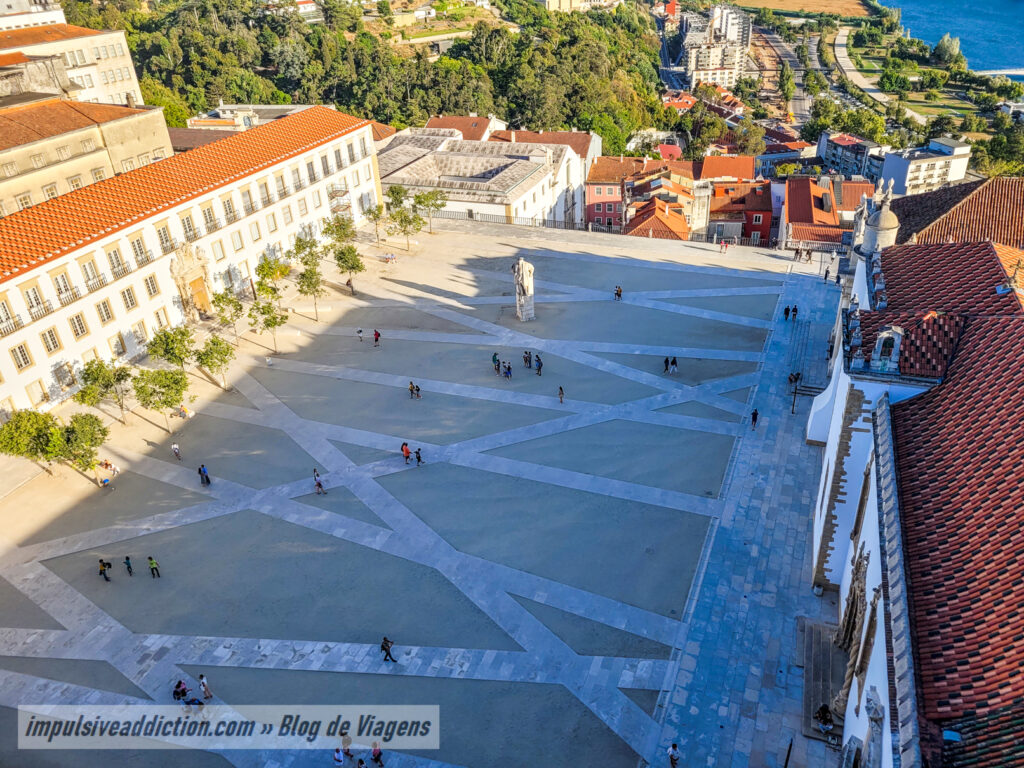
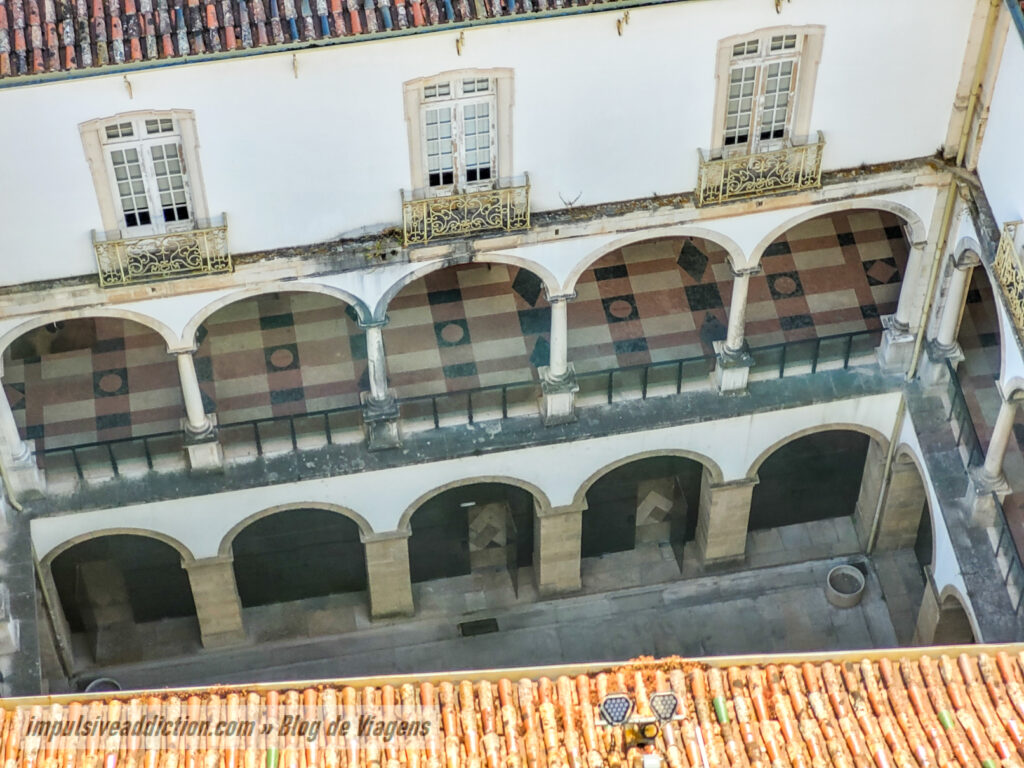
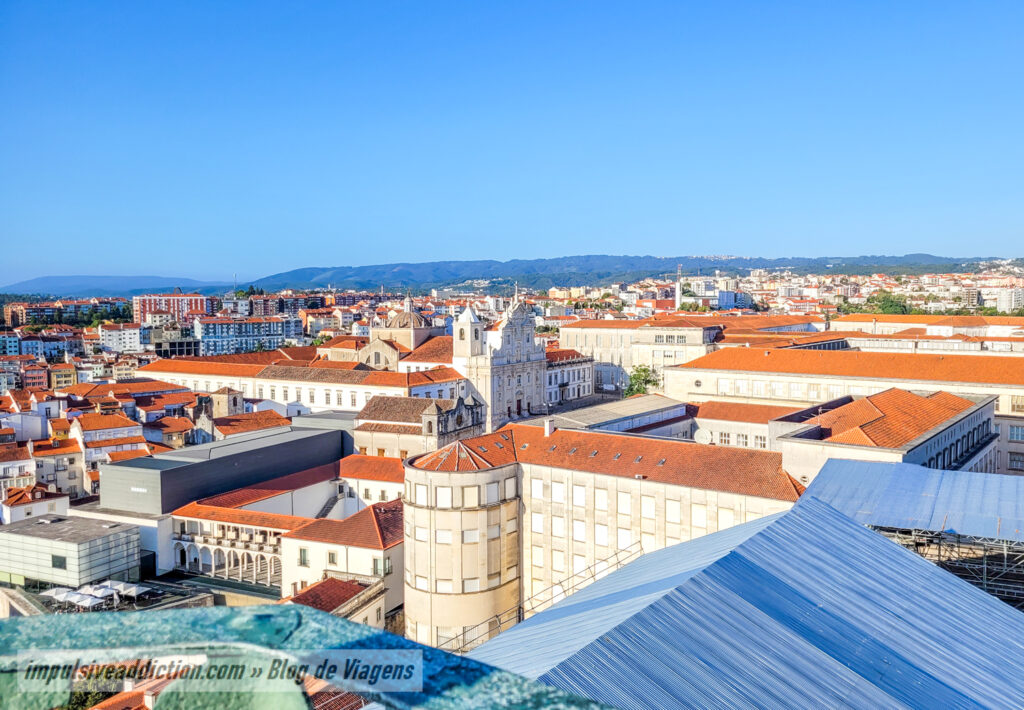
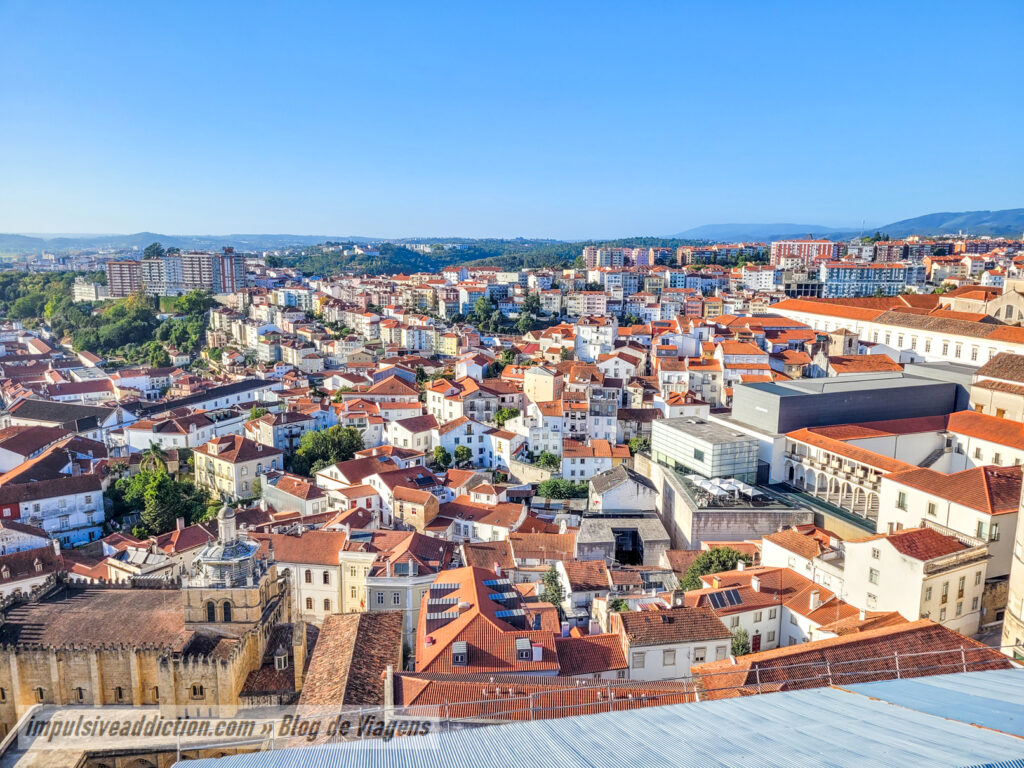
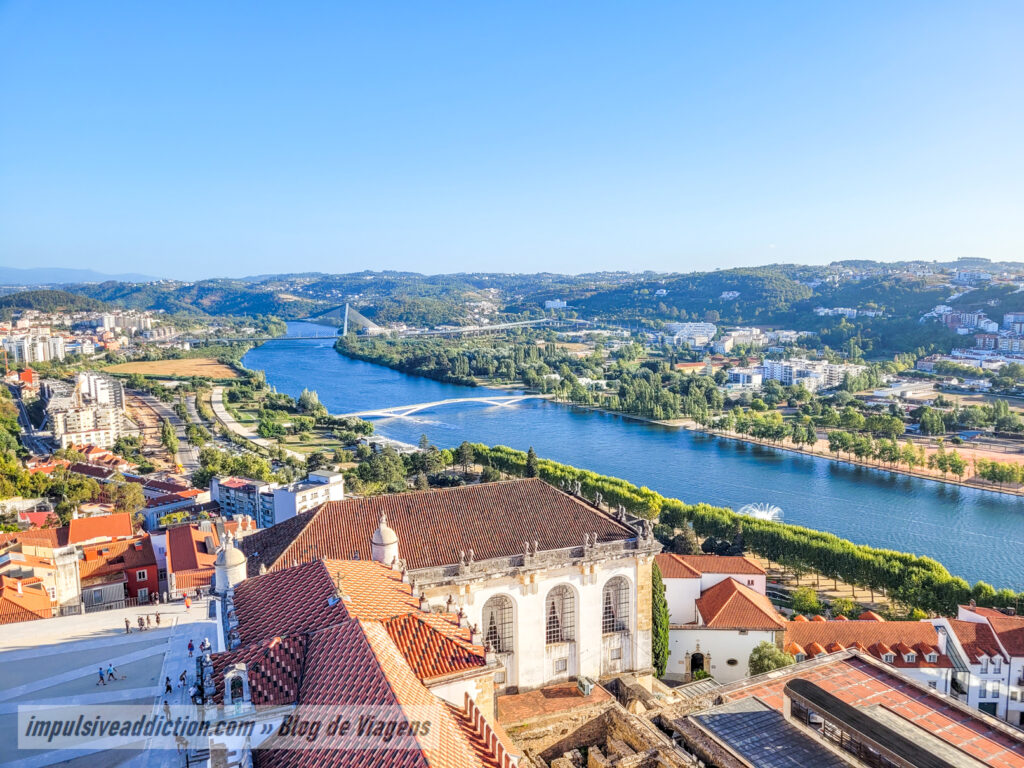
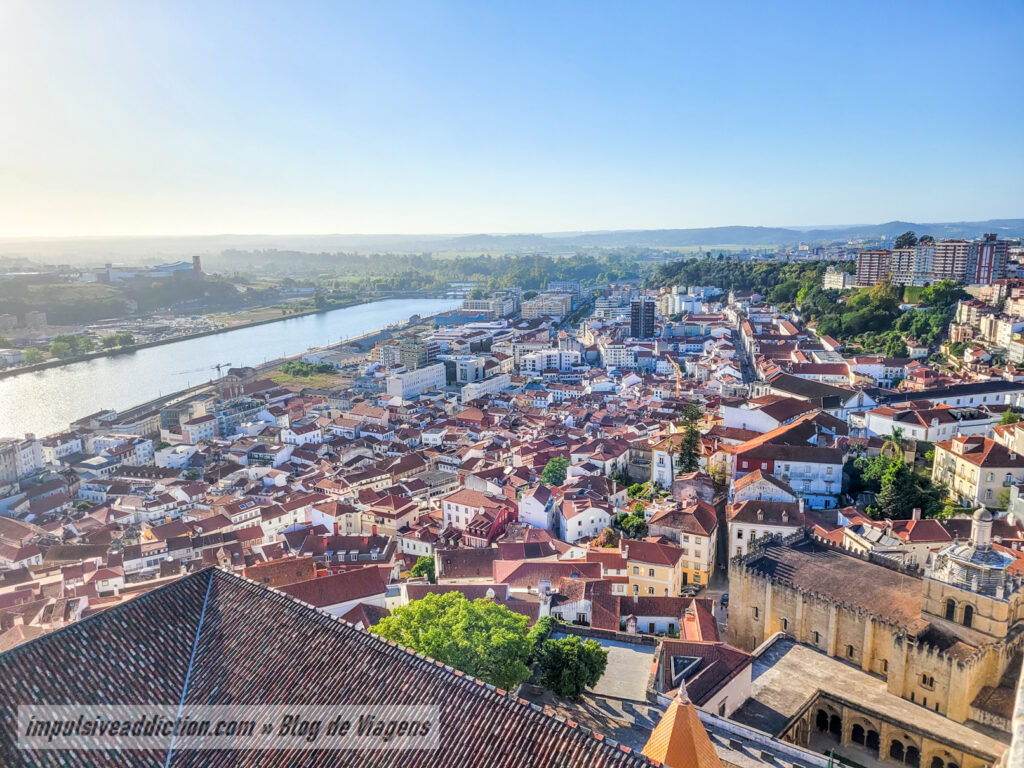
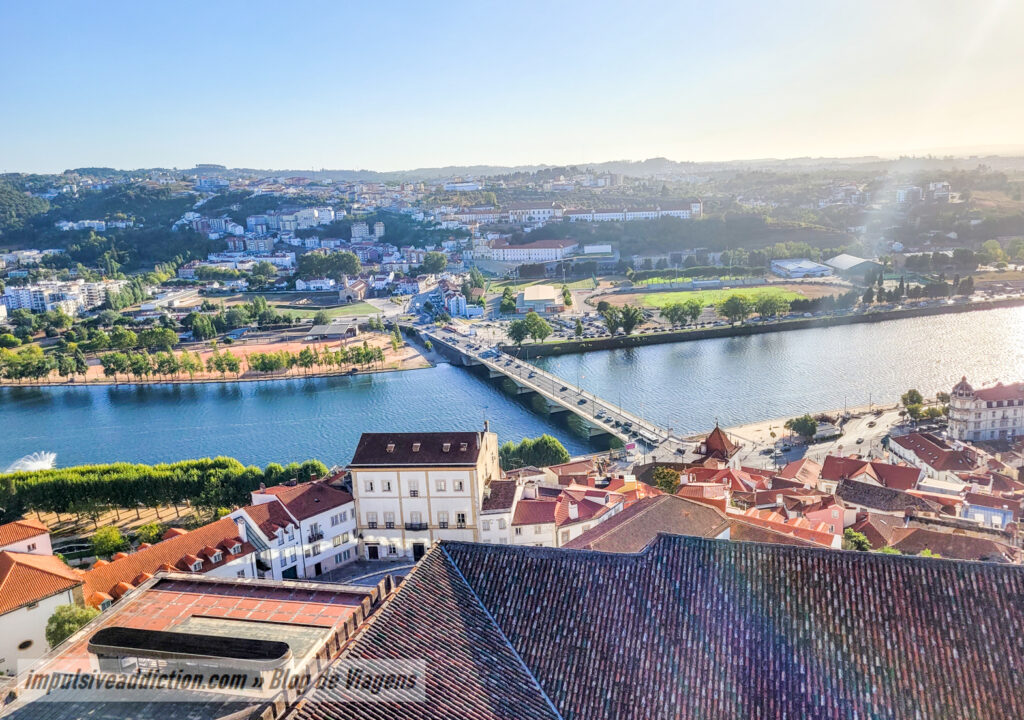
8. Minerva’s Stairs
The Minerva Staircase is where you go when accessing the entrance to the Joanina Library. This time you will go all the way down to check the surrounding area. Undoubtedly, the sculpture of Sapience stands out.
9. Santo António Chapel and Elysio de Moura House-Museum
At the bottom of the Minerva stairs you will find the simple chapel of Santo António, and a few meters away is the entrance to Elysio de Moura House-Museum. I didn’t visit this museum because I didn’t make the necessary prior appointment, but here’s the Facebook page where you’ll find all the necessary contacts and available times.
The House in question is located in a building that functioned in the past as a childcare institution, founded by Elysio de Moura. In addition to a collection of paintings and sculpture, you will also find a collection consisting of furniture from the house and stuff belonging to the said professor and doctor.
Optional: Follow the nearby roads to Couraça de Lisboa and Quinchorro Stairs. These stairs are really steep to the lower part of Coimbra, so I only recommend that you see them from the top, and then move in direction to the Old Cathedral.
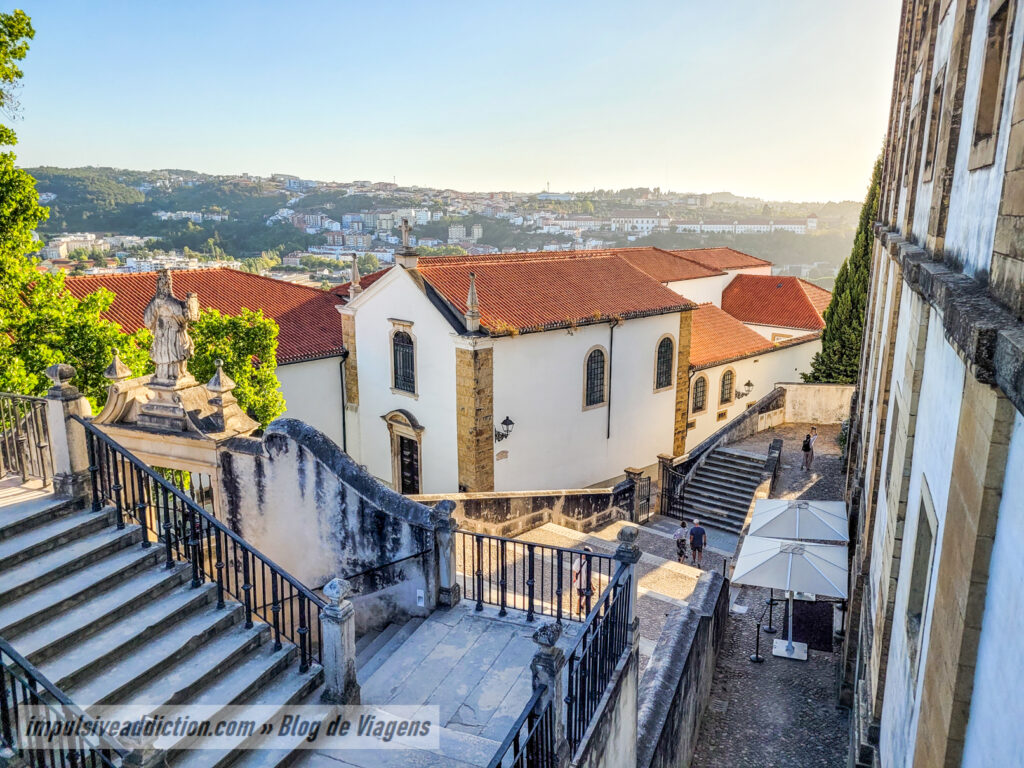
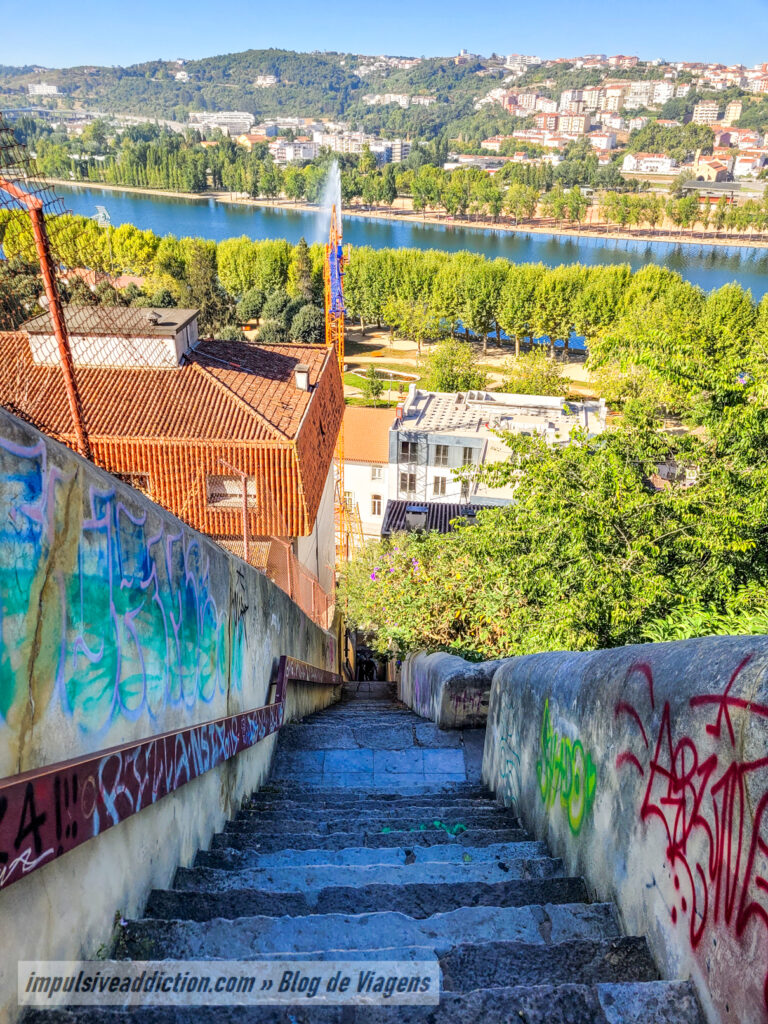
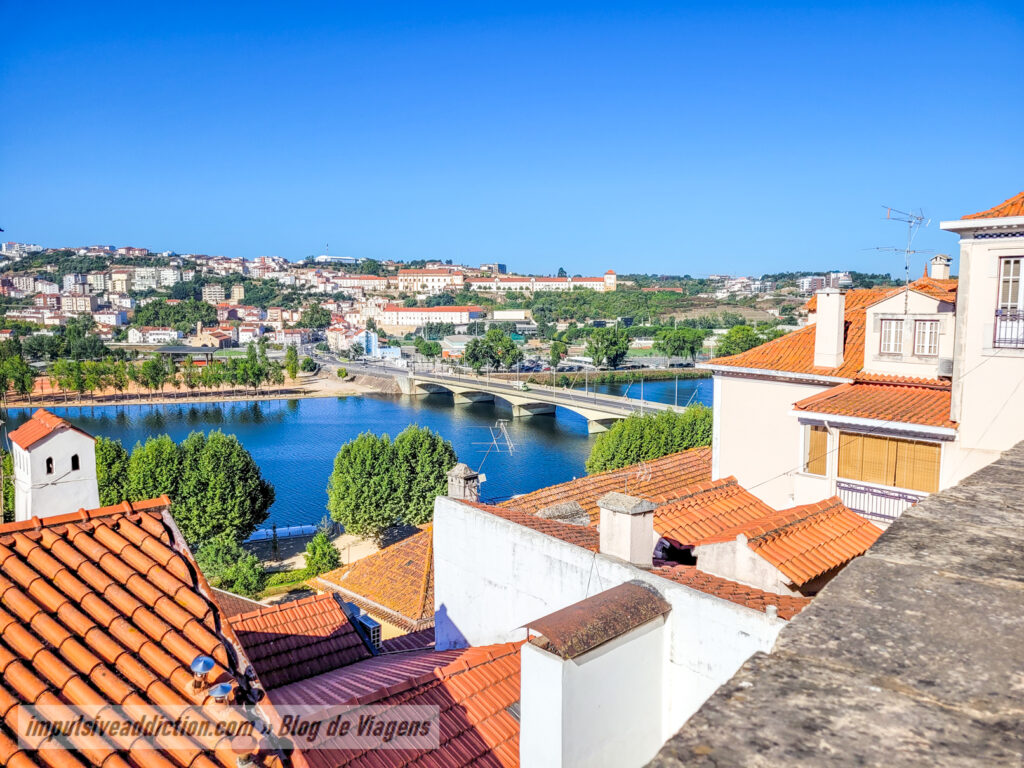
10. Old Cathedral of Coimbra
The Old Cathedral of Coimbra is a Romanesque building dating from the 12th century. It has a fortified exterior and a portal with a clear Arab influence. Also noteworthy is the Renaissance Especiosa Door. As a curiosity, it is on the stairs of this church that the monumental serenade that starts the Ribbons Burning takes place every year.
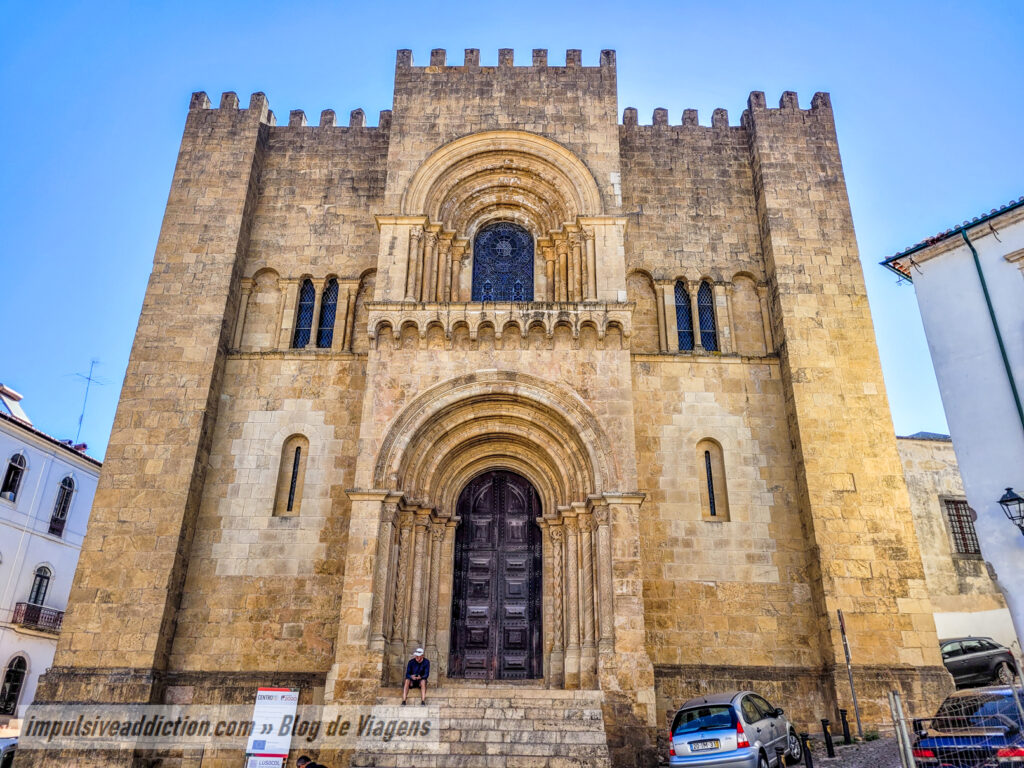
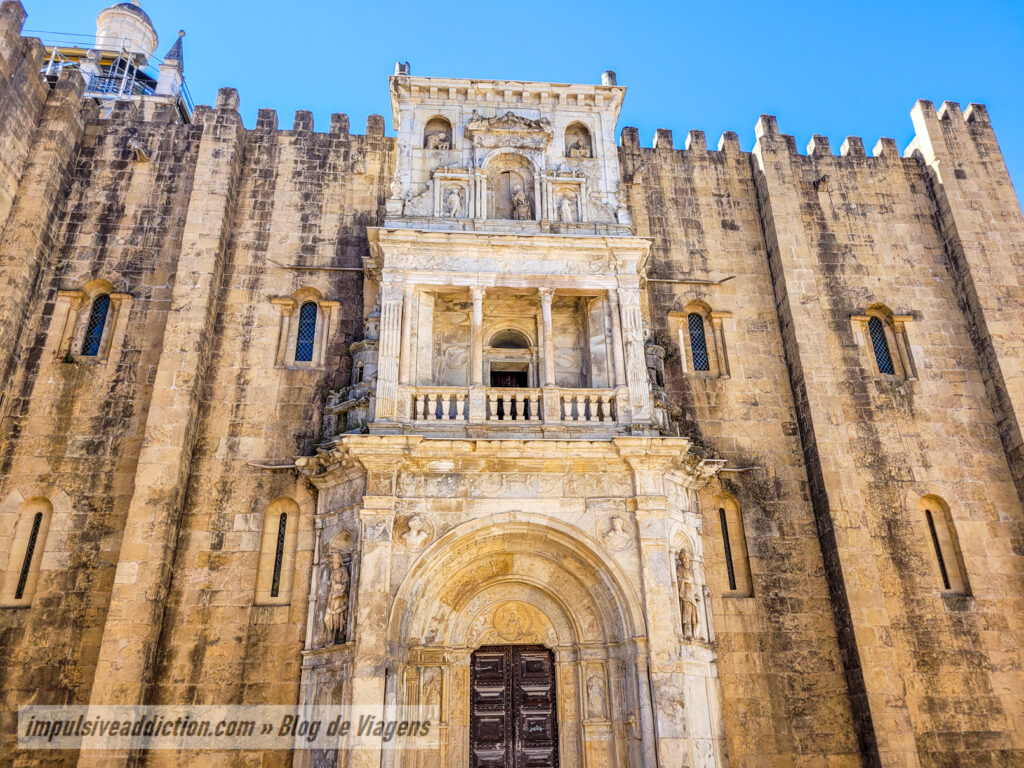
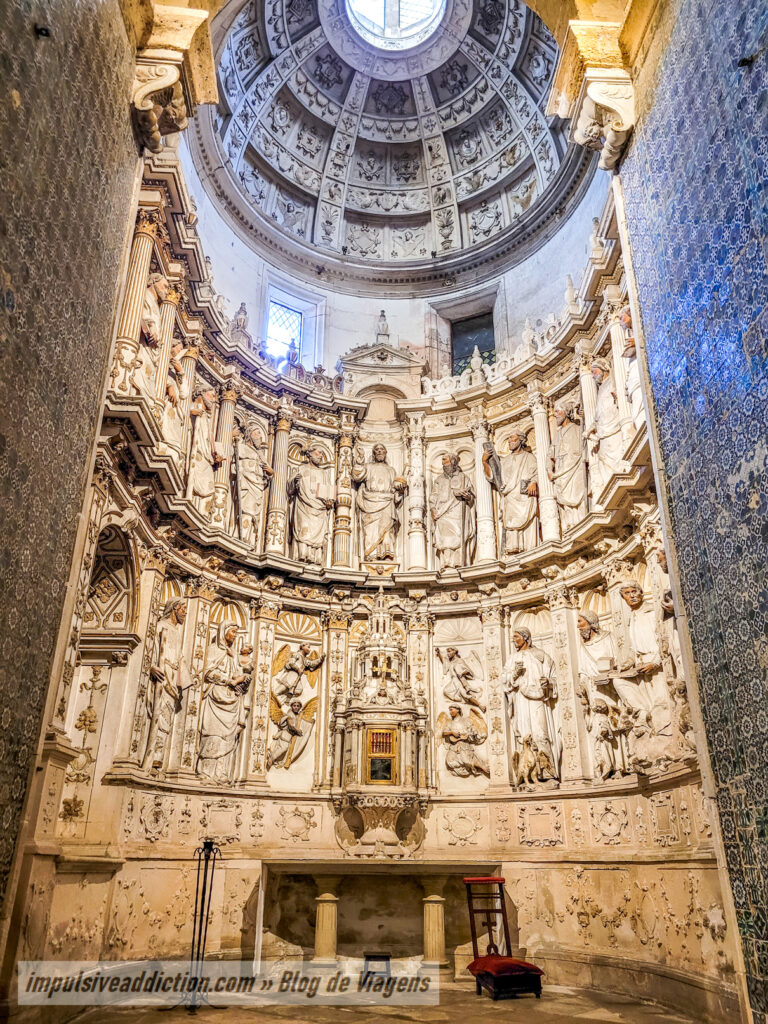
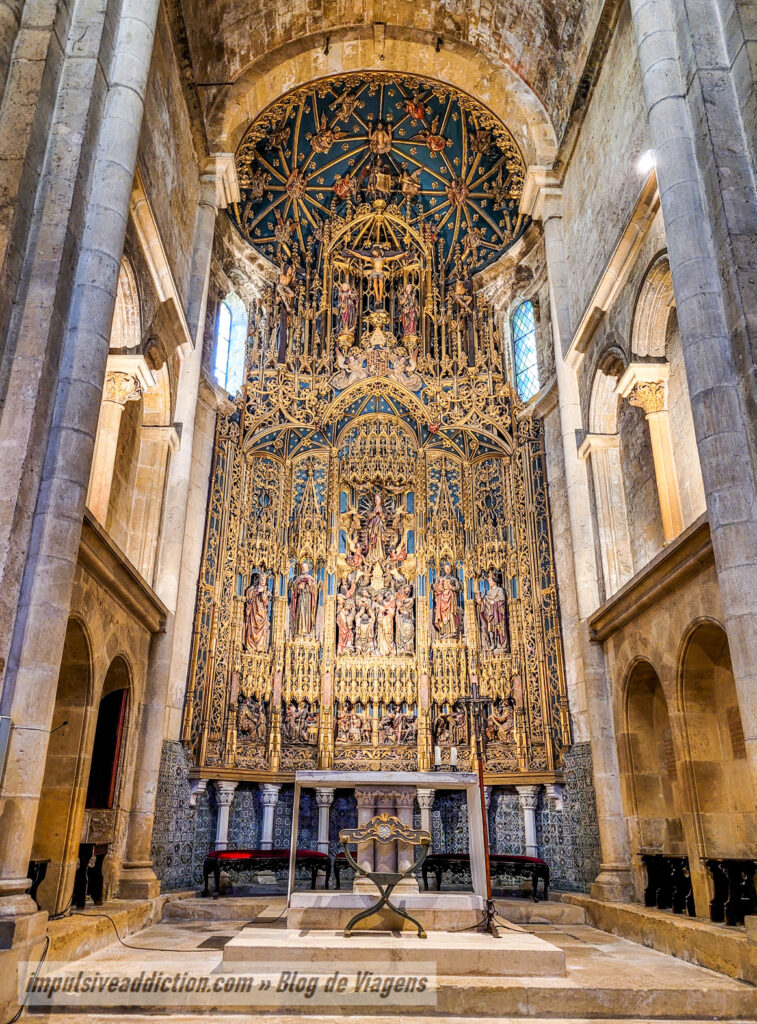
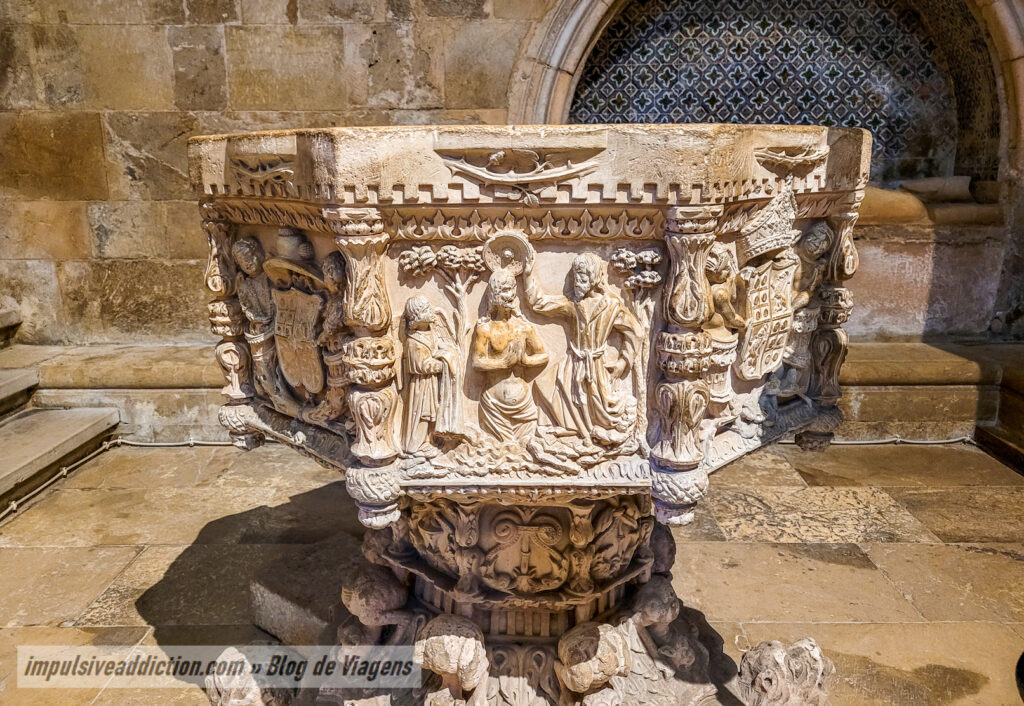
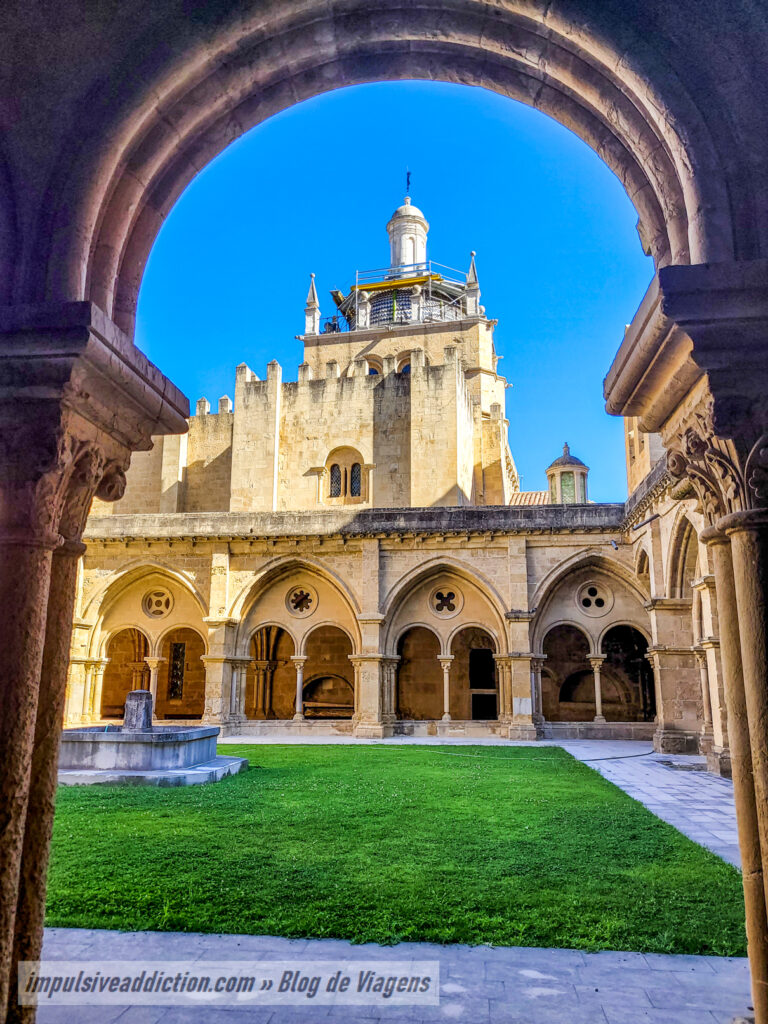
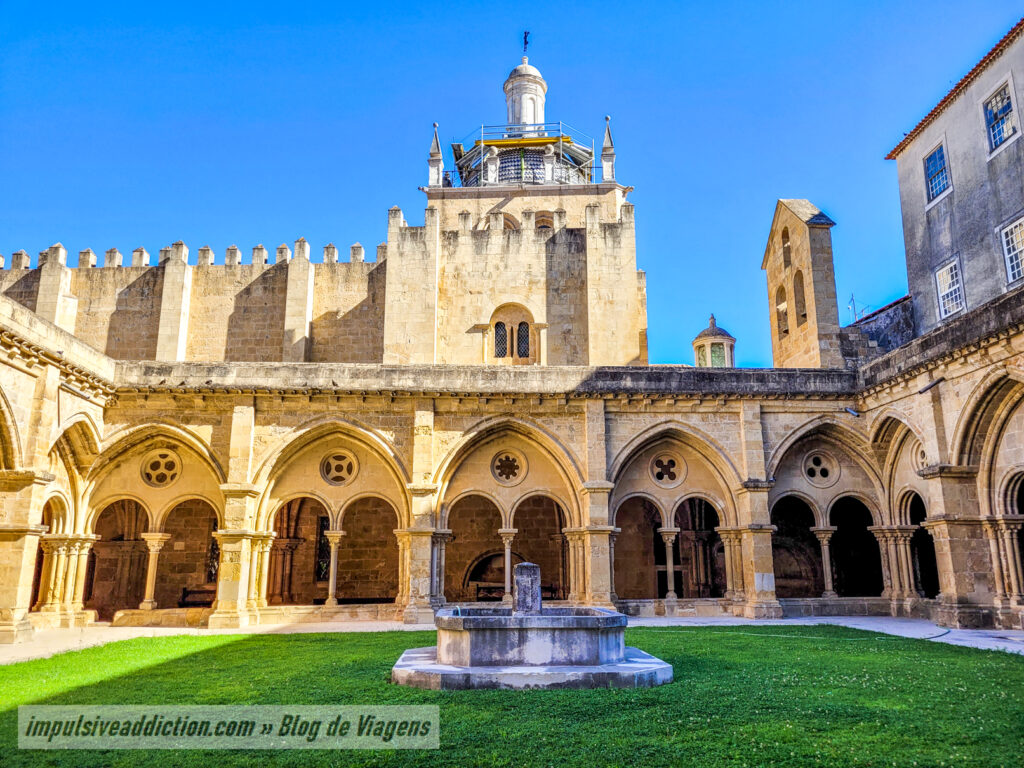
11. Machado de Castro National Museum
From Coimbra’s Old Cathedral Square, it’s a quick climb to Machado de Castro National Museum, founded in 1911 in the old building of the Episcopal Palace of Coimbra.
This is for me one of the most incredible places in the city, as it has inside the cryptoportico of the forum of Aeminium, dating from the 1st century, which is the most impressive Roman work I have ever visited in Portugal. Better than Conímbriga and better than any ruin I saw when visiting Braga (formerly Bracara Augusta), or when visiting Évora, for example. The Cryptoporticus was a two-story gallery that supported the forum and was used to preserve food, due to its freshness and lack of light as it was underground.
Although the Roman ruins are impressive in themselves, you will also find other ancient structures in the museum, such as the remains of the Romanesque cloister of the former Church of São João de Almedina. The museum also has a brutal collection of religious art, mostly sculpture and painting, and a fabulous collection of jewellery, which includes the Treasure of Queen Santa Isabel. Outside the museum, the Moçarabe Door stands out, built after the city of Coimbra was reconquered from the Arabs.
It is the best museum in the city, so you must visit it. Entrance is paid, being purchased at reception. I chose to visit the entire museum, but there is also a ticket for the Cryptoporticus only.
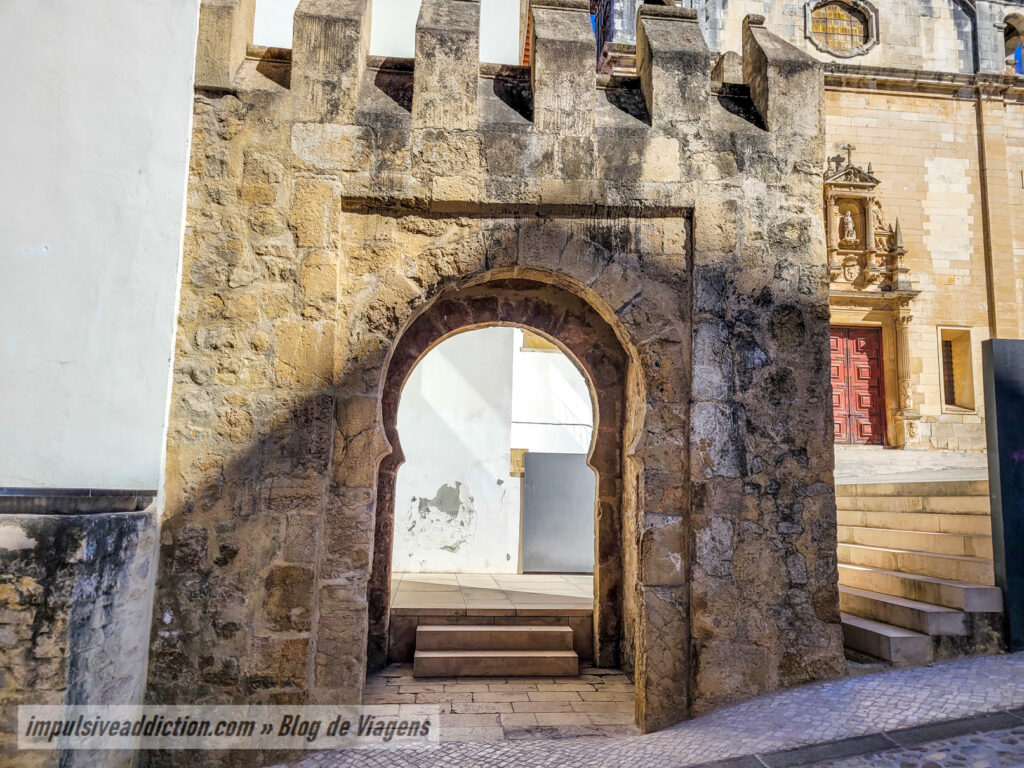
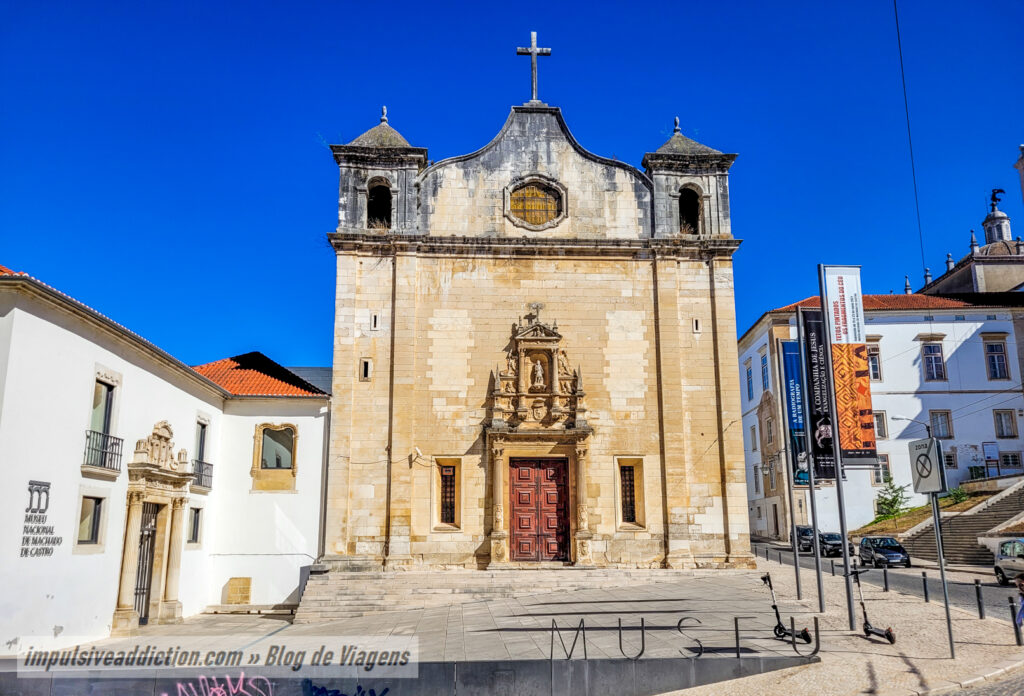
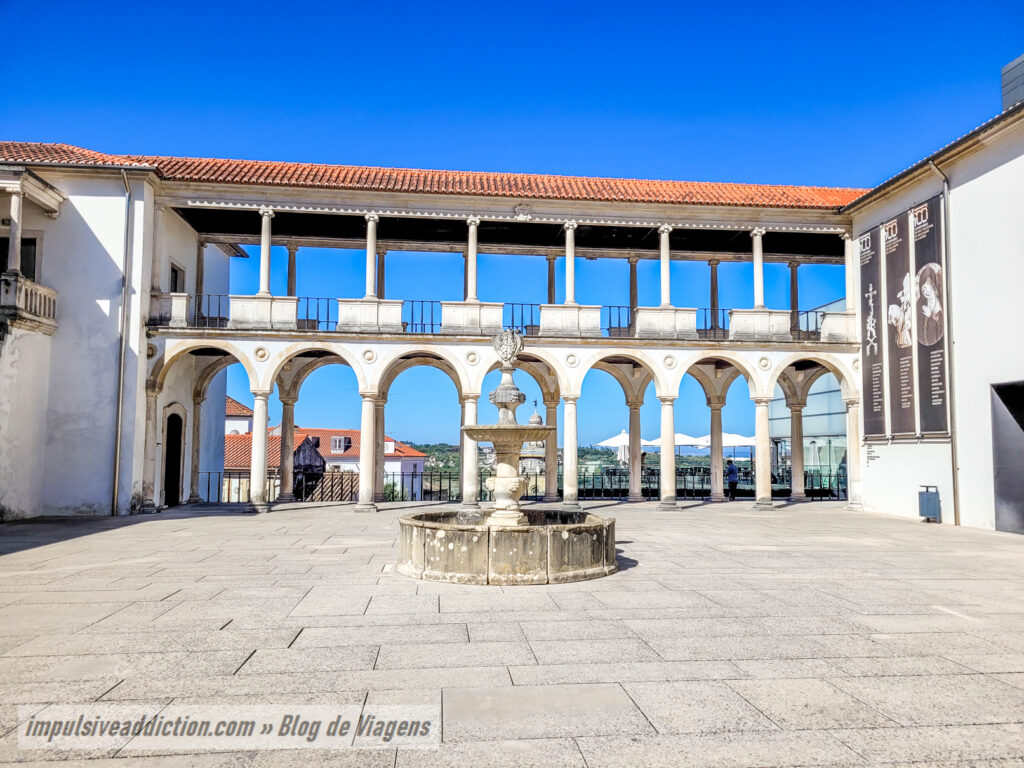
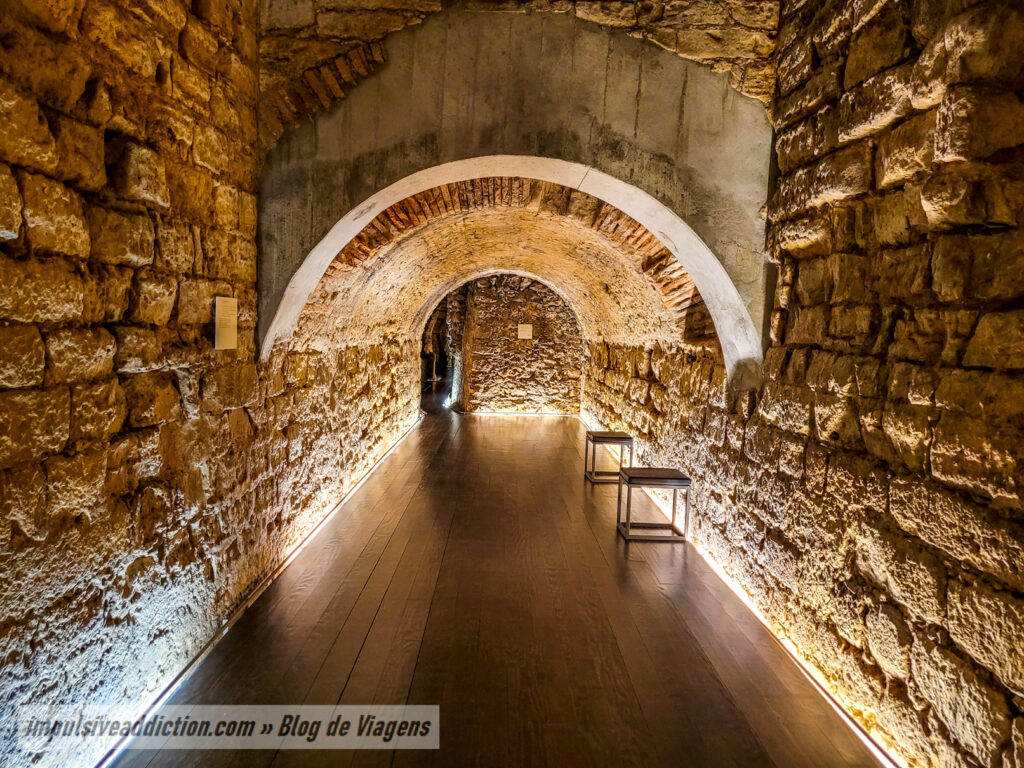
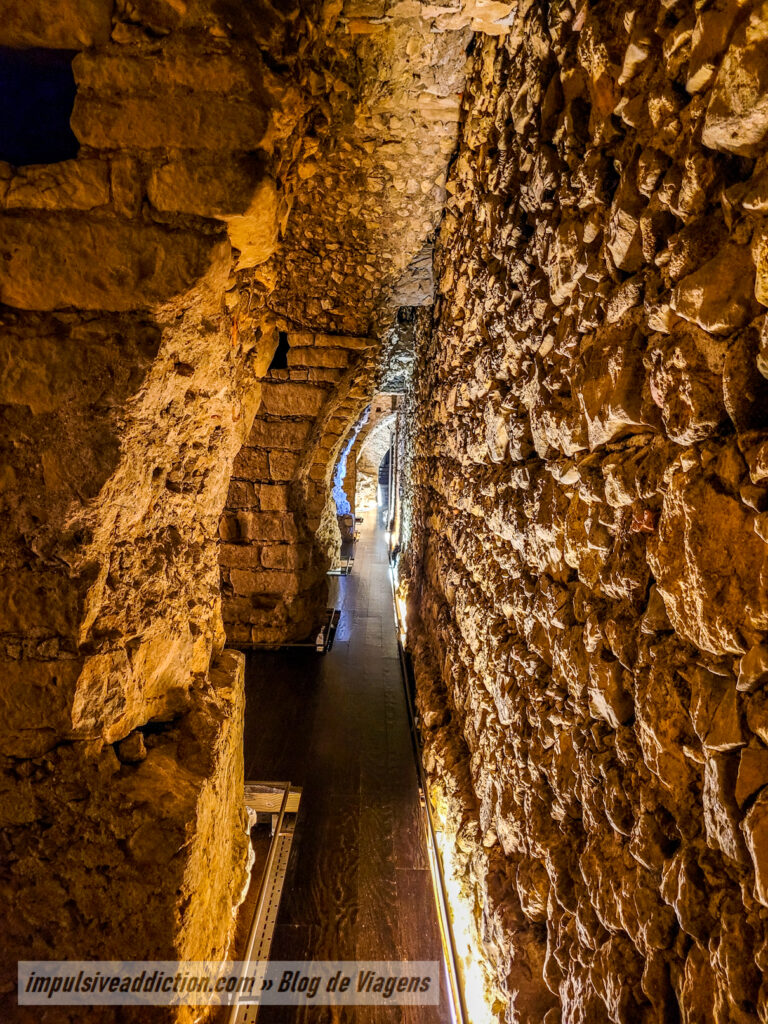
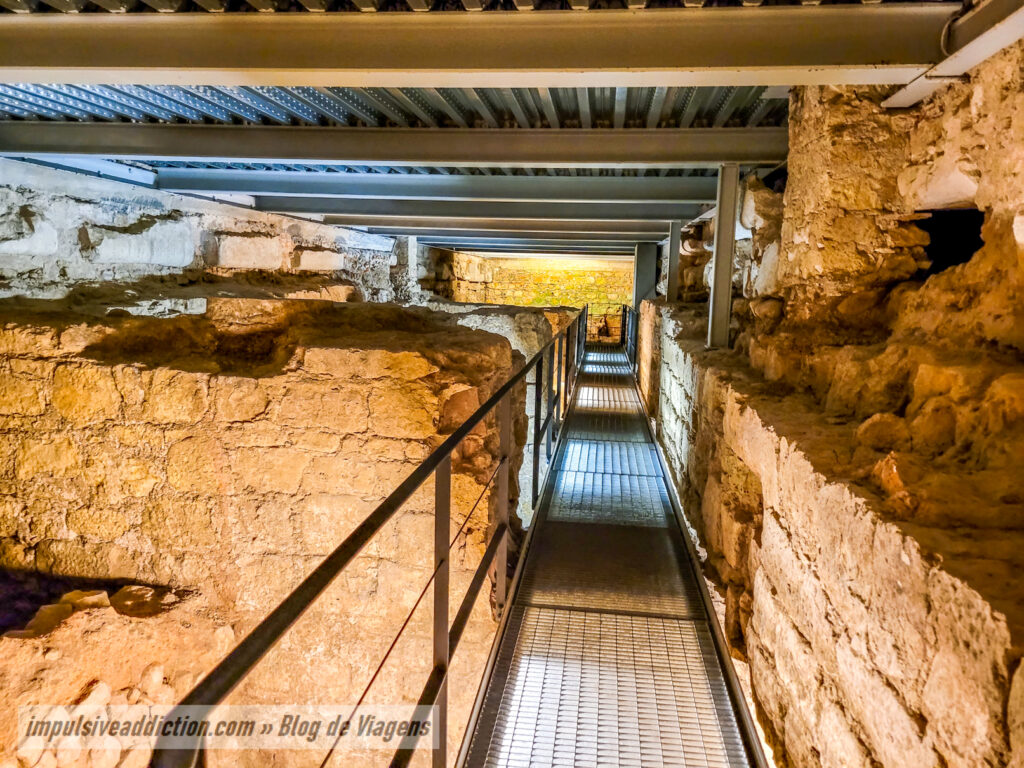
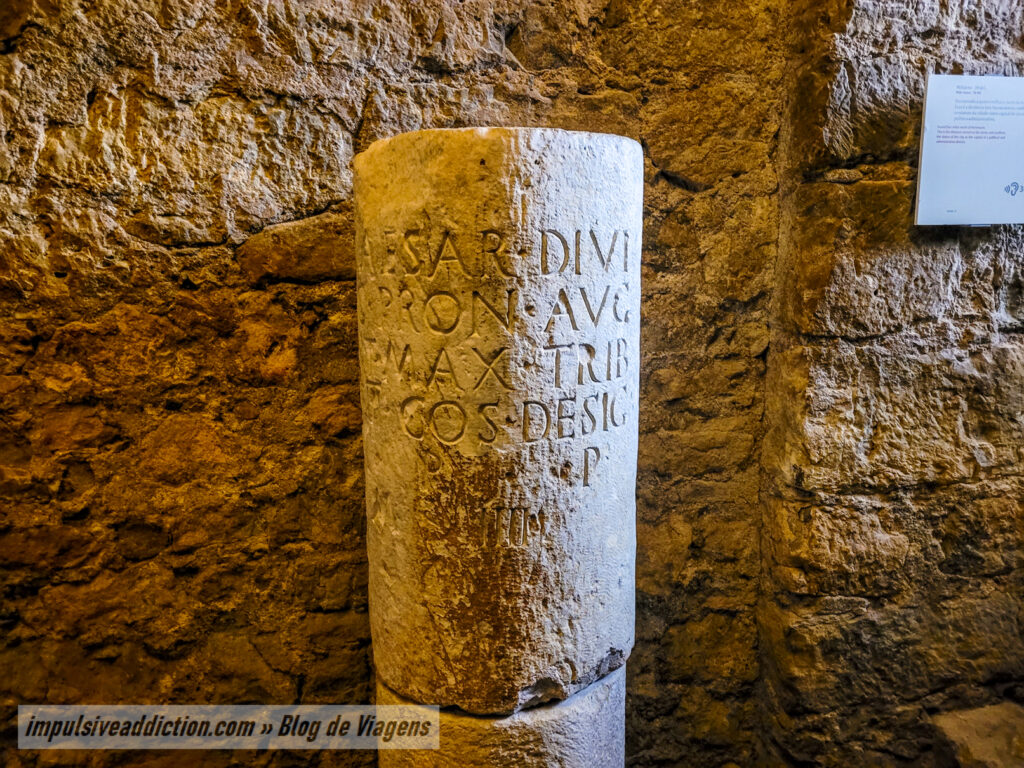
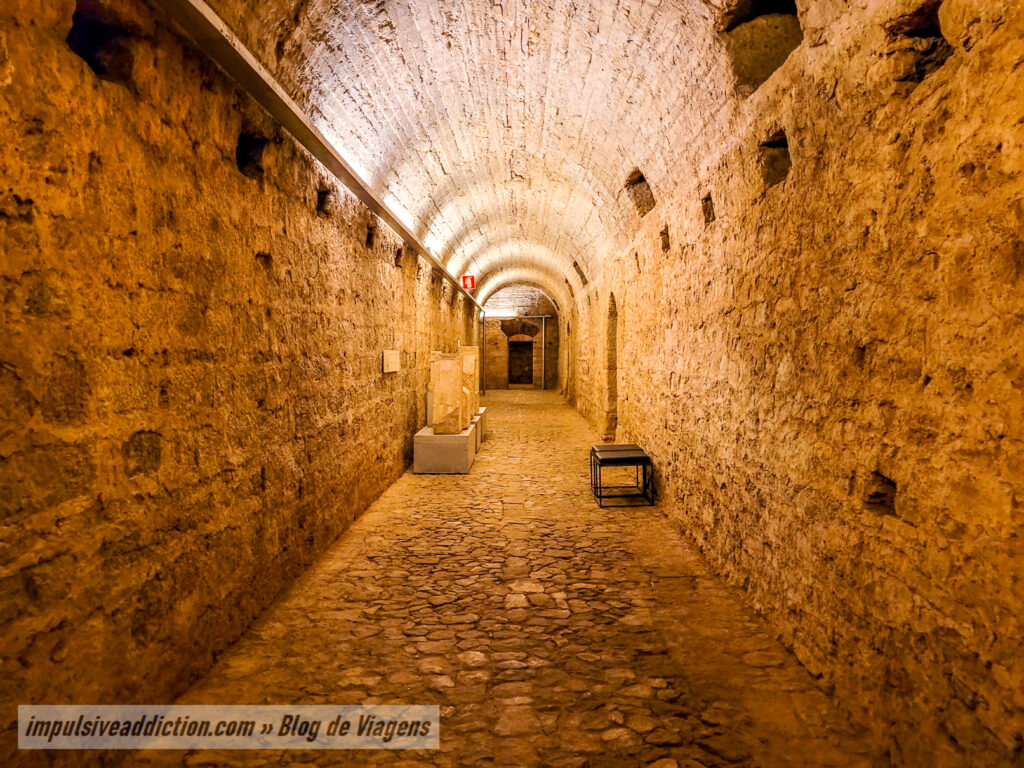
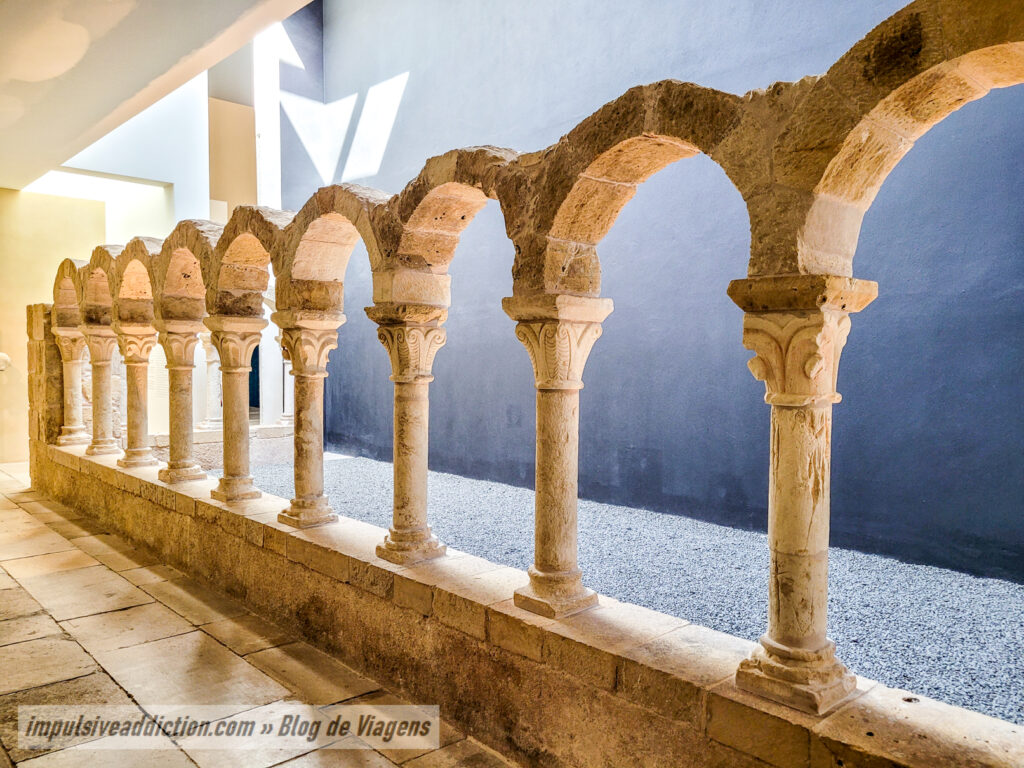
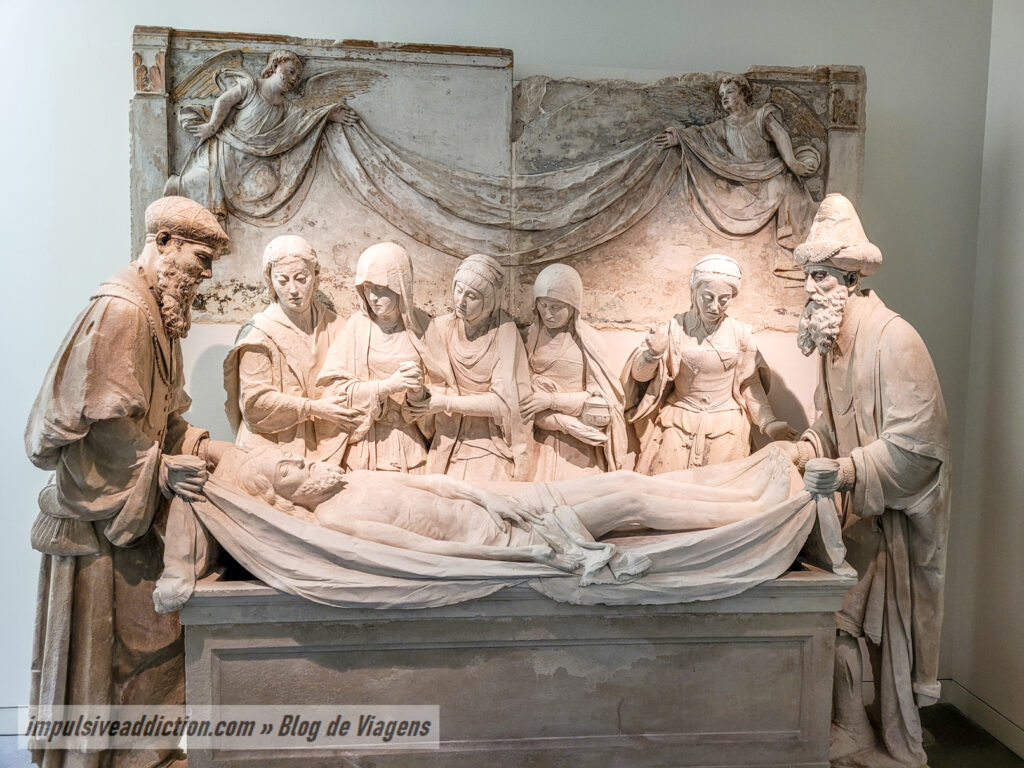
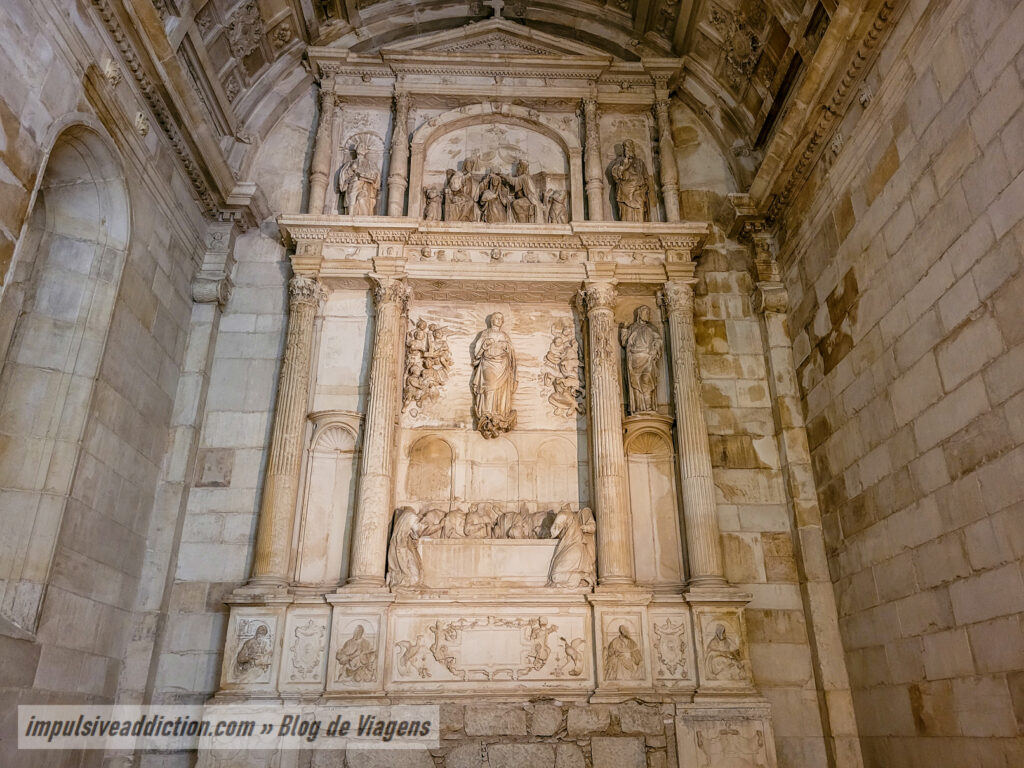
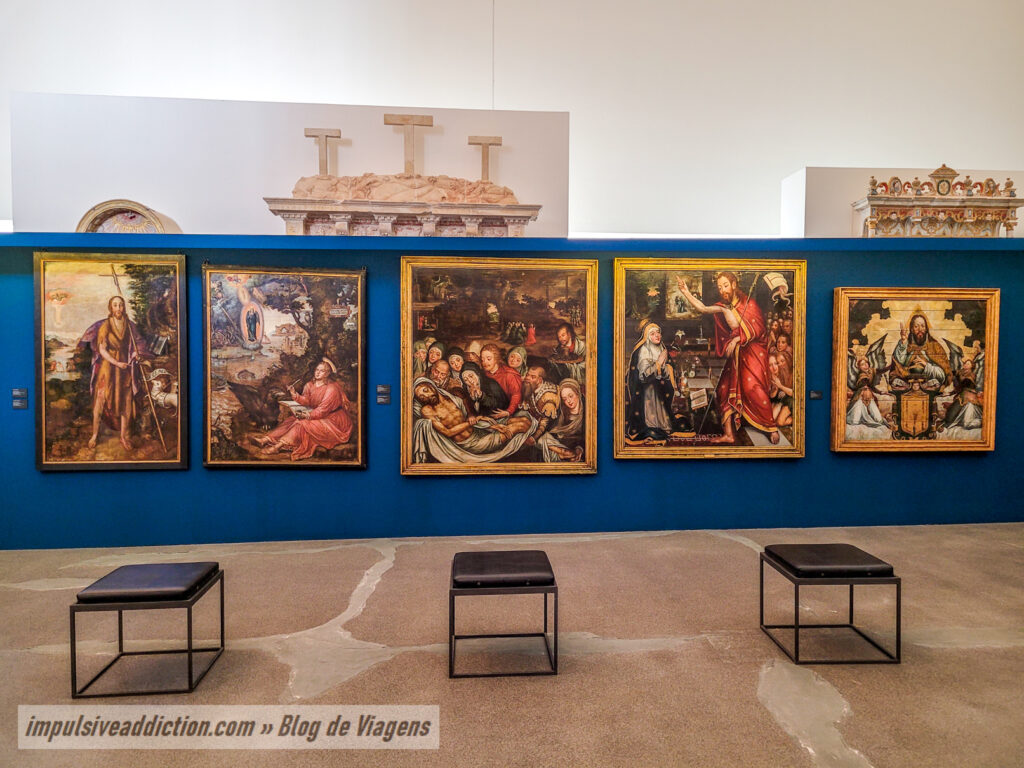
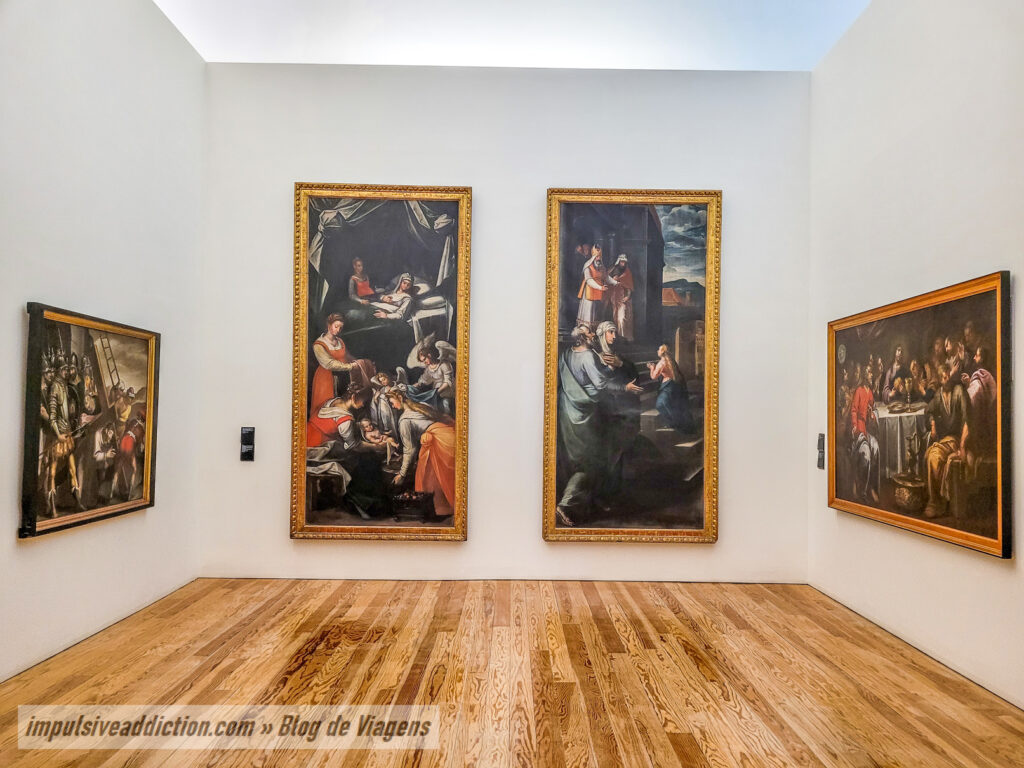
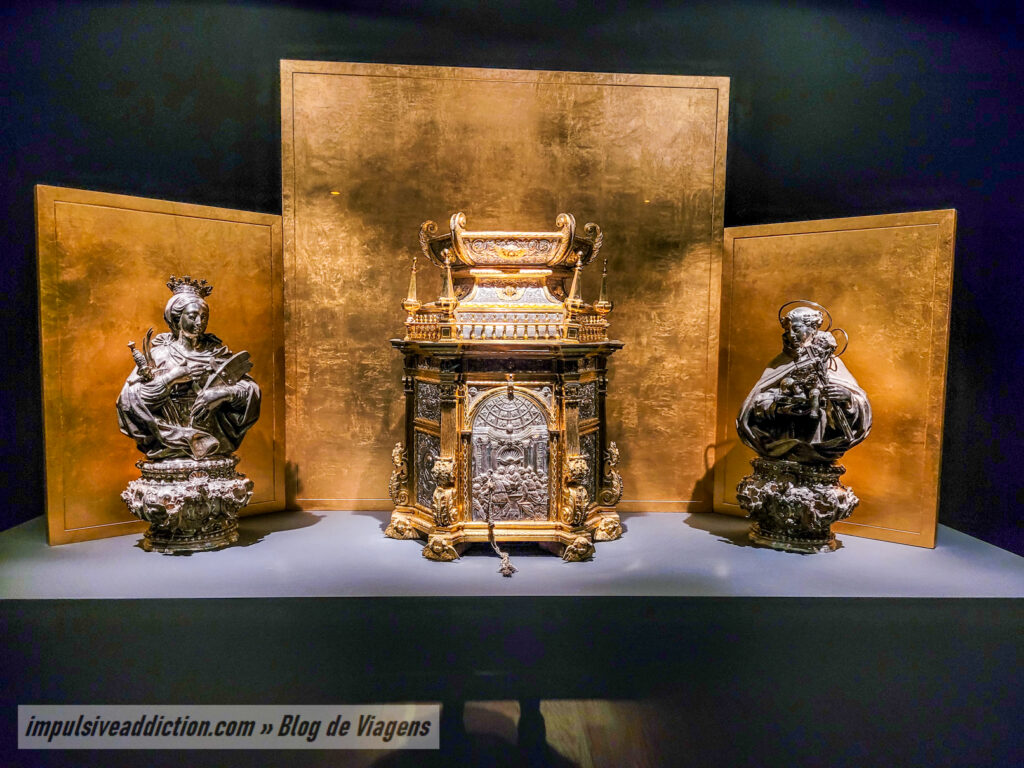
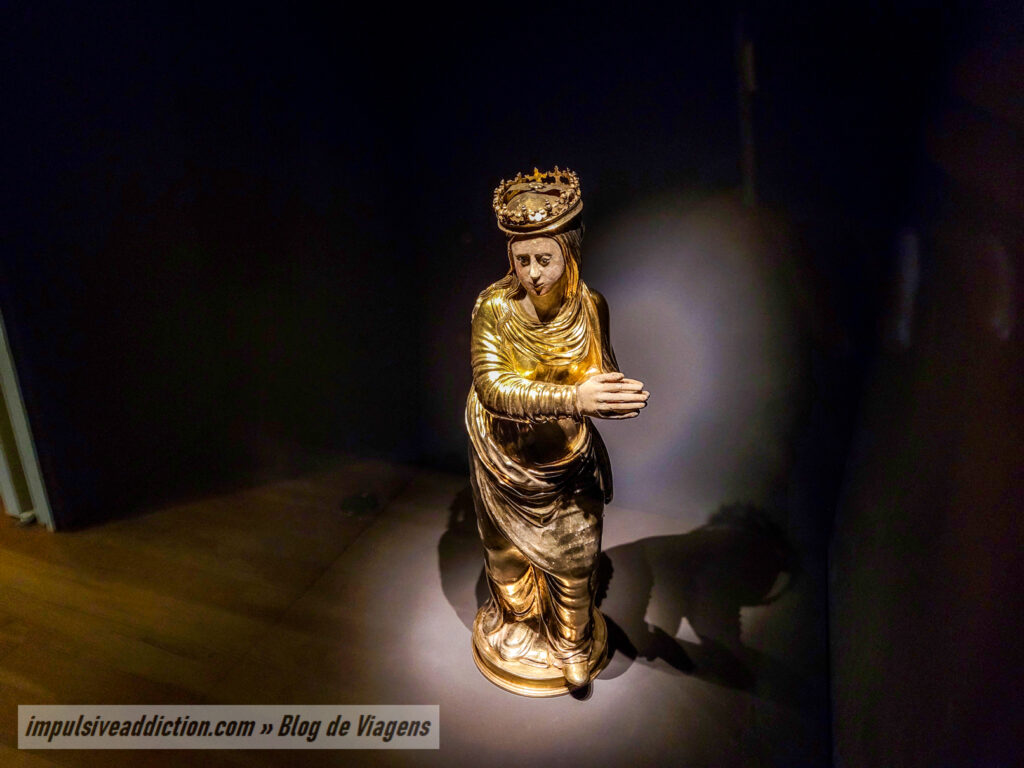
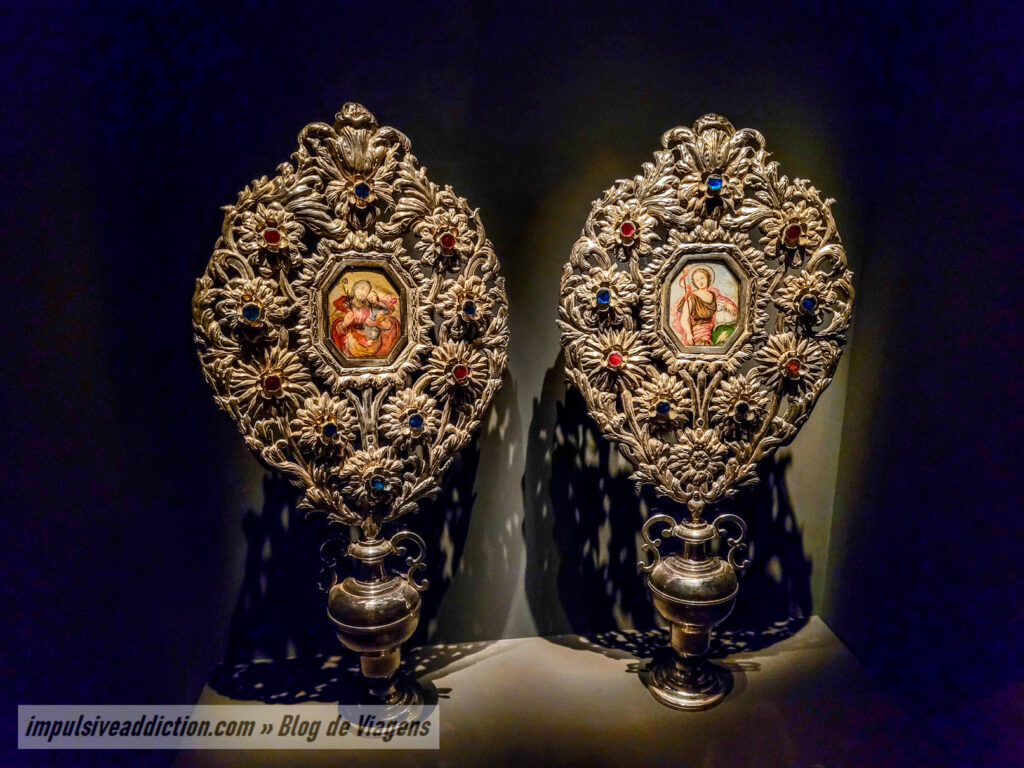
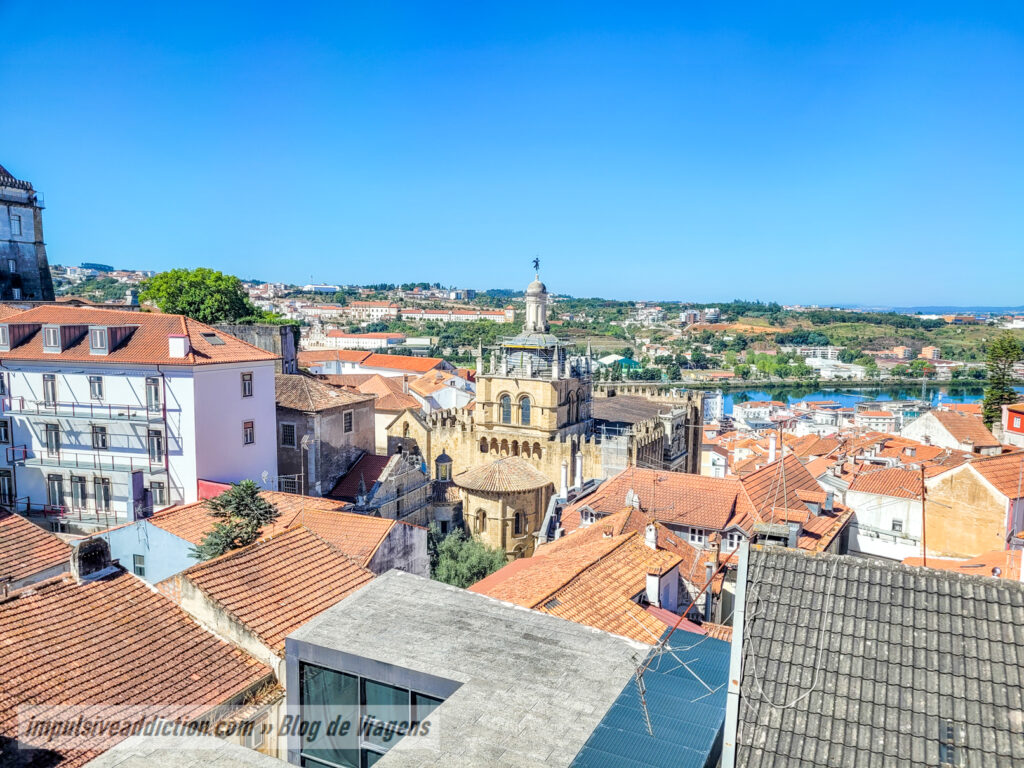
12. New Cathedral of Coimbra
The New Cathedral of Coimbra is located immediately next to the National Museum, and is part of the huge complex of Colégio de Jesus, established in the 16th century by the Society of Jesus, having been the first college of that order in Portugal and the largest in the city. In the 18th century, this religious order was extinguished in the country and only then was this church elevated to the rank of Cathedral of Coimbra. The interior is rich in gilded carving, as you will discover, and has a free entrance. Also noteworthy are the images of the Jesuit saints and the Manueline baptismal font that was previously located in the Old Cathedral.
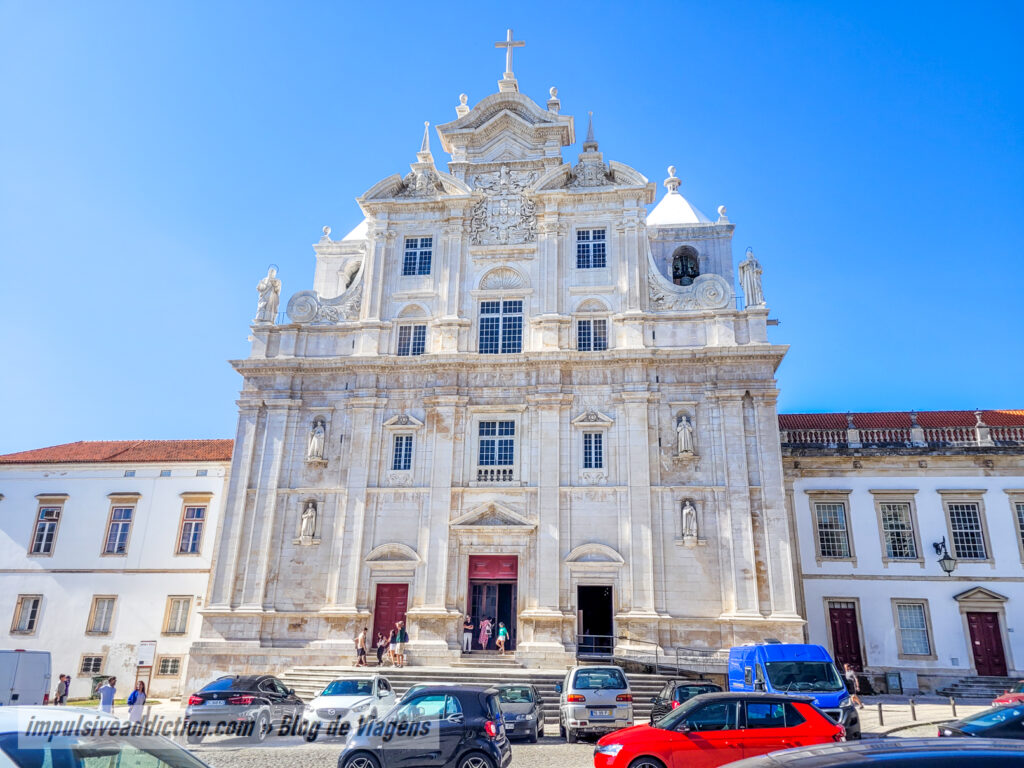
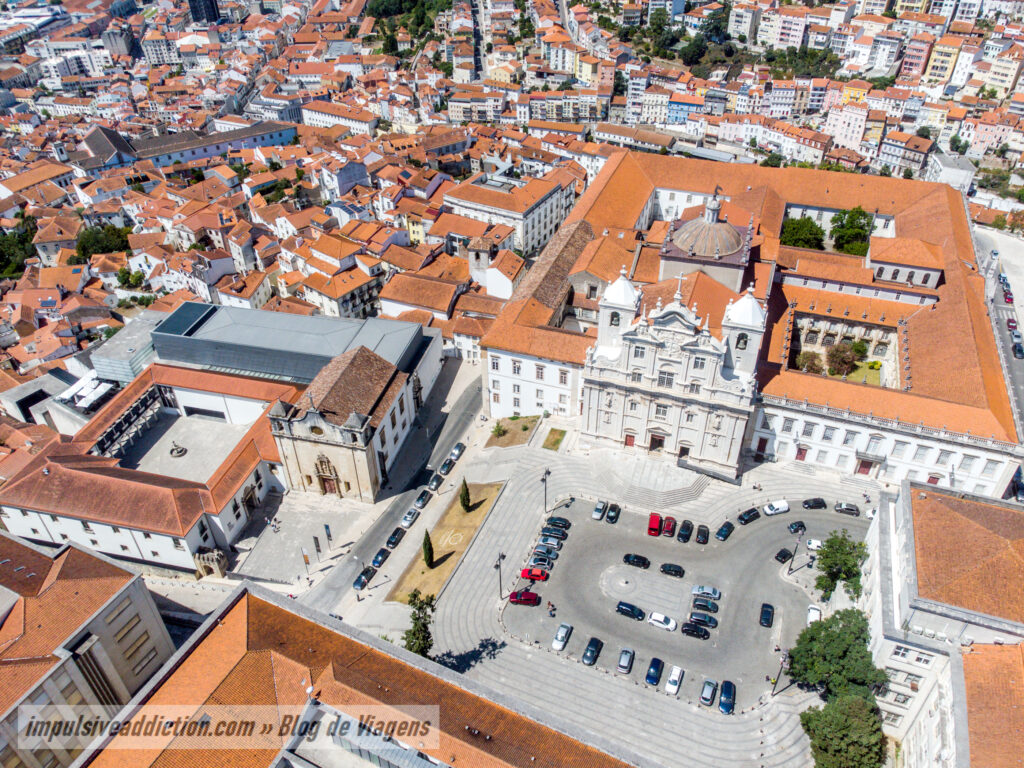
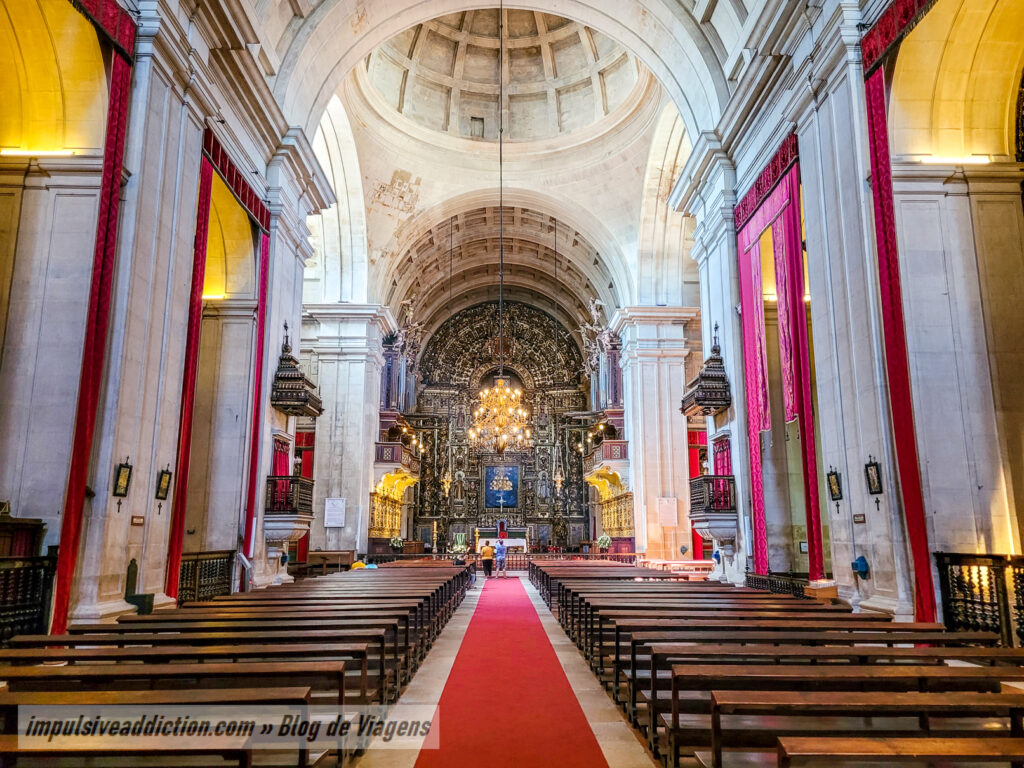
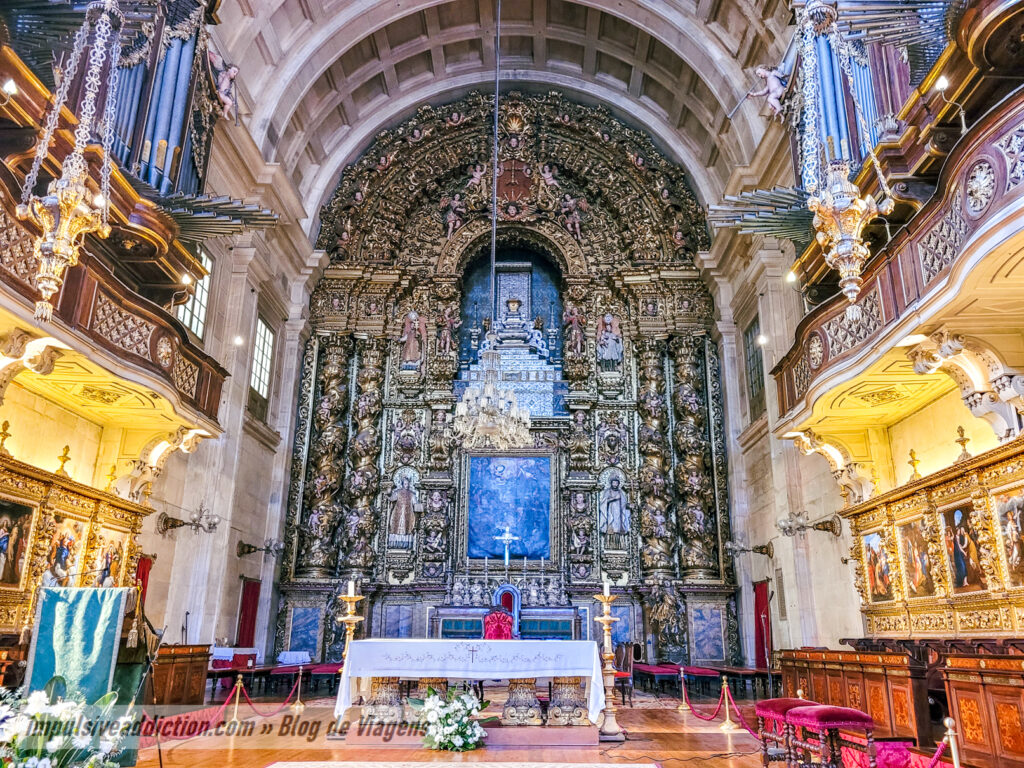
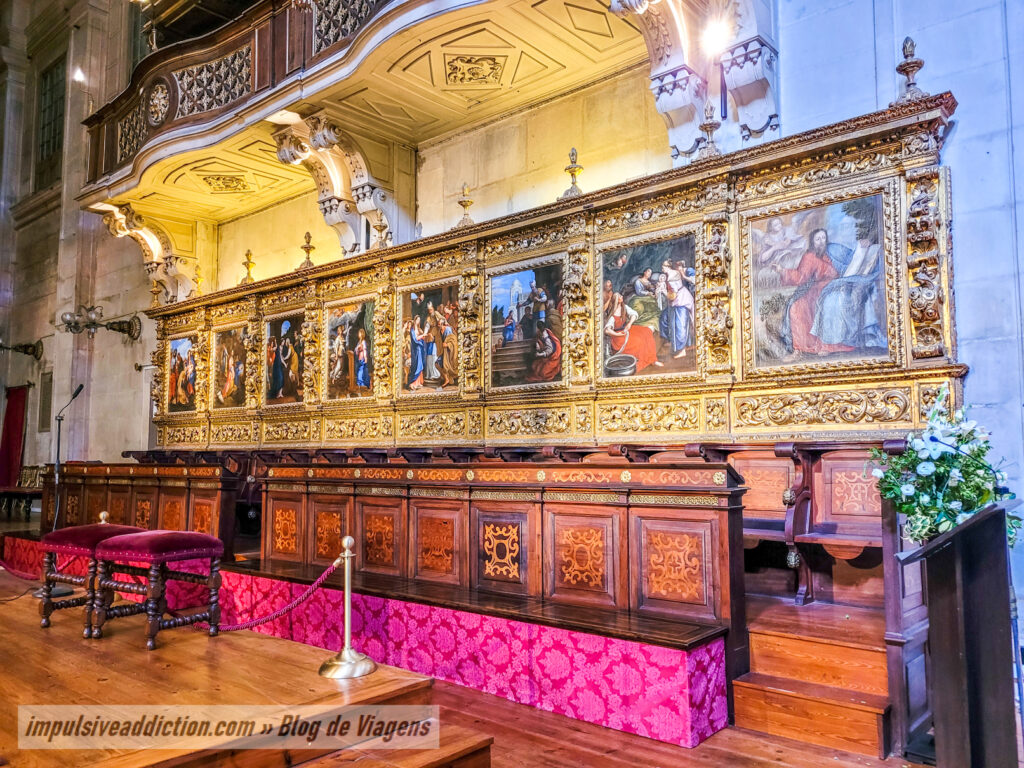
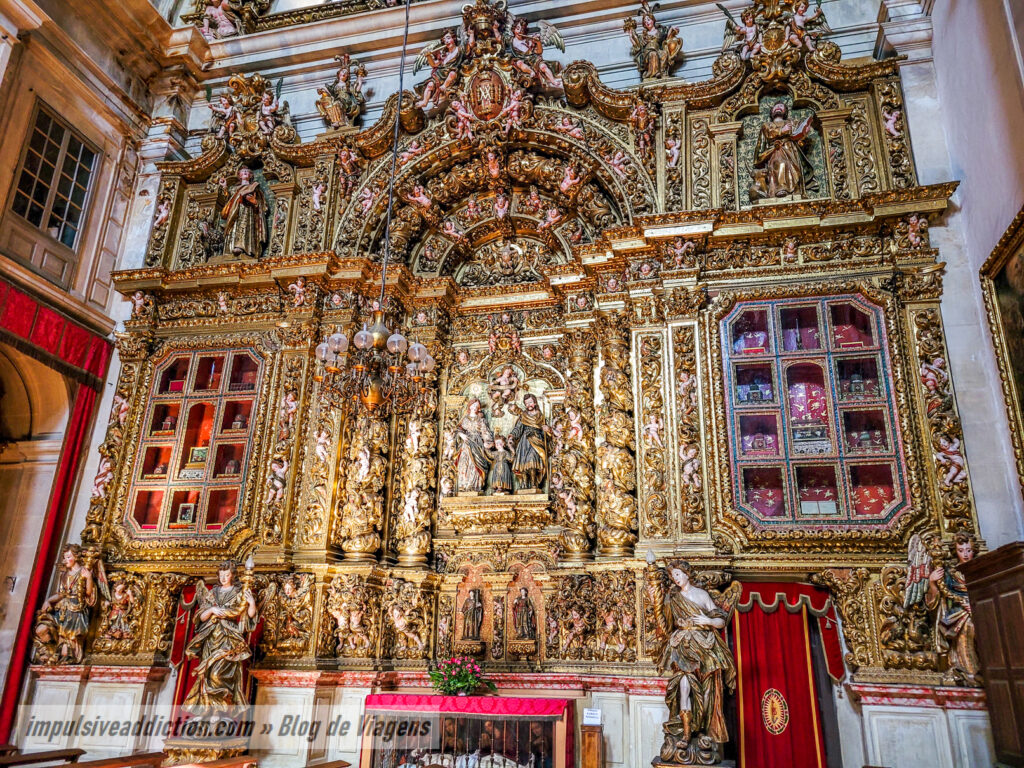
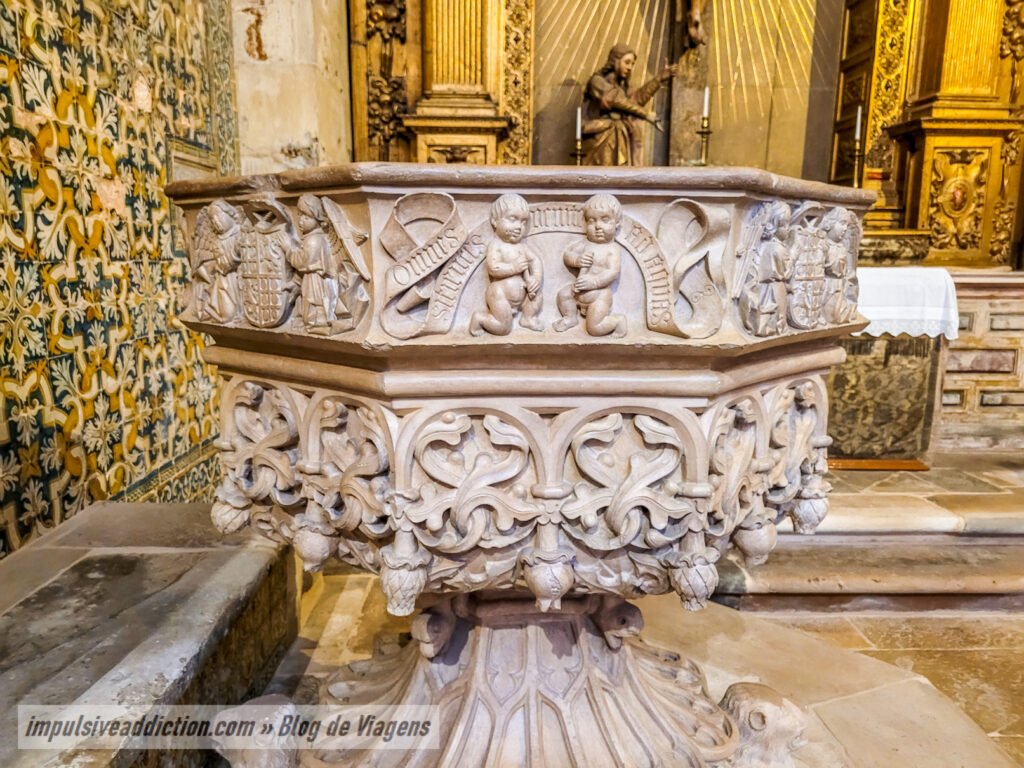
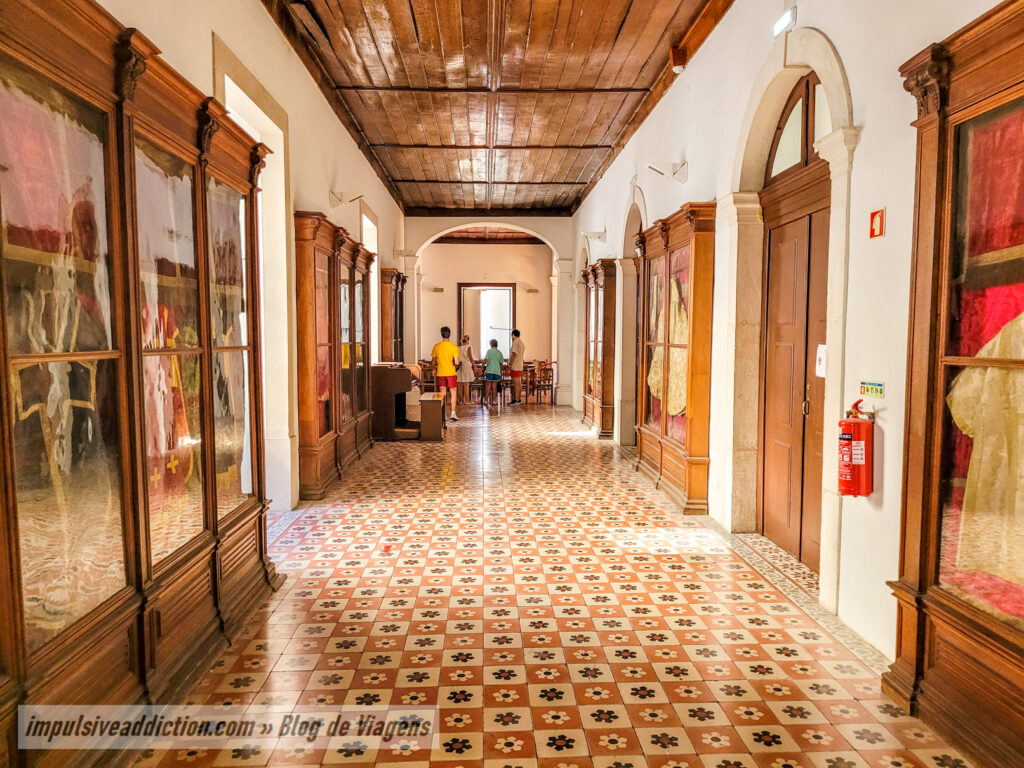
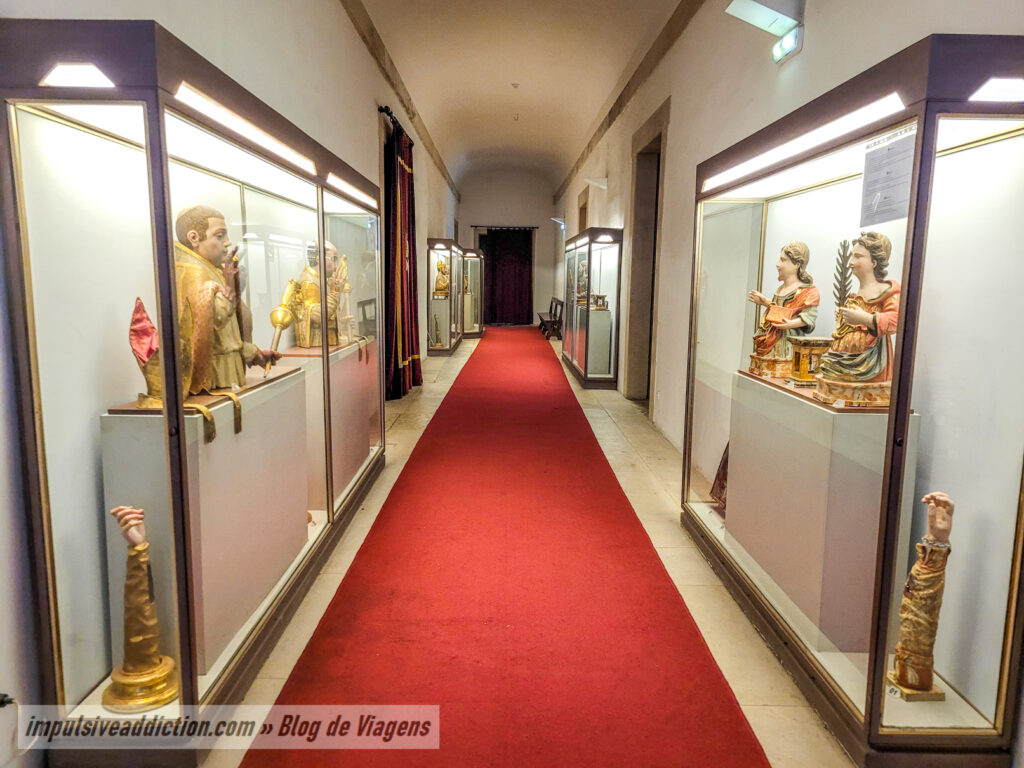
13. Cabinet of Curiosities of the University of Coimbra
On the side of Colégio de Jesus building you will find the entrance to the Cabinet of Curiosities of the University of Coimbra, another of the museum spaces included in the aforementioned general ticket. If the Joanina Library is the most impressive space that can be visited on the university, the Cabinet of Curiosities is the most surreal, mainly due to the atmosphere and decoration of the room that constitutes it.
This is a very recent museum, bringing together about four thousand specimens and artefacts belonging to the Science Museum of the University of Coimbra. Prepare to be amazed by the most bizarre collection on display. 😉 I LOVED this place and I consider it a must.
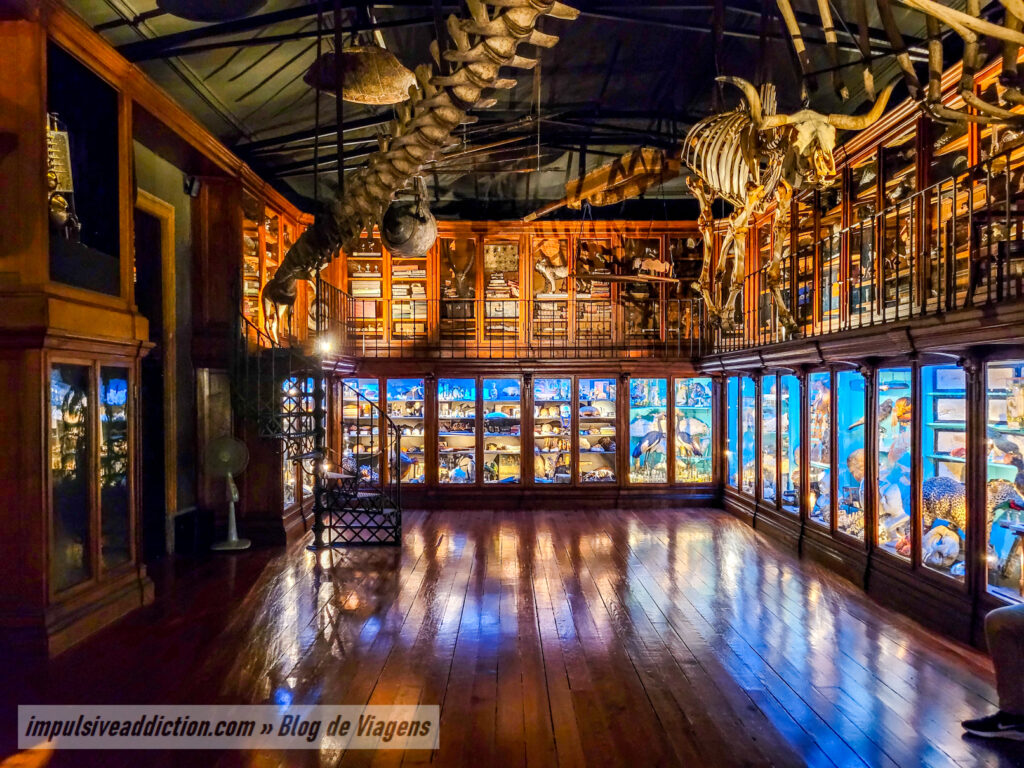
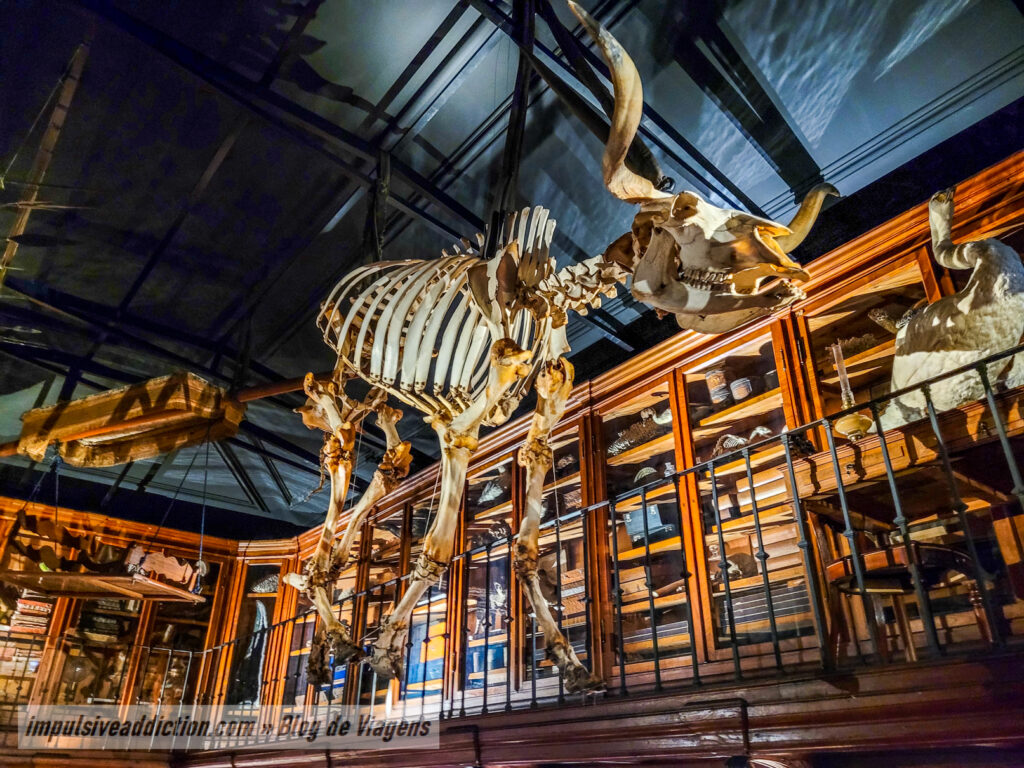
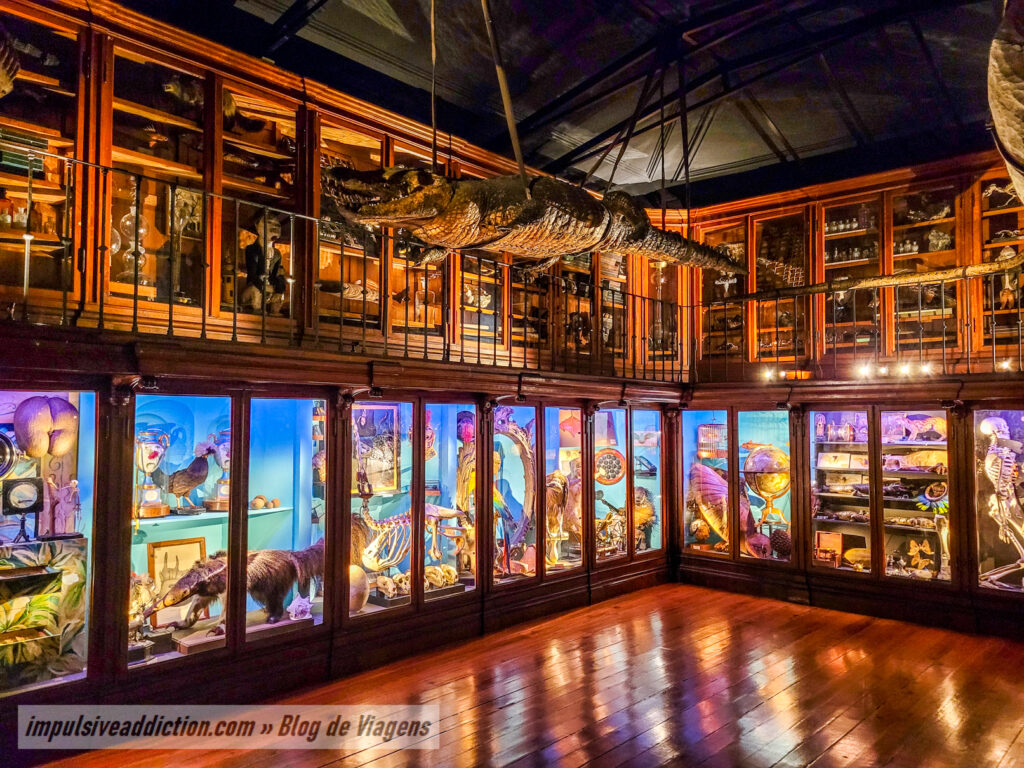
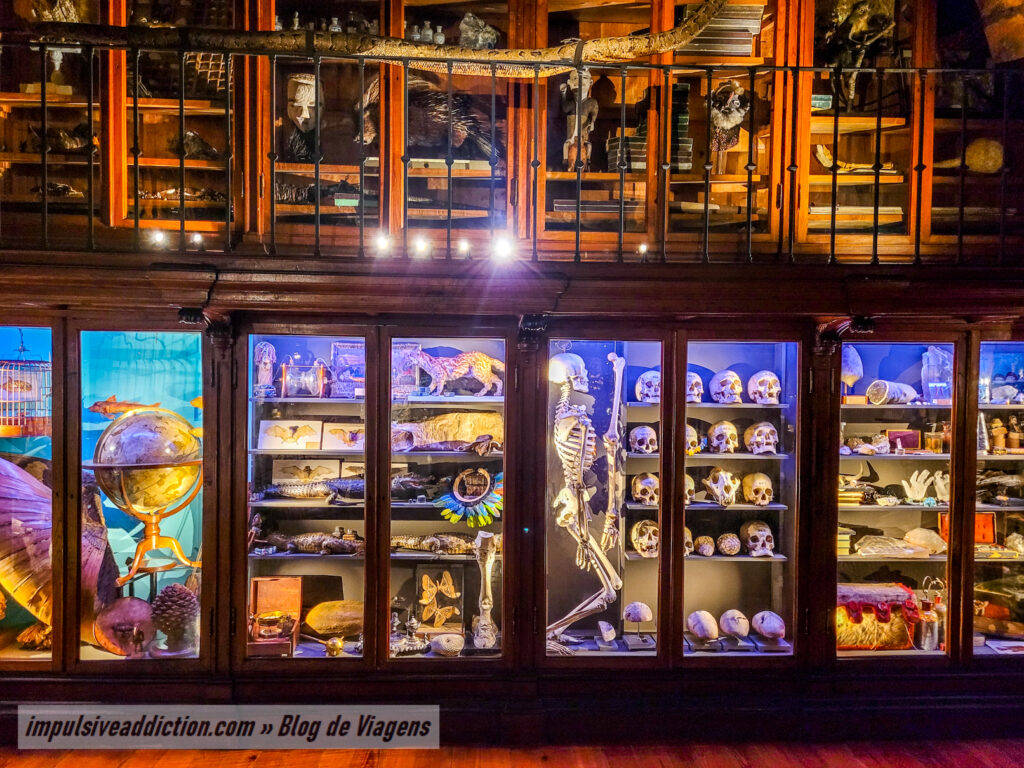
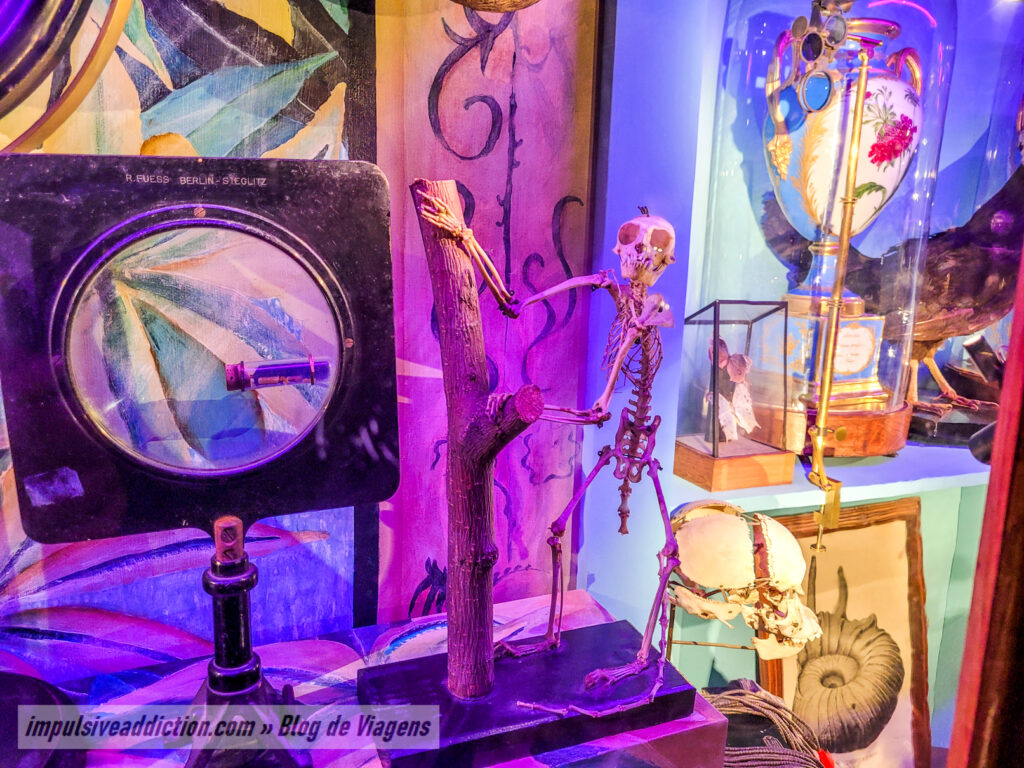
14. Chemistry Laboratory and Science Museum of the University of Coimbra
Less obligatory is the Chemistry Laboratory and the rest of the science museum located across the square. The exhibitions it contains are very interesting, but require some time to really acquire the knowledge they intend to transmit, related to the history of Science. If you have the time, I’m sure you’ll love trying out the interactive equipment available.
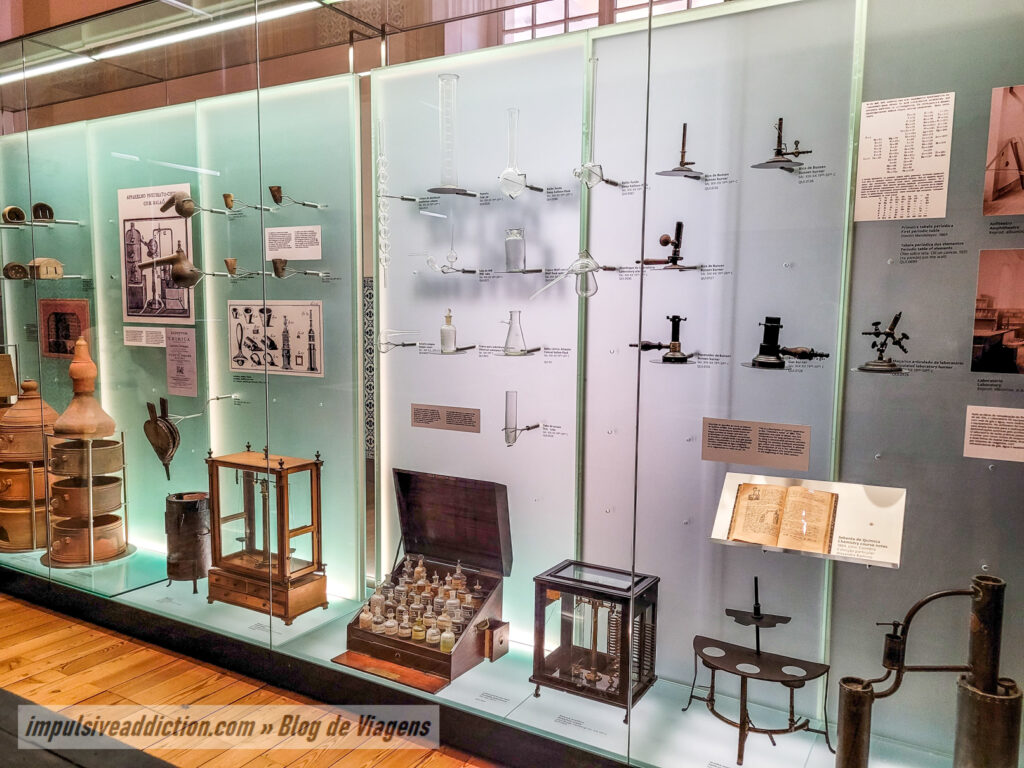
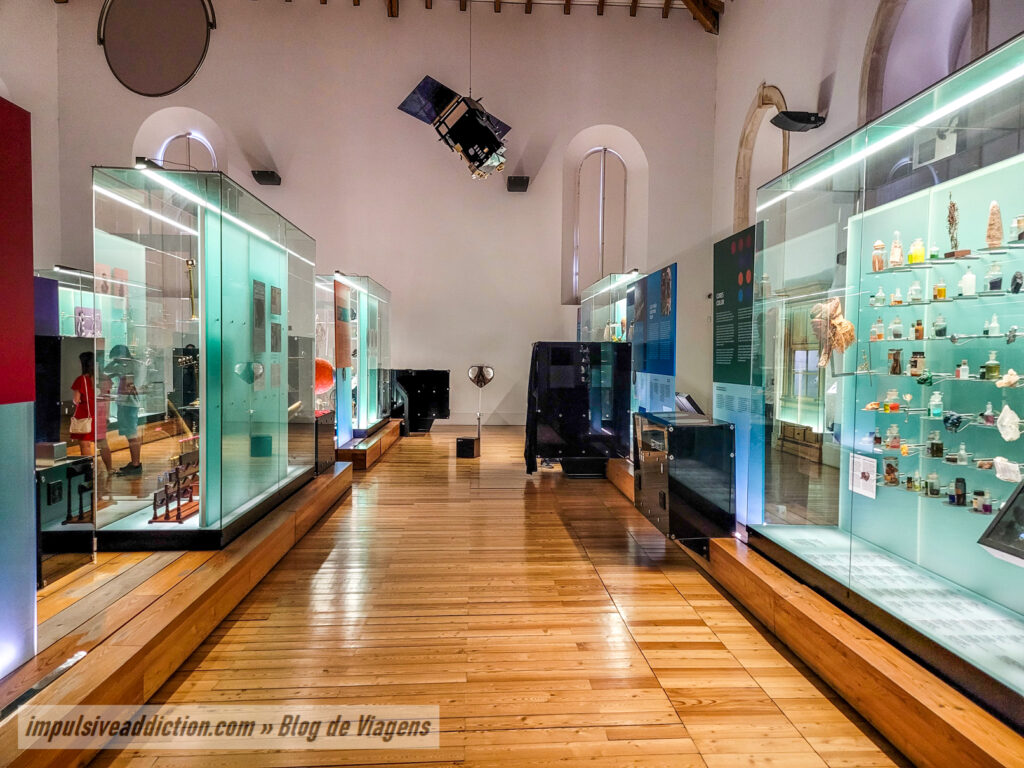
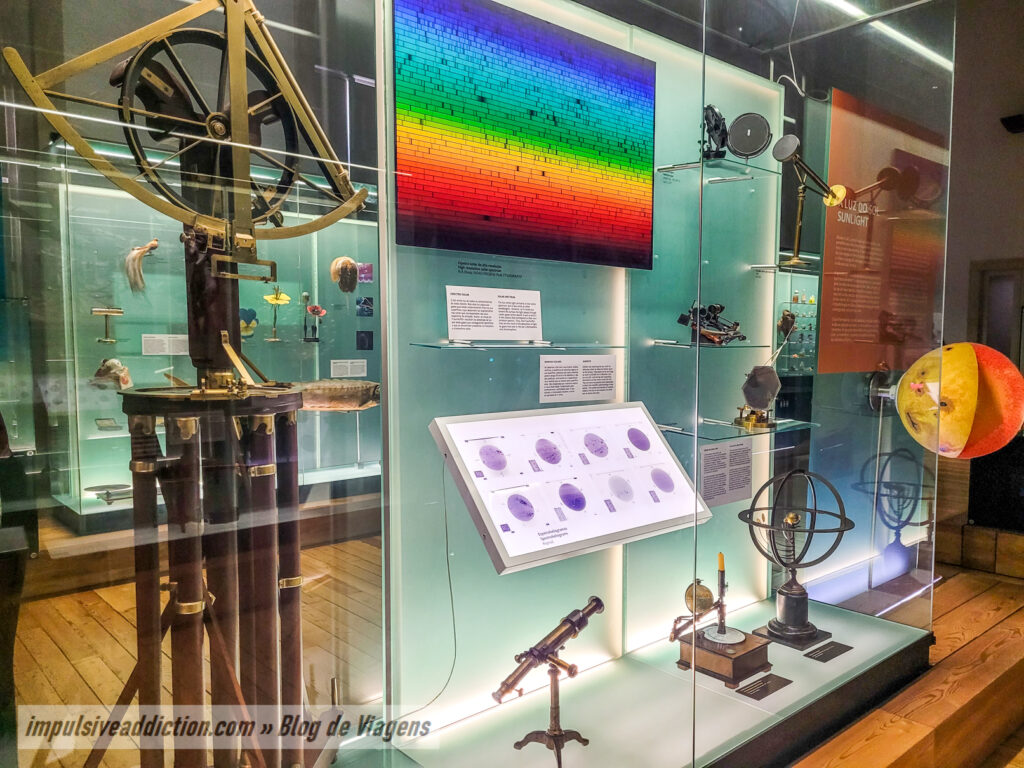
15. Owl with Tall Legs by Bordallo II (urban art)
Inevitably, your attention will be drawn to the fantastic work by Bordallo II on the north façade of the College of Arts of the University of Coimbra, close to the two previous points. It’s an Owl with Tall Legs, and it’s very well done, like all the artist’s other works.
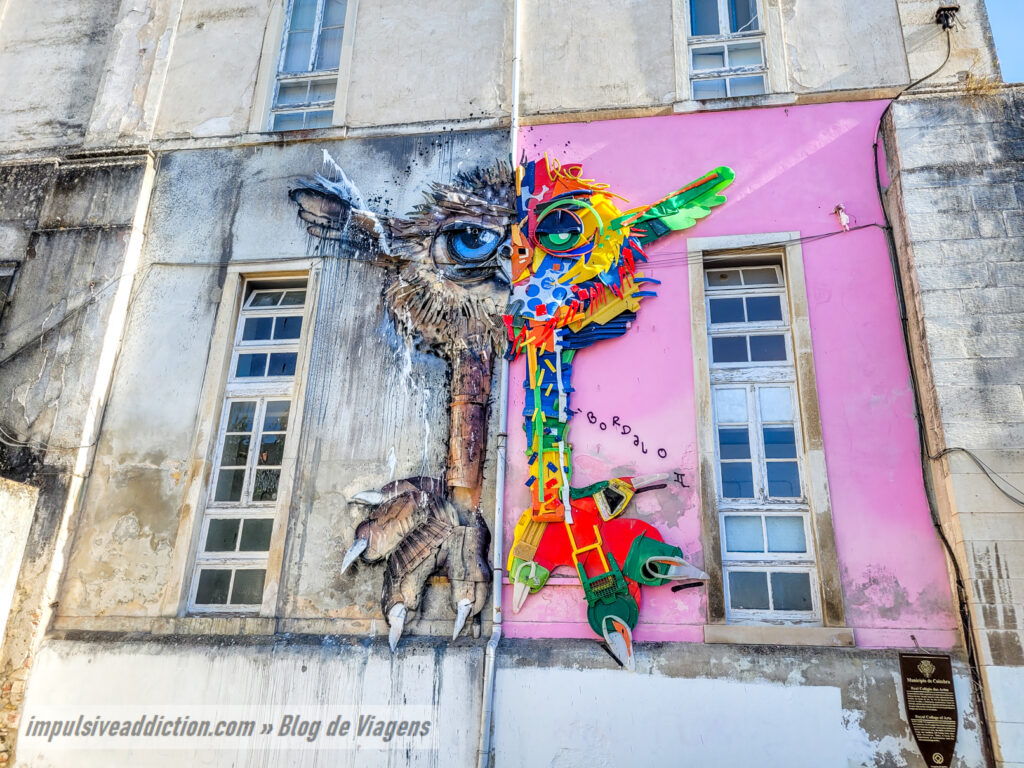
16. Other important buildings of the University of Coimbra
Before heading towards downtown, be sure to visit other buildings of the University of Coimbra that are a UNESCO World Heritage Site. You’ve already gone through them if you’ve followed my itinerary, but I’ll indicate the main ones below anyway:
- Casa dos Melo, current Faculty of Law.
- College of Letters
- General Library
- Coimbra University Archive
- Faculty of Medicine
- Department of Physics and Chemistry of the Faculty of Science and Technology (FCT)
- Department of Mathematics at FCT
- College of San Jeronimo. In this case, I highlight the possibility of visiting the Academic Museum of Coimbra, with collections dedicated to academic life: costumes, trophies, photographs, sculptures, paintings, etc.
- And the Royal College of Arts and Humanities.
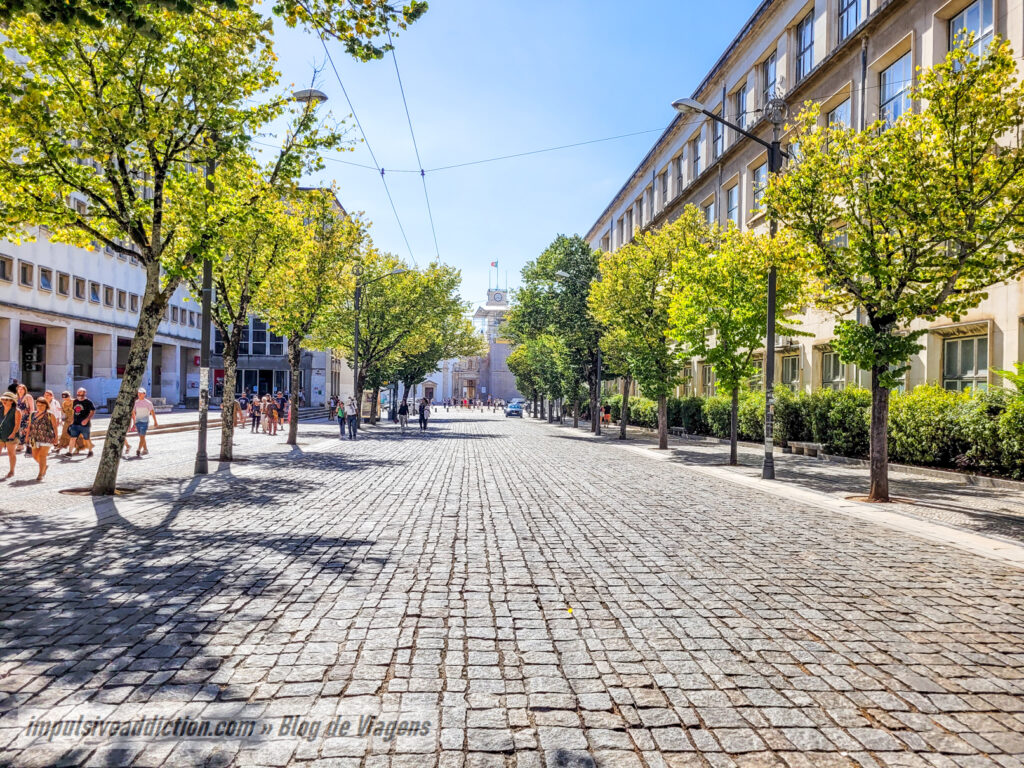
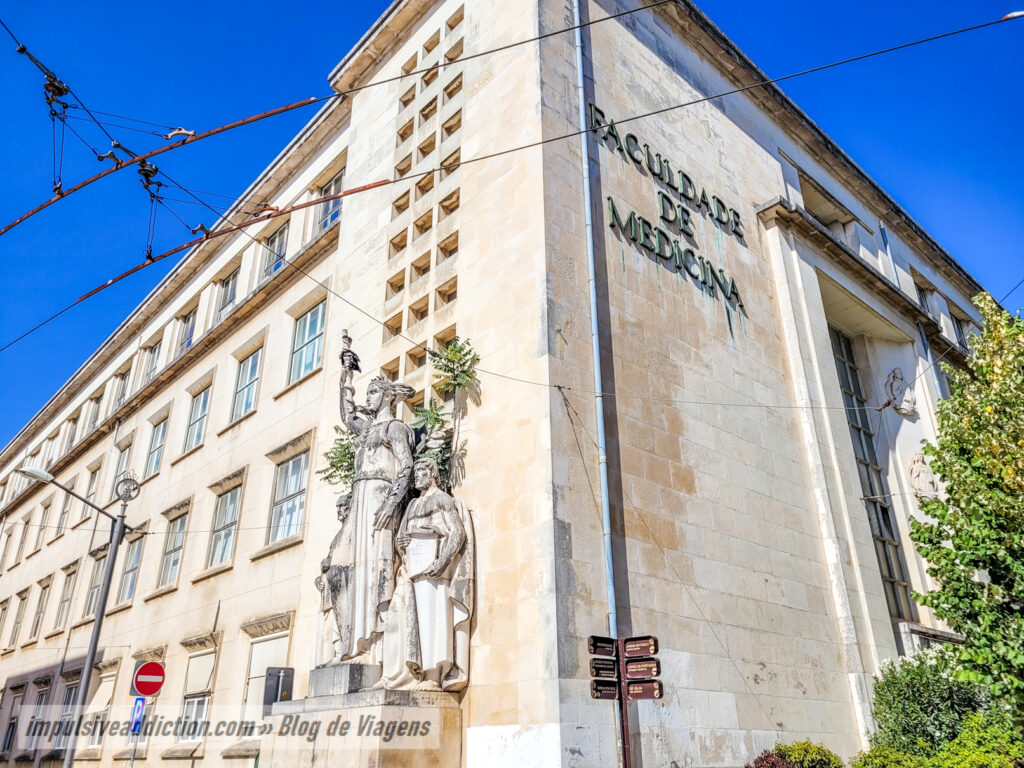
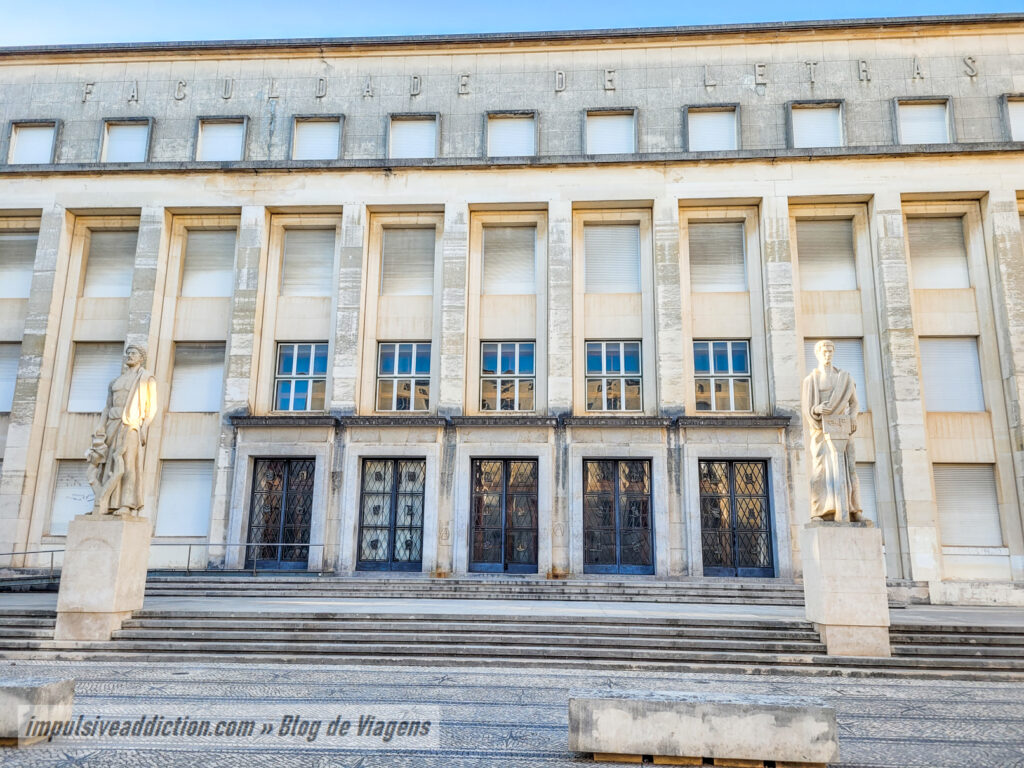
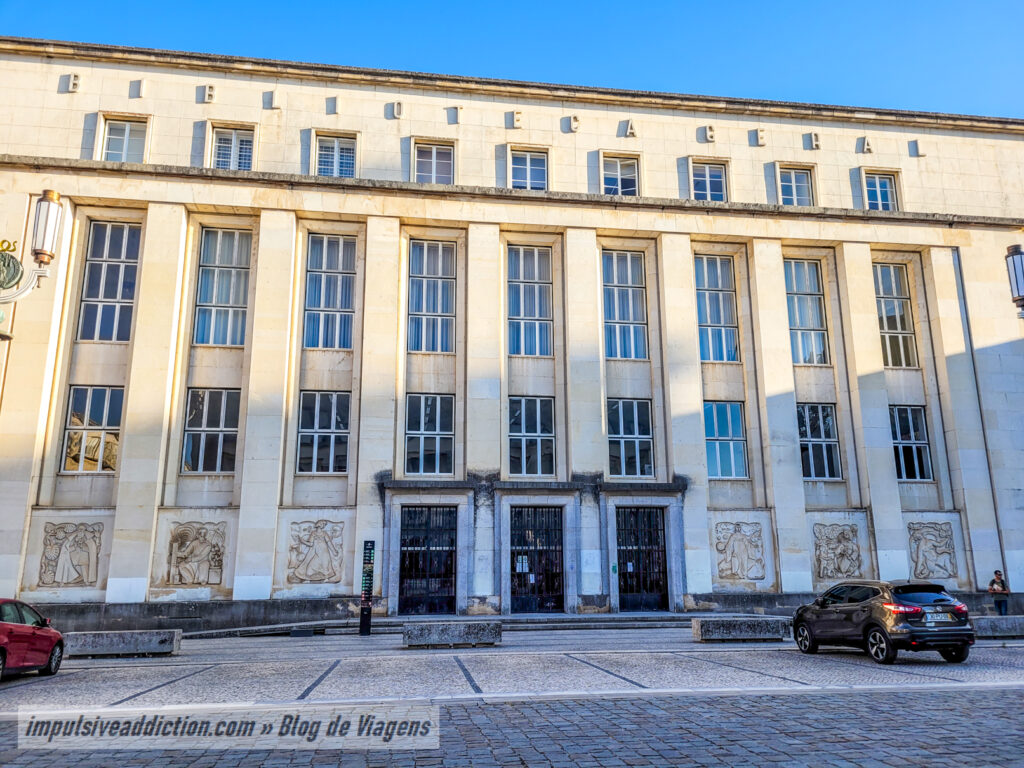
17. The Students’ Republics of Coimbra
Likewise, be sure to visit some of Coimbra’s republics, much more traditional than simple student accommodations. There are several scattered from the New Cathedral of Coimbra to Downtown, for example in the roads of São Salvador, Mathematics and Loureiro.
The republics of Coimbra emerged in the 14th century, when King D. Dinis had some houses built in the Almedina area to accommodate university students. These accommodations would be paid for but shared, which minimized the associated financial burden.
The republics evolved over the centuries, but never ceased to exist, preserving even today the ideals of democracy, freedom, equality and community coexistence. As a curiosity, the new residents are called “plebeians” and, when accepted, become “republicans”. Likewise, as republics are considered true “schools of life”, students say that 1 year living in a republic is equivalent to 100 years of life, and therefore they celebrate centenaries instead of years, and millennia instead of decades.
In the University area, check the following republics, for example:
- The Royal Republic Rapo-Táxo
- The Republic of Ghosts
- The Republic Bacchus and Marias do Loureiro
- Republic of Ay-o-Linda
- The Republic of Galliphons
- The Royal Republic of Bota-Abaixo
- The Republic of INKAS
- And the Rás-te-parta Republic
You don’t need to visit them all, but go through at least a few, as I did, because you’ll always find something fascinating and curious on the facade of the buildings, whether they are simple artistic paintings or political opinions or even satires of society.
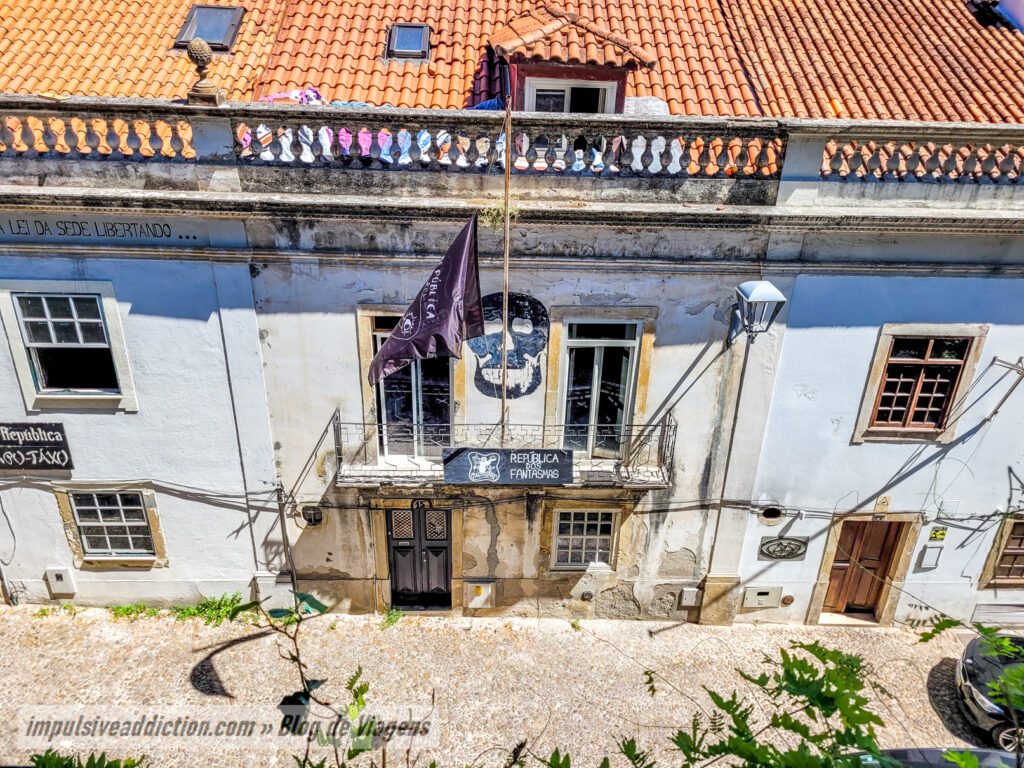
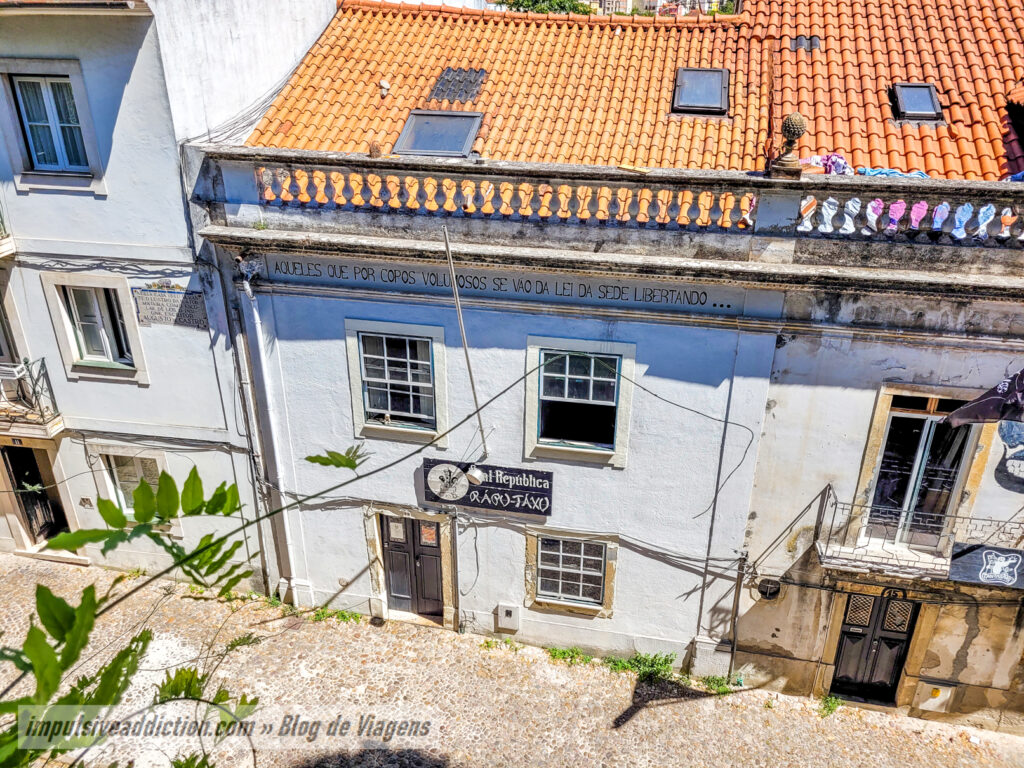
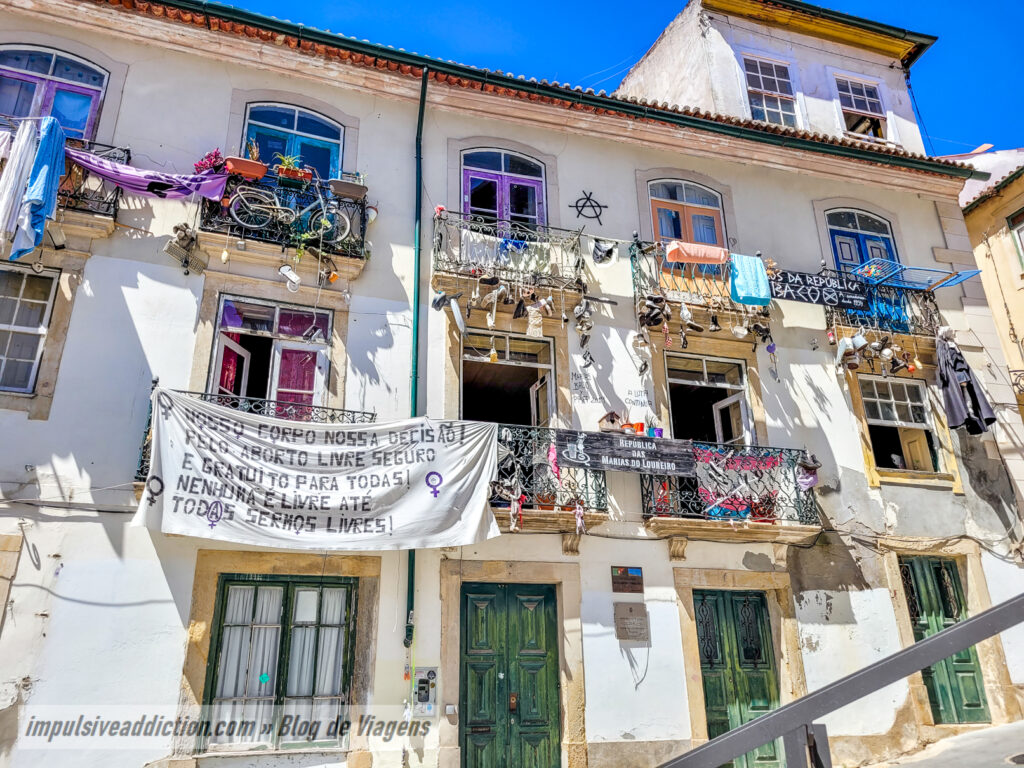
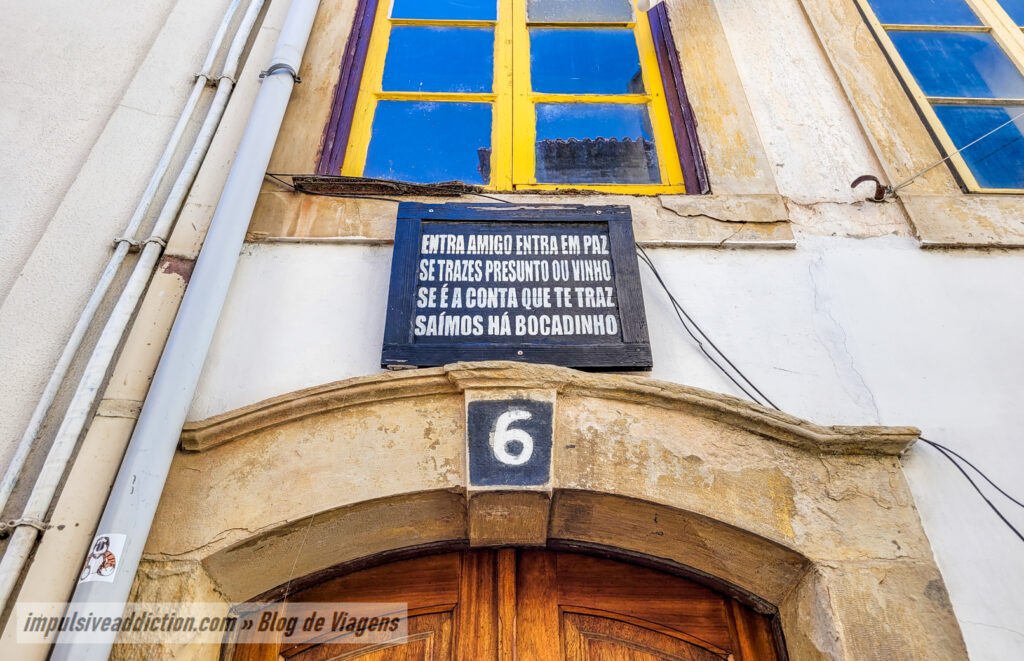
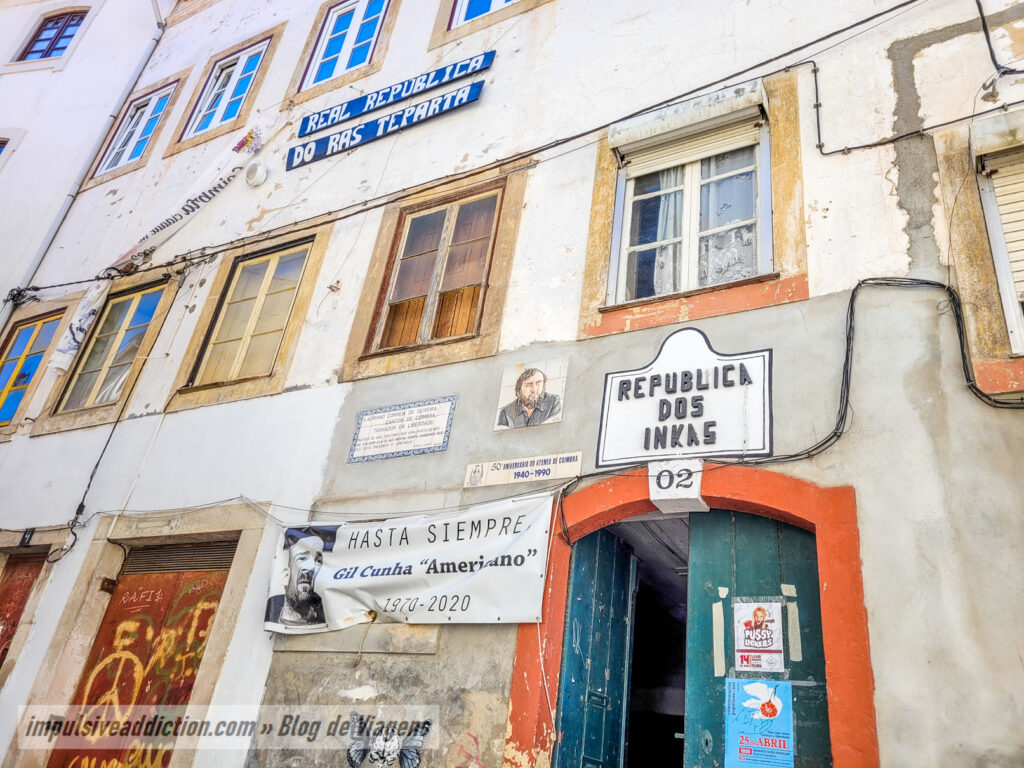
18. House of Writing
At the end of Loureiro road is the House of Writing (Casa da Escrita), which in the 20th century was used for gatherings and meetings of the intellectuals of the time, thinkers and artists. The visit is free and the building serves as a reading or writing space, promoting some temporary exhibitions. You will have access to the small interior garden also.
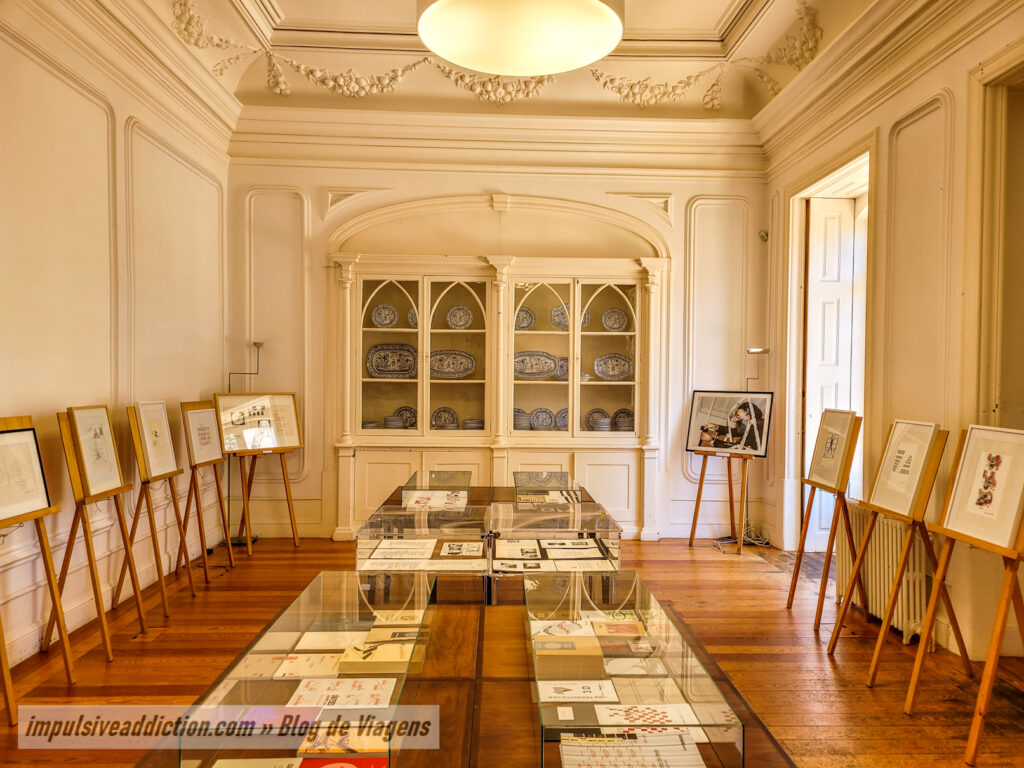
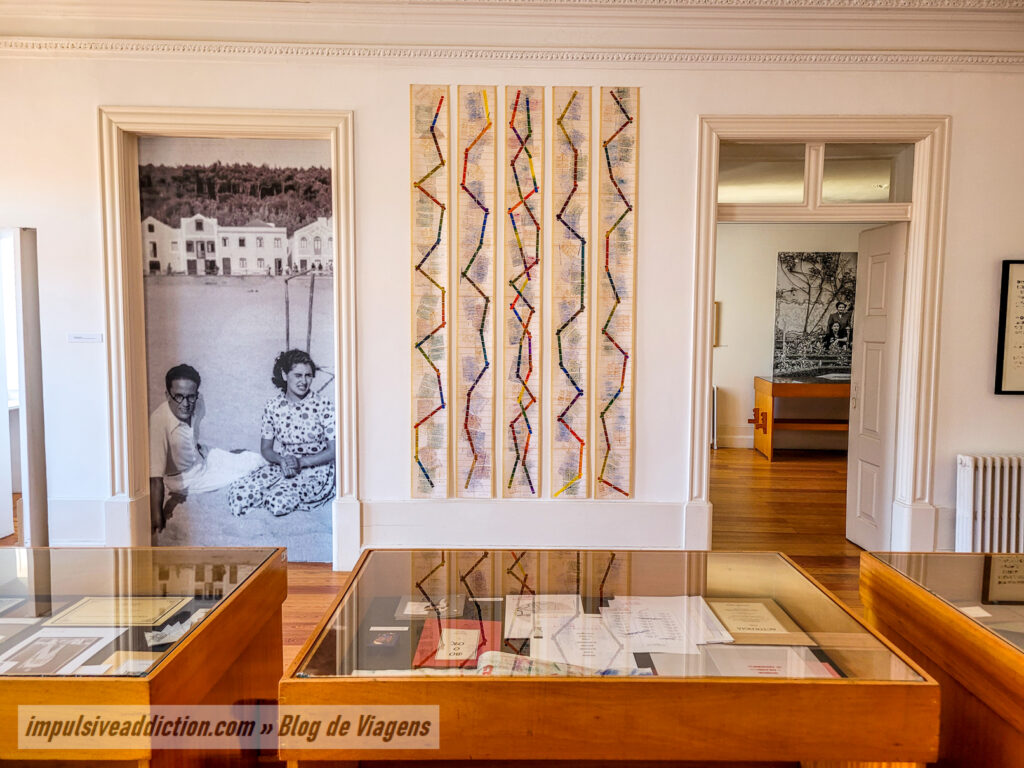
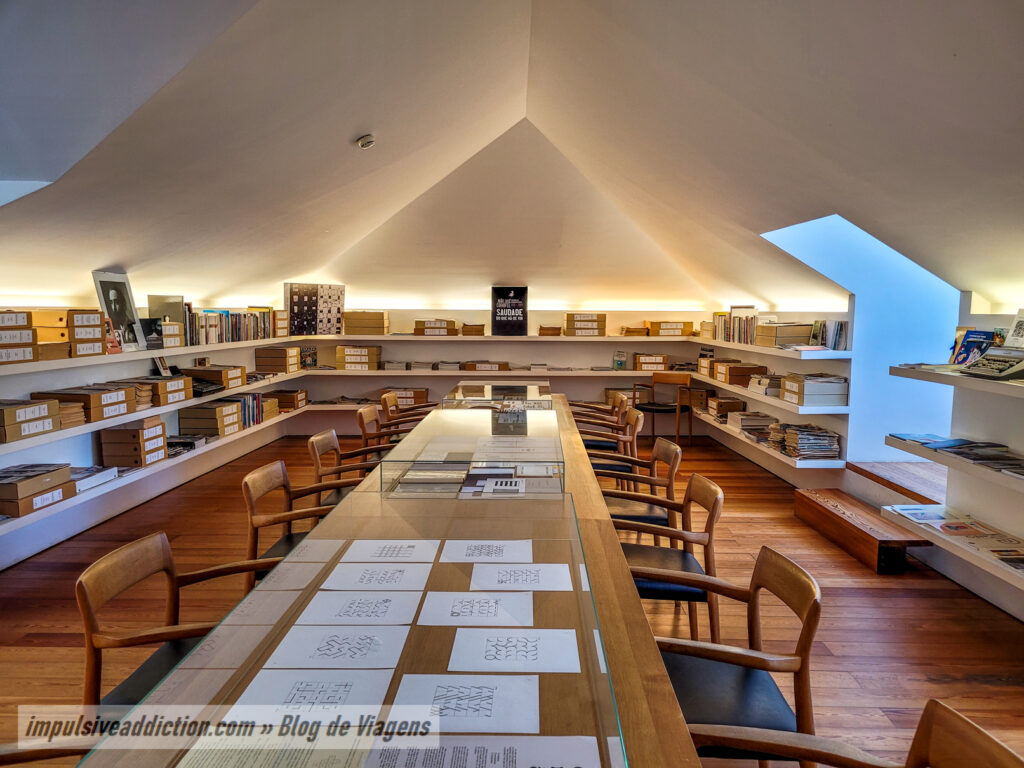
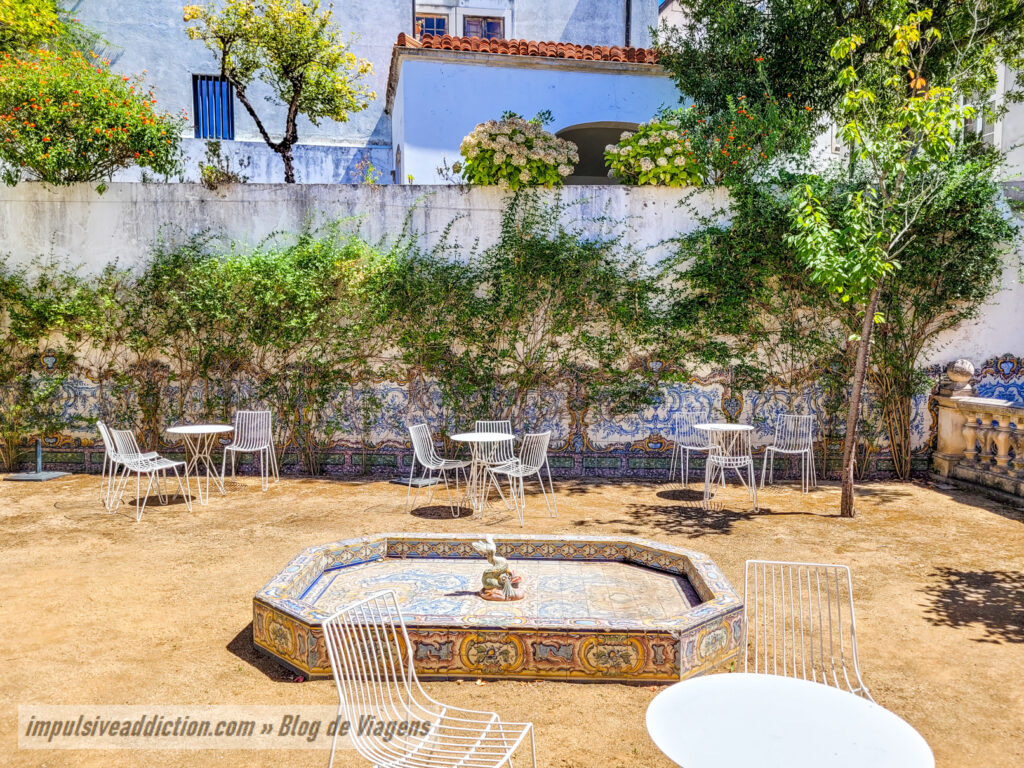
19. Misericórdia Church and Museum
More important than the House of Writing is the Church of Misericórdia and its museum of sacred art, housed in the former College of Santo Agostinho from the late 16th century, where today the Faculty of Psychology and Educational Sciences is located. There is a fee to enter, but it is worth it to pay, as it allows you to climb up to the top of the clock tower, which has one of the best views of the city.
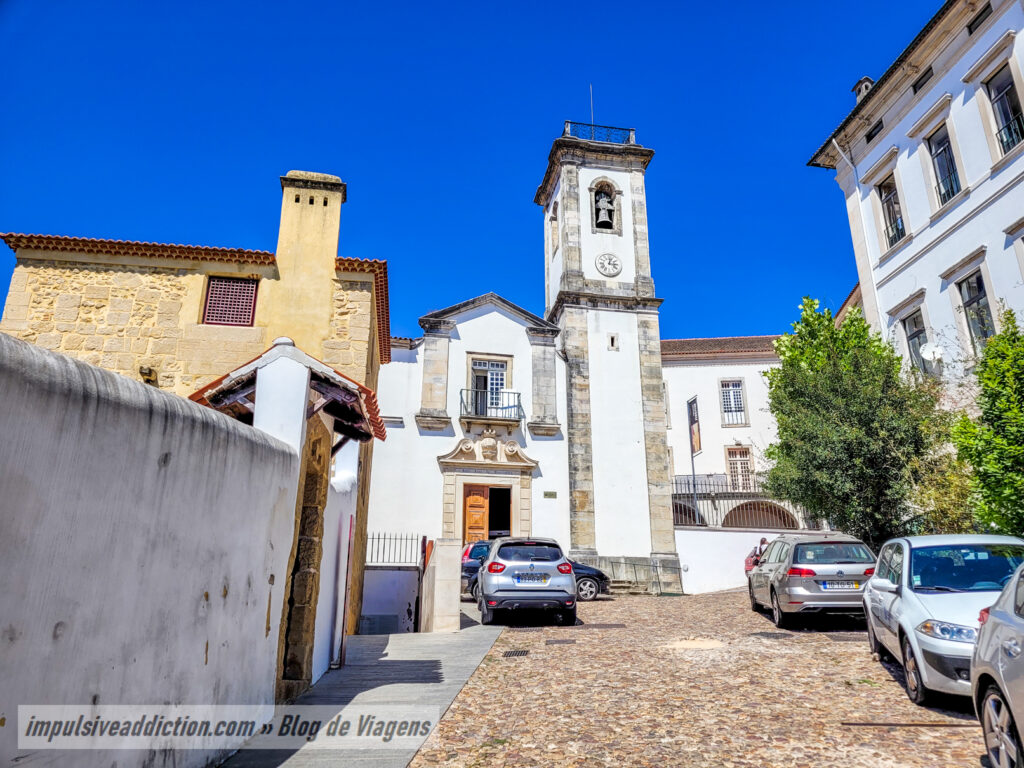
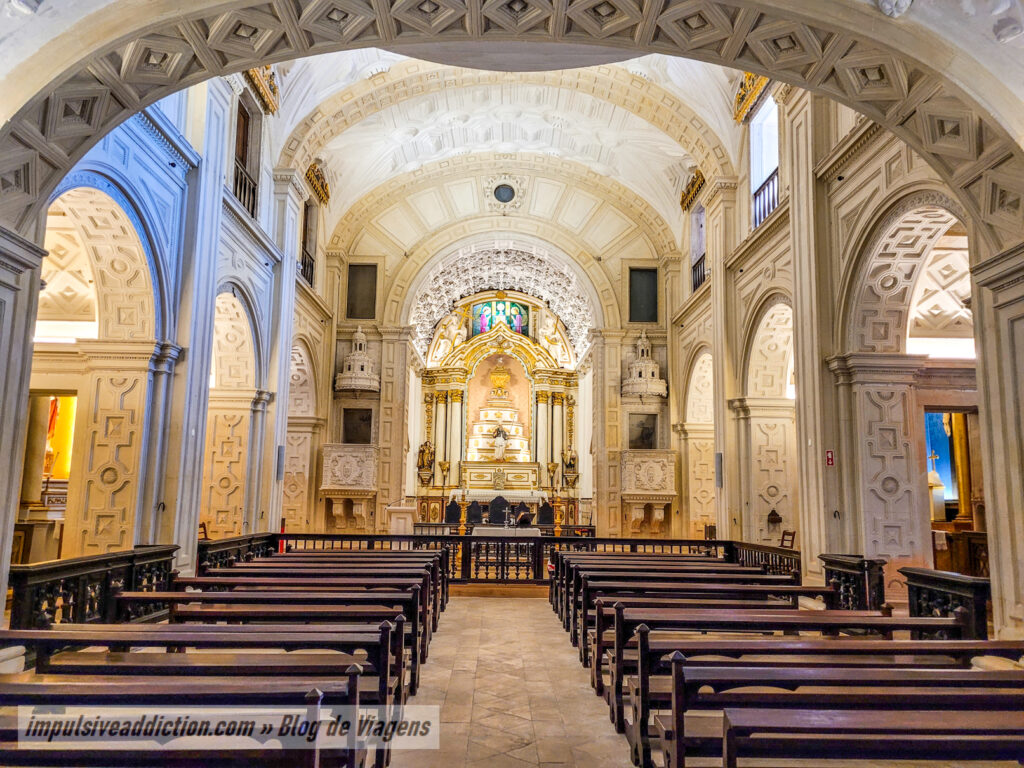
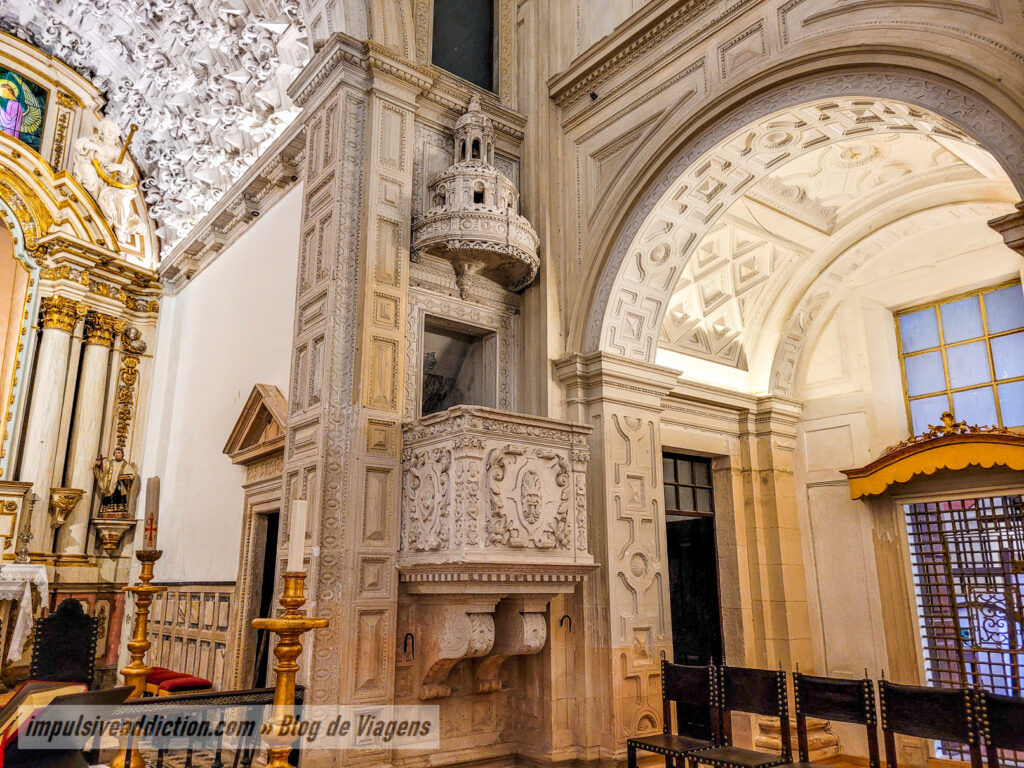
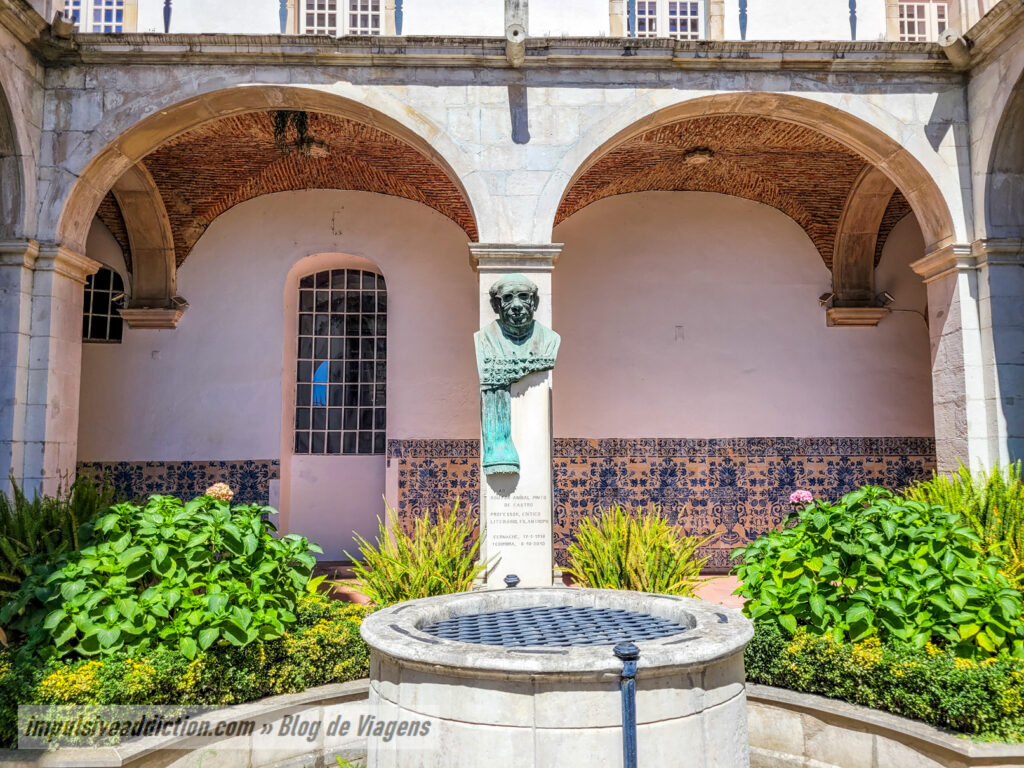
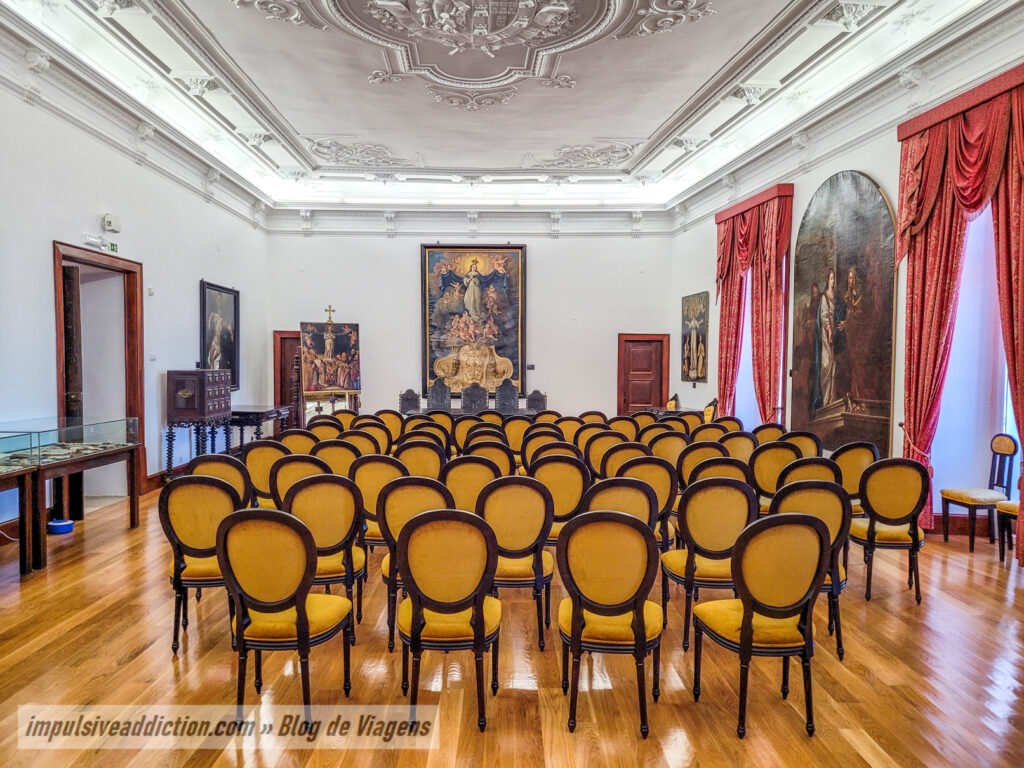
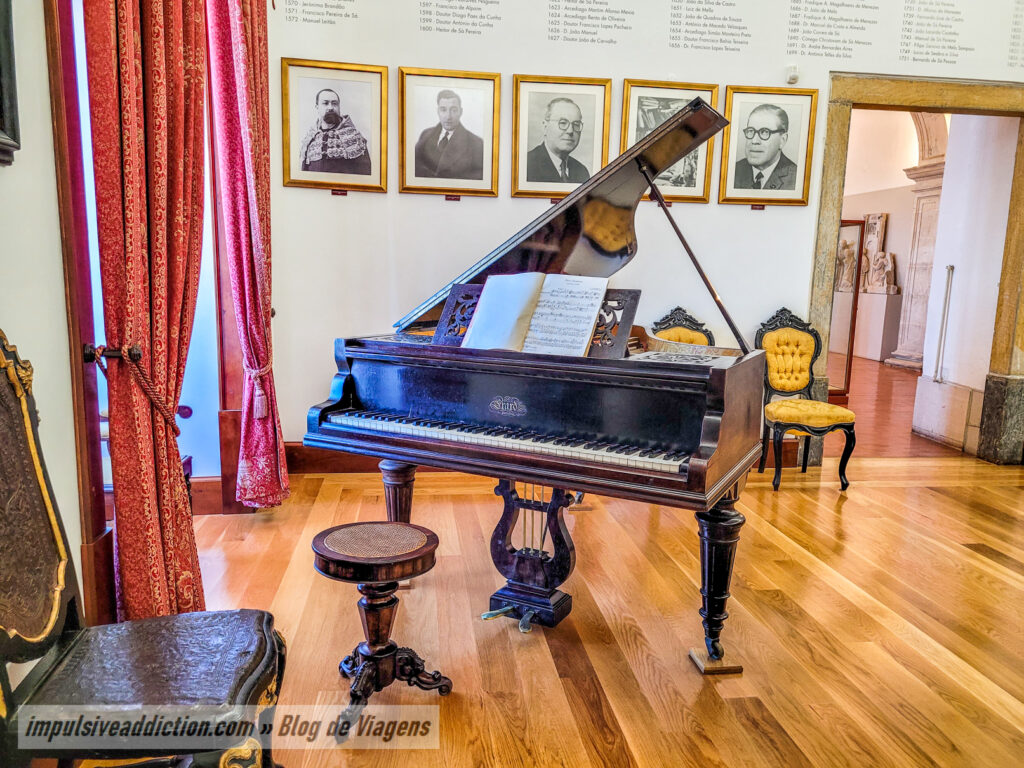
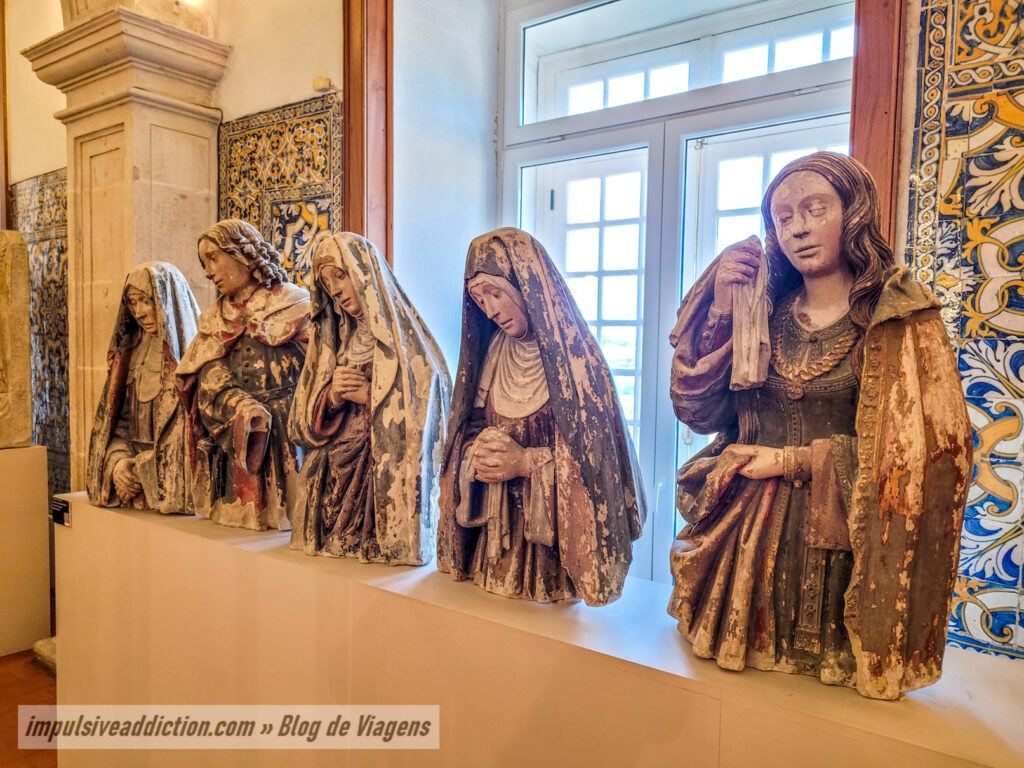
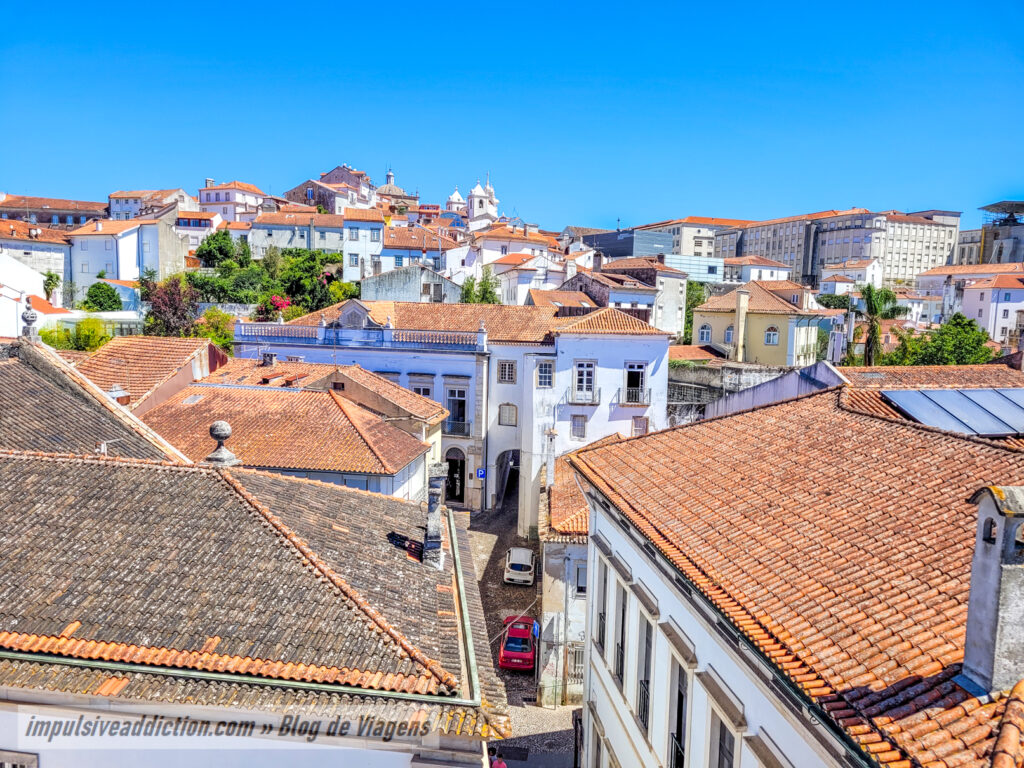
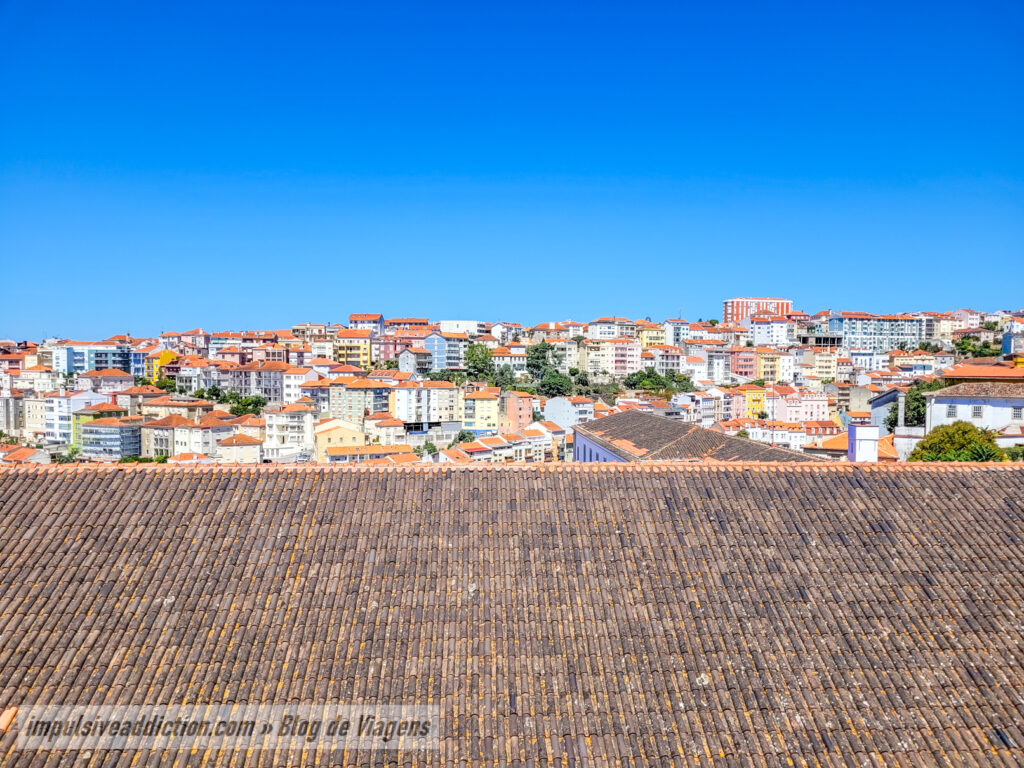
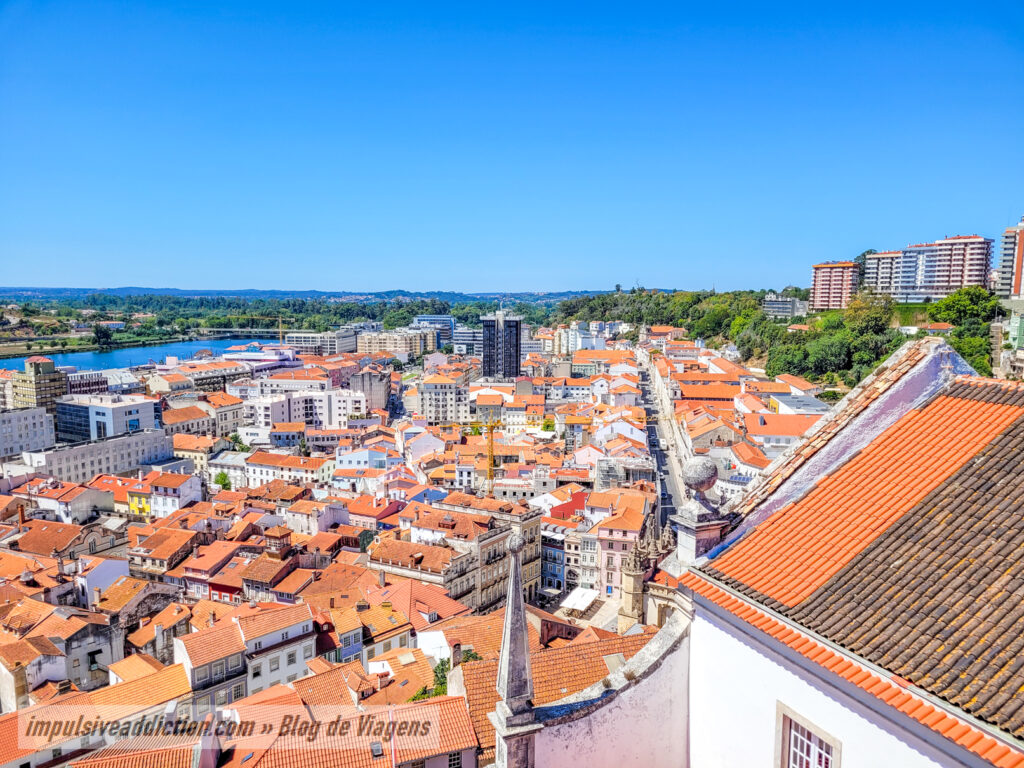
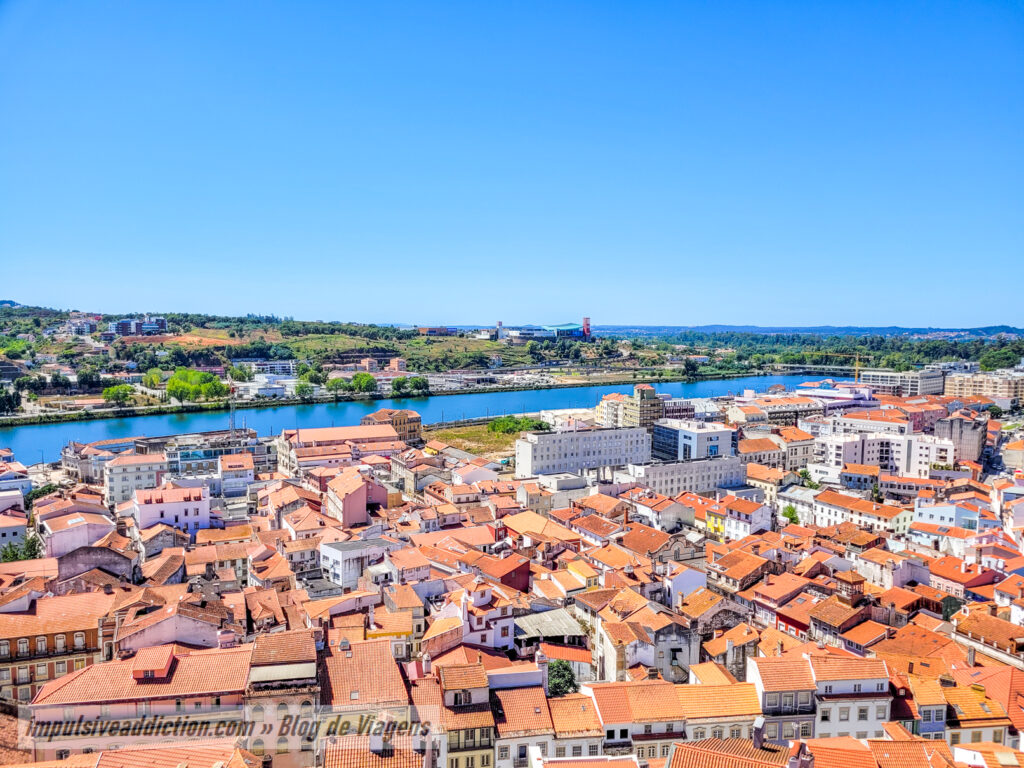
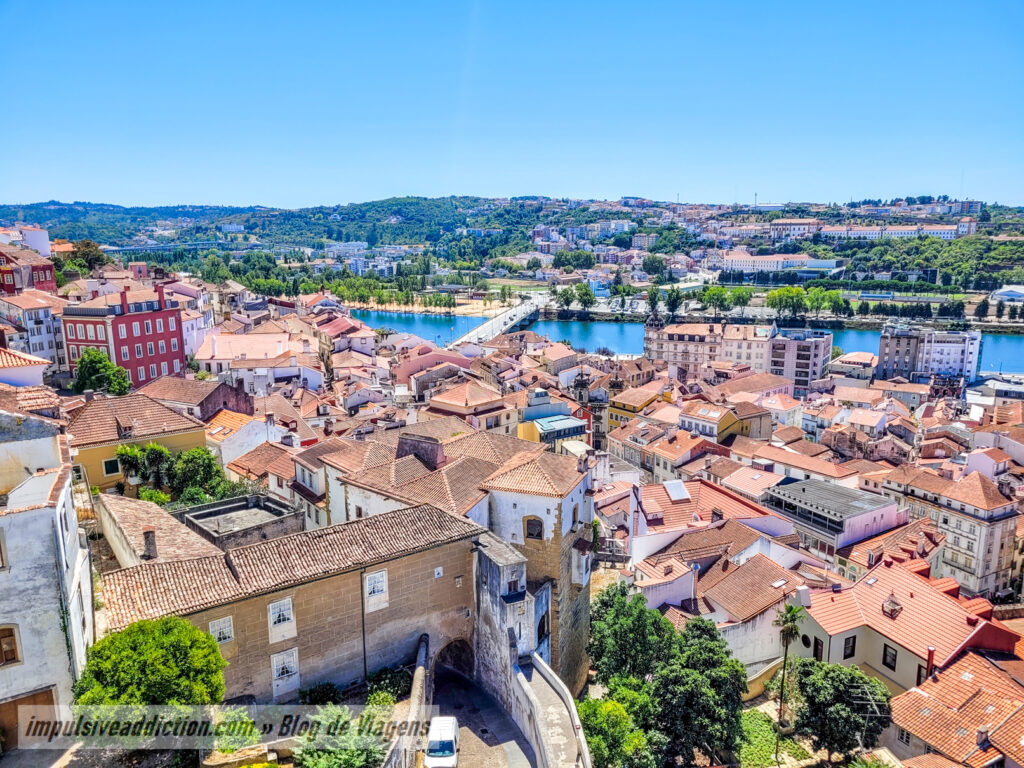
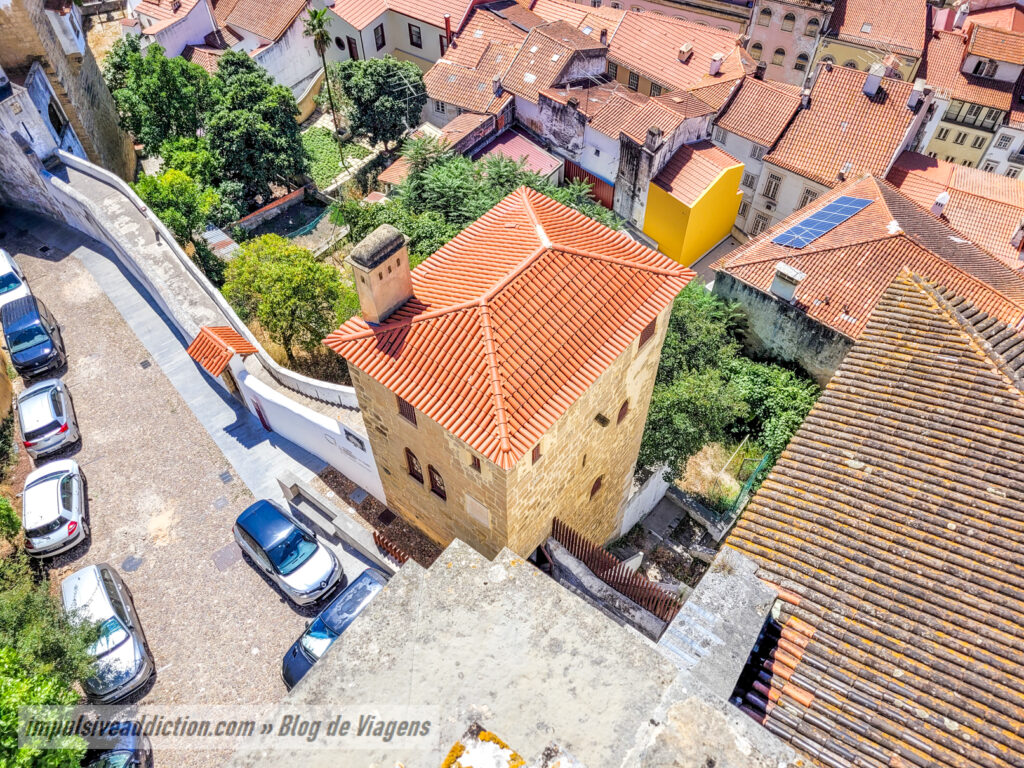
20. Anto Tower in Coimbra
Anto Tower, which is right next to the Church of Misericórdia, has a small museum inside to be visited, but keep in mind that you should buy the combined ticket to visit the other two spaces of the Municipal Museum of Coimbra, which are even more interesting than this one.
Anto Tower was part of the old wall of Coimbra, but in the Manueline period it was converted into a simple house to live in. The museum inside is dedicated to Fado and the Portuguese guitar in Coimbra. You will have access to a fado playlist to listen with the help of headphones.
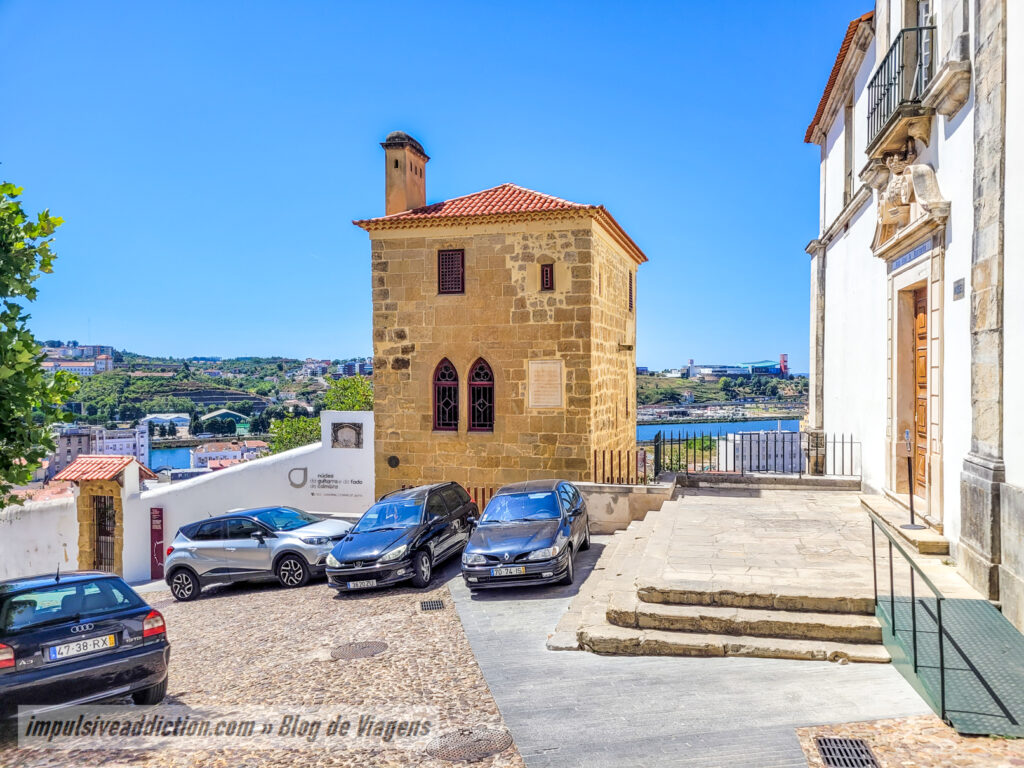
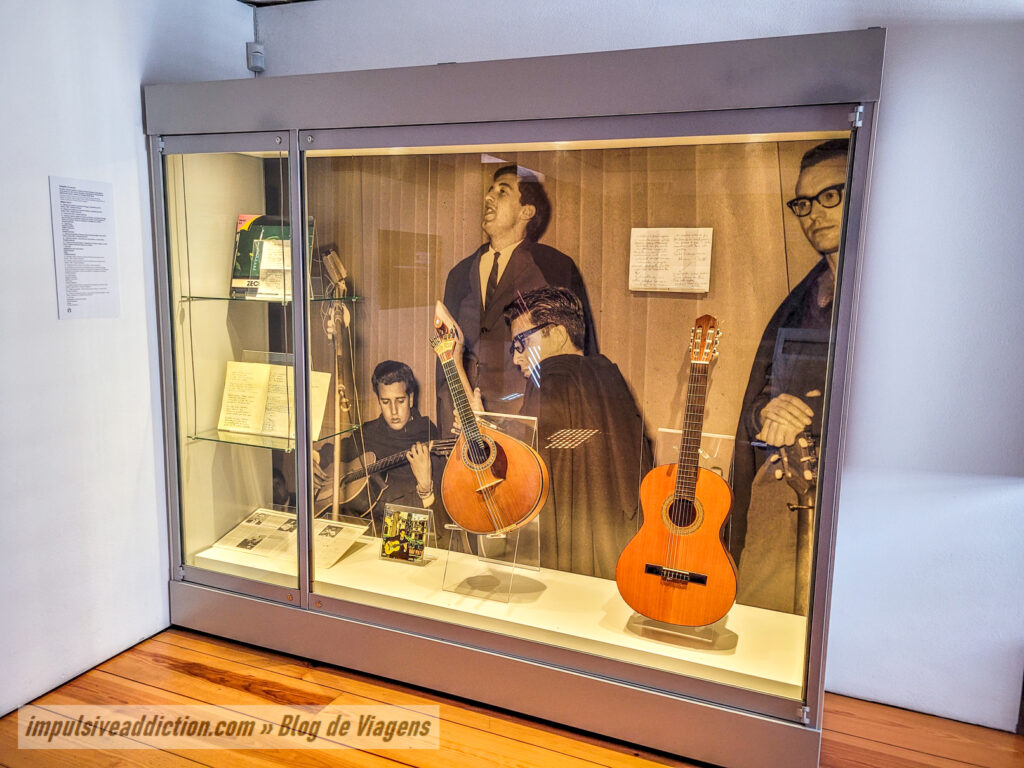
22. Contenda Tower and Sub-Ribas Palace
Contenda Tower had a similar past to the previous one, being integrated into the Sub-Ribas Palace in the 16th century. The fabulous Manueline portal stands out from this period.
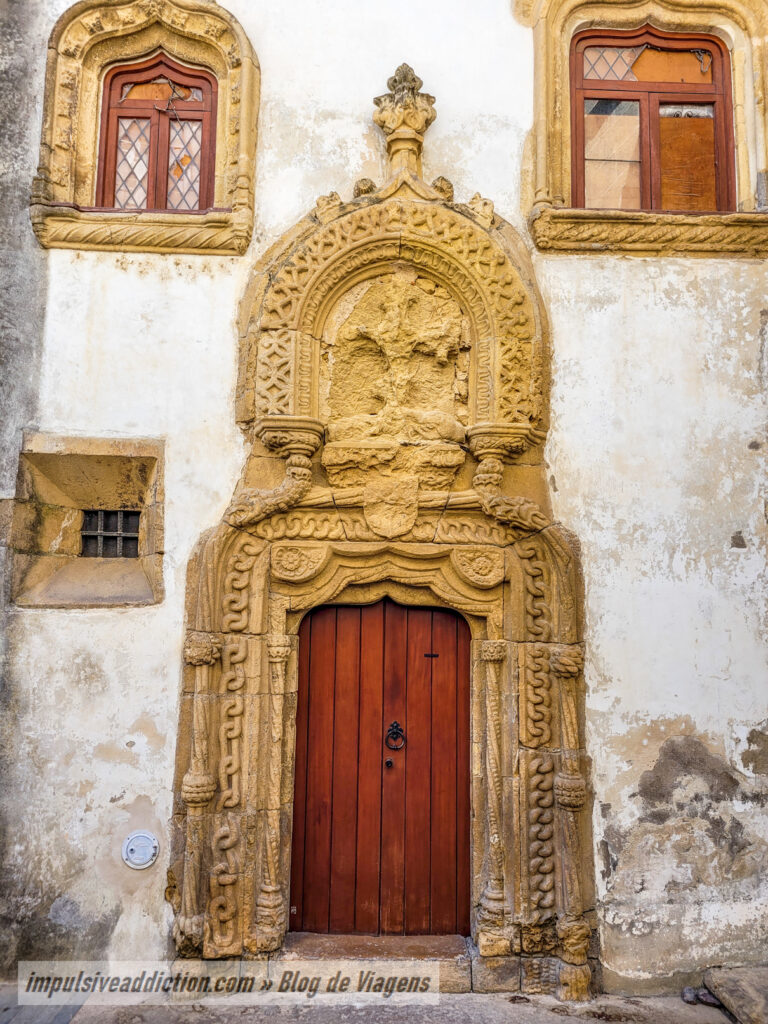
23. Quebra-Costas and Tricana de Coimbra
Finally, you will reach Rua de Quebra-Costas, with its old staircase and the famous statue of Tricana de Coimbra. It is a very busy area full of shops, restaurants and taverns. Just be careful not to fall there, remembering that this street may be one of the most emblematic in the city, but it has its name for a reason (Quebra-Costas means “backbreak”). 😉
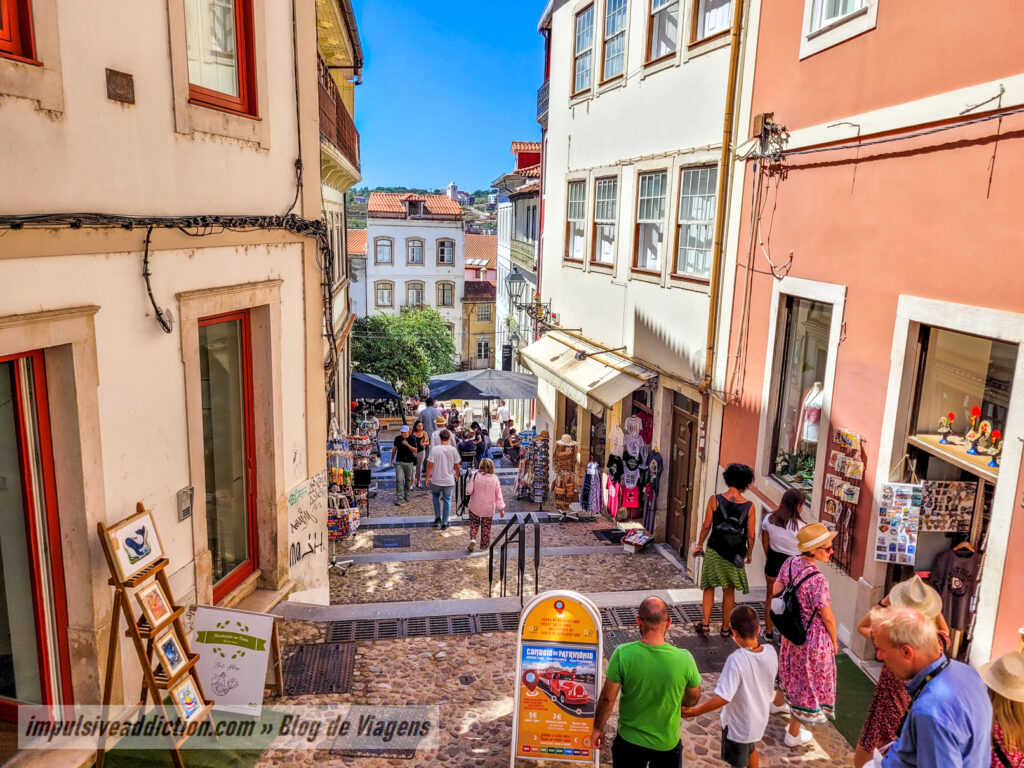
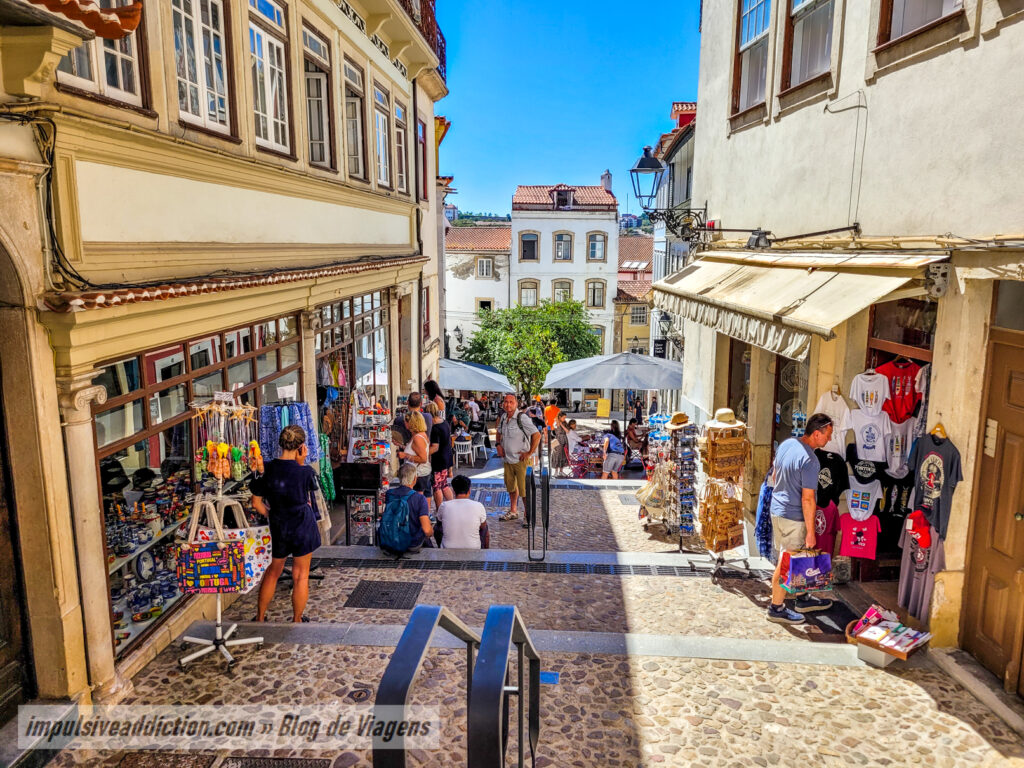
24. Tower of Almedina and Porta da Barbacã
If there were no slopes in the city of Coimbra, this itinerary would have started here, as the set of Porta da Barbacã and Almedina Tower constituted the main access door to the walled city of Coimbra in the Muslim era, that is, they were the main entrance to the city.
In Almedina Tower you will find a small museum about the walled city of Coimbra. Here you can access very complete information about the city’s history, with very enlightening support videos and a representative model of how the city was organized in the most important periods of history.
Optional: You can visit the Contemporary Art Center located in the atrium between Porta da Barbacã and Almedina Arch. I didn't, because honestly I'm not a big fan of contemporary art. Also pay attention to the monument in homage to fado in Coimbra.
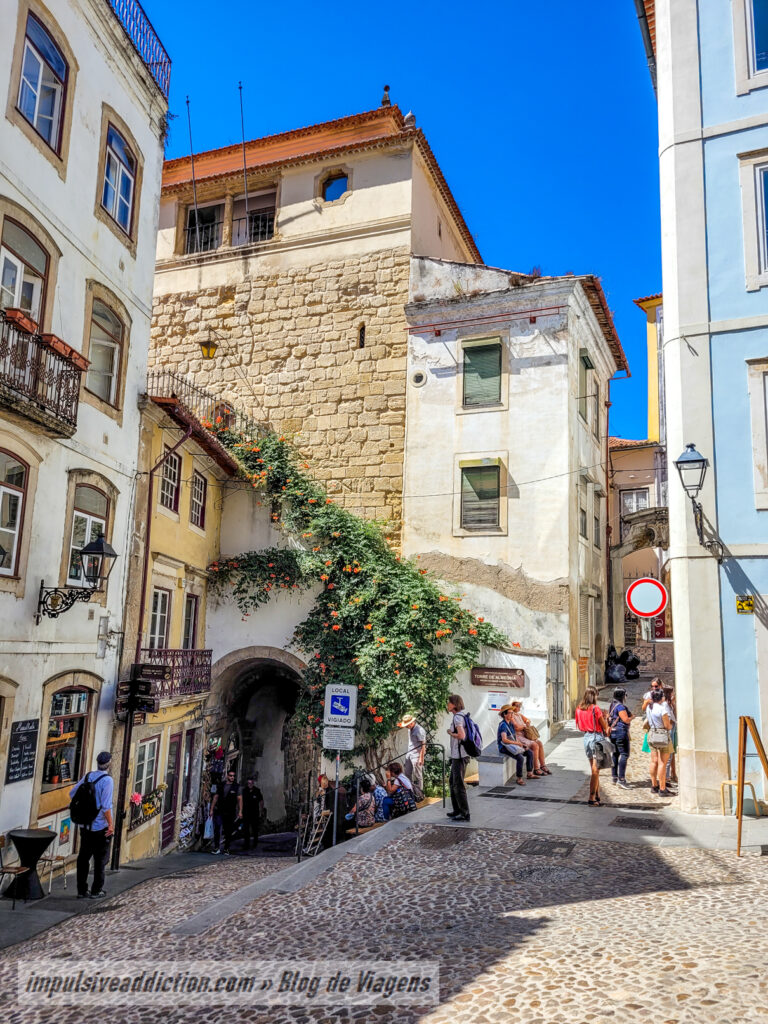
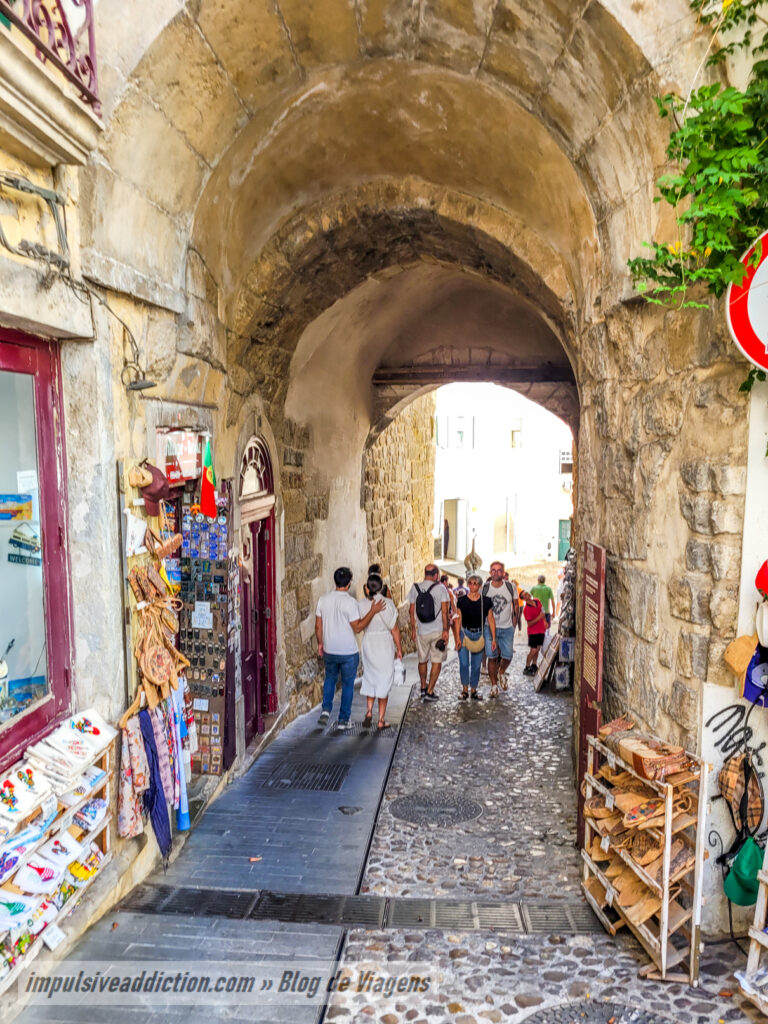
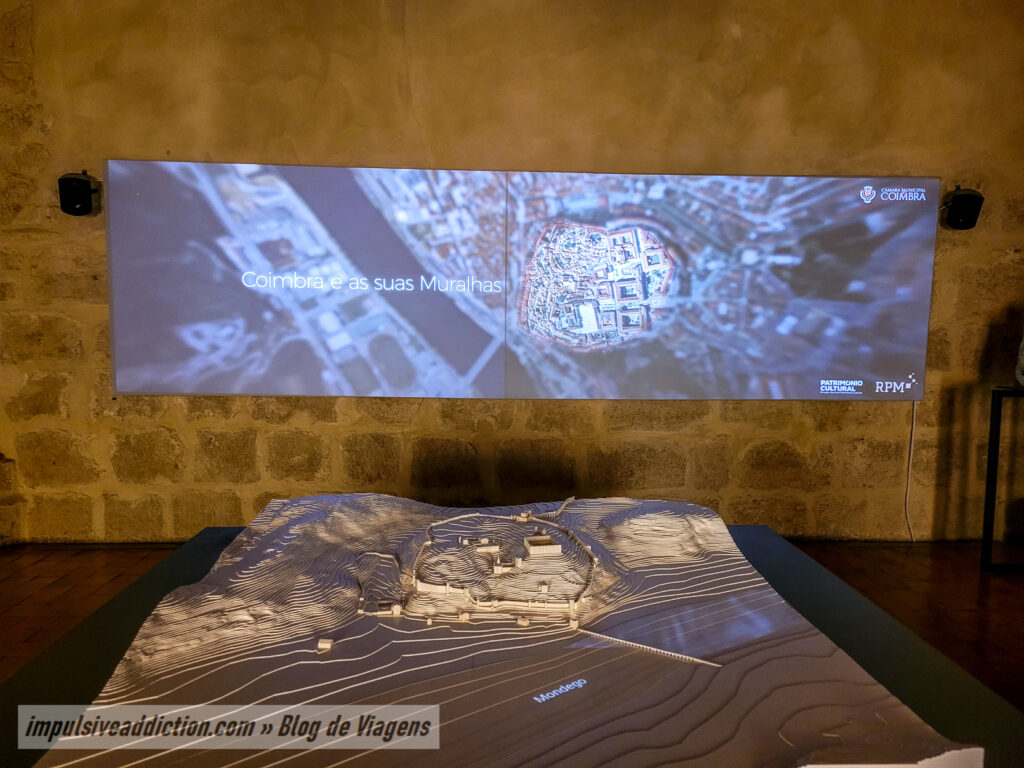
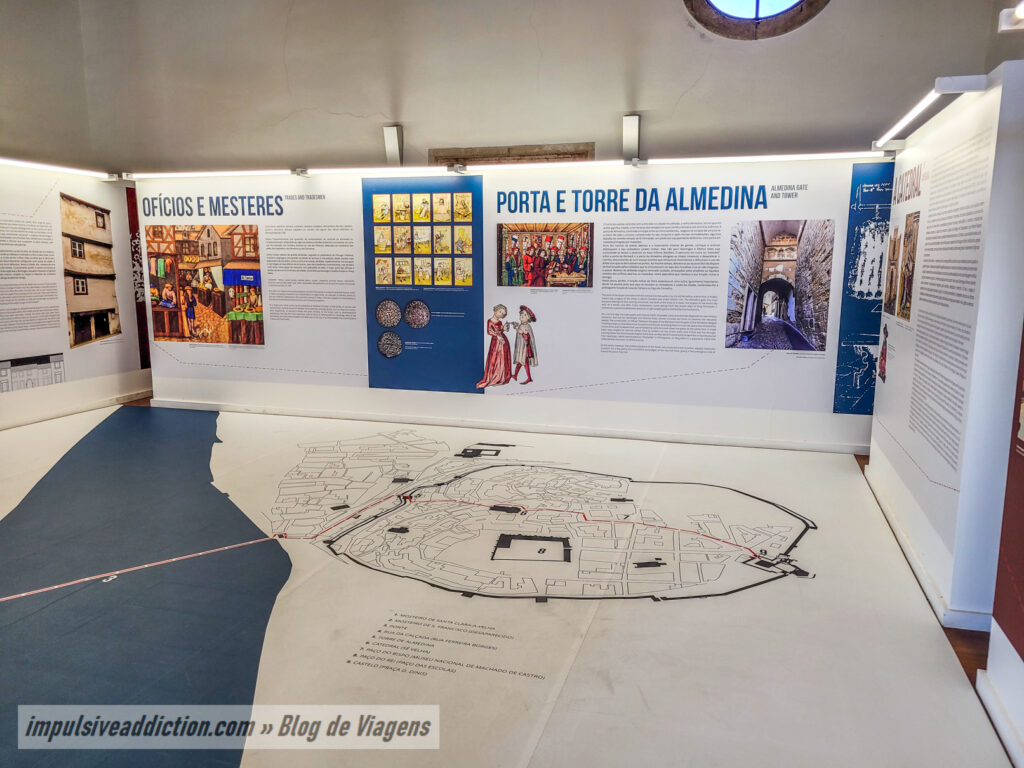
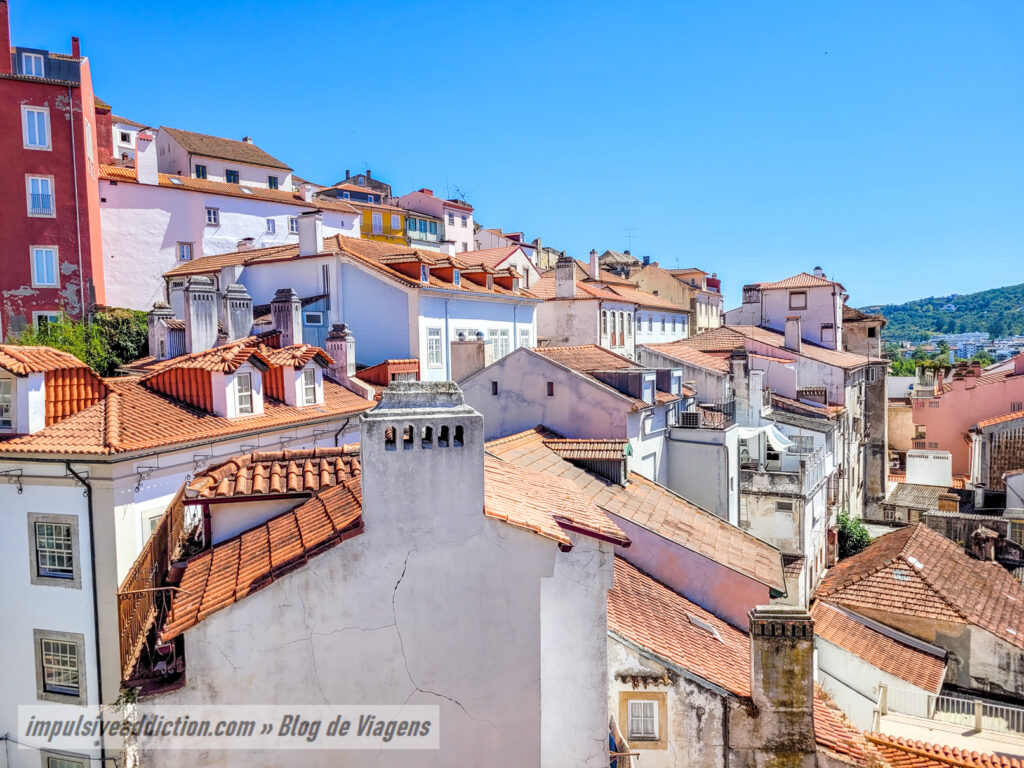
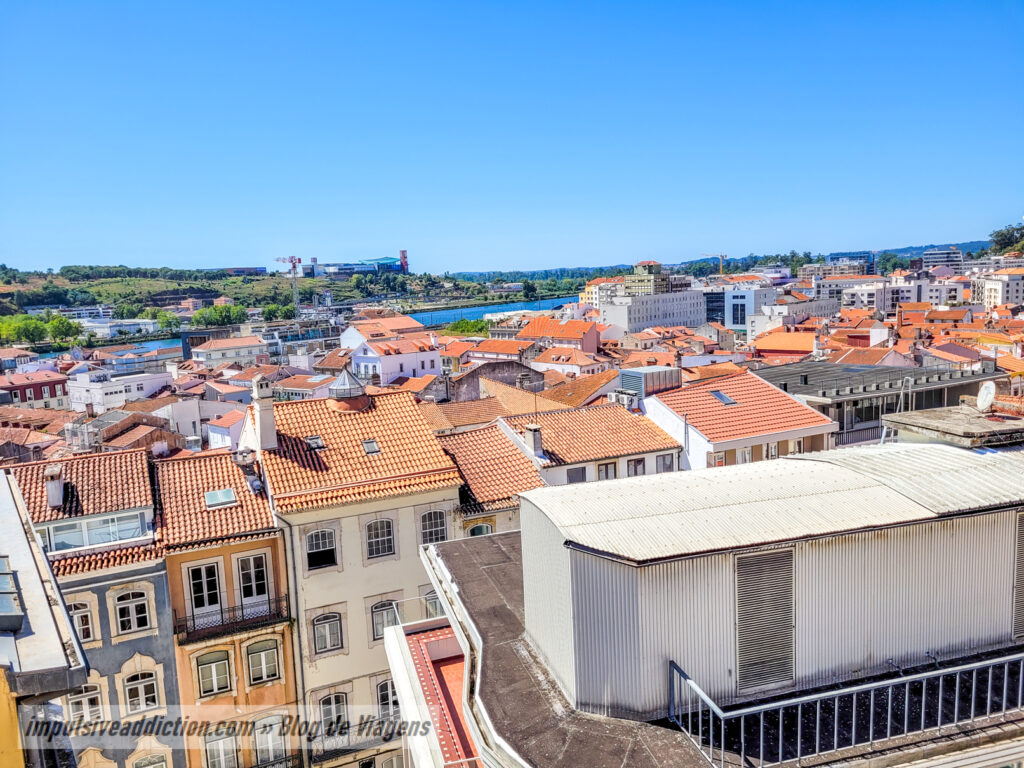
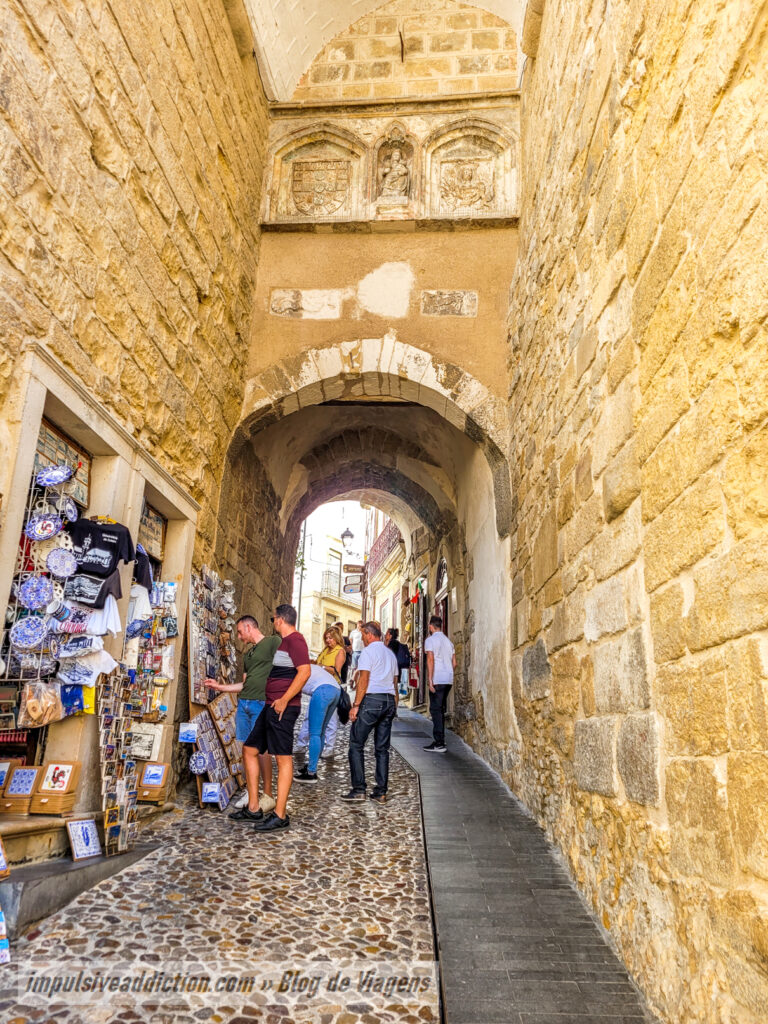
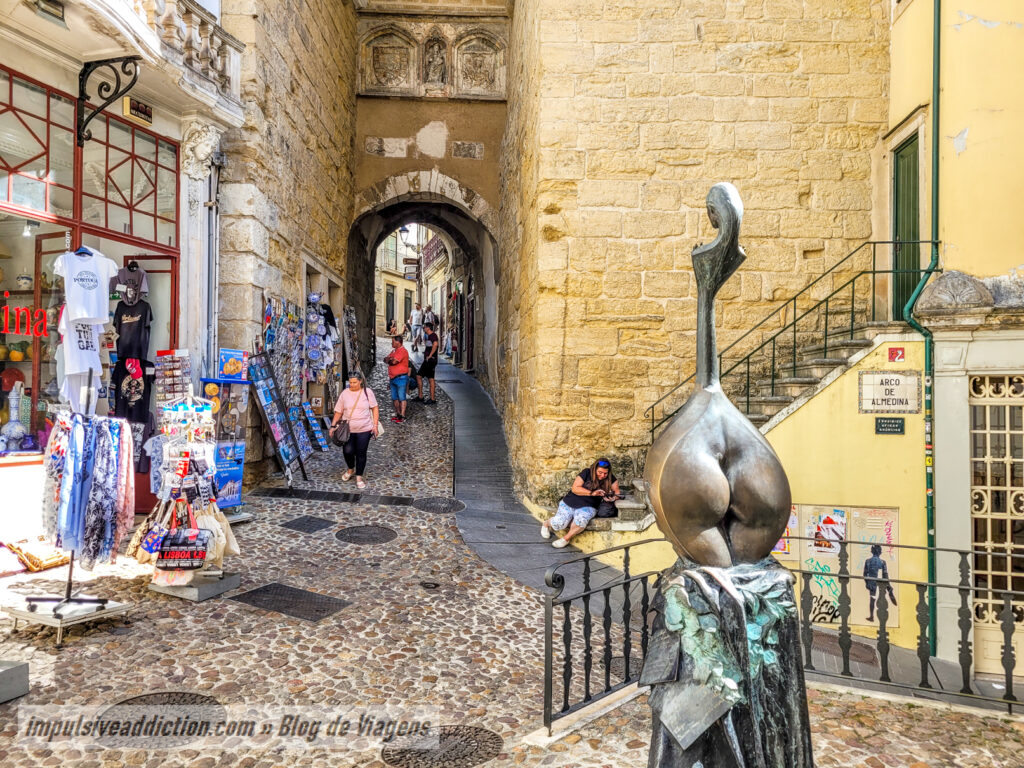
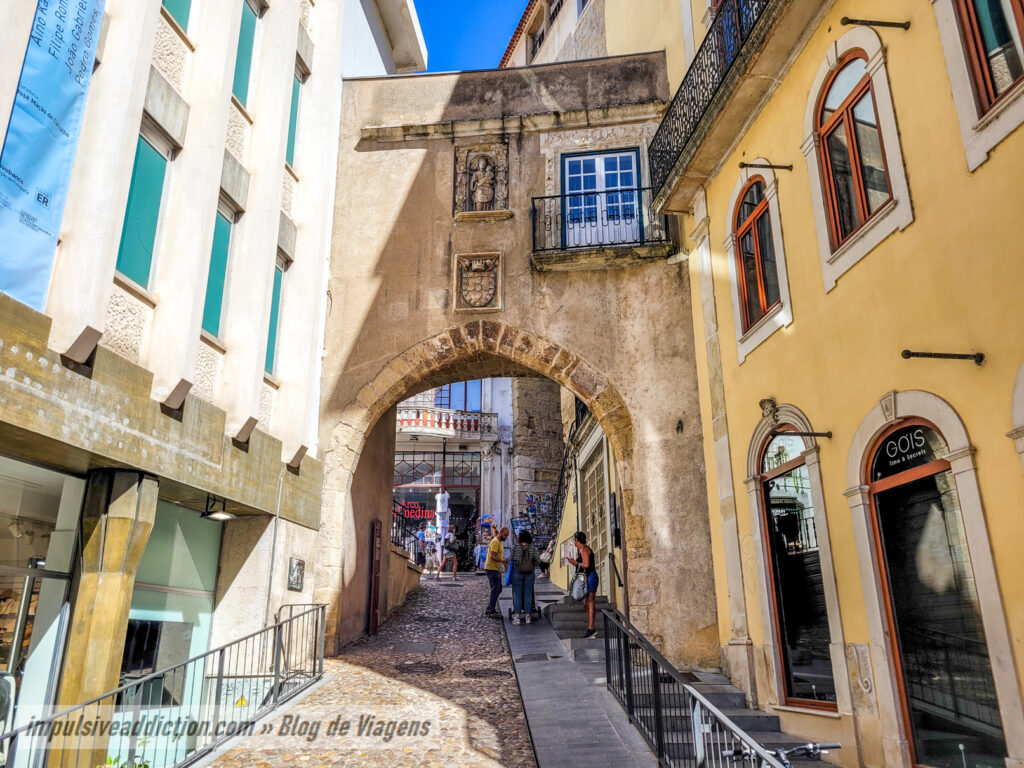
25. Chiado Building and Rua Ferreira Borges
The 1st day of this itinerary with things to do in Coimbra ends at Rua Ferreira Borges, the main pedestrian artery in downtown Coimbra. Admire the excellent mural by João Samina and then visit the building of Chiado from the beginning of the 20th century, which houses another small museum where you can find the art collection donated to the city by the couple Telo de Morais: painting, sculpture, ceramics, silverware and furniture.
Don’t forget to go watch a fado show. See the dedicated section of this article for more tips on this topic.
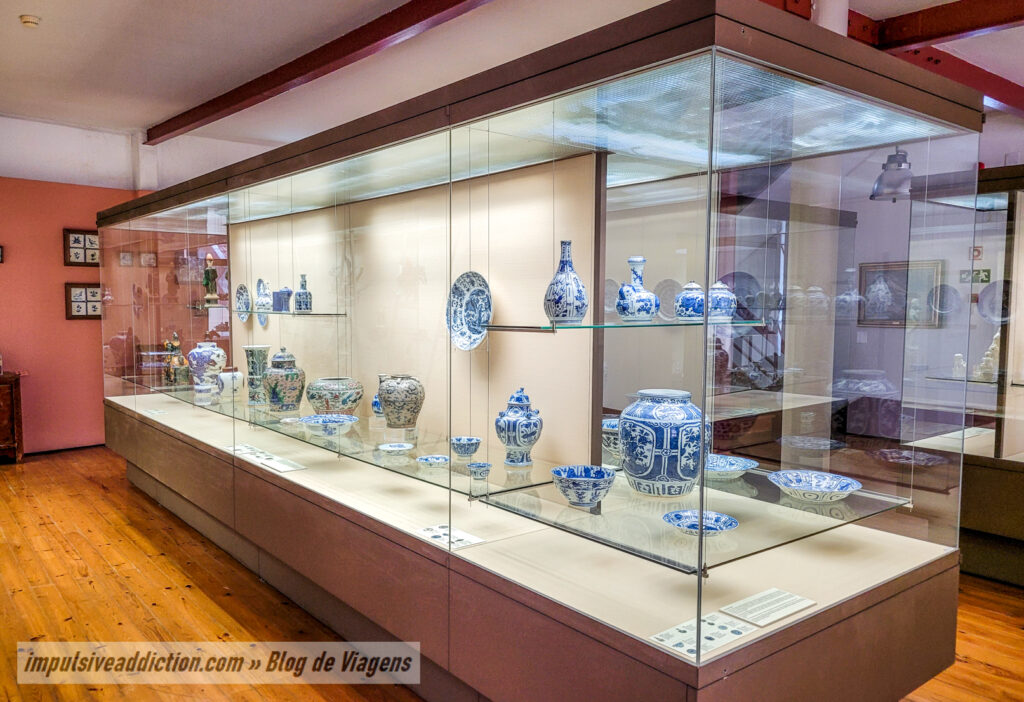
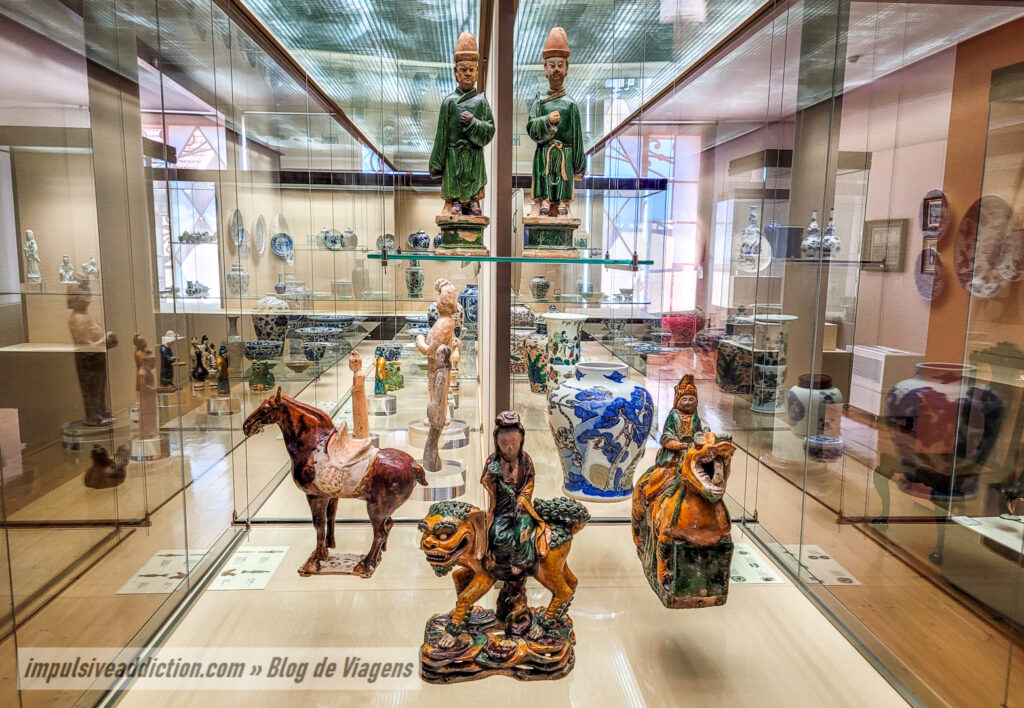
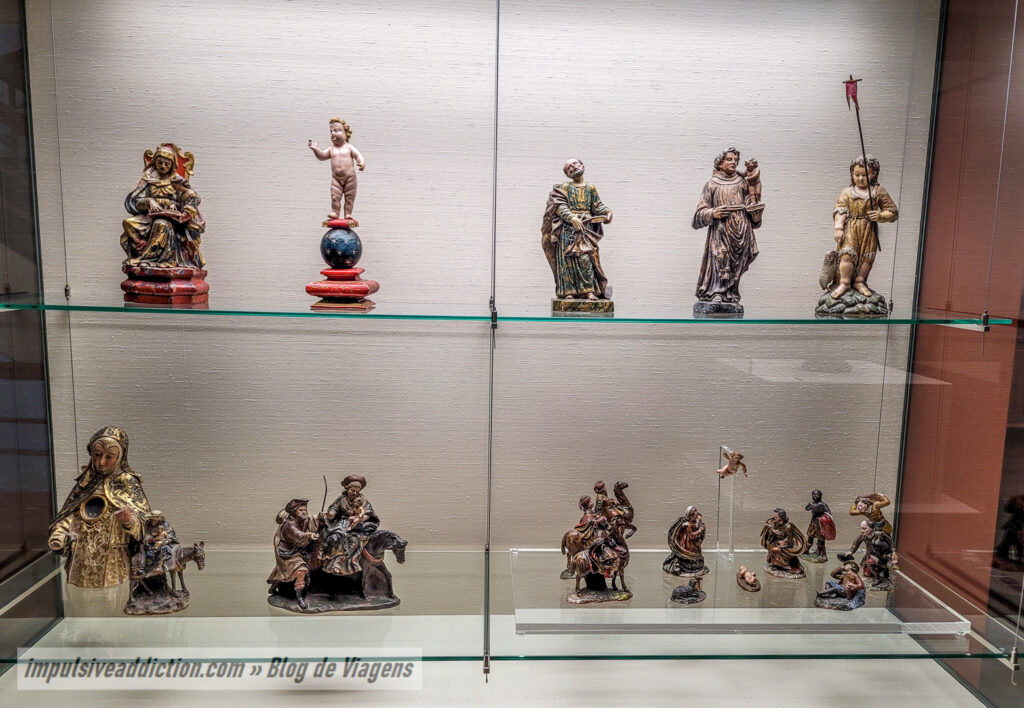
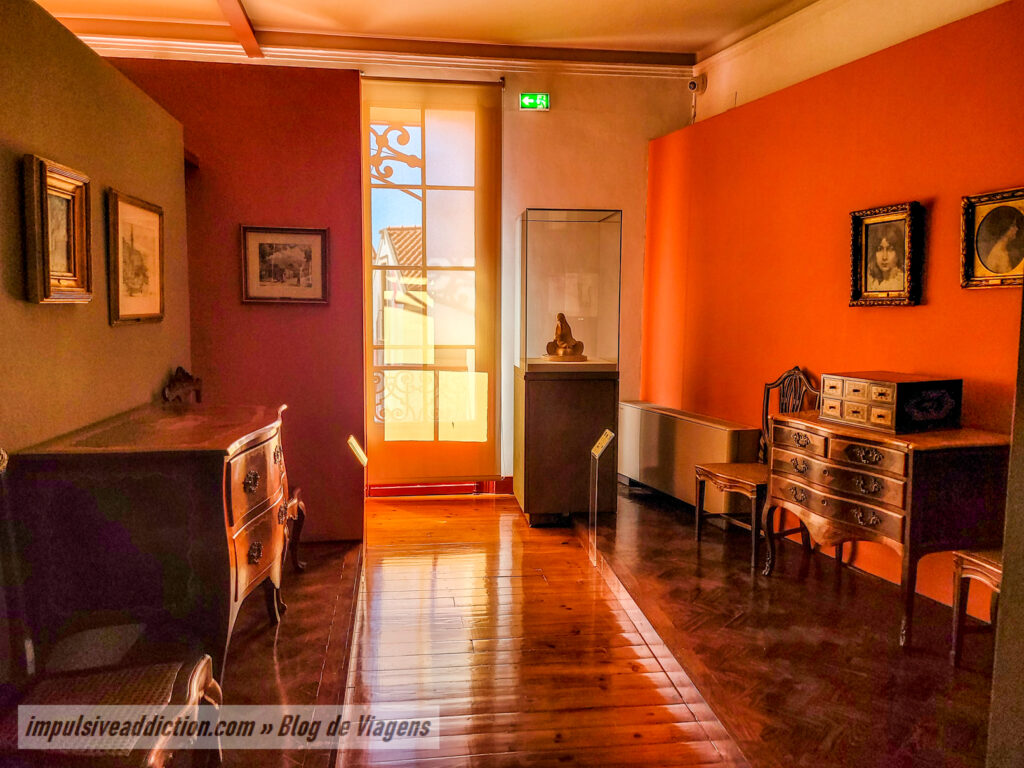
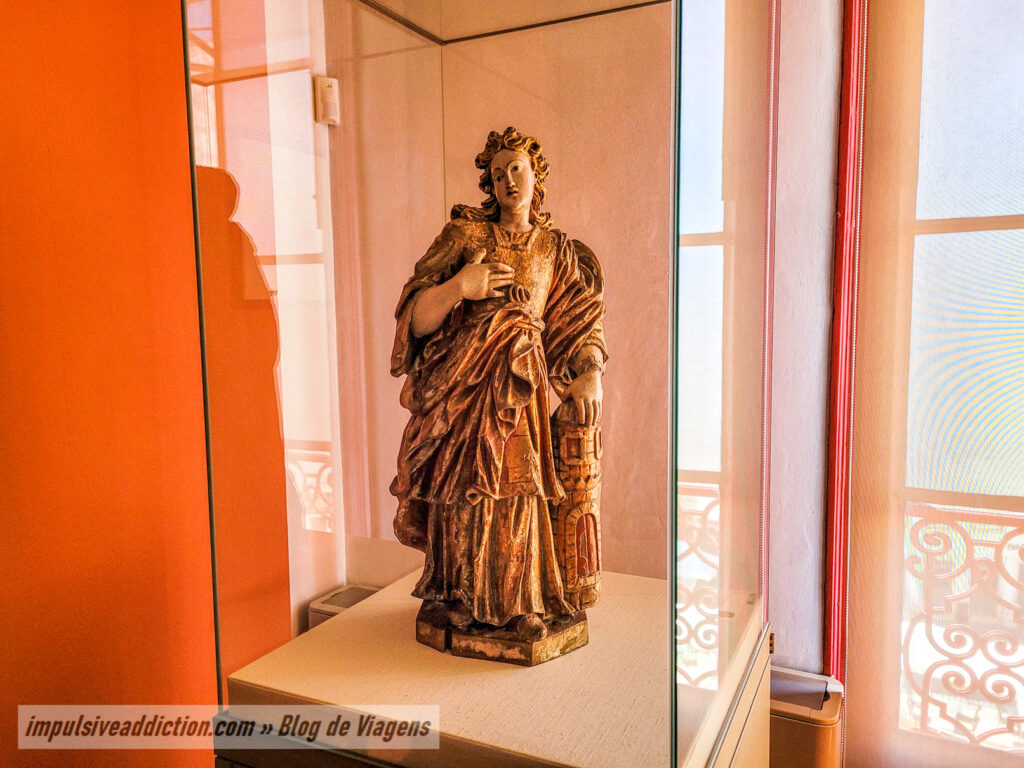
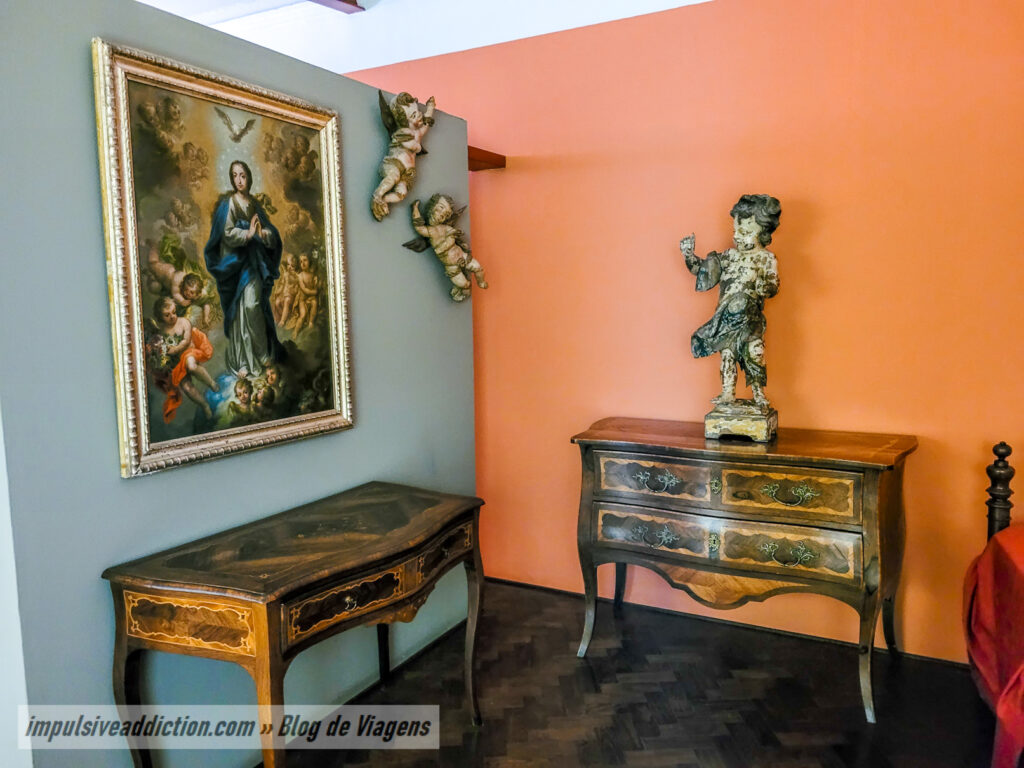
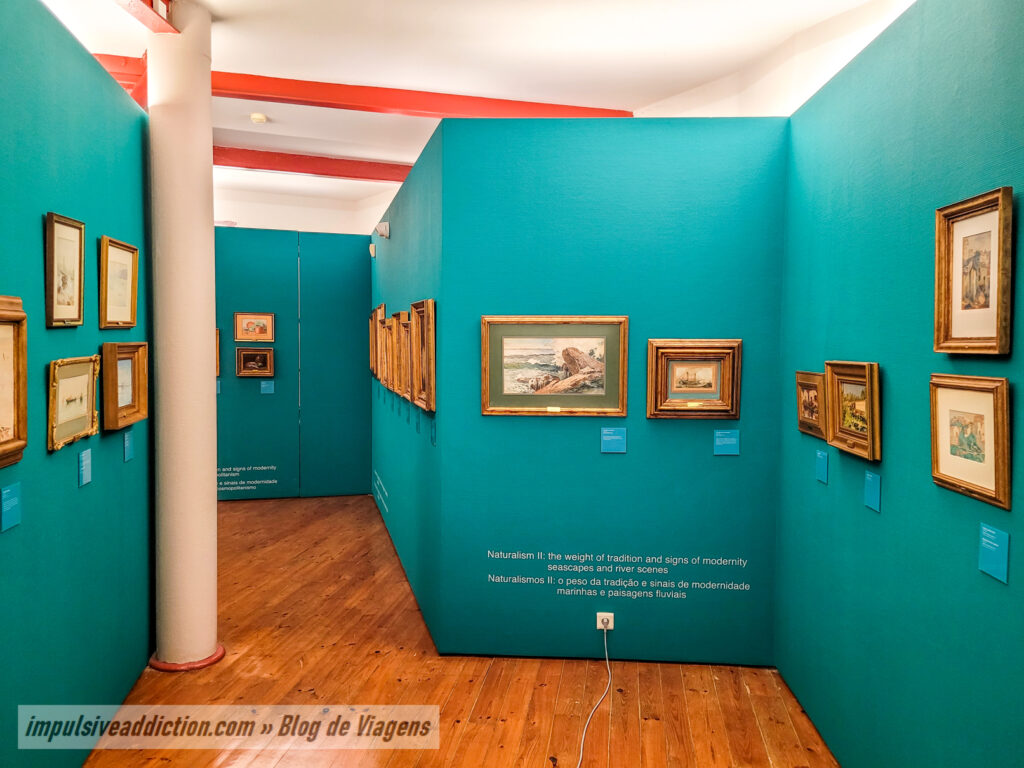
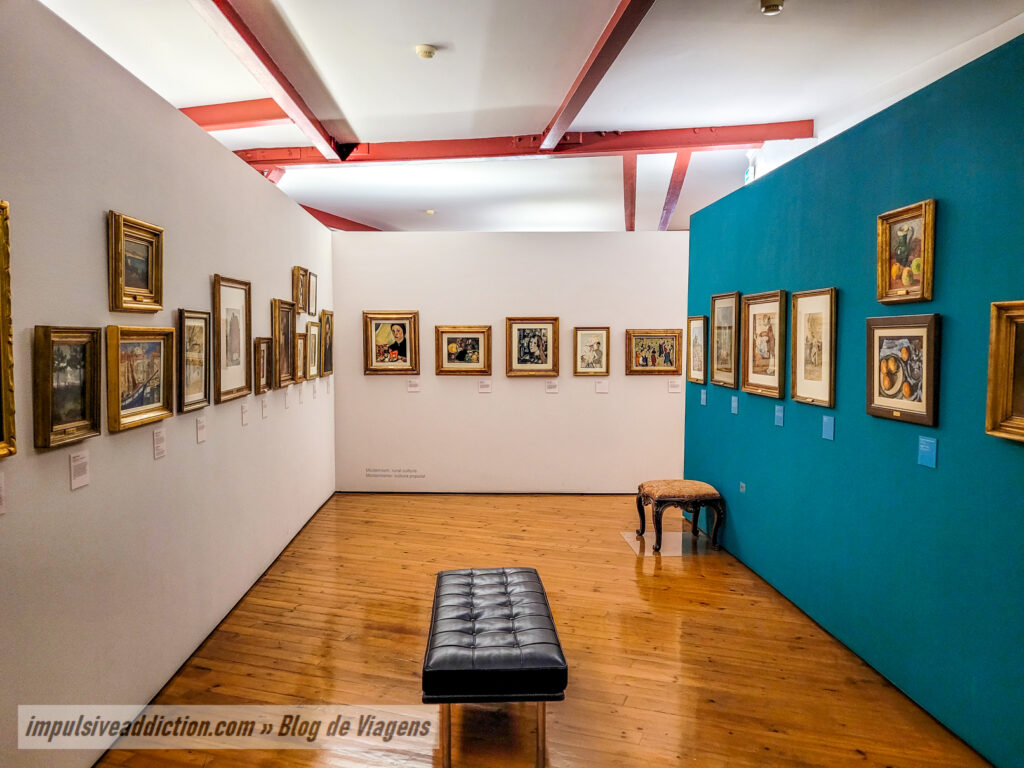
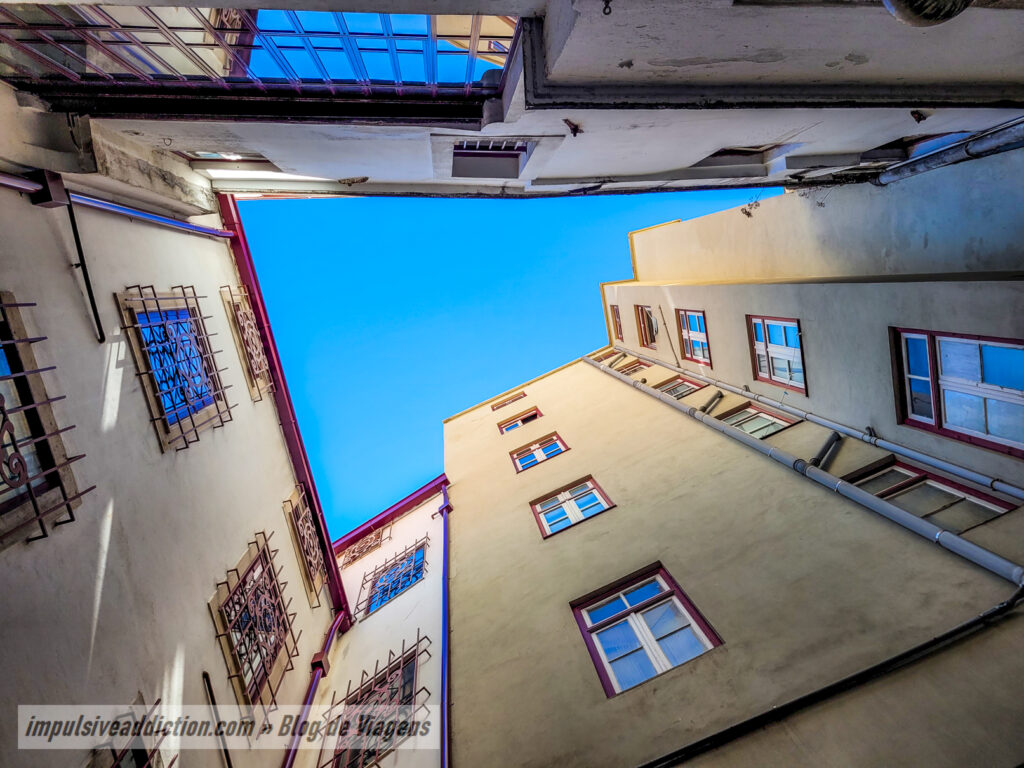
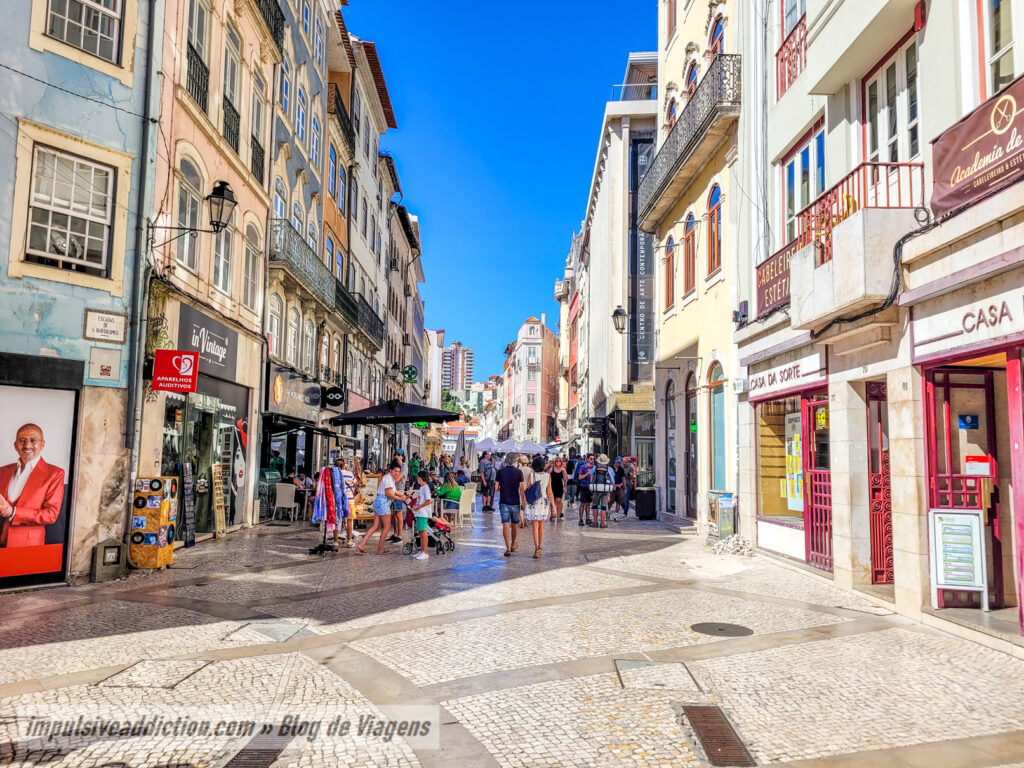
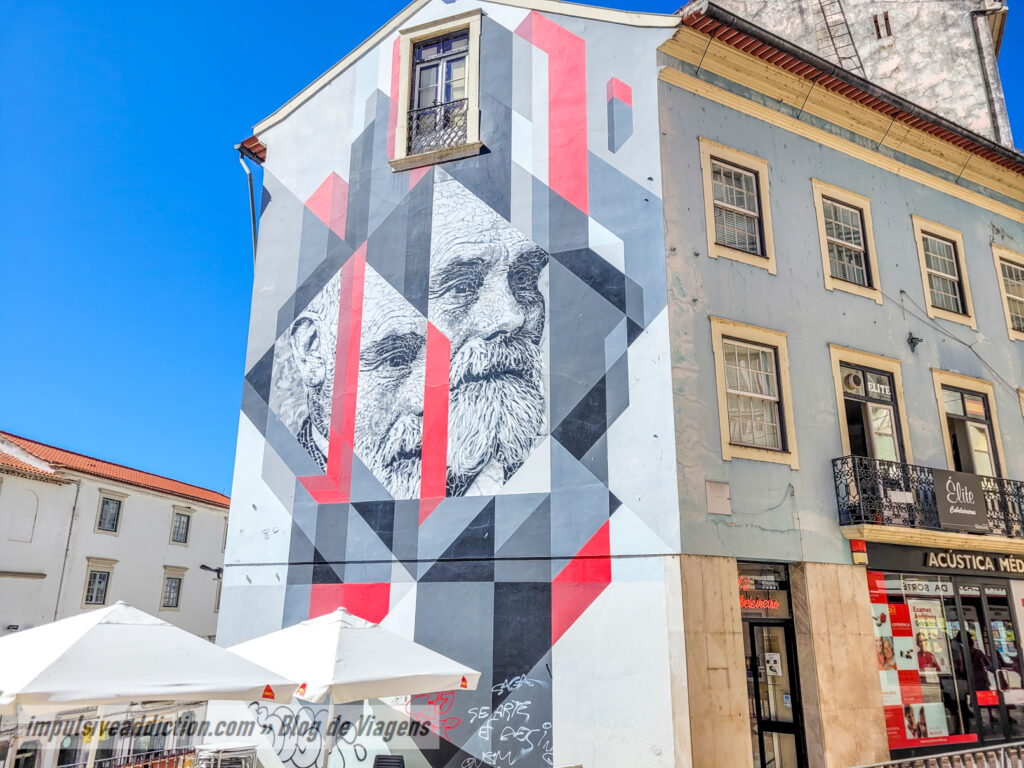
Day 2 | Things to do in Coimbra
As with the previous day of this itinerary to visit Coimbra in 4 days, my suggestion is that you start very early in the upper part of the city, being able to organize an itinerary that always goes down to the downtown area. The Botanical Garden of the University of Coimbra opens at 9 am. 😉
1. Botanical Garden of the University of Coimbra
You can visit the Botanical Garden free of charge, but I inform you that it is also possible to book a guided tour, or even a visit to its greenhouse. I leave you a link where you can find more information for booking tickets, if you are interested.
The Botanical Garden has a considerable area, the most beautiful and pleasant part being around the Central Square, Greenhouse and Alameda das Tílias. It emerged at the end of the 18th century during the reforms implemented by the Marquis of Pombal, and aimed to complement the study of Natural History and Medicine at the University of Coimbra. The impressive size of the centenary strangling fig tree should be noted, which for me is the most prominent tree in the garden.
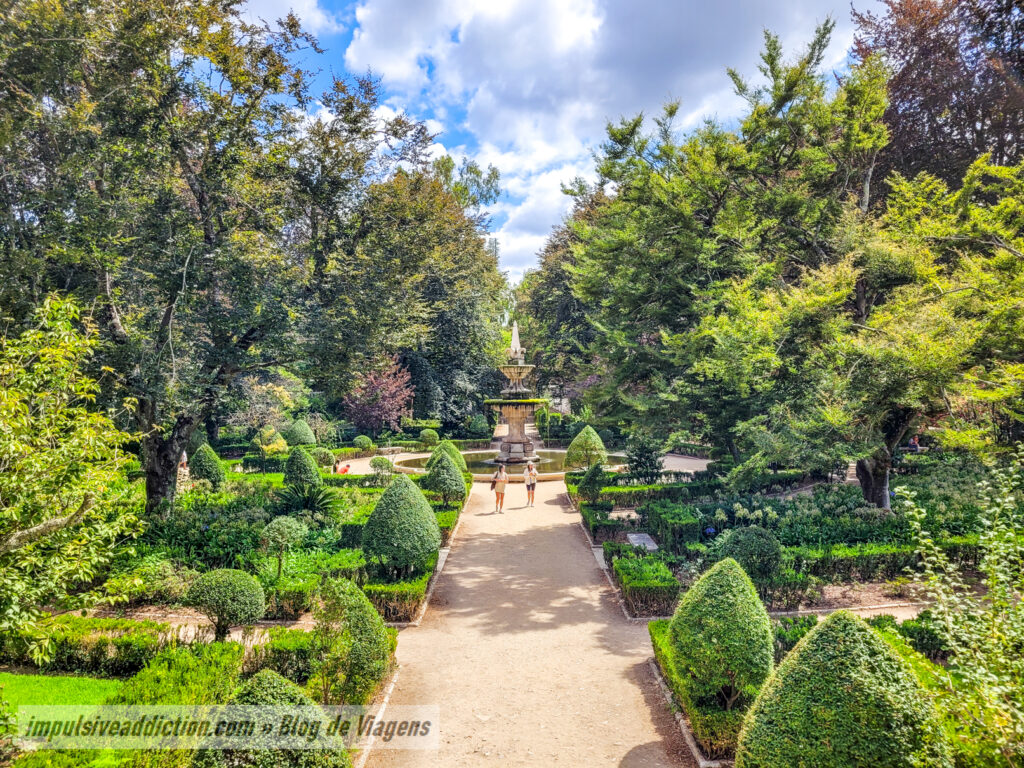
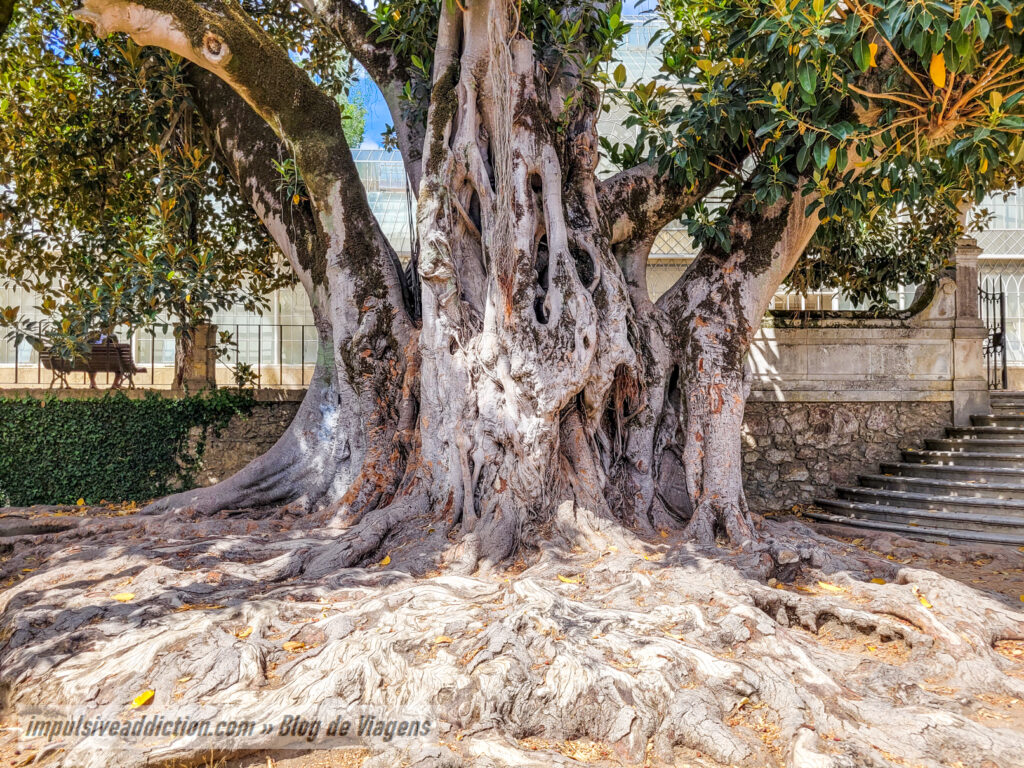
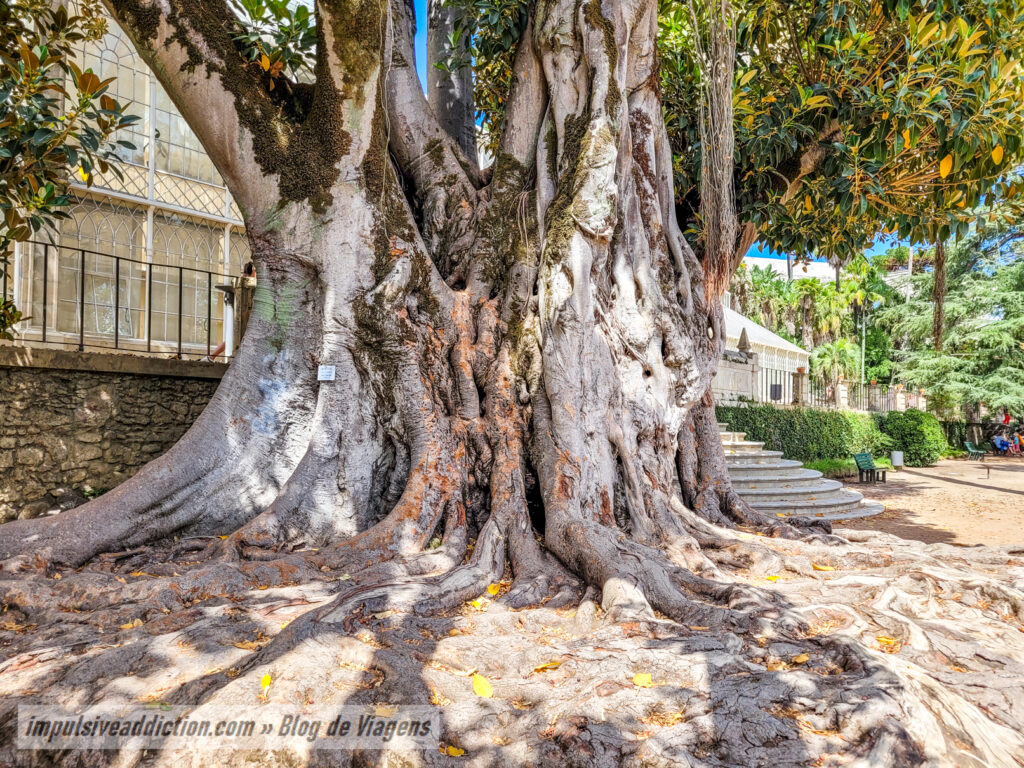
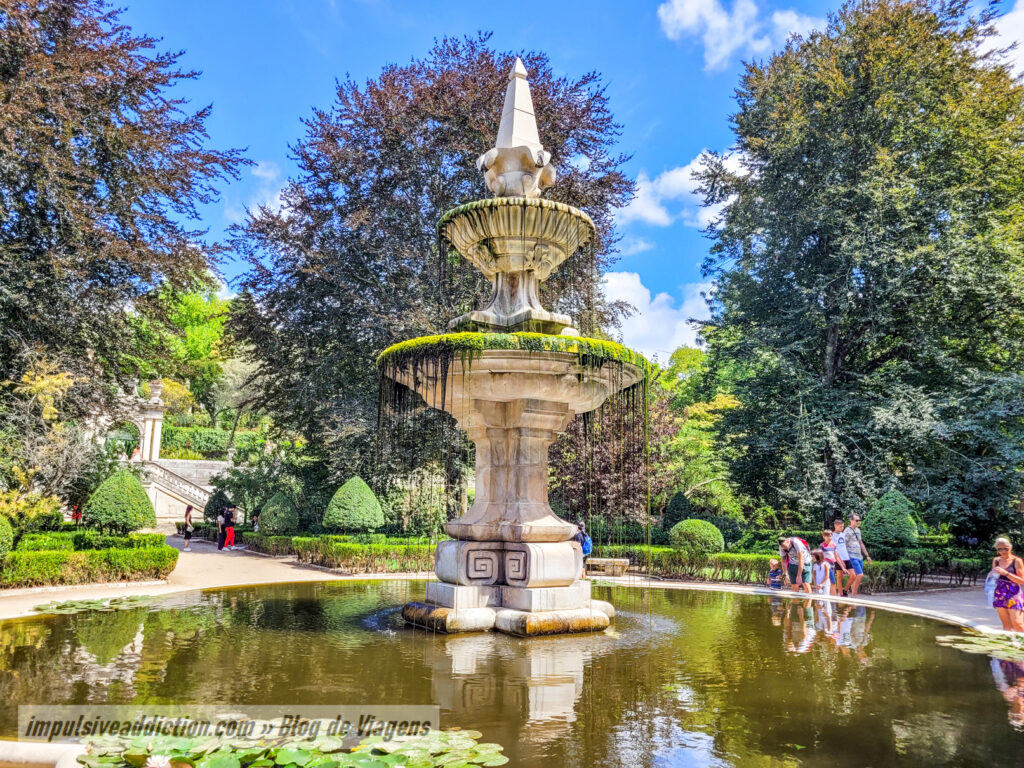
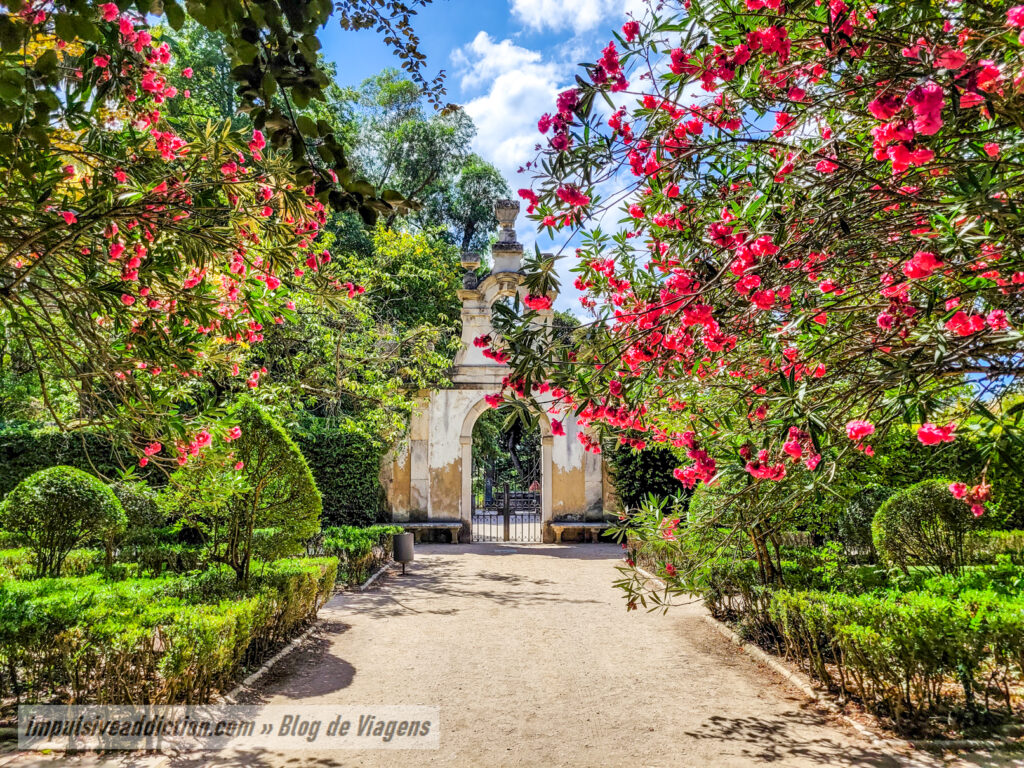
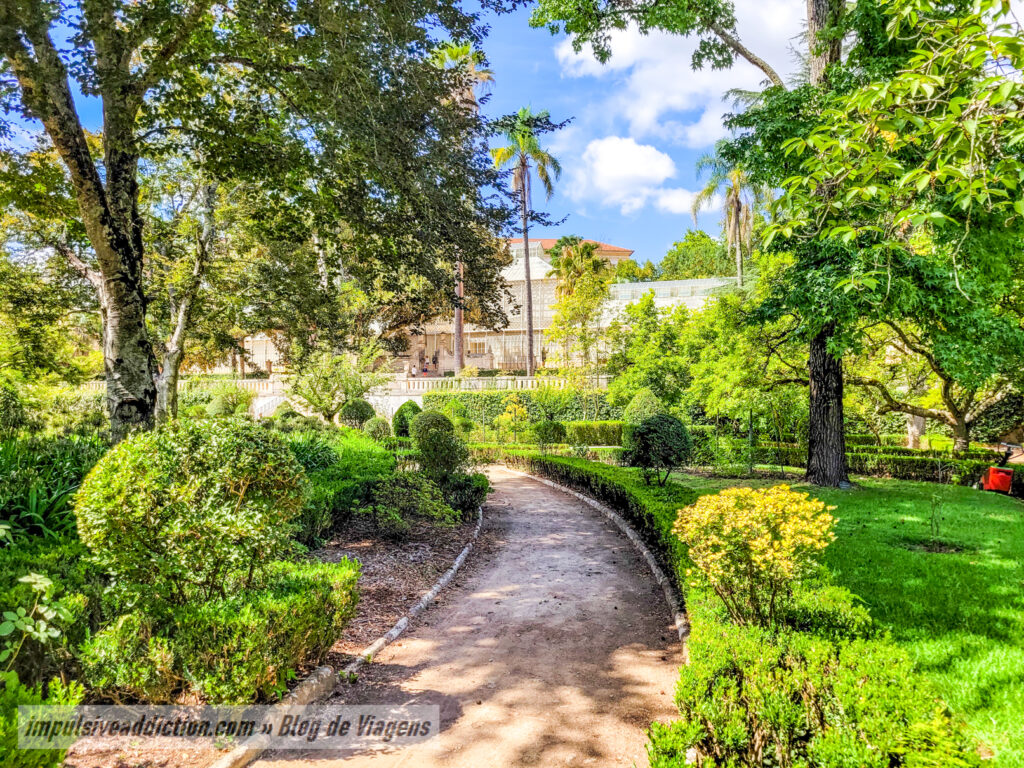
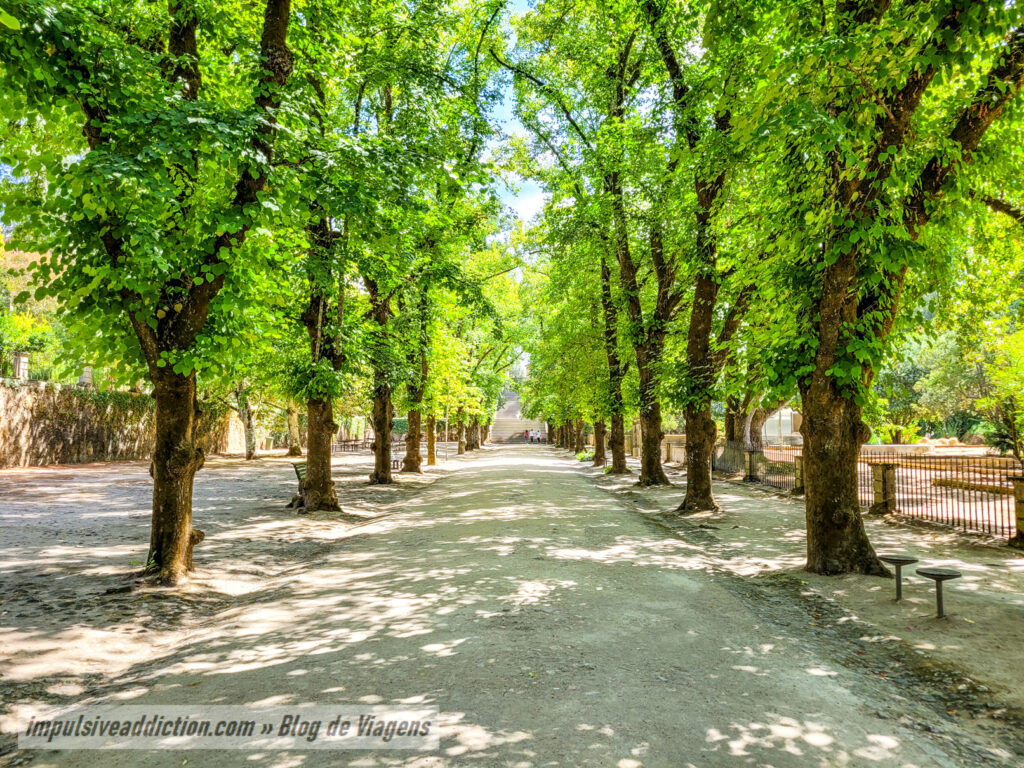
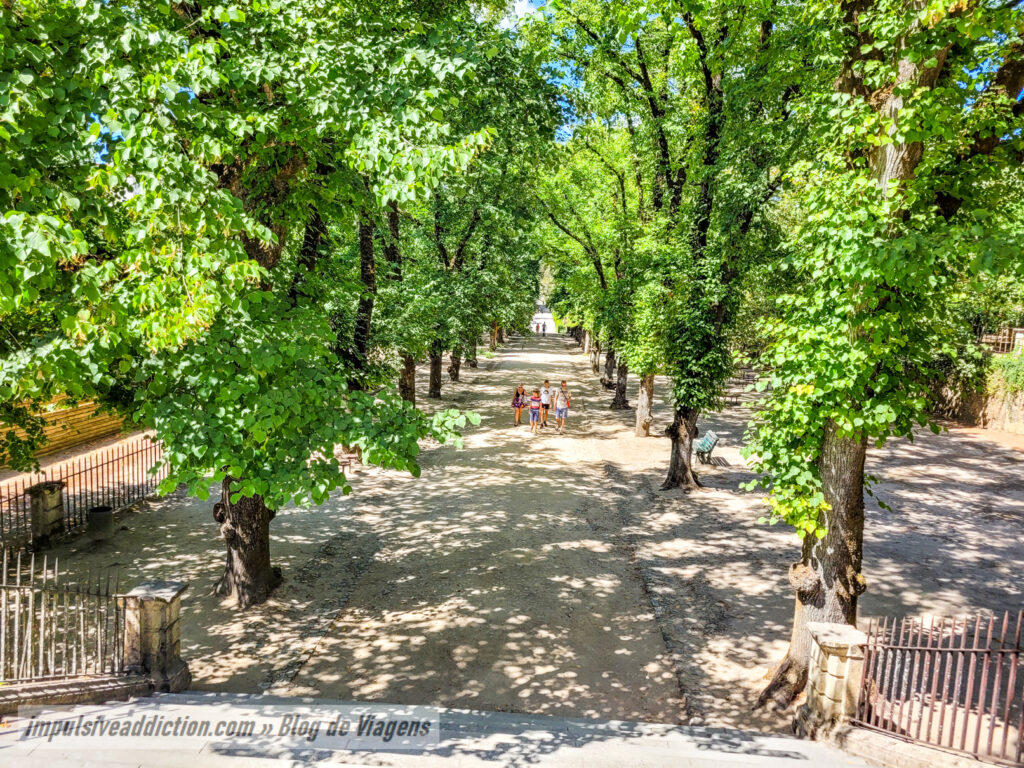
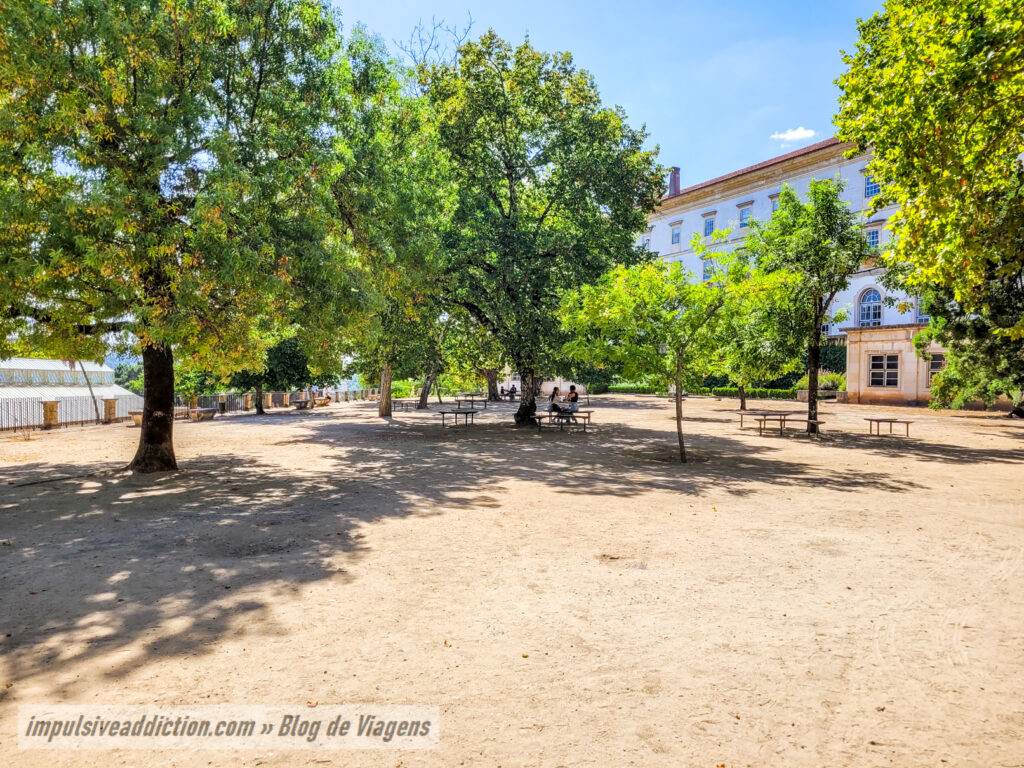
2. Aqueduct of São Sebastião
Next to the Botanical Garden stands the monumental Aqueduct of São Sebastião, which is why it is better known as the “Arches of the Garden”. It was built in 1570 at the request of King D. Sebastião to send water to High Coimbra, but previously existed one in Roman times. Its first arch, or honor arch, stands out, with the coat of arms of Portugal and the images of São Sebastião and São Roque.
Don’t miss the monument to Pope John Paul II in the adjacent roundabout.
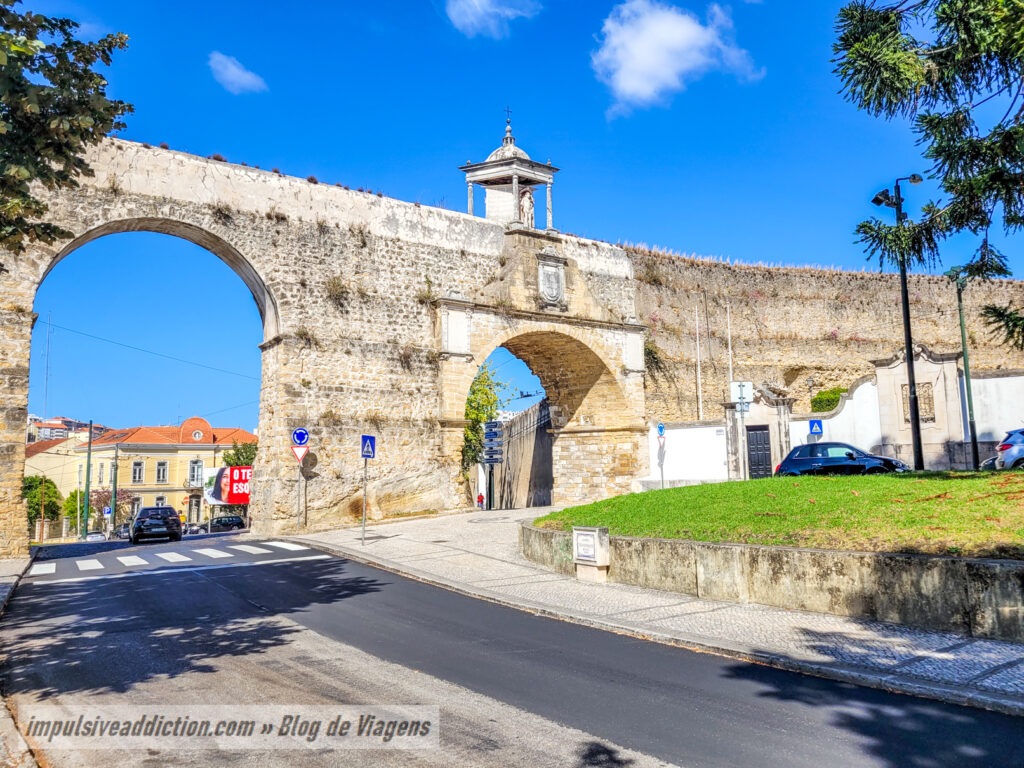
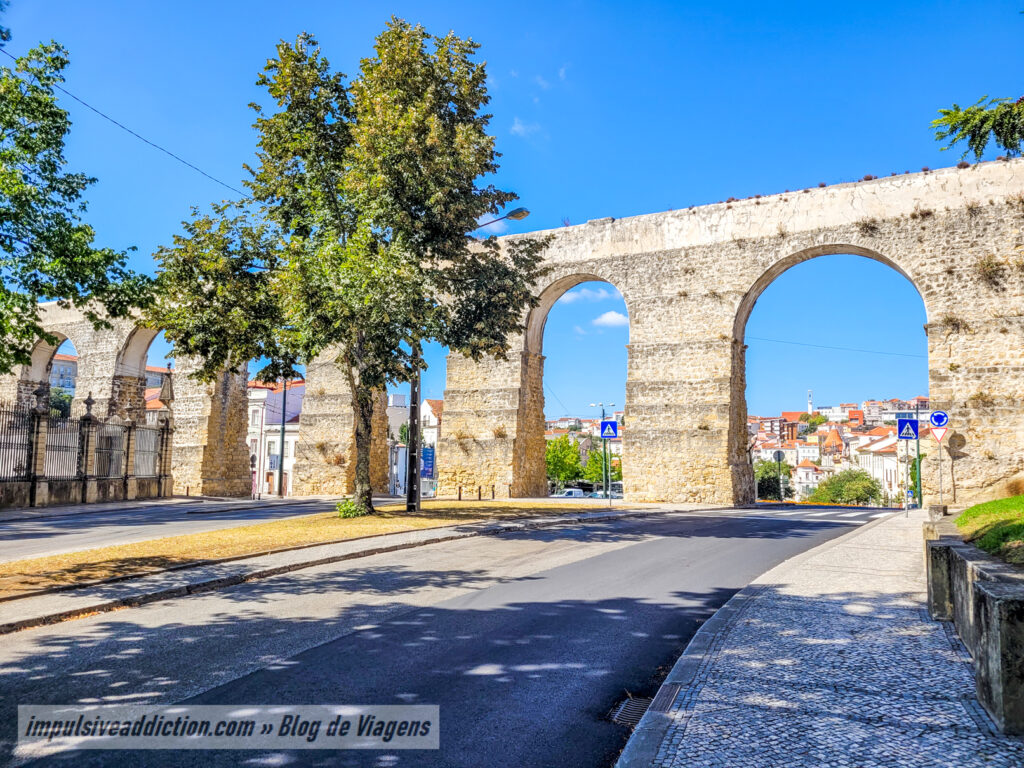
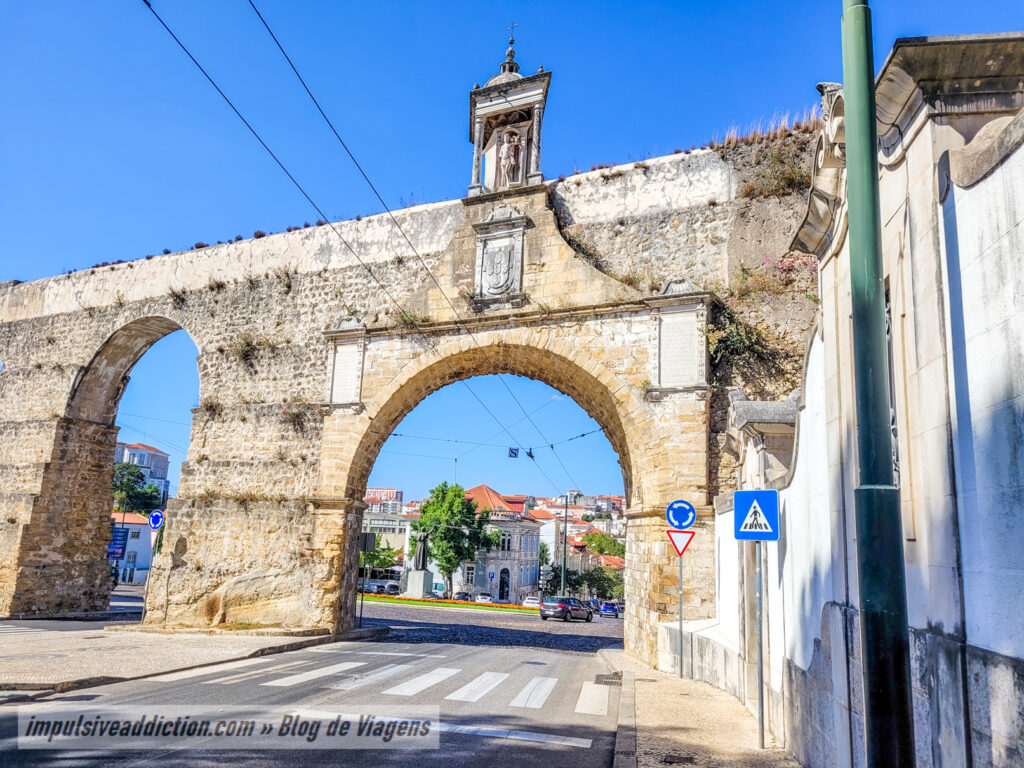
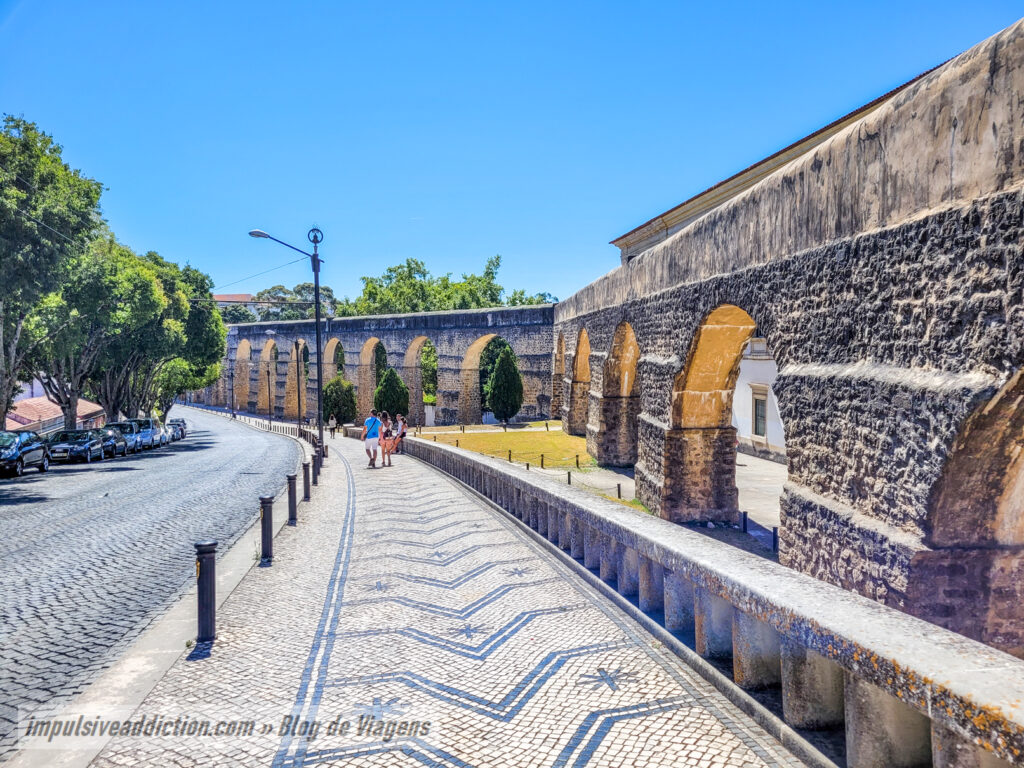
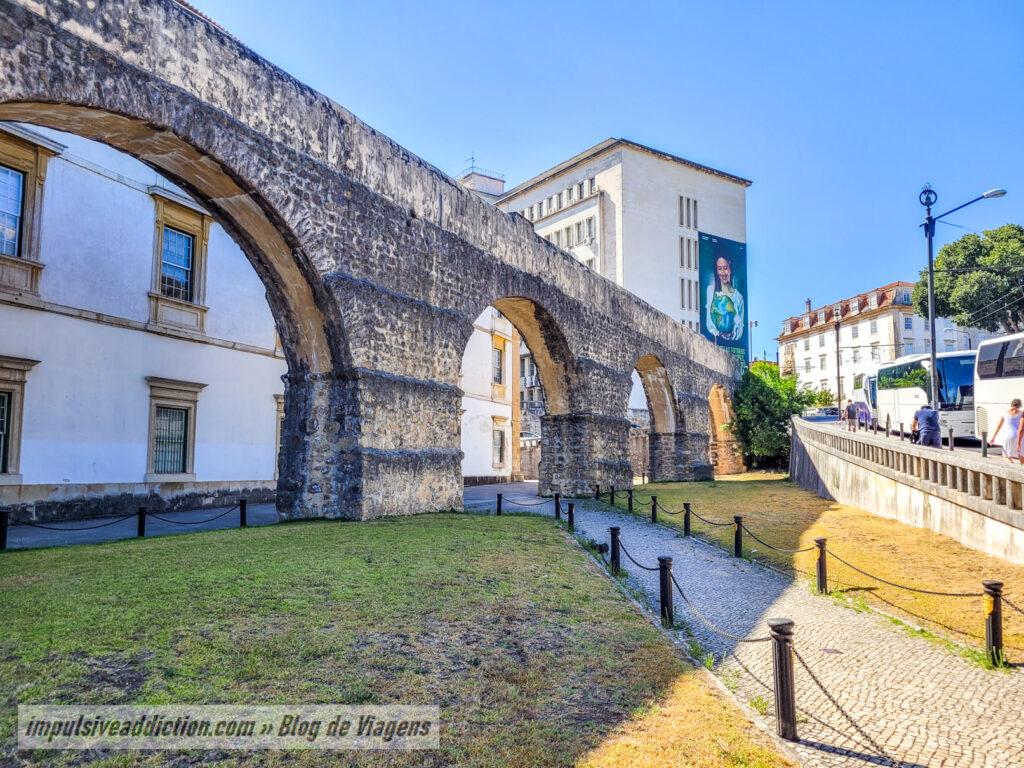
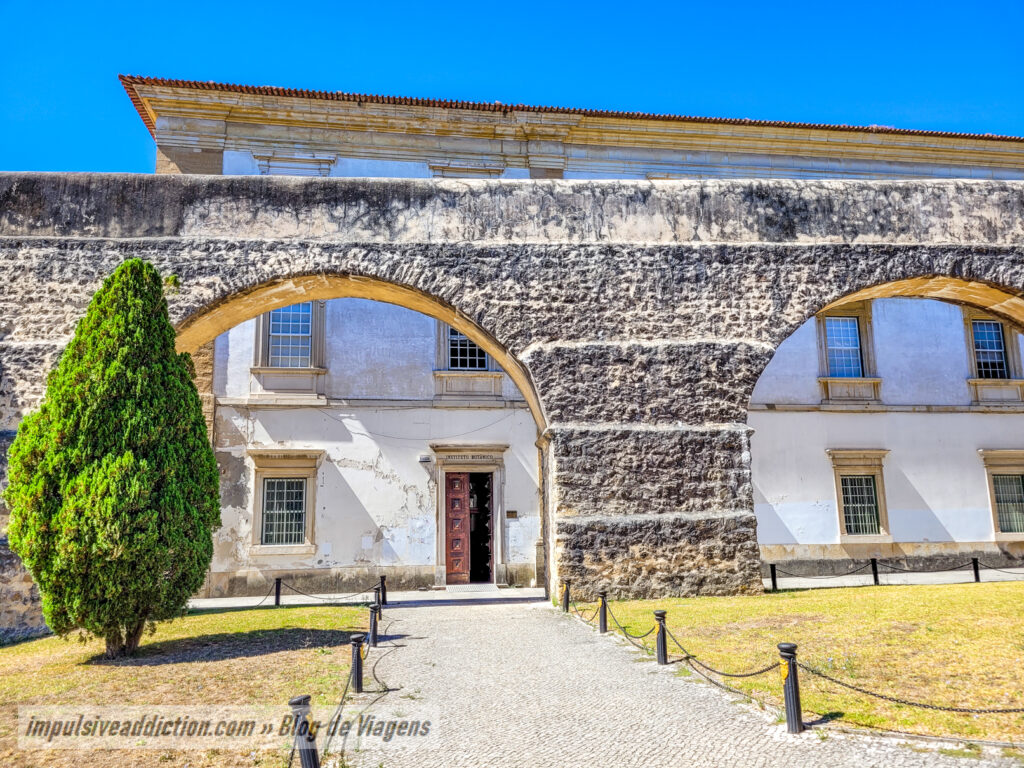
3. Bissaya Barreto House-Museum
Bissaya Barreto House-Museum is also close to the Botanical Garden, but goes unnoticed by most visitors. I loved visiting it, as it has a beautiful garden full of sculptures (free entry), and a rich interior where the surgeon Bissaya Barreto lived (paid entry). The house dates back to the first half of the 20th century and has an interesting collection of art, tiles, furniture and various personal belongings of the doctor.
The visit is guided and opening hours may be limited. In the morning, for example, bear in mind that it only opens at 11am, so you should plan to end your previous visits around this time. Know more here!
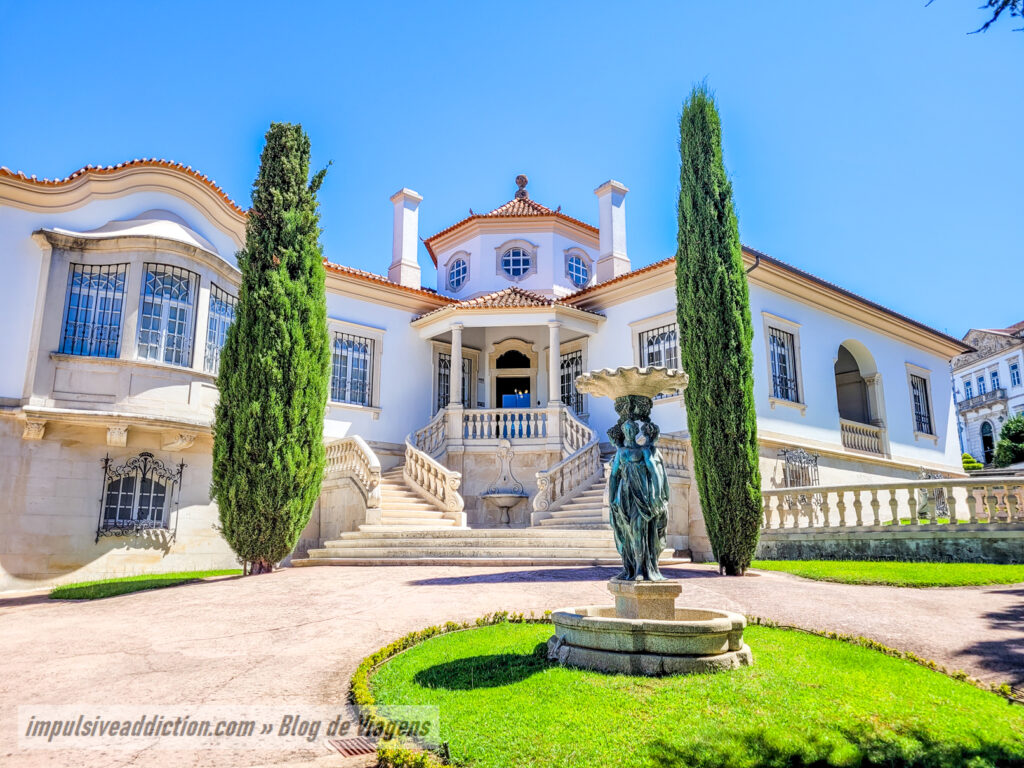

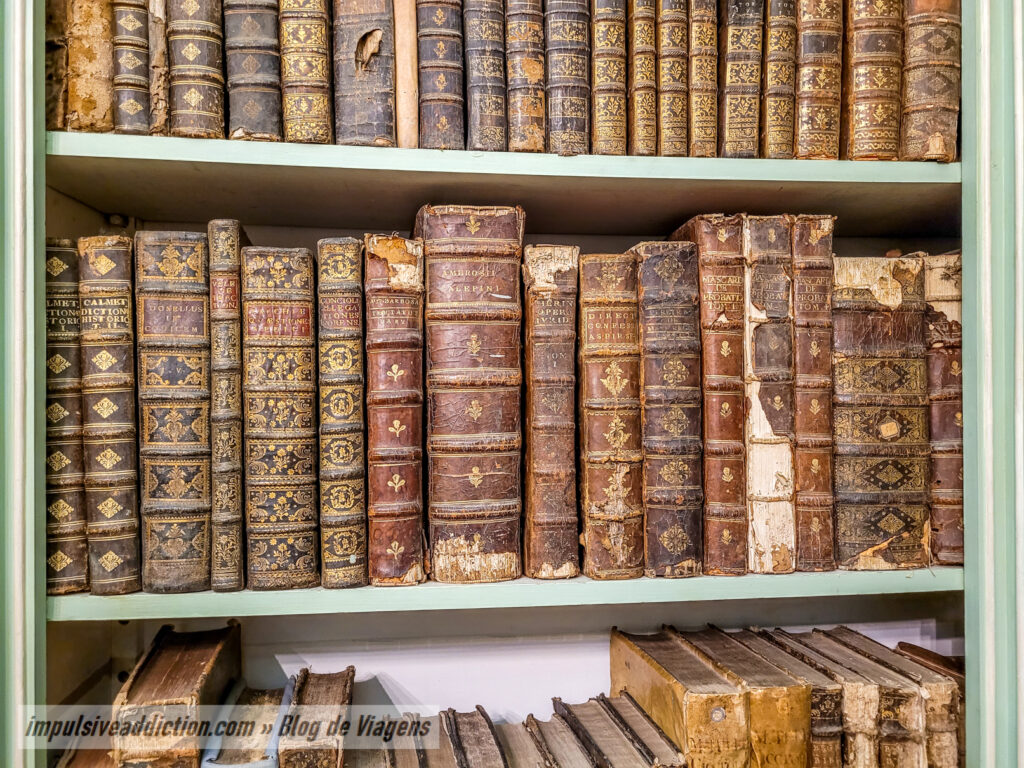
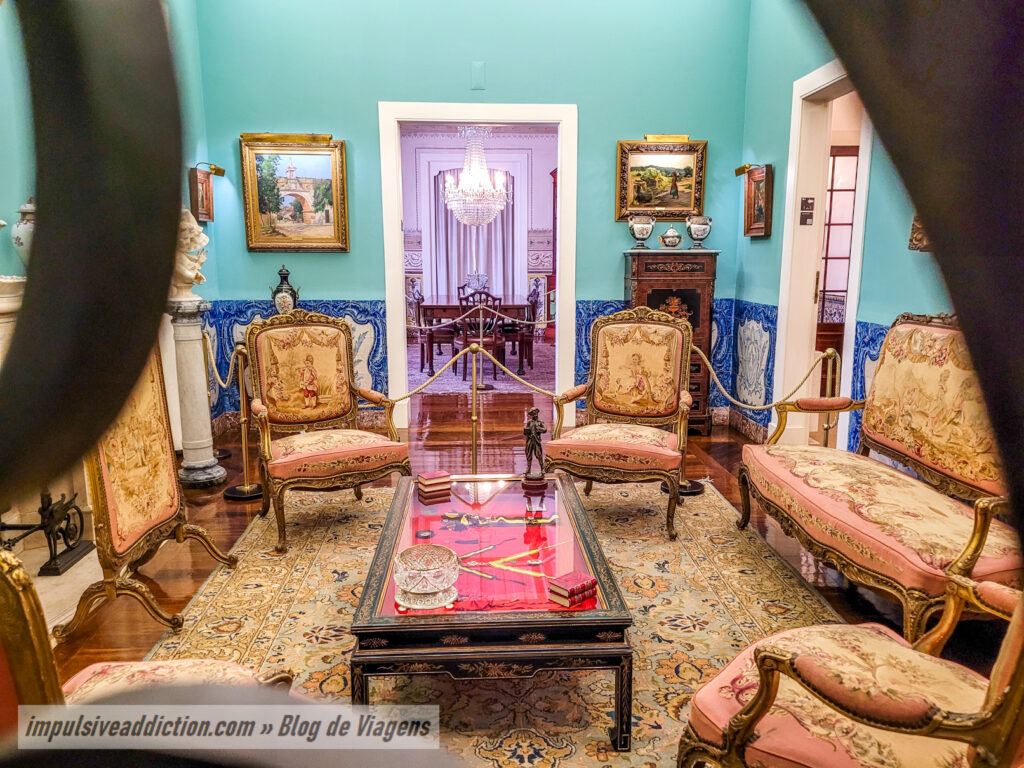
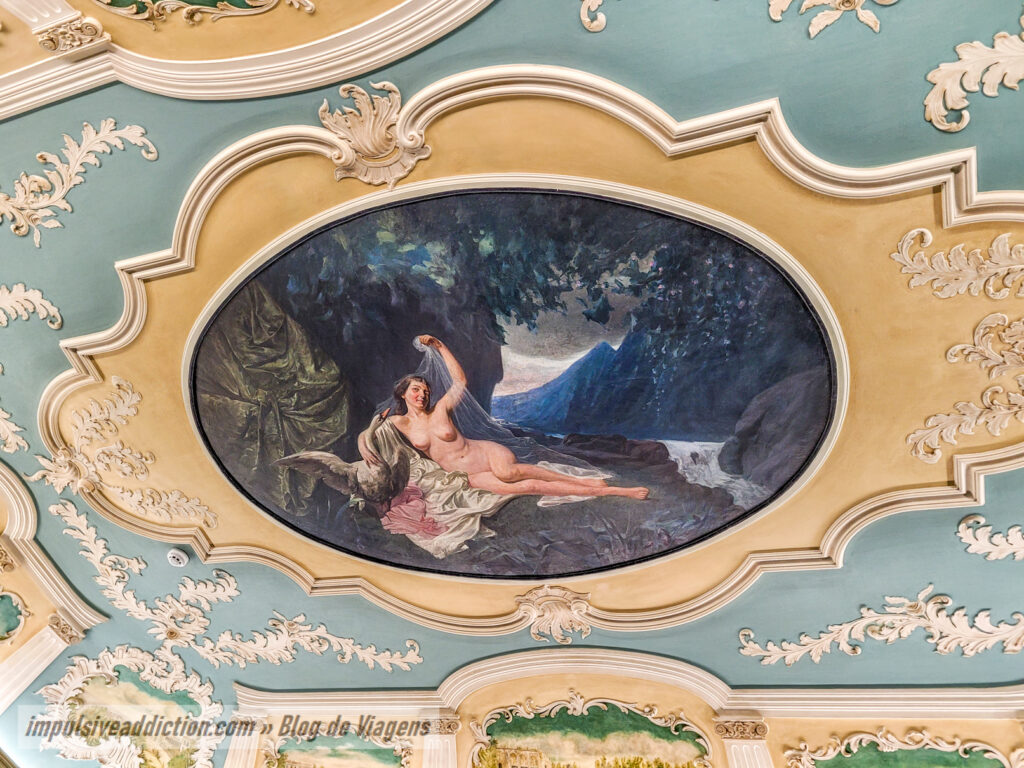
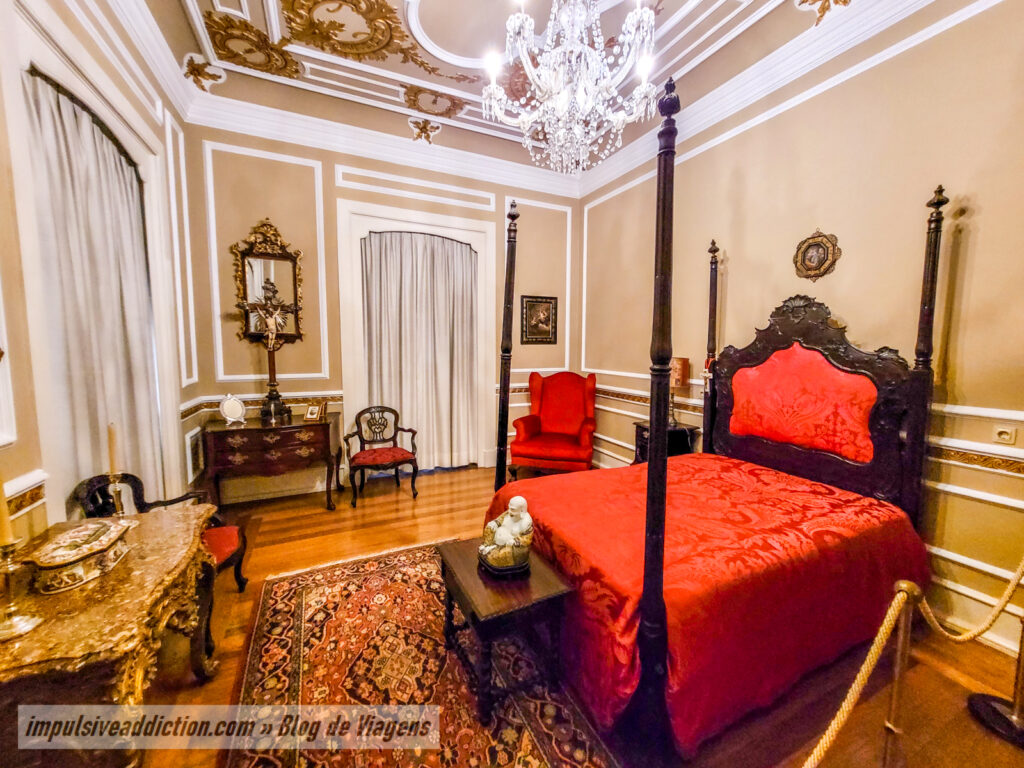
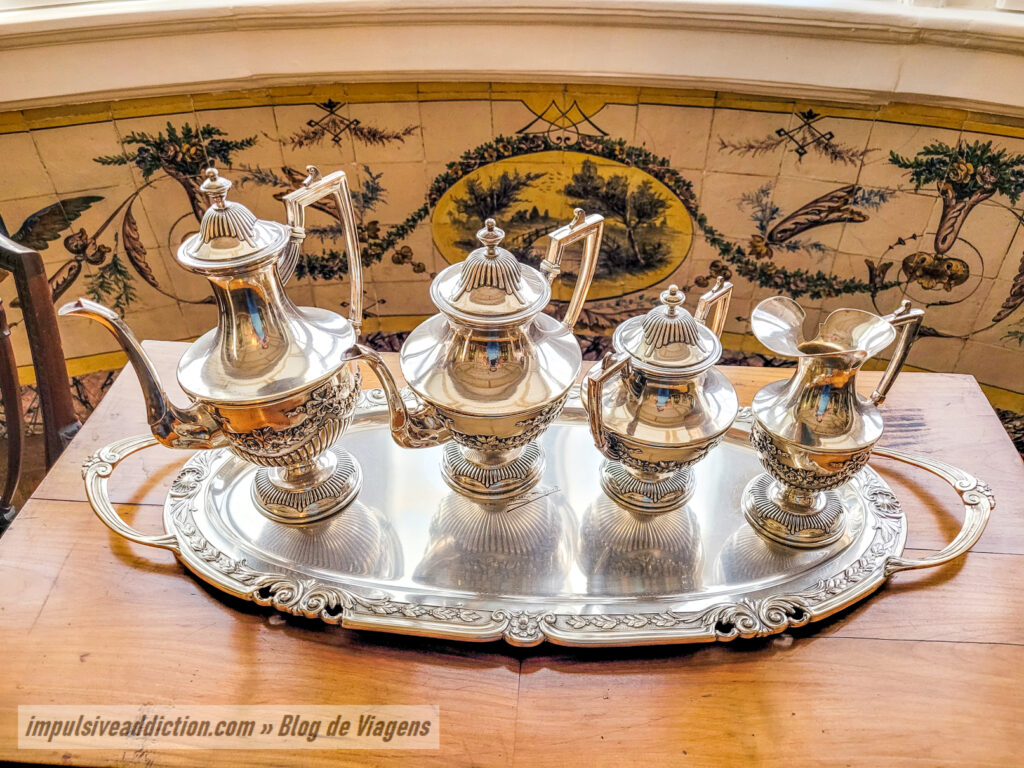
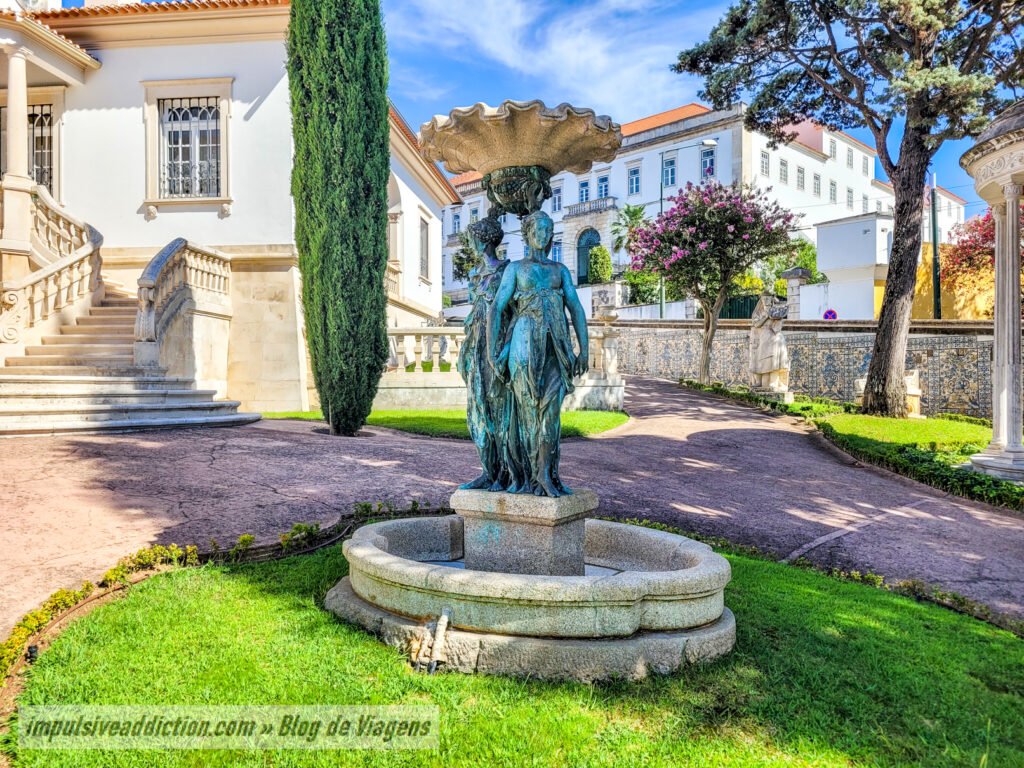
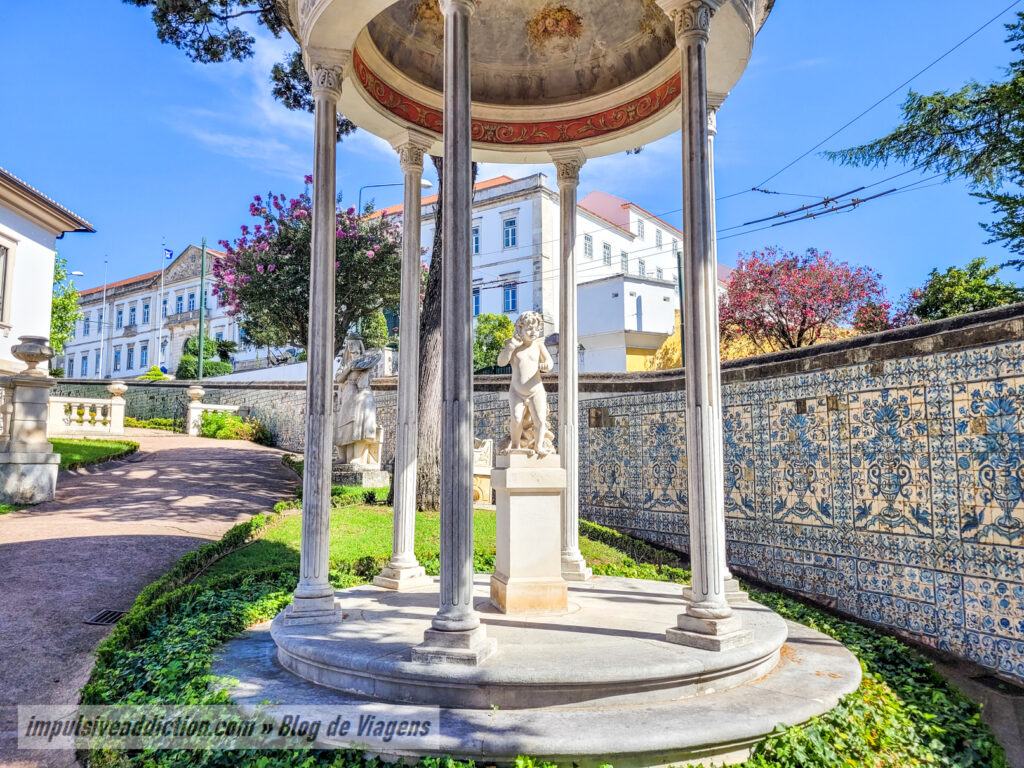
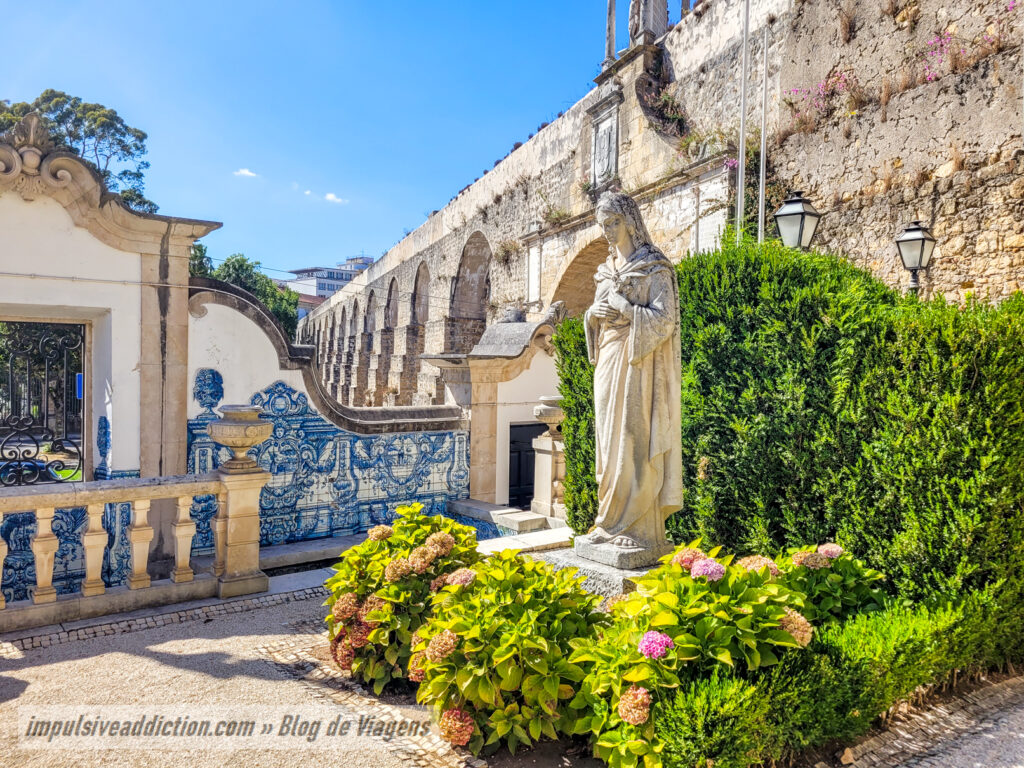
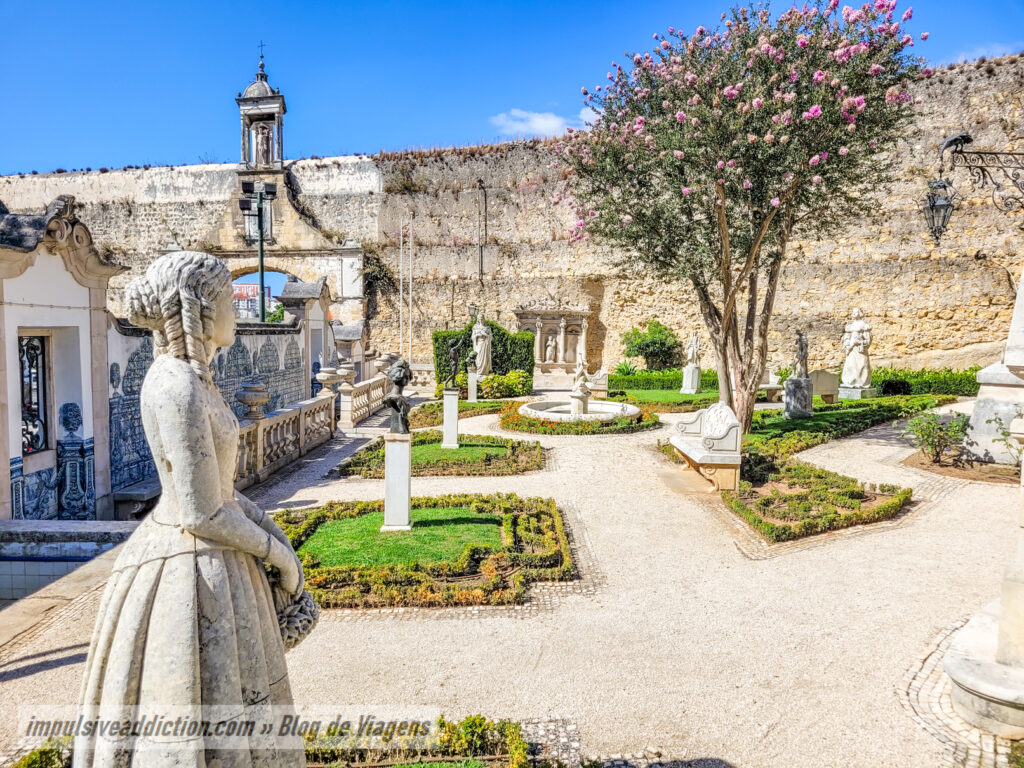
4. Republic Square and Mermaid Garden
Then go to Republic Square, from where you’ll start to descend towards downtown. This square, which is one of the most popular places at night in Coimbra, is next to Parque de Santa Cruz, better known as Mermaid Garden, which appeared in the 18th century. You will find the entrance portico interesting and also the monument at the back with an image of Nossa Senhora da Conceição and beautiful tile panels. The name of the garden, however, comes from a more secluded fountain, where a statue of a newt and a dolphin stands out.
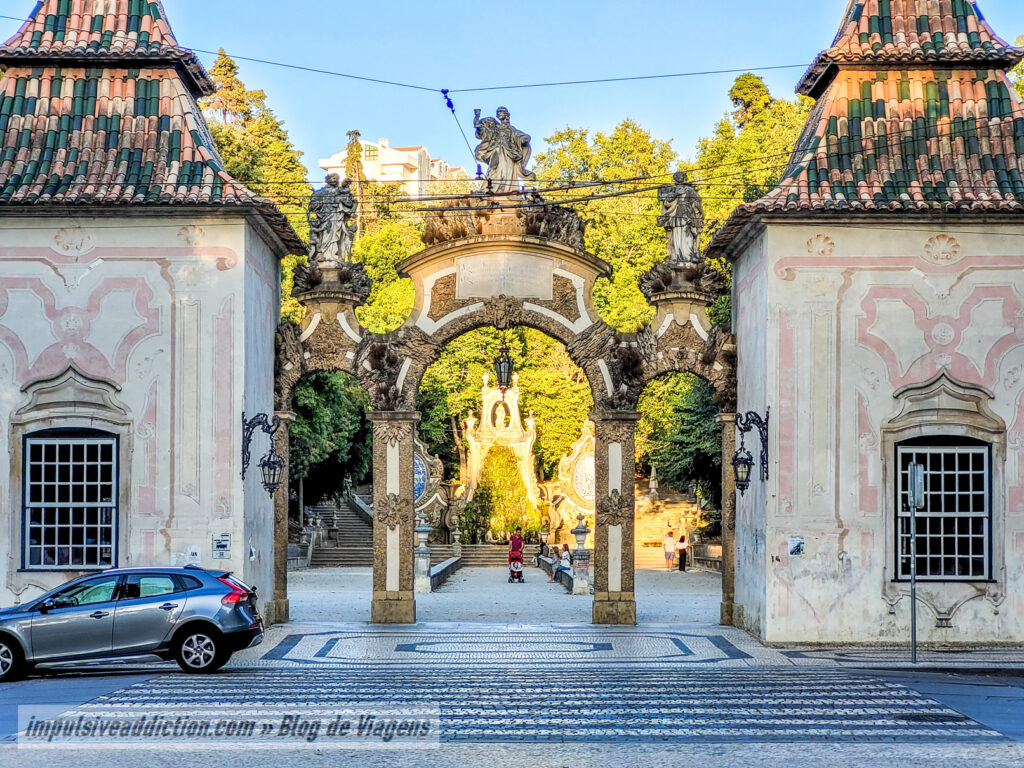
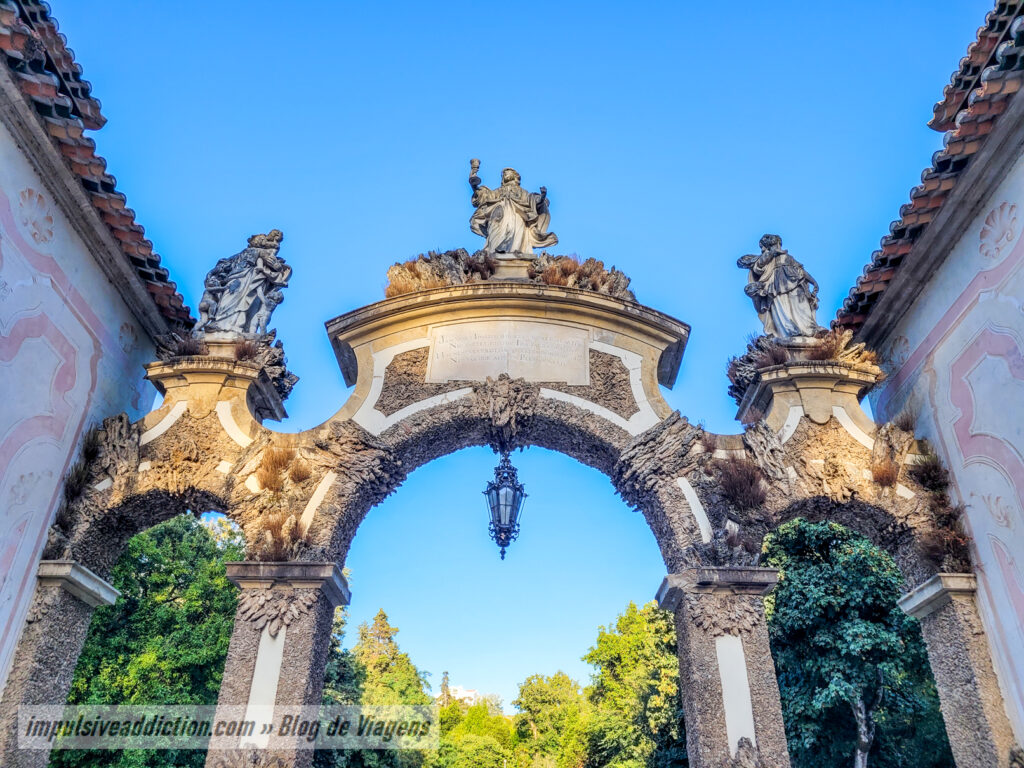
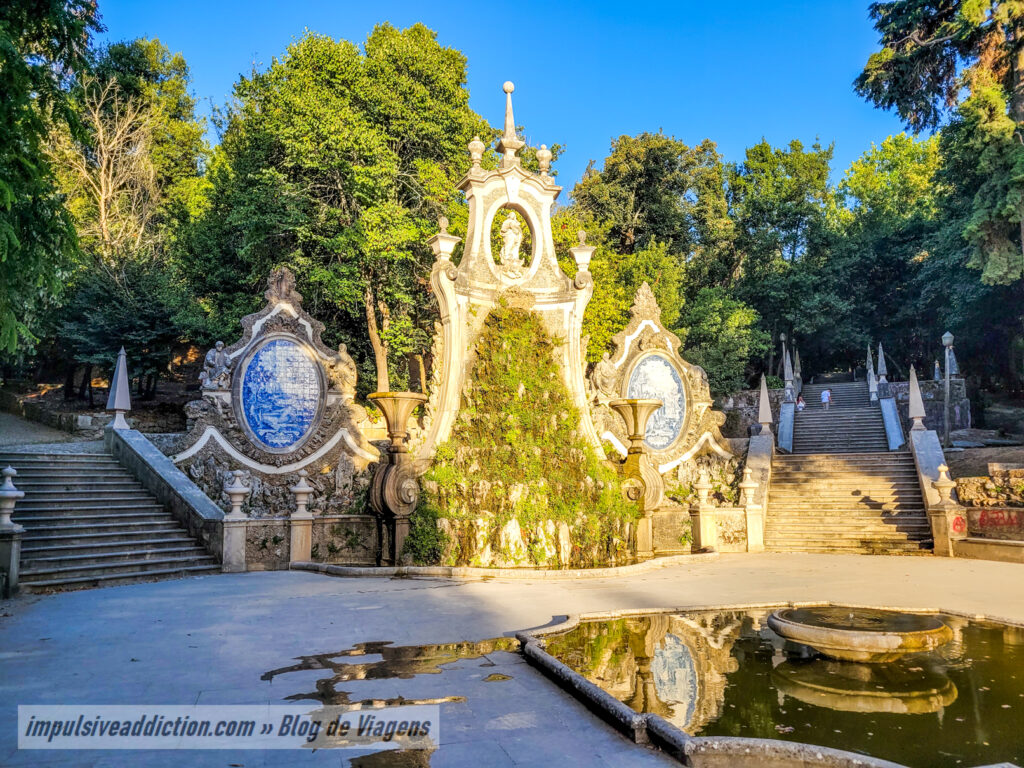
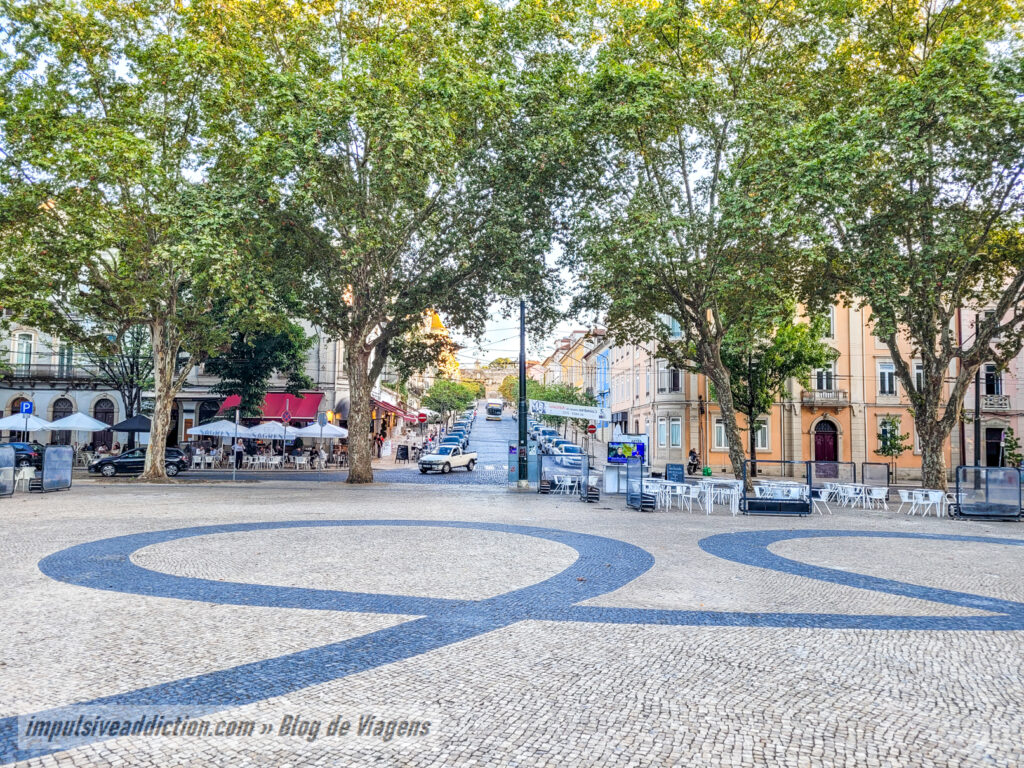
5. Coimbra Academic Association and Casa das Caldeiras
Unfortunately, I found Casa das Caldeiras closed, but through the windows of the building I could see that it will be an ideal place for a strategic stop for something to eat. The building appeared in 1941 as a thermal power station of the old Hospital of the University of Coimbra, having now reopened as a café and bar, but preserving the imposing machinery inside. 😉 It is close to the Academic Association of Coimbra, the oldest student association in Portugal, founded in 1887.
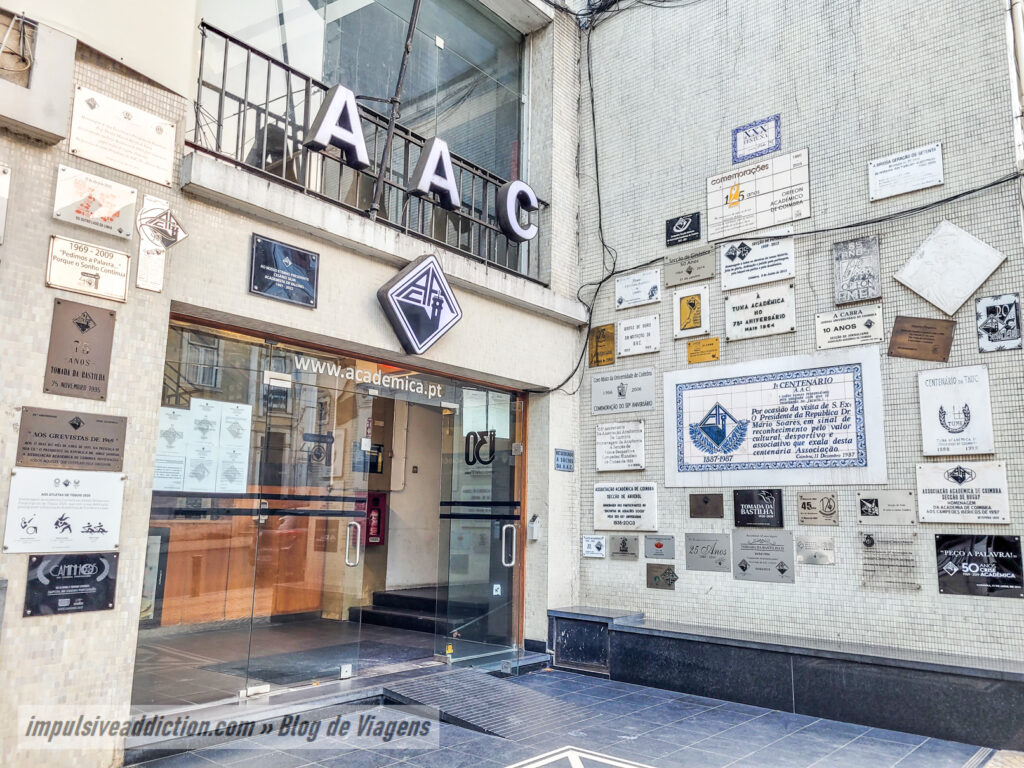
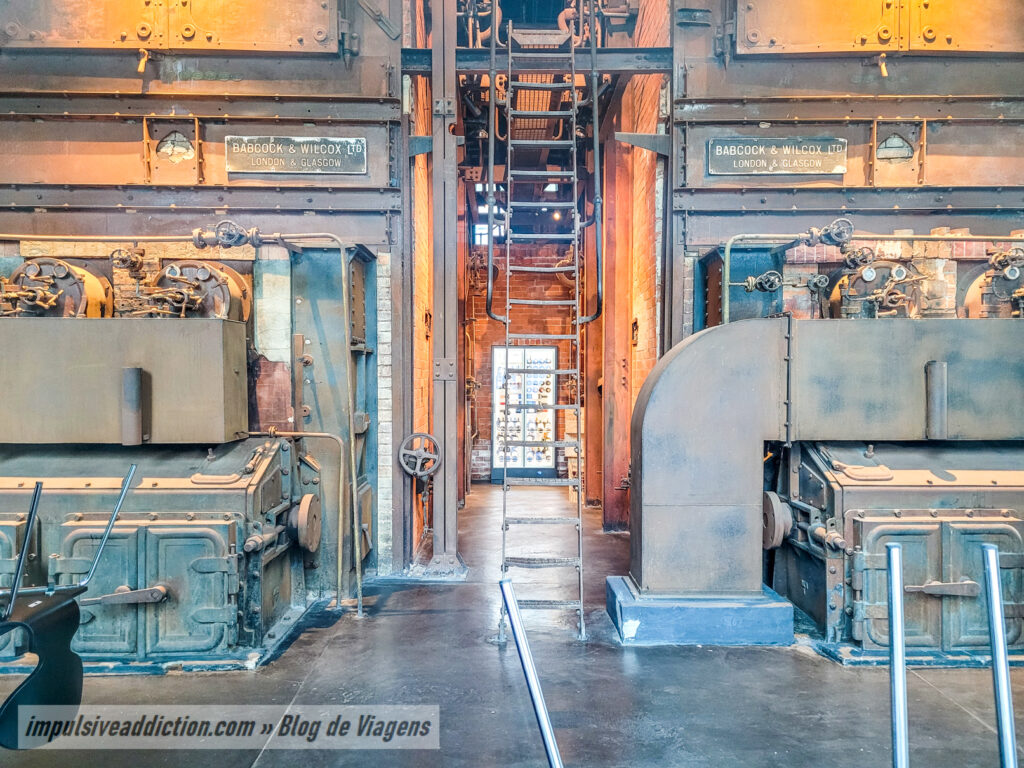
6. Sá da Bandeira Avenue and D. Pedro V Municipal Market
Follow the grandiose Sá da Bandeira Avenue to D. Pedro V Municipal Market. This avenue is full of gardens, fountains and monuments in the center, and has huge trees providing shade along the entire route. Look carefully at the facades of the buildings on the sides, as some of them are quite old and look like palaces.
Another strategic place for a quick meal is D. Pedro V Municipal Market. It has lots of commercial stores that sell a little bit of everything, spread over 3 floors. Be sure to go up to its viewpoint, for a beautiful view of the houses of Coimbra that are in the surroundings.
Note that in front of the Municipal Market of D. Pedro V you will find huge tile panels representing the various monuments of the city.
Optional: Also consider visiting the Museum of Erotic Art in Coimbra, which is located nearby. I didn't, just because it was closed during my most recent visit to the city.
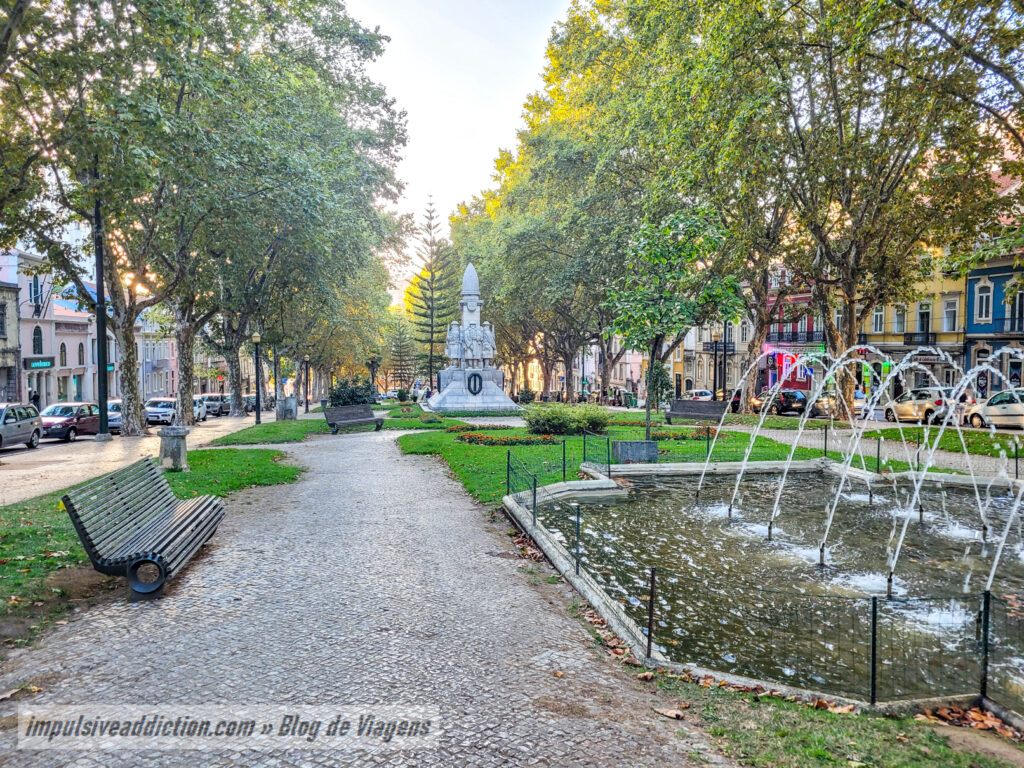
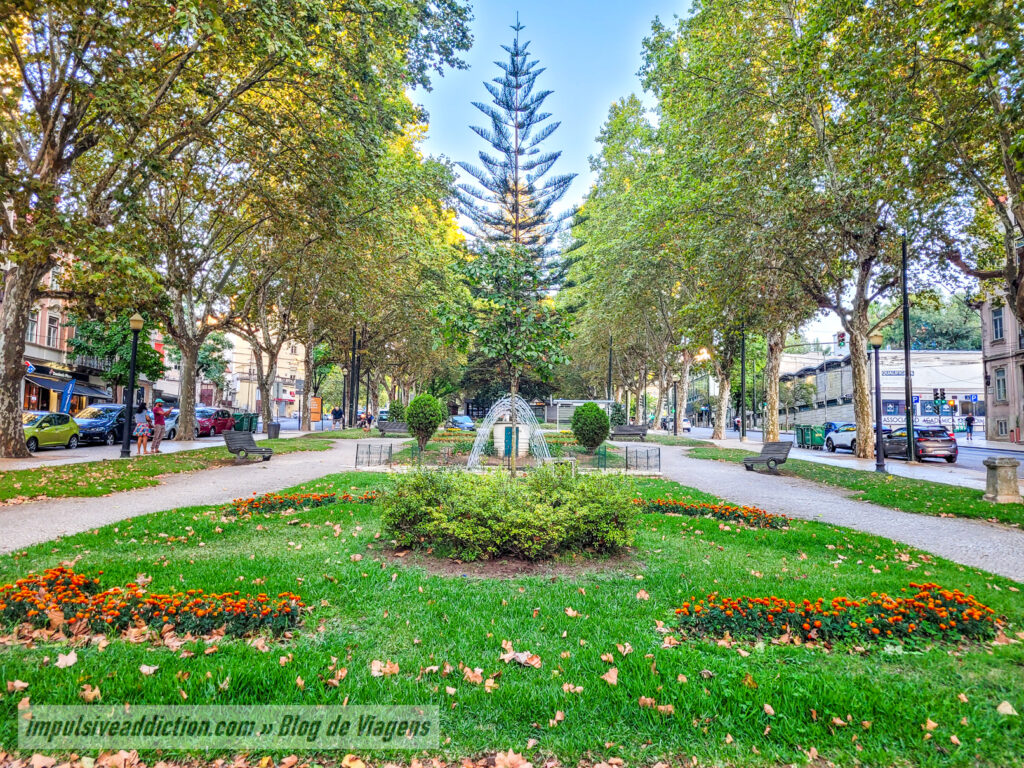
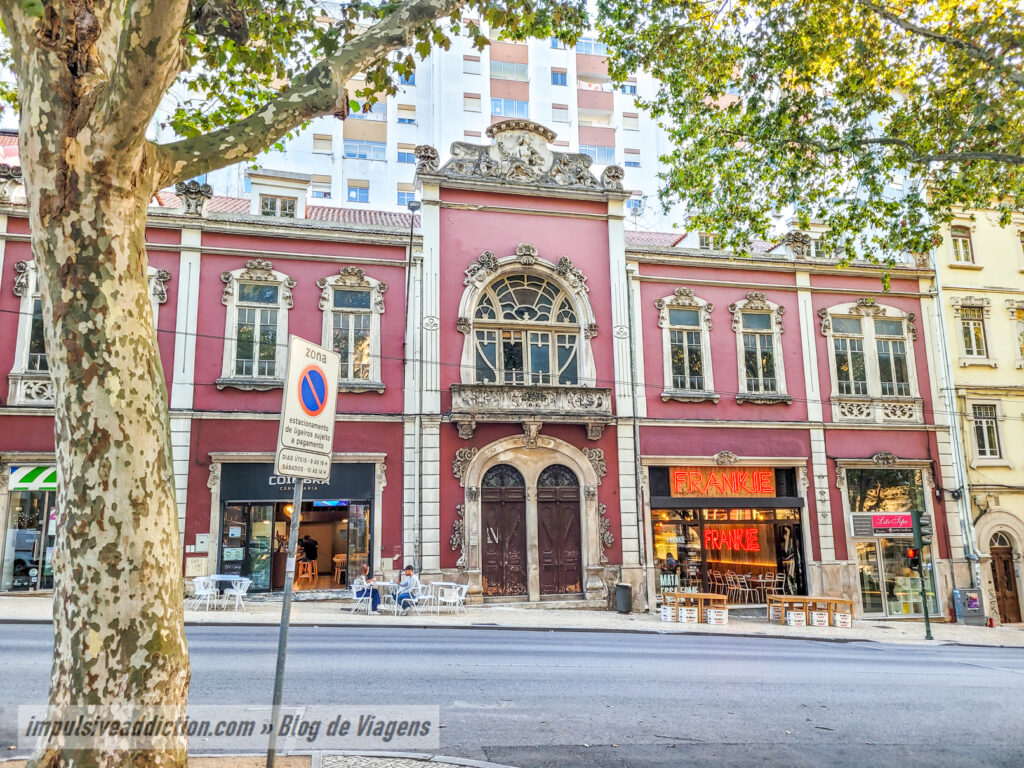
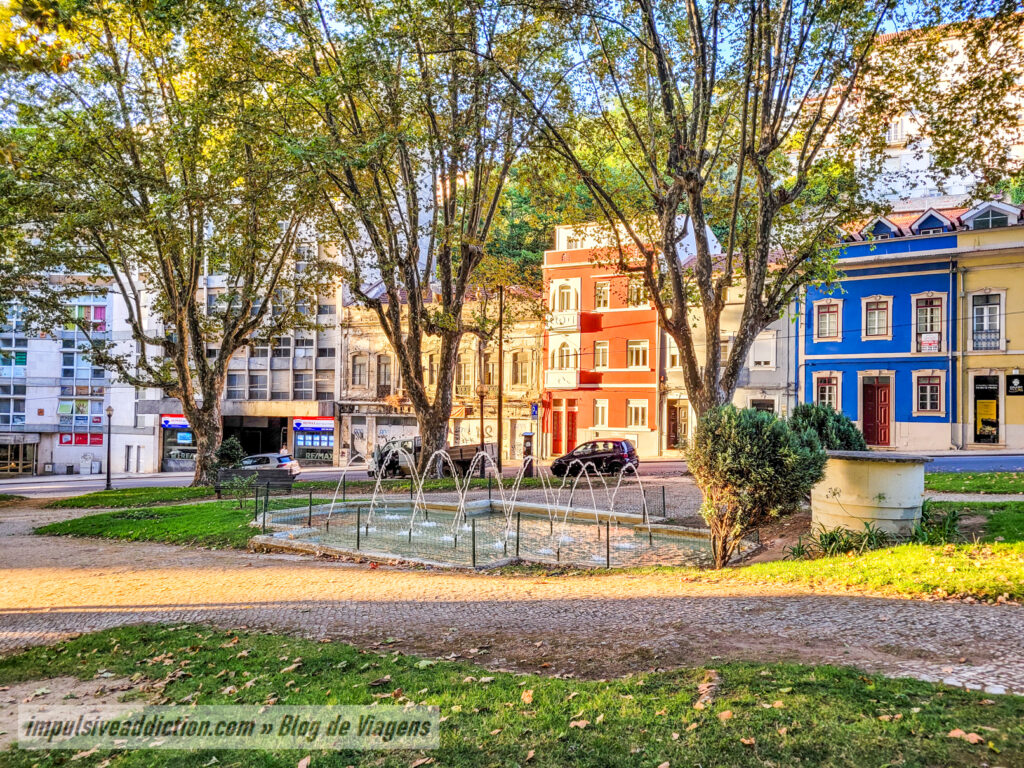
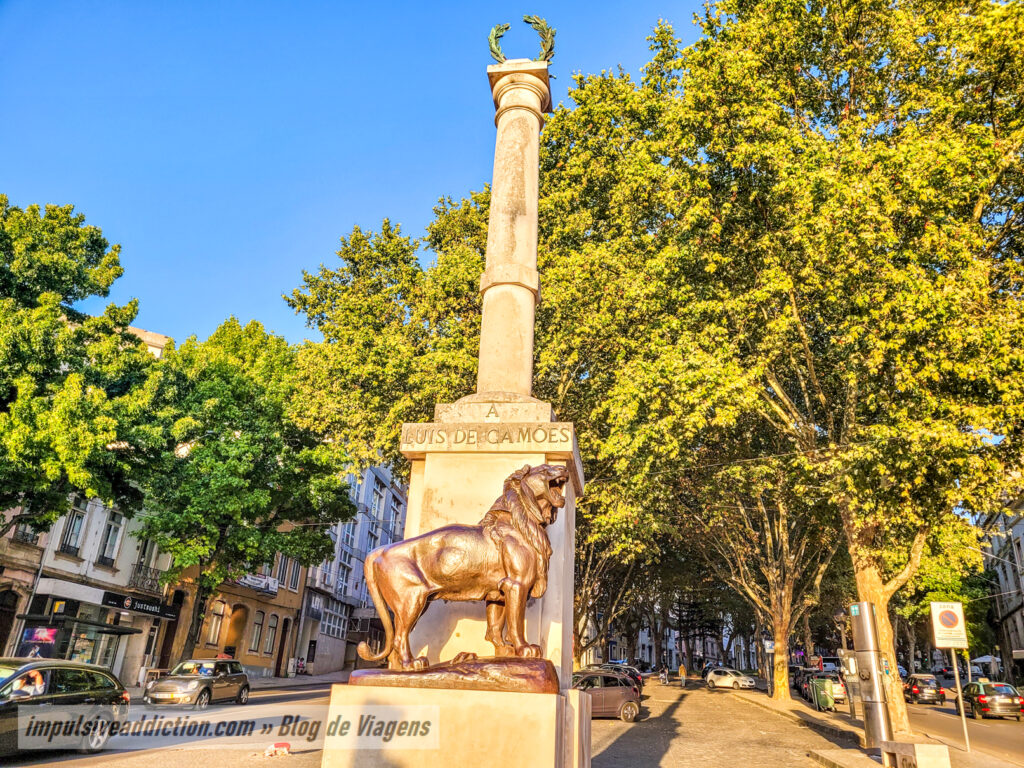
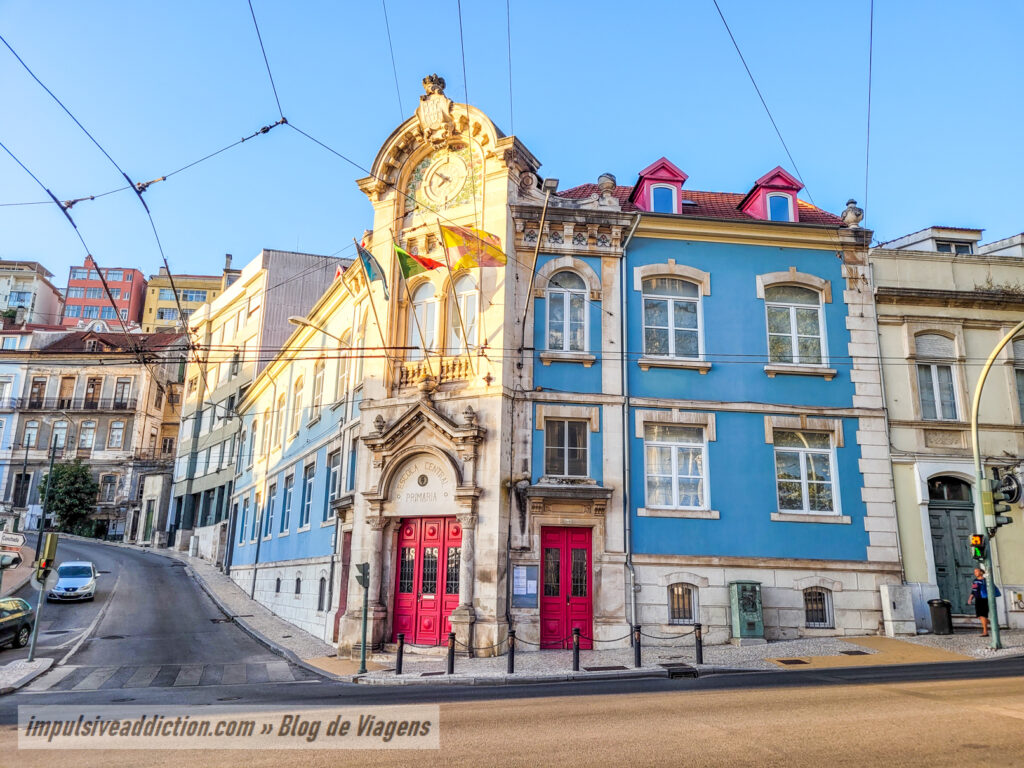
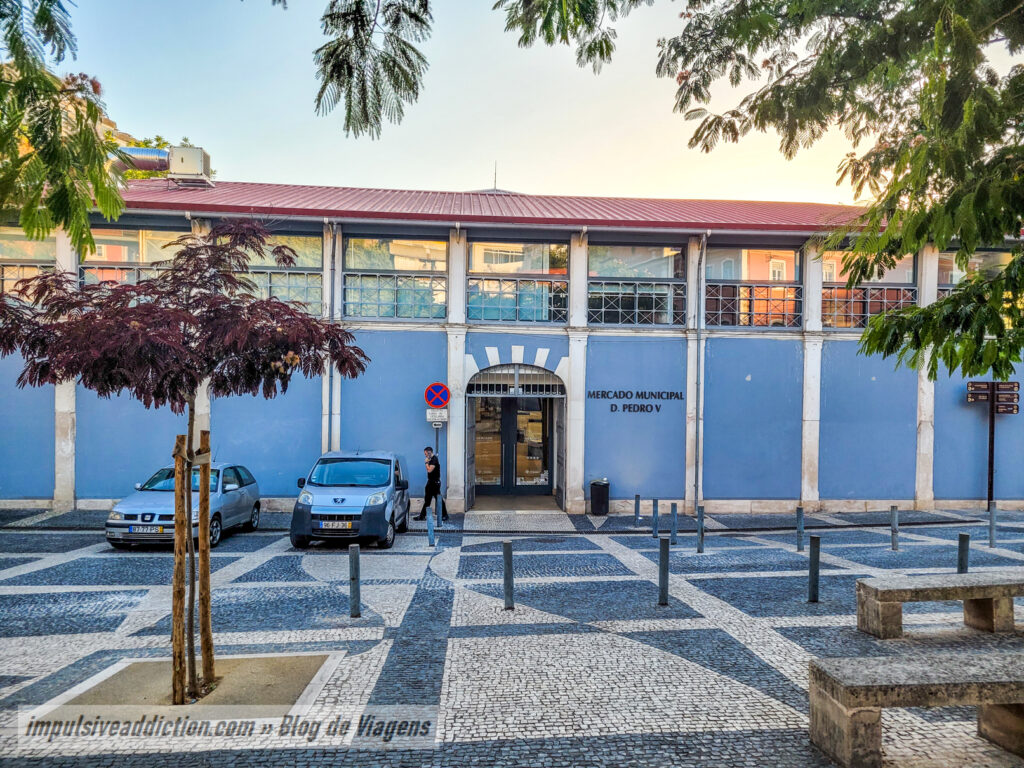
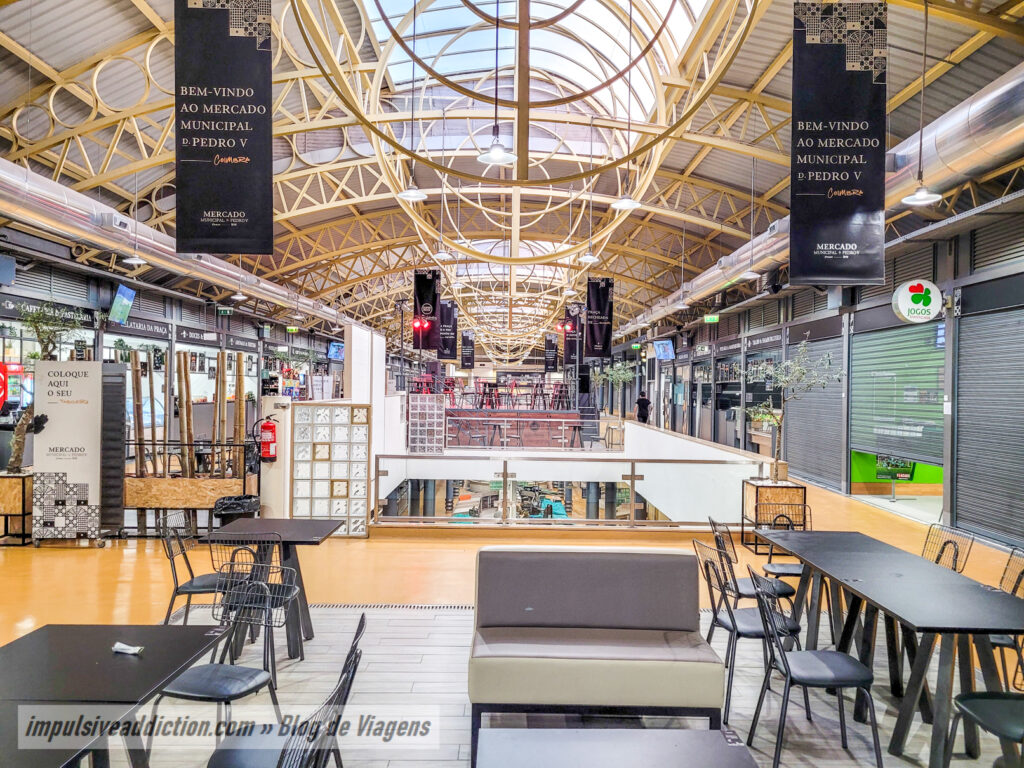
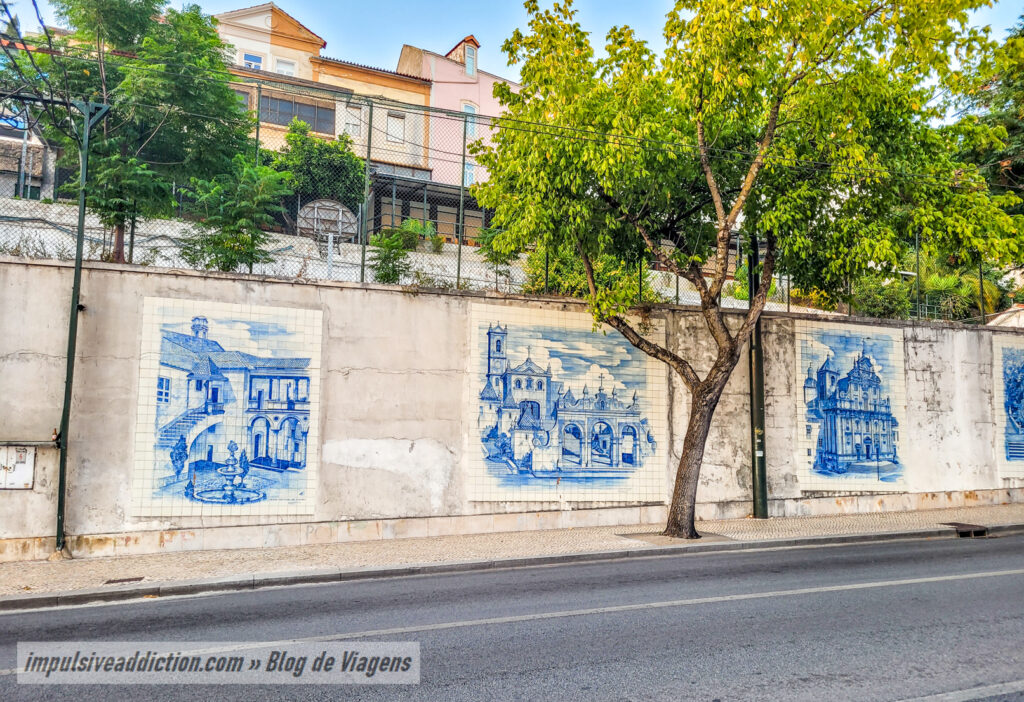
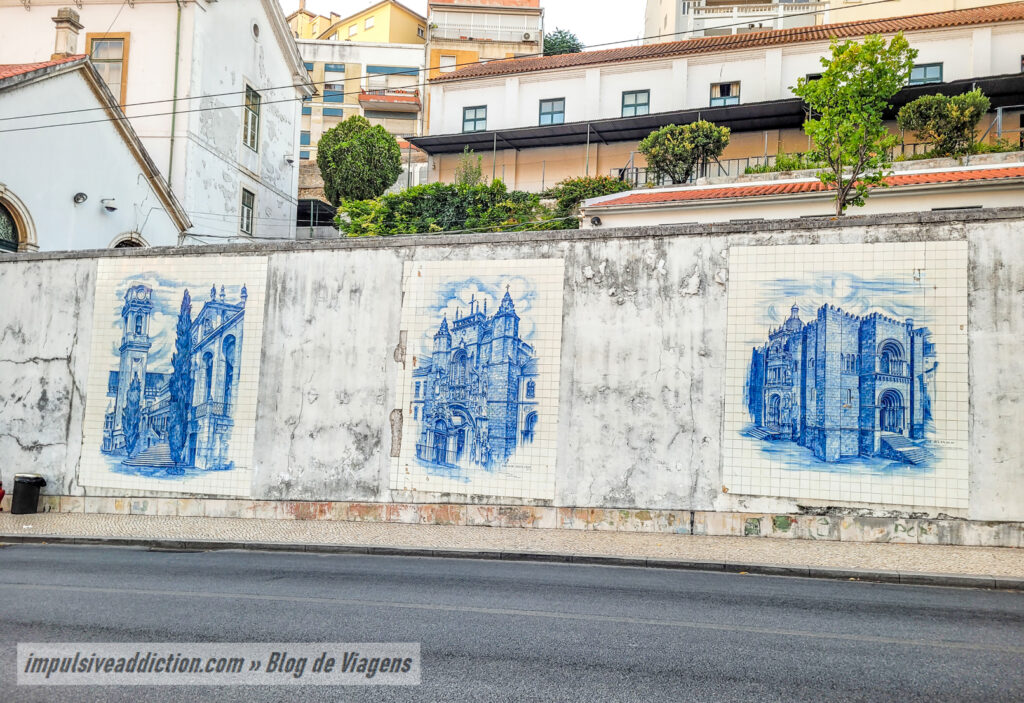
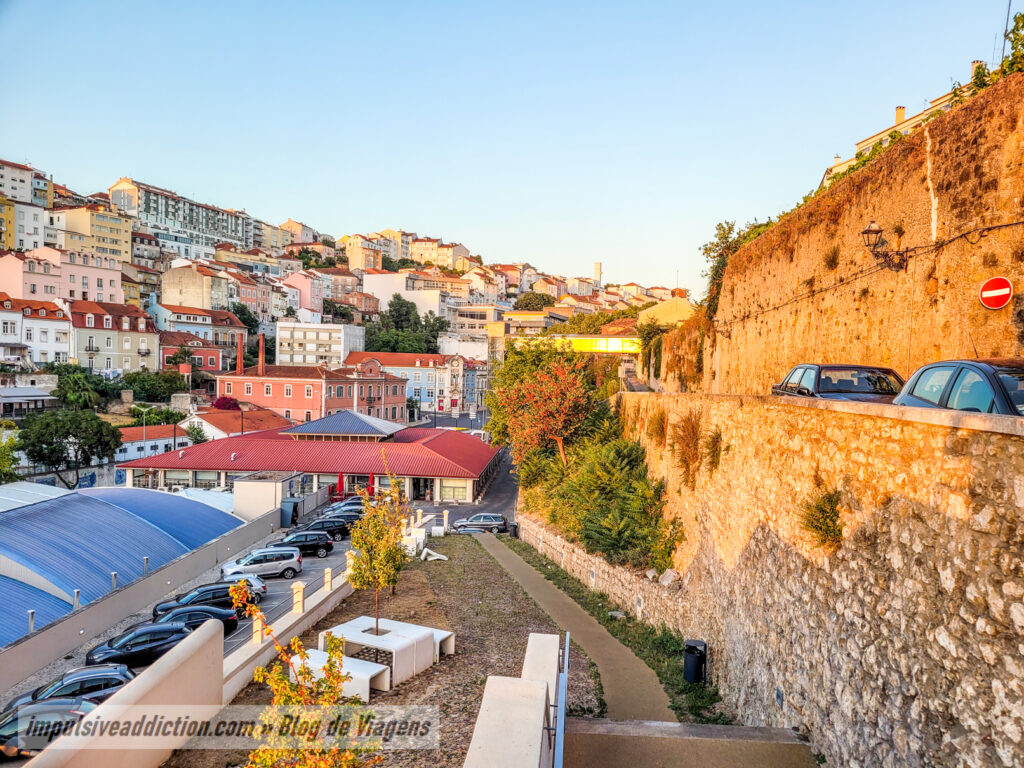
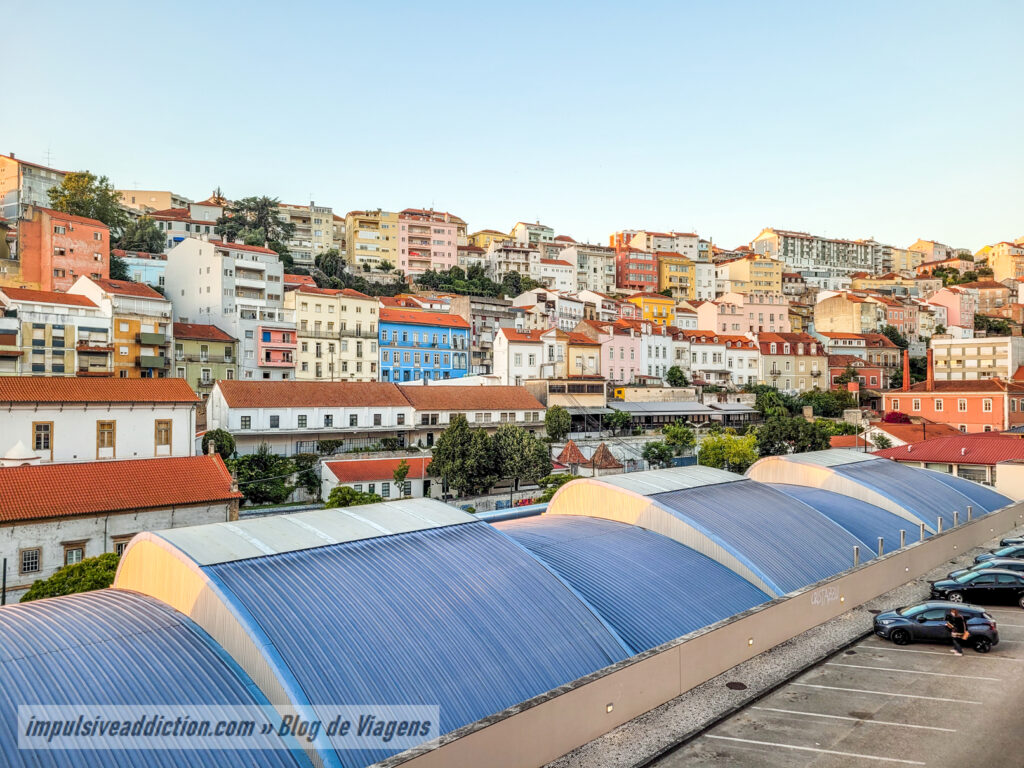
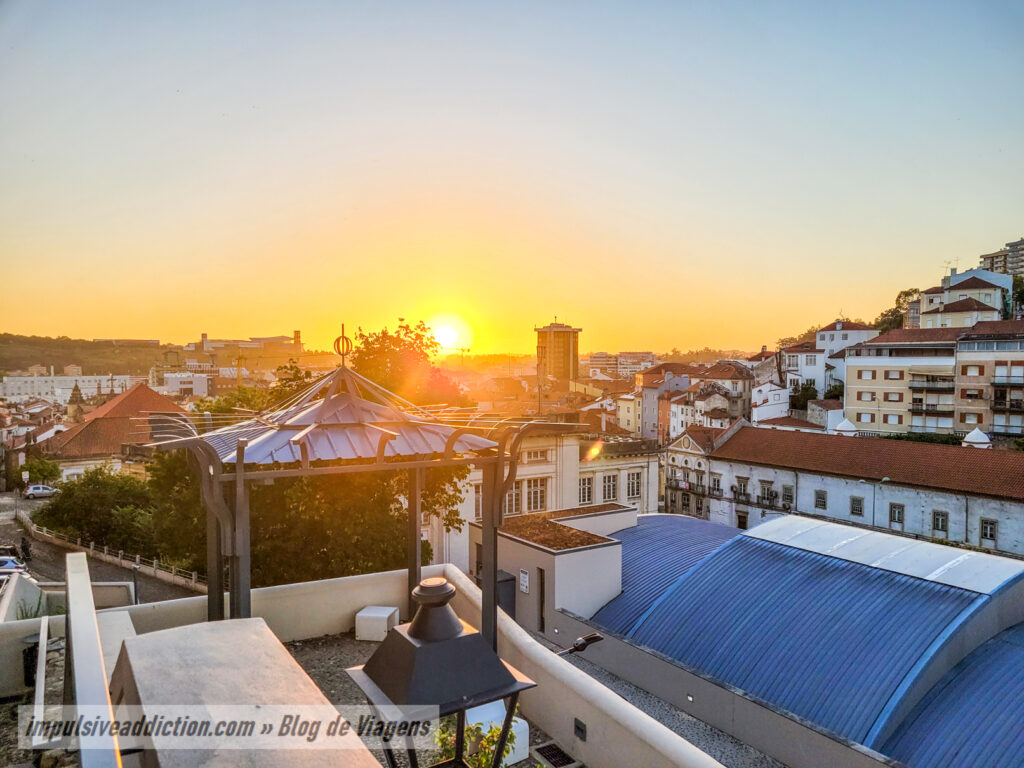
7. Manga Garden and Fonte Nova
Manga Garden is undoubtedly one of the most fascinating places in Coimbra, with a very romantic aspect, and ideal for good souvenir photographs of the city. Did you know that it was part of the old Monastery of Santa Cruz, actually being one of its cloisters? As a curiosity, it was formerly called Cloister of the Infirmary or Cloister Terceira.
Fonte Nova (“new fountain”), on the other hand, is not really new, since it already existed in the 12th century when it was known as the Jews Fountain, since it was located elsewhere, next to the Jews Neighborhood. This is the oldest public supply source in the city, having been in its current location since 1986.
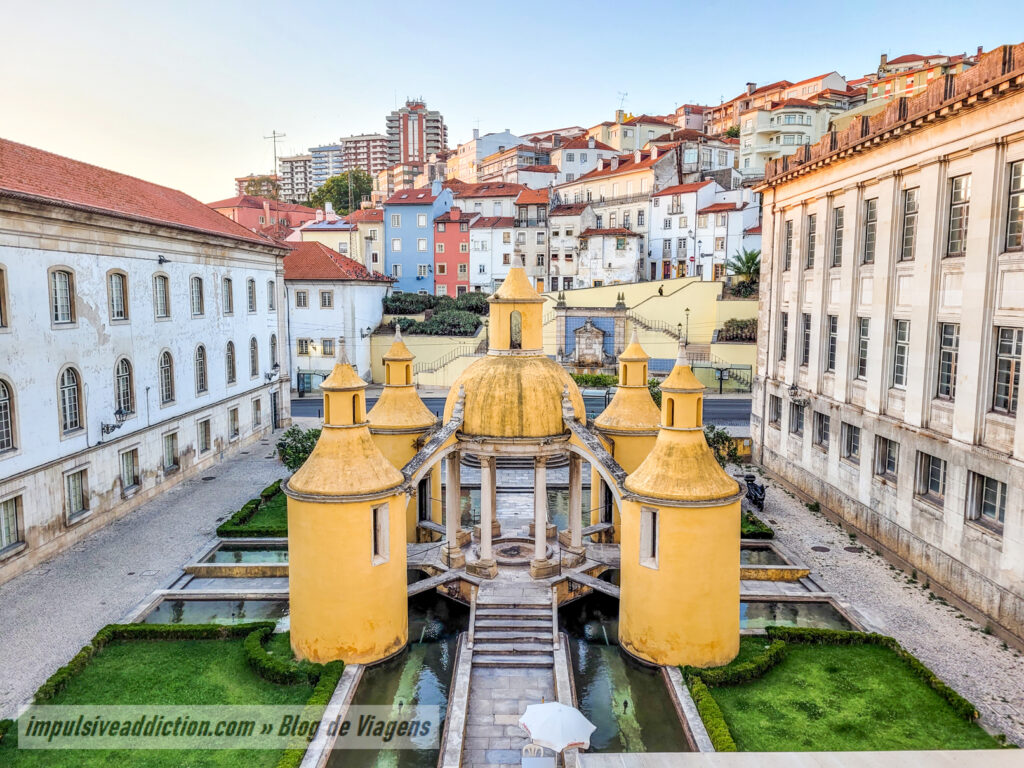
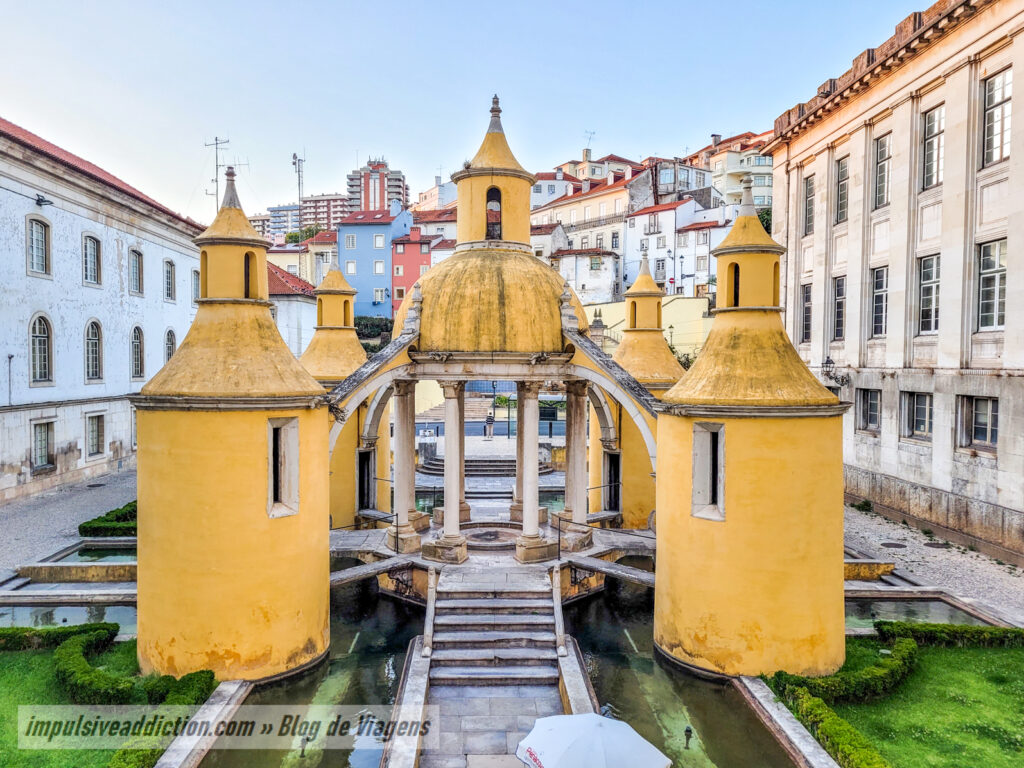
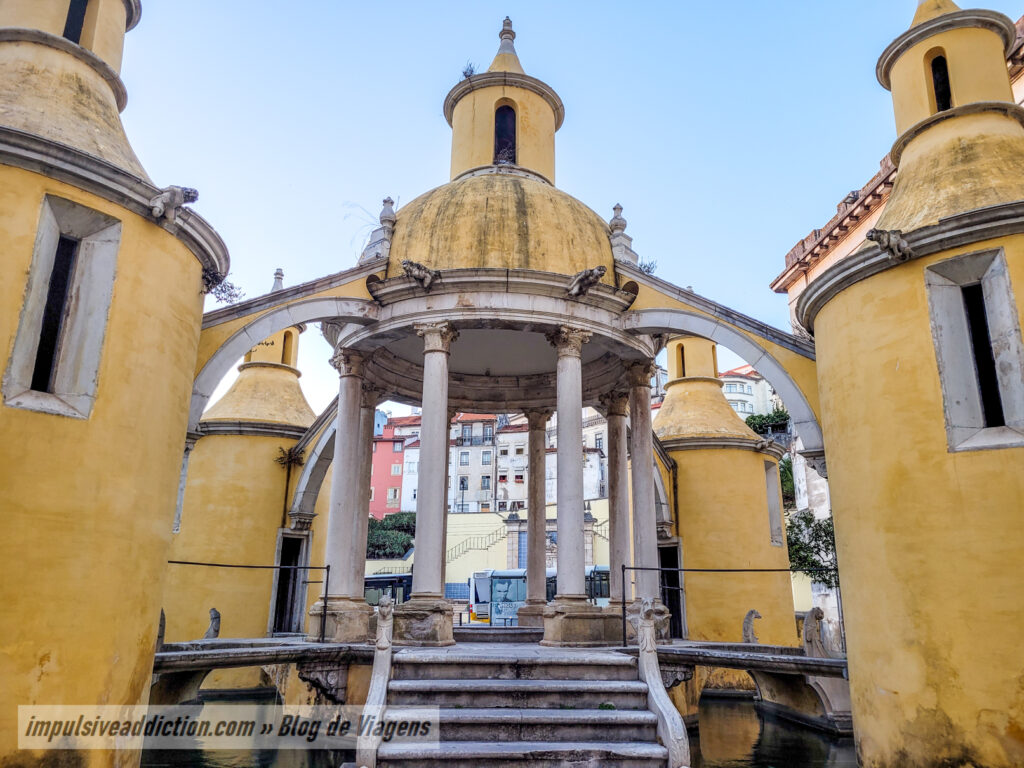
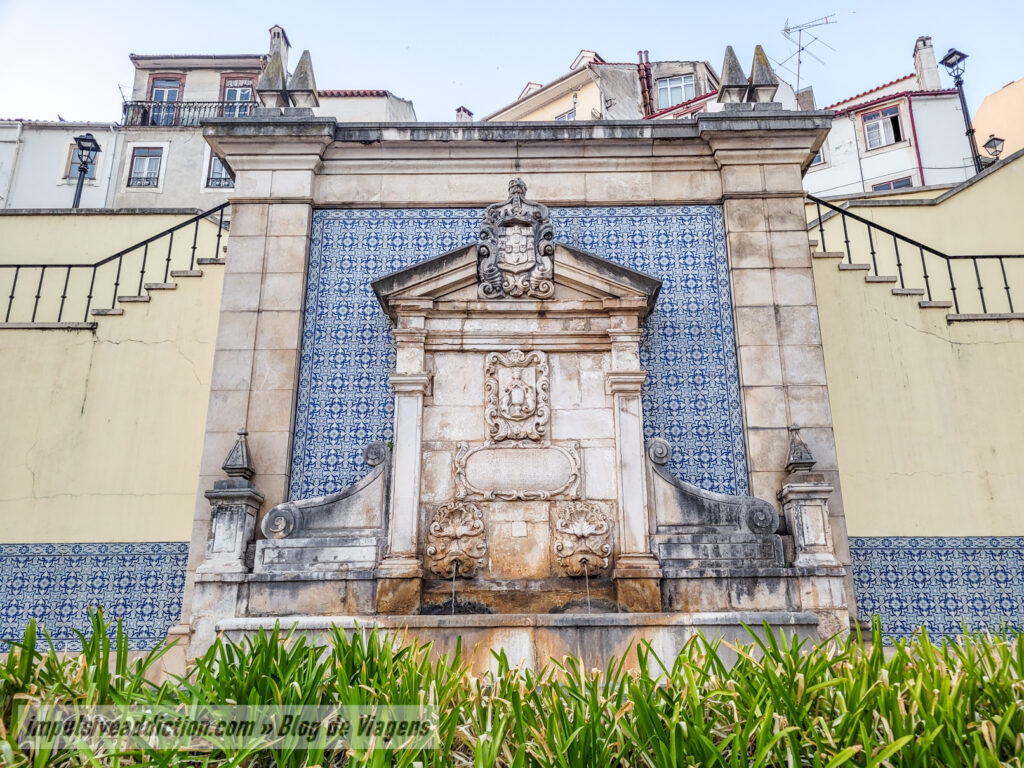
8. Church of the Monastery of Santa Cruz
A complete itinerary with things to do in Coimbra also requires an entry in the city’s National Pantheon (since 2003), where the first 2 kings of Portugal are buried: D. Afonso Henriques and his son D. Sancho I. I speak, obviously, about the Church of the Monastery of Santa Cruz. Entrance to the church is free, but to visit the other attractions inside (which are incredible!), you will have to pay.
The Monastery of Santa Cruz was founded in 1131 to house the Order of Saint Augustine, but few traces remain from that time, as the Manueline renovations and those made by King D. João III were extensive and drastically modified it. The tombs of the first two kings of Portugal are Manueline, as can be seen from the impressive decoration typical of the time. D. João III added two new cloisters (the Manga Cloister was one of them), new dormitories, a library and a refectory.
I also mention that this monastery was once one of the most important in the country. Many illustrious figures in Portuguese history studied here, such as the poet Luís de Camões himself. It will be possible to visit a Museum of Sacred Art inside (with the relics of the first Portuguese saint, São Teotónio), the Cloister of Silence, the High Choir and respective stands (absolutely awesome!) and the reliquary sanctuary.
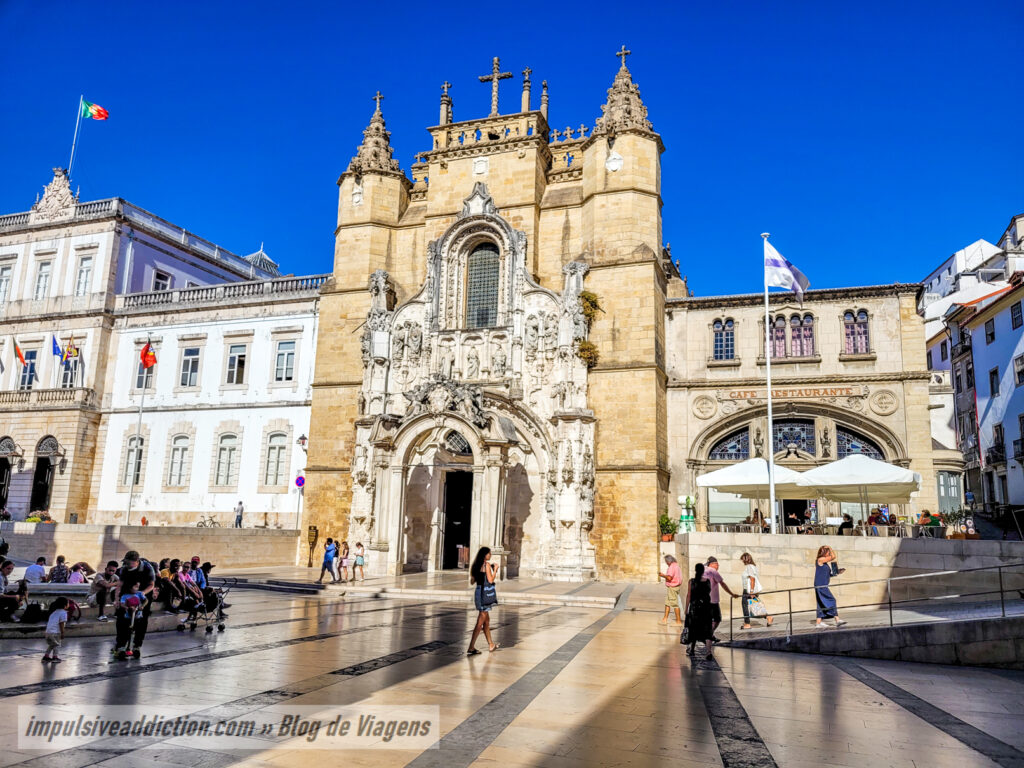
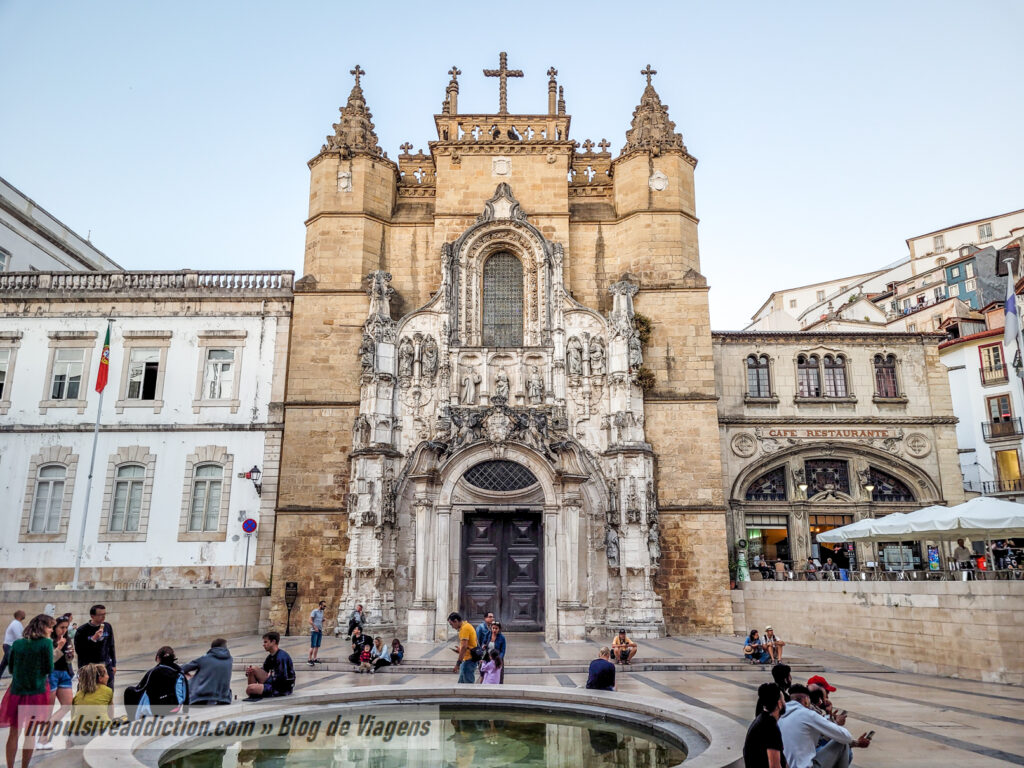
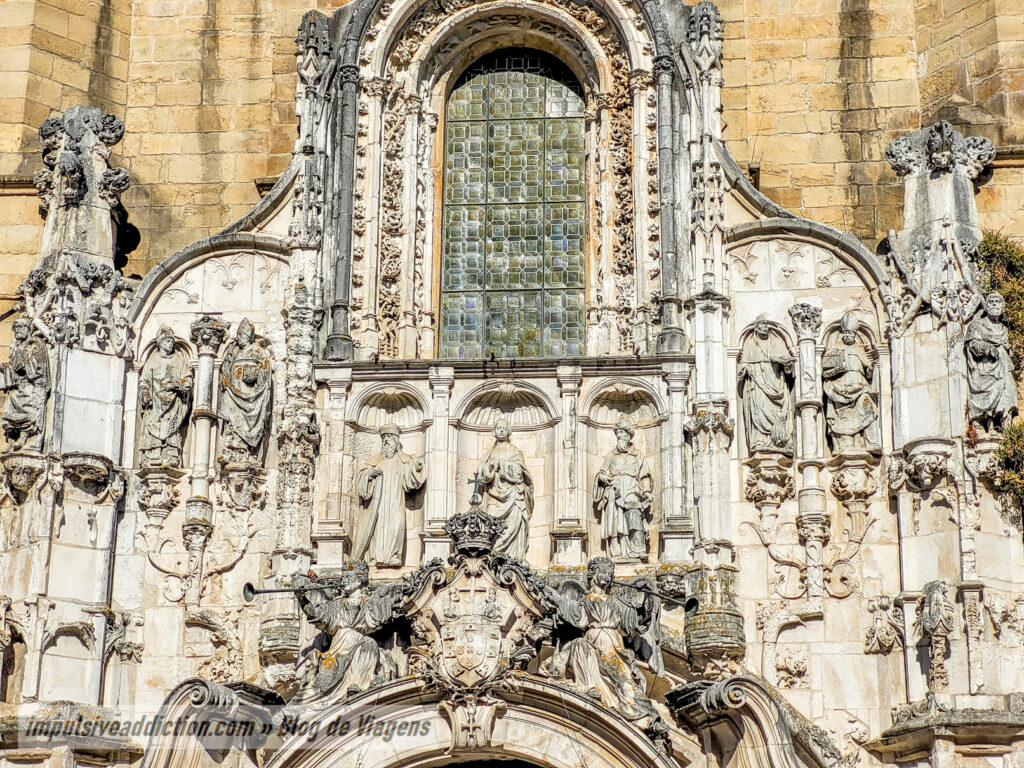
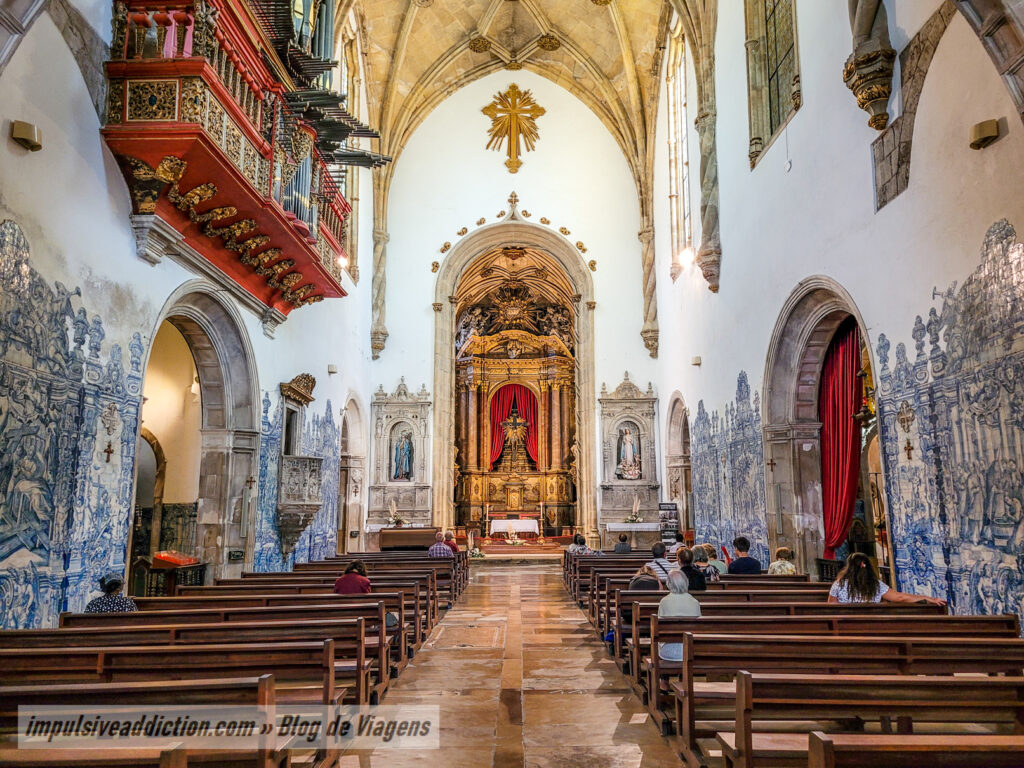
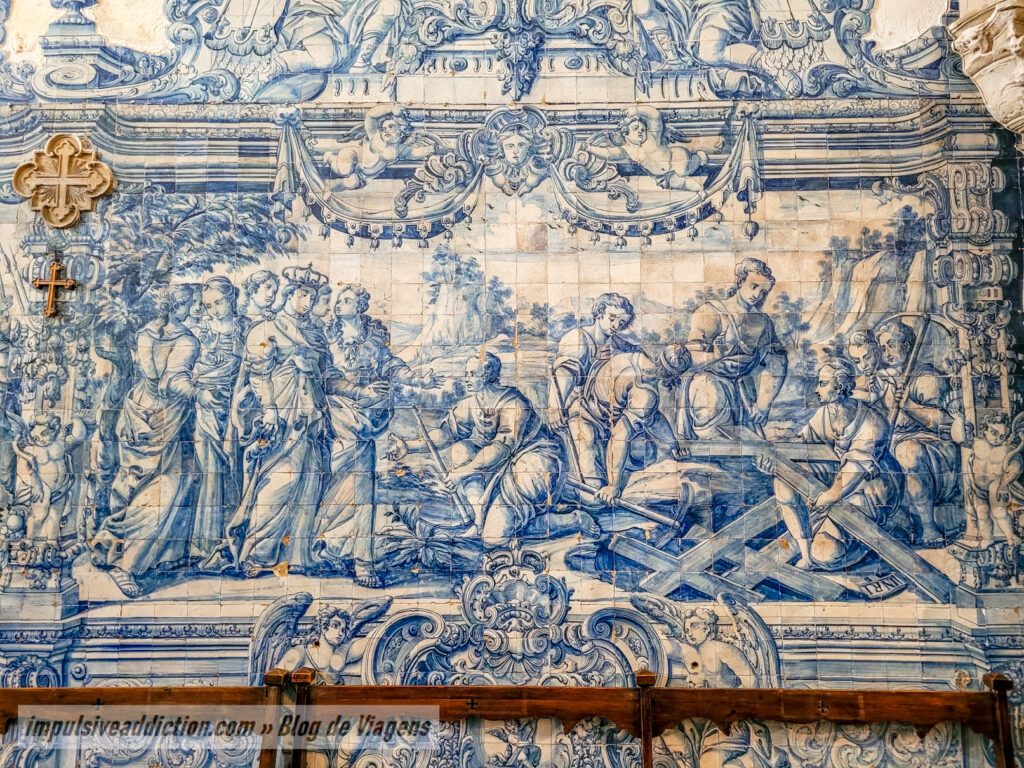
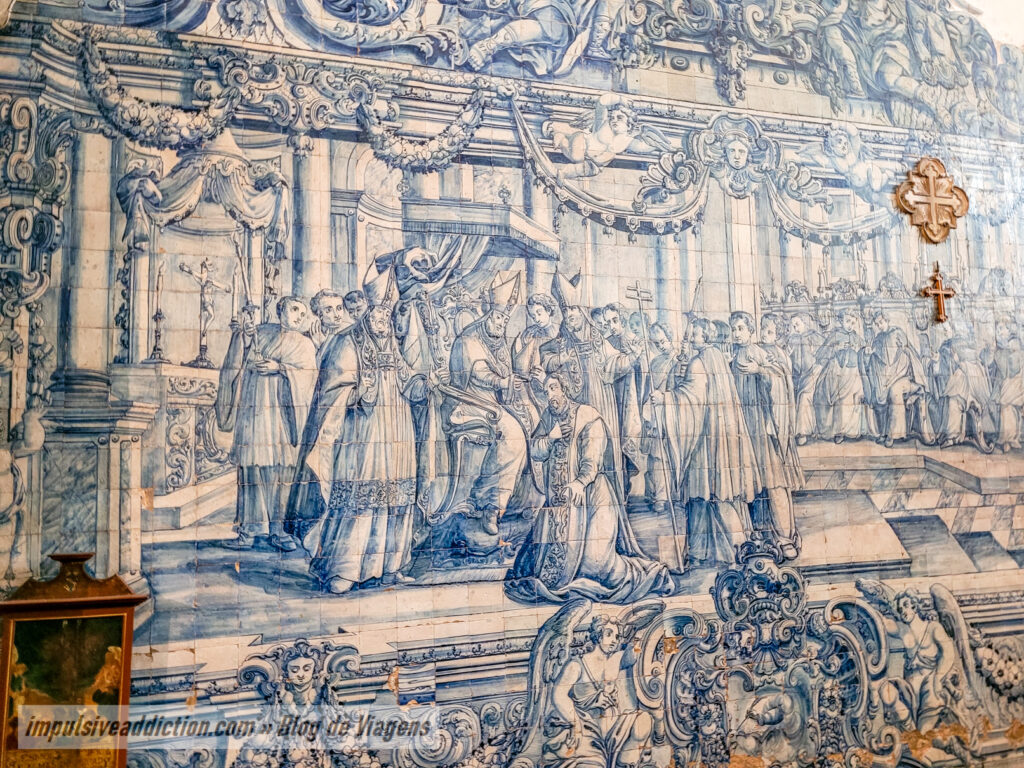
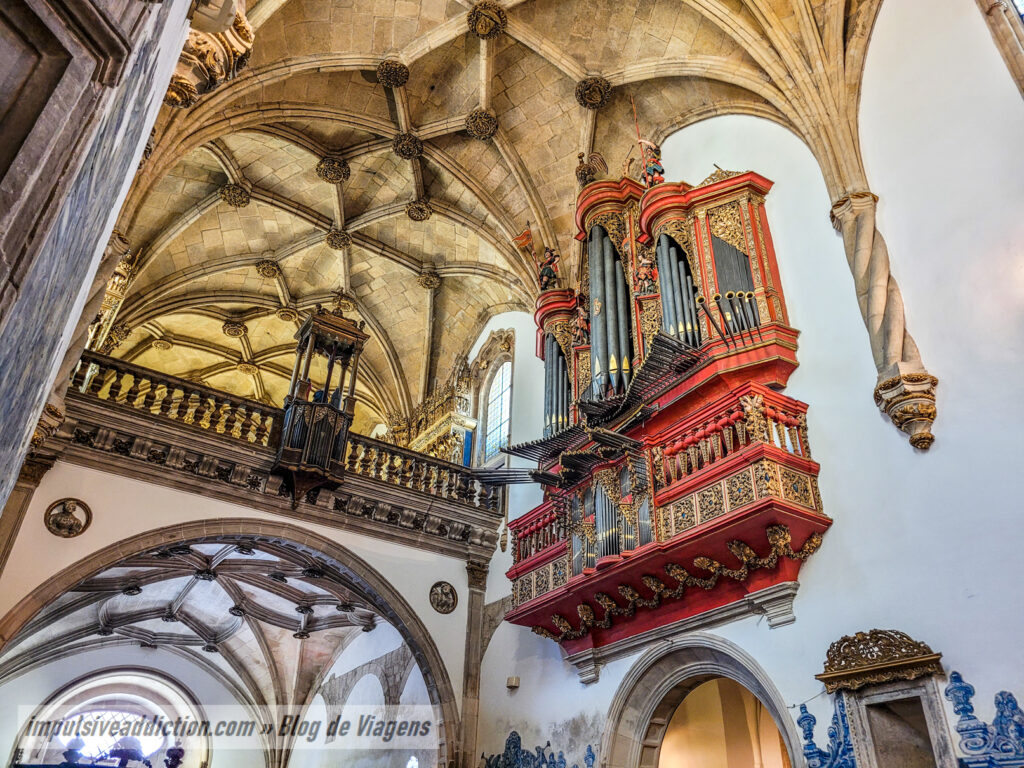
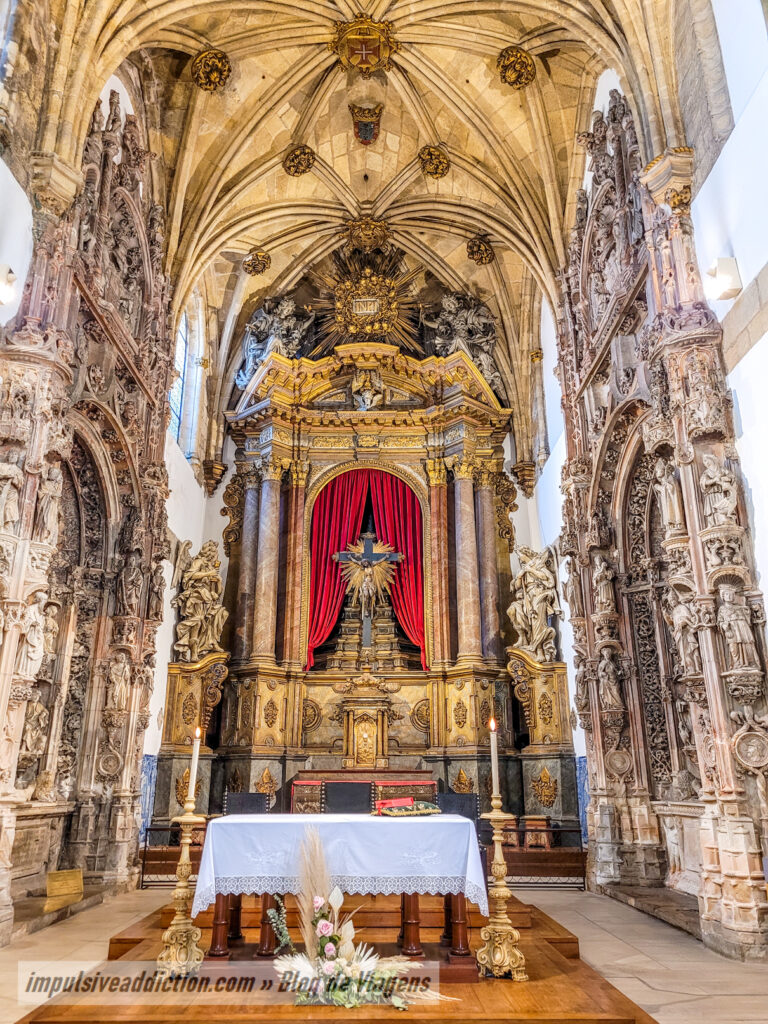
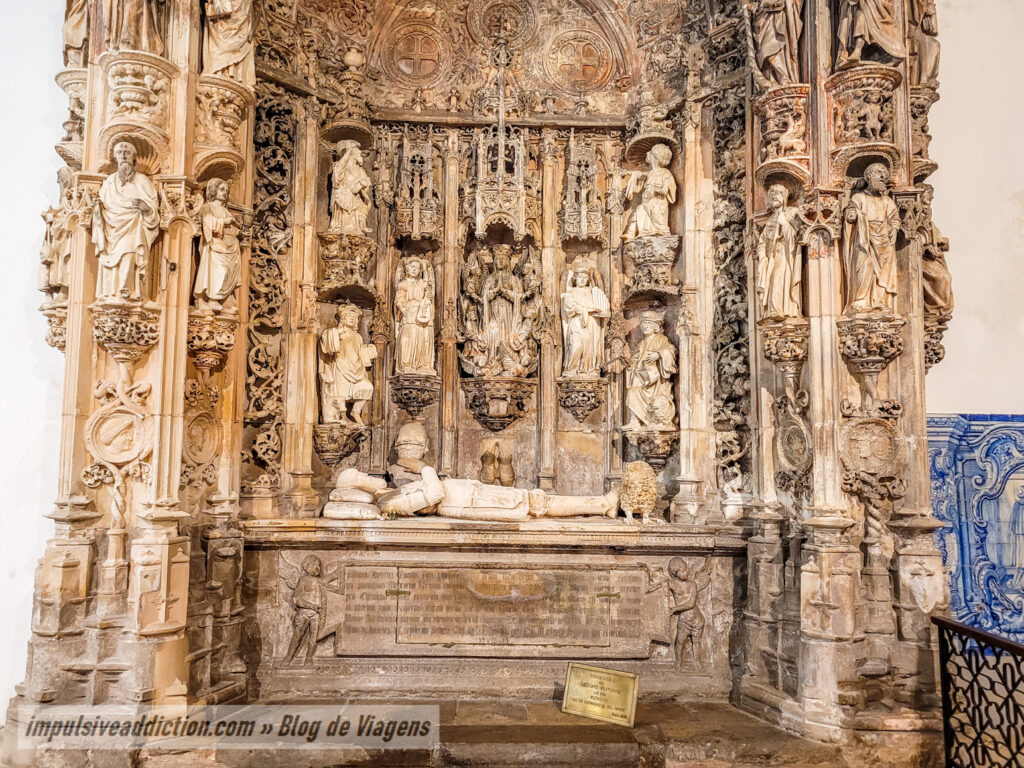
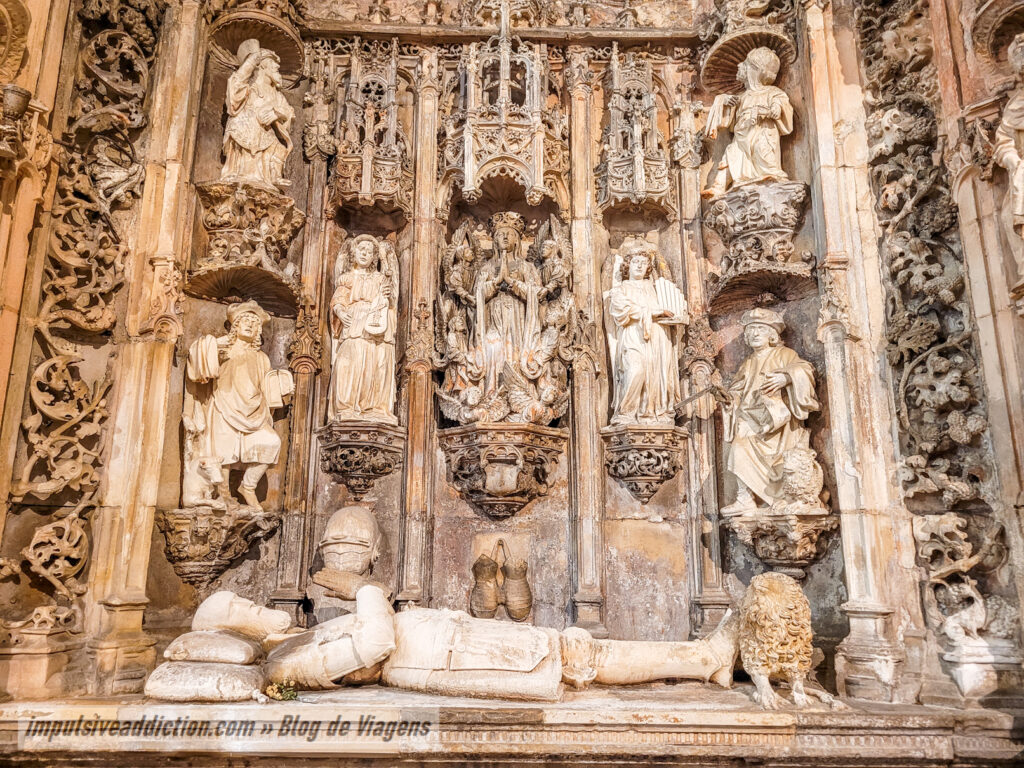
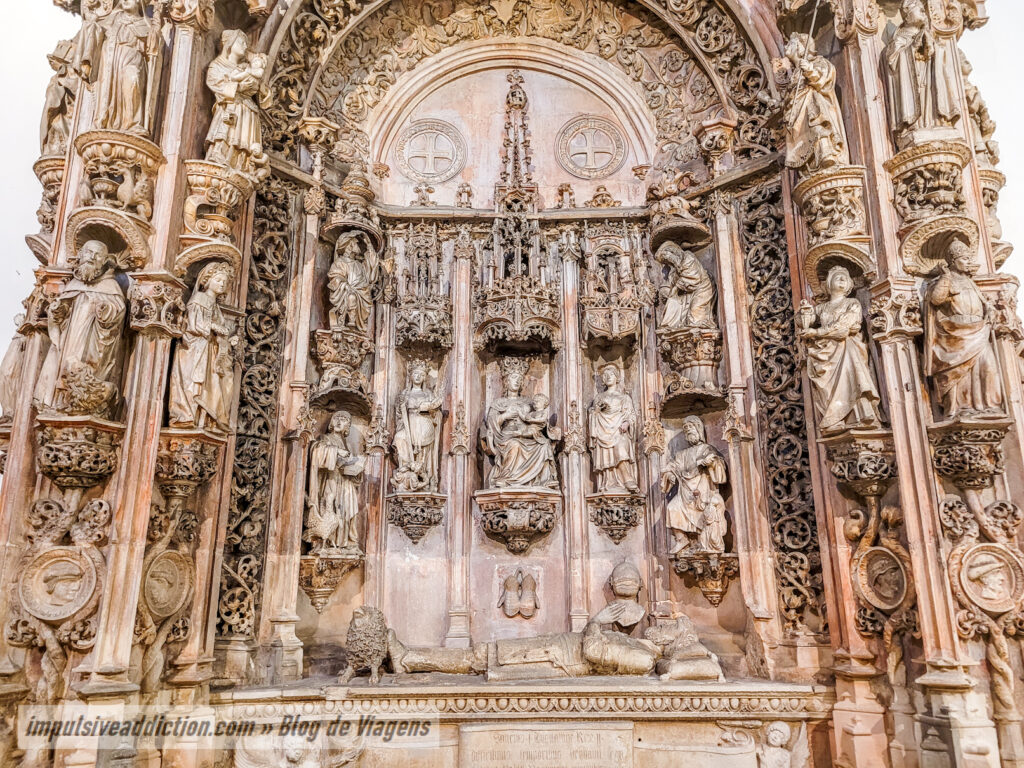
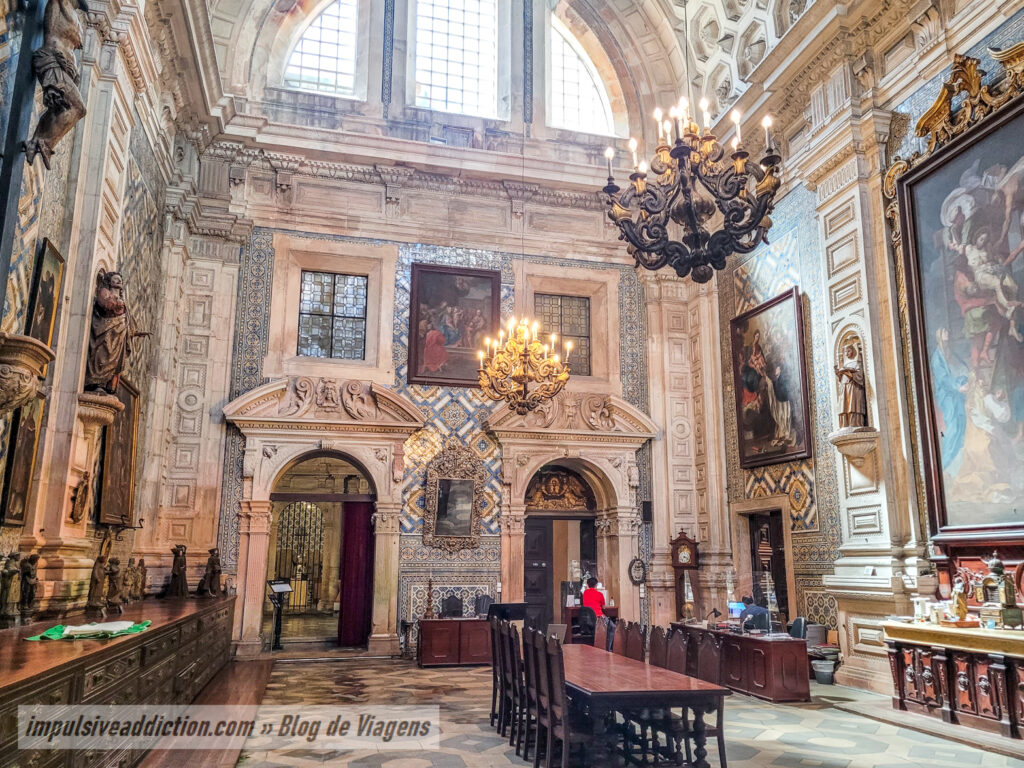
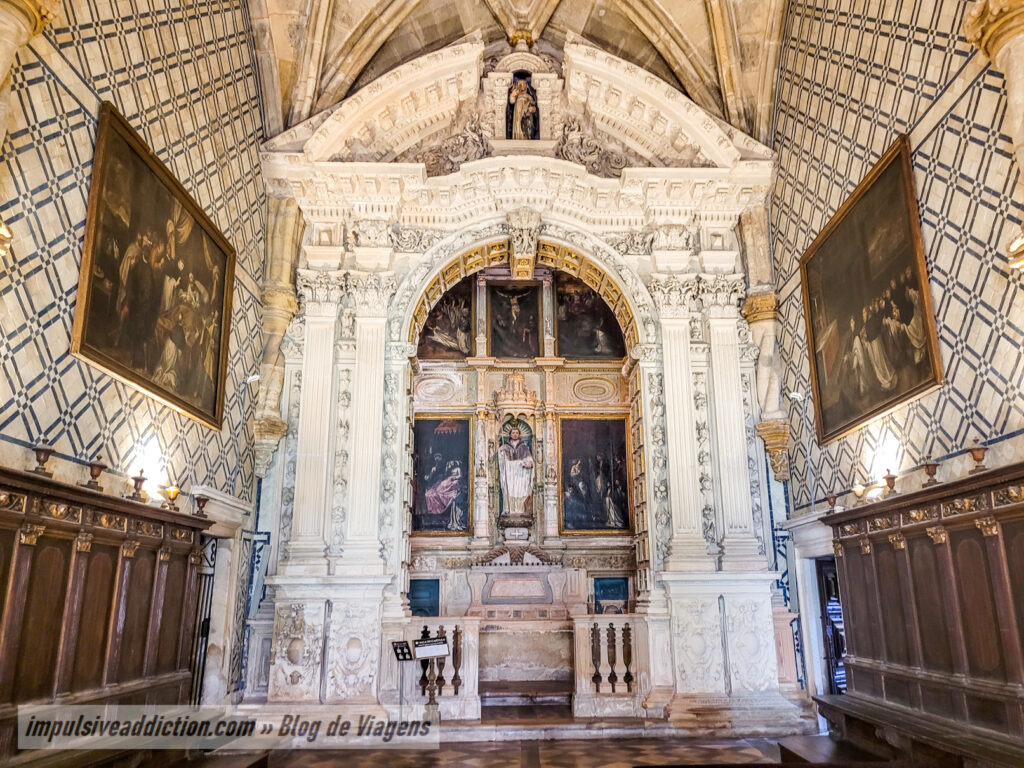
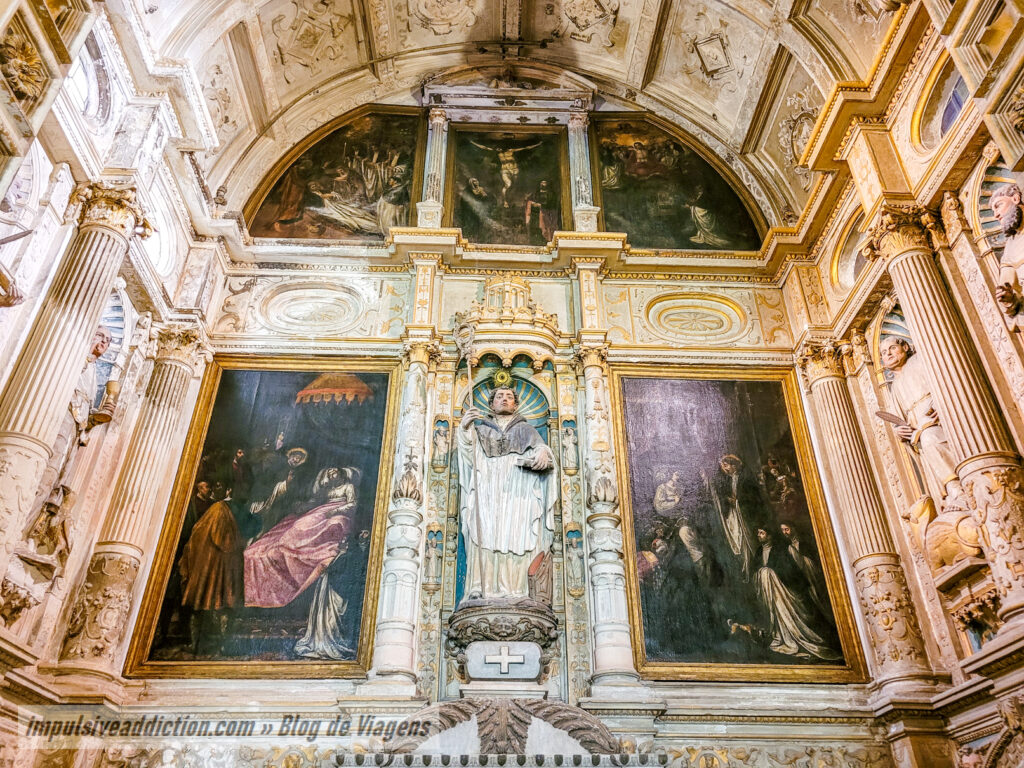
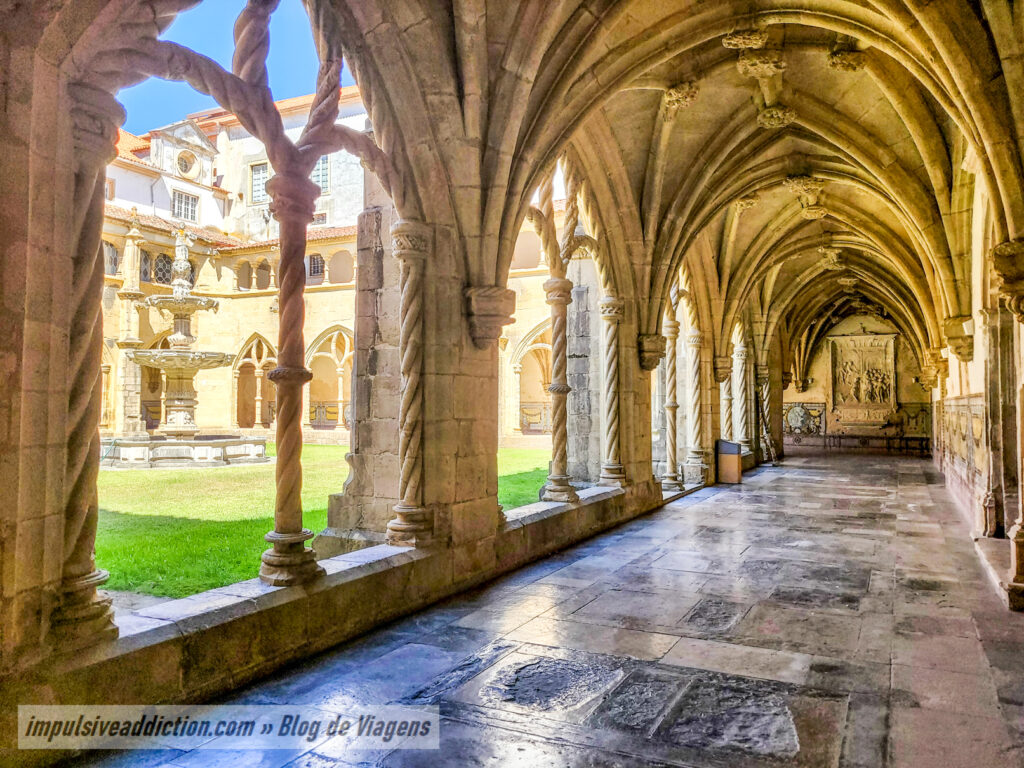
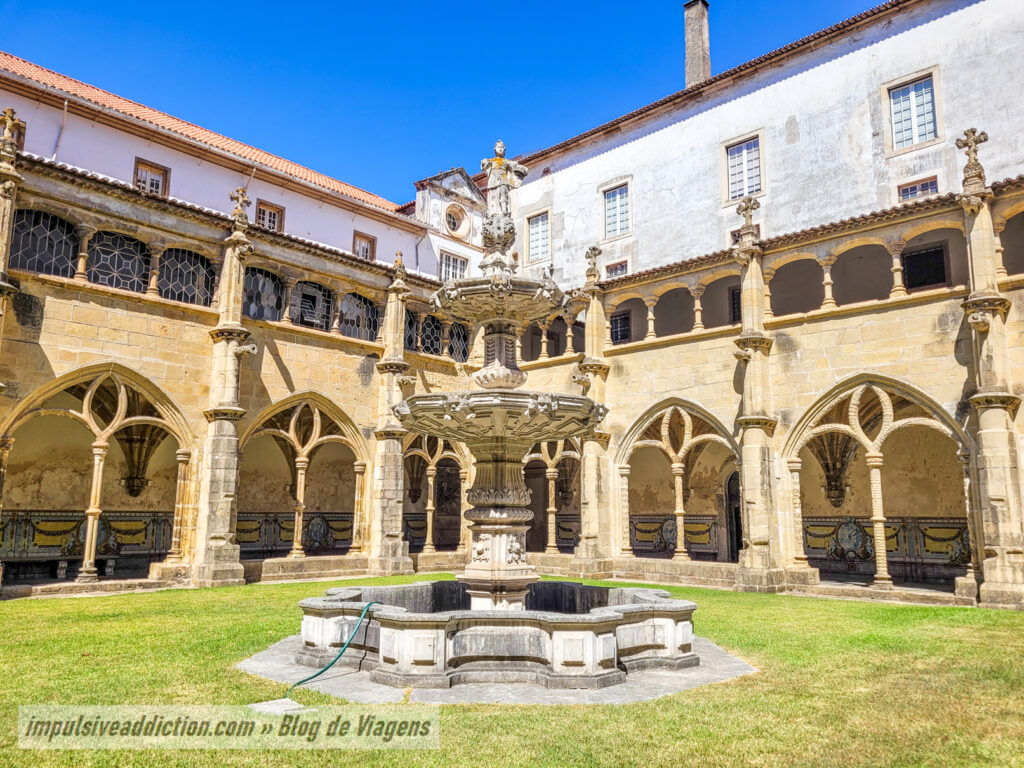
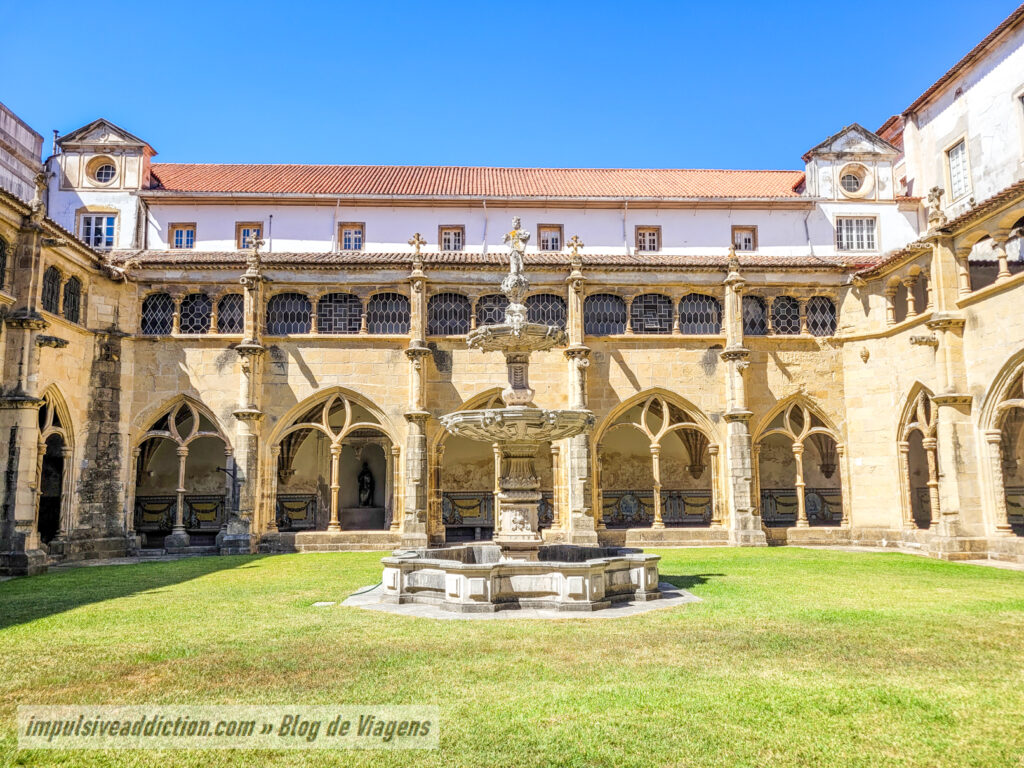
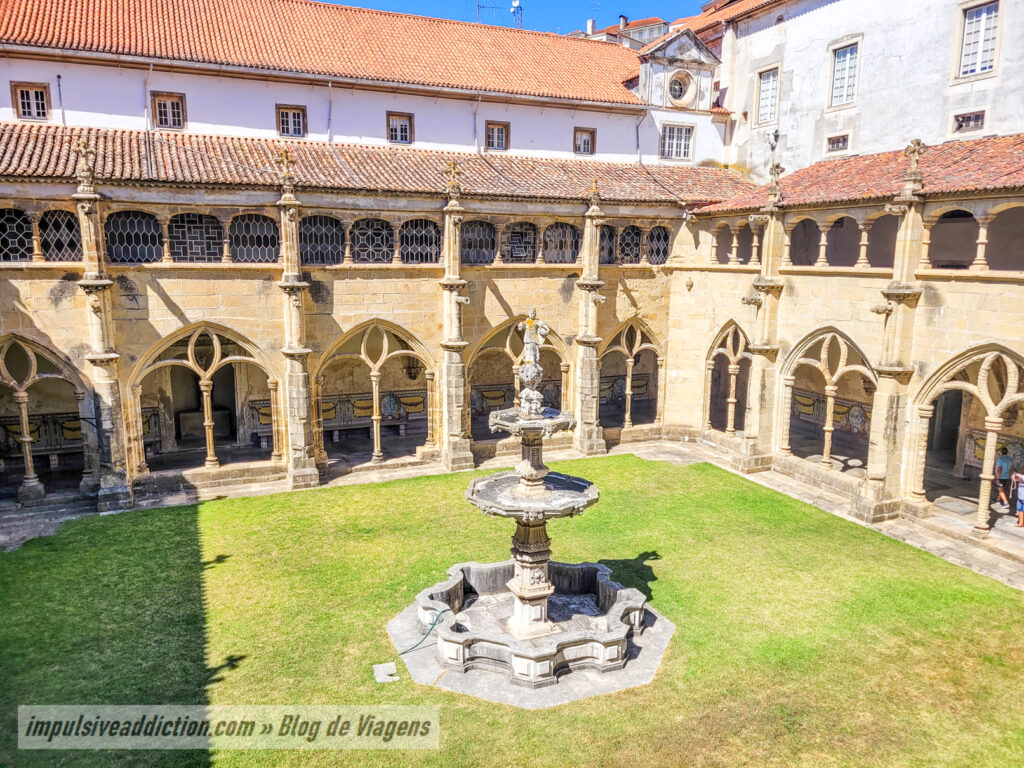
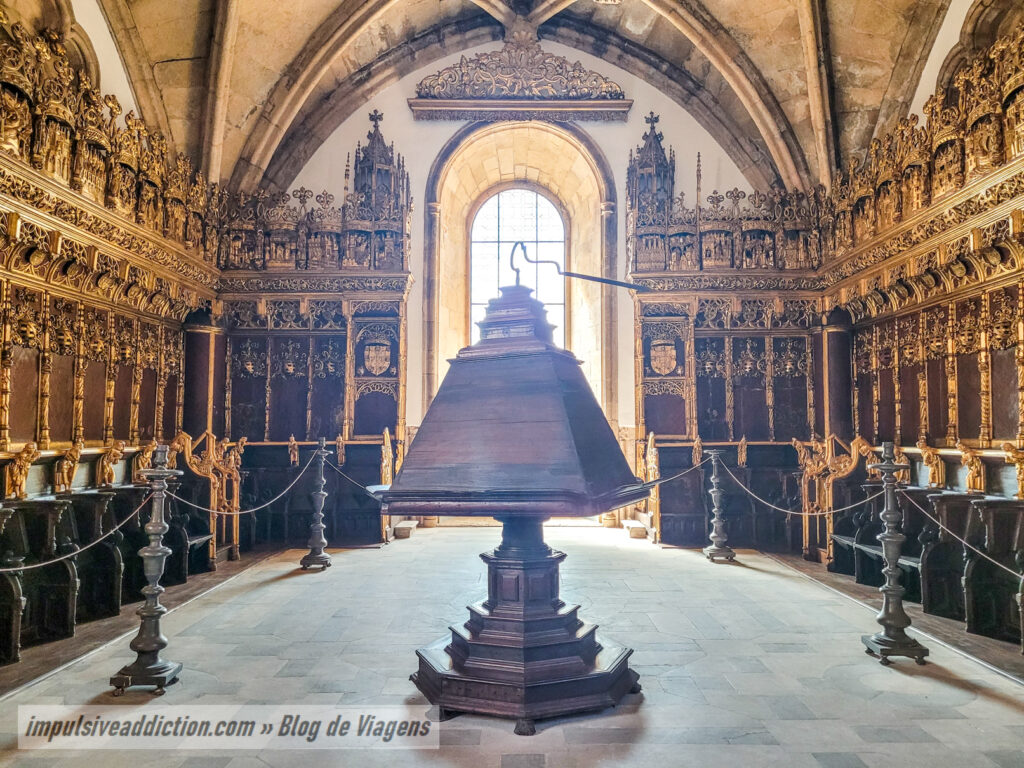
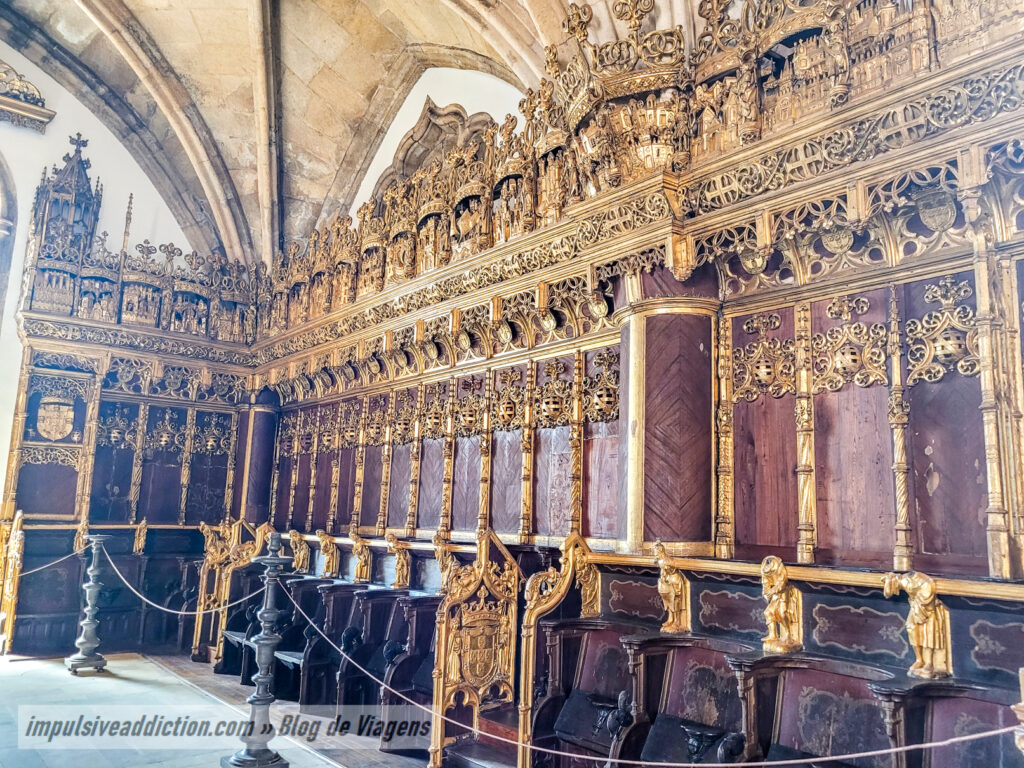
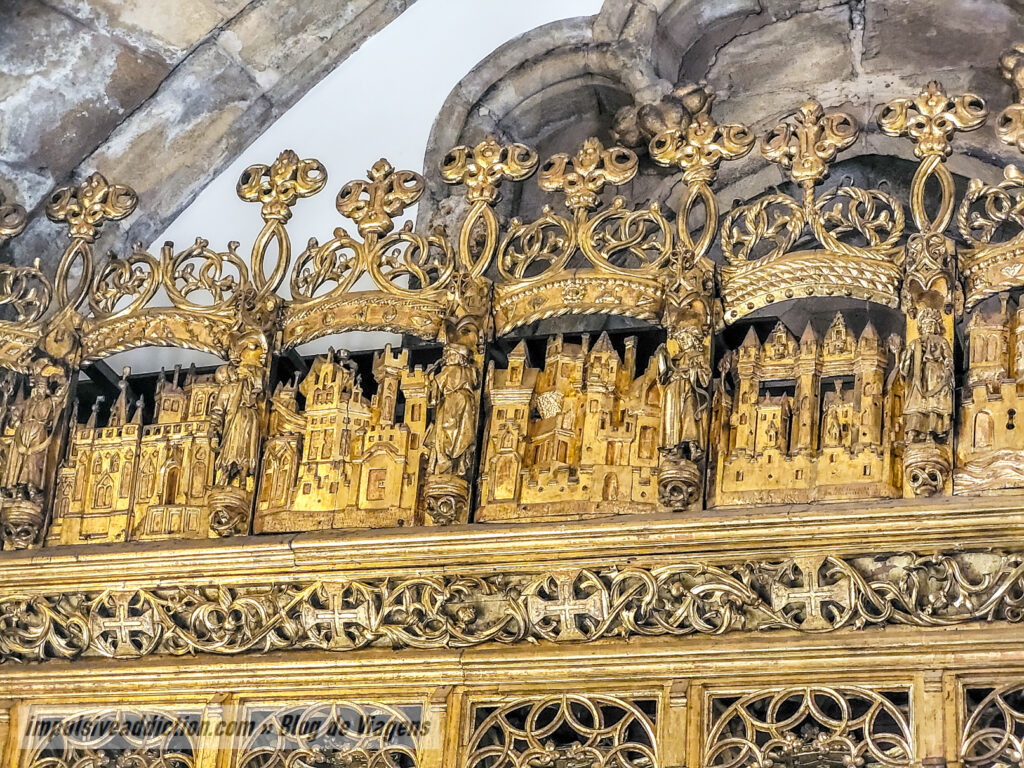
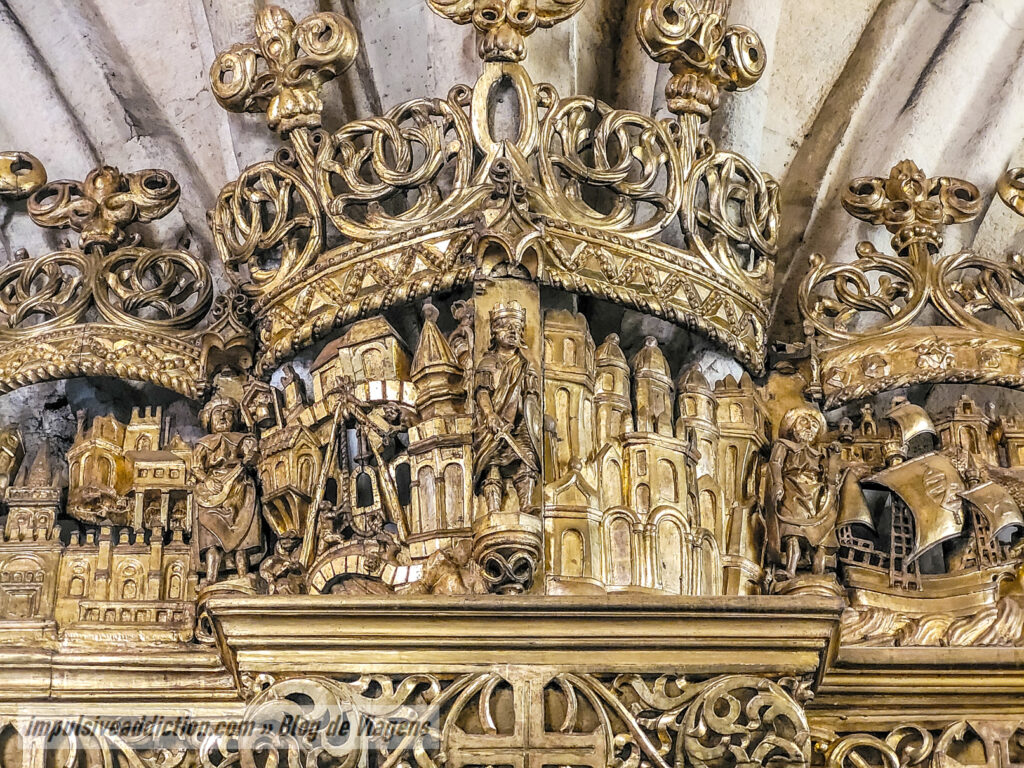
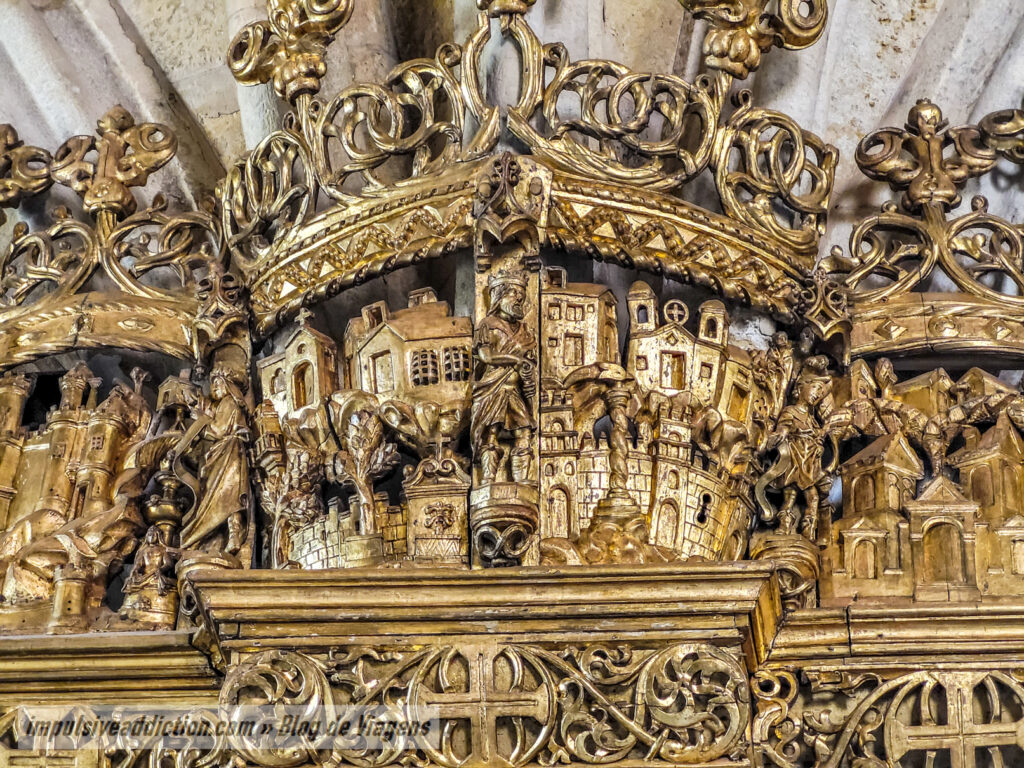
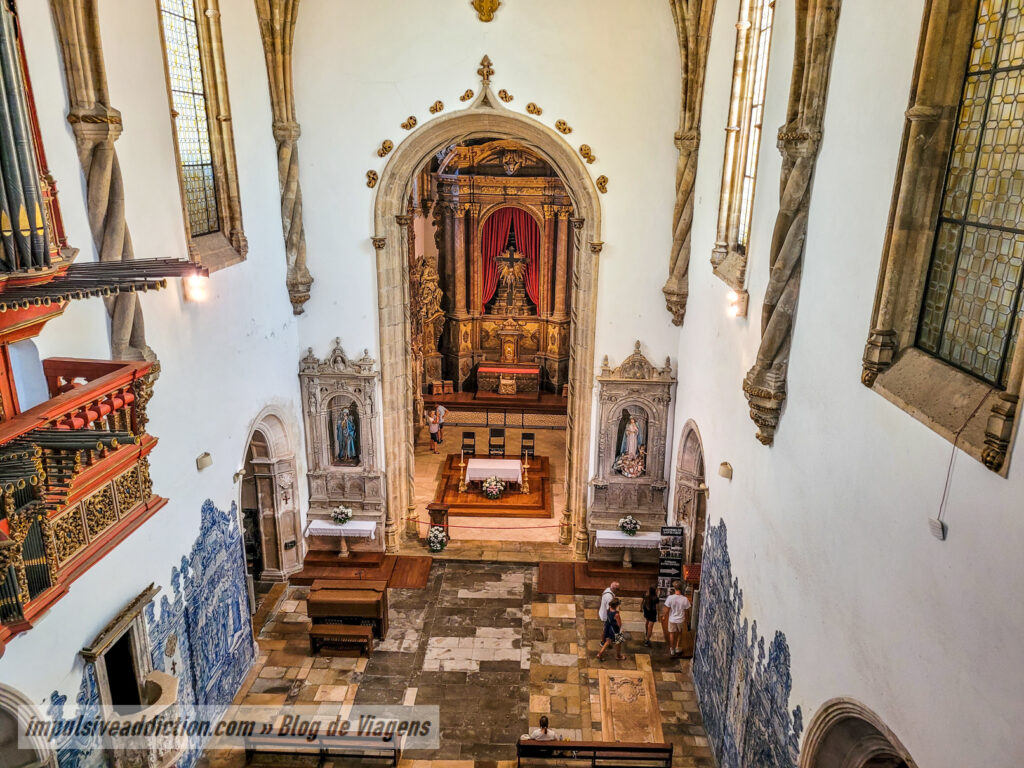
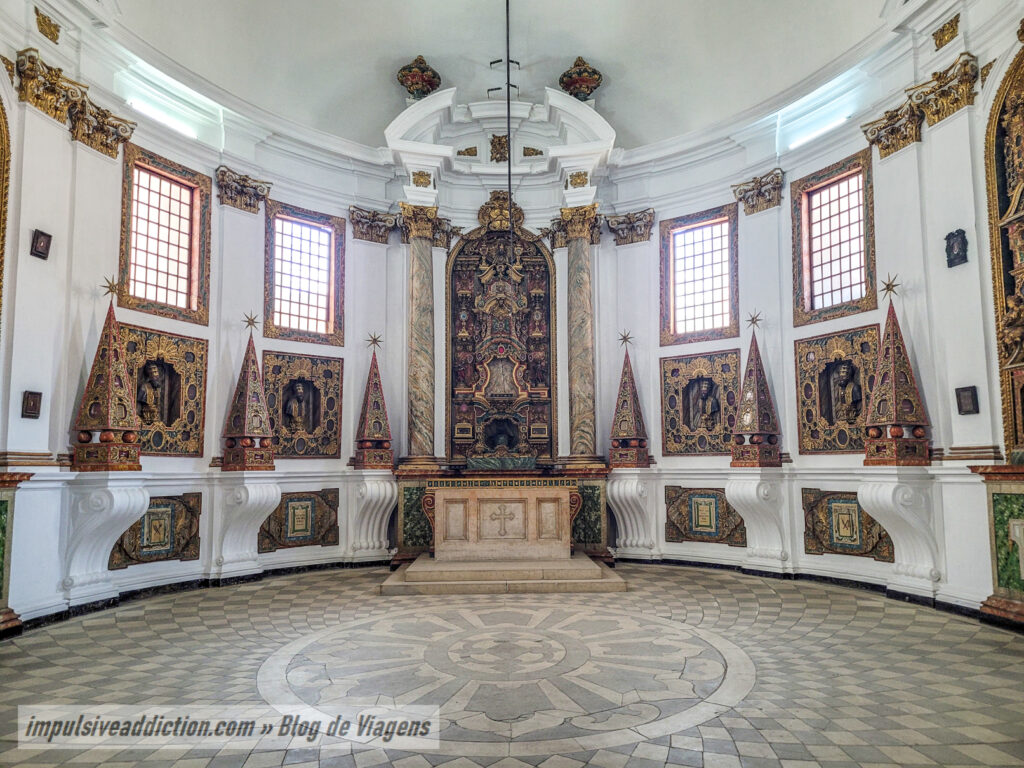
9. 8th of May Square and Café Santa Cruz
8th of May Square is where the Church of Santa Cruz is located. In addition to the monumental façade of the church itself, here you find a fountain in the centre, Coimbra City Council building, and also Café Santa Cruz, which has an antique-looking interior. As I mentioned in this article, here you can watch fado!
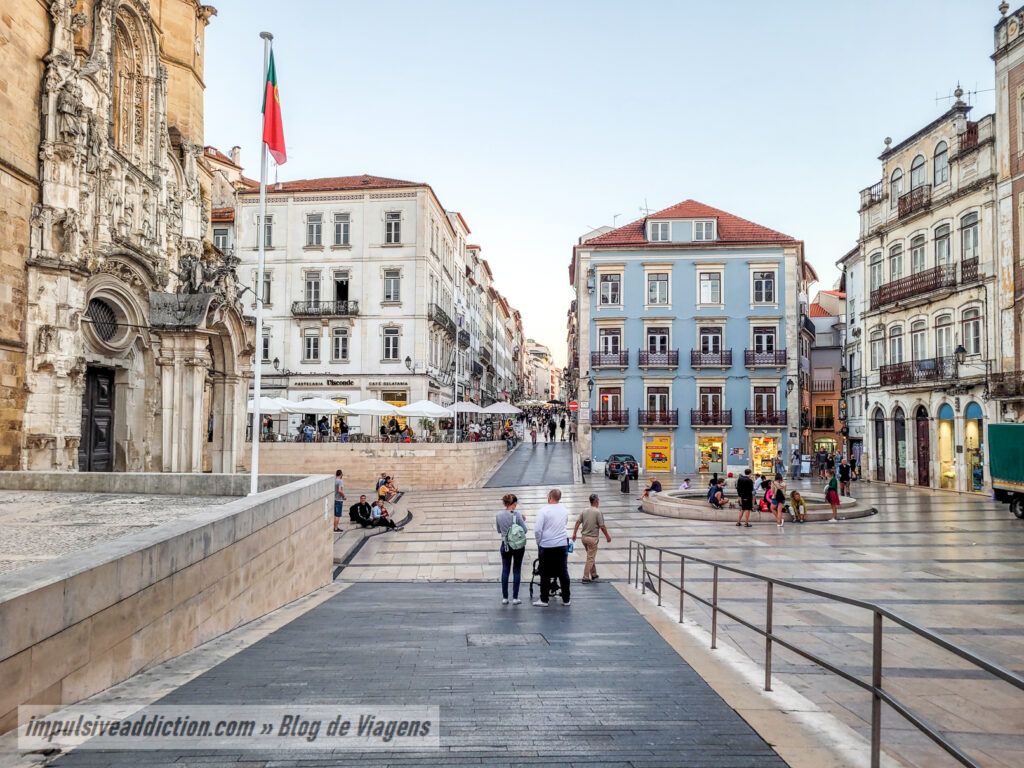
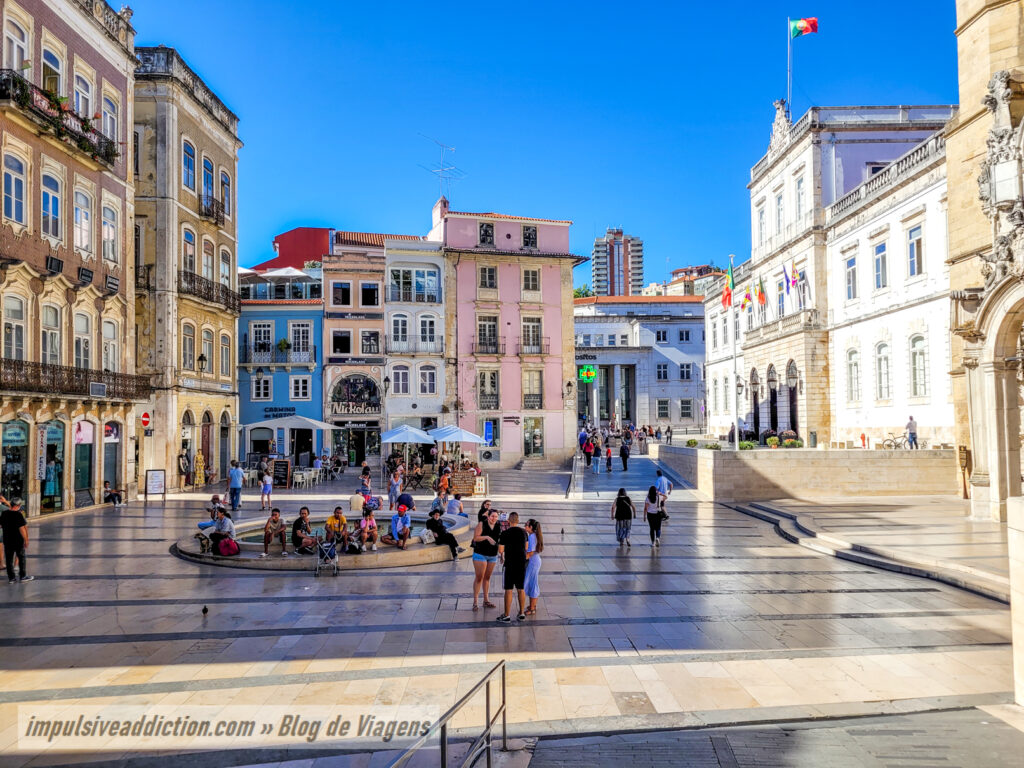
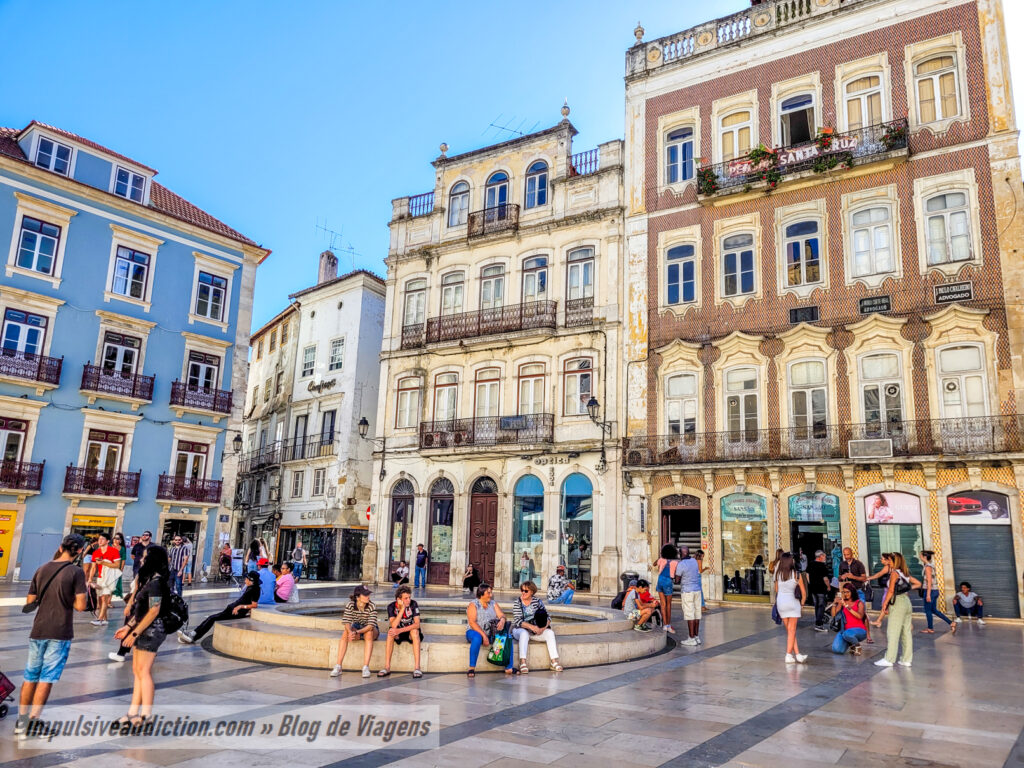
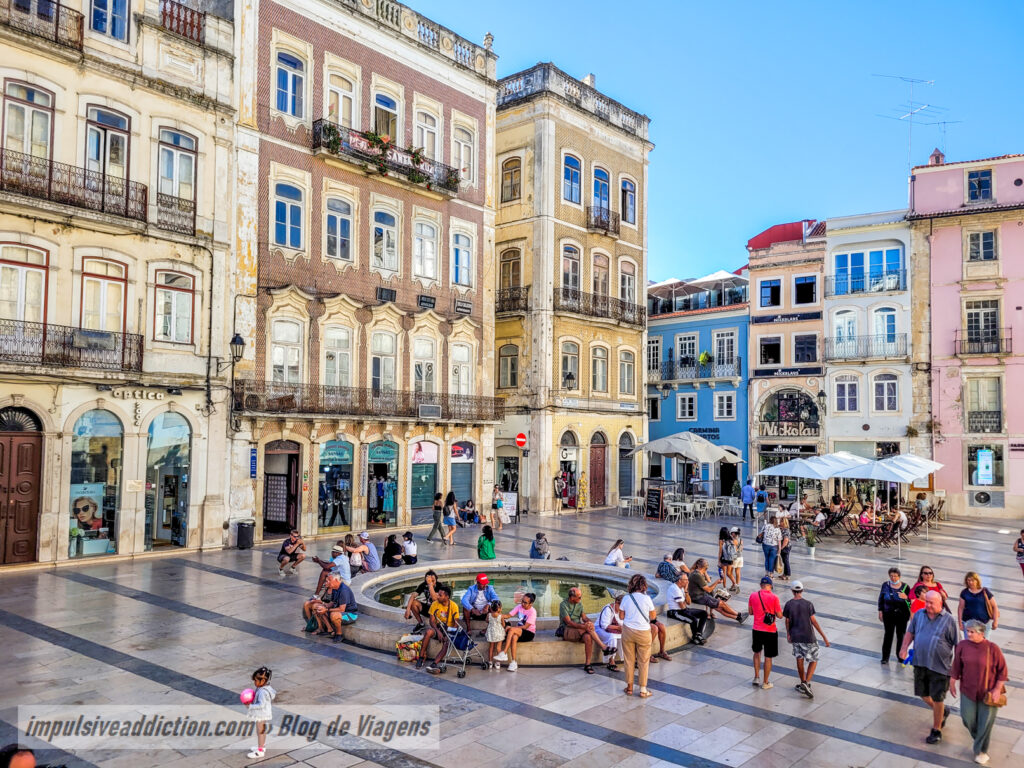
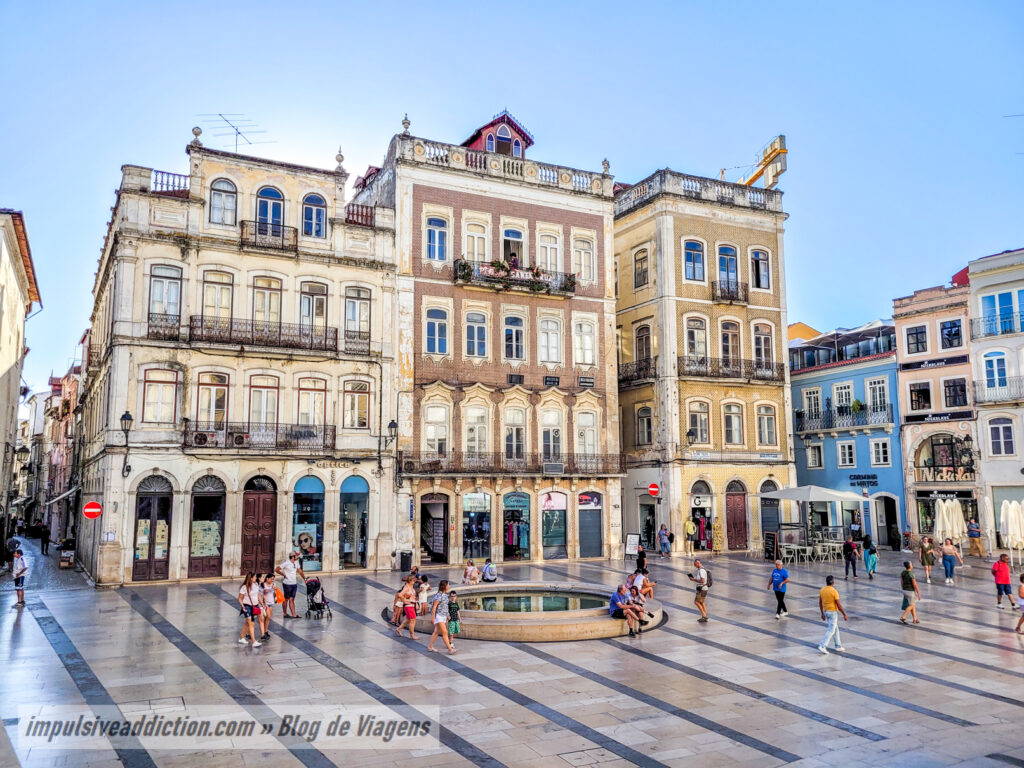
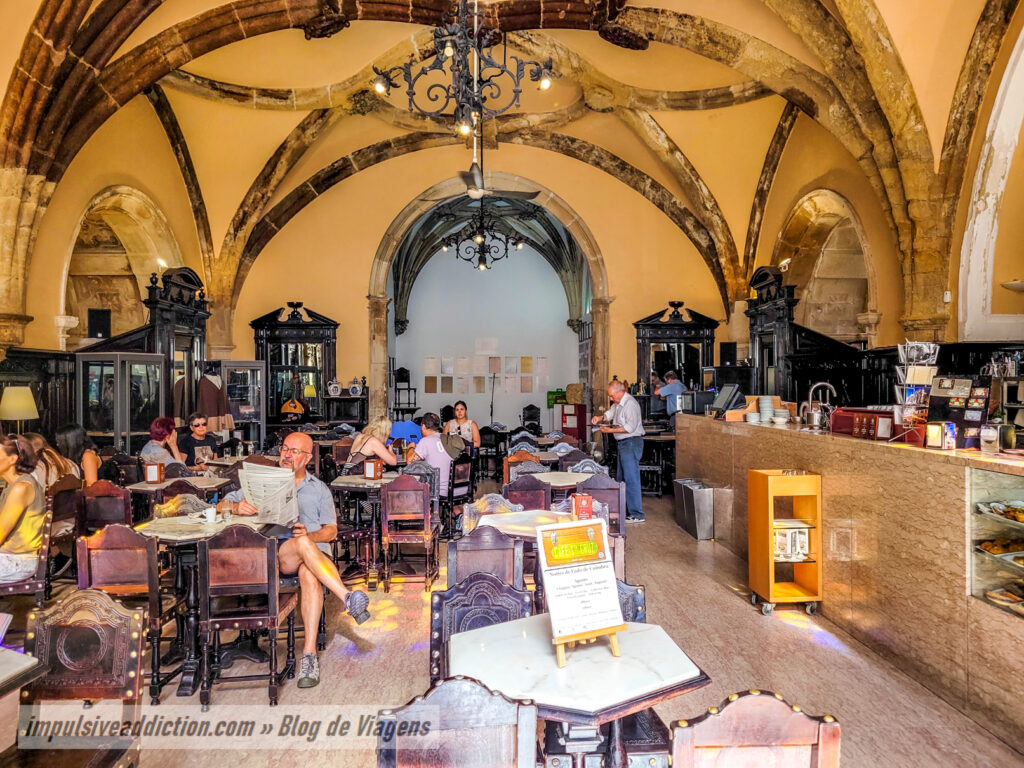
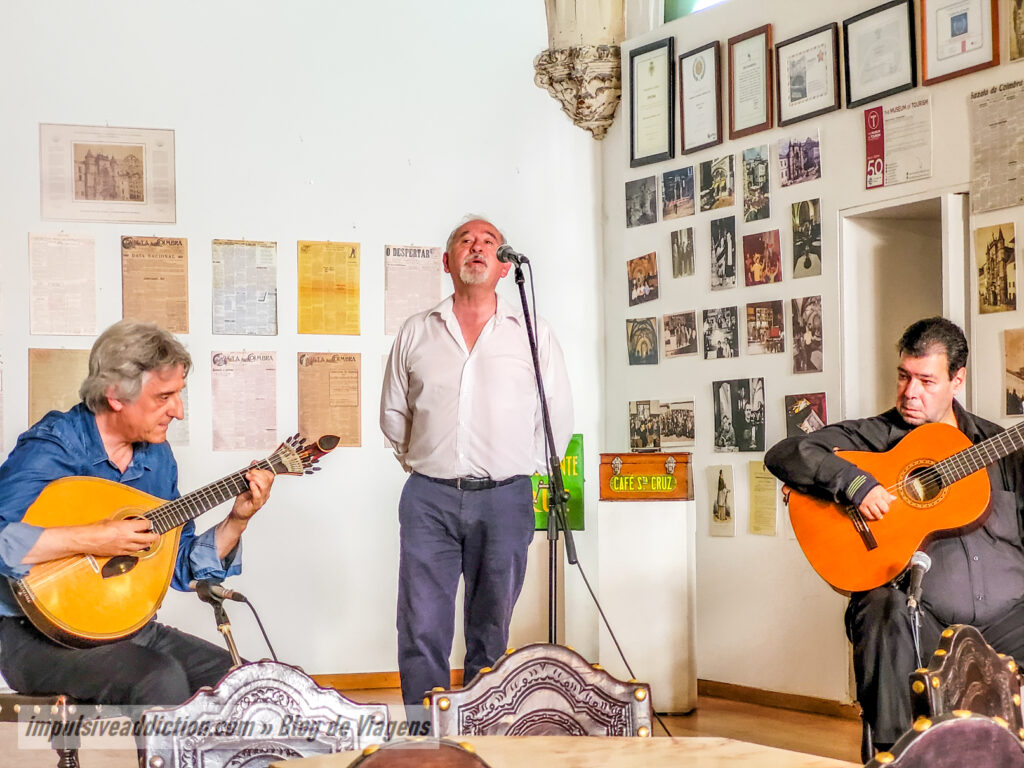
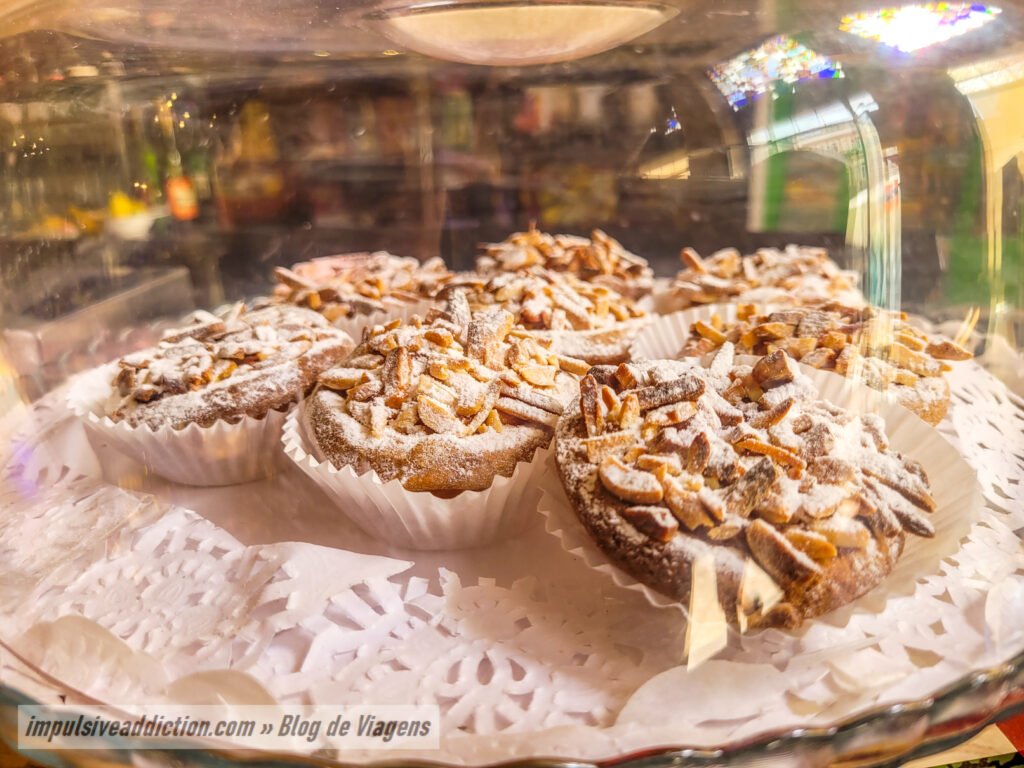
10. Rua da Sofia
Take a detour from your itinerary to discover Rua da Sofia and its many grandiose buildings, some of which belonging in the past to the University of Coimbra complex:
- The College and Church of Nossa Senhora do Carmo, dating from the 16th century, used as a residence for clerics from the diocese of Porto who wished to attend university.
- The College and Church of Nossa Senhora da Graça, also dating from the 16th century, and today occupied by the League of Combatants of the Great War. It was once a study center for Theology and Canons of the University of Coimbra.
- The College and Church of São Pedro, today a nursing home for old people. It also dates back to the 16th century.
- The Church of Santa Justa, whose foundation dates back to the 12th century, when it was located in Terreiro da Erva, which is not far from Rua de Sofia. In this yard you can still visit the ruins of the original church, as the current one dates from the beginning of the 18th century.
- The Palace of Justice of Coimbra, former College of São Tomás de Aquino, which can be visited by booking a guided tour. However, the visit is only made to groups of more than 10 people, as you can see on this website. I only visited its cloisters, with huge tiles by Jorge Colaço, depicting episodes from the history of Coimbra and Portugal.
- And Patio of Inquisition, today a Visual Arts Center.
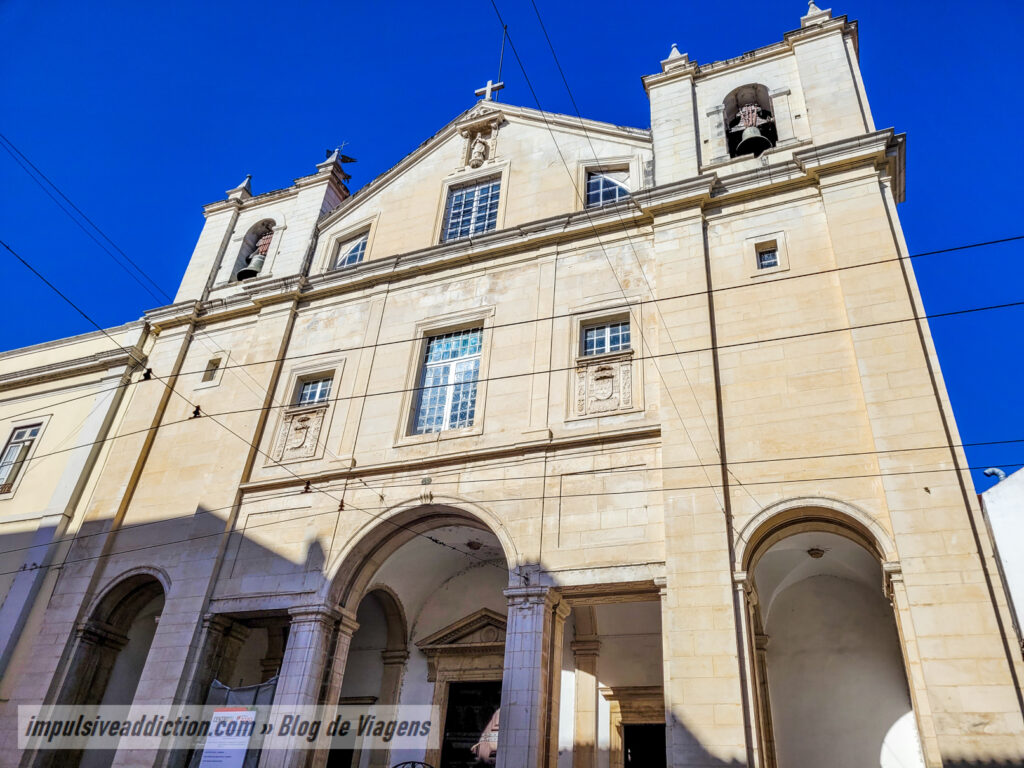
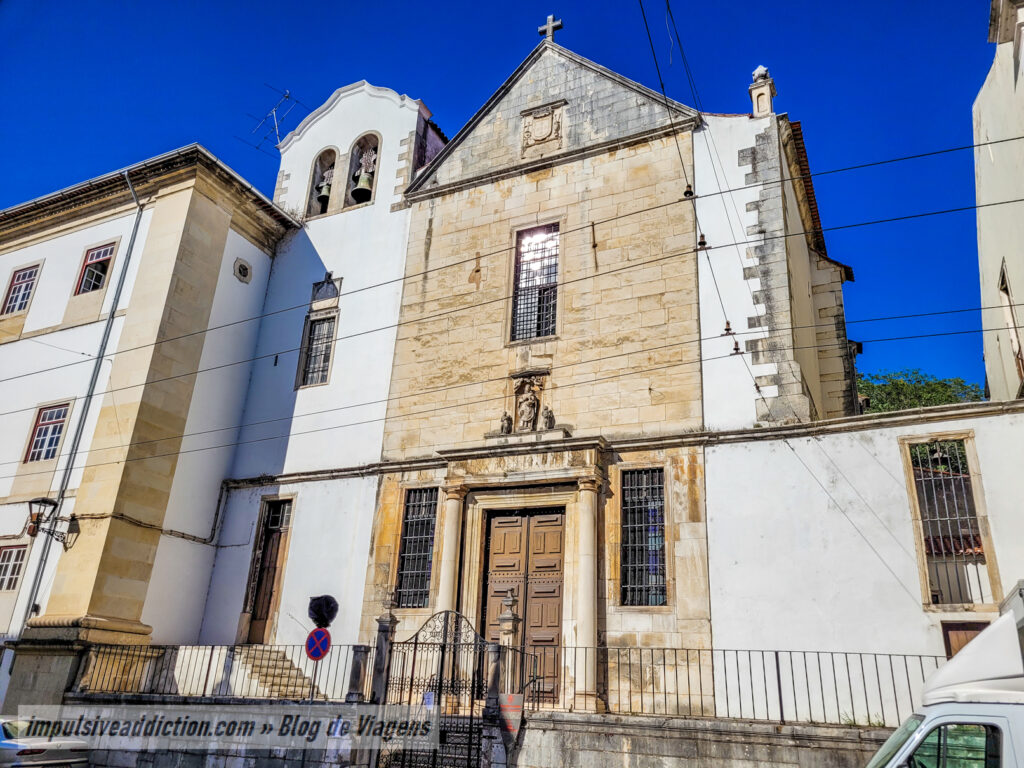
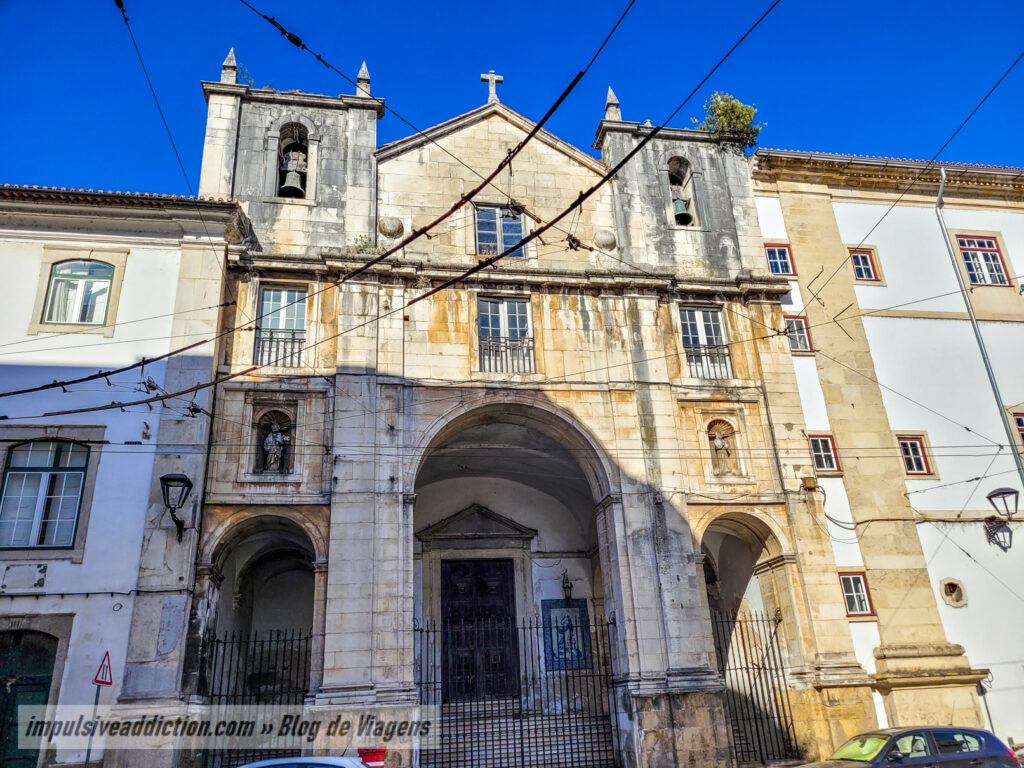
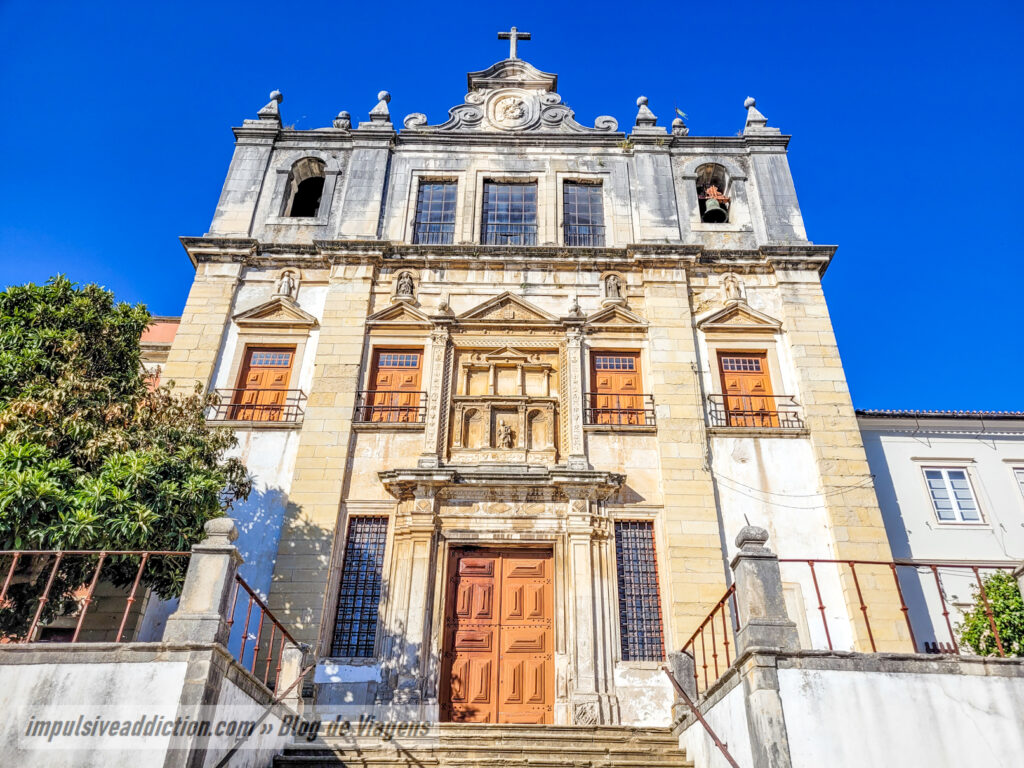
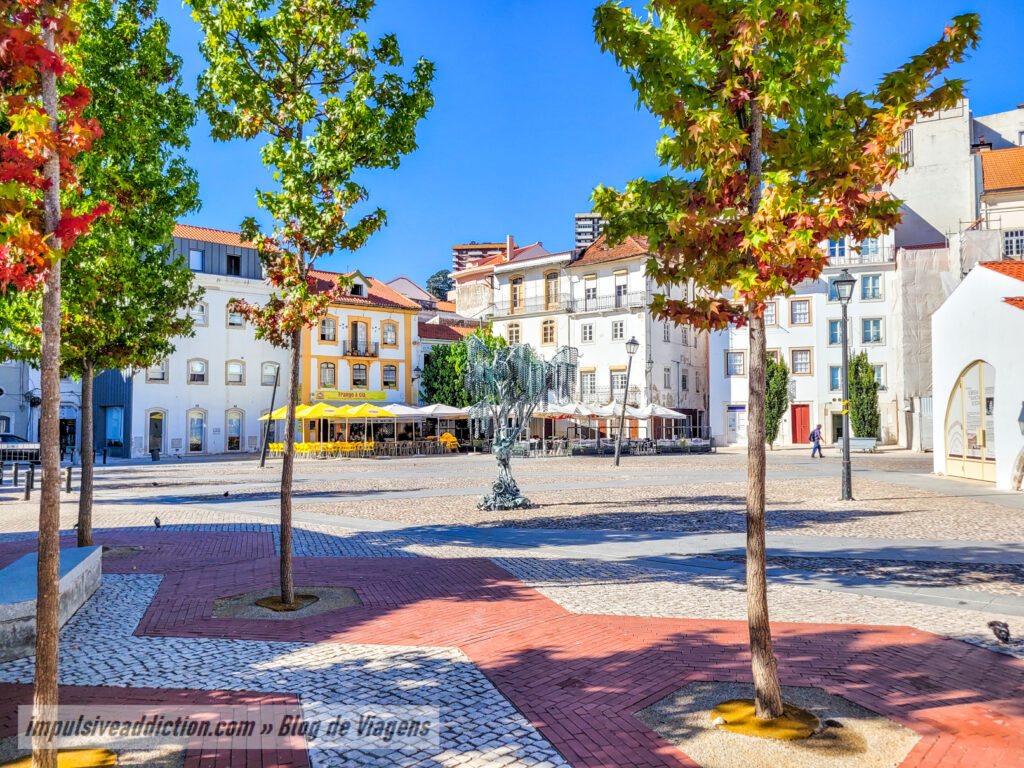
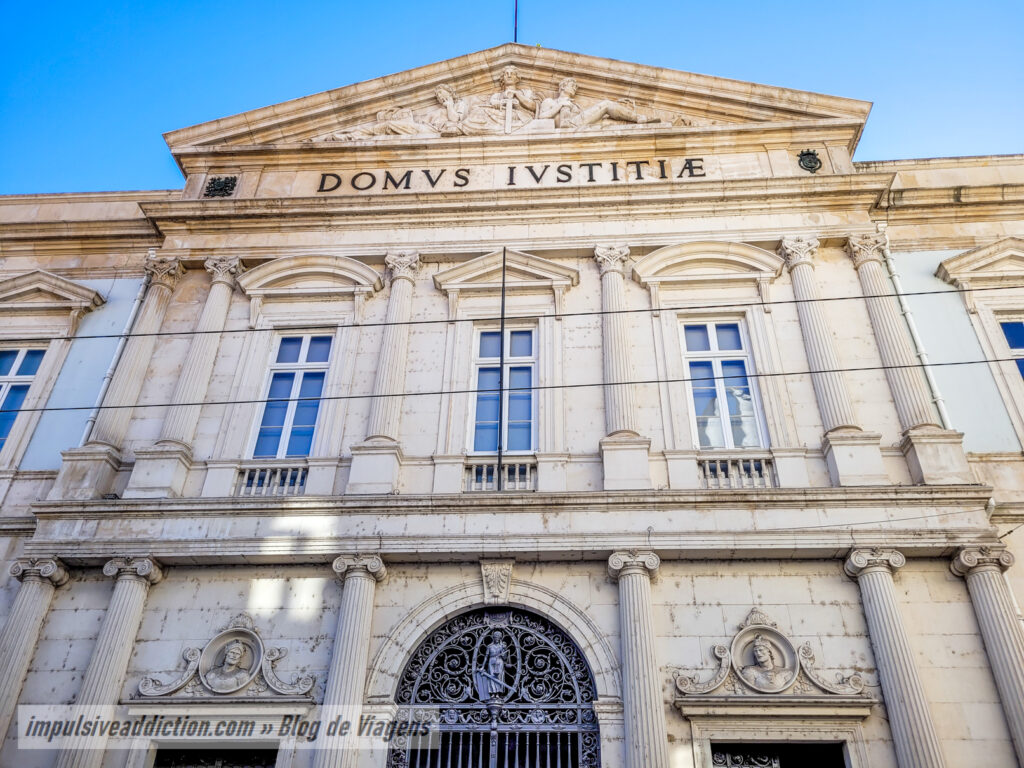
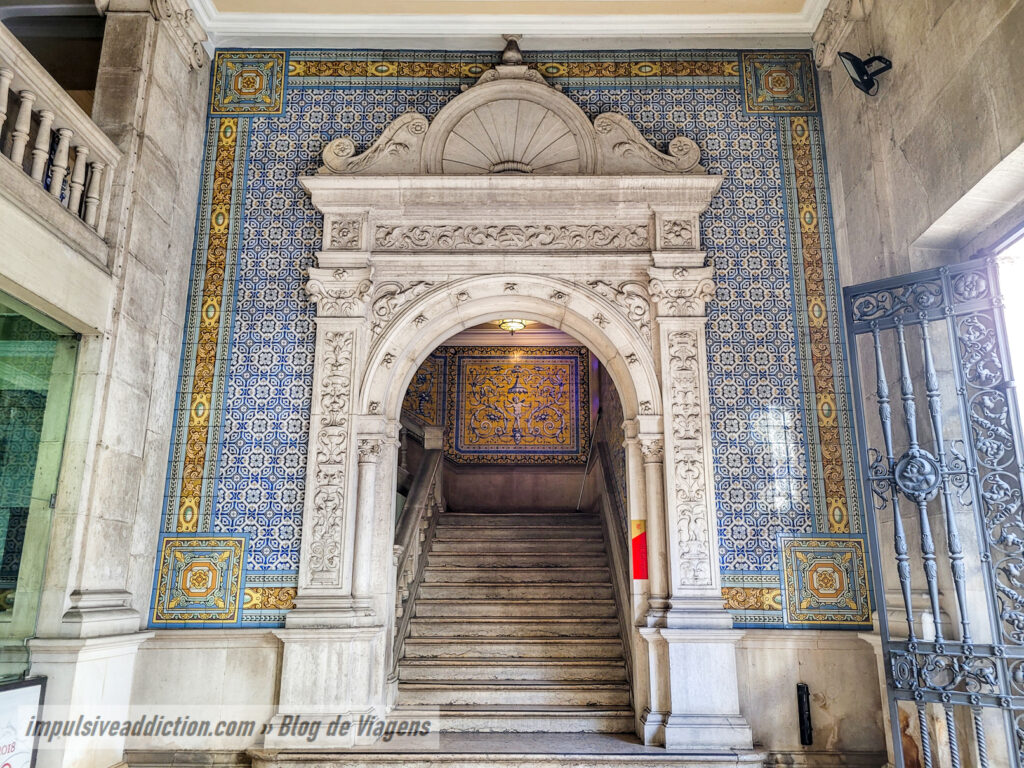
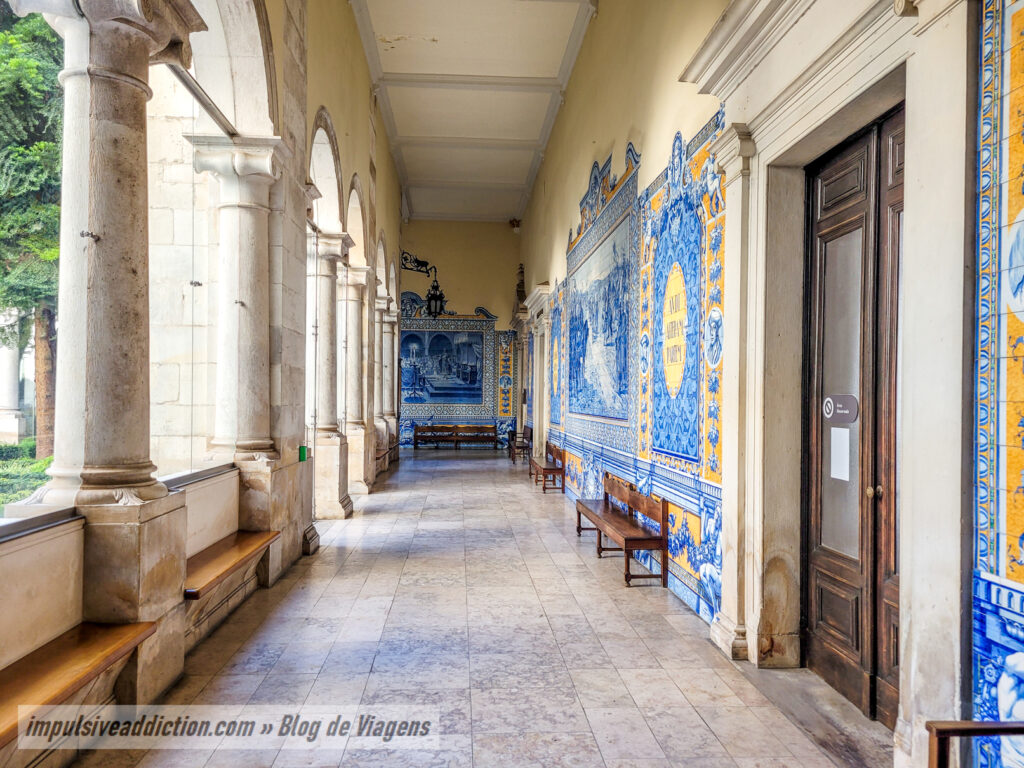
11. Largo do Poço and Largo da Freiria
Finally start exploring the pedestrian alleys of downtown Coimbra, in addition to the main Rua Ferreira Borges. Two must-see squares are Largo do Poço and Largo da Freiria.
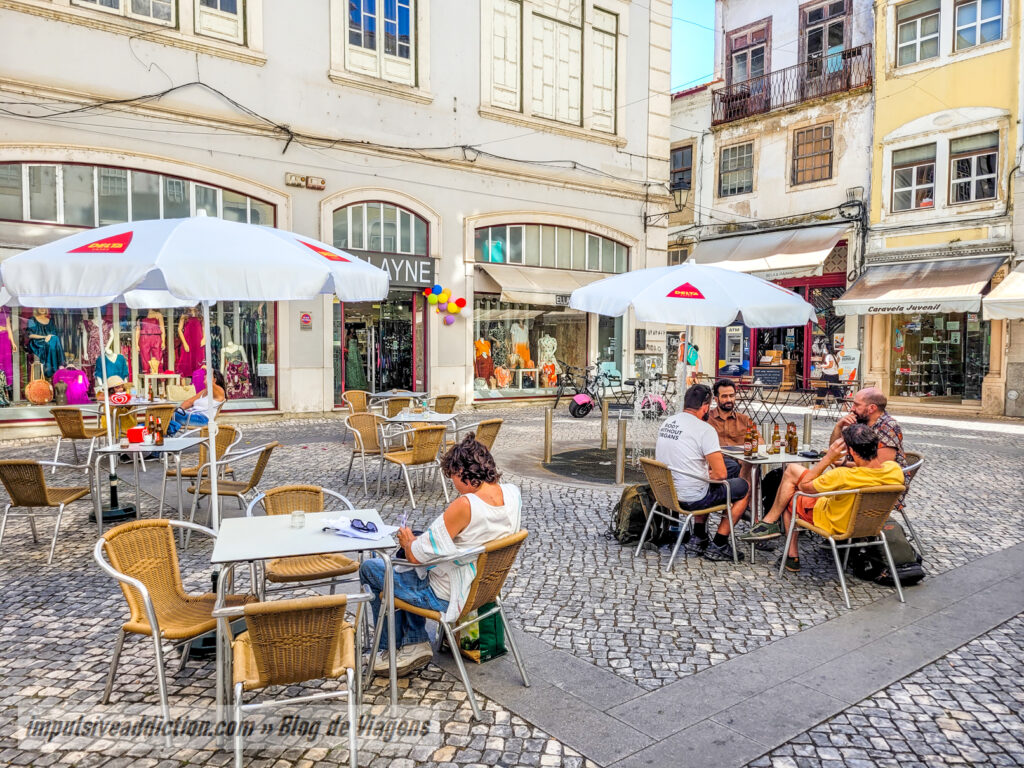
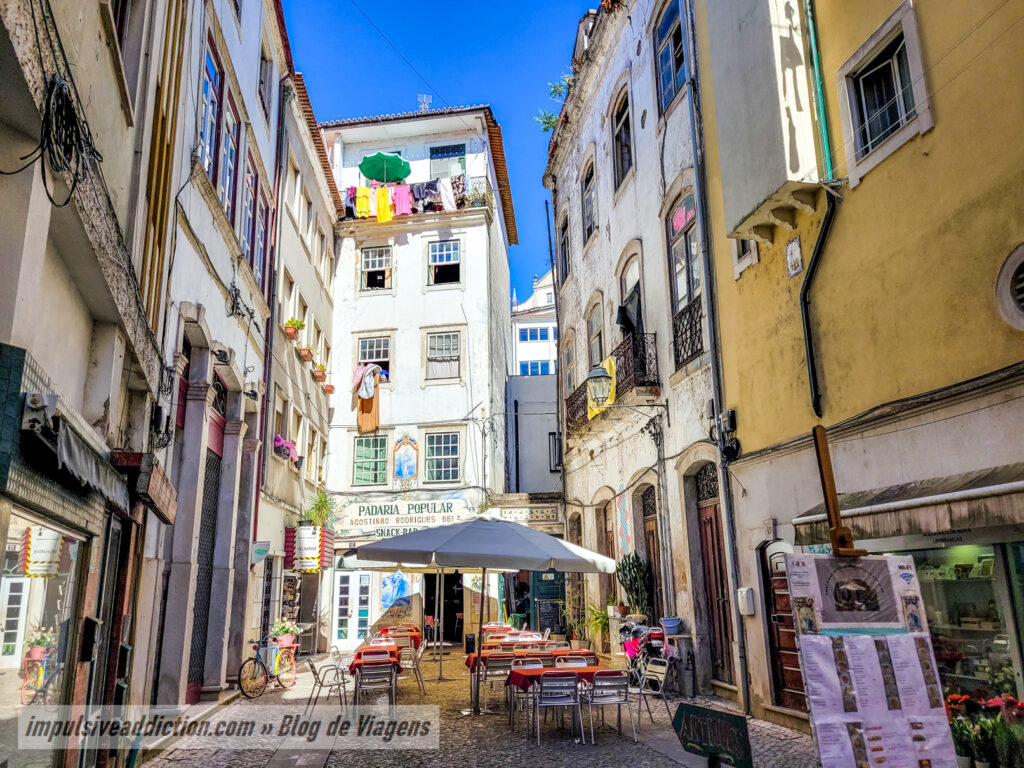
12. Praça do Comércio, Church of Santiago and Church of São Bartolomeu
Even more important is the fabulous Praça do Comércio, where you’ll find two churches to visit, one at each end of the square:
- The Church of Santiago, a Romanesque building from the end of the 12th century.
- And the Church of São Bartolomeu, dating from the 18th century but built on previous temples from the 10th or 11th centuries.
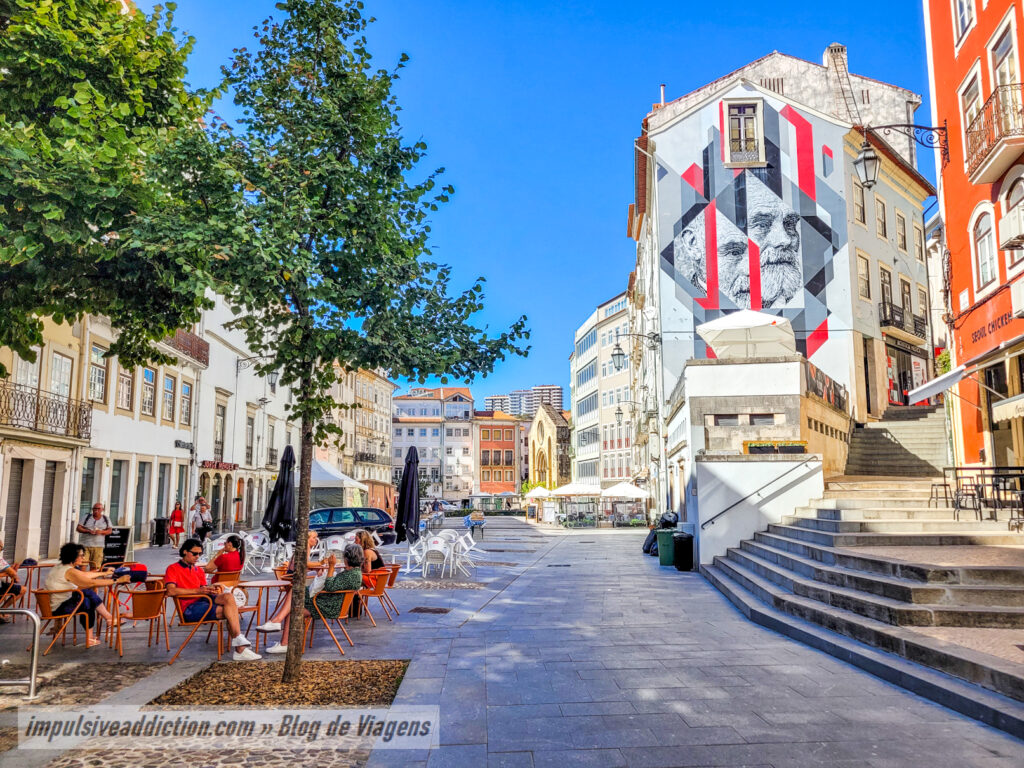
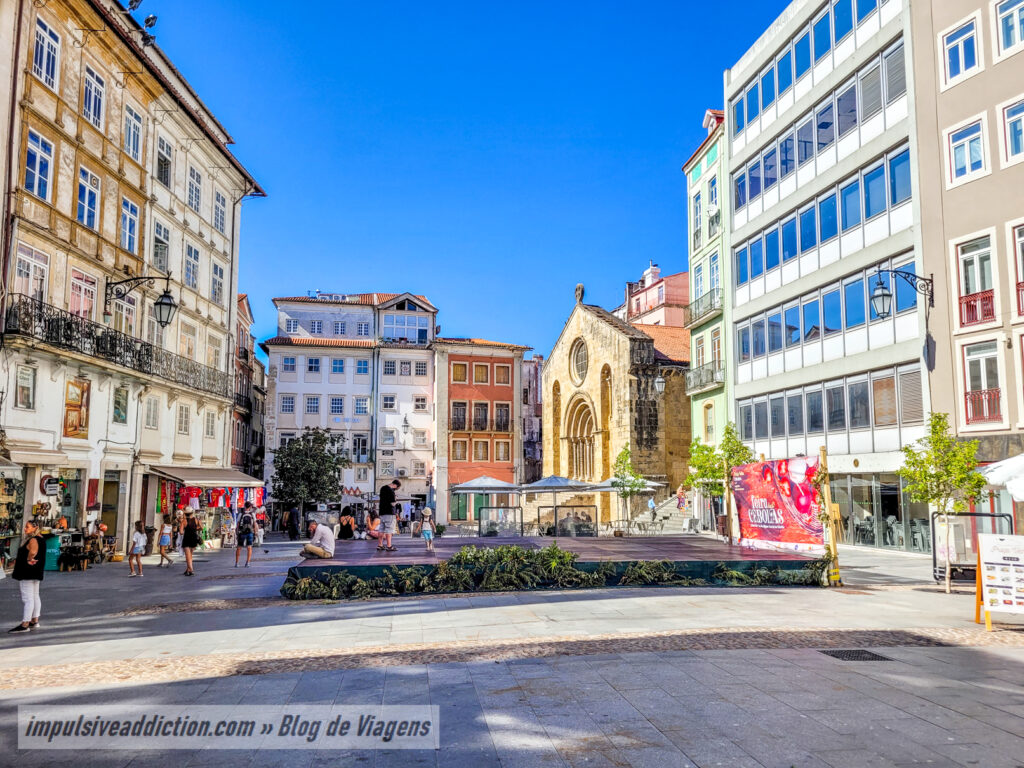
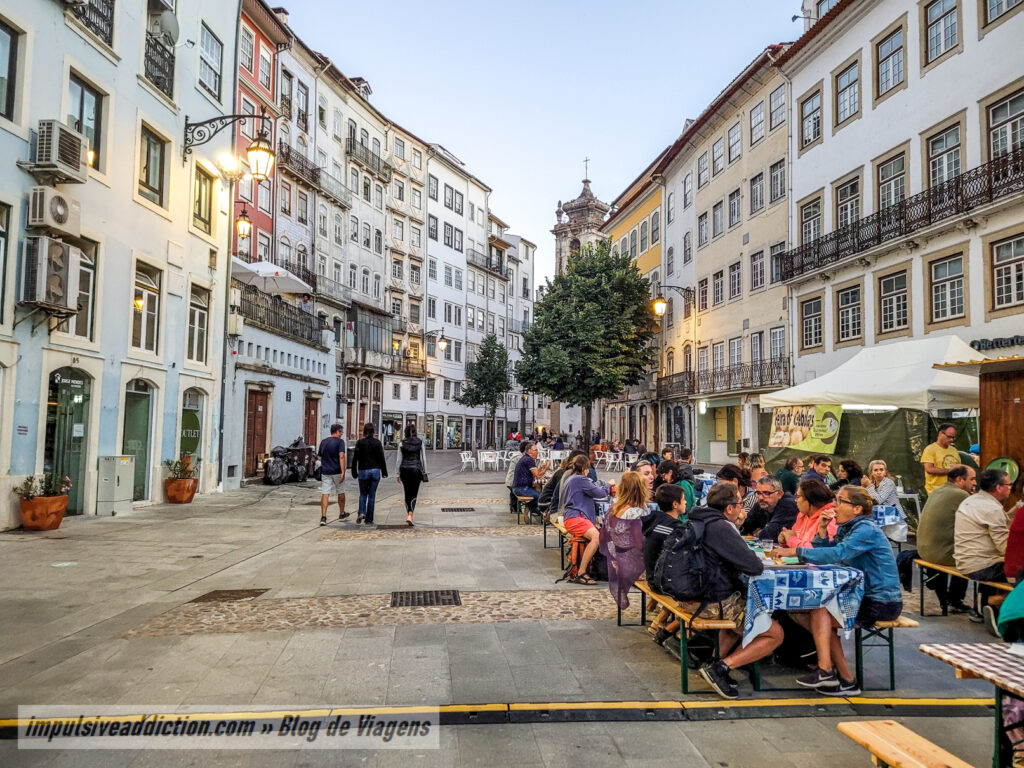
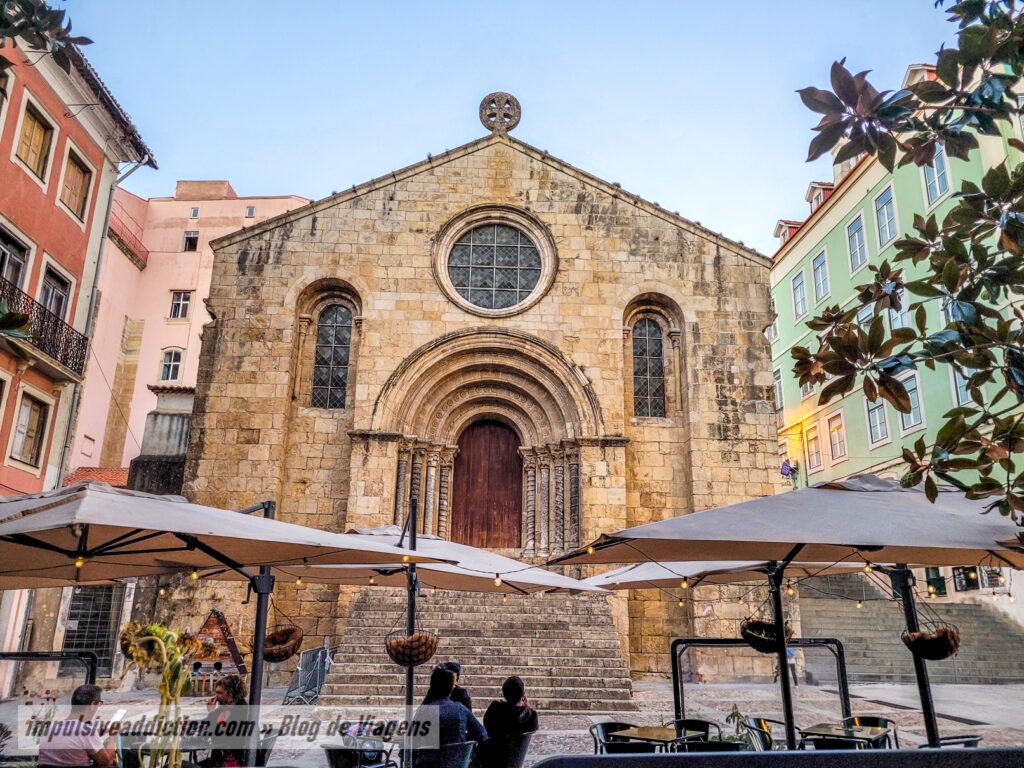
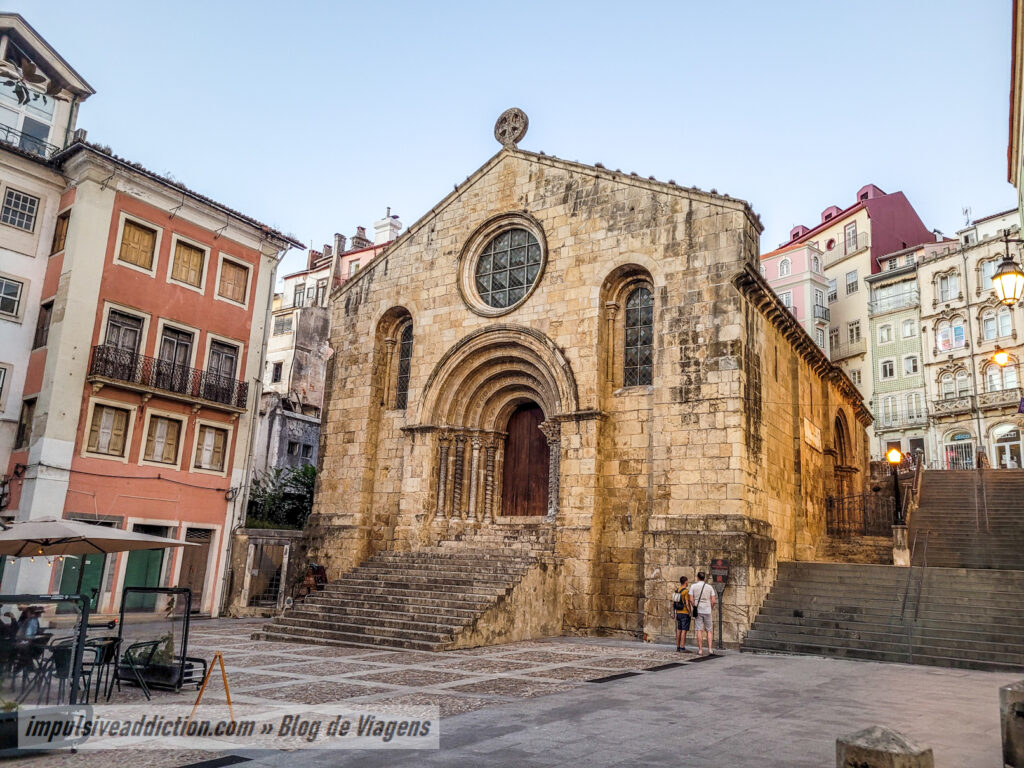
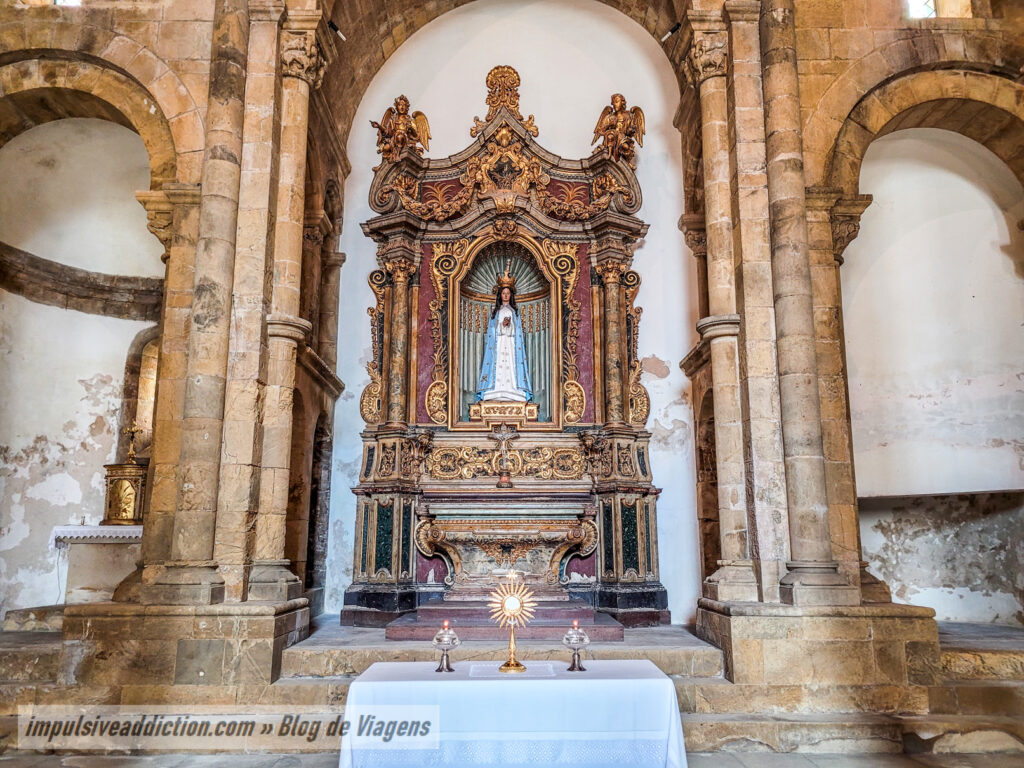
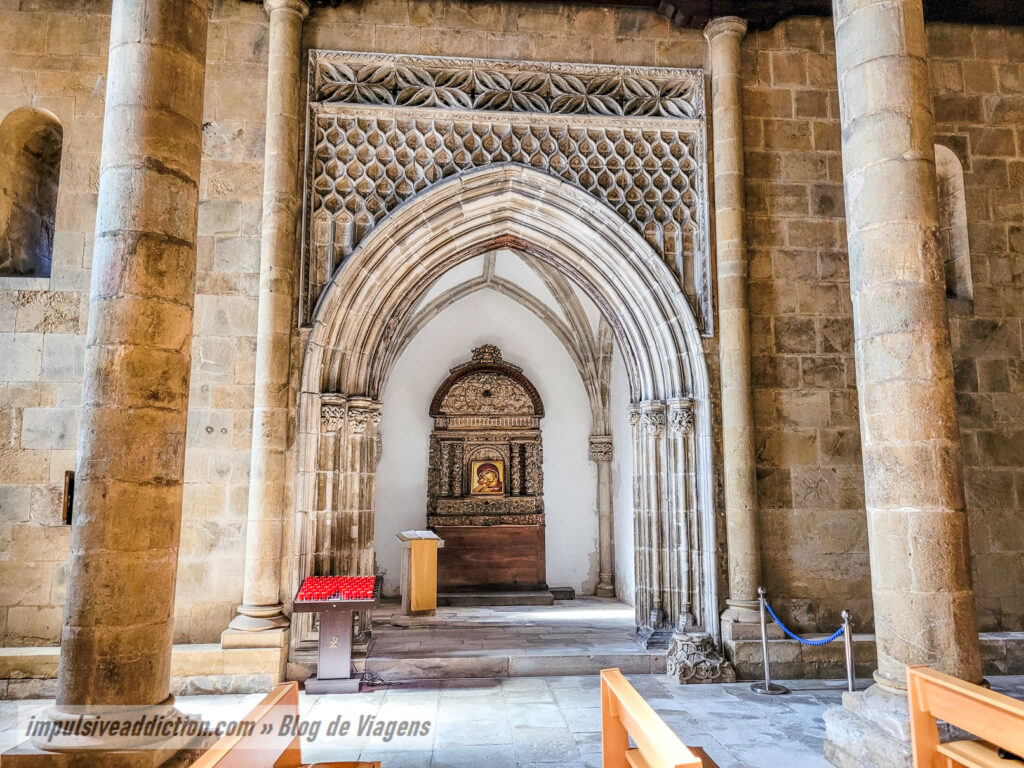
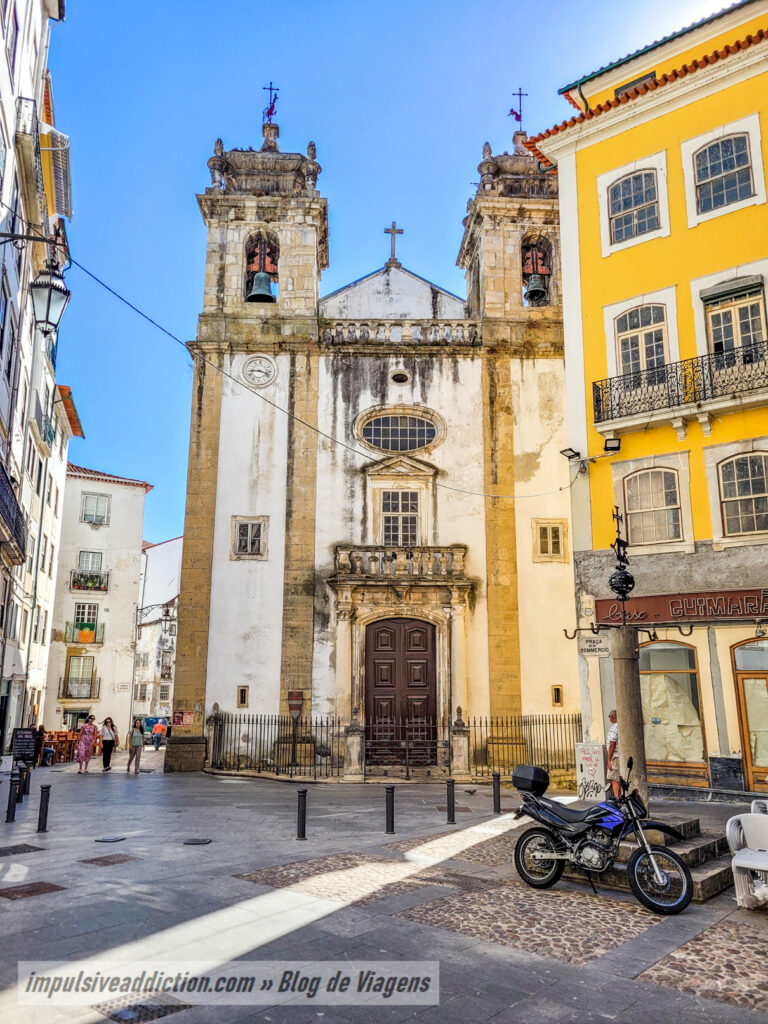
13. Largo da Portagem
At last, Largo da Portagem, a square right next to Mondego River and Santa Clara Bridge. Standing out in the immediate vicinity are imposing buildings, such as the one belonging to the Bank of Portugal. In the center you will find a monument to Joaquim António de Aguiar, an important Portuguese politician of the 19th century, and don’t forget to stop by Pastelaria Briosa to try some convent sweets! 😉
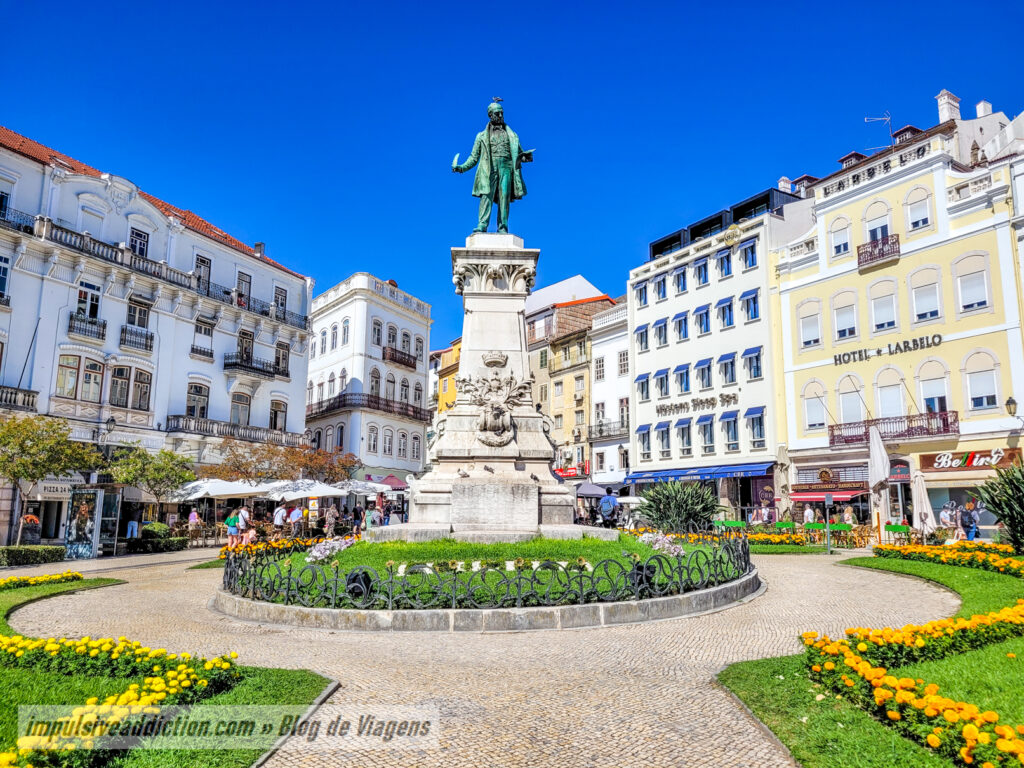
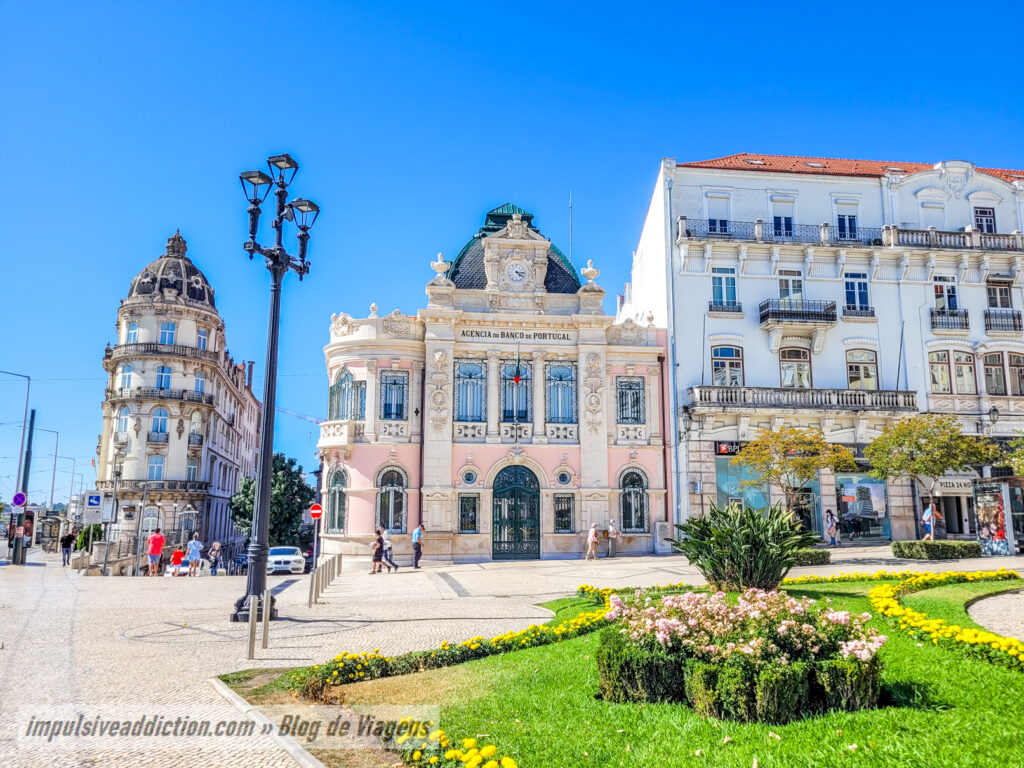
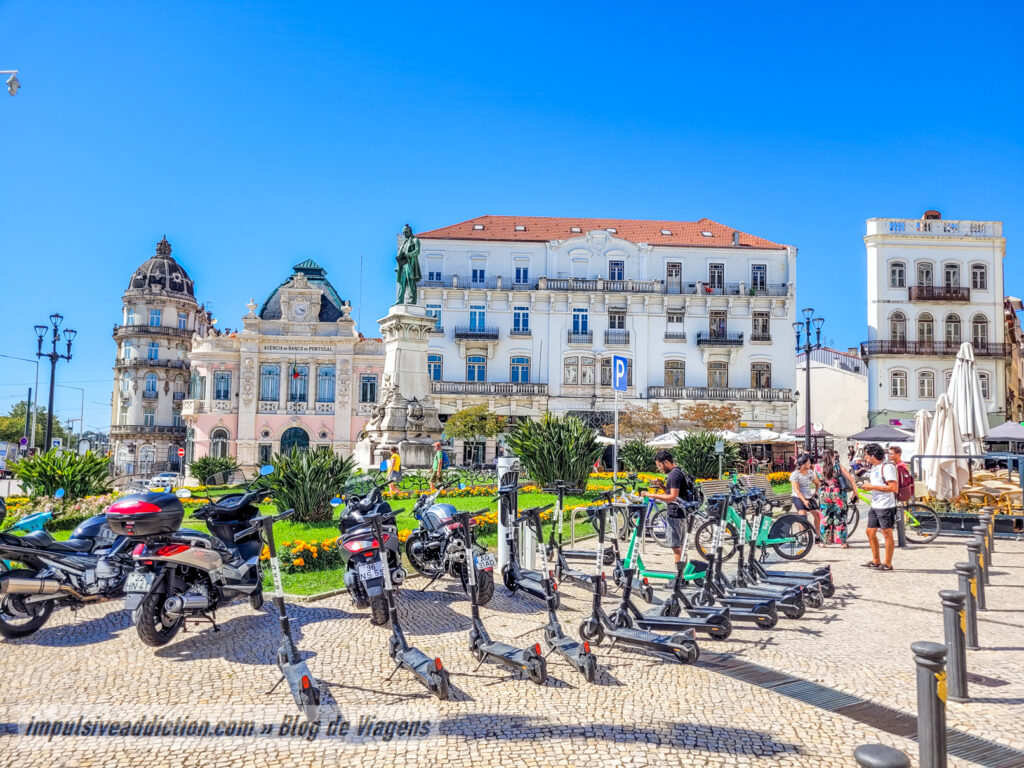
14. Santa Clara Bridge
Cross Mondego River using Santa Clara Bridge, as from the opposite side of the river you have some of the most beautiful views of the city of Coimbra. Optionally, how about taking a riverside walk to the Train Station?
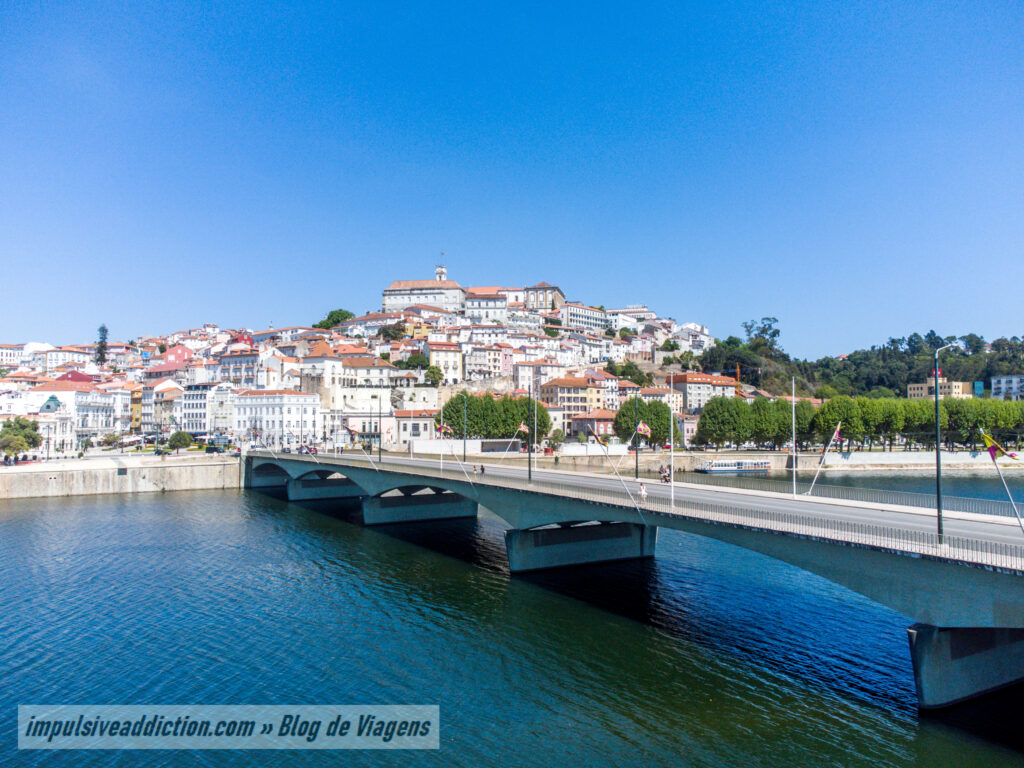
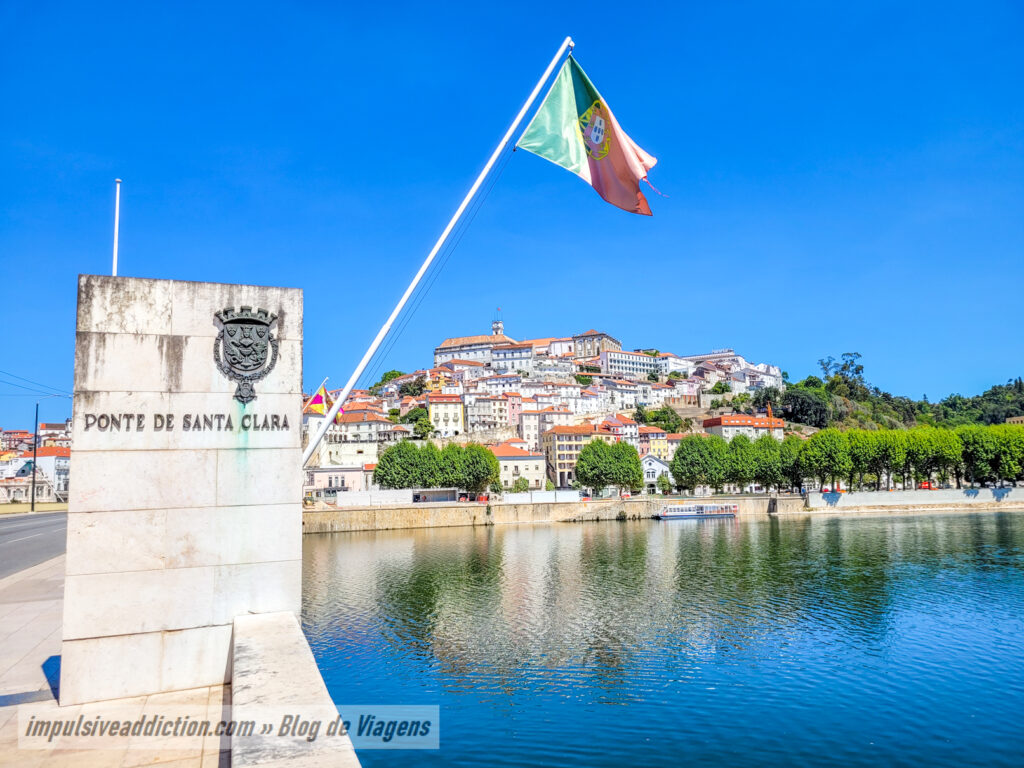
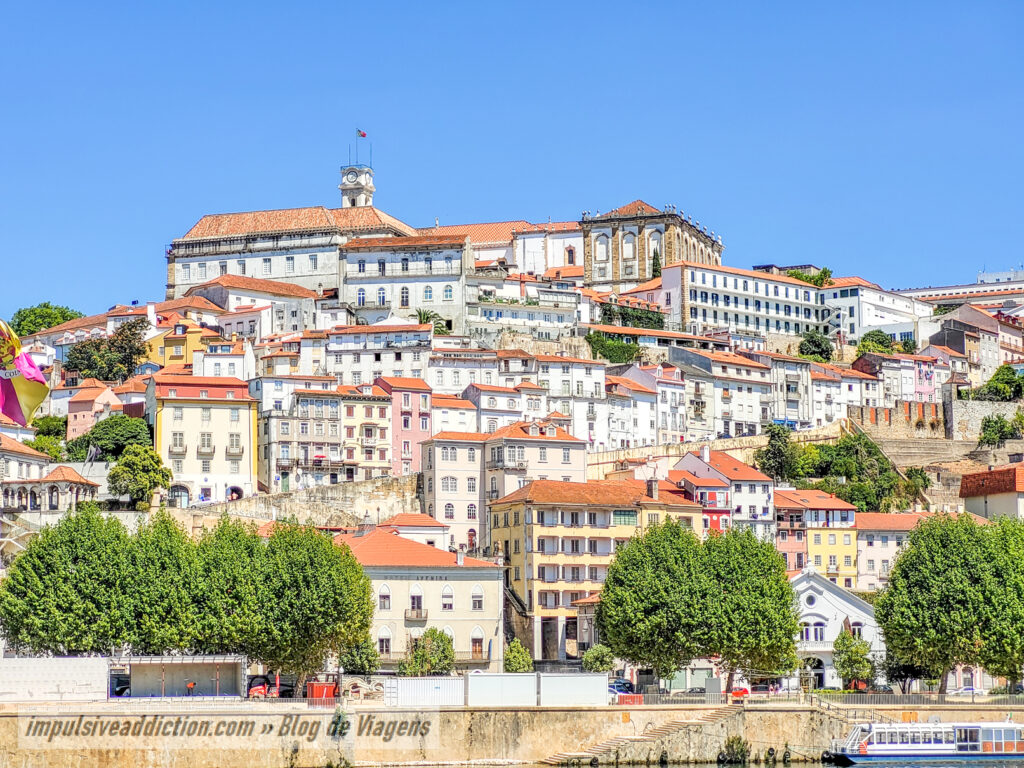
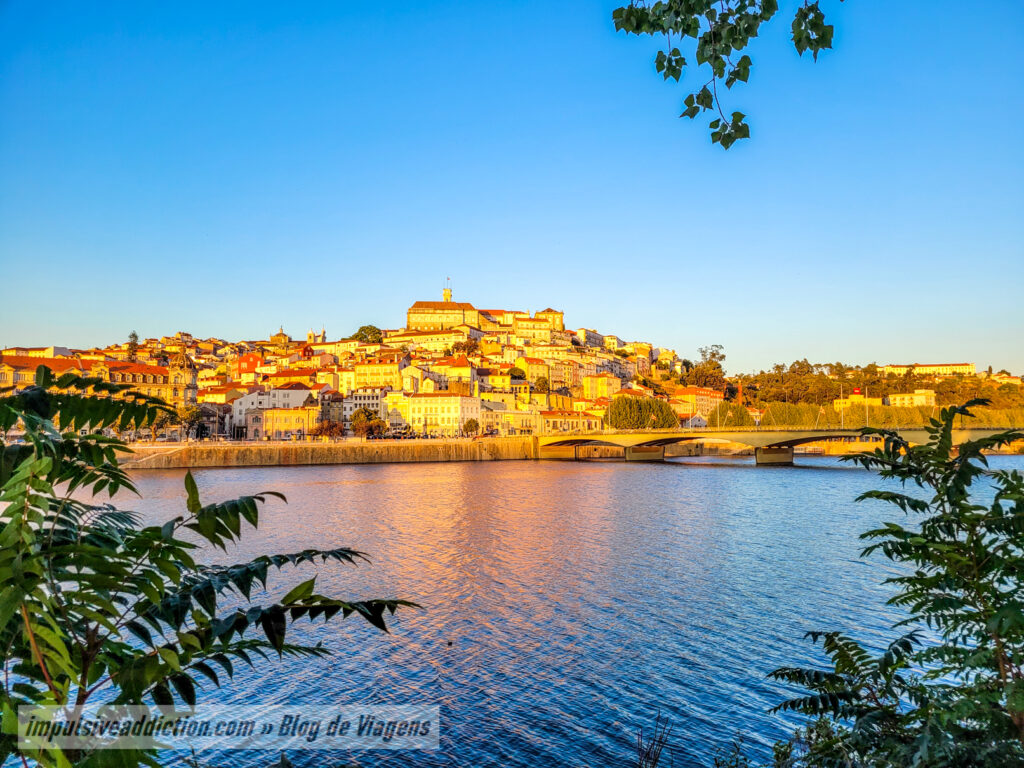
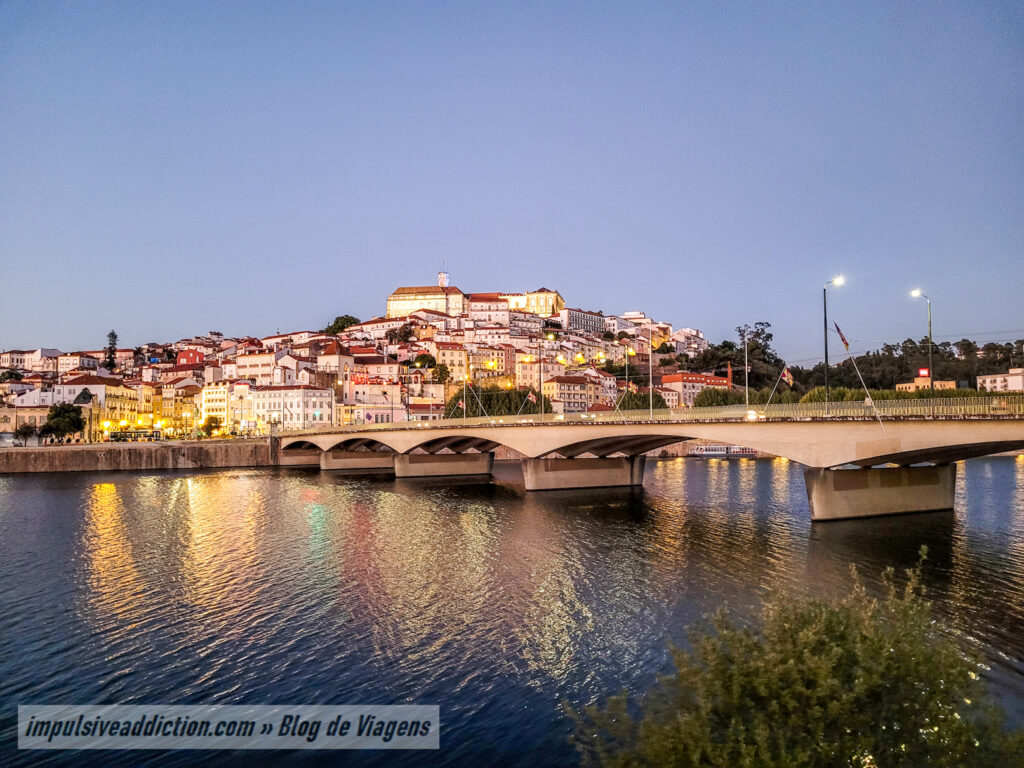
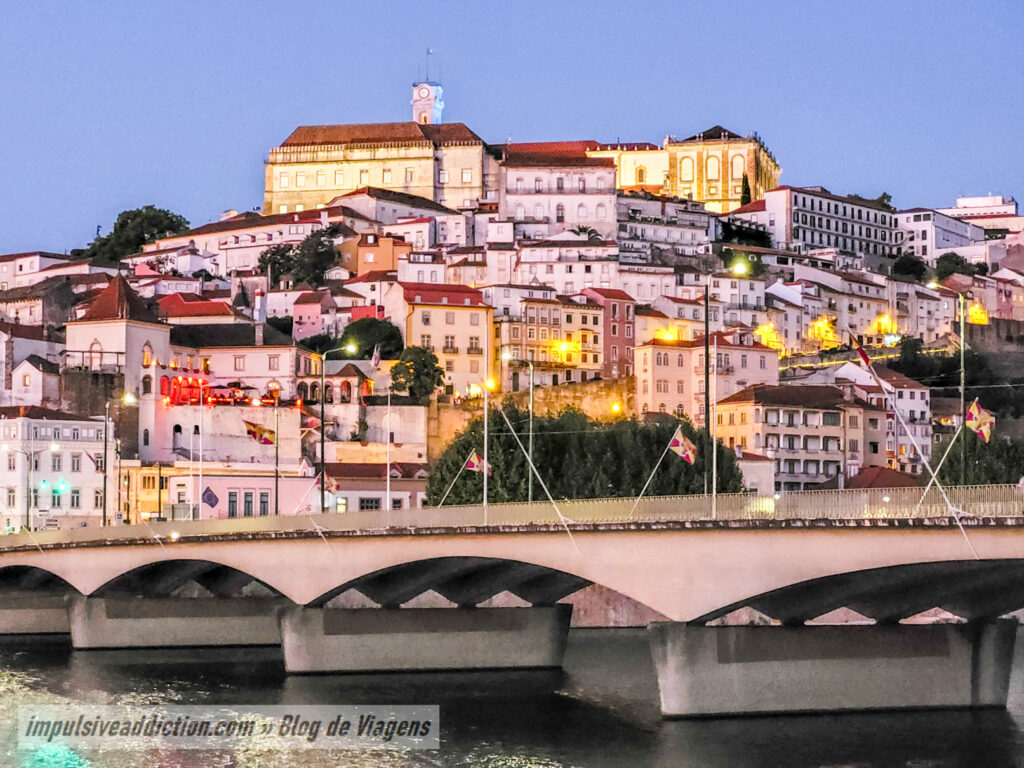
15. Coimbra City Park
End your 2nd day visiting Coimbra at the City Park and Mondego Park. You can, if you so wish, take a boat trip along the river, following the tips I left earlier in this article (link to boat trip).
At the City Park of Coimbra, also known as Park of Manuel Braga, you can visit the Water Museum, which in my opinion is not mandatory.
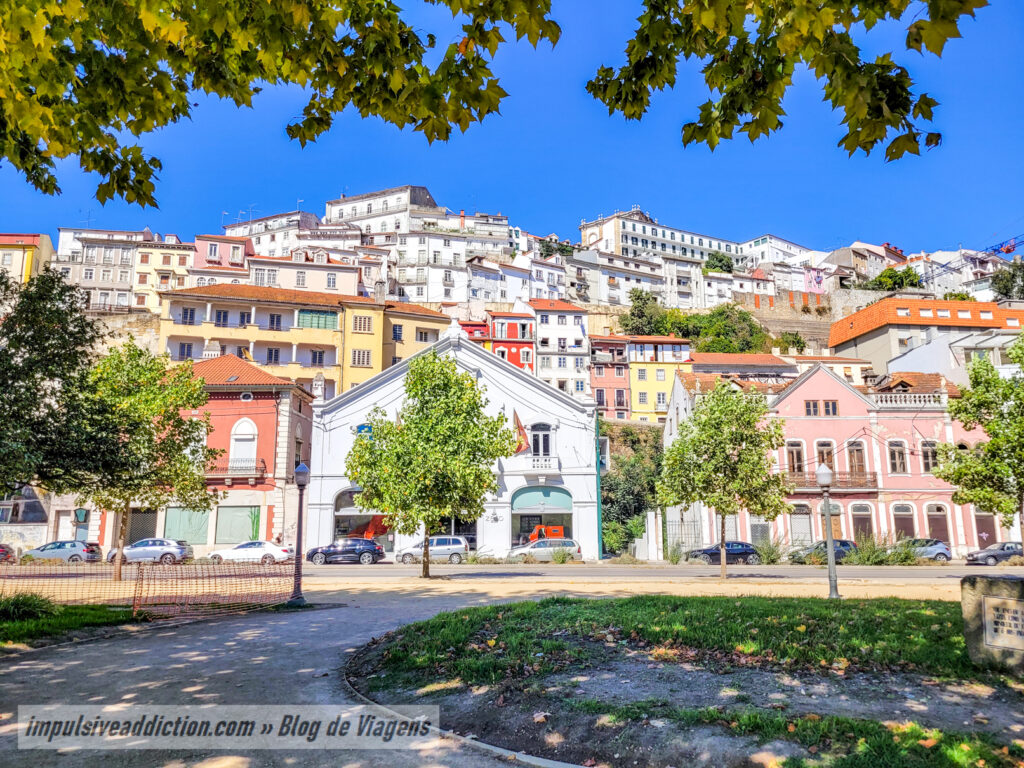
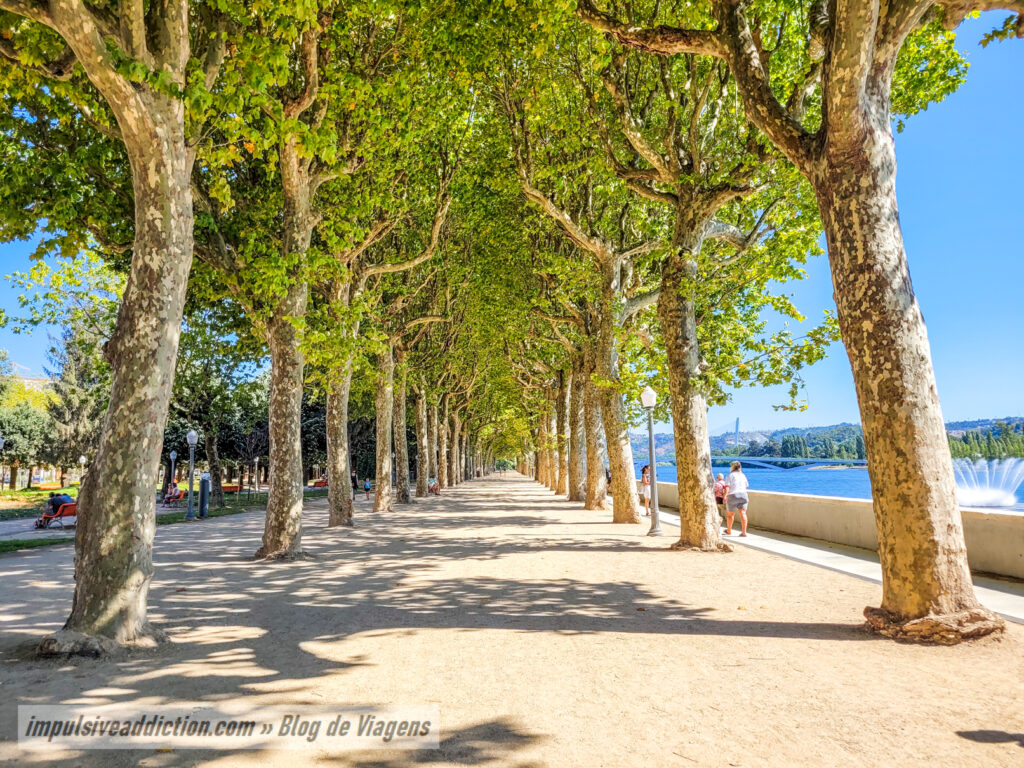
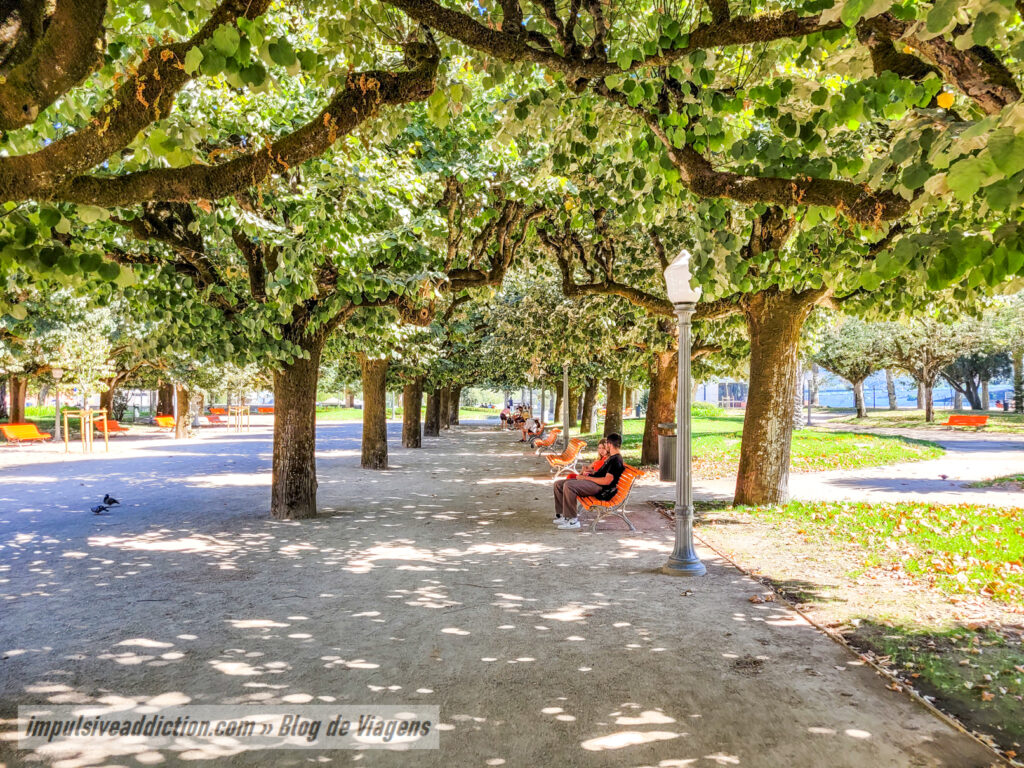
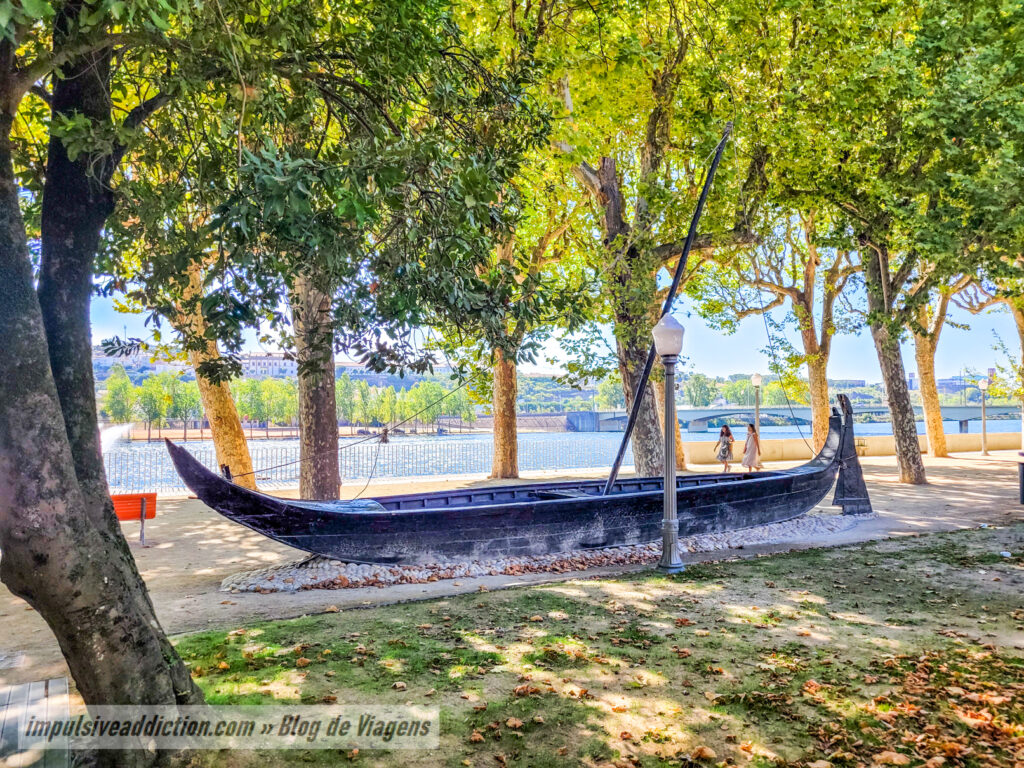
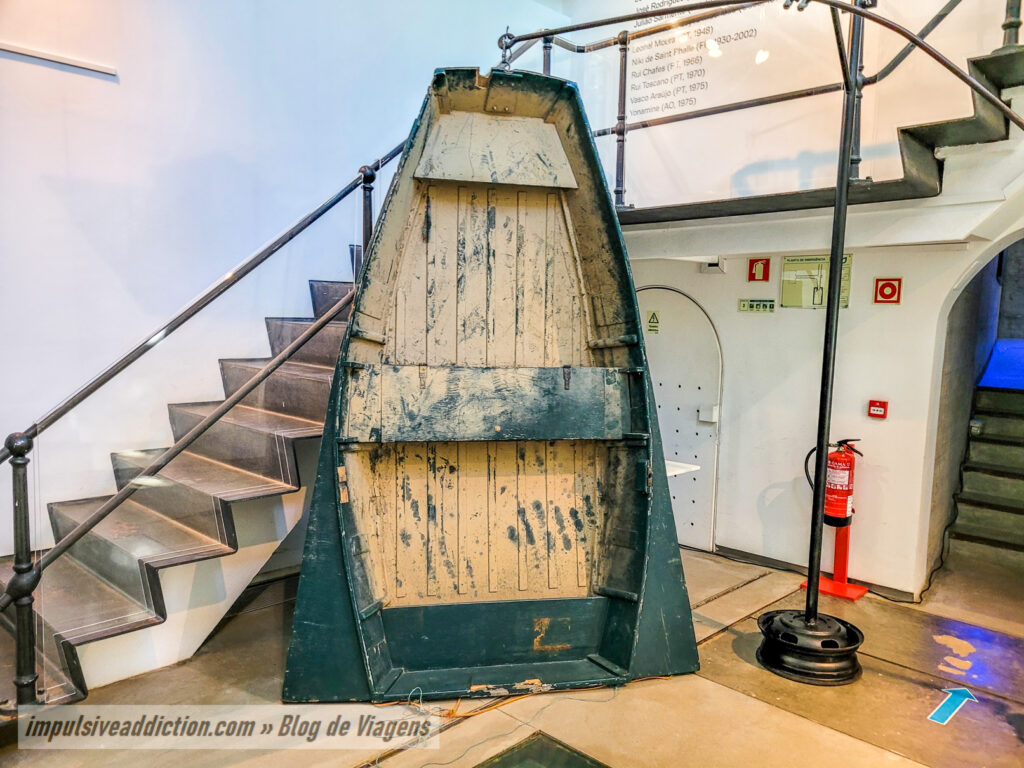
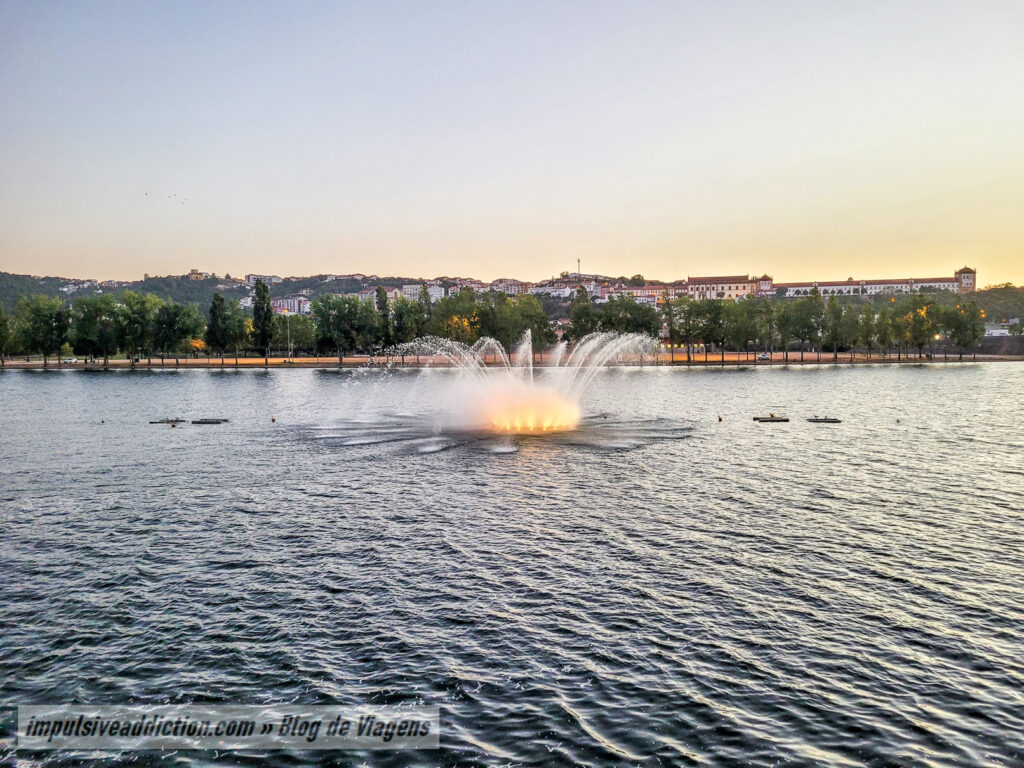
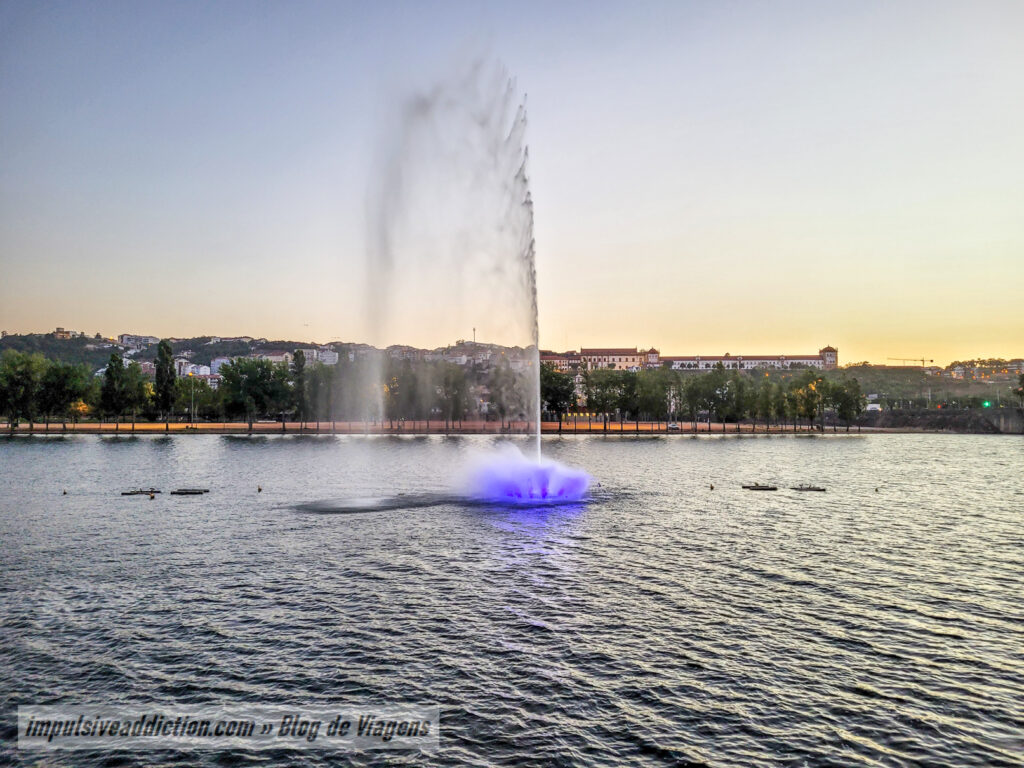
16. Mondego Green Park
At Mondego Park, in turn, the huge green bear stands out, covered with synthetic grass. Kids love it! 😉
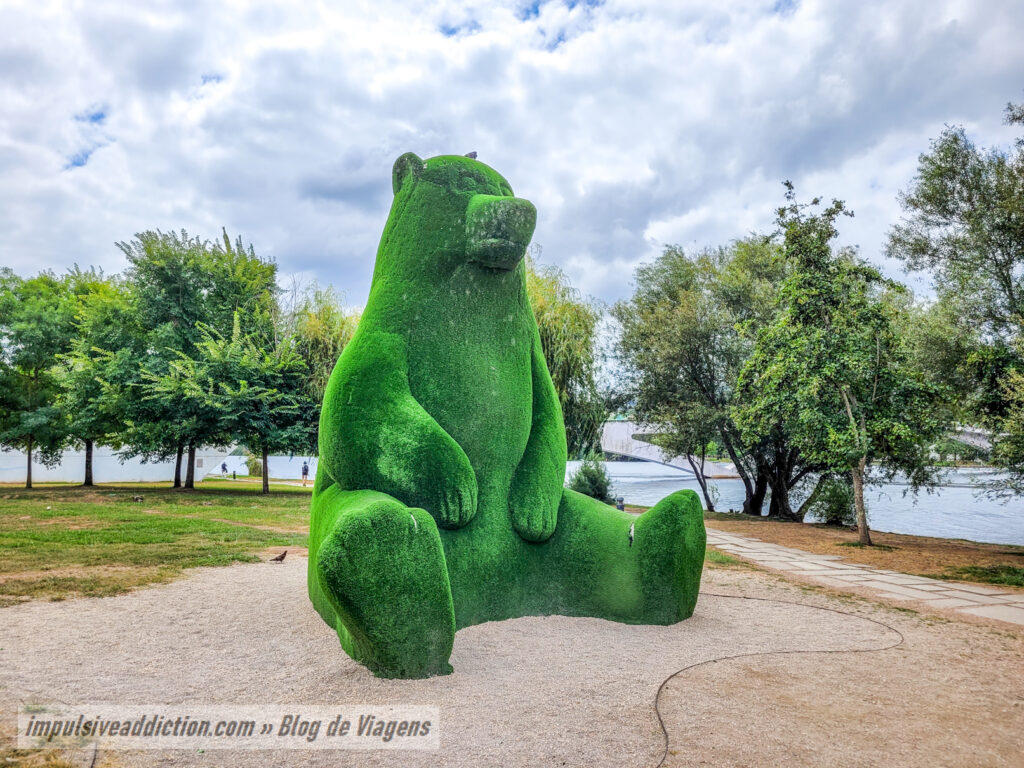
17. Half Gorilla by Bordallo II (Urban Art)
Coimbra has more than one work by Bordallo II in the city, and nearby you will find the Half Gorilla, which is extraordinary.
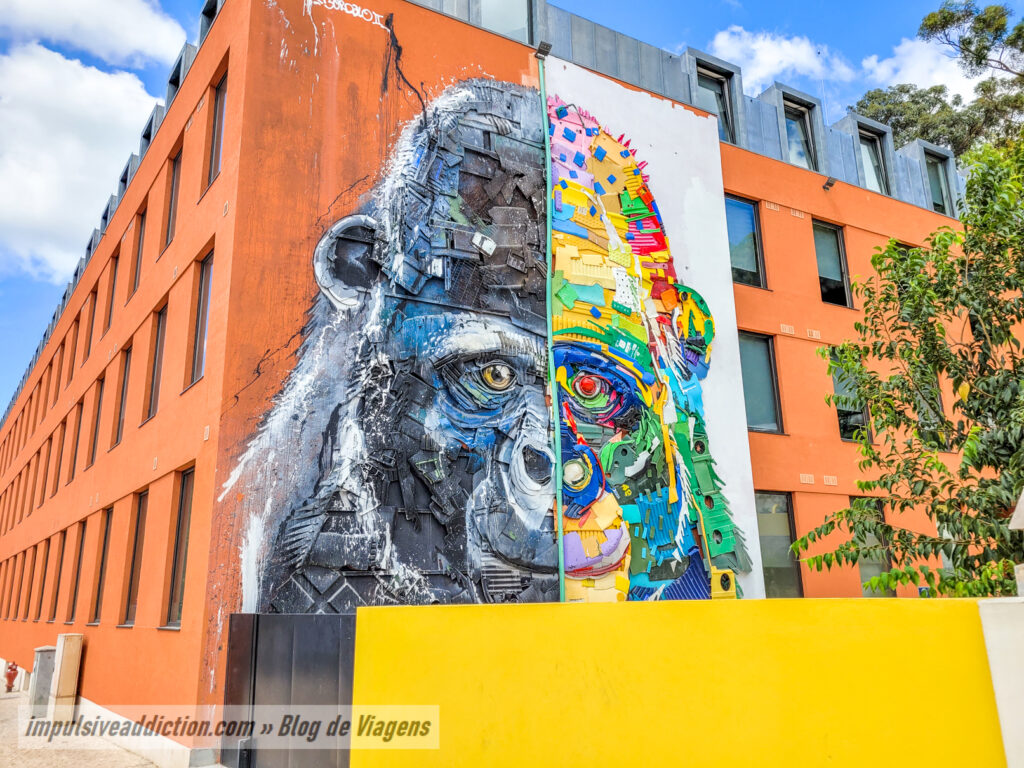
18. Pedestrian Bridge of Pedro and Inês
And how about admiring Mondego River from the top of the pedestrian bridge of Pedro and Inês? It is undoubtedly a colorful bridge and a good spot to watch the sunset when visiting Coimbra.
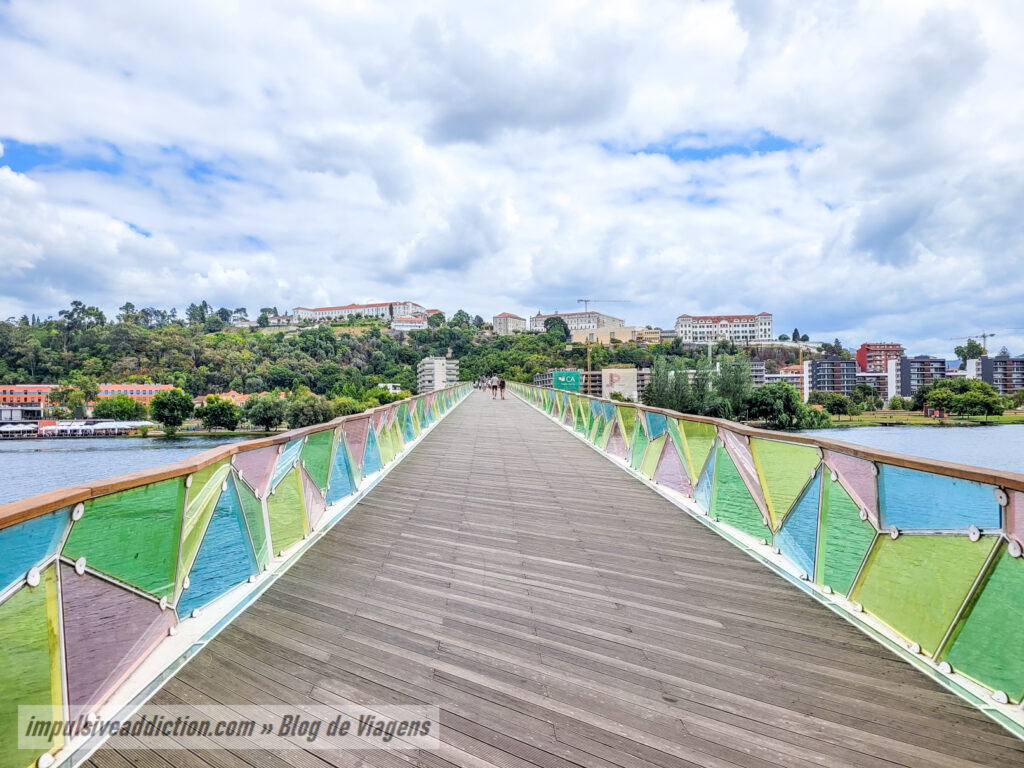
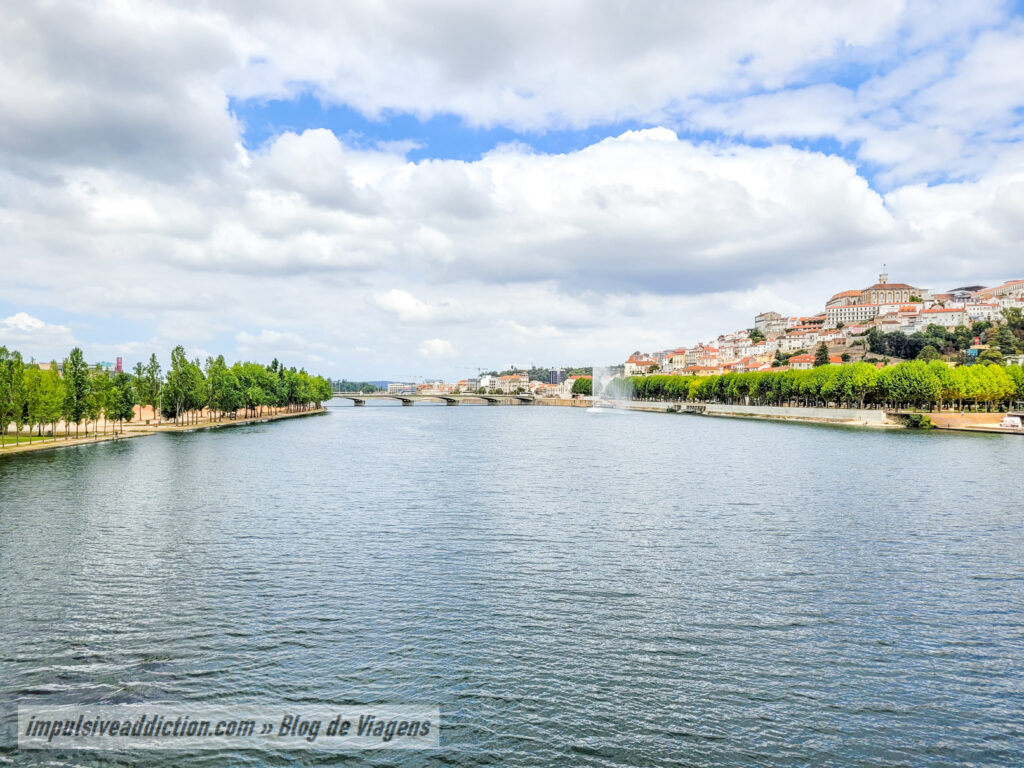
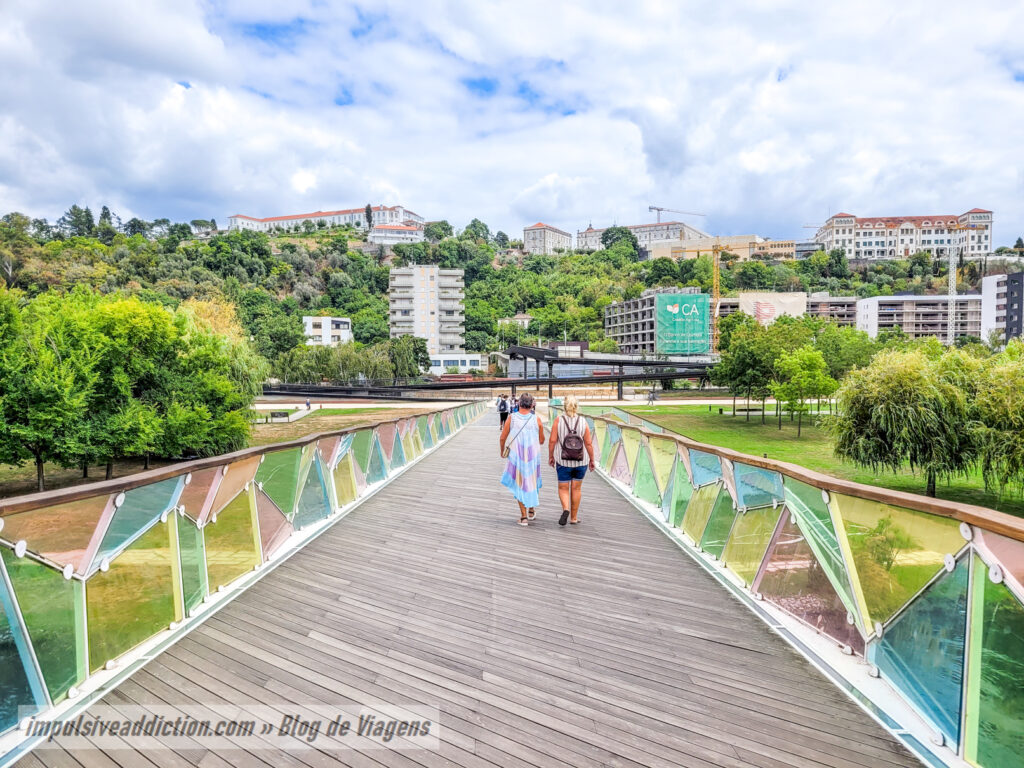
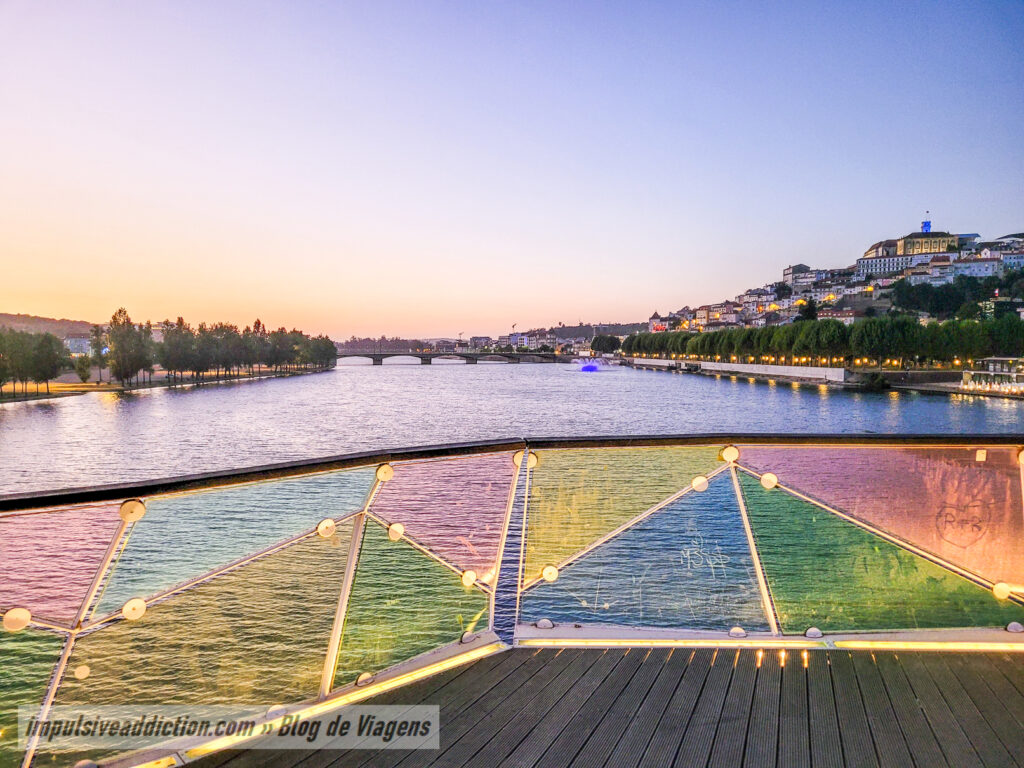
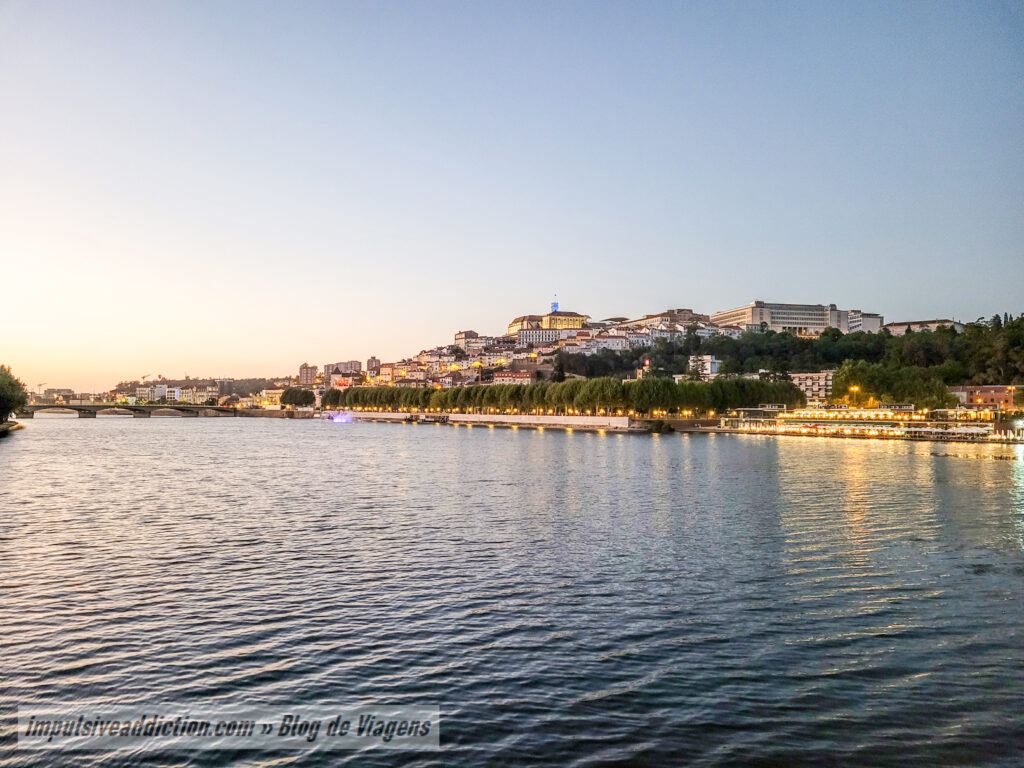
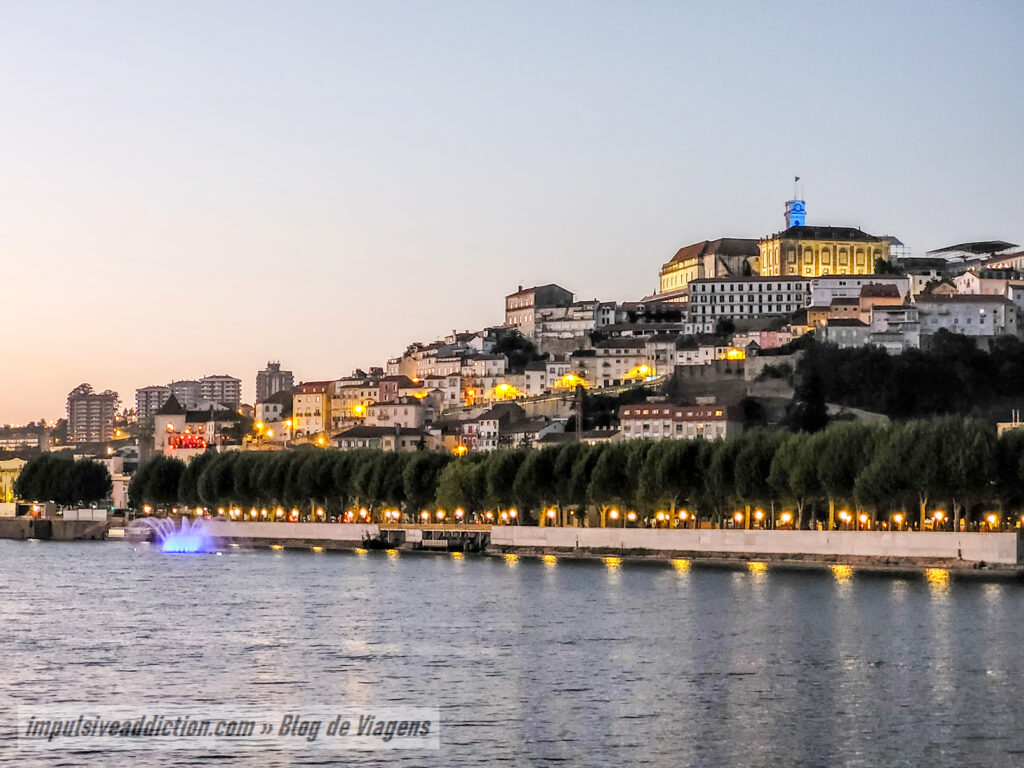
Days 3 and 4 | Things to do in Coimbra
If you intend to visit Coimbra in 3 or 4 days, then you can extend your itinerary to different places in the surroundings, but which are still part of the municipality. In this section I do not leave a specific order of visit, as I did for the previous two days, but only a list of places available to know. Choose the ones you consider most interesting, and set out to discover them. A car will be very useful for these two days, so rent one with Rental Cars if you don’t have your own car.
1. Monastery of Santa Clara-a-Velha
The history of the Monastery of Santa Clara-a-Velha is very interesting, as it is closely linked to the history of Queen Santa Isabel herself, patron saint of the city of Coimbra. The Monastery was founded in 1283 by a noblewoman from the region, Dona Mor Dias, but the construction work was stopped and only restarted later at the request of the aforementioned queen (1330).
The location of the monastery, however, was not the right decision, as the proximity to Mondego river meant that it ended up flooded several times during periods of rising waters. This was the only reason for the construction of the Monastery of Santa Clara-a-Nova, which I will mention below as another tourist attraction in Coimbra.
Today there is an interpretive center to visit, with a diverse collection of archaeological findings from excavations carried out there. It is also possible to visit the ruins of the monastery, but unfortunately I was unable to do so on my last visit, due to the frequent floods of Mondego river, which led to the need for works to preserve the site. Hope you have more luck than me!
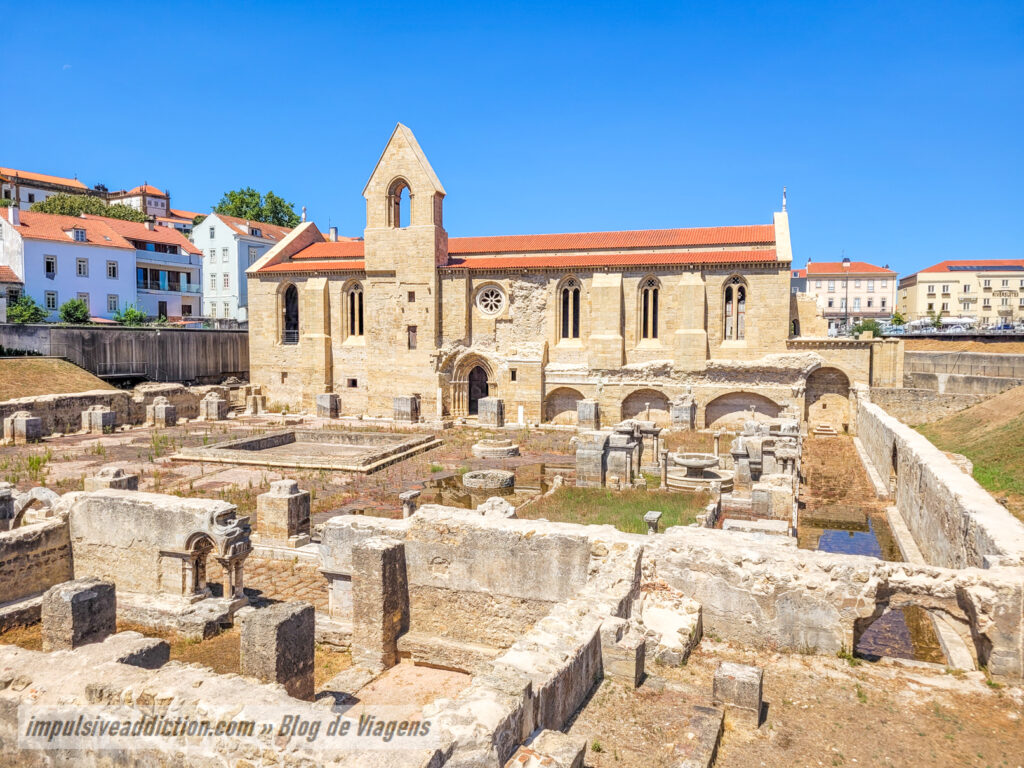
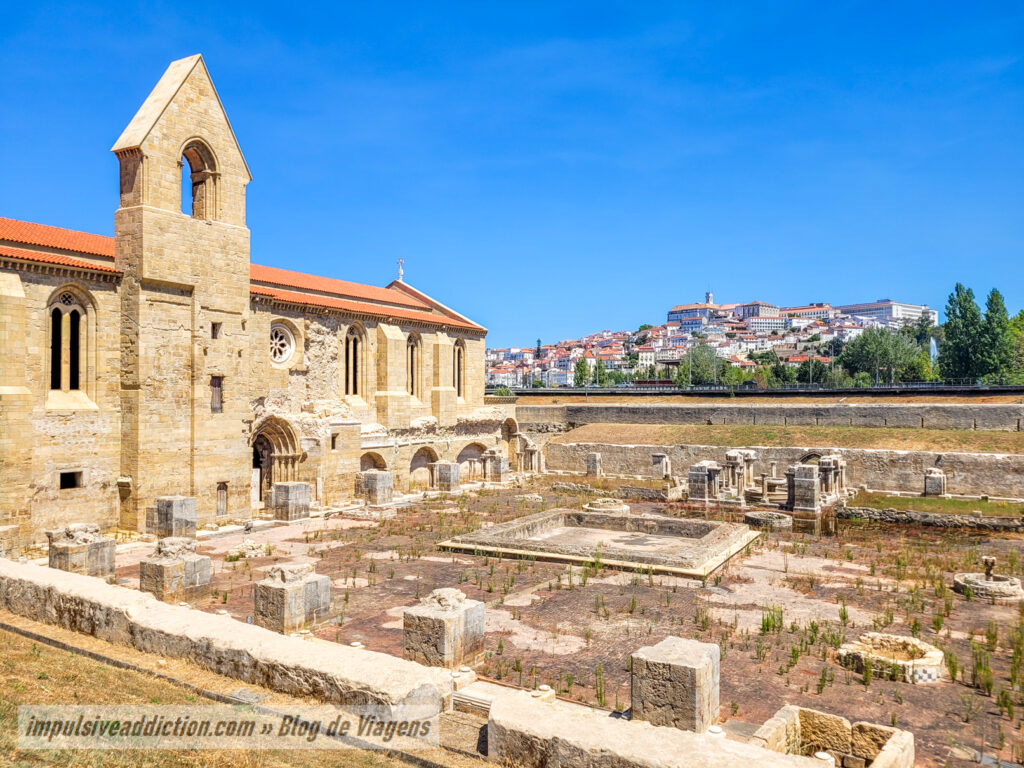
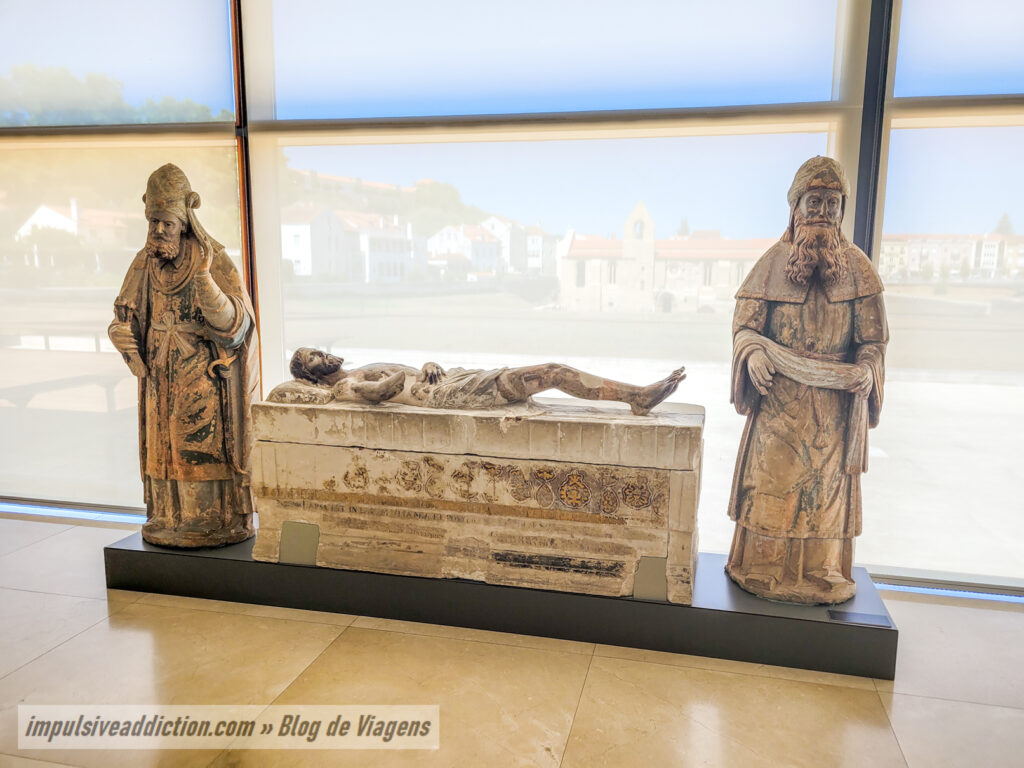
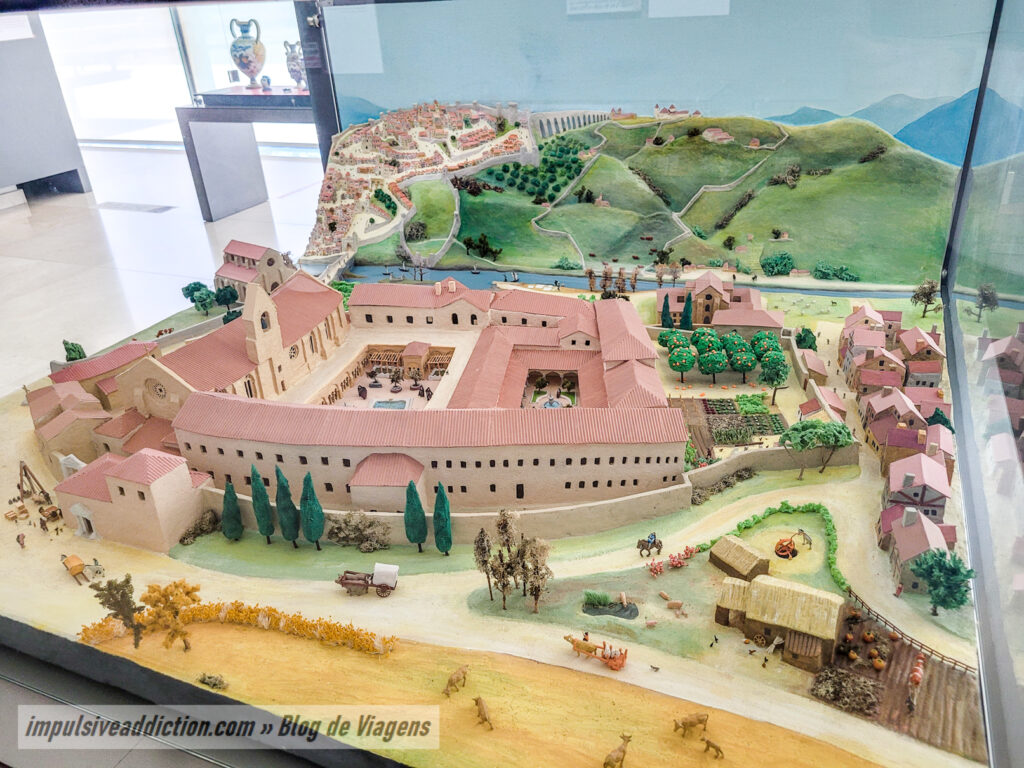
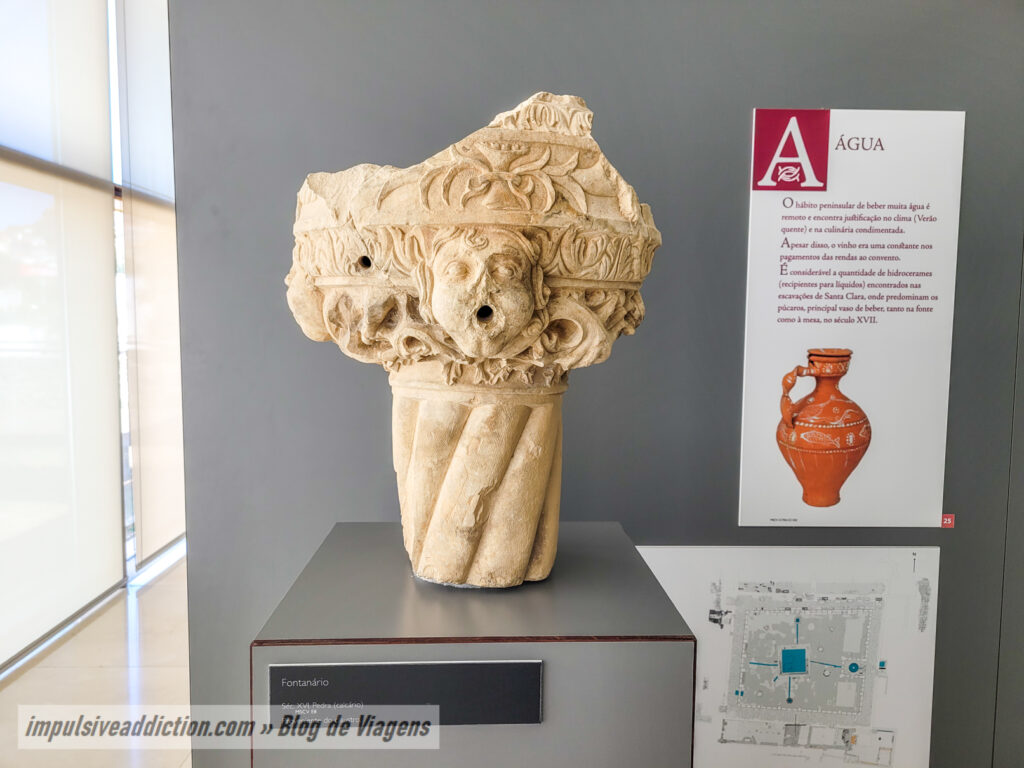
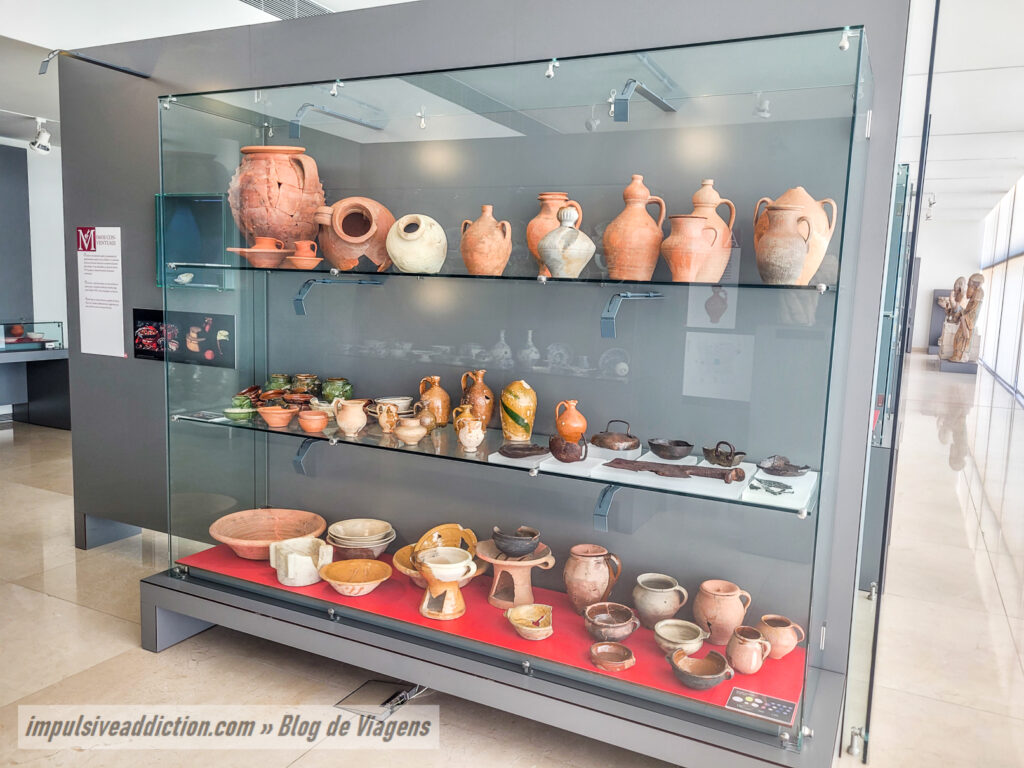
2. Monastery of Santa Clara-a-Nova
The Monastery of Santa Clara-a-Nova is, for me, an even more important visit than the previous one, despite being more recent, from the 17th century. It has an excellent viewpoint over the city of Coimbra, the two tombs of Queen Santa Isabel, a church with impressive gilded carvings, and one of the largest cloisters in Portugal.
It is possible to just visit the Church, if you so wish, and that way see the famous sculpture of Queen Santa Isabel and her most recent silver and crystal tomb on the altar. However, I recommend that you buy a guided tour to also access the cloister and the lower choir, where the former Gothic tomb of the queen (14th century) is located, as well as various relics and pieces of sacred art.
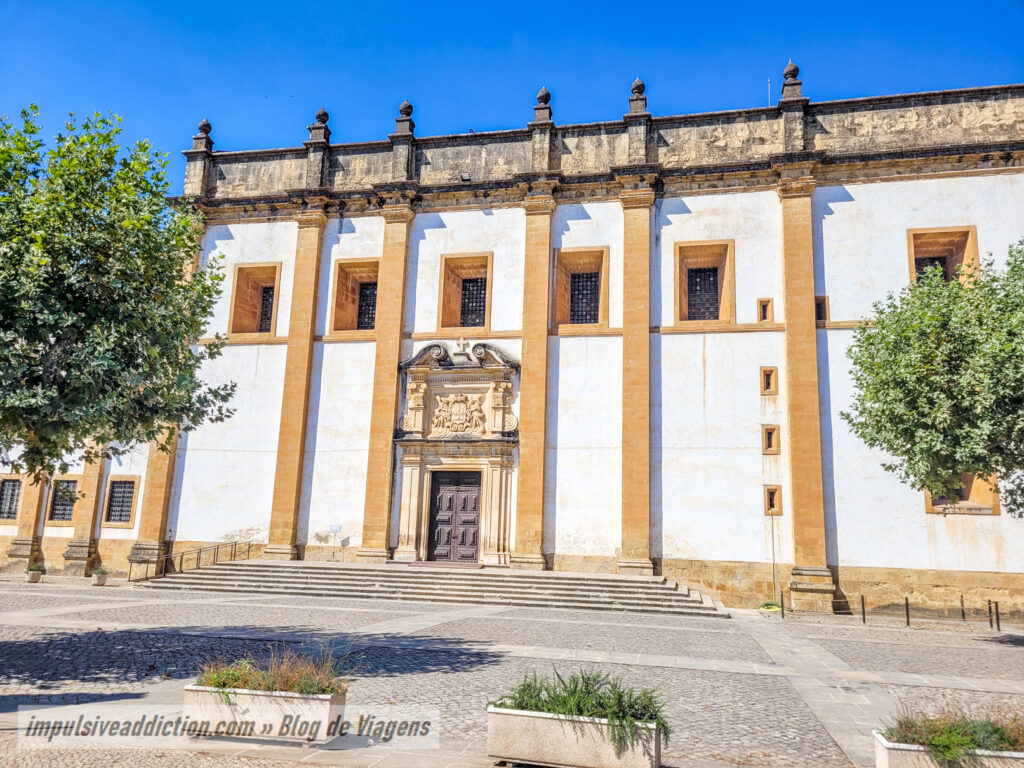
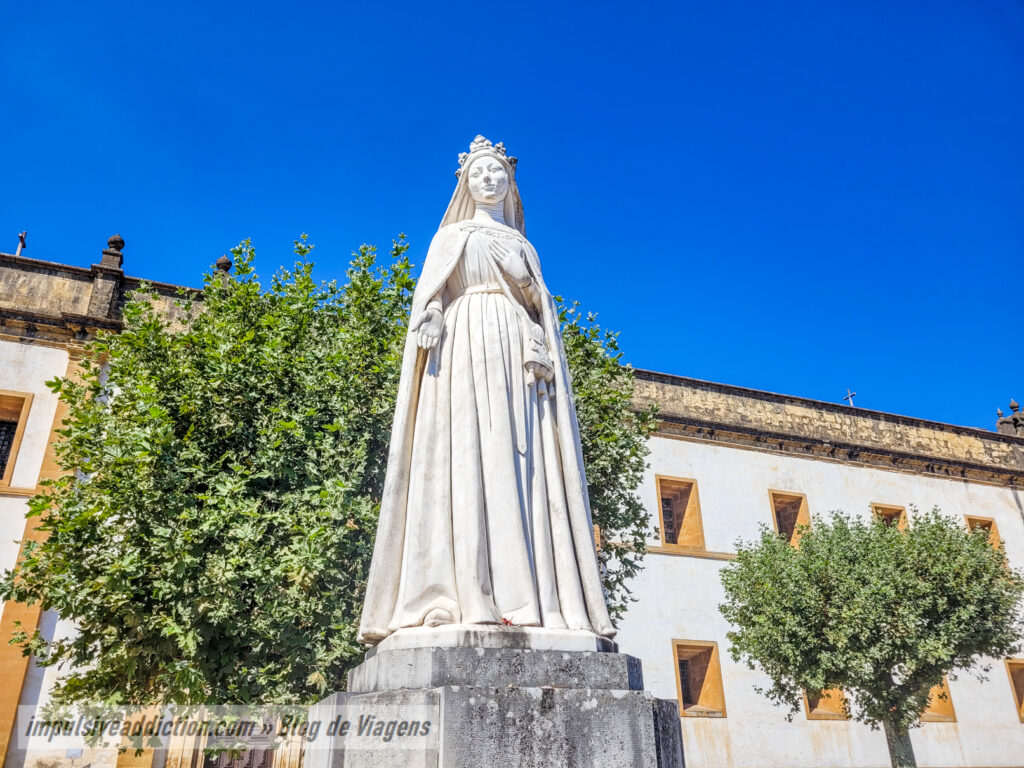
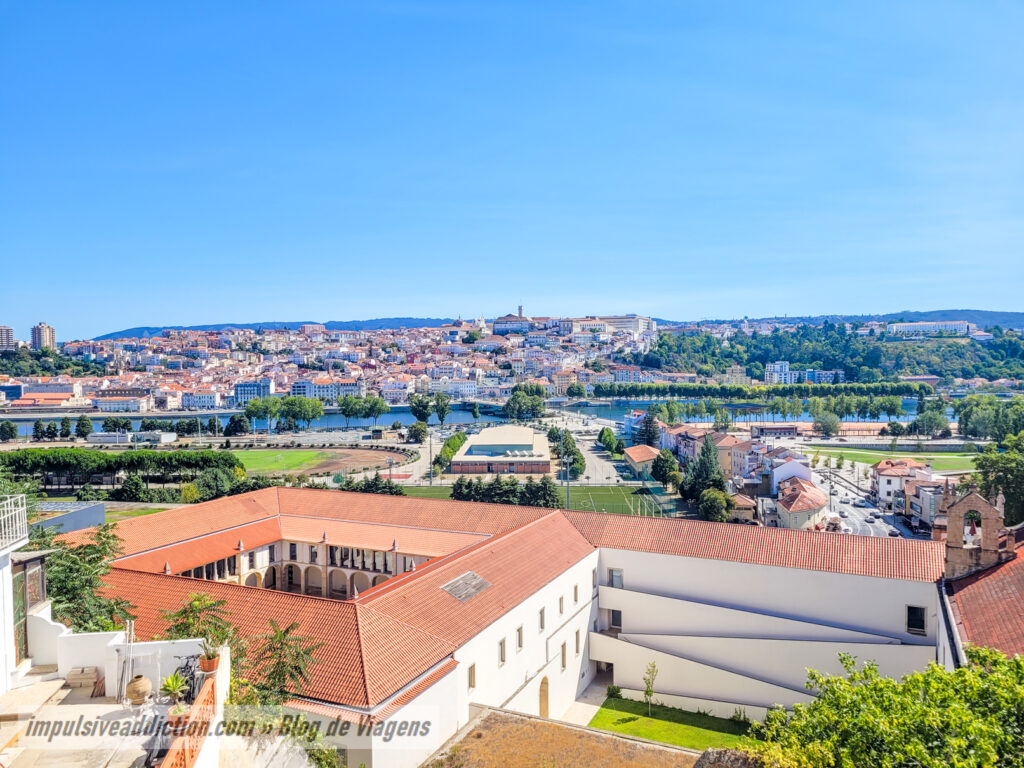
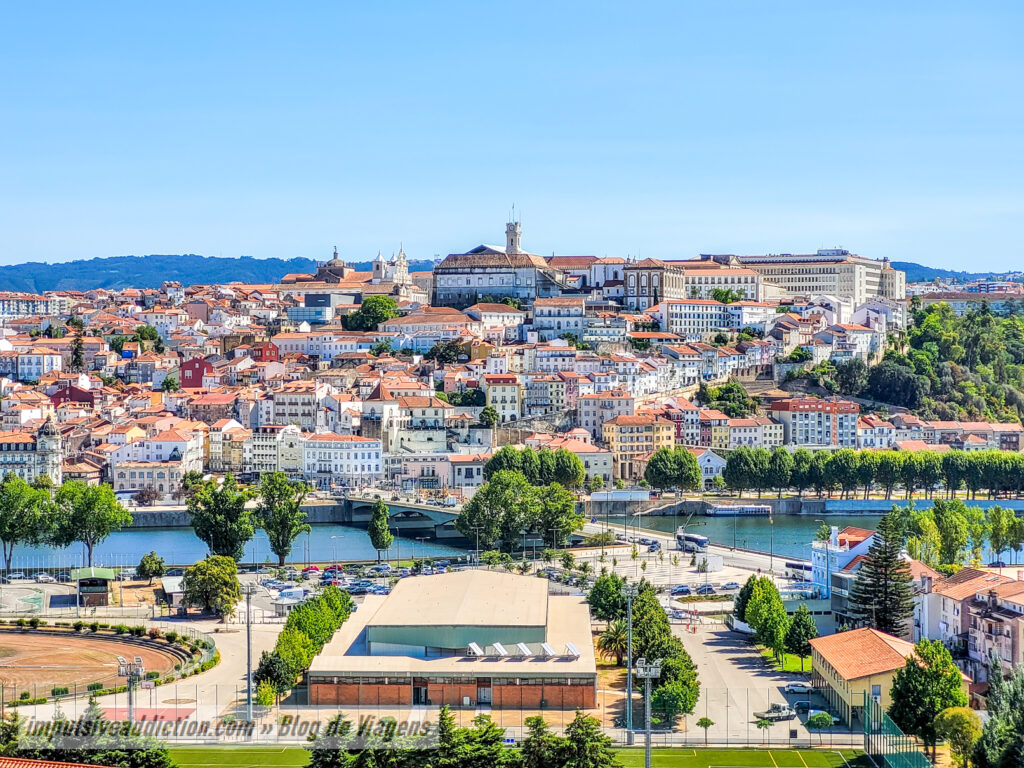
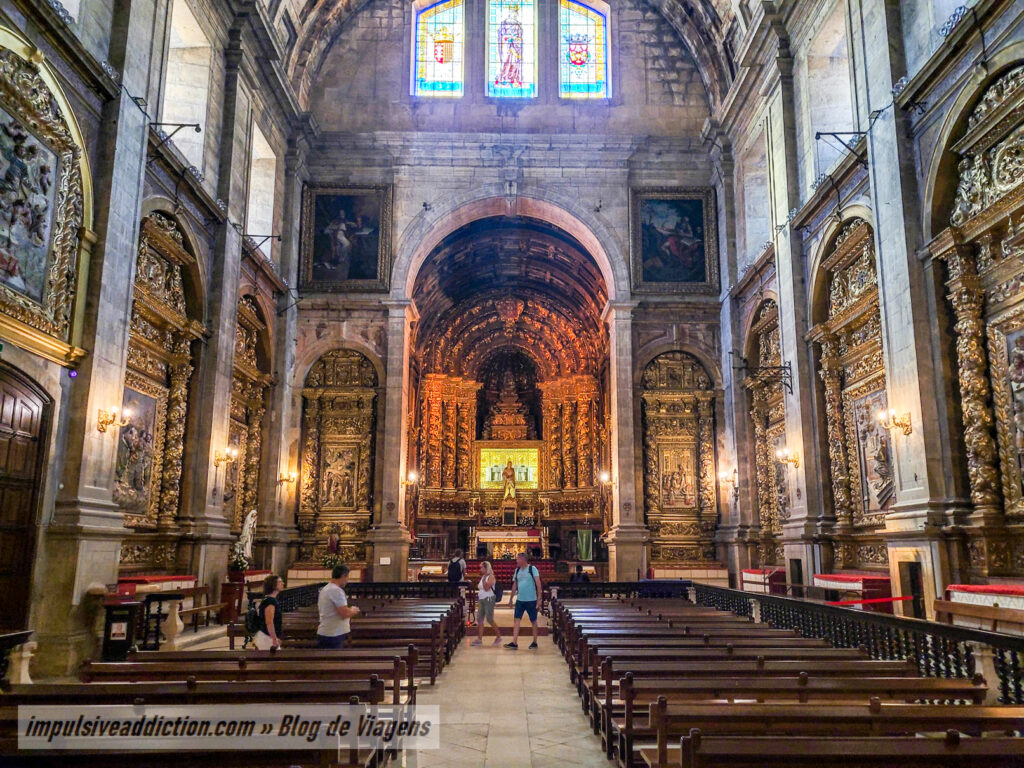
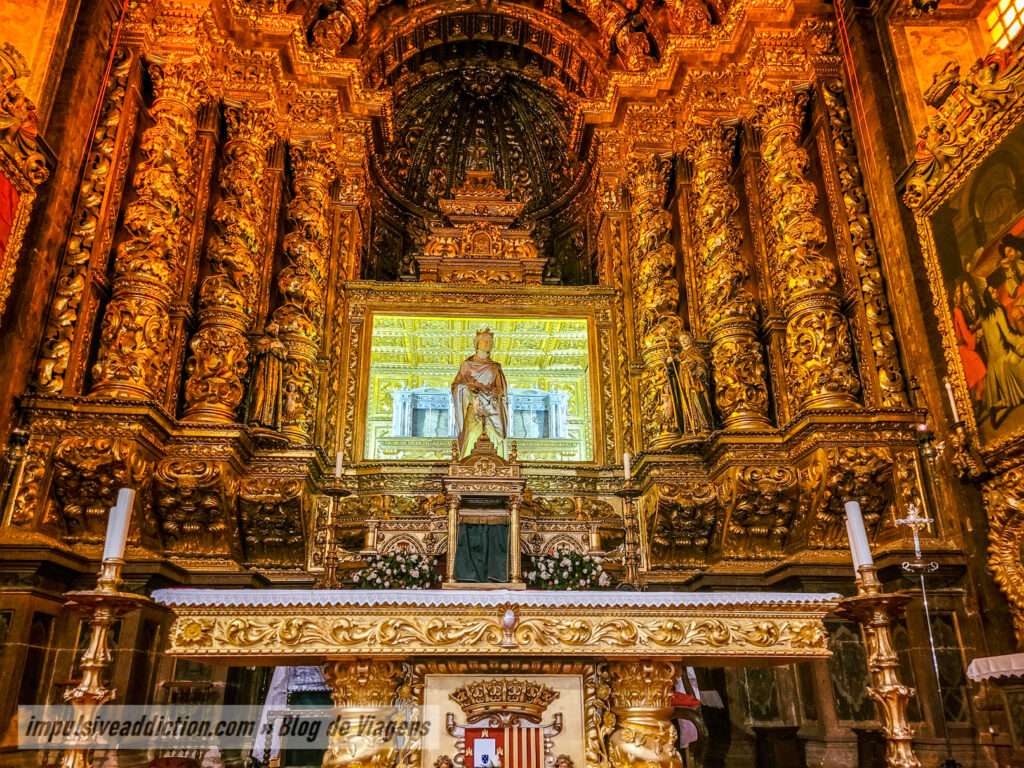
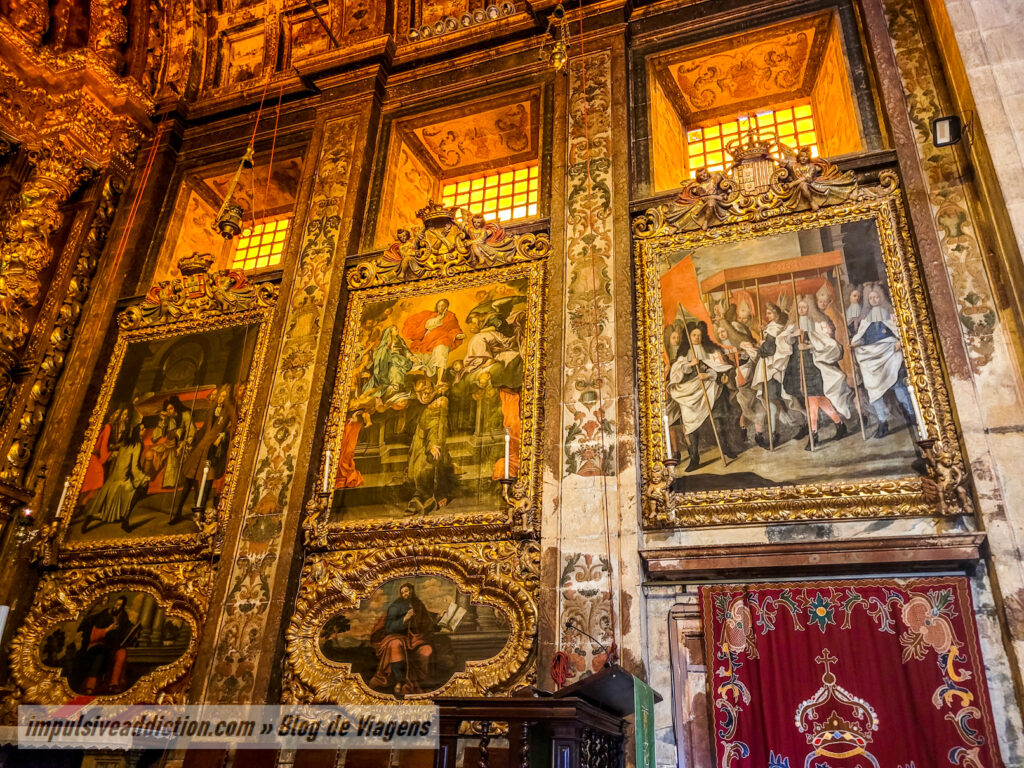
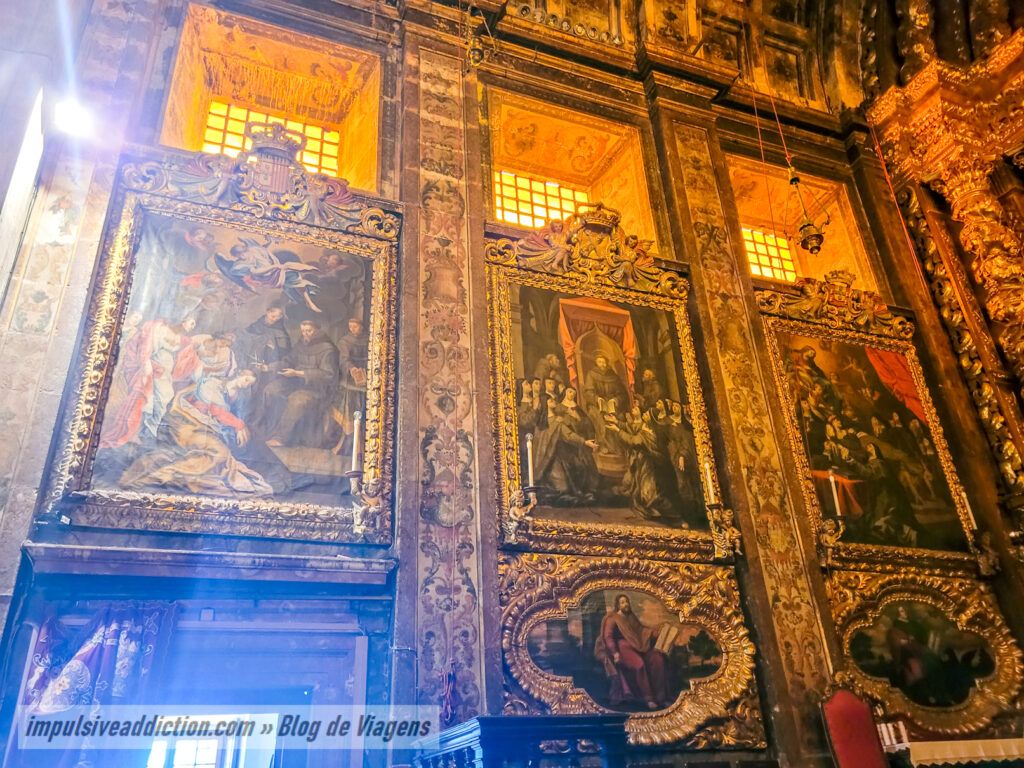
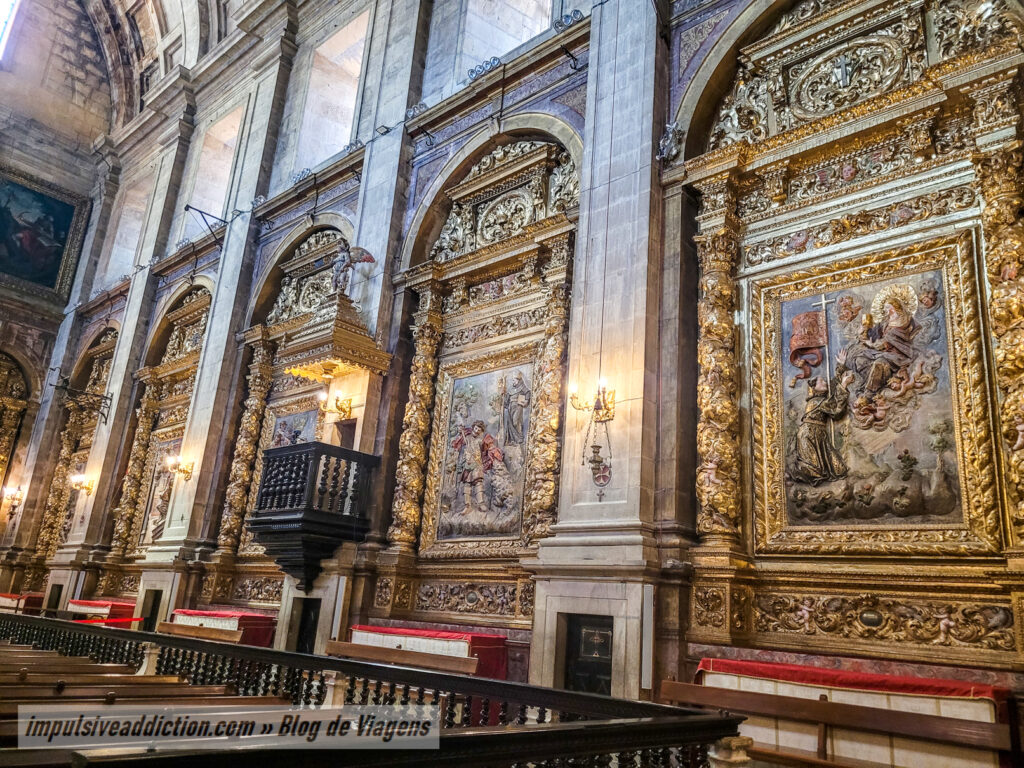
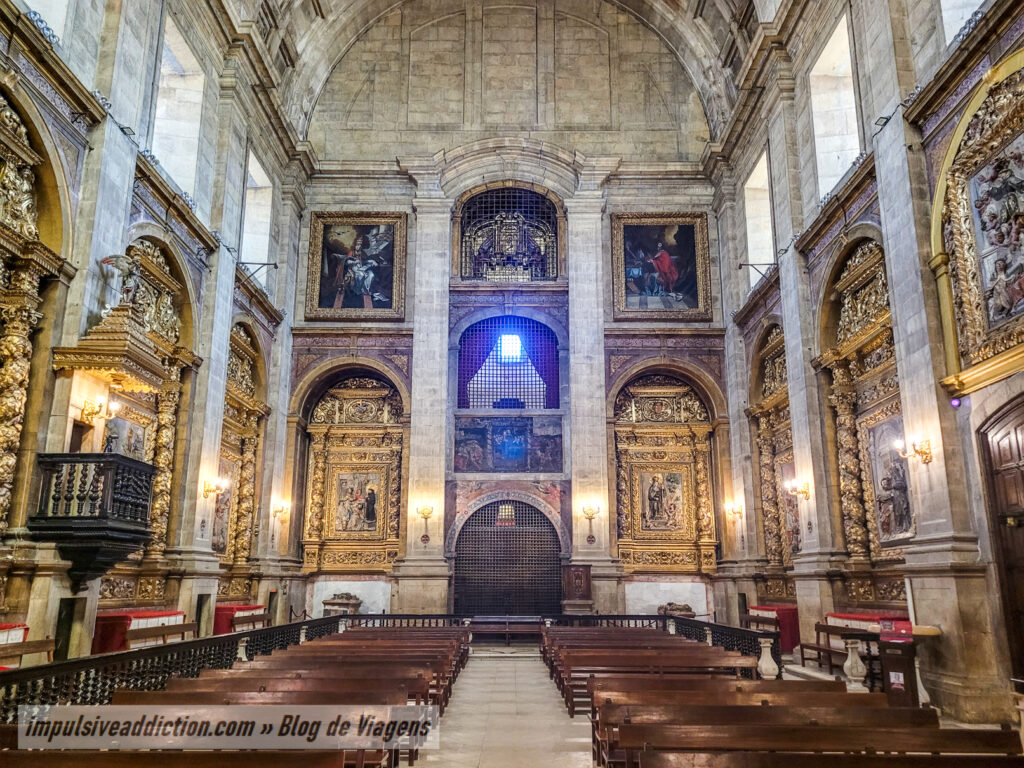
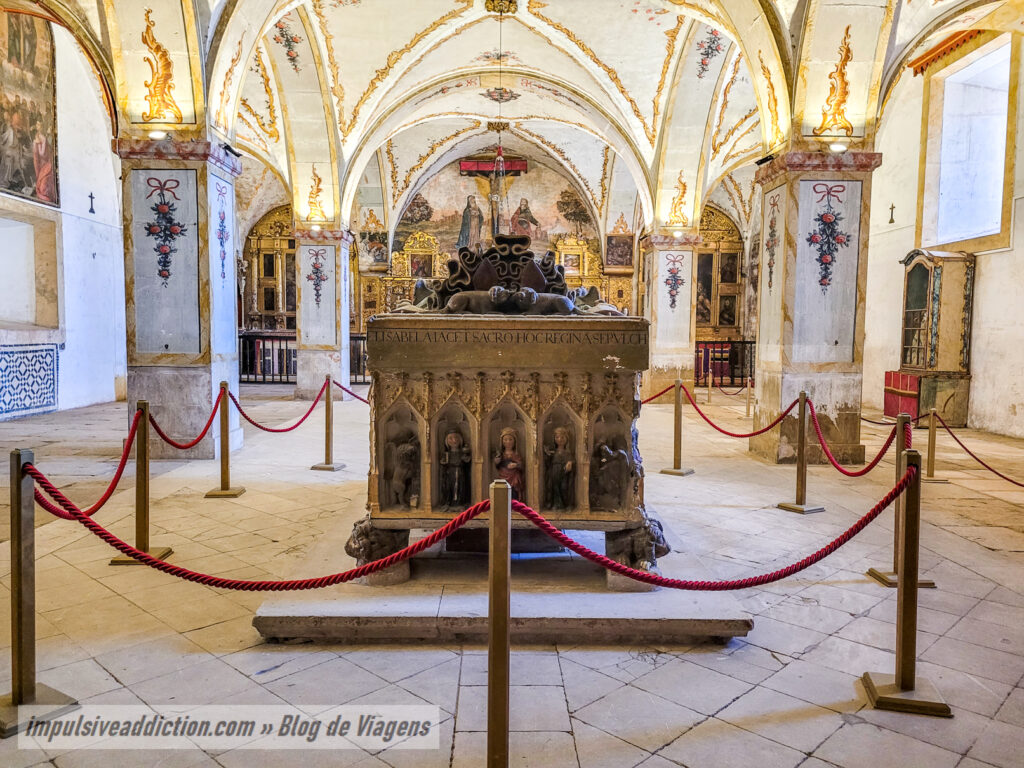
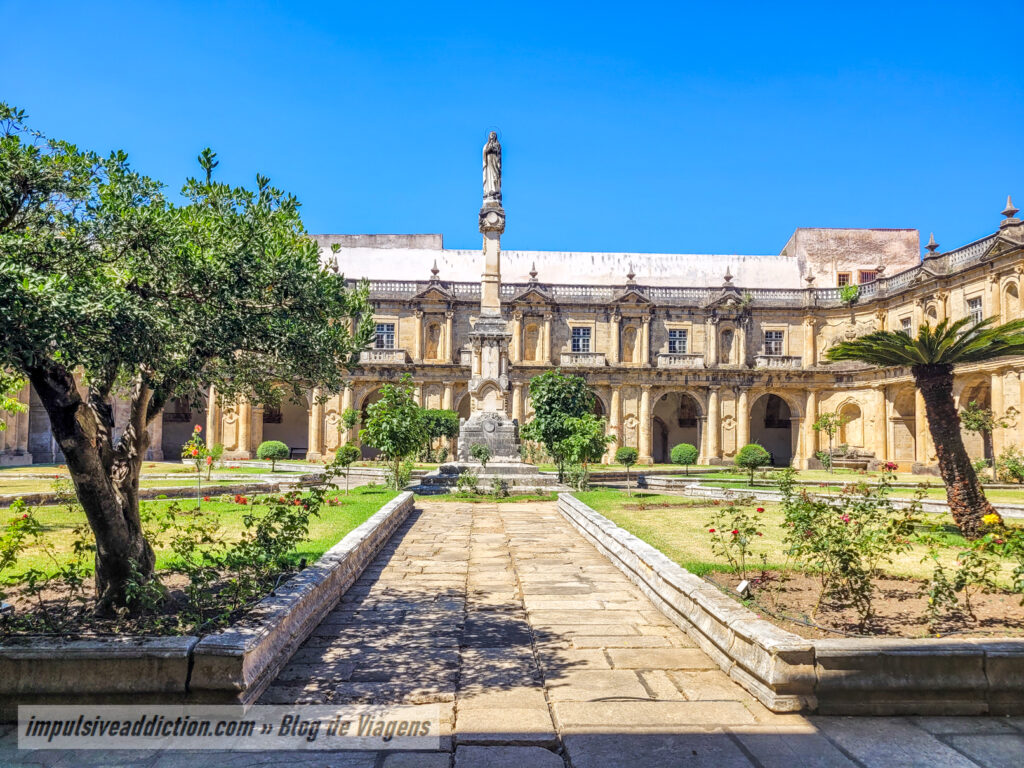
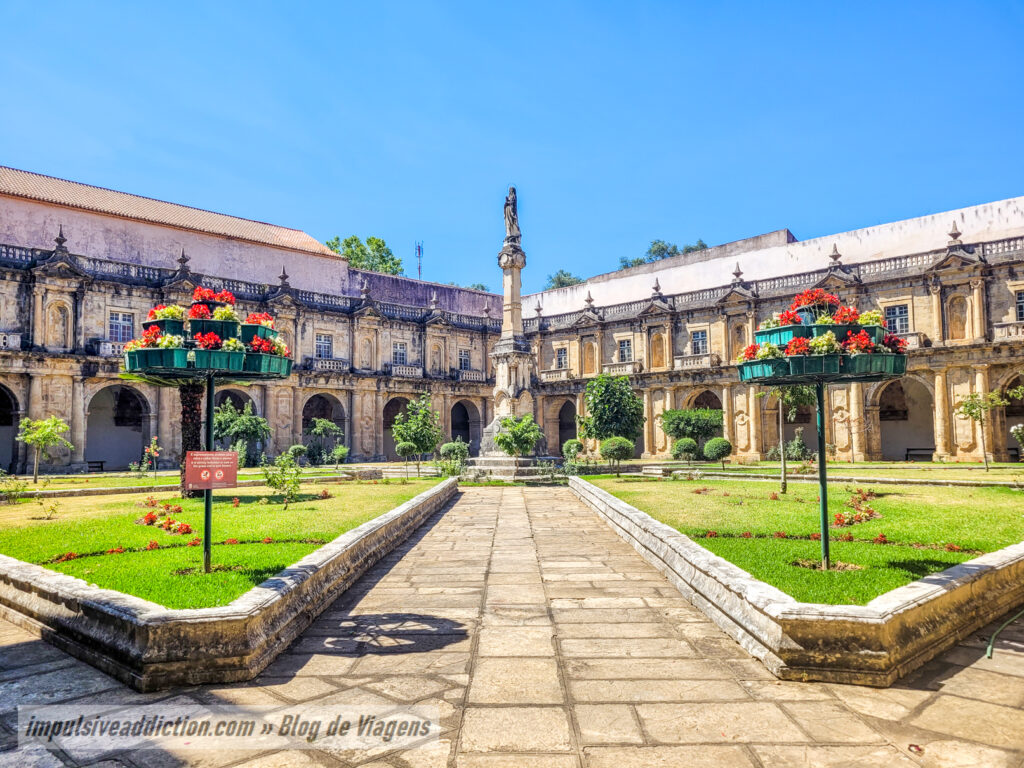
3. Convent of São Francisco
The Convent of São Francisco, from the 17th century, was used in the past for military purposes, as a hospital and as a fabric factory. Today it is a Cultural and Congress Center of Coimbra. The Church has been adapted to host events, so you can only visit it by purchasing a ticket for a specific show. For free, however, it is possible to visit the cloister, where some temporary exhibitions are on display.
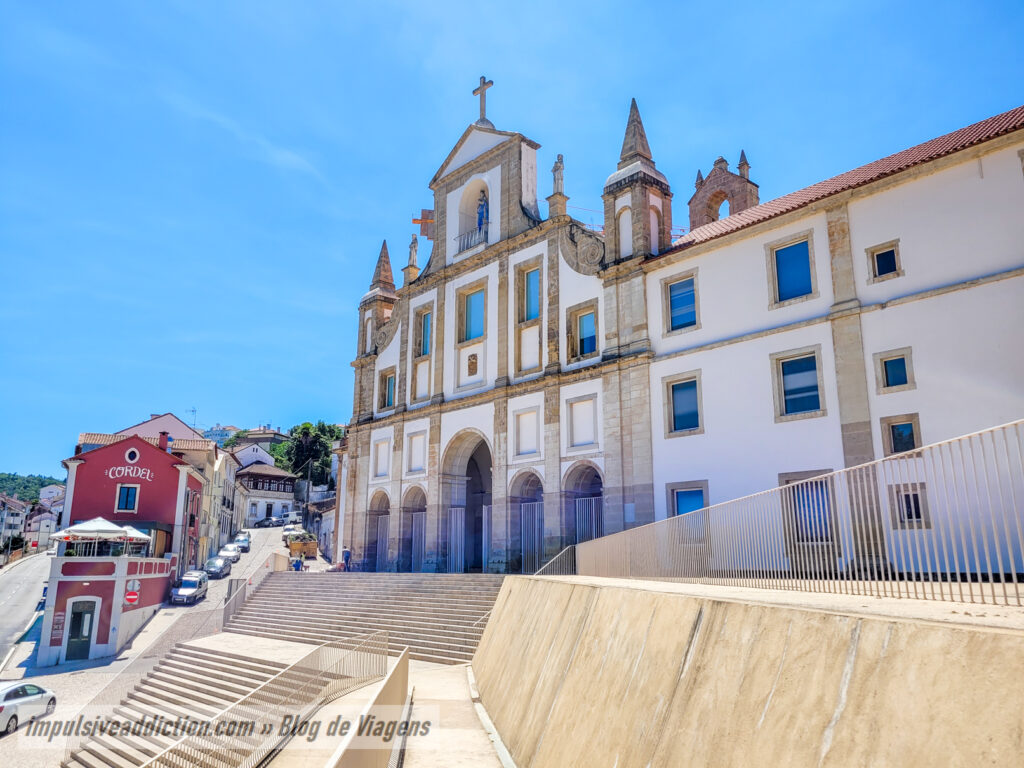
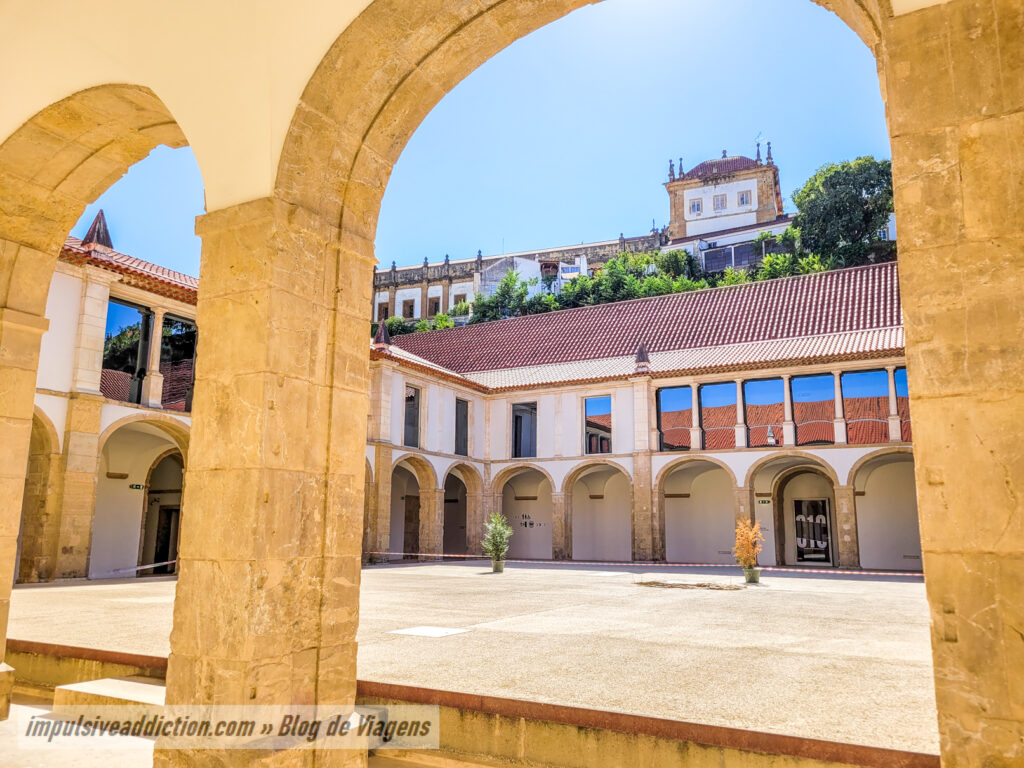
4. Portugal dos Pequenitos
I only visited Portugal dos Pequenitos as a kid, on a school trip, but I remember it being a fun place, and I’m sure it only got better with time. If you’re traveling with children, this is a must-visit place in Coimbra, but be prepared for the unfriendly price. 😉 If you don’t know Portugal well, then you should also visit it, as it is a theme park with miniatures (ideal for children’s sizes!) of several monuments in the country. It’s the oldest theme park in the country, did you know? Portugal dos Pequenitos means in english “Portugal for the little ones”.
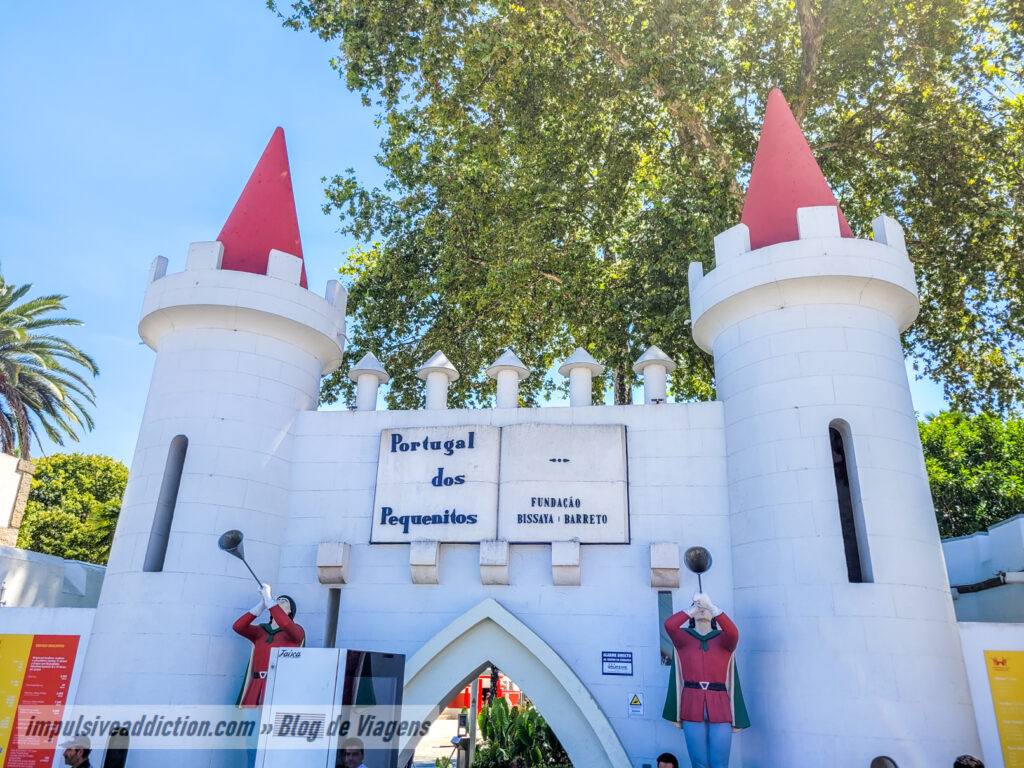
5. Quinta das Lágrimas
The Hotel at Quinta das Lágrimas can be an ideal place to stay in Coimbra, as it will have easier access to the gardens that were once a very important place in the love story between D. Pedro and Inês de Castro. I’m going to tell you a little about this story, but get ready for some facts that are just part of a legend.
Summary of the History of D. Pedro and Inês de Castro Prince D. Pedro was married to D. Constança, but was in love with Inês de Castro, his wife's chaperone. The two secretly dated in the gardens of Quinta das Lágrimas, and after his wife died, D. Pedro moved in with Inês. They had children. This union did not please either the people or his father, King D. Afonso IV, due to Inês' connection to Castile, and for this reason, the king ended up having her murdered in 1355. Legend has it that she was killed at Quinta das Lágrimas and that her own tears turned into a stream, which is now known as the Fountain of Tears, and that her blood is the red stain still visible on the moss by the fountain. Never forgiving his father, D. Pedro ended up becoming king 2 years later, and then he ordered the arrest and death of Inês' assassins. According to legend, their hearts were ripped out by his order, which is why he was given the nicknames of "The Cruel" and "The Punisher". He also legitimized the children he had with Inês de Castro, claiming that he secretly married her. He also recognized her as Queen of Portugal. They are both buried in two specacular tombs located in the Monastery of Alcobaça.
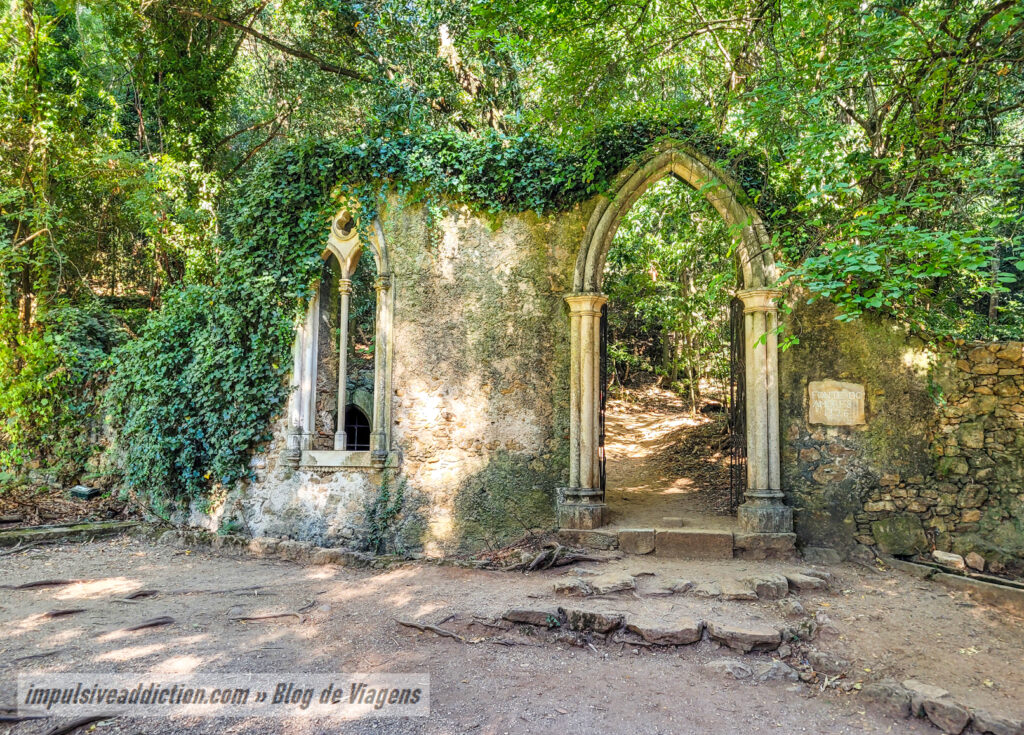
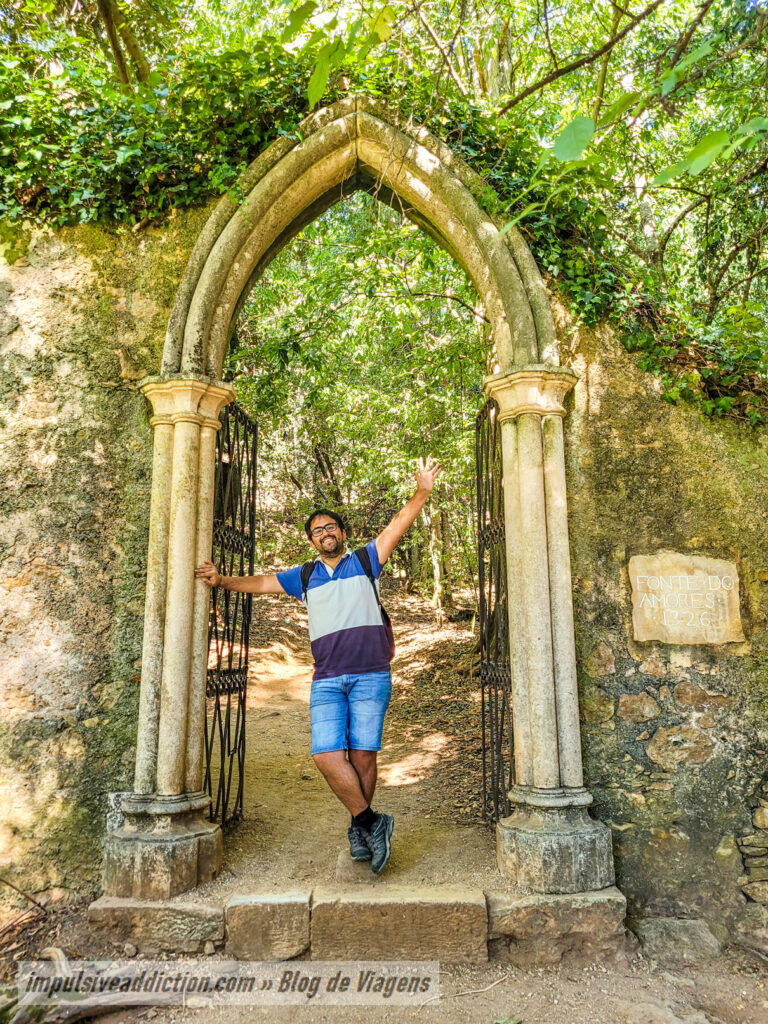
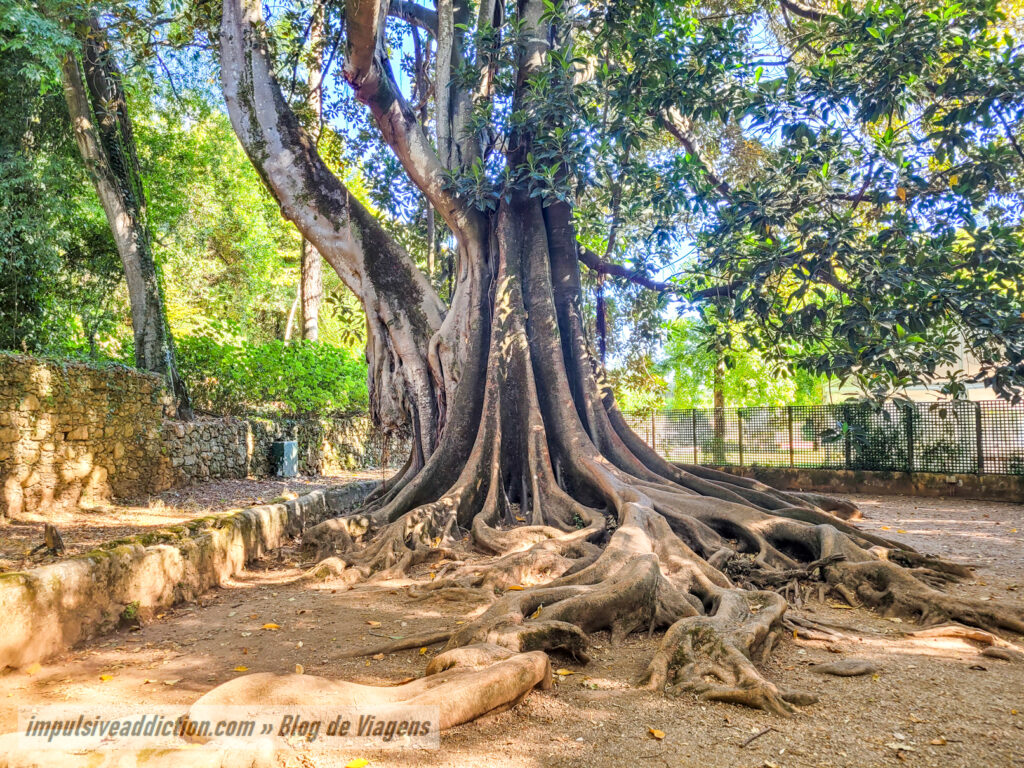
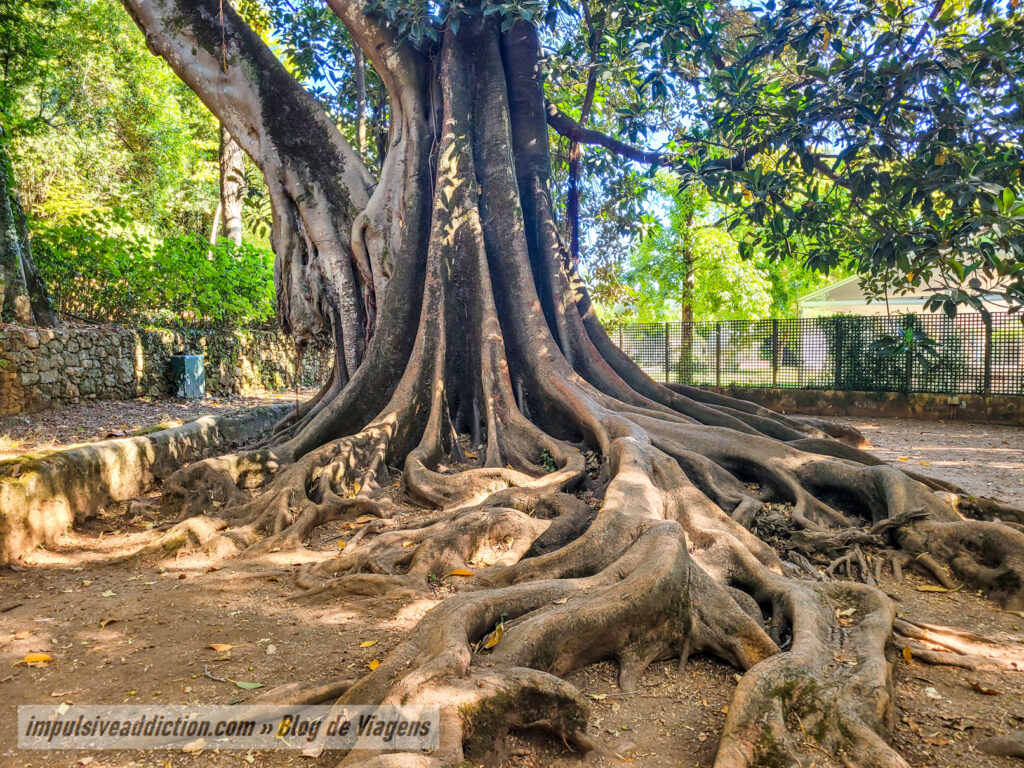
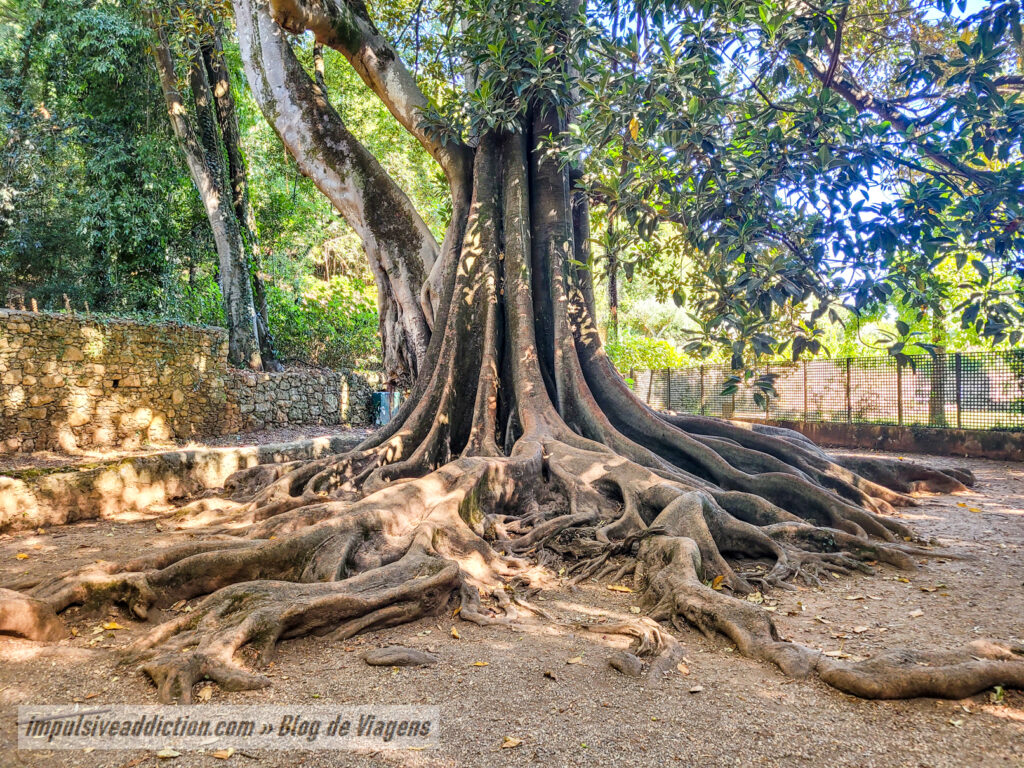
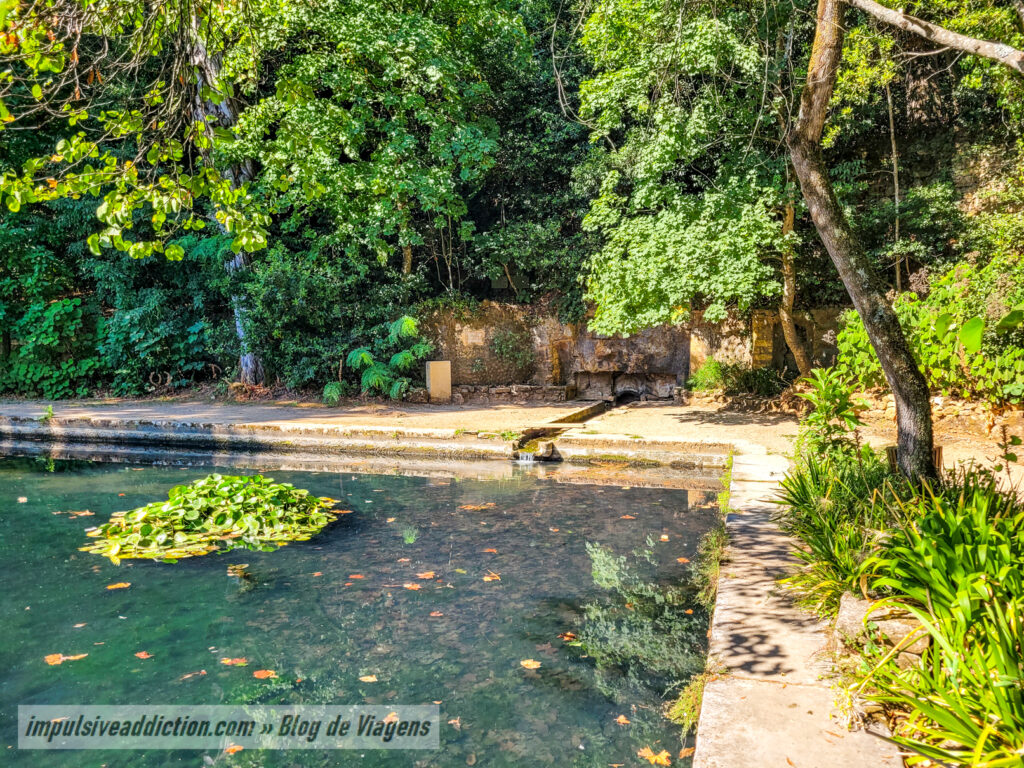
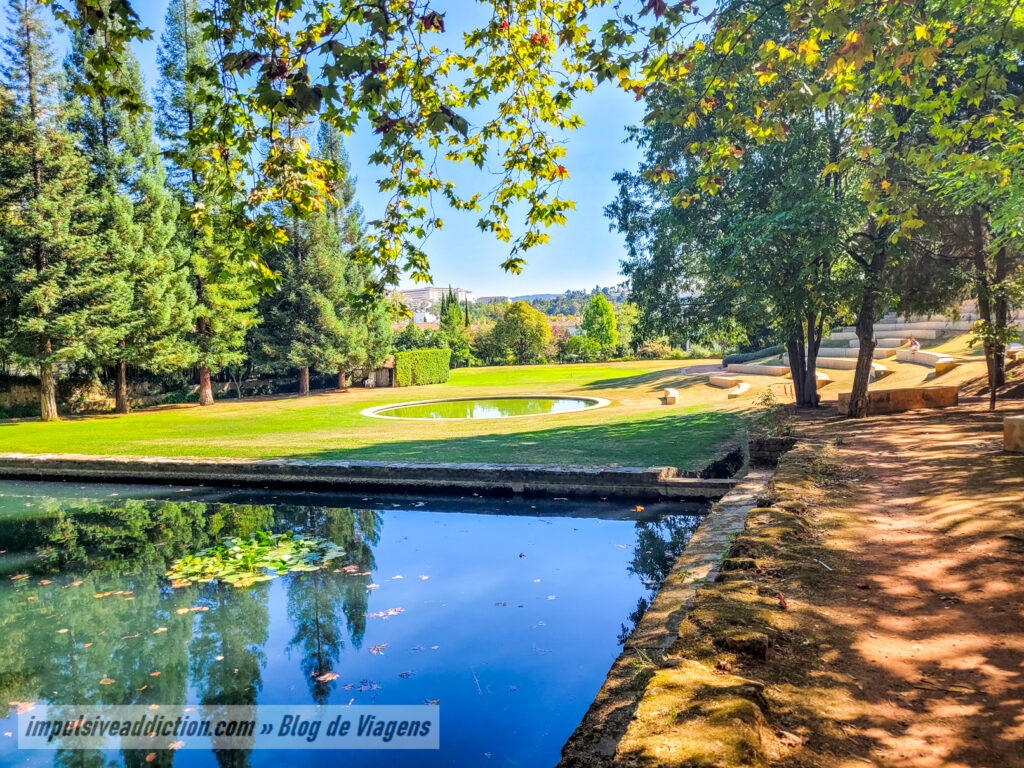
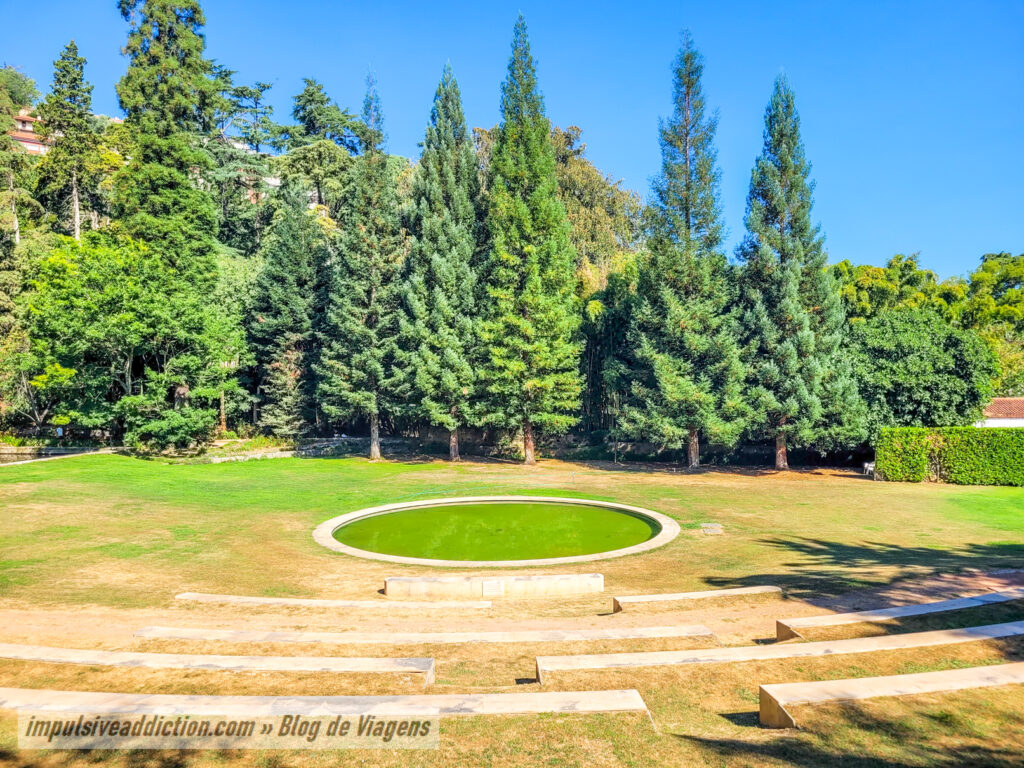
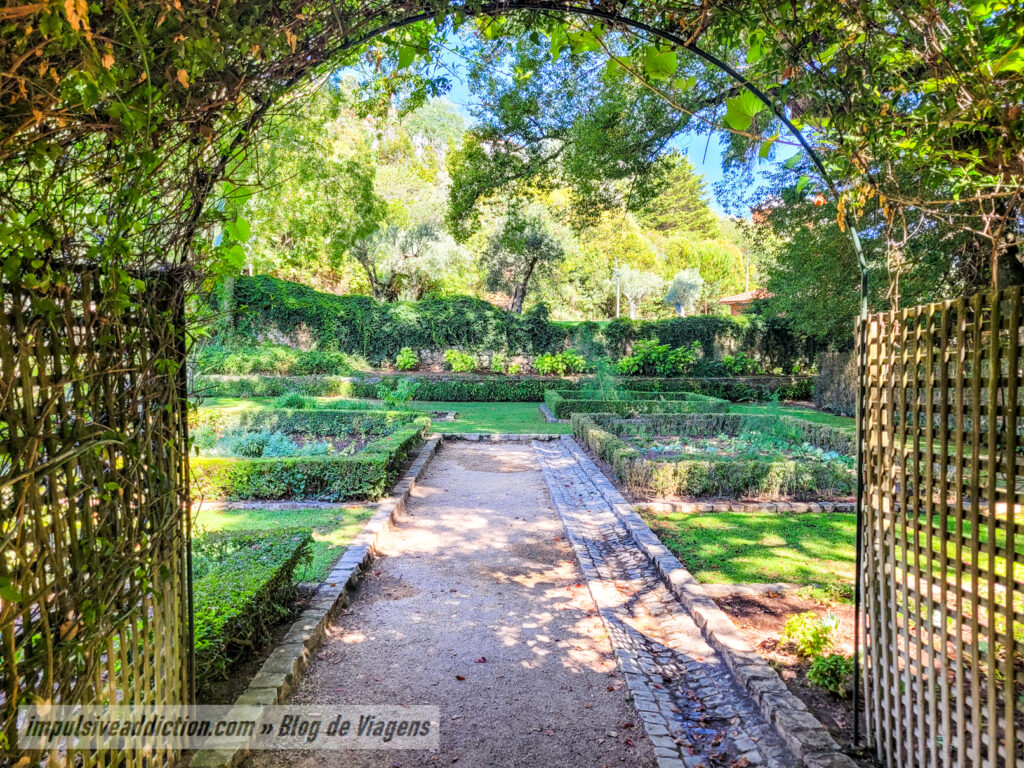
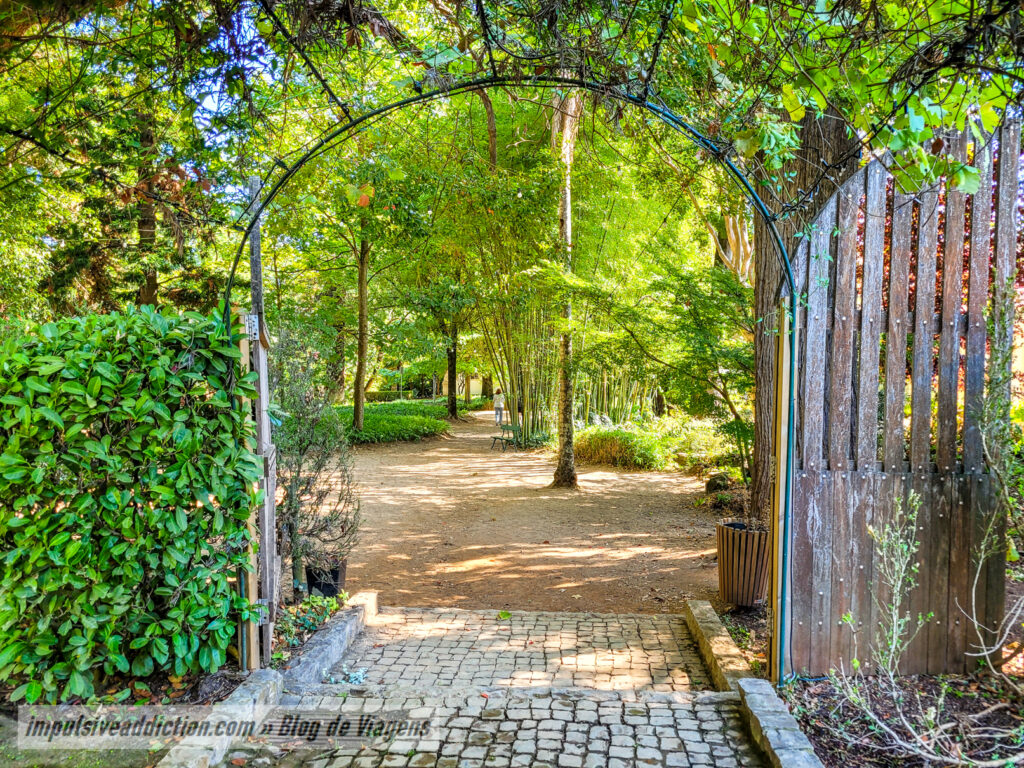
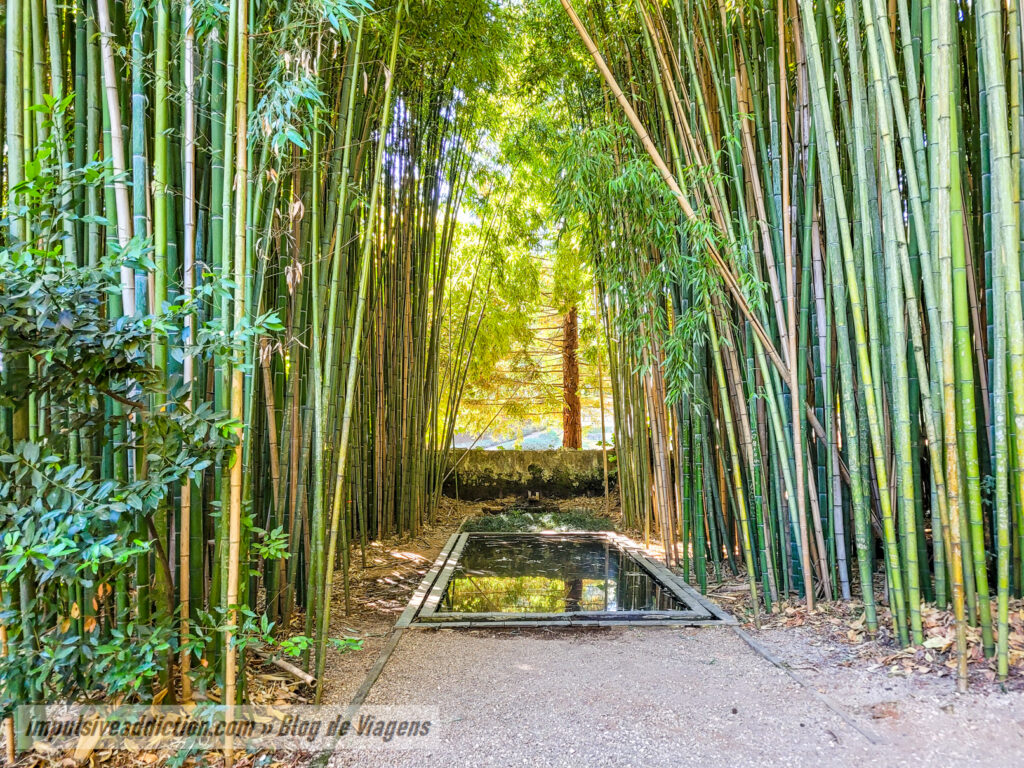
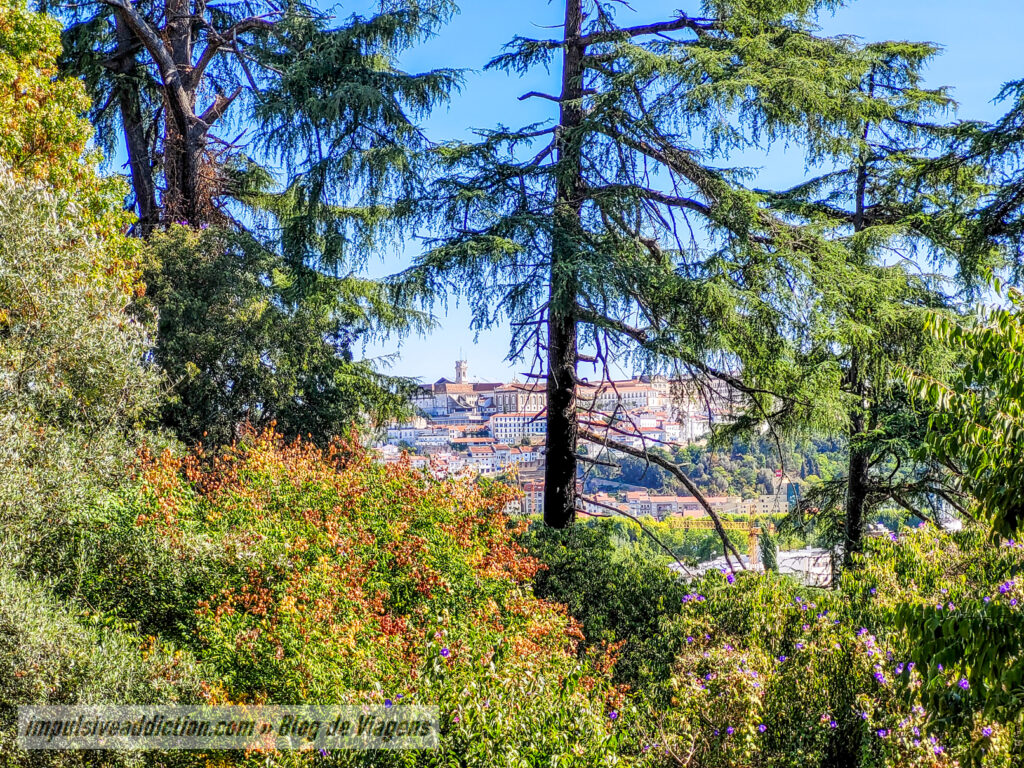
6. Hell Valley Viewpoint
Having visited the main attractions of Santa Clara area, be sure to go up to the Viewpoint of Hell Valley (Miradouro do Vale do Inferno), which offers an interesting perspective of Mondego River and the city of Coimbra. From there you can, for example, clearly observe the Bridge of Queen Santa Isabel.
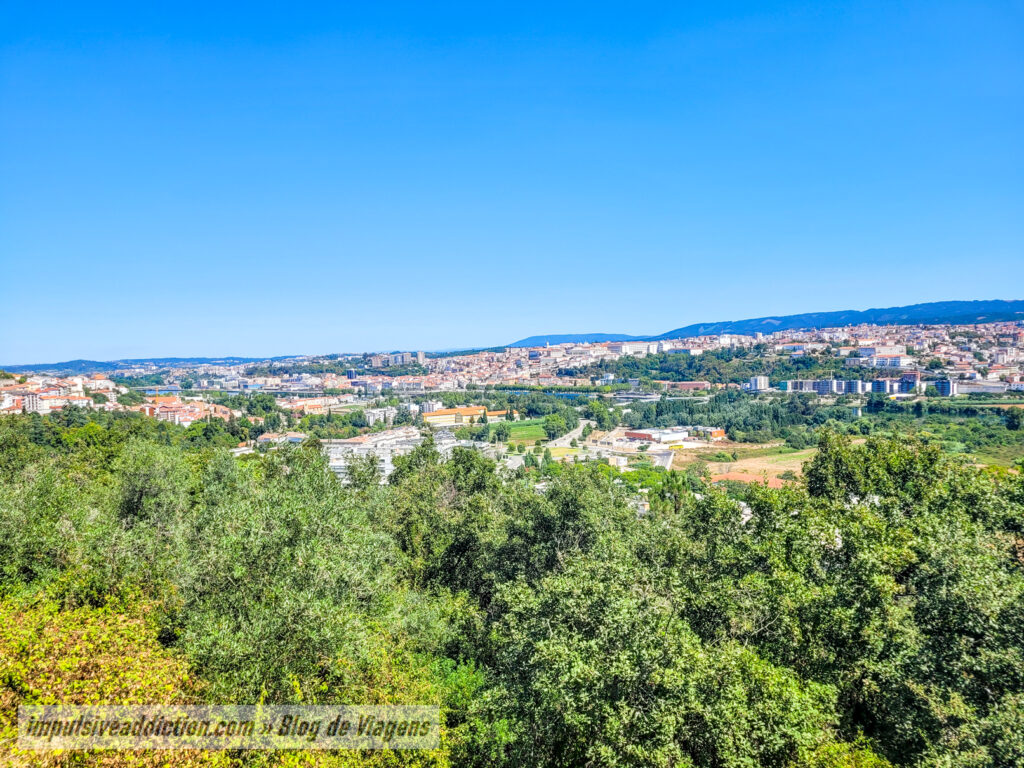
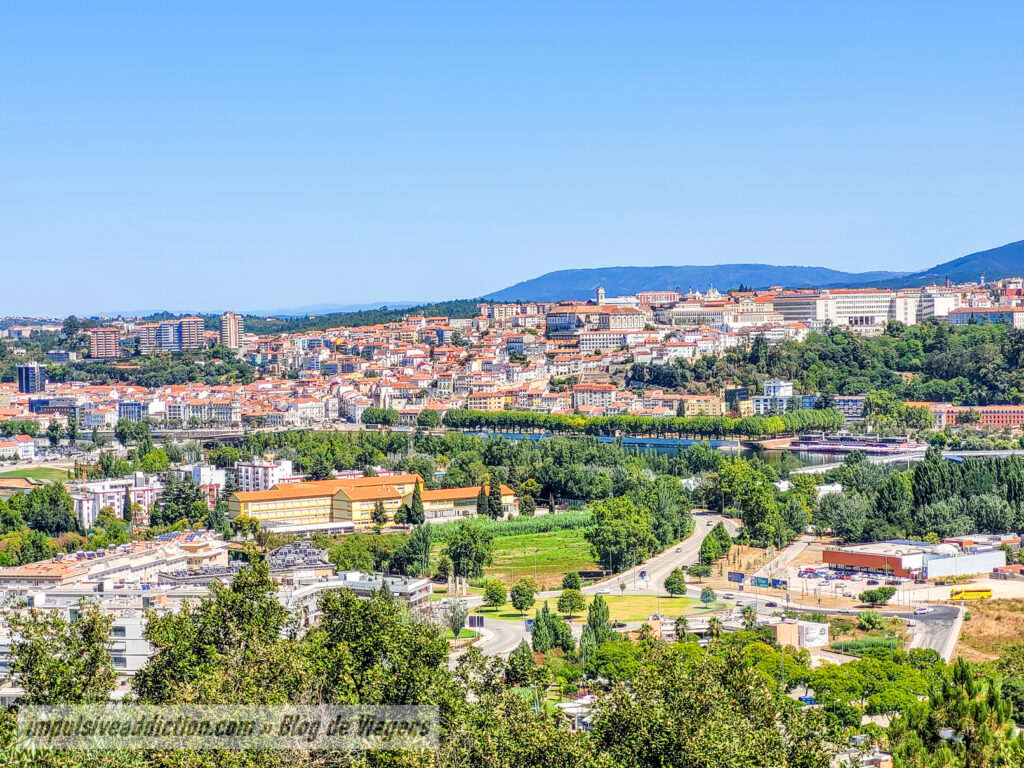
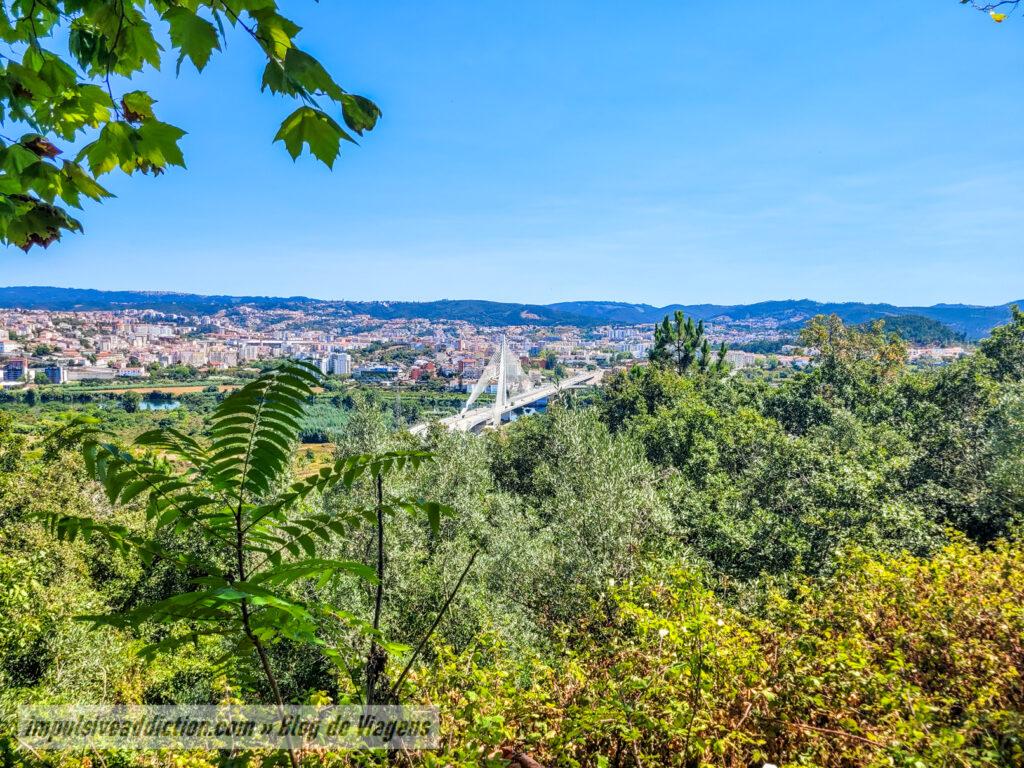
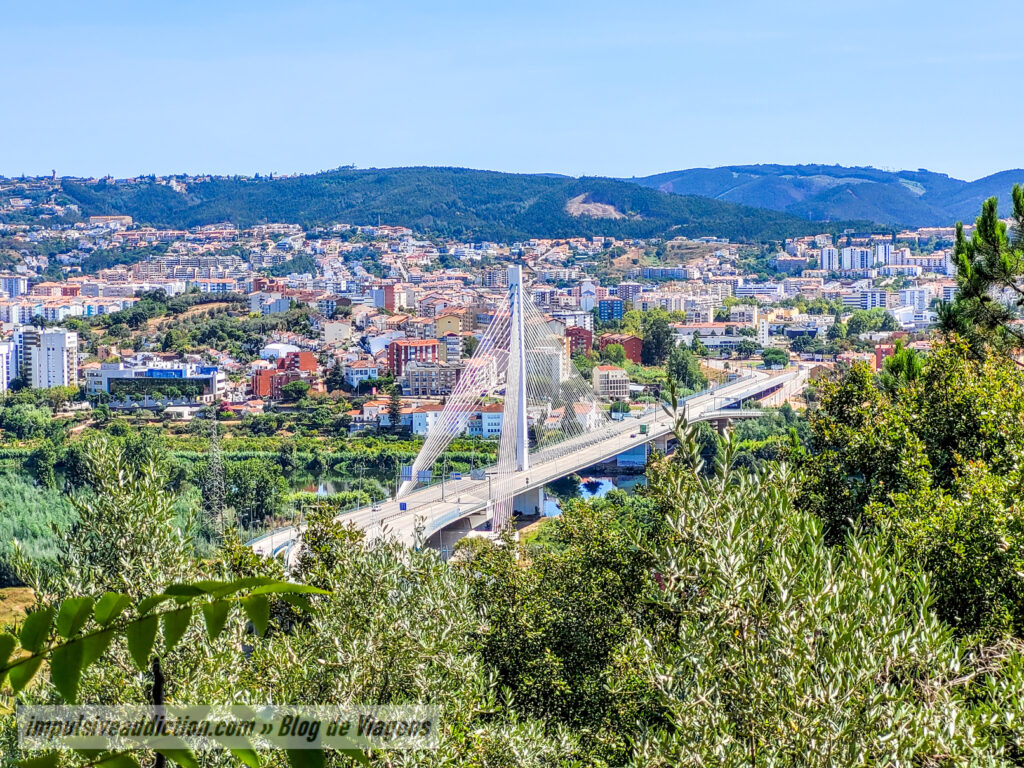
7. Santa Clara Viewpoint
Another viewpoint that you can visit is the Viewpoint of Santa Clara, however I consider it optional, as it is not very different from the one you can reach from the Monastery of Santa Clara-a-Nova.
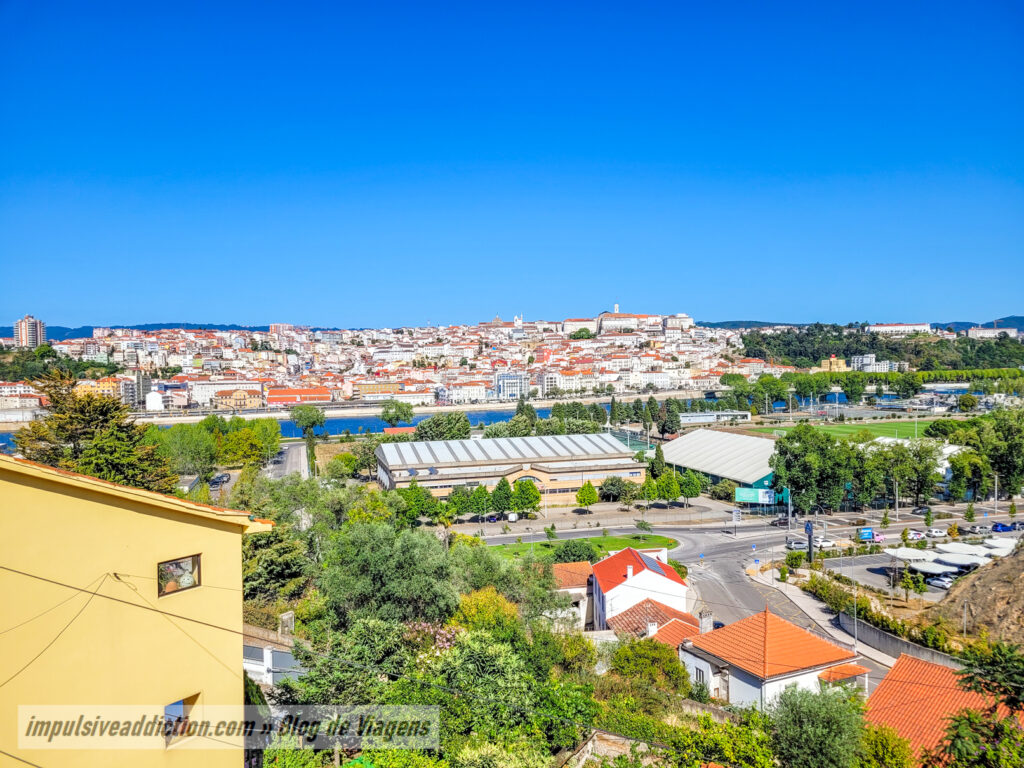
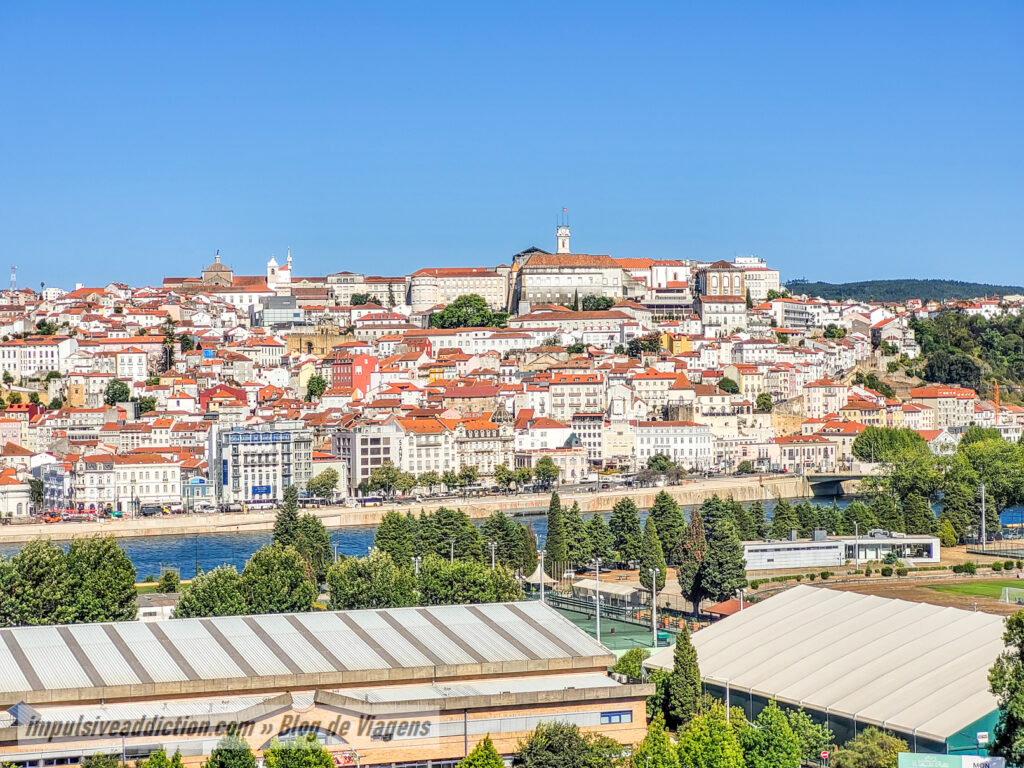
8. Geophysical and Astronomical Observatory of the University of Coimbra
The Geophysical and Astronomical Observatory of the University of Coimbra could also be an attraction to discover when visiting the city, so I leave you a link to its official website. It has a planetarium and promotes astronomy visits, for example, which are more aimed at schools or groups.
9. Choupal National Forest
If you are looking for a place for a good walk at the end of the day, or even early in the morning, Choupal National Forest may be the most suitable option. It emerged in the 18th century and today it is a real leisure park in the city, despite being a protected area.
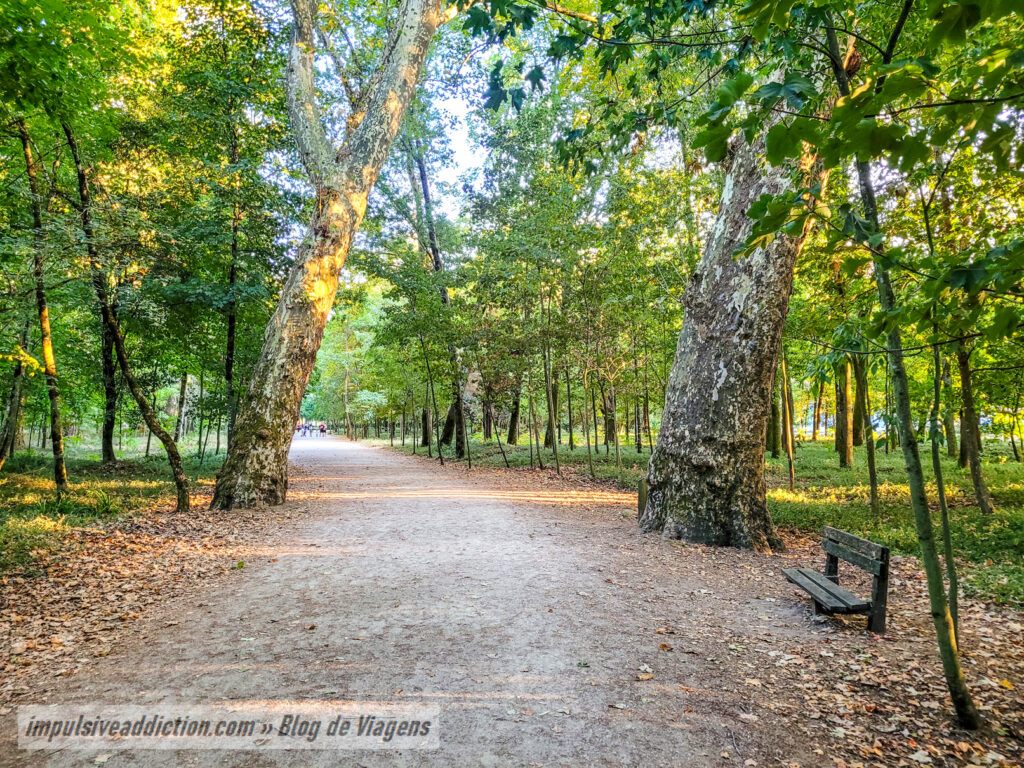
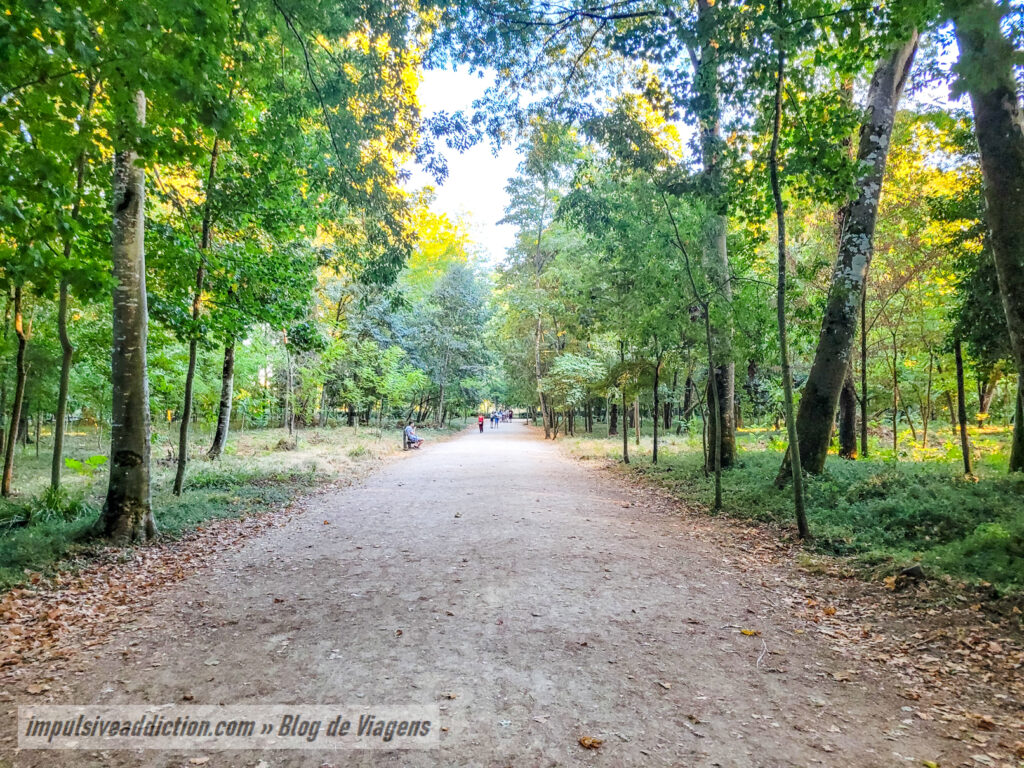
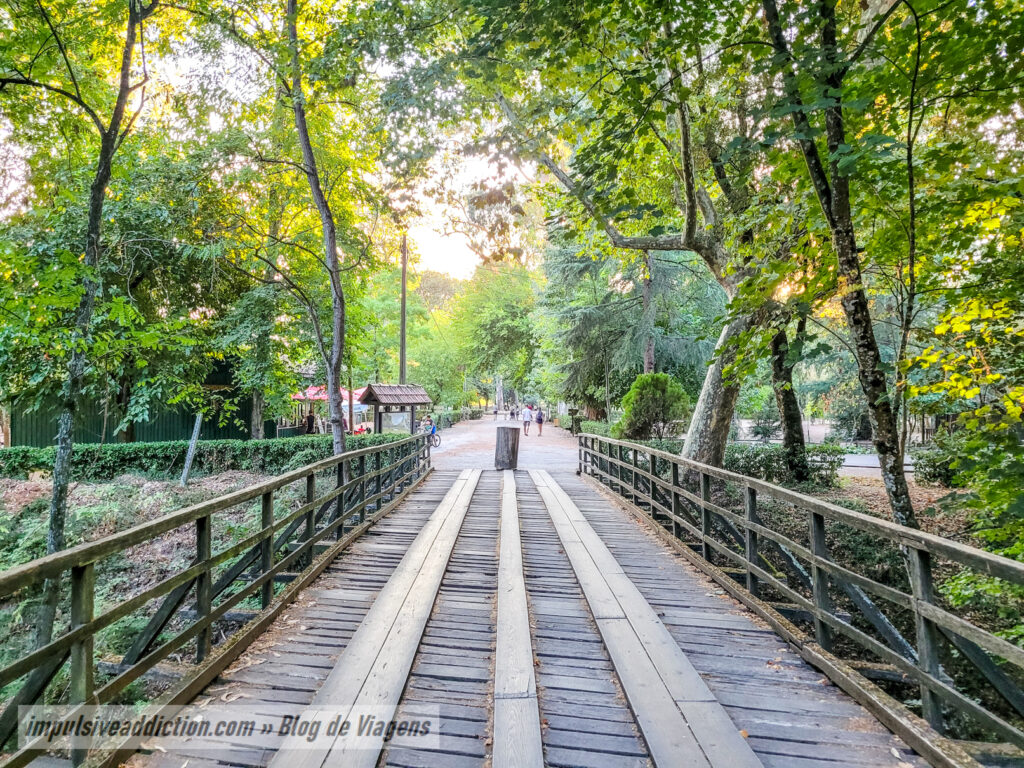
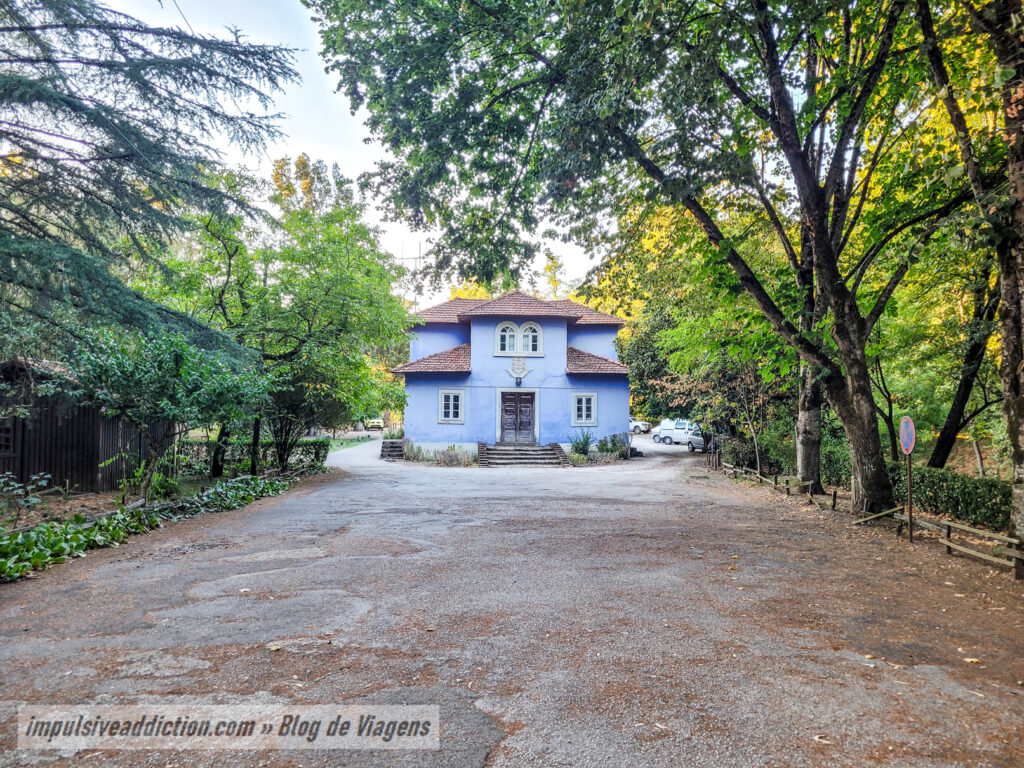
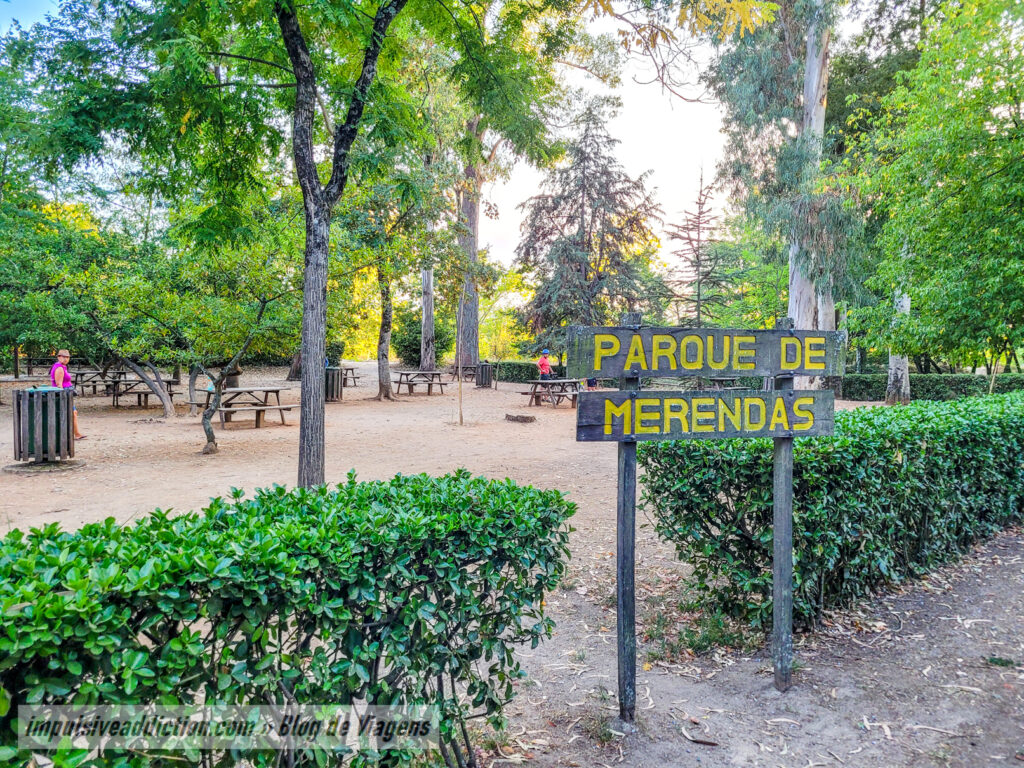
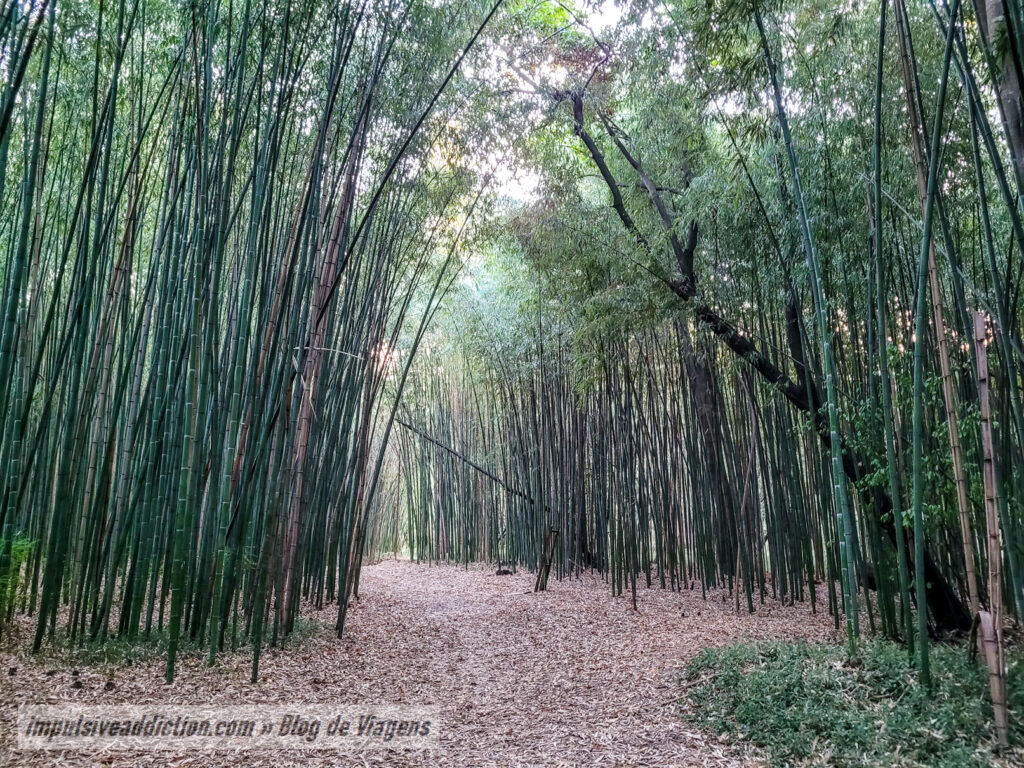
10. Monastery of Celas
With regard to the Monastery of Celas, in the Upper area of Coimbra, unfortunately I was only able to visit it from the outside, due to the preservation works that were taking place at the time. Although the current structure dates from the 16th century, the convent was founded by D. Sancha, daughter of D. Sancho I, in 1221. It is on my list for when I return to Coimbra in the future.
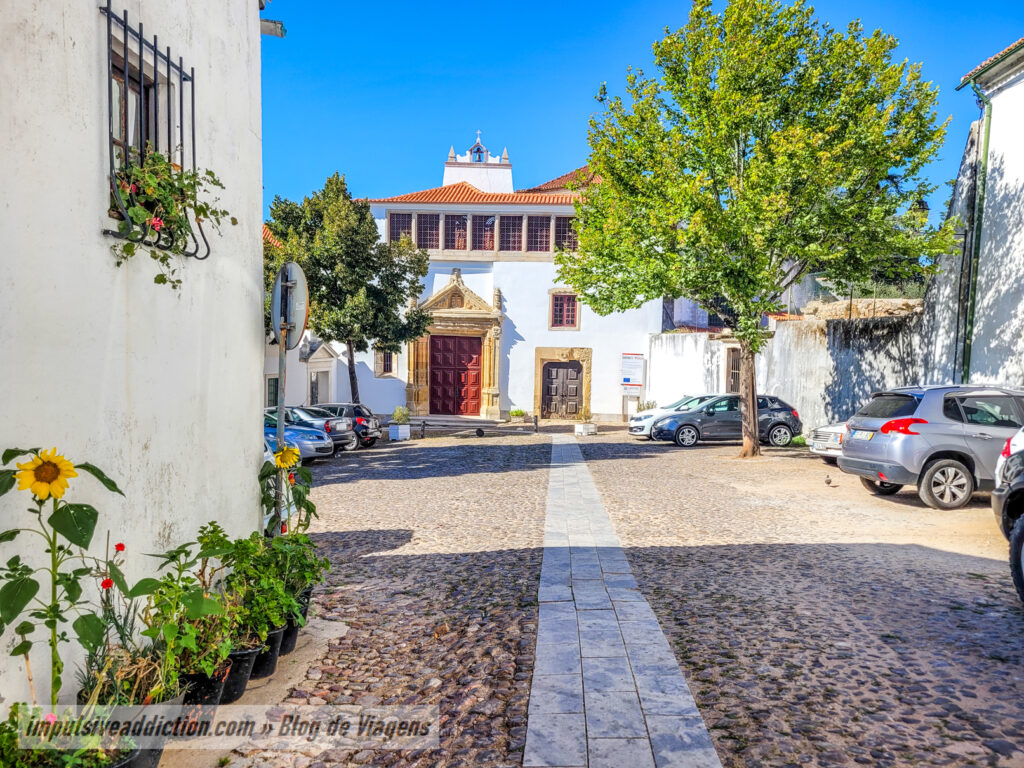
11. Miguel Torga House Museum
I also did not visit Miguel Torga House Museum due to lack of time, but it seems that the portuguese poet lived there from 1953 to 1995 (the year he died). It has on display some of his personal belongings and also several pieces of sacred art, painting and ceramics.
12. Church of Santo António dos Olivais
Another very old place in Coimbra is the Church of Santo António dos Olivais, although the current building dates from the 18th century, as do the spectacular tiles inside, alluding to the life of Santo António. Its history is known since the 13th century when D. Urraca, wife of D. Afonso II, donated an old hermitage existing in that place to the Franciscan friars.
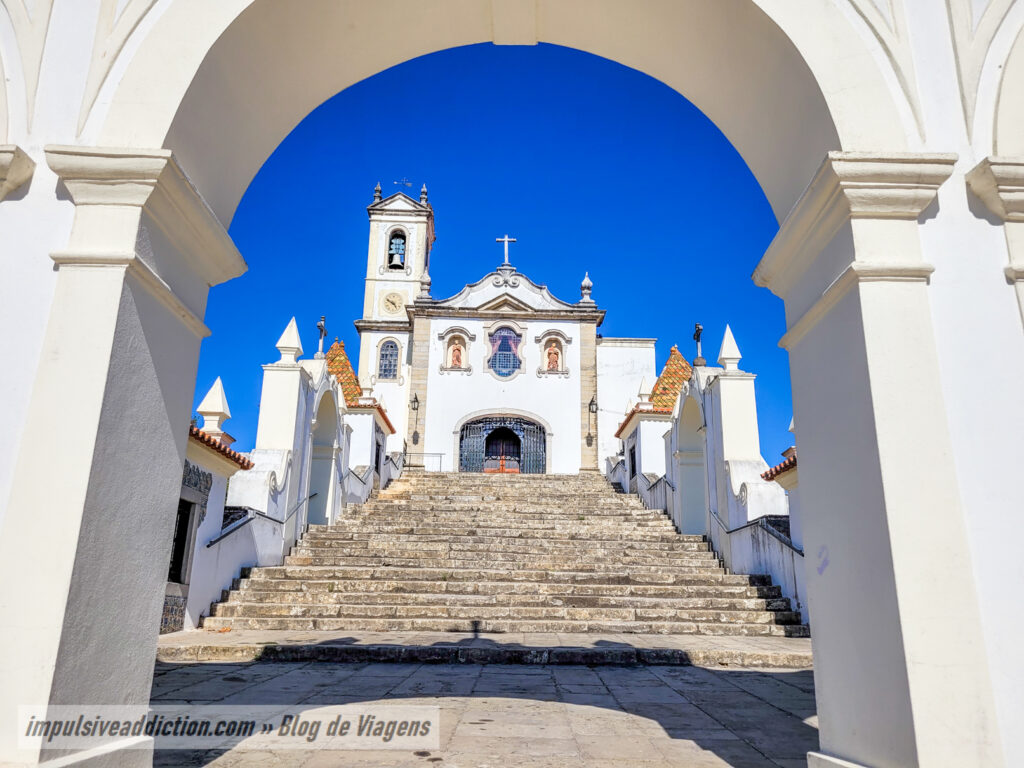
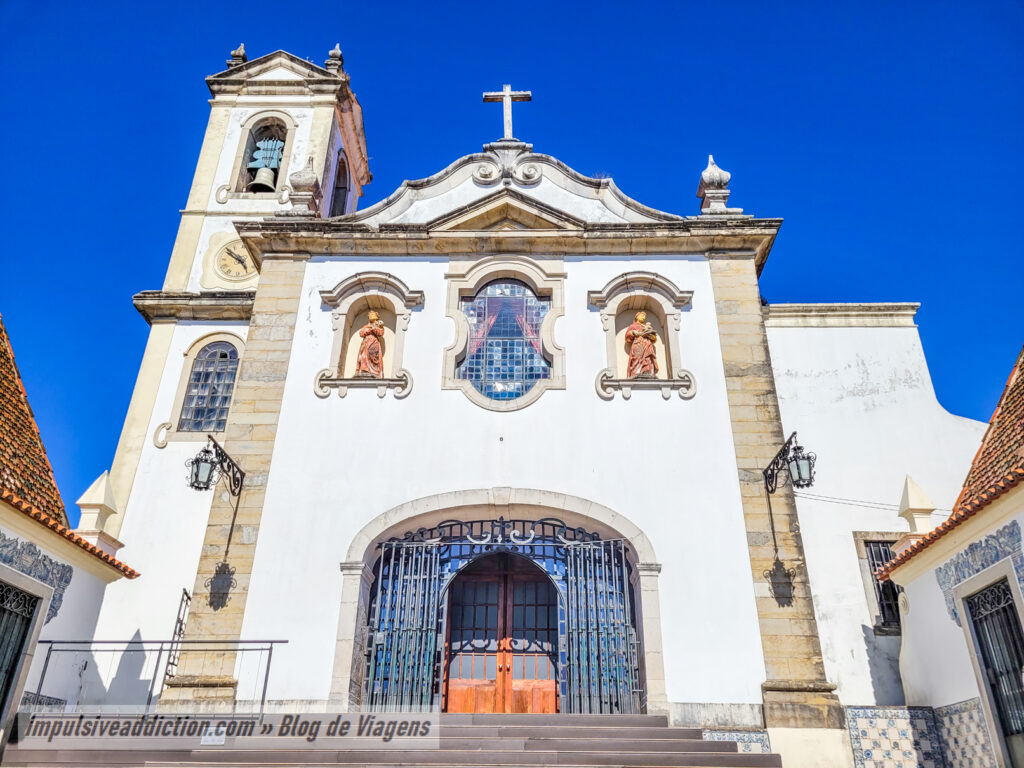
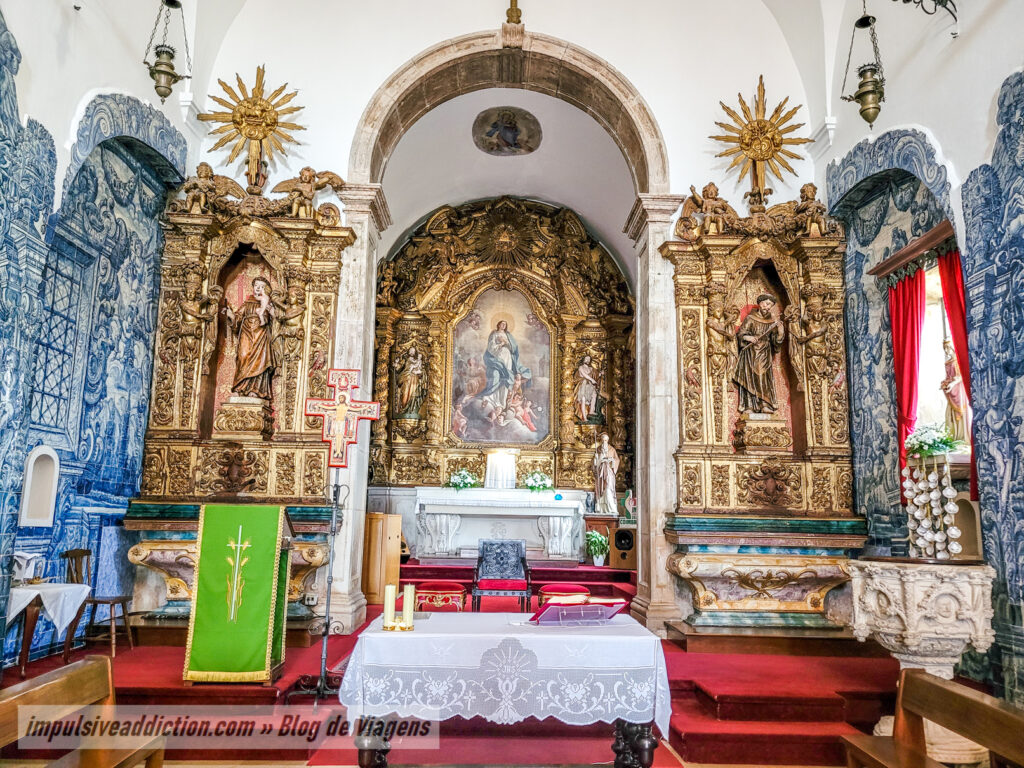
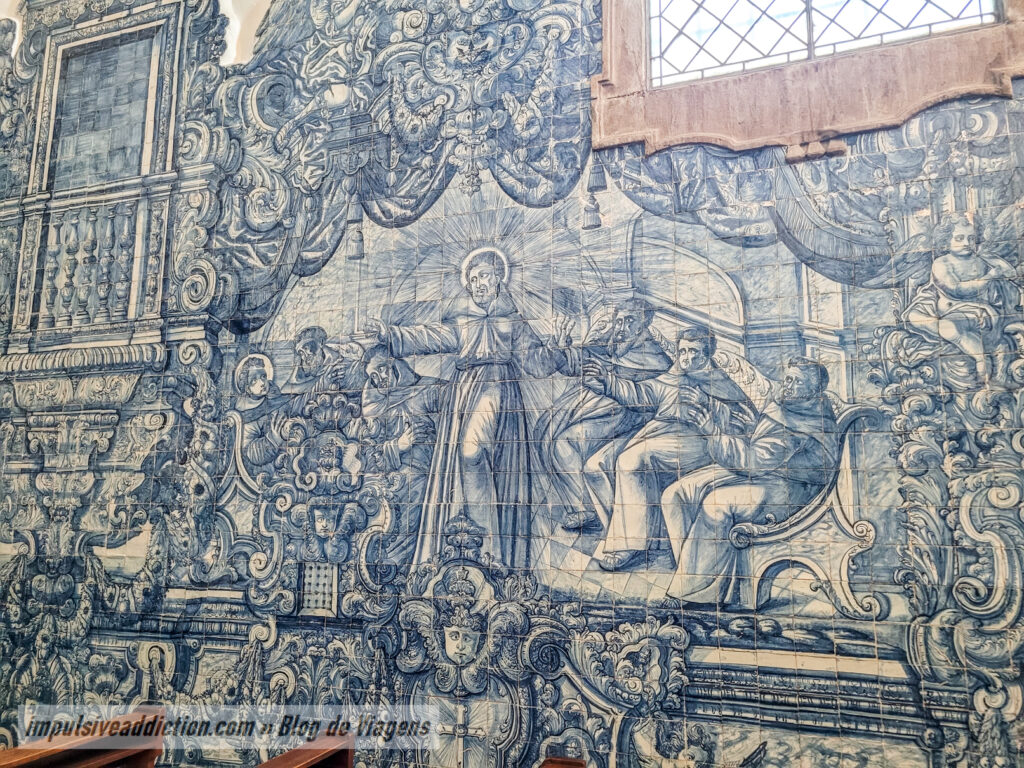
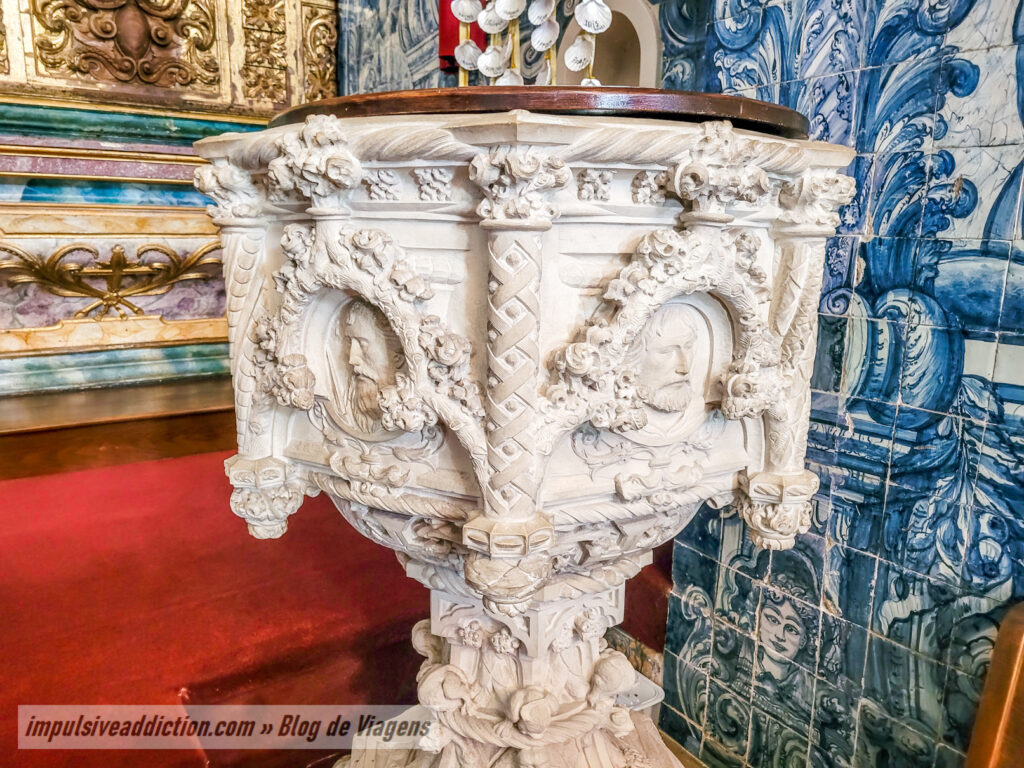
13. Major Seminary of Coimbra
It is also worth visiting the Major Seminary of Coimbra, as many of its rooms can be visited, for example the Sagrada Familia Church (with a fabulous dome), the old library, the chapel of São Miguel (with many reliquaries), the episcopal quarters, the Tiles Room and also Mondego Balcony for great views. The visit is guided, so you should check the available times on the official website, and even book in advance!
For those who do not intend to visit the seminary, at least admire the viewpoint on the outside, accompanied by a tourist swing. 😉
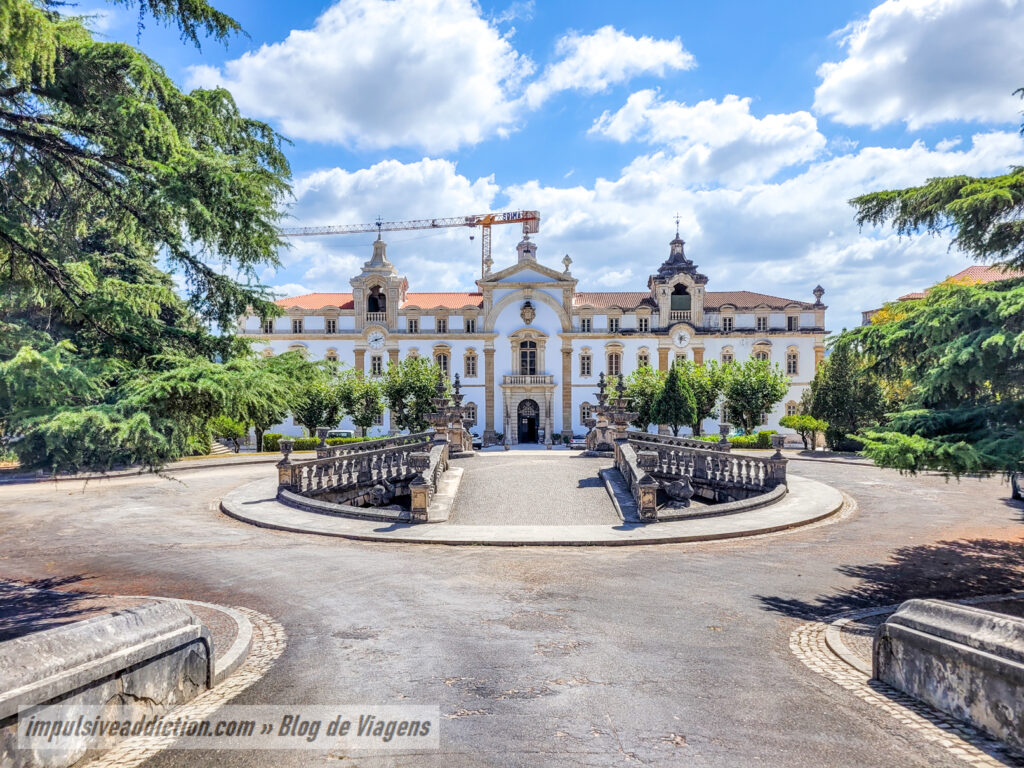
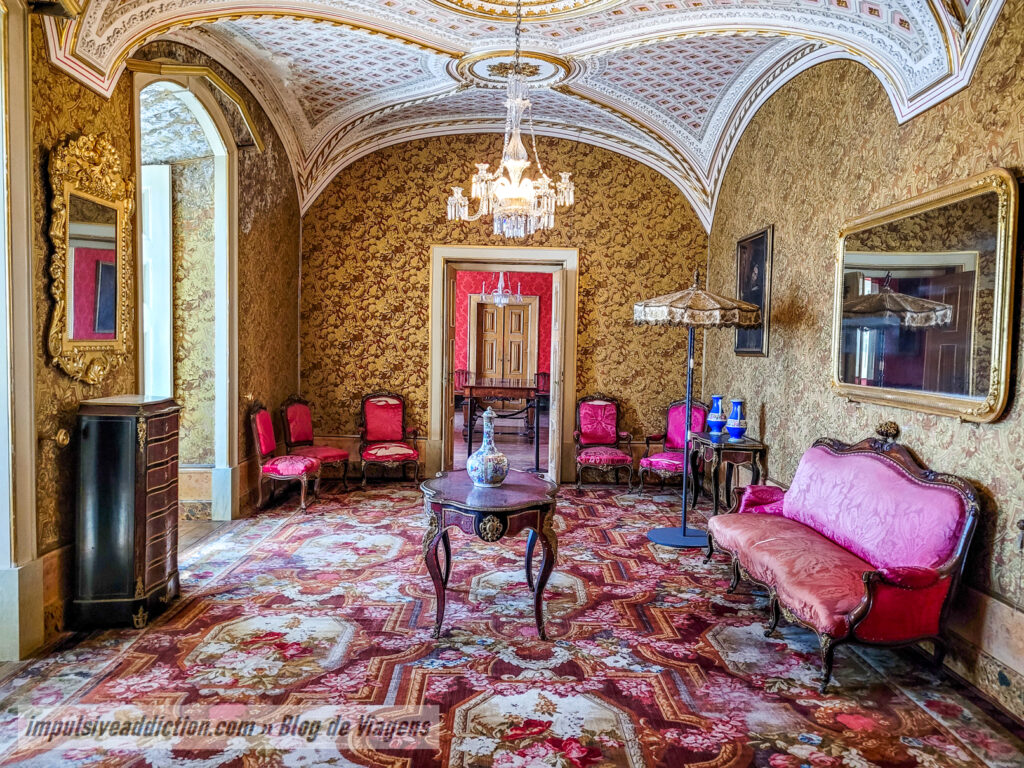
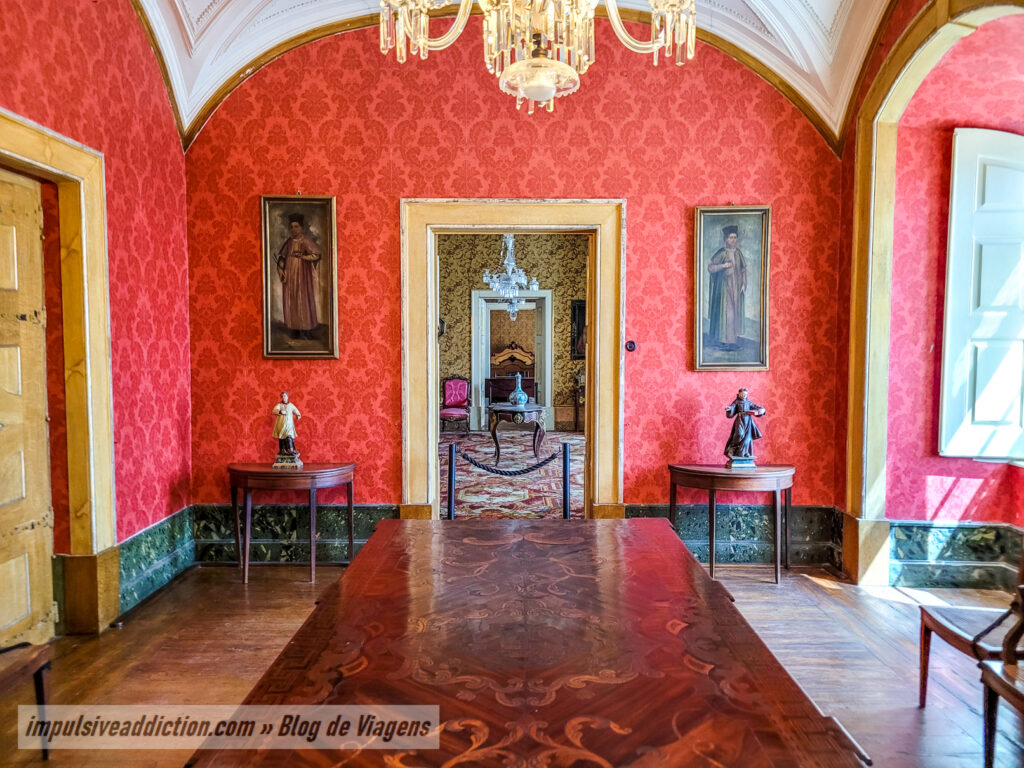
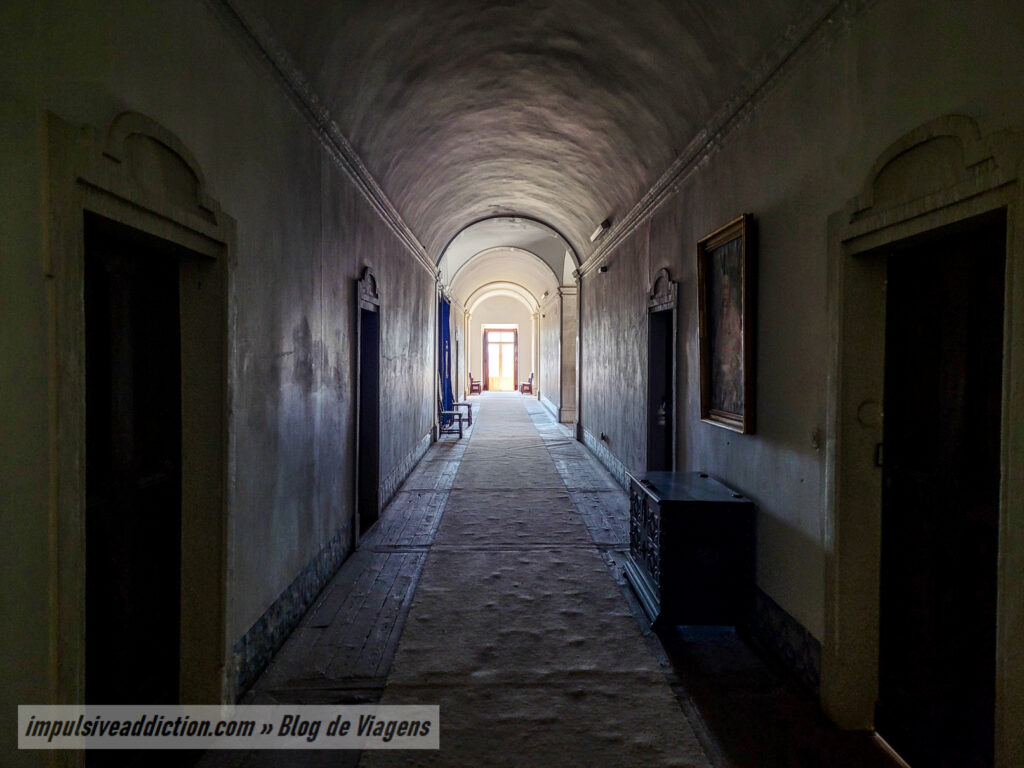
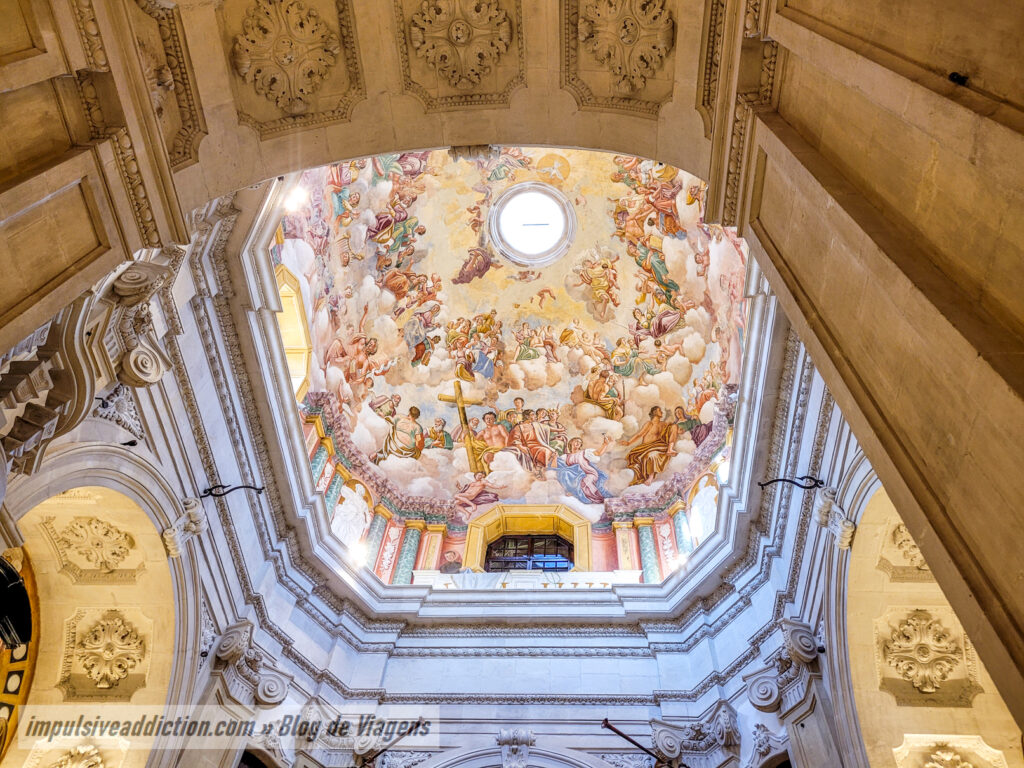
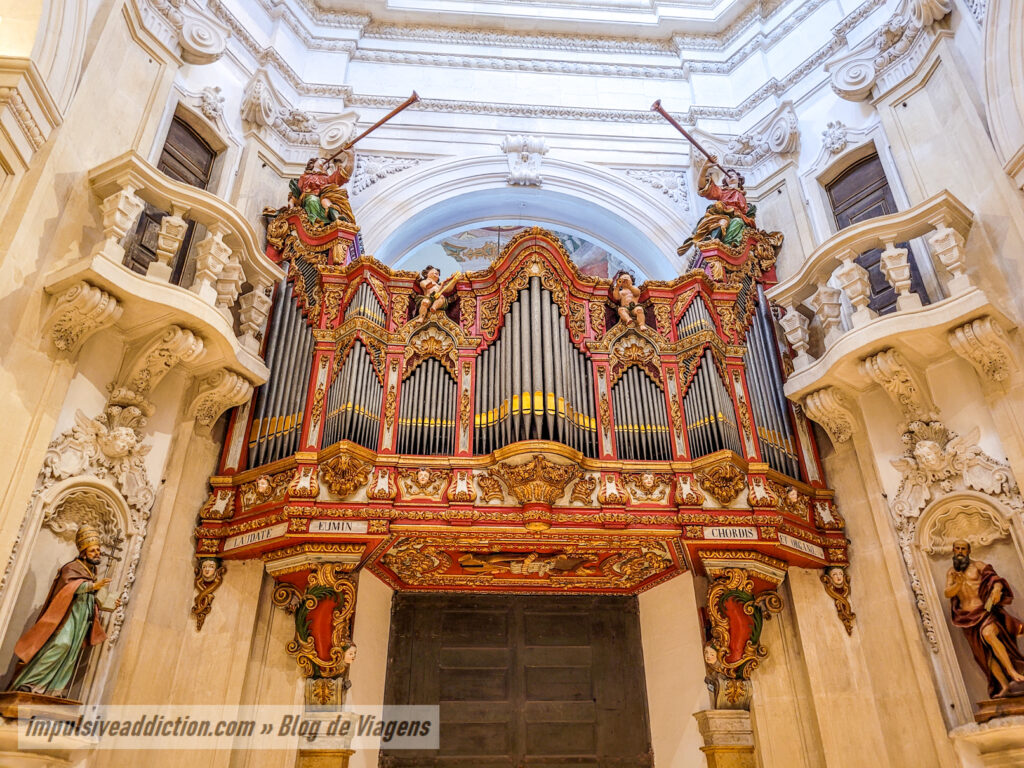
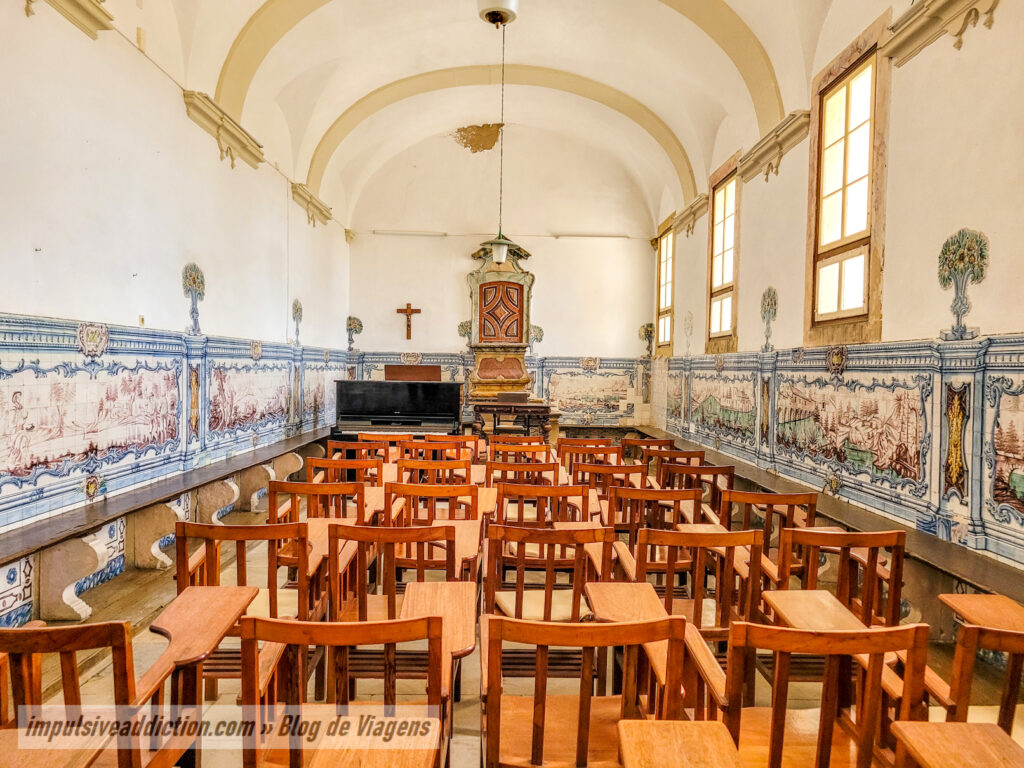
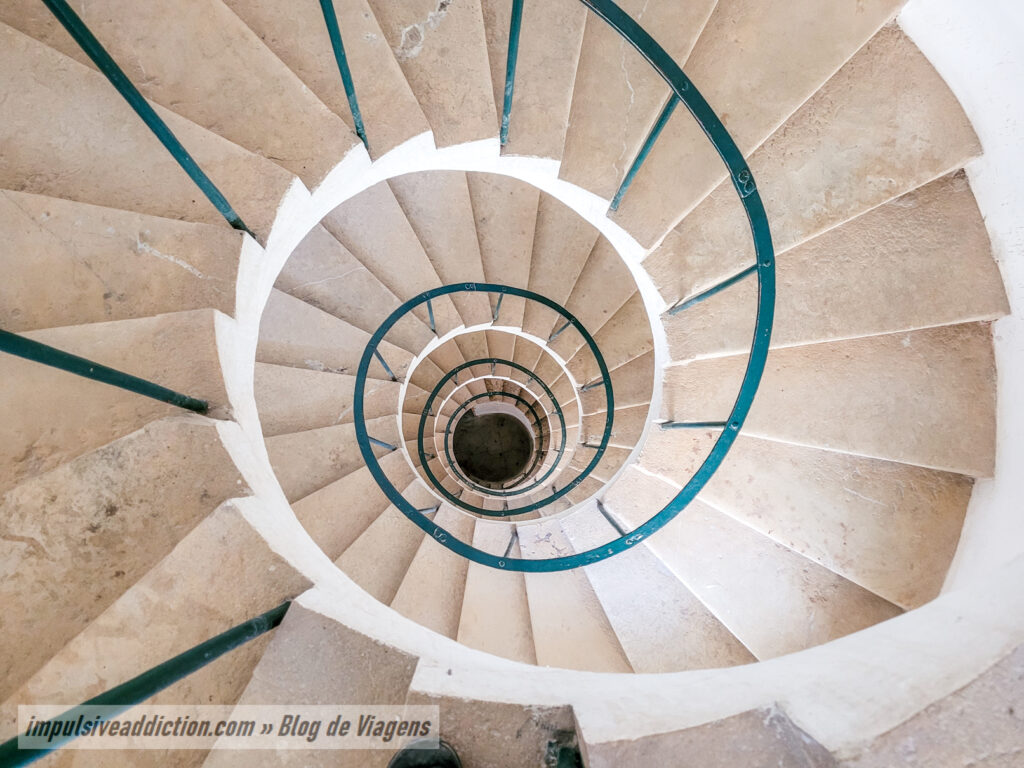
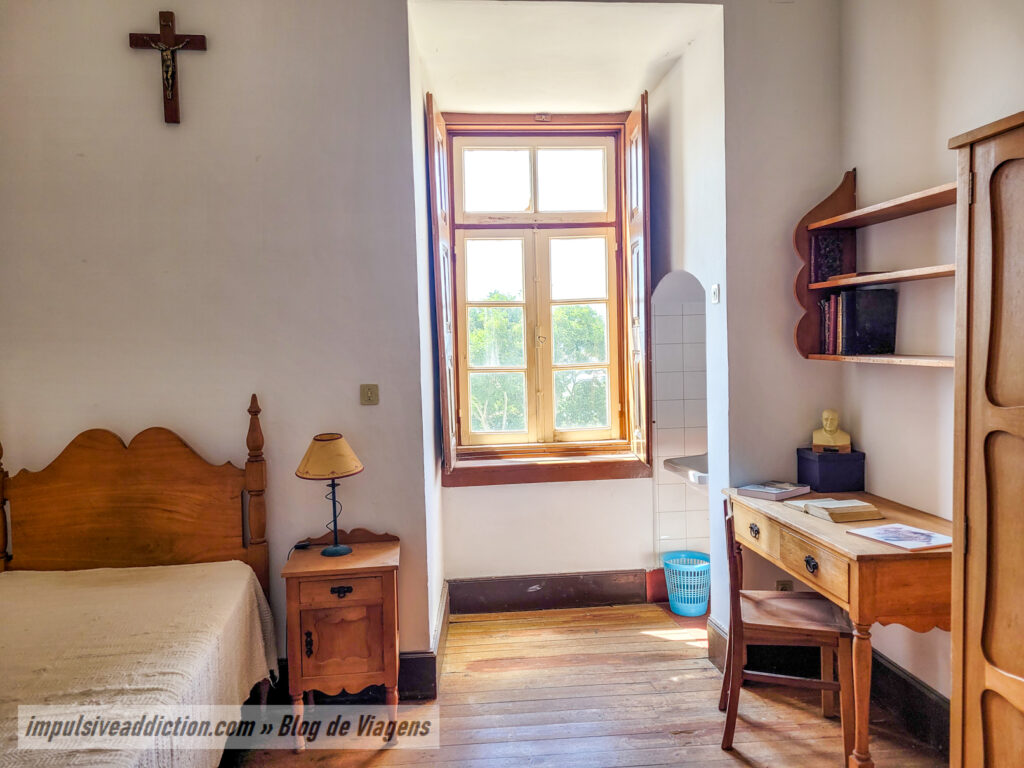
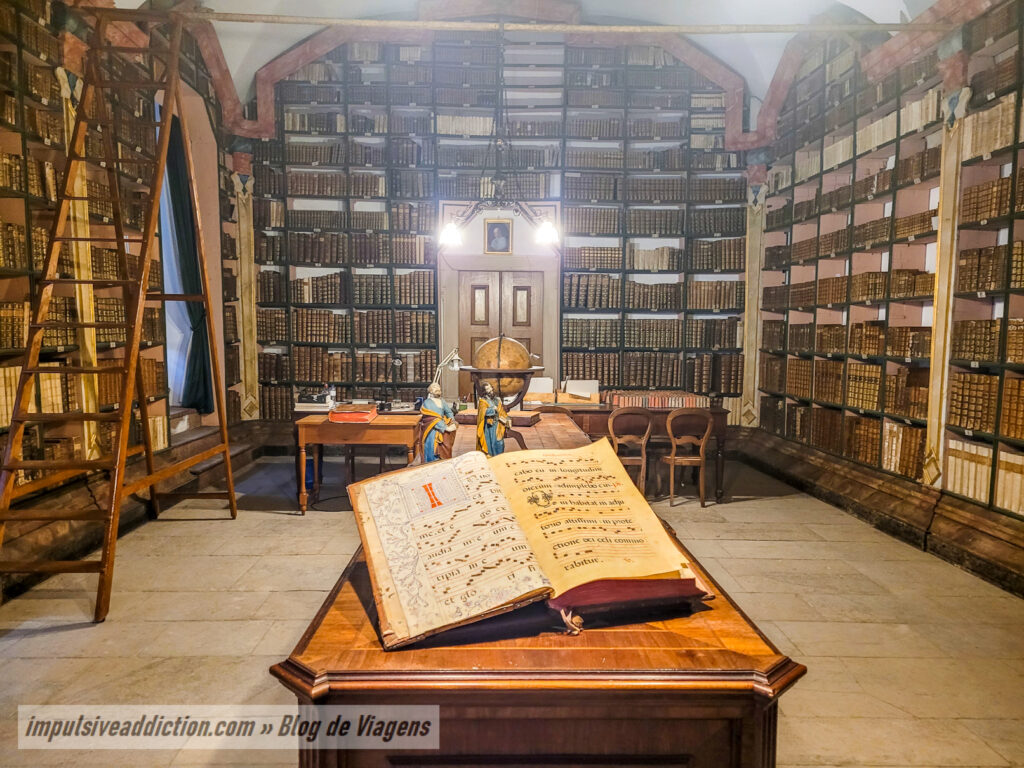
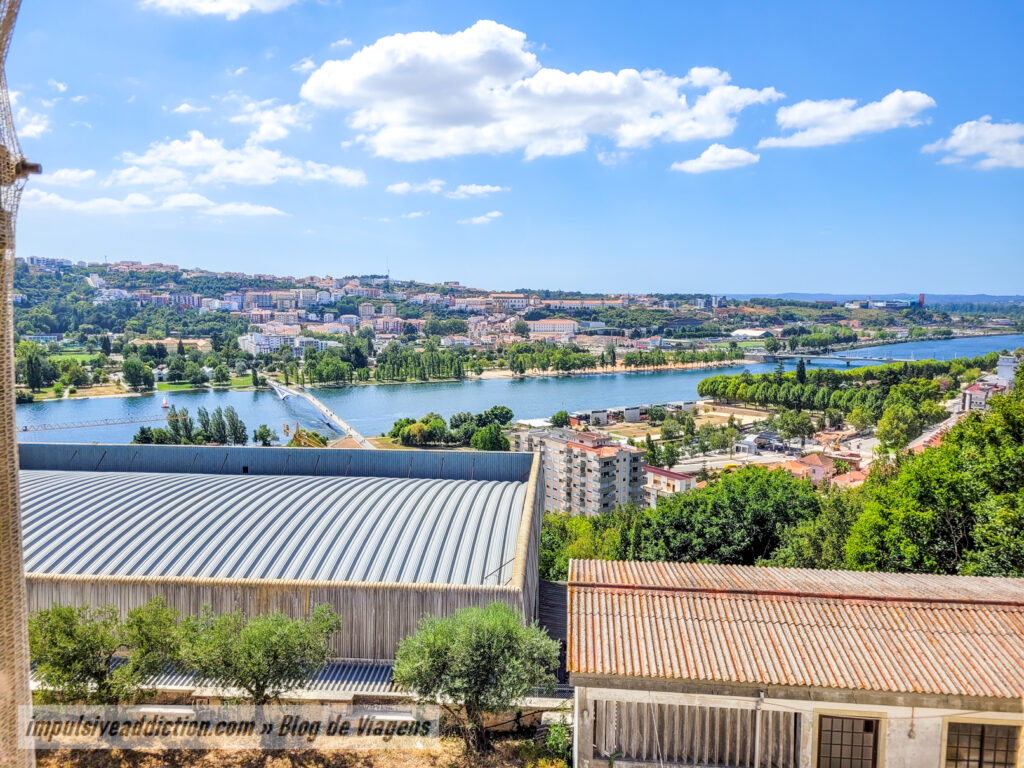
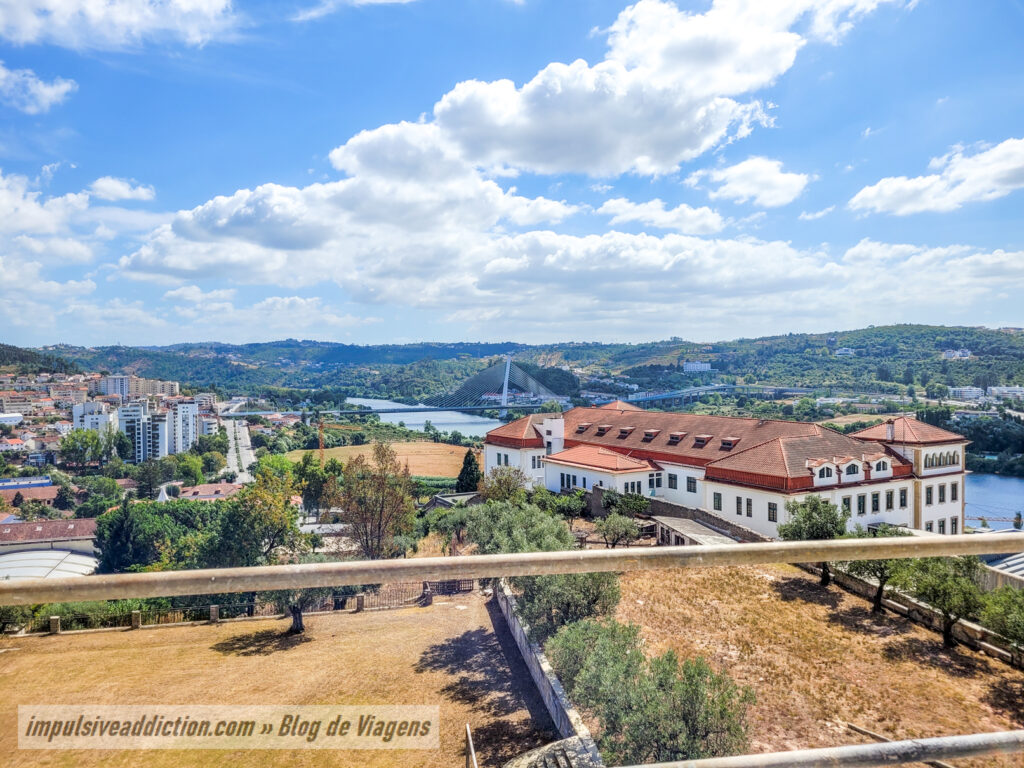
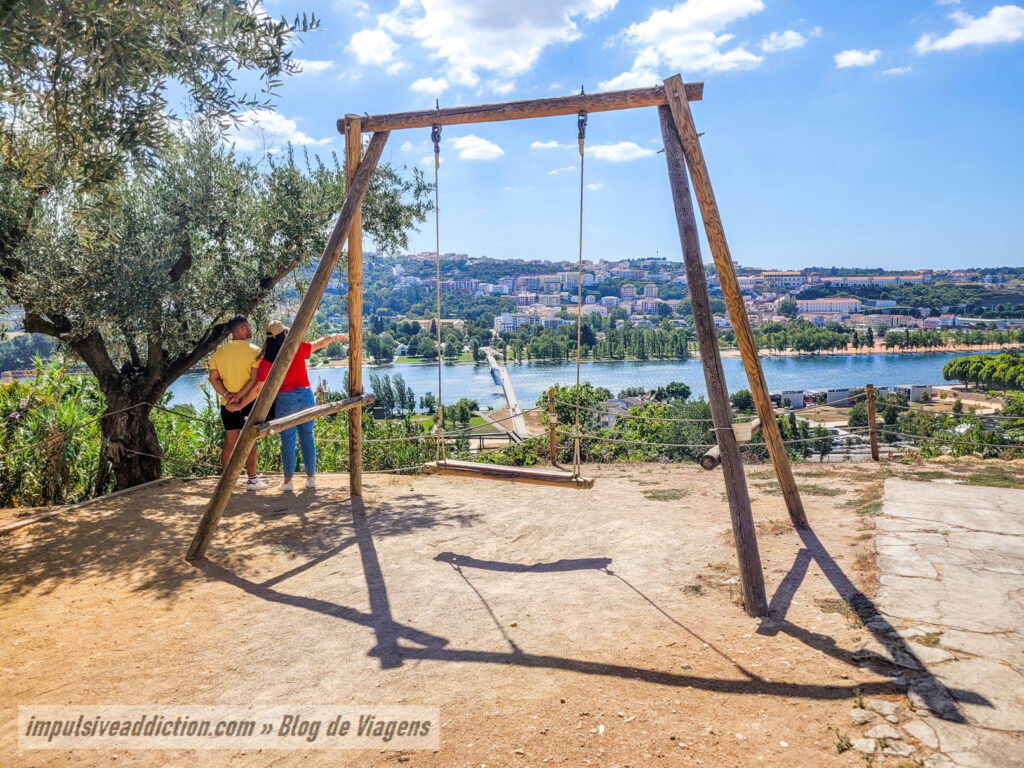
14. Viewpoint of Penedo da Saudade
Penedo da Saudade is a special place in Coimbra. In addition to an exceptional viewpoint, you will also find many tombstones with poems about Coimbra, left either by former university students or by other people who have had a connection to the city at some point in their lives. It is a very peaceful place, and legend has it that it was D. Pedro’s refuge to mourn the death of his beloved Inês de Castro.
The Monument to João de Deus, the Monument to Eça de Queirós and the Monument to António Nobre stand out in the immediate vicinity.
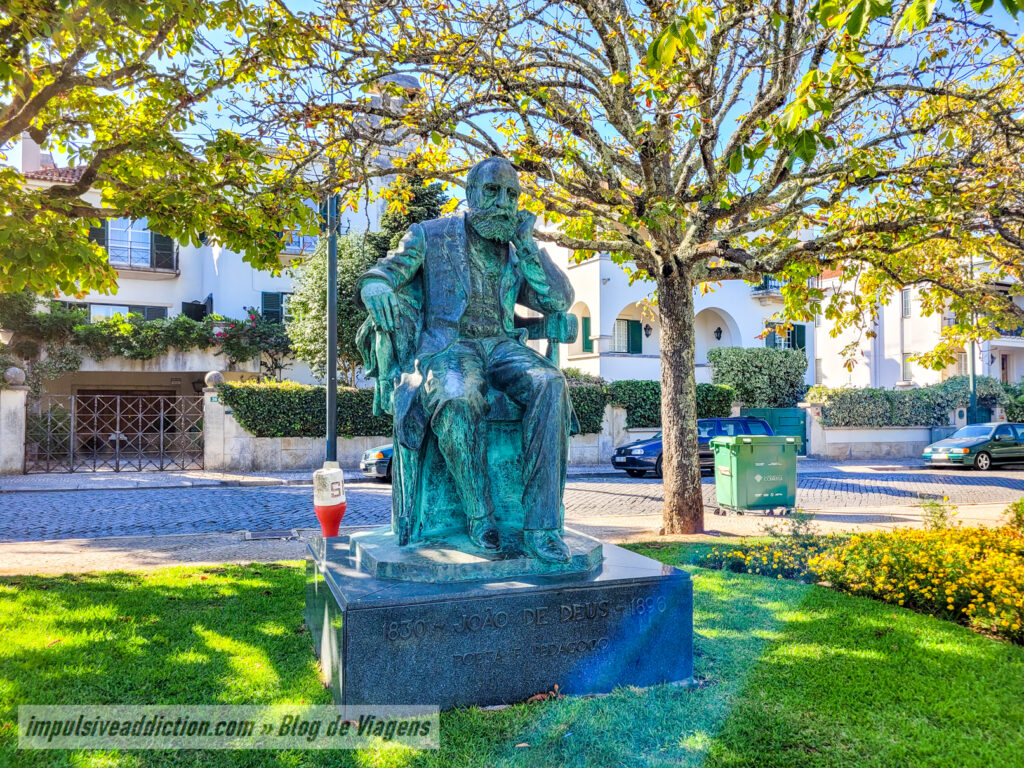
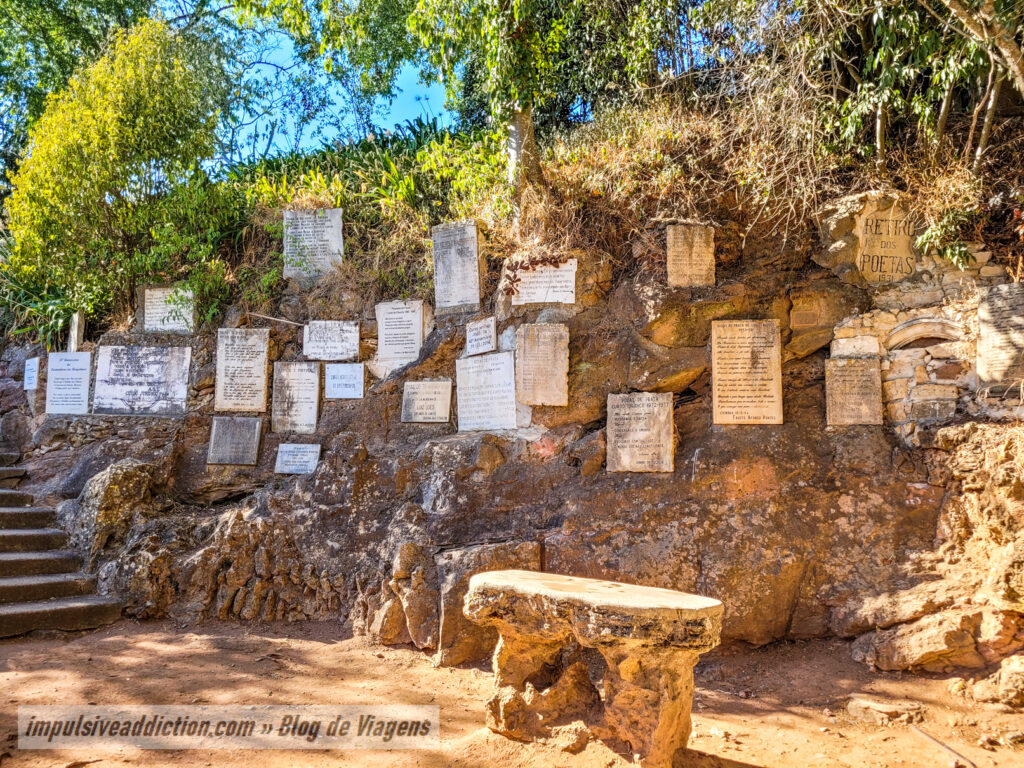
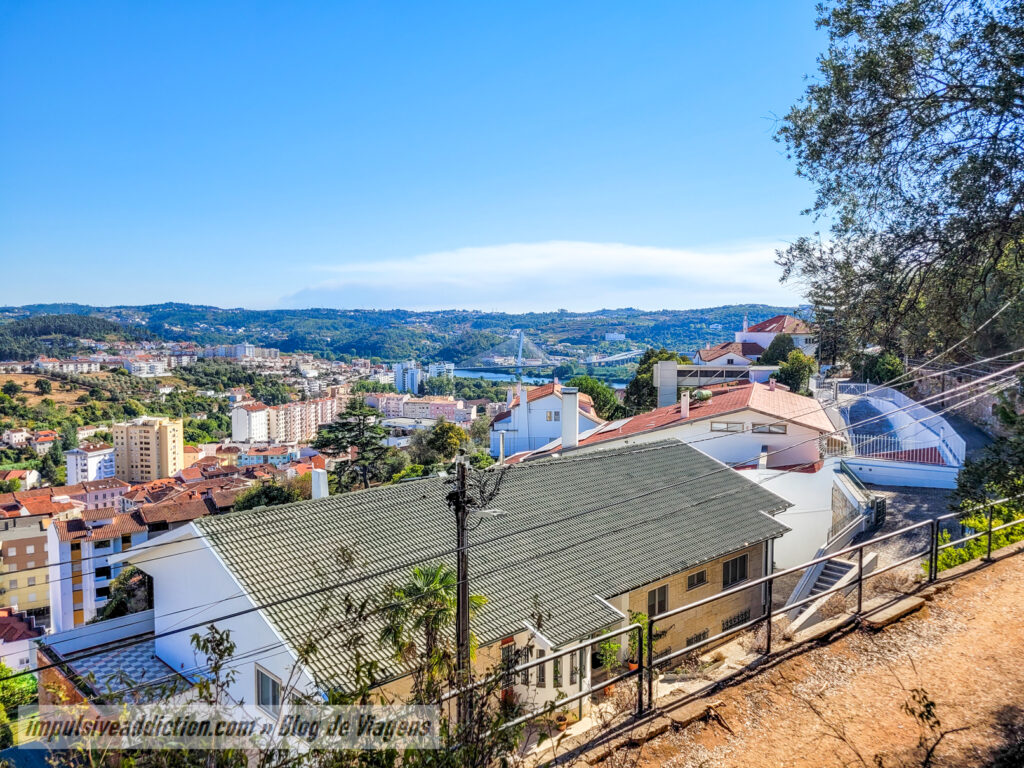
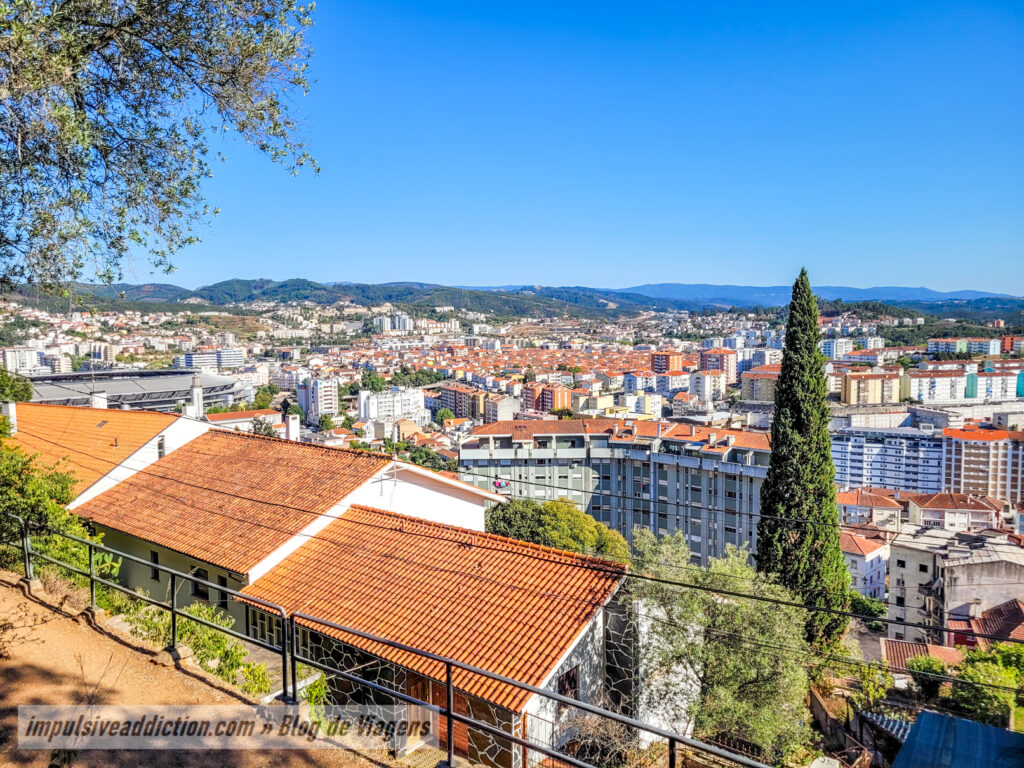
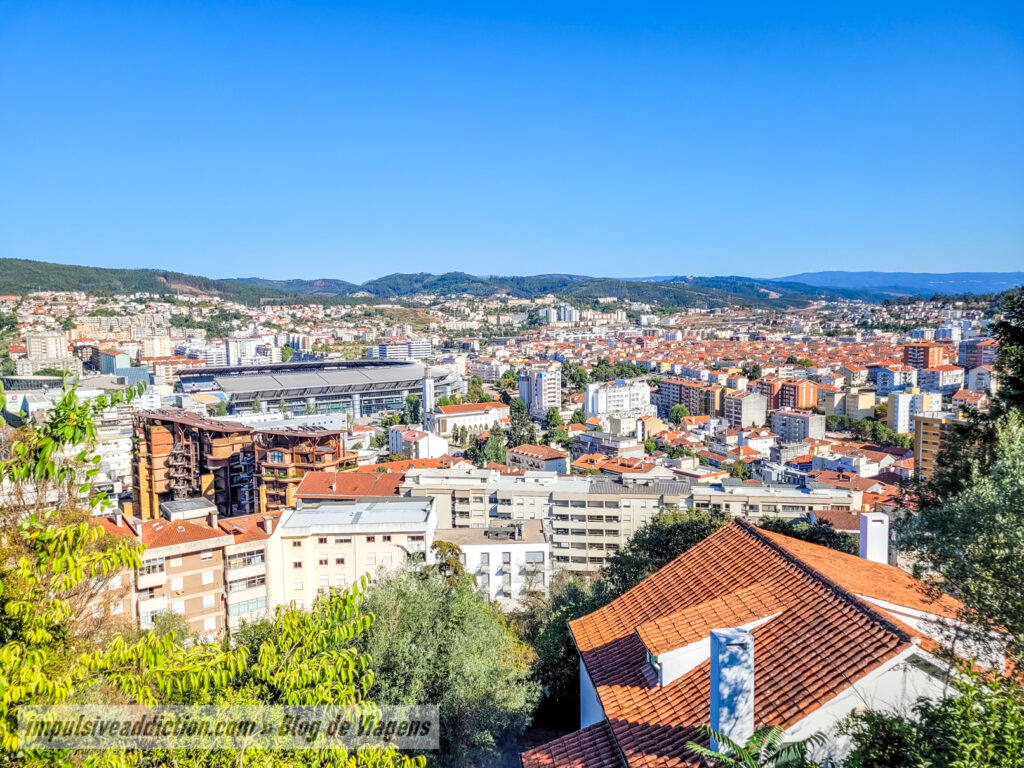
15. Memorial of Sister Lúcia and Carmel of Santa Teresa
Very close to Penedo da Saudade, which means it can be visited in parallel, is the Memorial of Sister Lúcia, the eldest of the shepherd children of Fátima, who lived her life in the Carmel of Santa Teresa, in Coimbra. You will be able to understand what her life was like during your visit, having access, for example, to a replica of her cell and some of her personal objects.
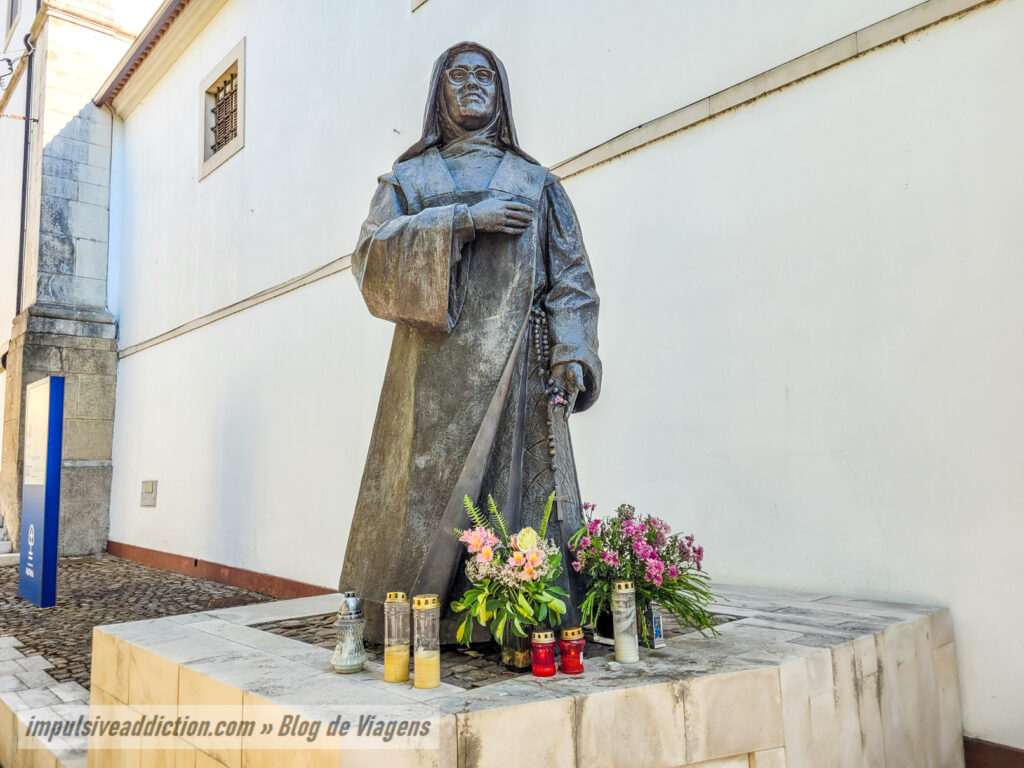
16. Viewpoint of Vale de Canas
At some distance from the city of Coimbra you will find the Viewpoint of Vale de Canas, which allows a more distant and greater perspective of the region. I really enjoyed it and it was totally worth the detour!
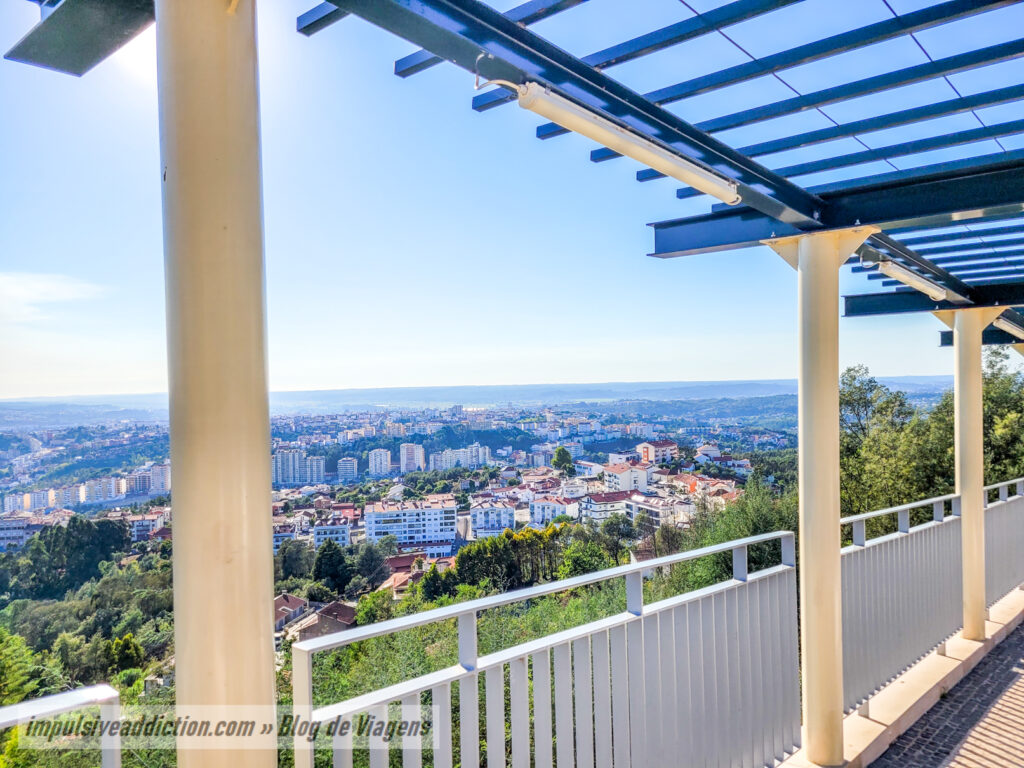
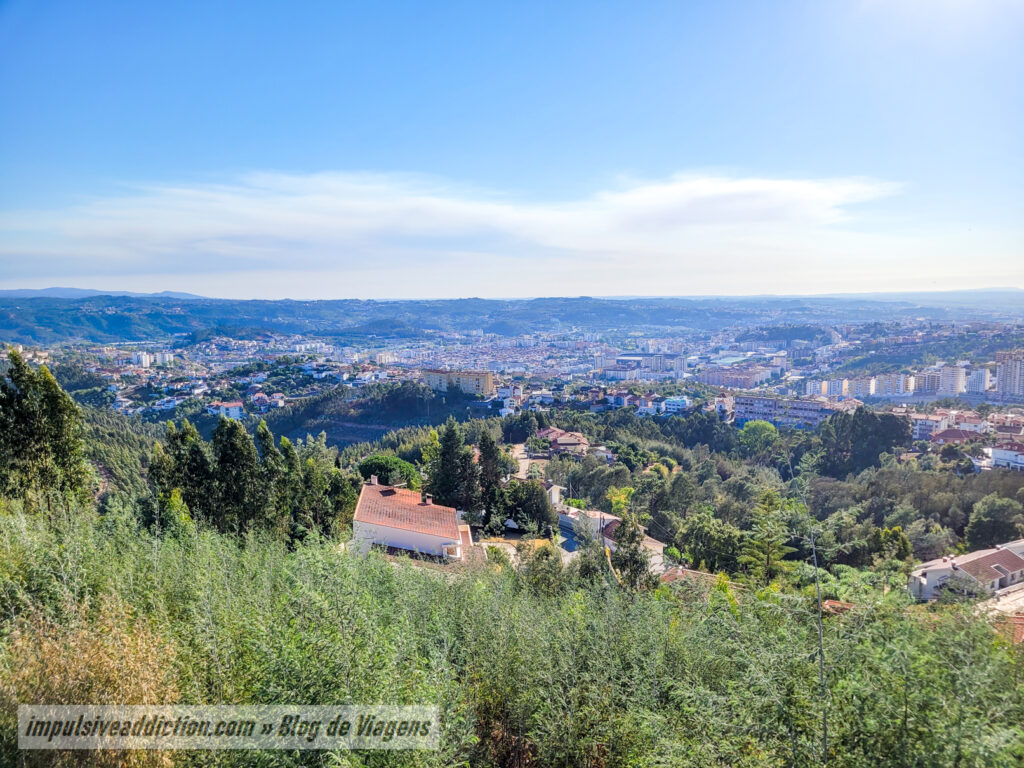
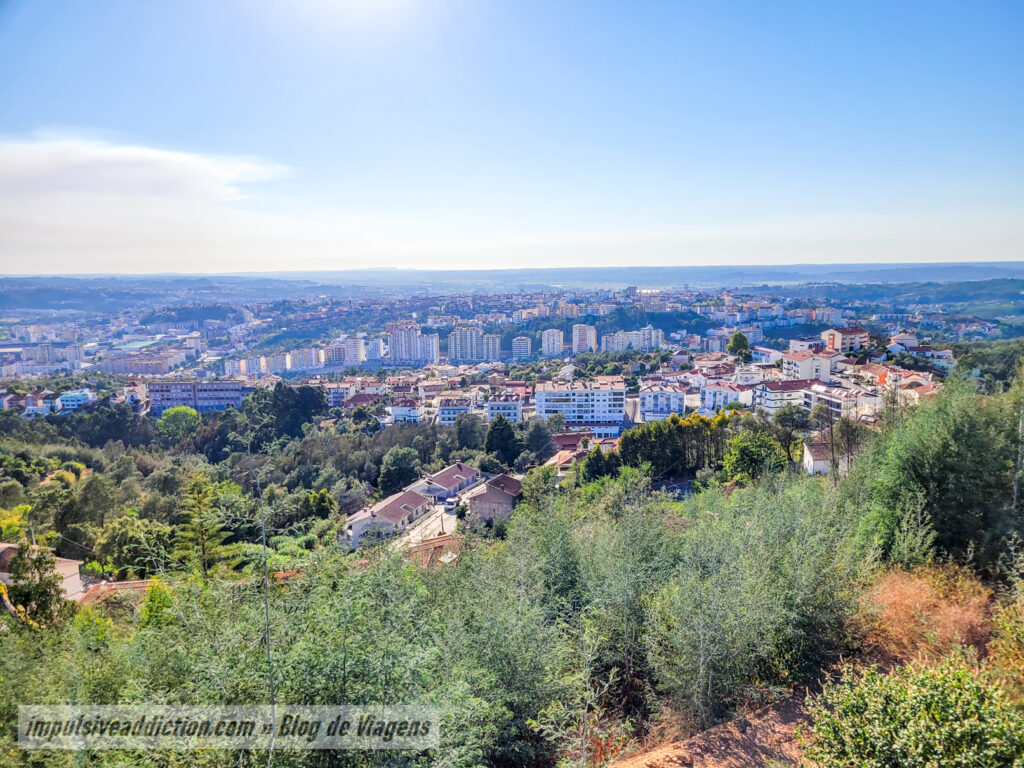
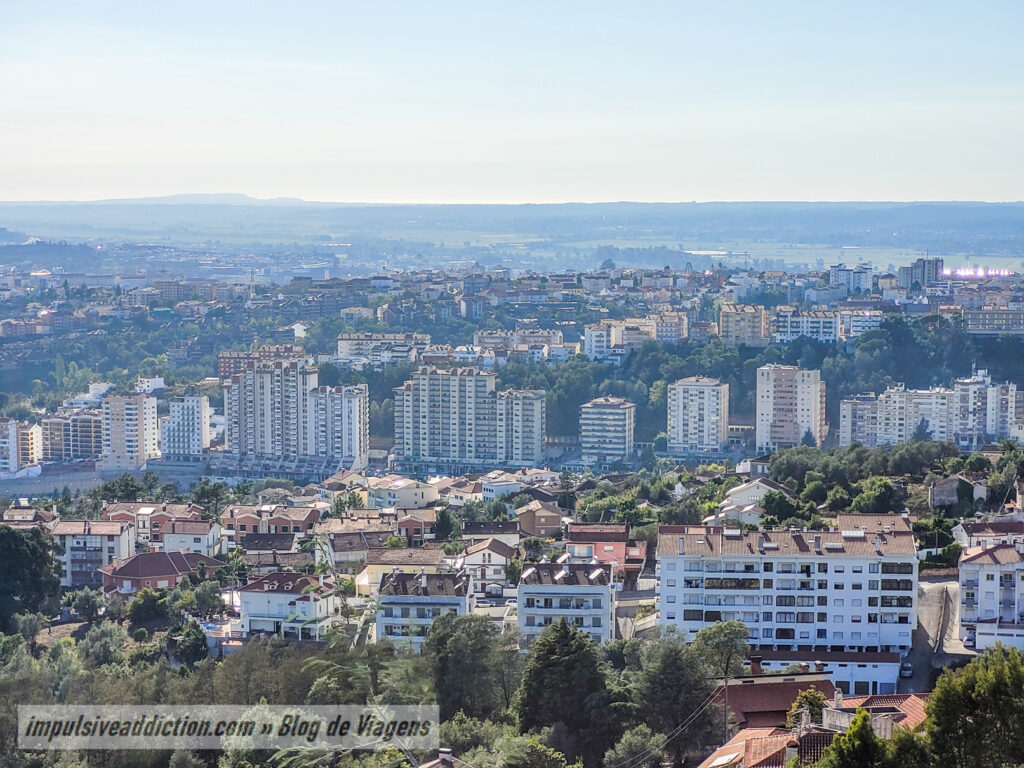
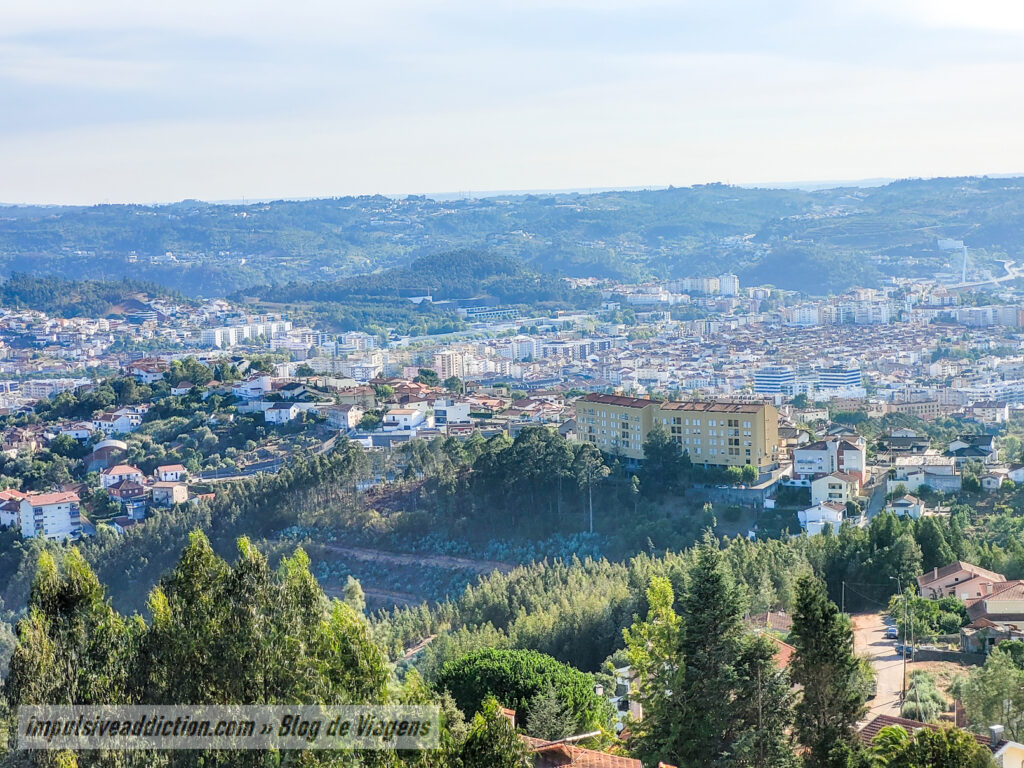
17. Palheiros and Zorro river beach
Don’t forget the river beaches of River Mondego in Coimbra. One of them is the river beach of Palheiros and Zorro, my favorite of the two I mention in this article.
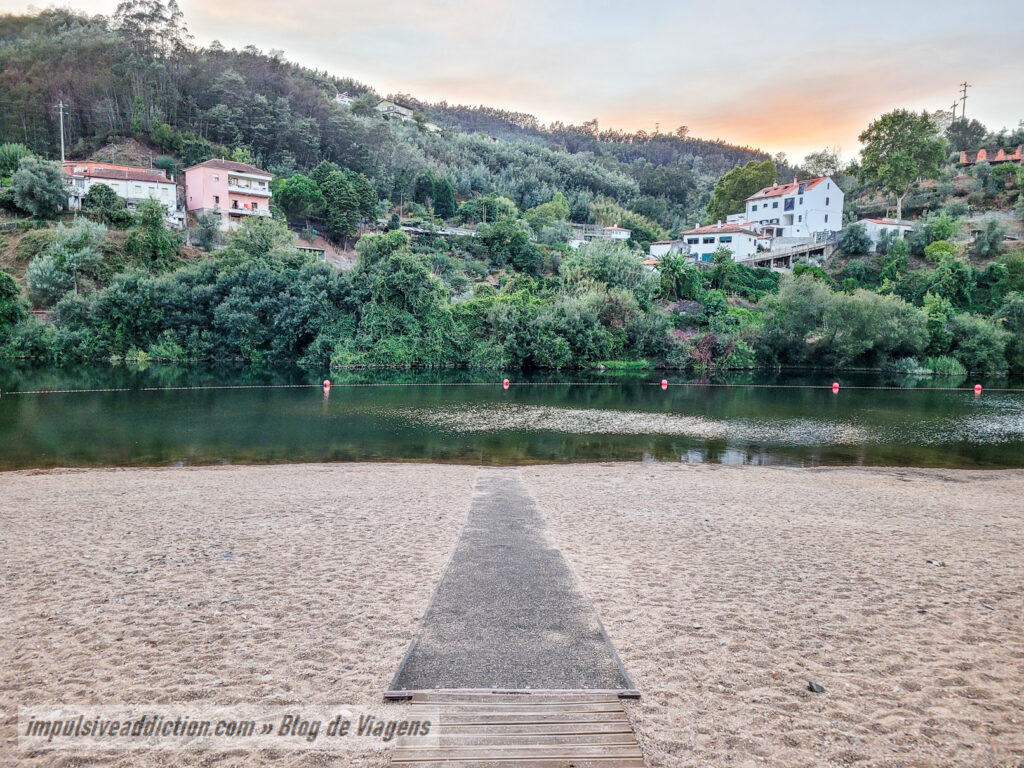
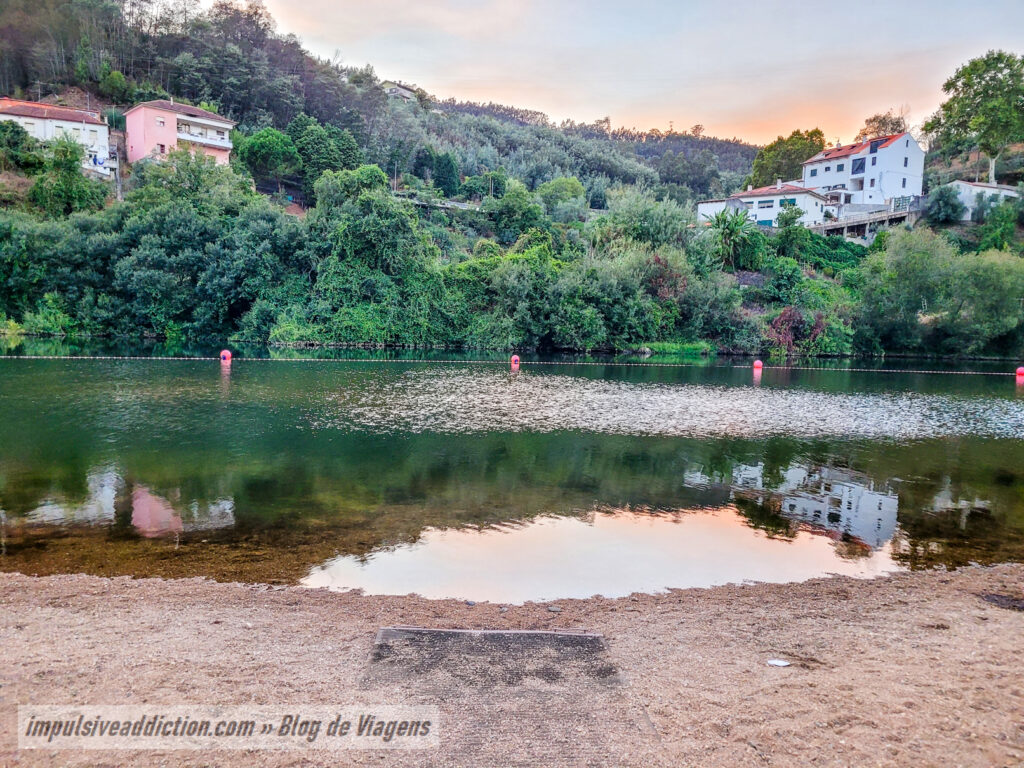
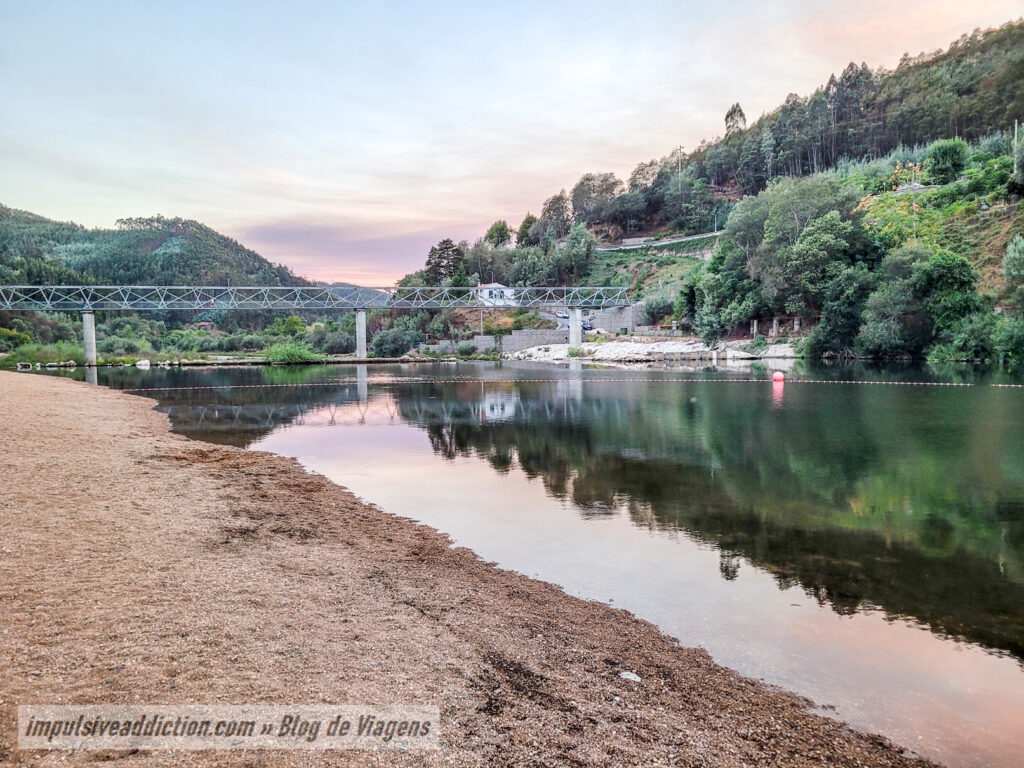
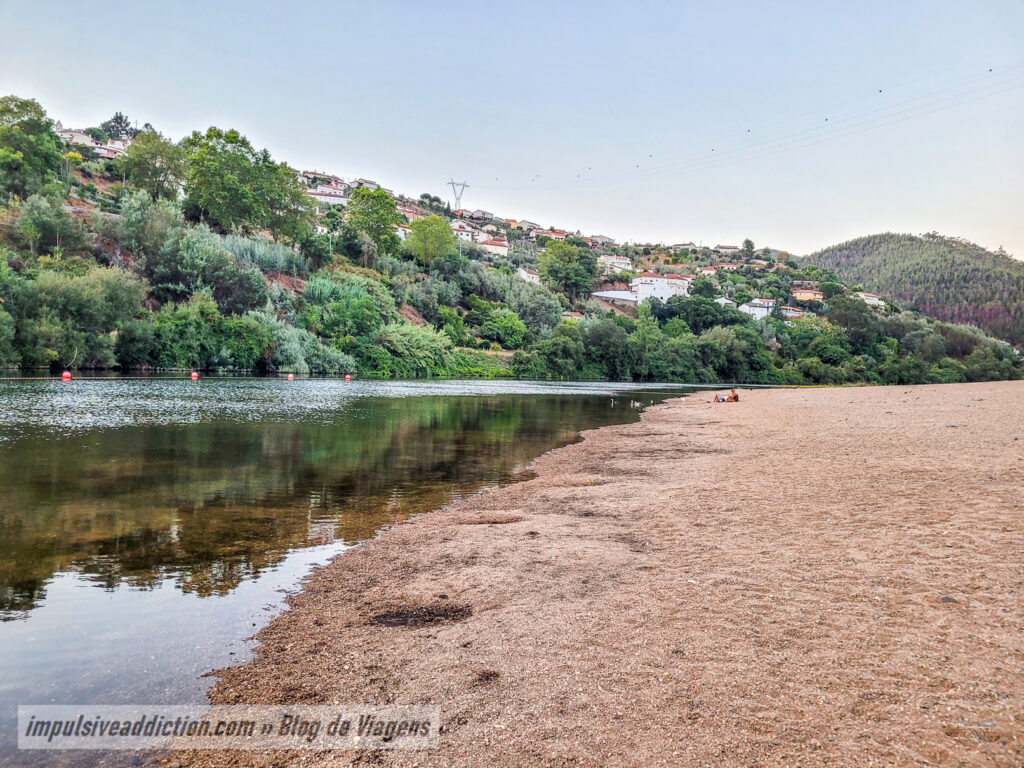
18. River Beach of Rebolim
The other beach on Mondego River when visiting Coimbra is the river beach of Rebolim. In relation to the previous one, it has the advantage of being closer to the city, being more accessible to visitors. It does not have as much infrastructure as the other one, but it is supervised during the bathing season.
Note that it is important to take shoes to use in the water, as the sand on these two beaches is made up of pebbles that can hurt your feet. For a beautiful but optional viewpoint, head to these coordinates: 40.17256, -8.4159. It has excellent views of the River Beach of Rebolim.
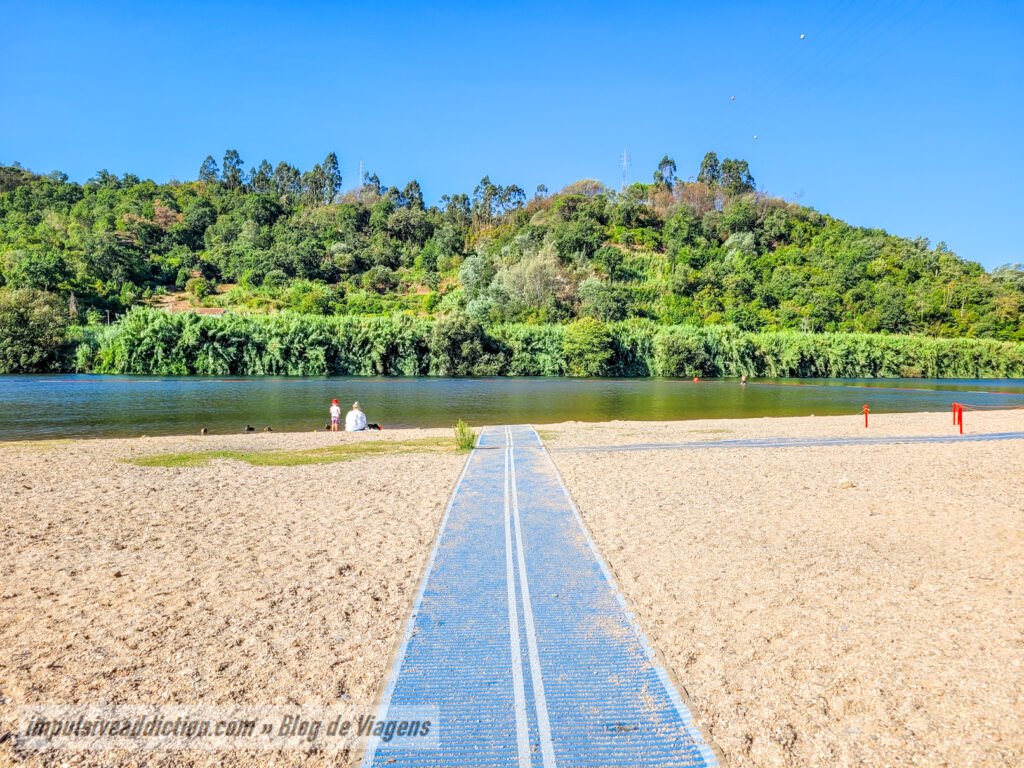
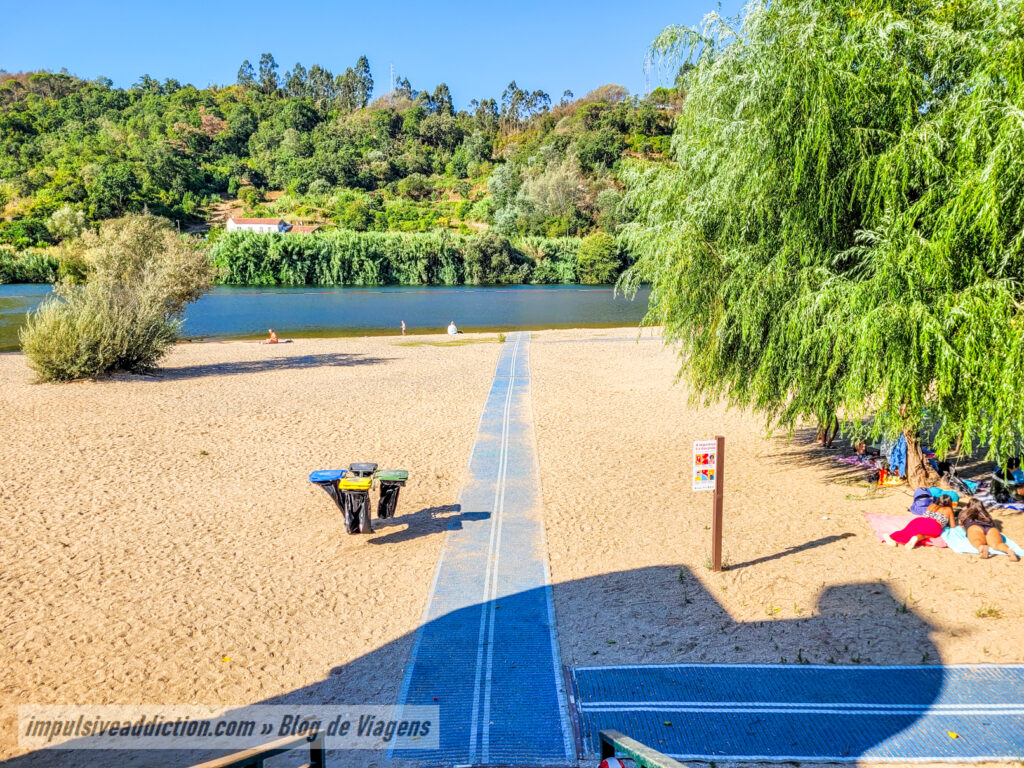
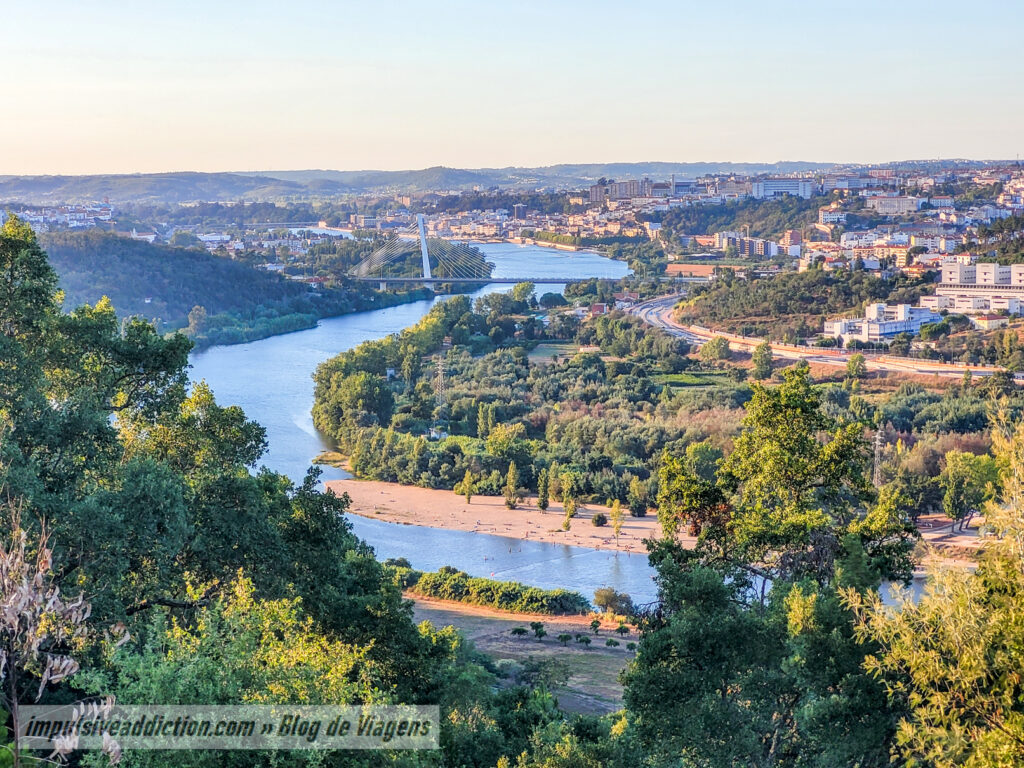
Essential Things to do in Coimbra in 1 or 2 days!
For those who only have 2 days to visit Coimbra, or even less, my suggestion is to focus on the city’s essentials, so I’ve compiled a list of my favorite places, which I leave below:
- The University of Coimbra, with a general visit to the various museum spaces: Joanina Library, São Miguel Chapel, Tower, Royal Palace and Cabinet of Curiosities.
- Botanical Garden of the University of Coimbra
- Aqueduct of São Sebastião
- New Cathedral of Coimbra
- Machado de Castro National Museum
- Old Cathedral of Coimbra
- Almedina Tower and Quebra Costas.
- Rua Ferreira Borges
- Praça do Comércio and Church of Santiago
- Church of the Monastery of Santa Cruz
- Monastery of Santa Clara-a-Velha
- Monastery of Santa Clara-a-Nova
- Viewpoint of Penedo da Saudade
- Quinta das Lágrimas
- A Fado Show.
- Conventual sweets.
Things to do in Coimbra surroundings
With regard to the things to do in Coimbra surroundings, for a wider itinerary of the region, I also leave you some good suggestions below. 😉
1. Visit the Ruins of Conímbriga in Condeixa-a-Nova
The Ruins of Conímbriga will be an excellent complement to the Roman Cryptoporticus that you find at the Machado de Castro National Museum. 😉 They constitute one of the most extraordinary archaeological complexes in Portugal.
GUIDED TOUR FROM COIMBRA: Conímbriga Roman Ruins
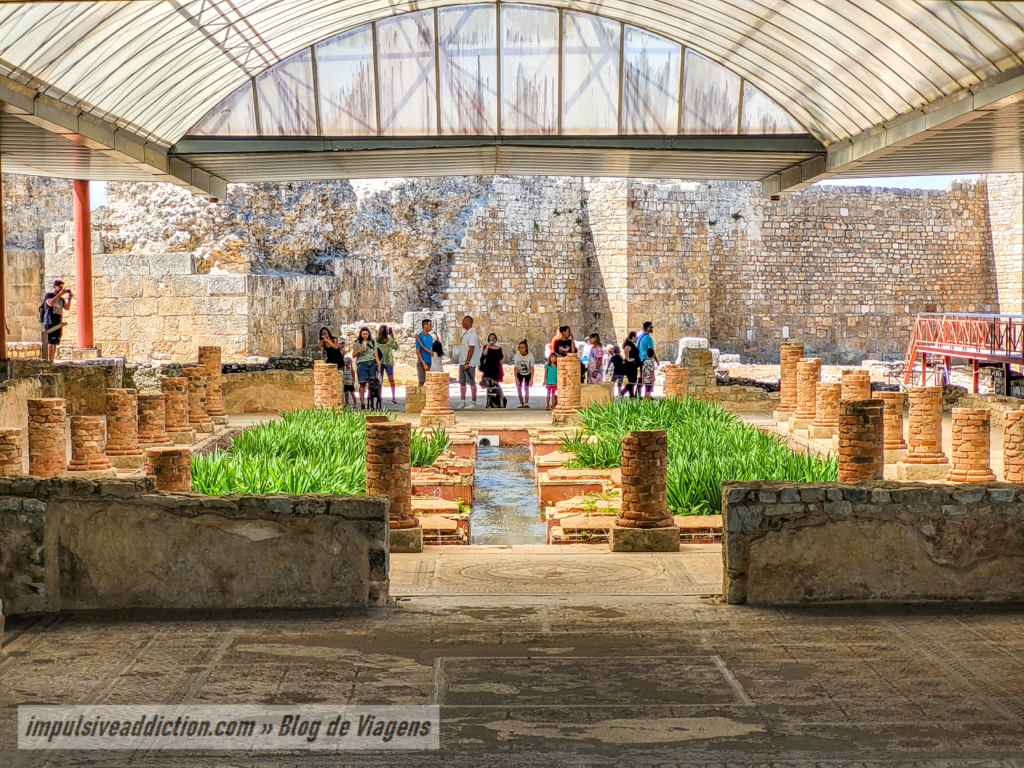
2. Visit the beaches of Figueira da Foz
How about heading to the mouth of Mondego River to visit Figueira da Foz, one of the best beach destinations in Central Portugal? I love, for example, Cabedelo Beach.
GUIDED TOUR FROM COIMBRA: Figueira da Foz
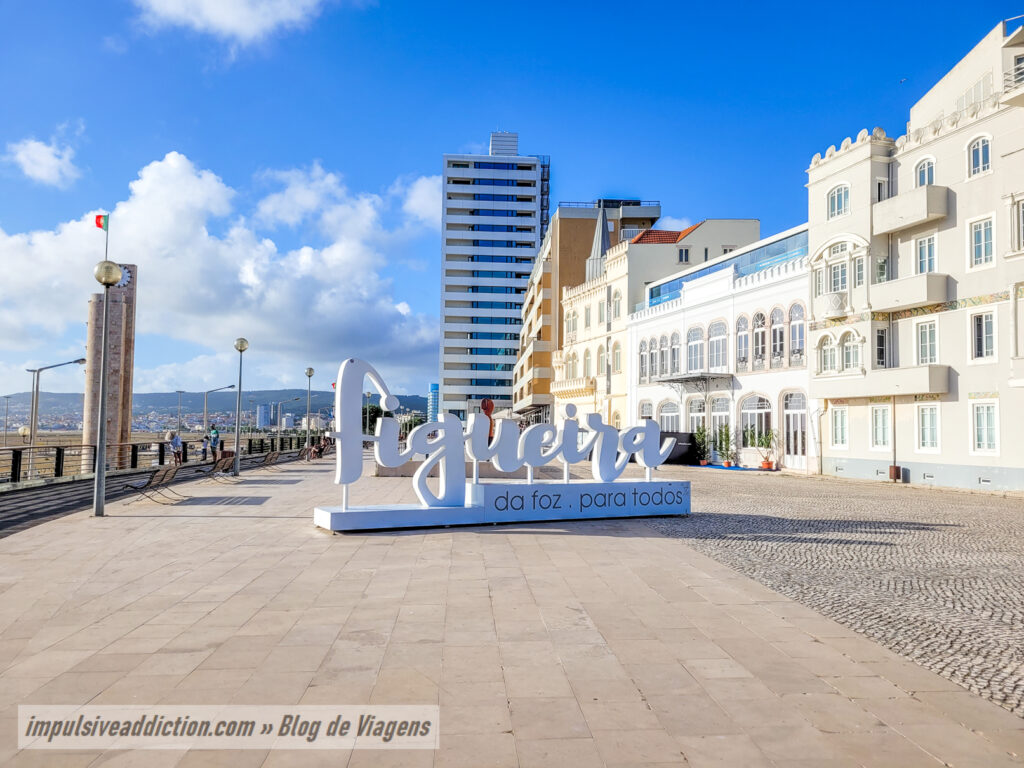
3. Visit the castle of Montemor-o-Velho
Montemor-o-Velho has one of the most fascinating and best preserved Portuguese castles. Its walls, and the view from the top, will certainly please you!
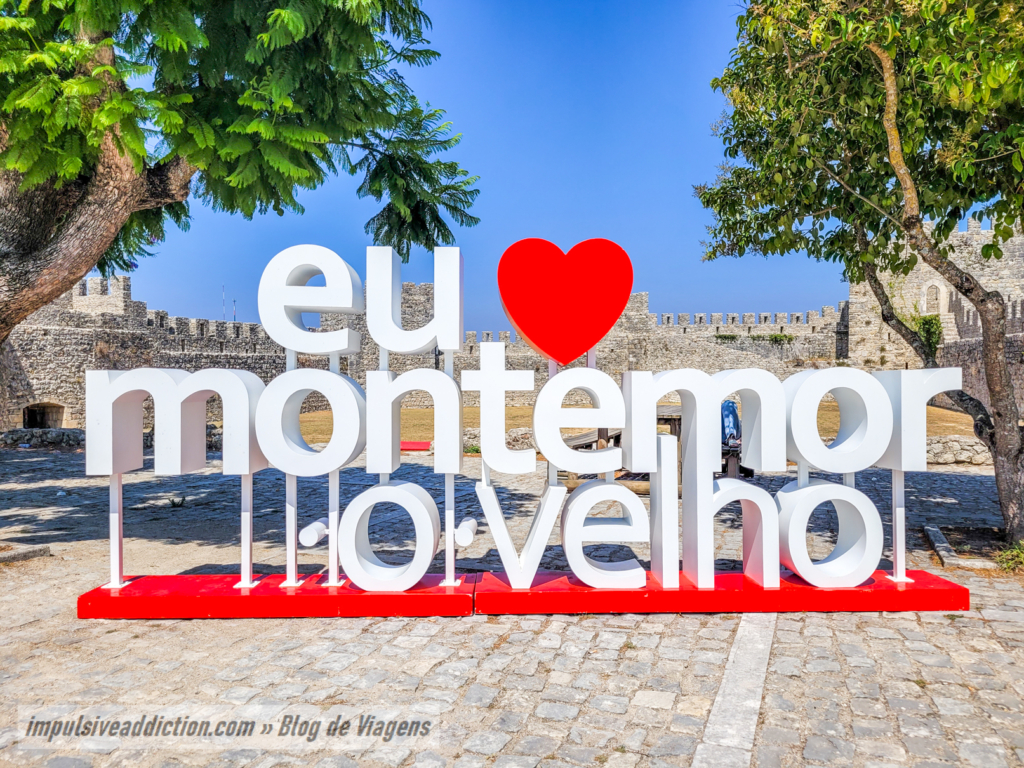
4. Visit the Windmills and Landscapes of Penacova
Penacova is also in my heart. It has one of the best windmill complexes that I know of in Portugal (those in Gavinhos and those in Serra da Atalhada). Visit also its main viewpoints, such as Mirante Emygdio da Silva and Viewpoint of Penedo de Castro.
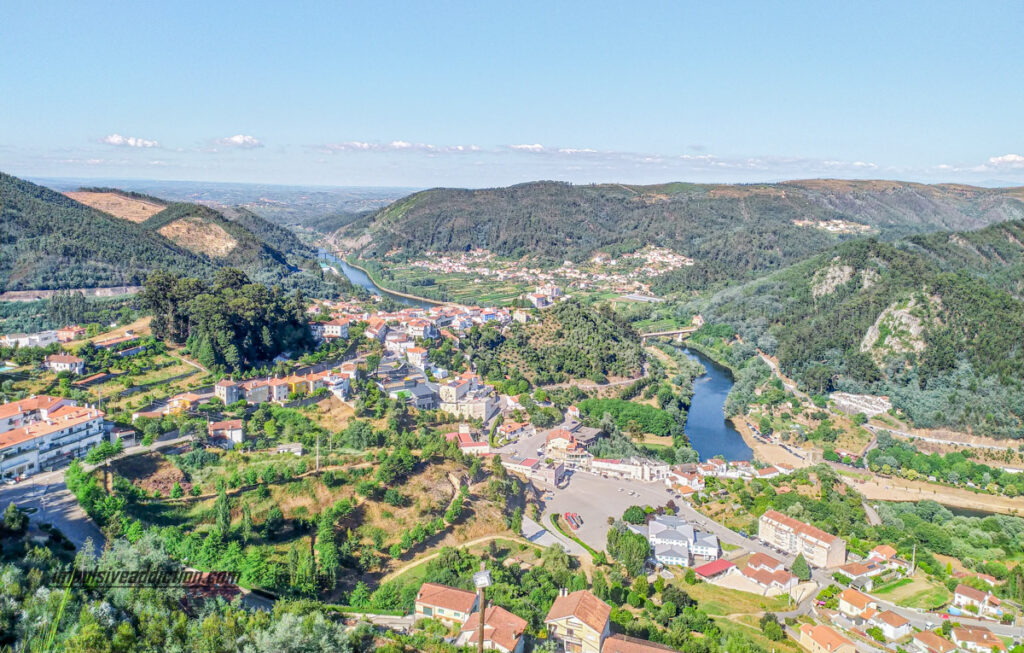
5. Visit Pombal and Louriçal
You can still go on to visit Pombal and its Templar castle (Leiria district), or even its simple historic center with some heritage left by the Marquis of Pombal. How about visiting the beautiful Convent of Louriçal?
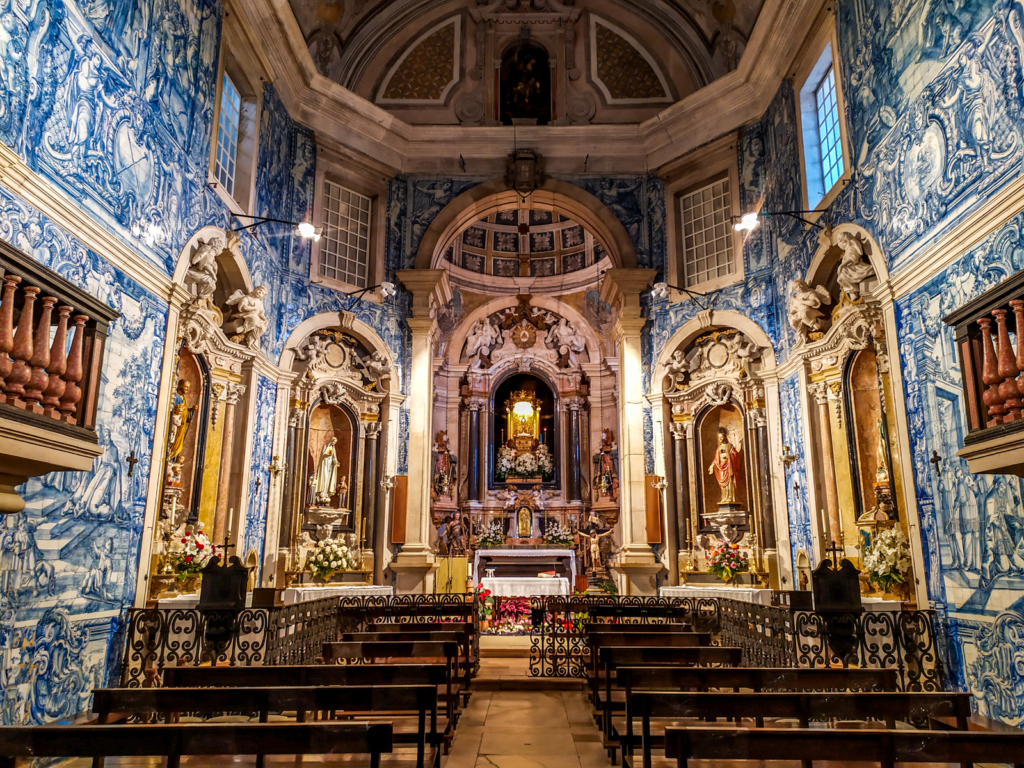
6. Visit Serra da Lousã
Start an itinerary in Serra da Lousã to visit the most picturesque portuguese schist villages. 😉
GUIDED TOUR FROM COIMBRA: Serra da Lousã and Schist Villages
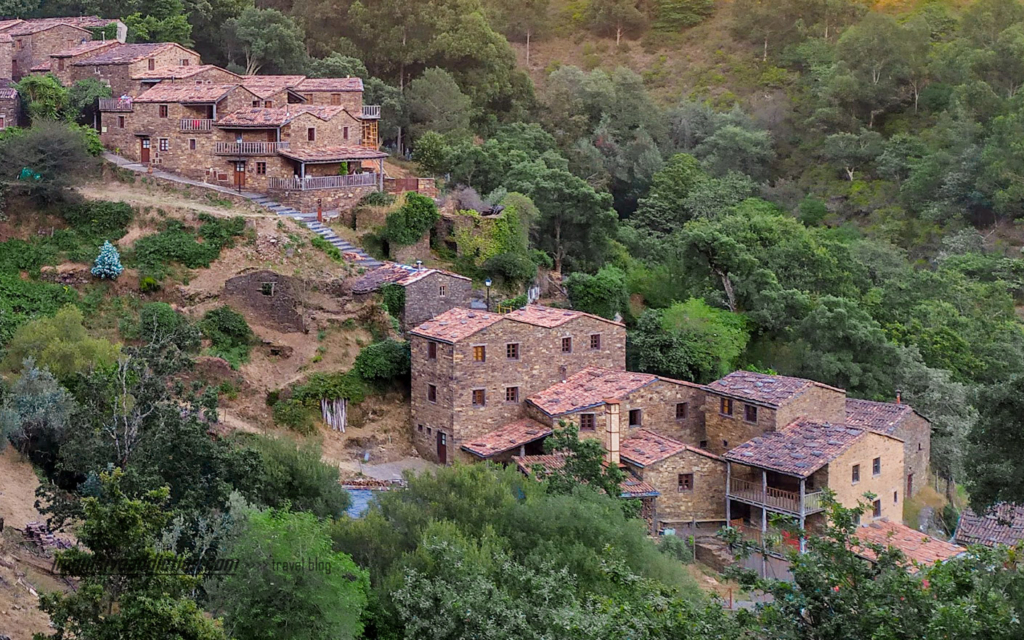
7. Visit Bairrada region and the city of Aveiro
And how about going to taste the traditional suckling pig from Bairrada region while drinking some of its fabulous wines, heading after to the Portuguese Venice, Aveiro?
GUIDED TOUR FROM COIMBRA: Aveiro and Costa Nova GUIDED TOUR FROM COIMBRA: Bairrada Region
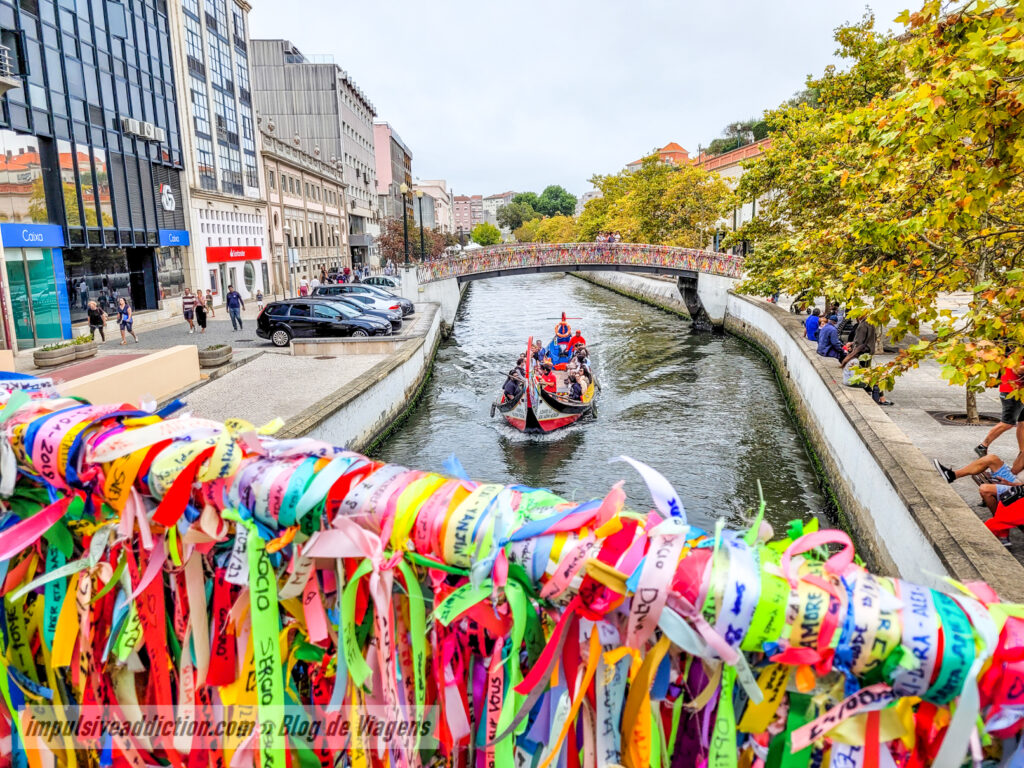
8. Other trips from Coimbra
- Day trip to Tomar, Batalha and Alcobaça – UNESCO Heritage Sites
- Tour to Paiva Walkways from Coimbra
- Serra da Estrela Day Trip from Coimbra
- Trip to the Sanctuary of Fatima
- Tour to Tomar, Penela and Almourol Castle from Coimbra
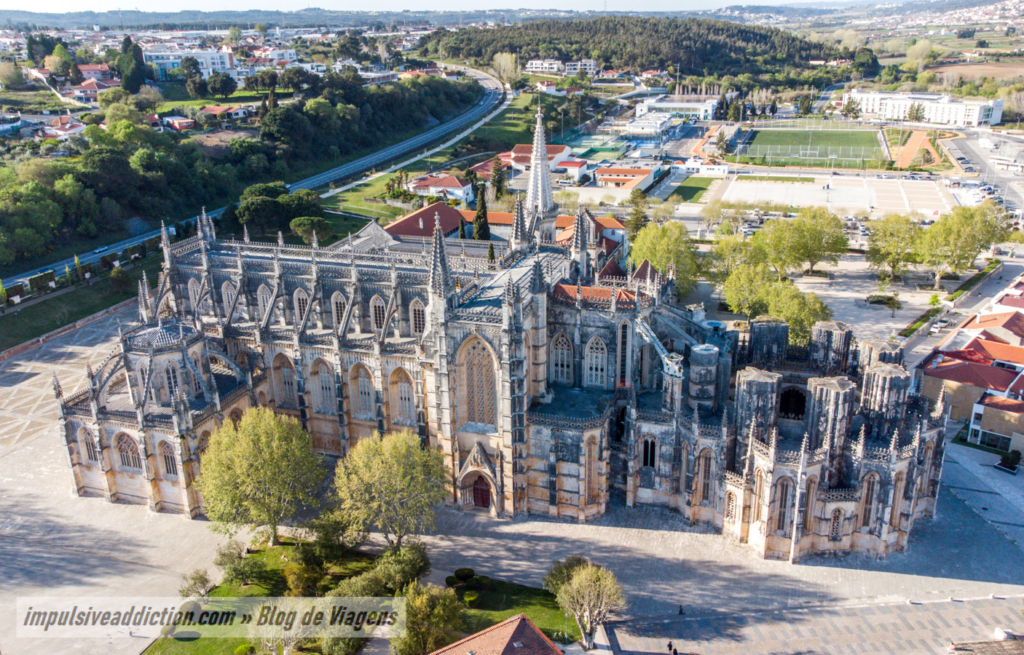
Other Itineraries and Travel Guides in Portugal
- N2 Portugal Road Trip Itinerary
- Madeira Itinerary and Travel Guide
- São Miguel Itinerary and Travel Guide (Azores)
- Terceira Itinerary and Travel Guide (Azores)
- Pico Itinerary in Azores
- Faial Itinerary in Azores
- Minho | Northern Portugal Itinerary
- Porto Itinerary and Travel Guide
- Things to do In Braga (Minho)
- Things to do in Guimarães (Minho)
- Things to do in Viana do Castelo (Minho)
- Peneda Gerês National Park Itinerary
- Douro Valley Itinerary
- Trás-os-Montes Itinerary
- Things to do in Bragança
- Montesinho Natural Park Itinerary
- Douro International Natural Park Itinerary
- Things to do in Aveiro
- Things to do in Leiria
- Things to do in Fatima
- Things to do in Nazaré
- Things to do in Peniche
- Things to do in Évora (Alentejo)
- Things to do in Beja (Alentejo)
- Algarve Road Trip Itinerary
- Things to do in Lagos (Algarve)
- Things to do in Portimão (Algarve)
- Things to do in Faro (Algarve)
- Things to do in Tavira (Algarve)
I hope you enjoyed this article and list of things to do in Coimbra. Don’t forget to leave your feedback below, or just comment about your own trip in my country.
